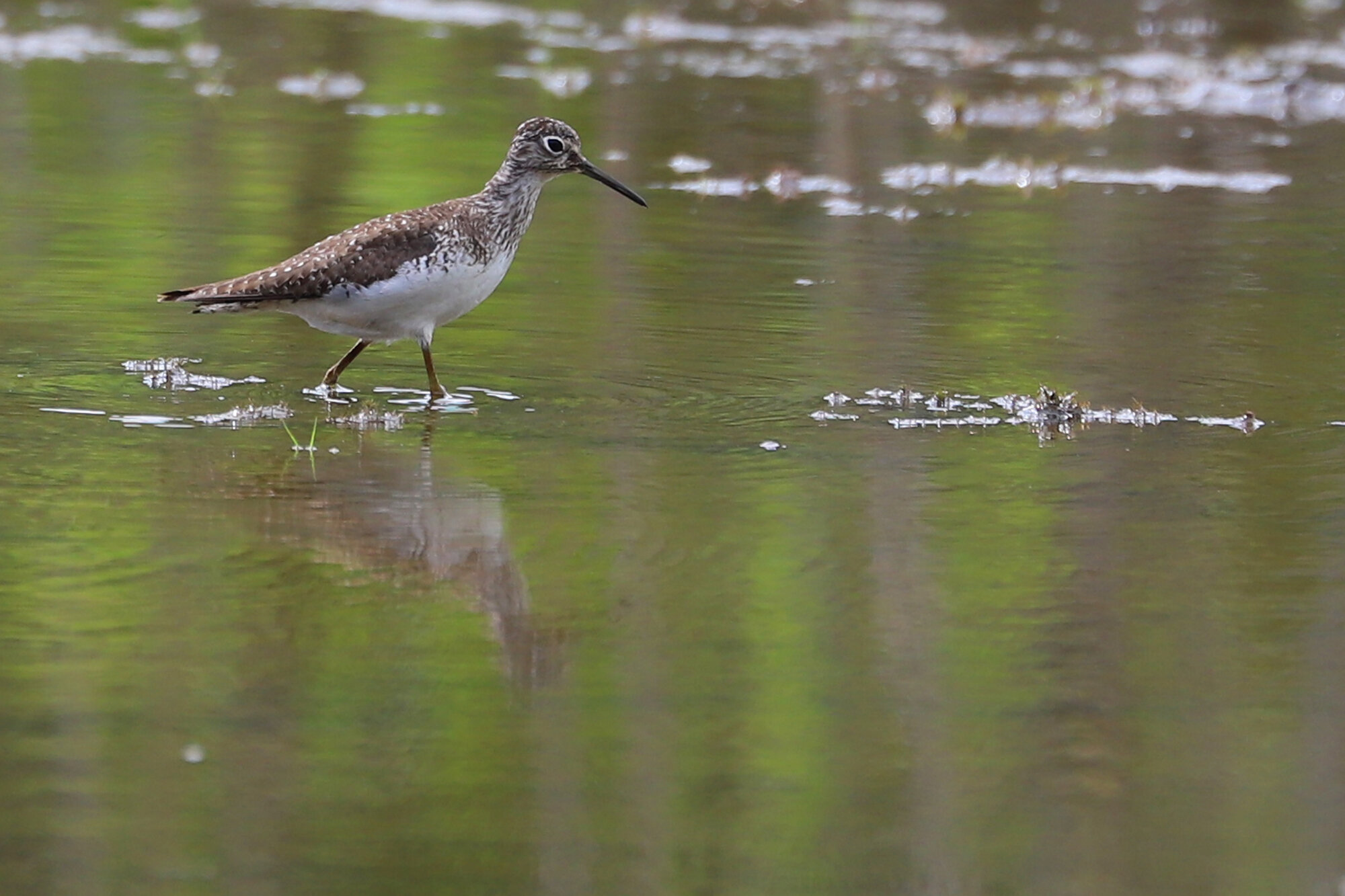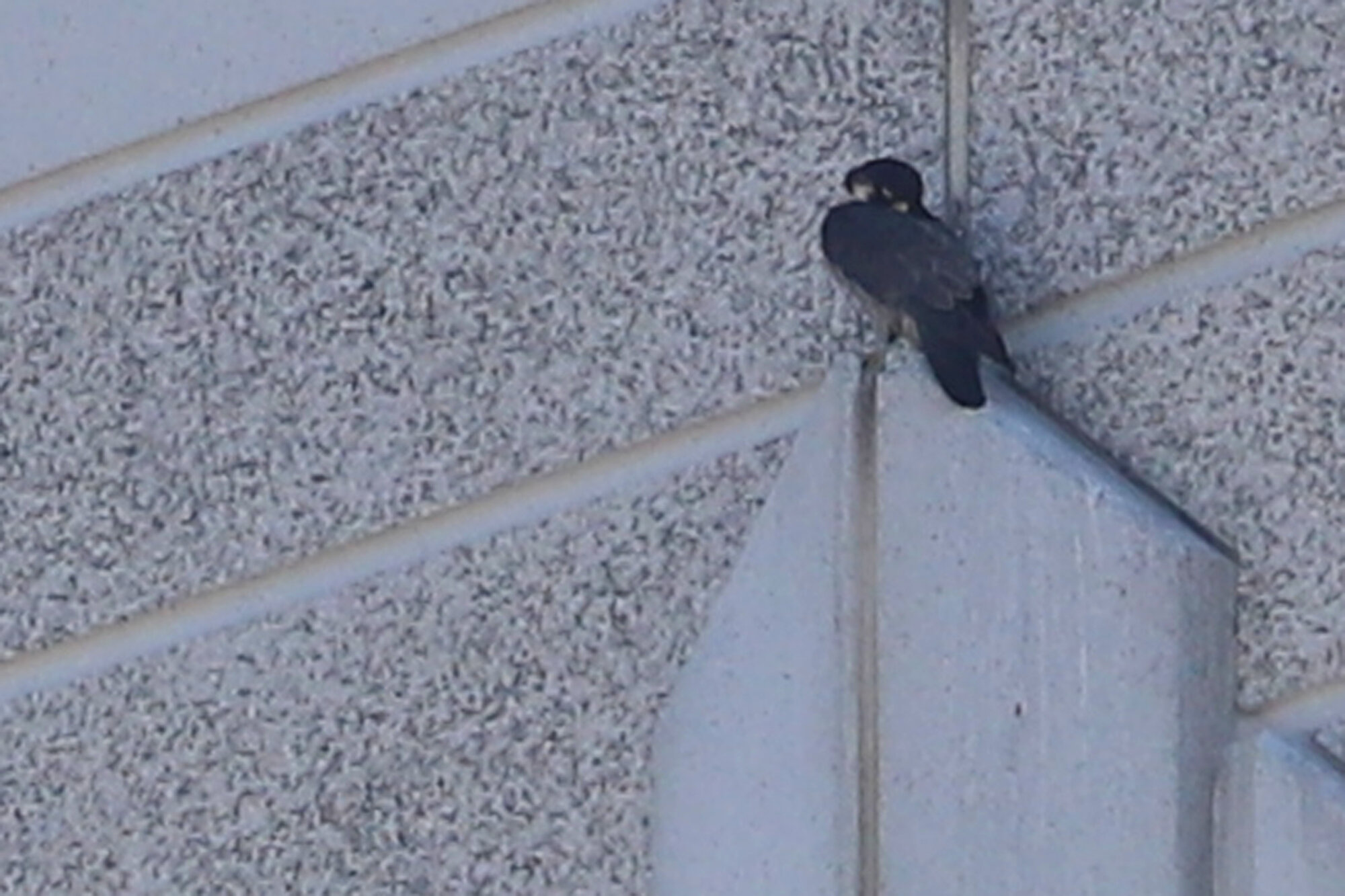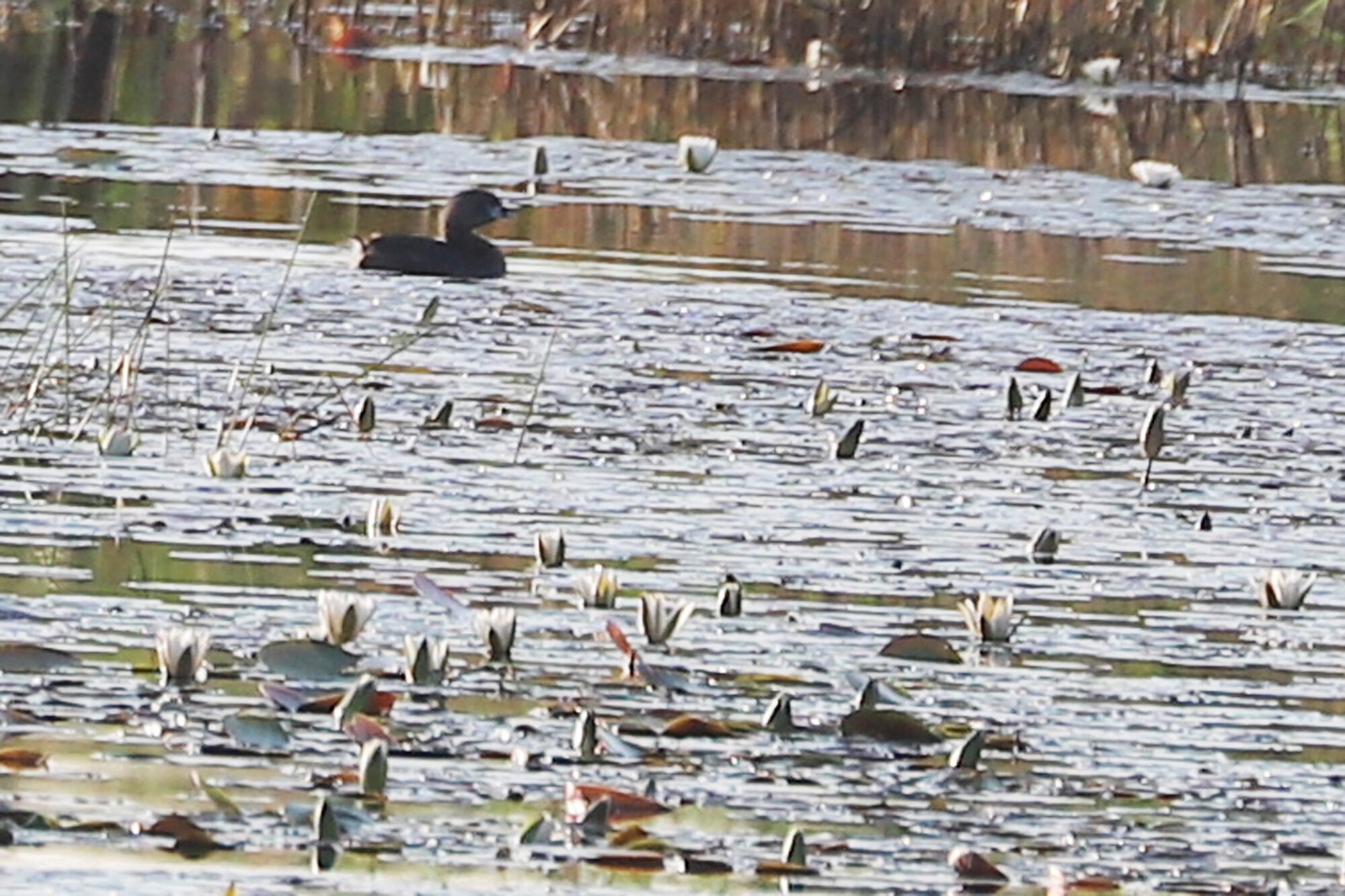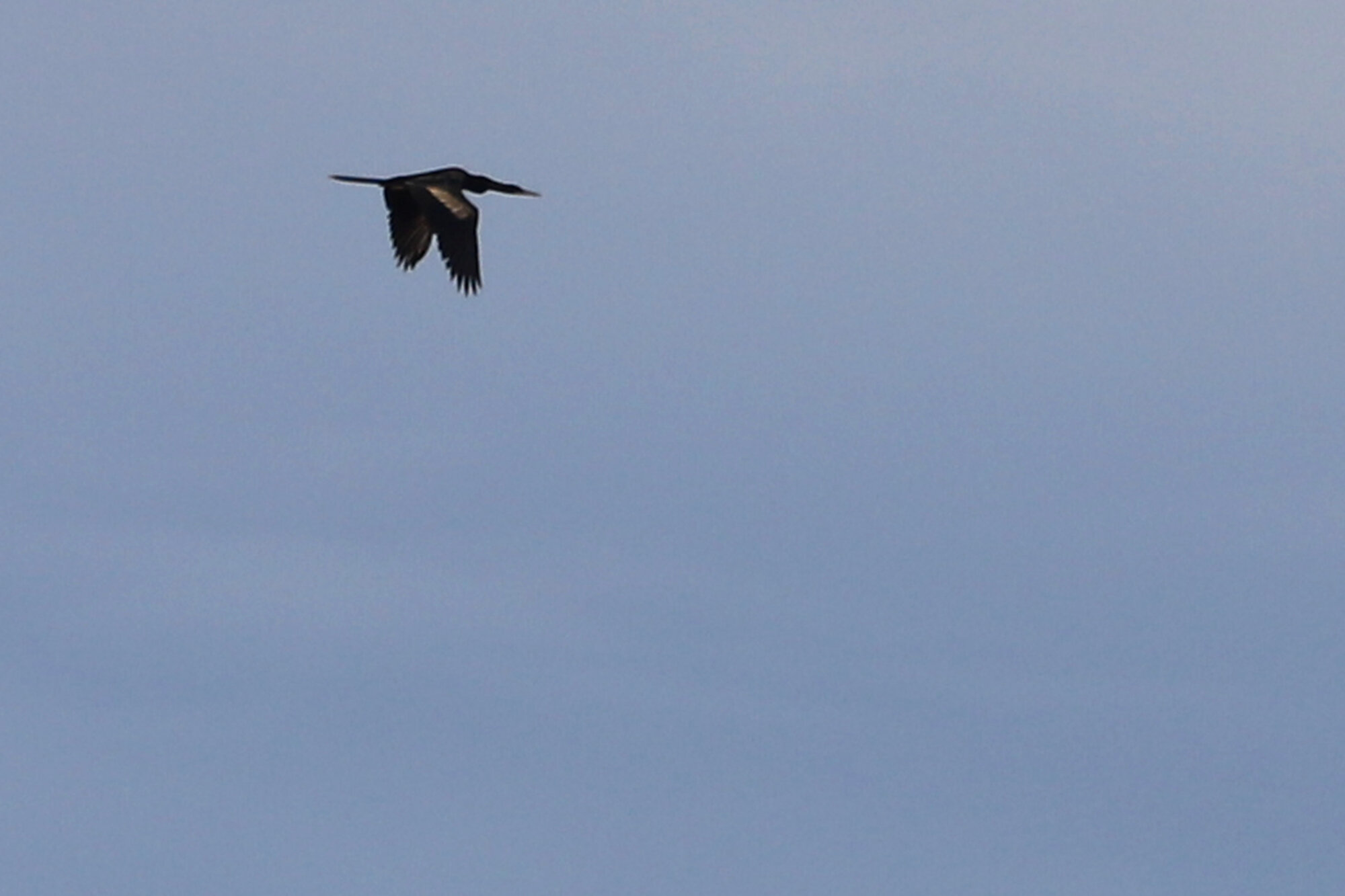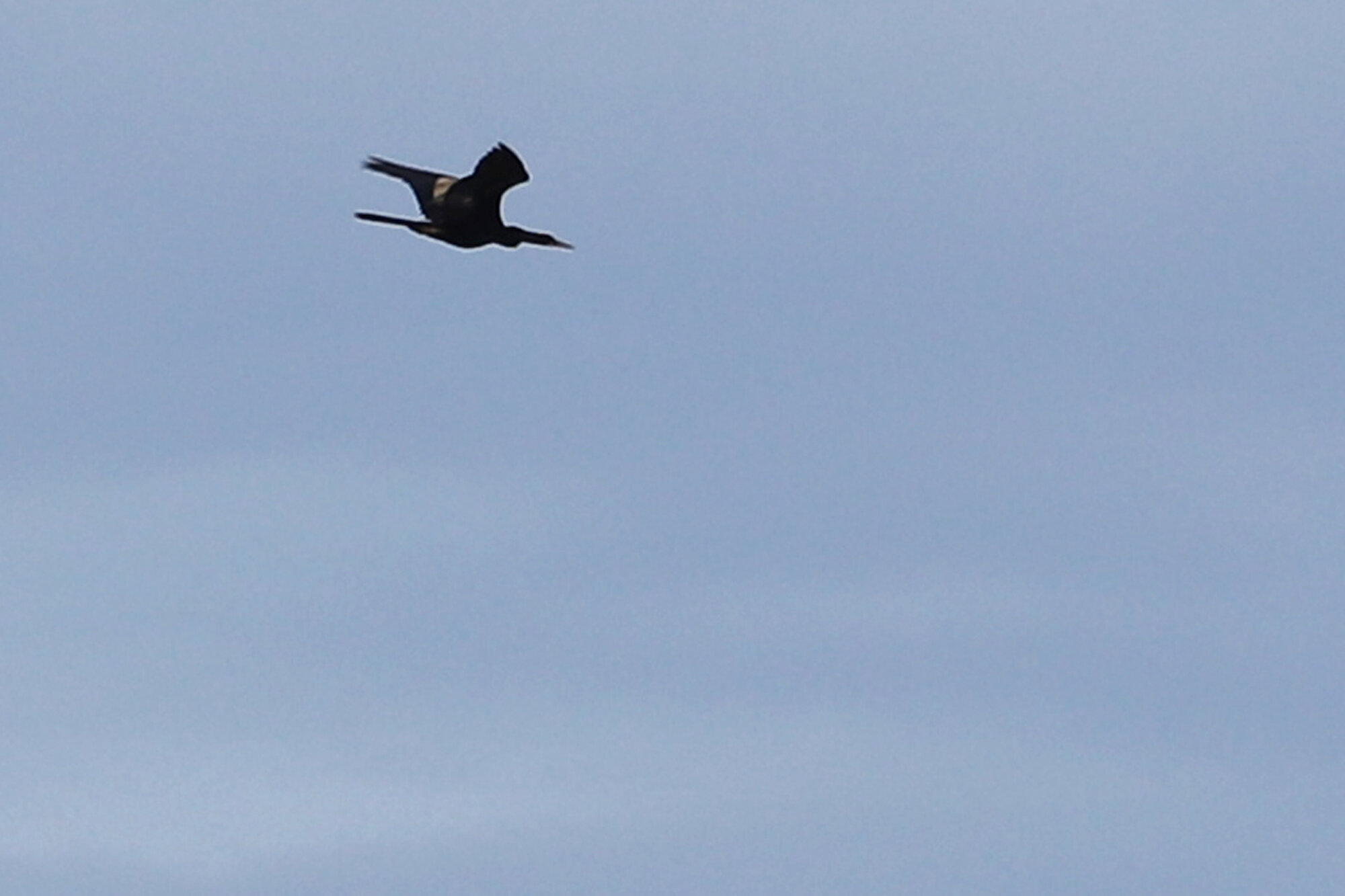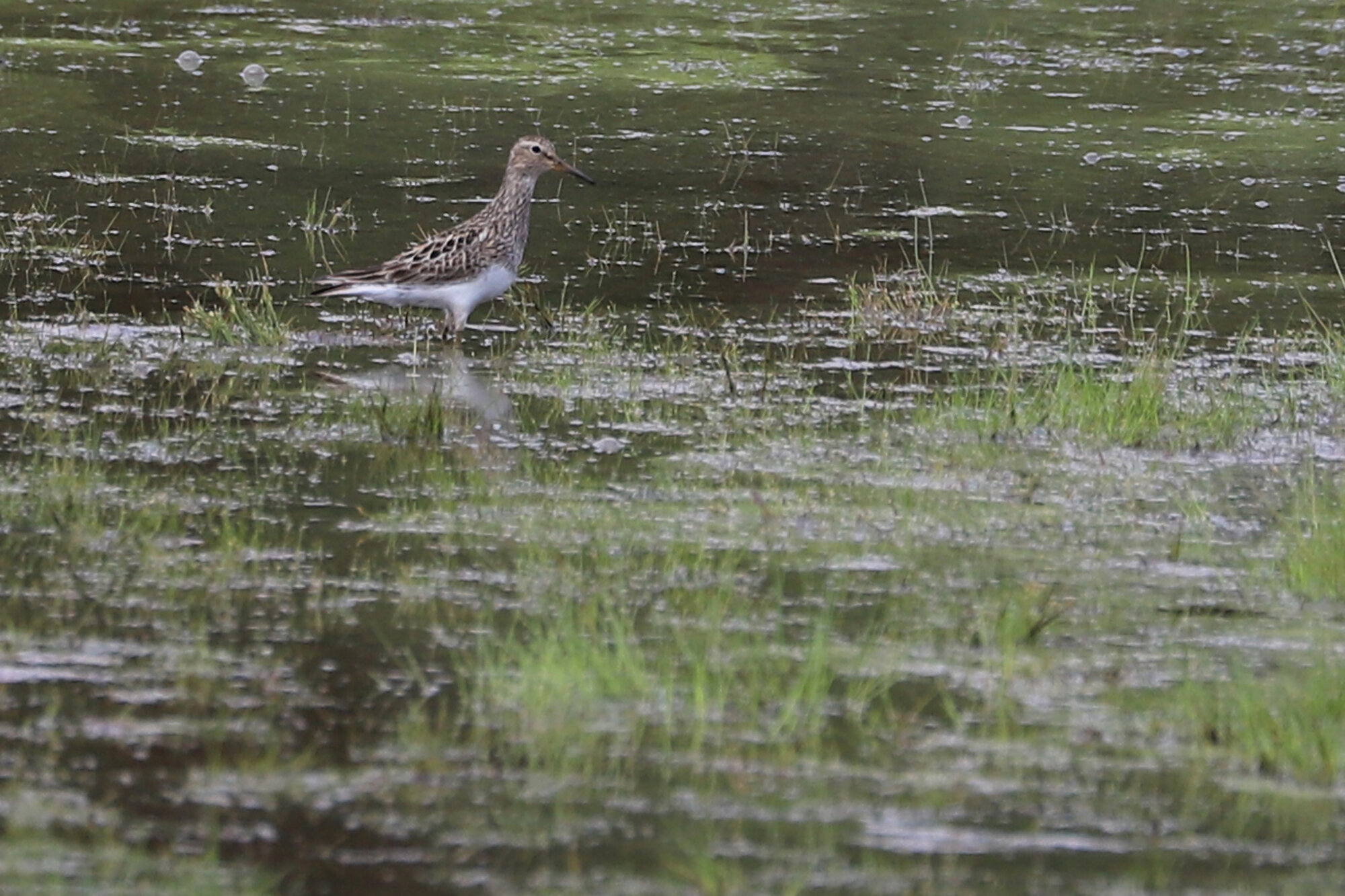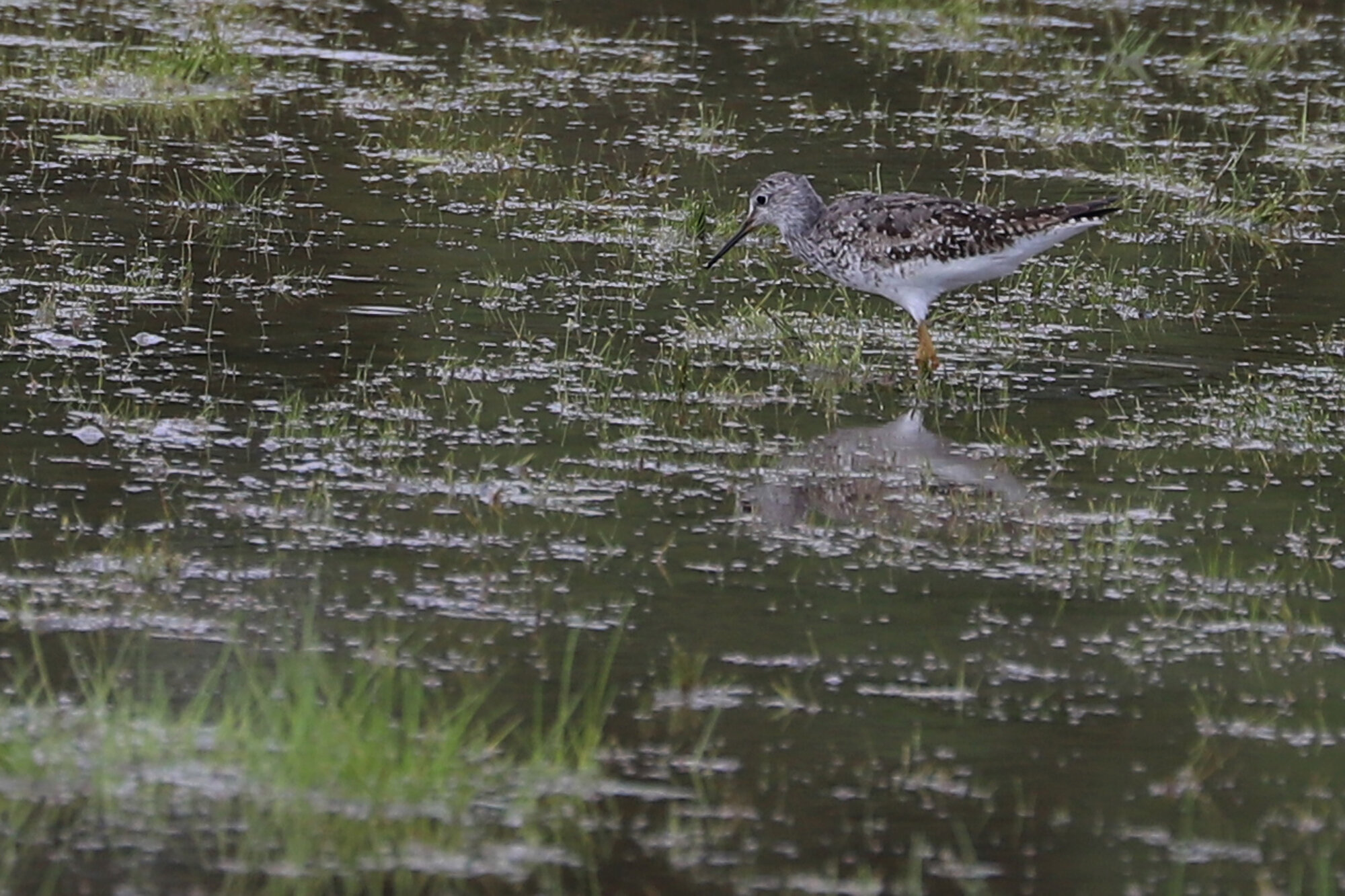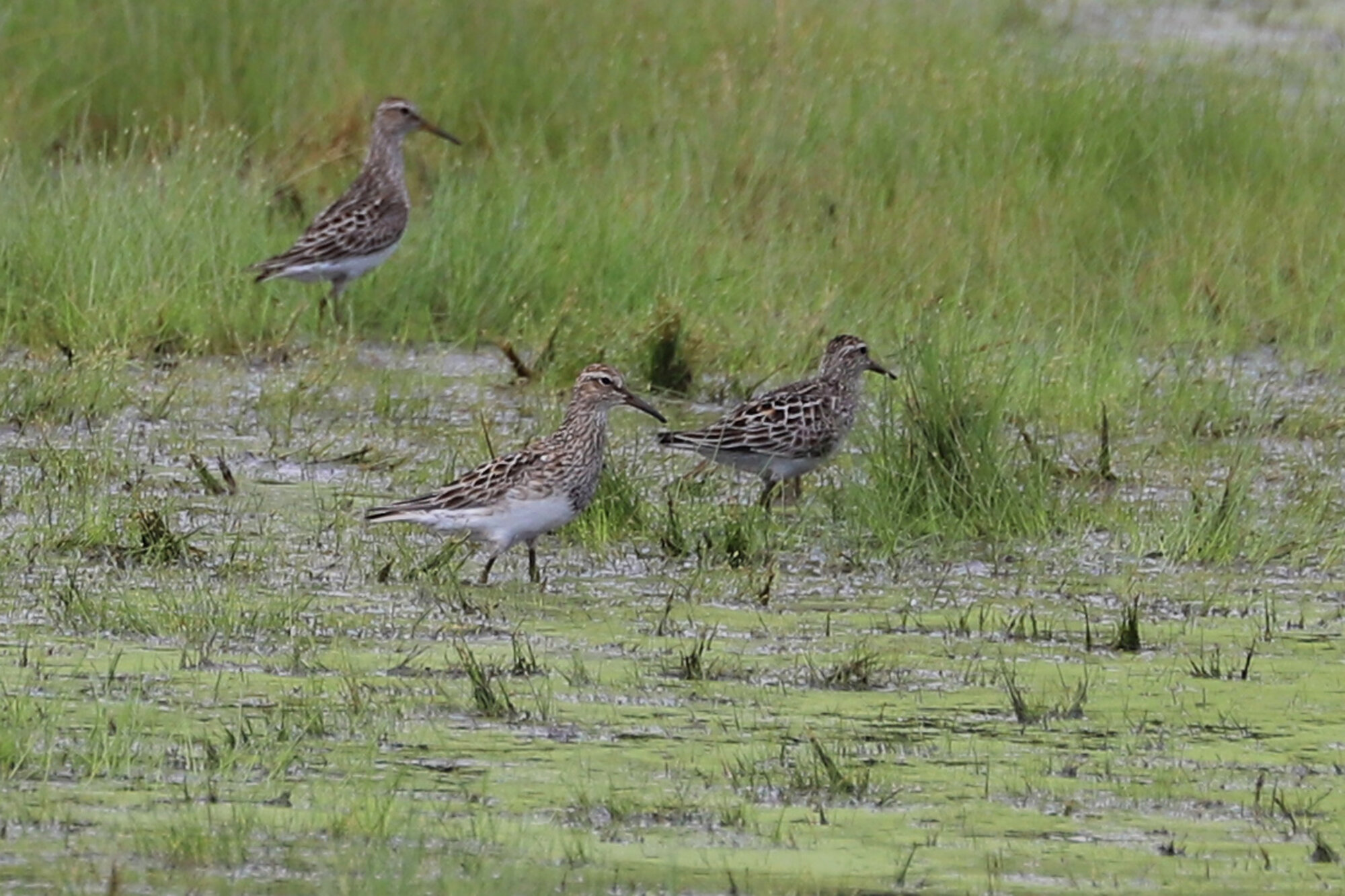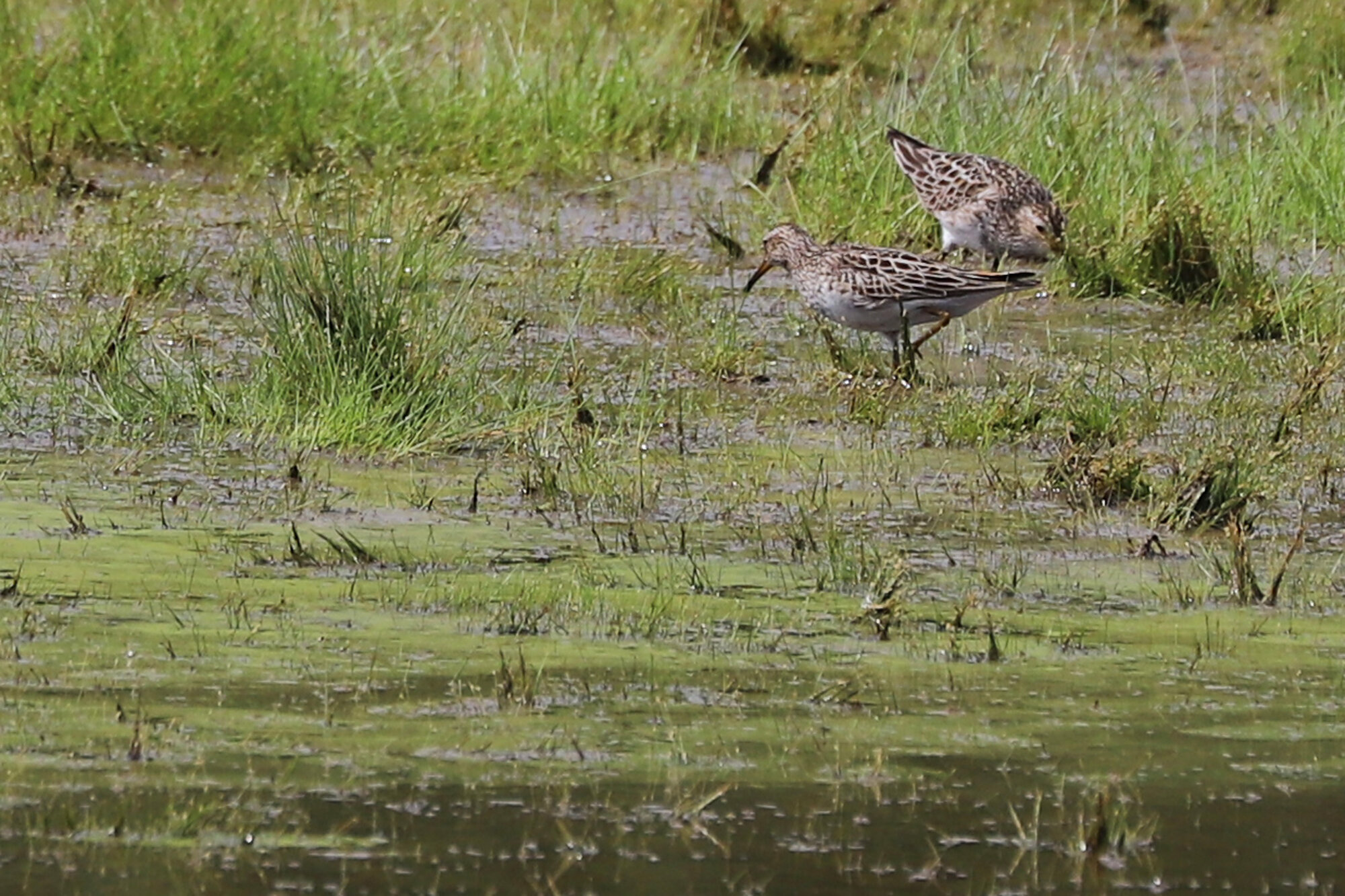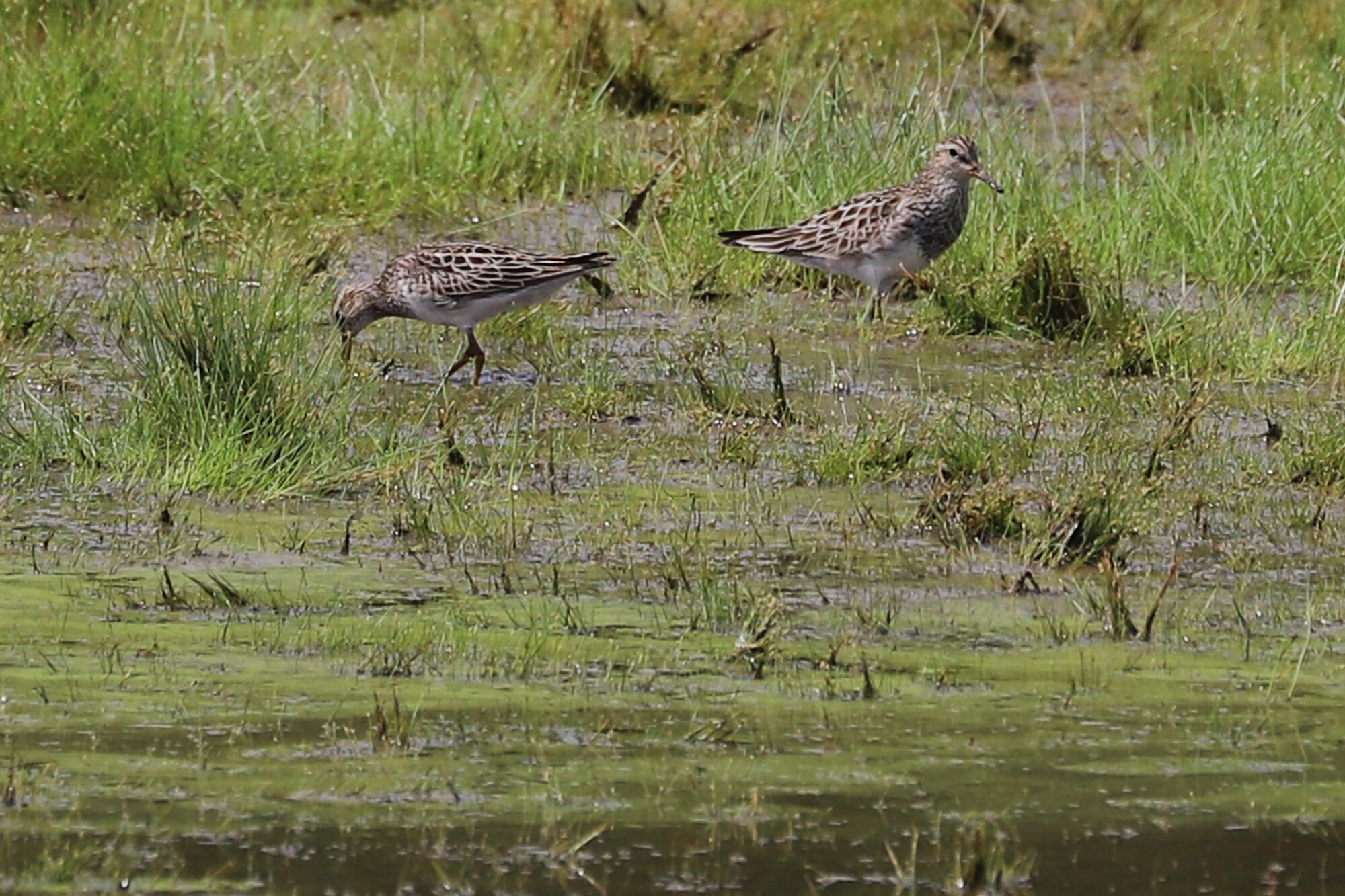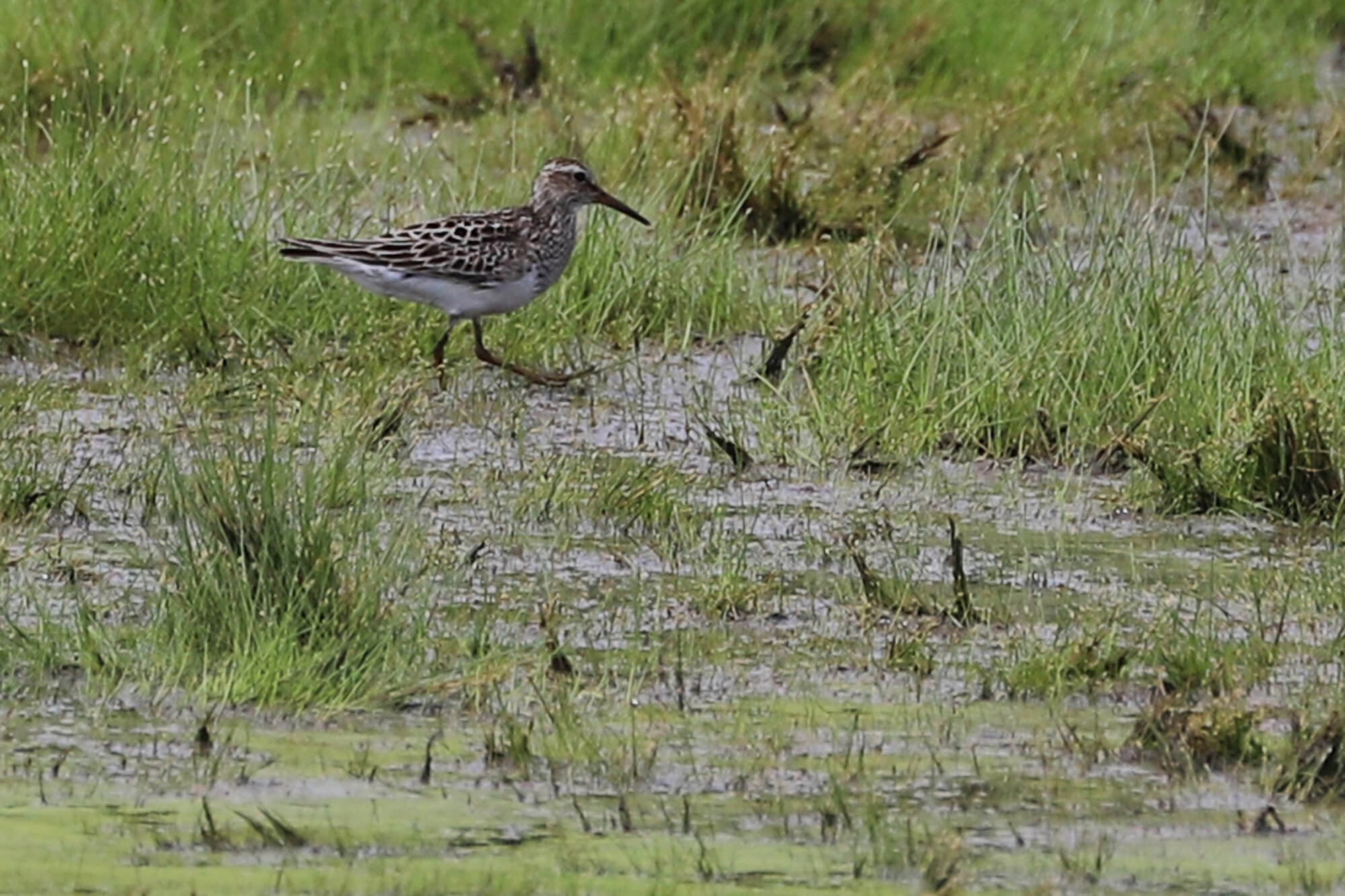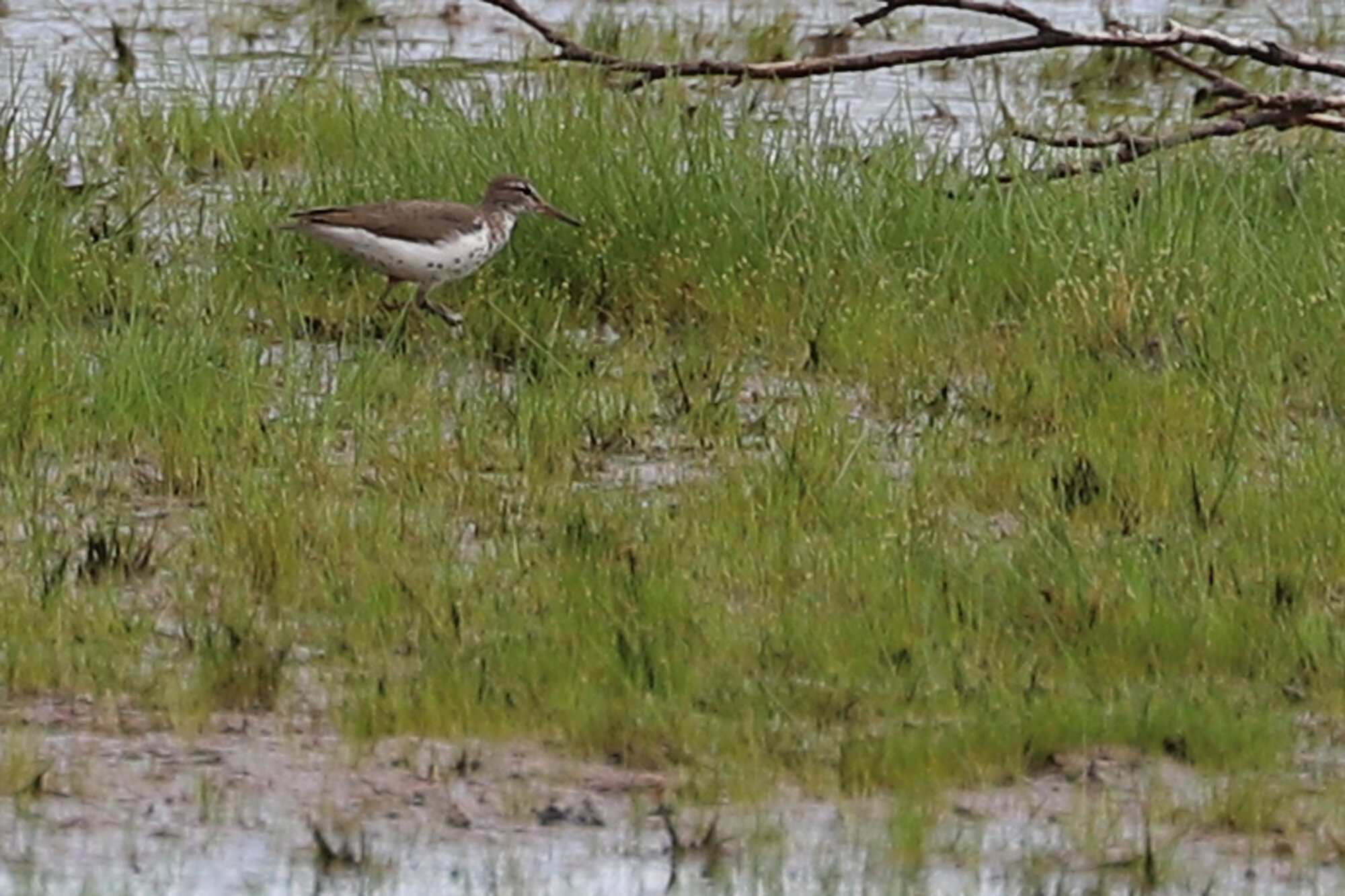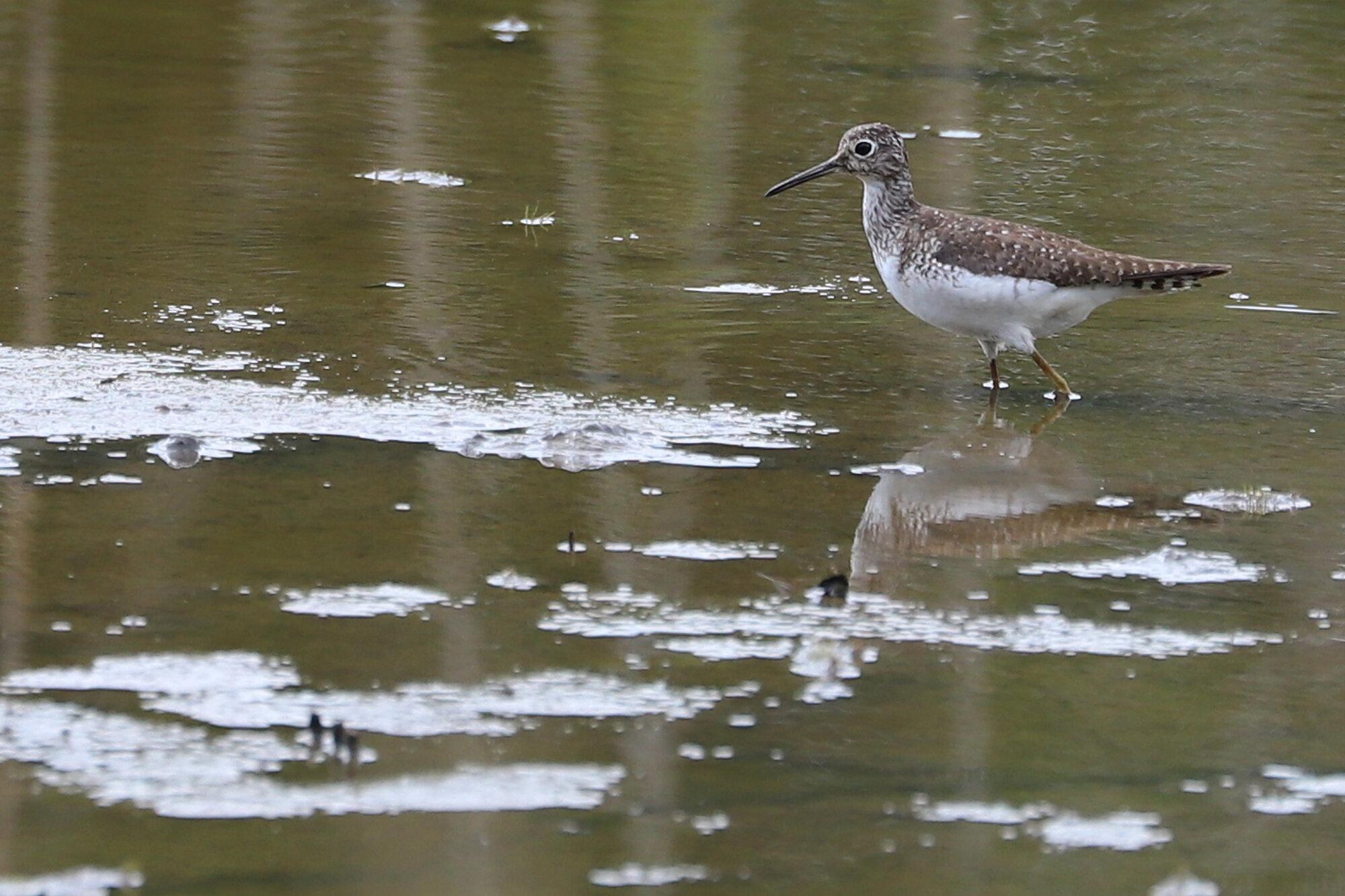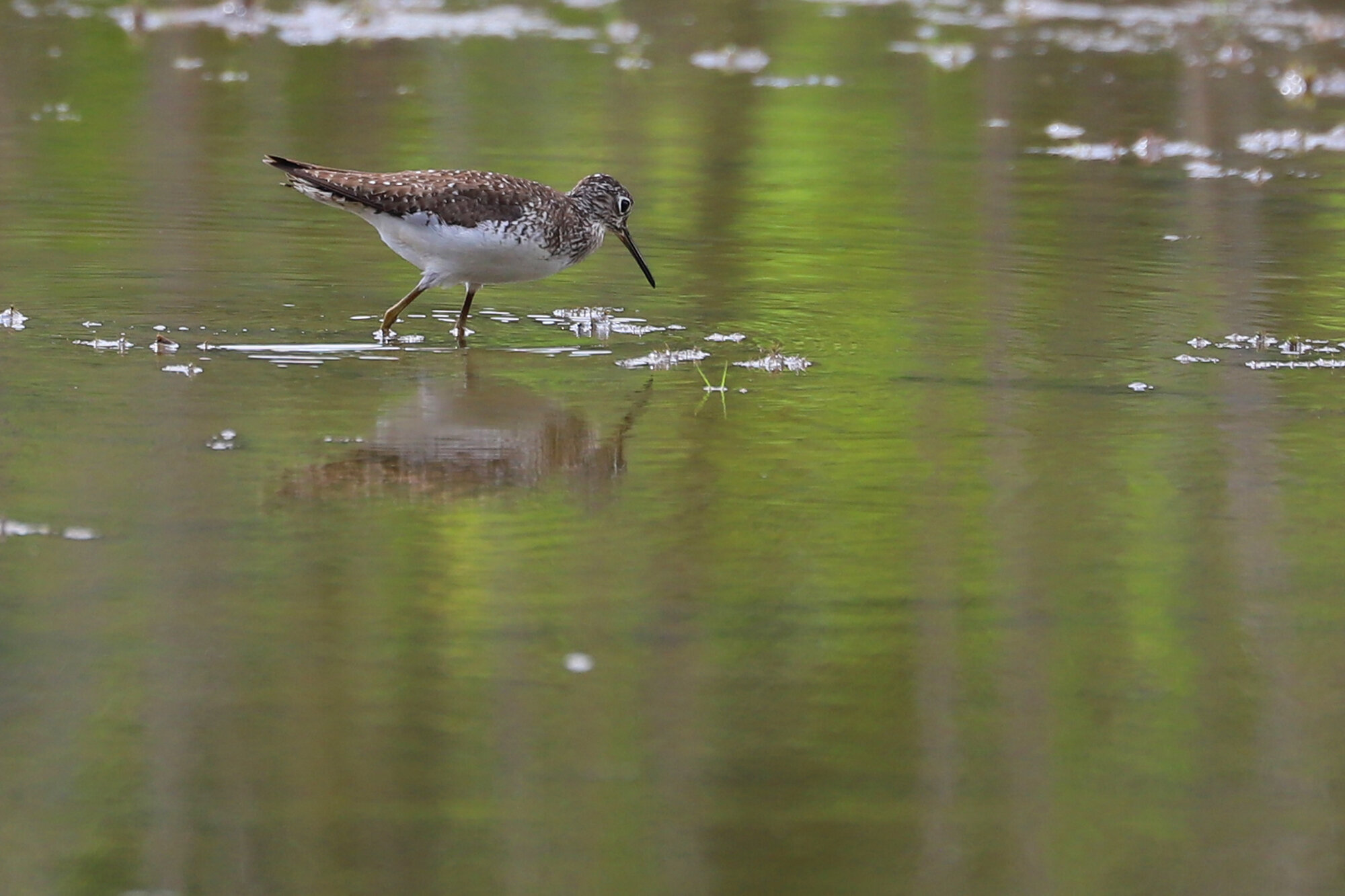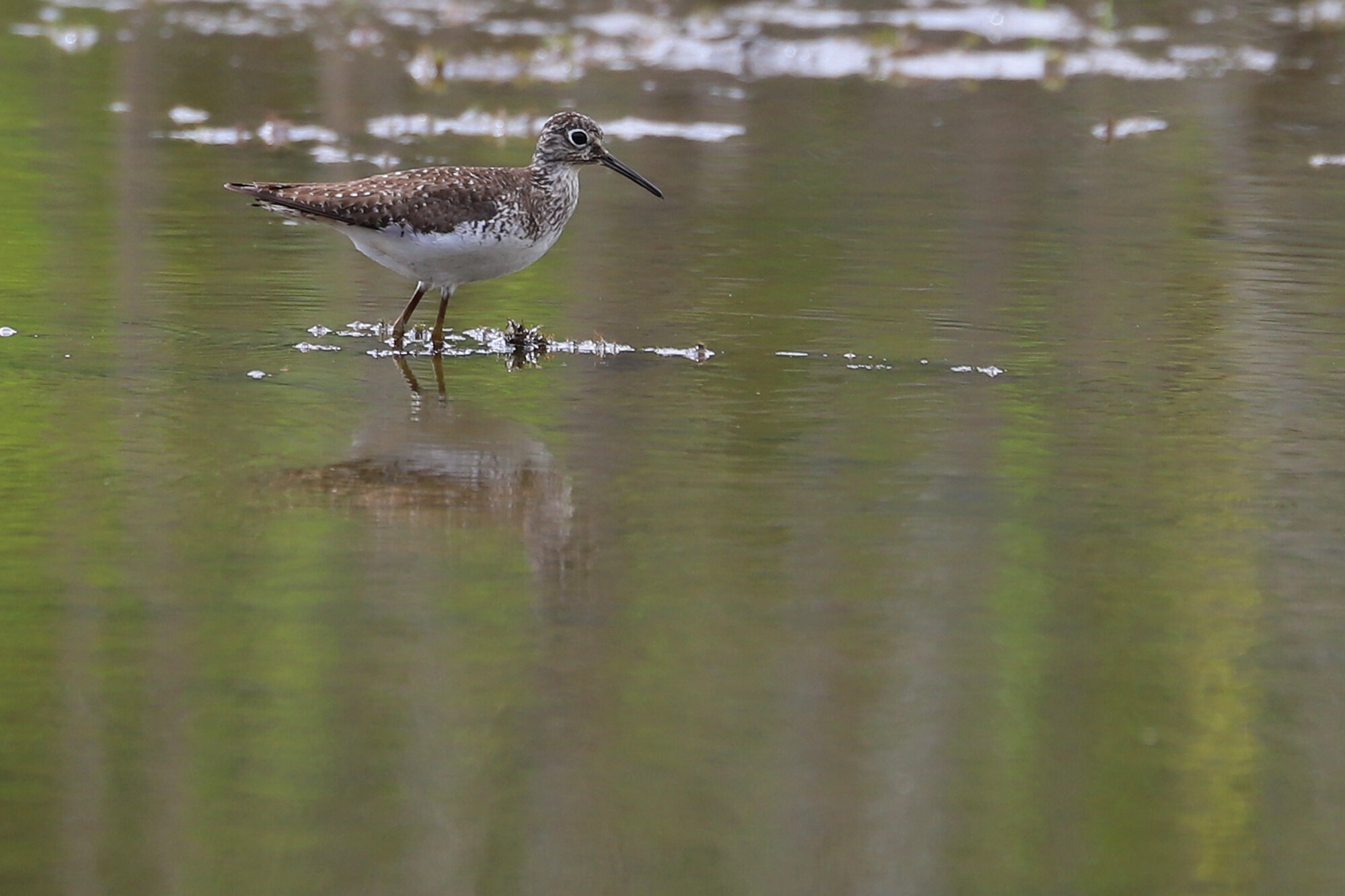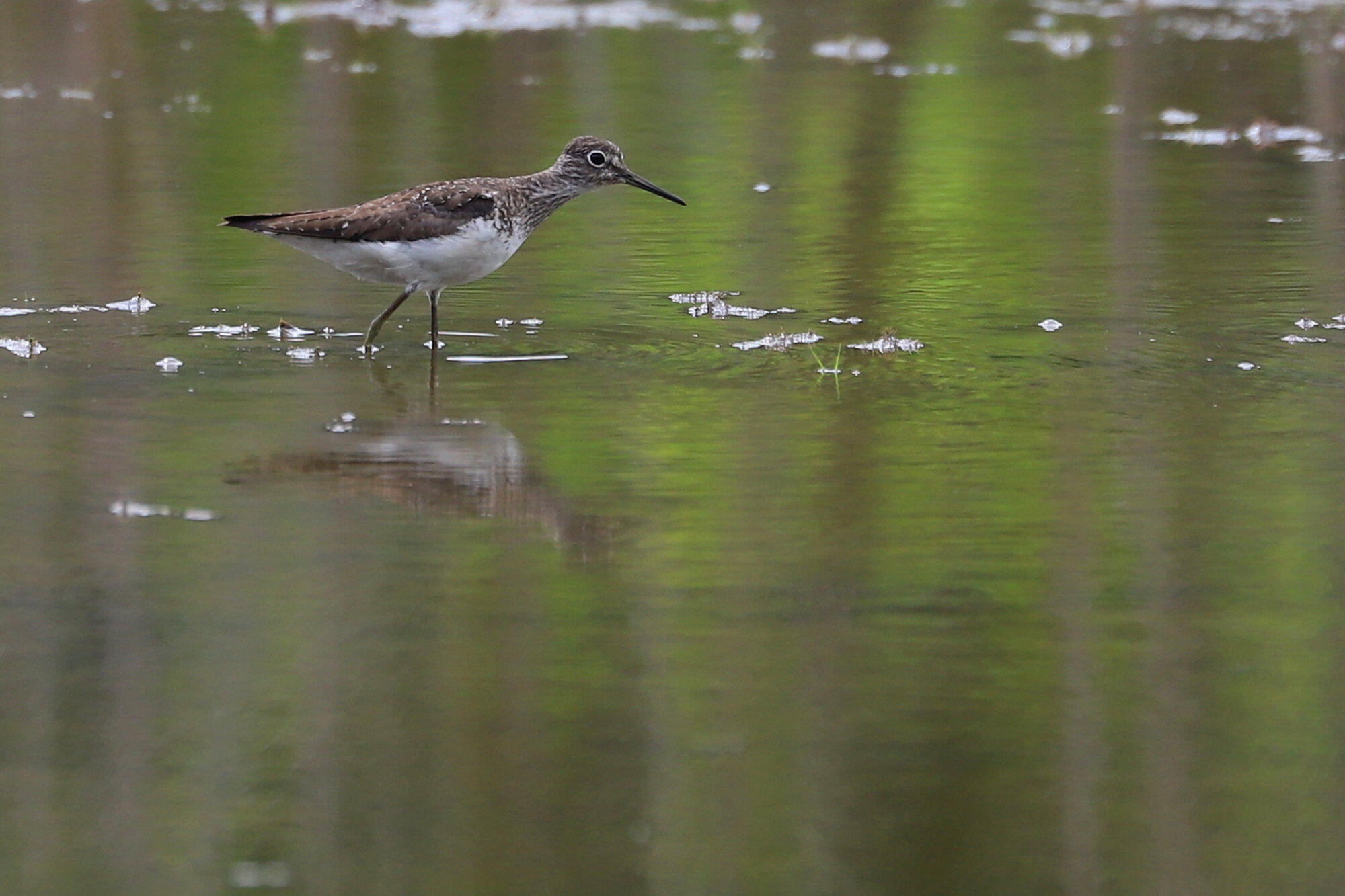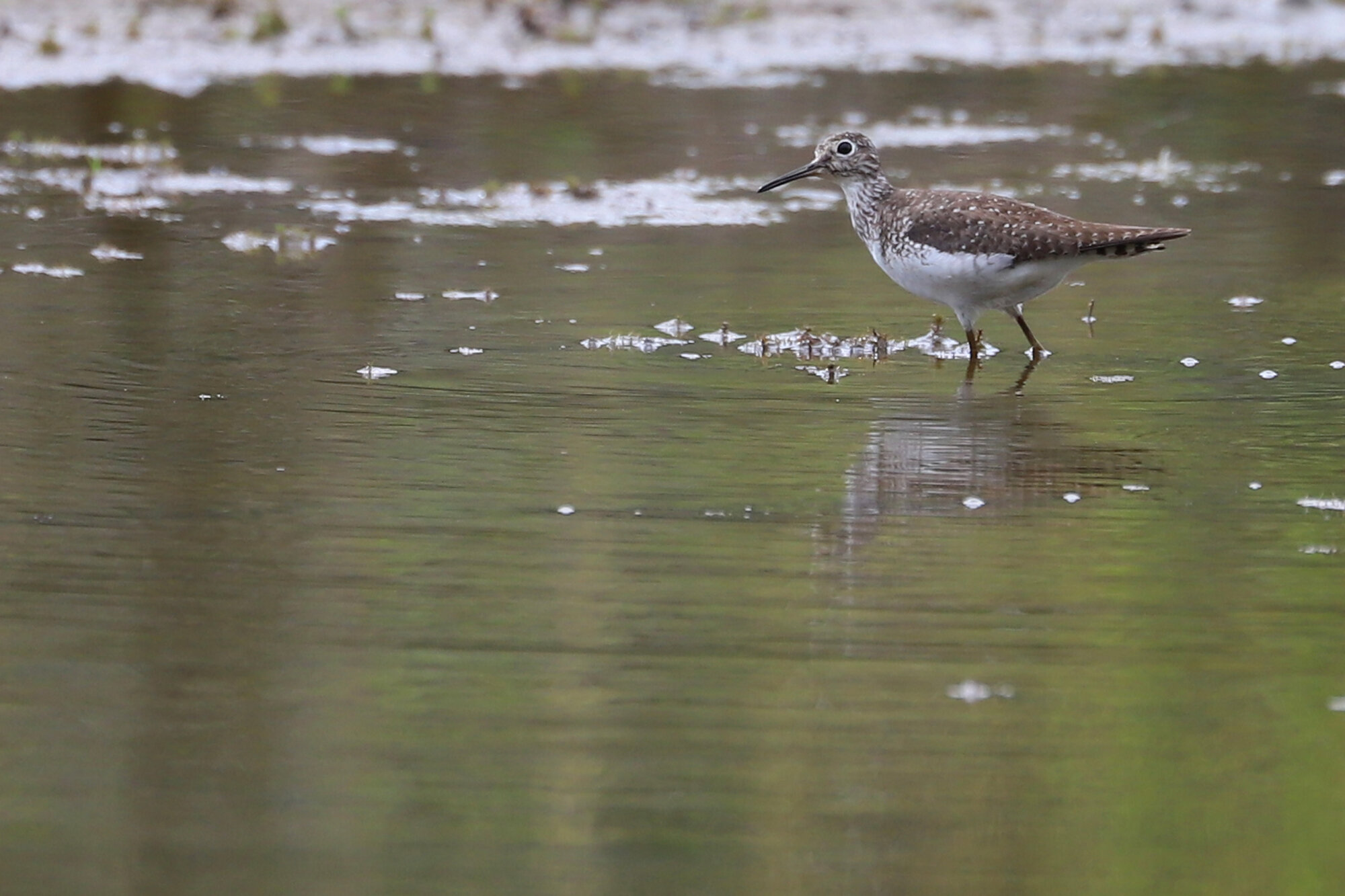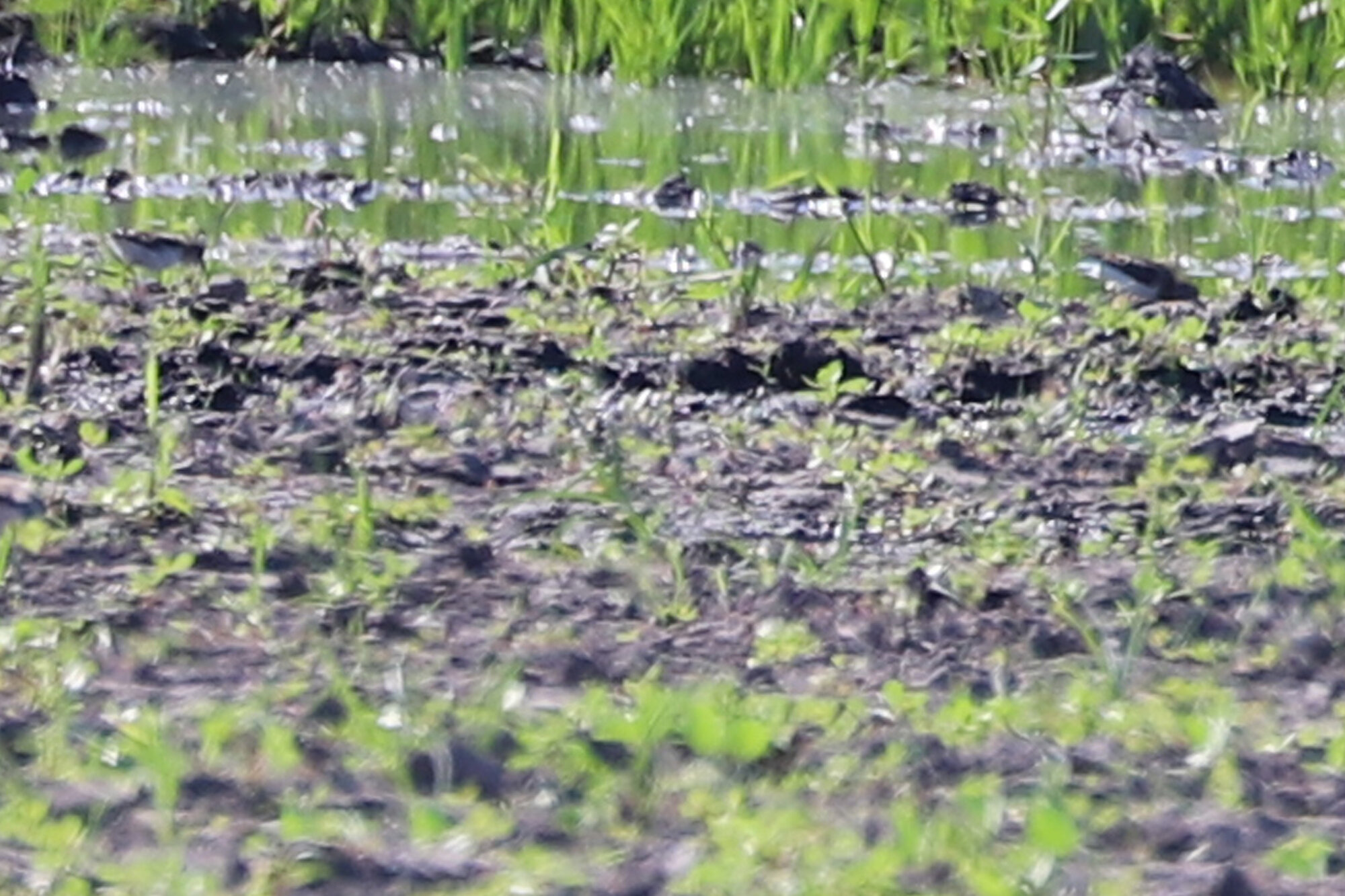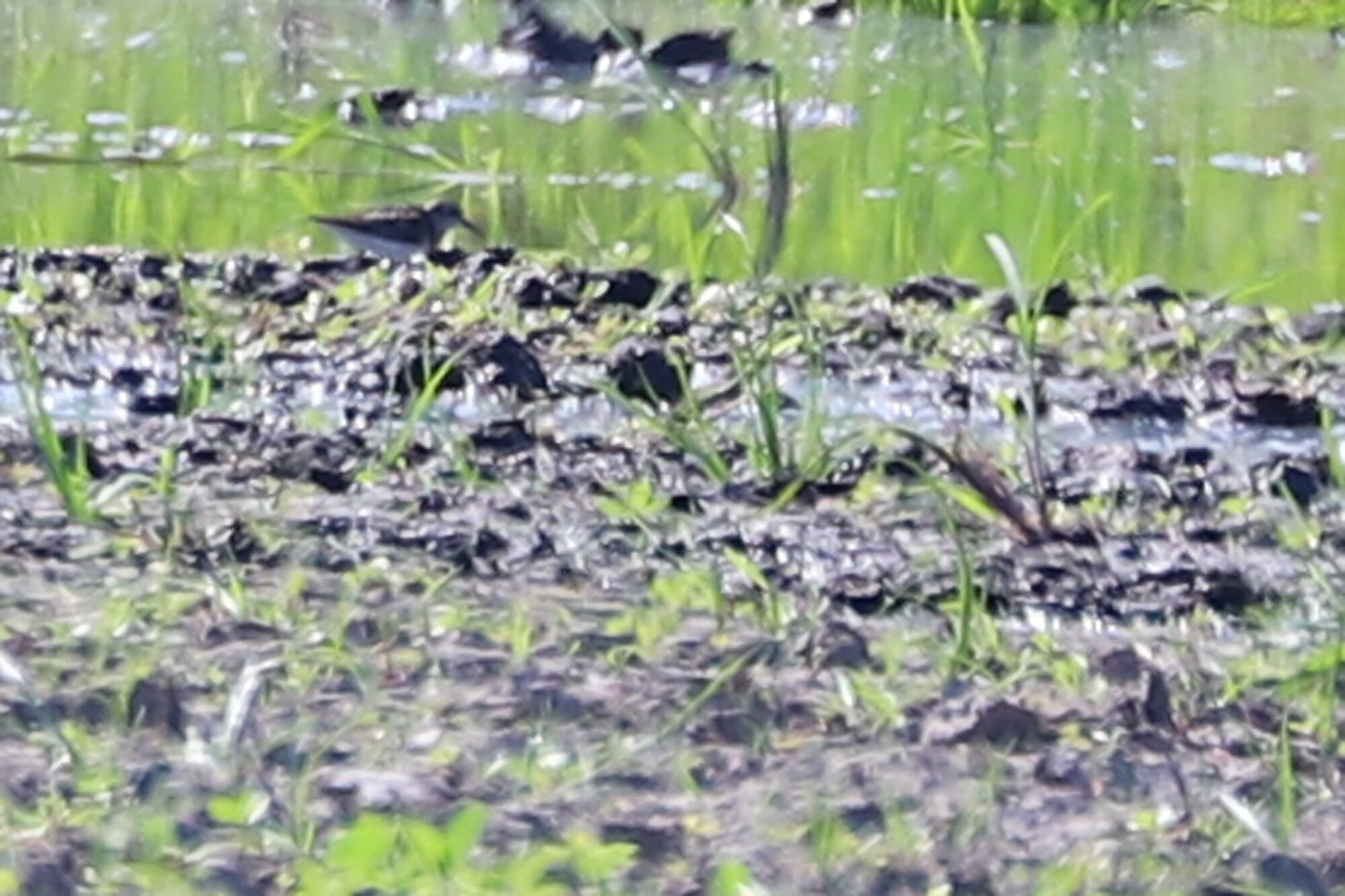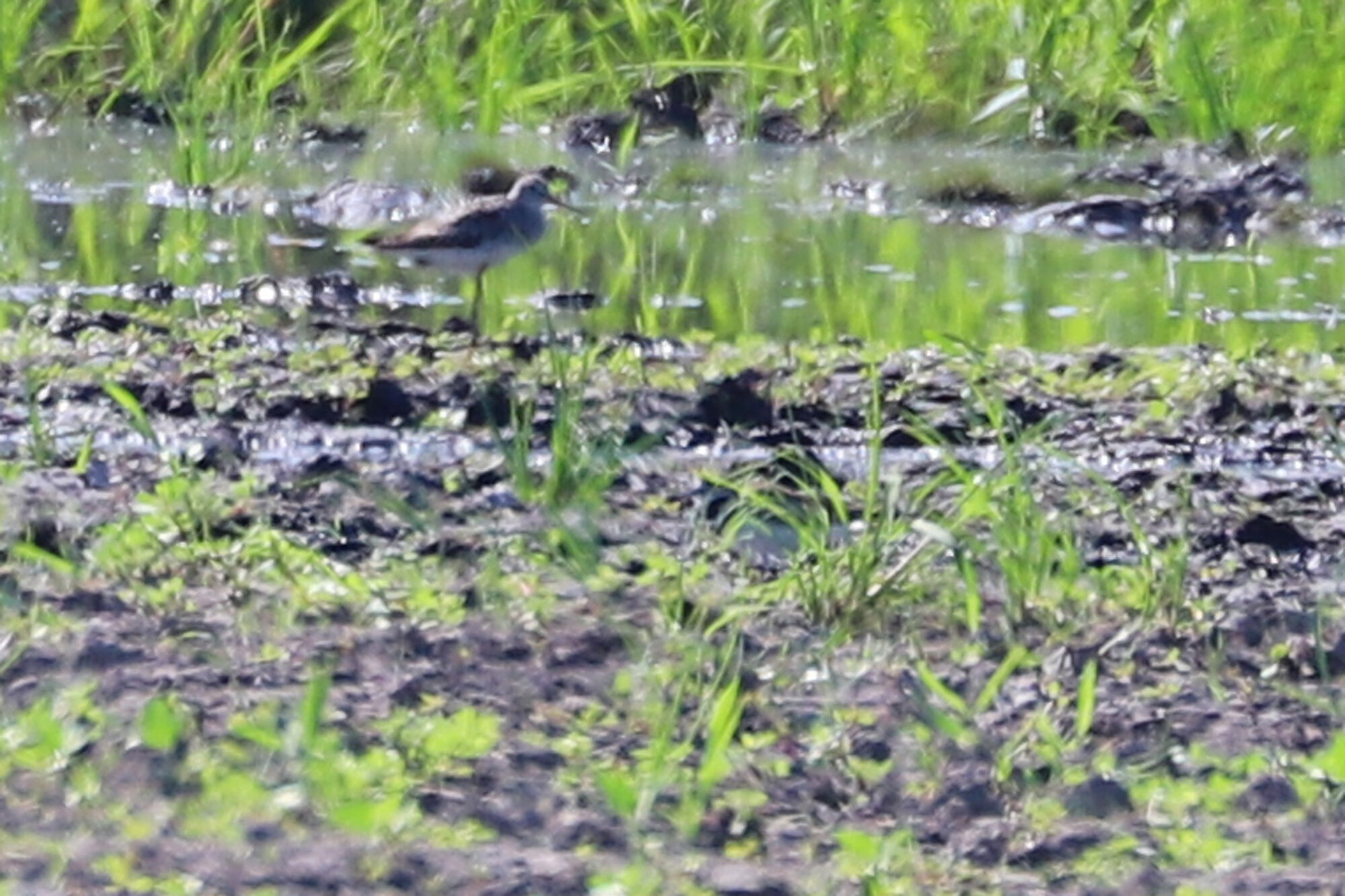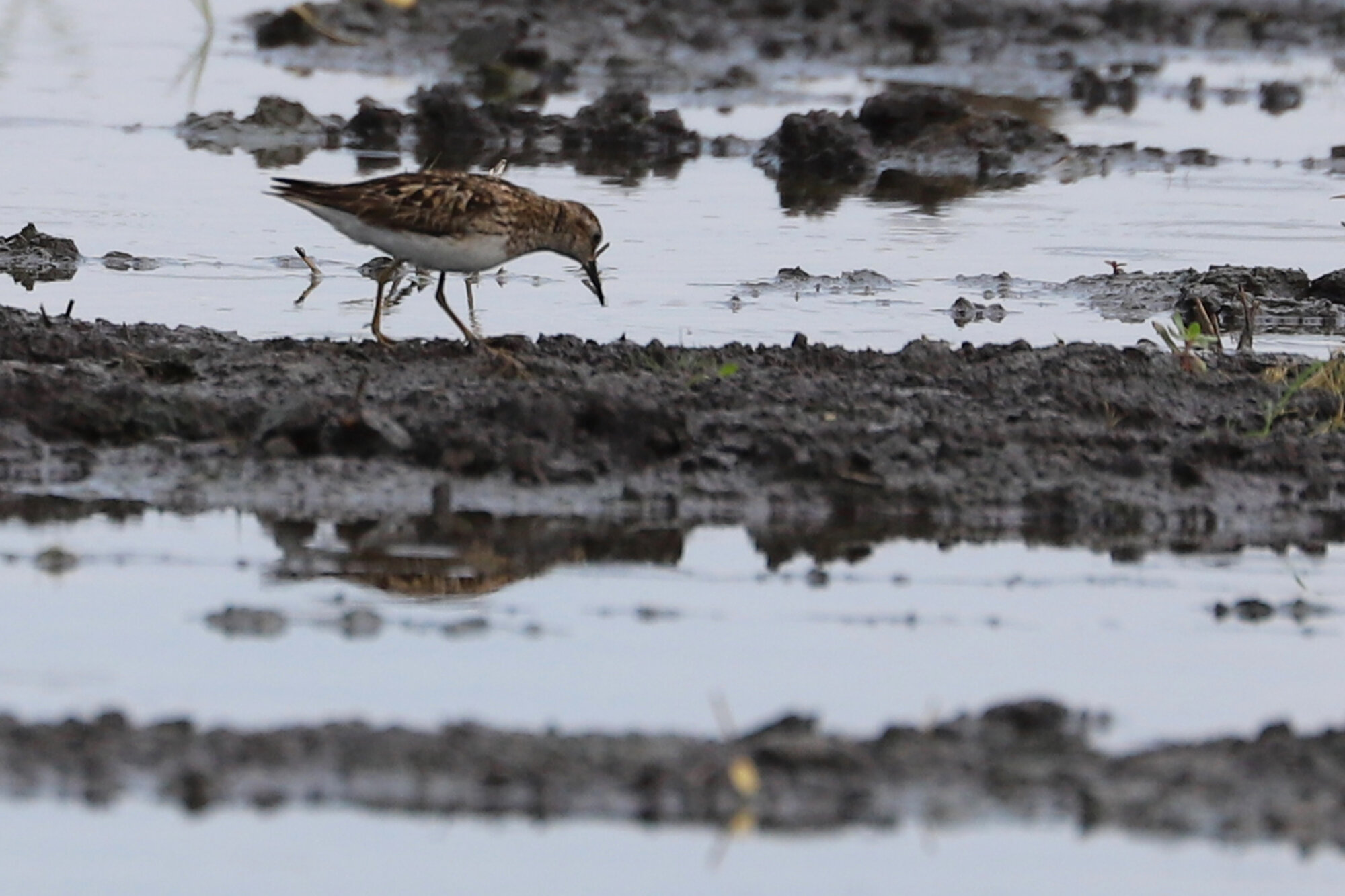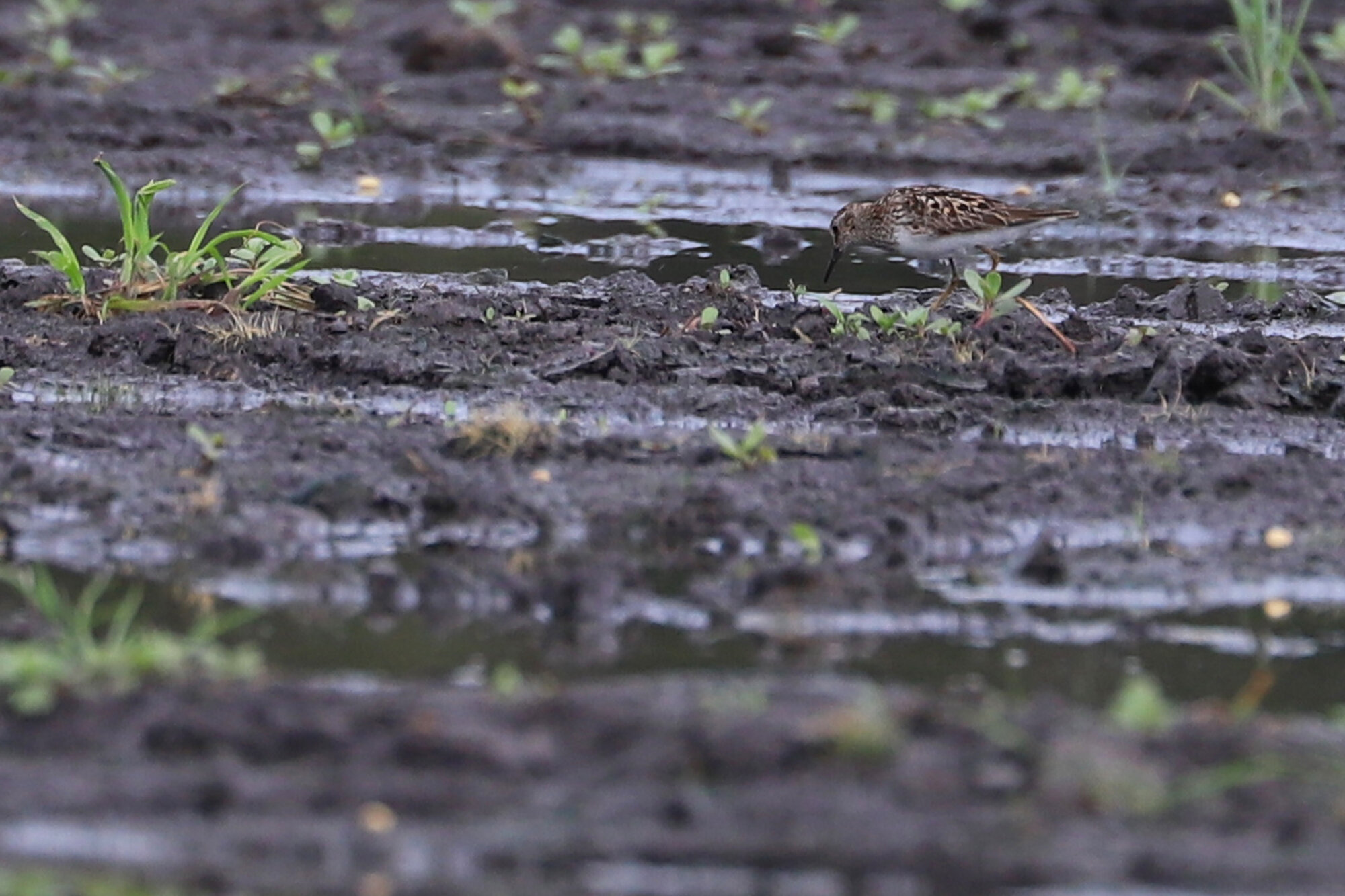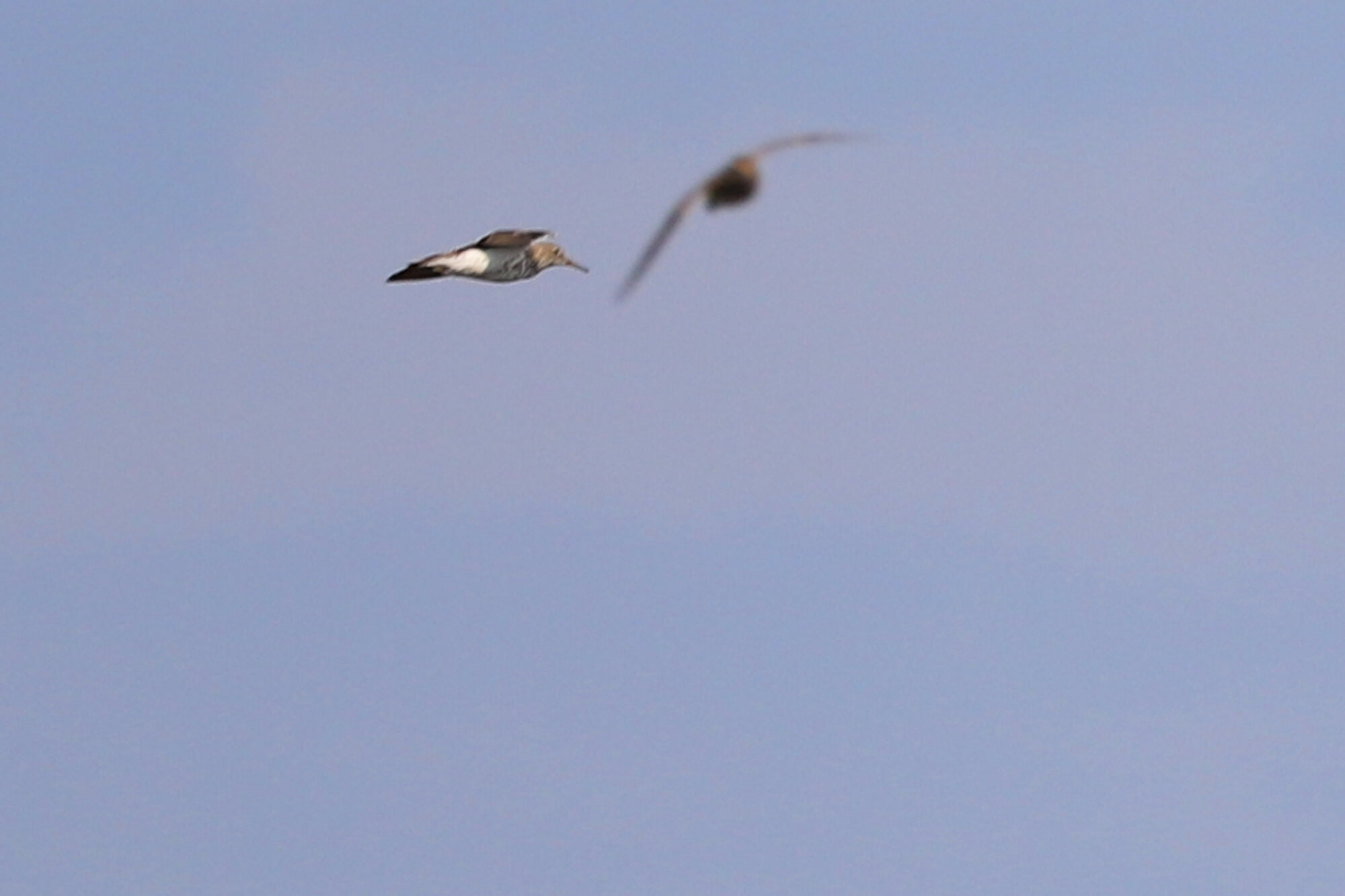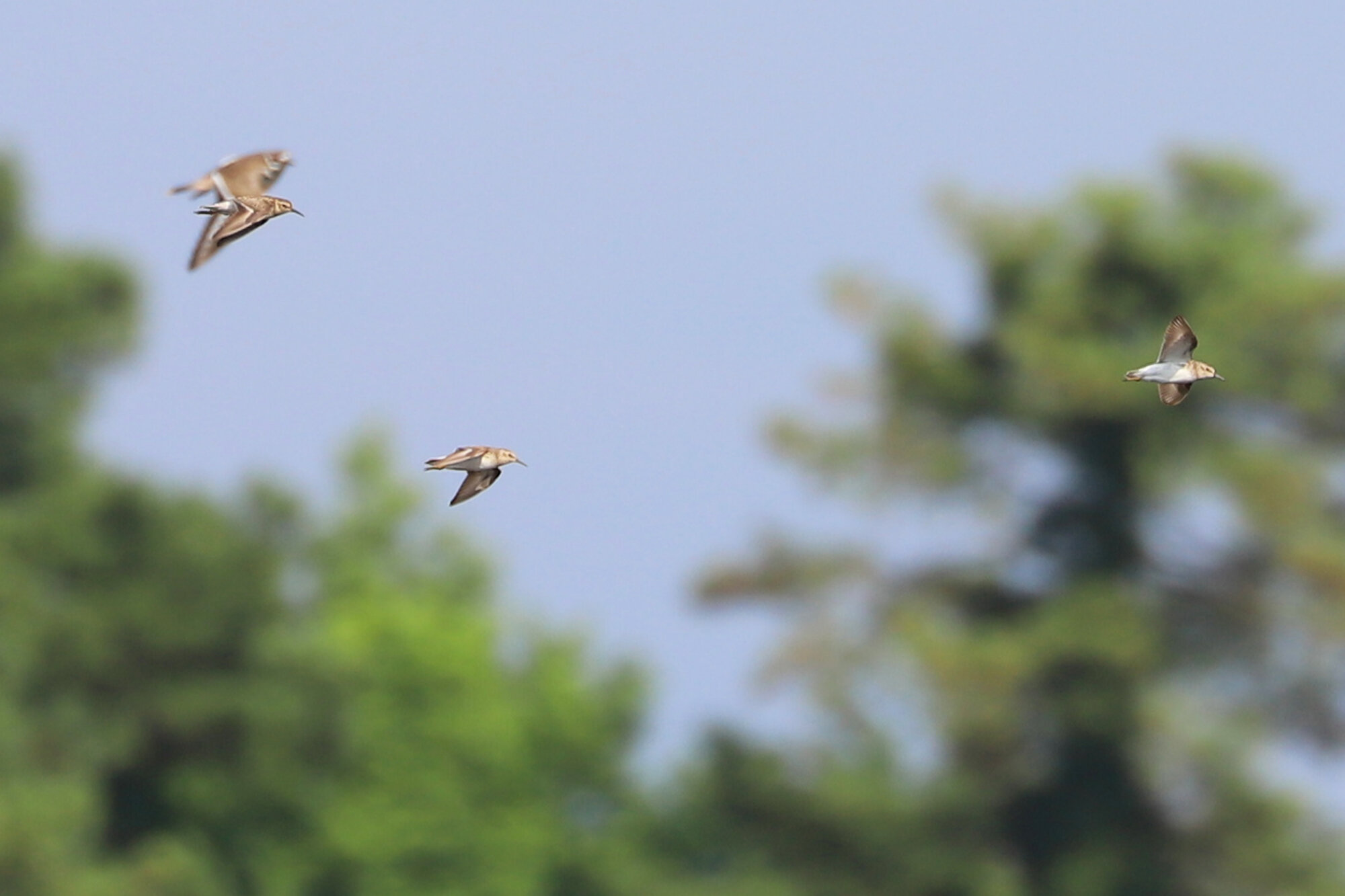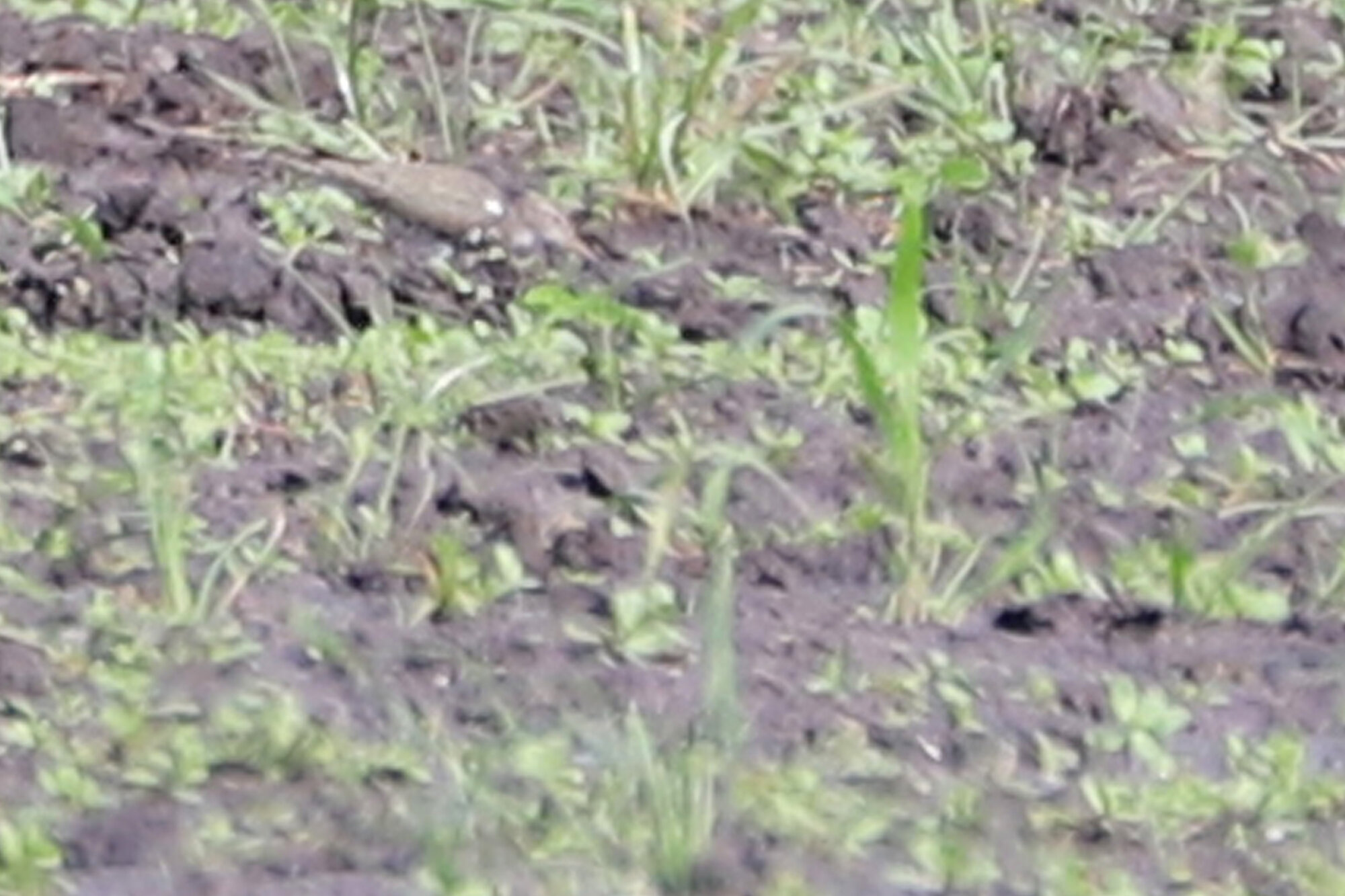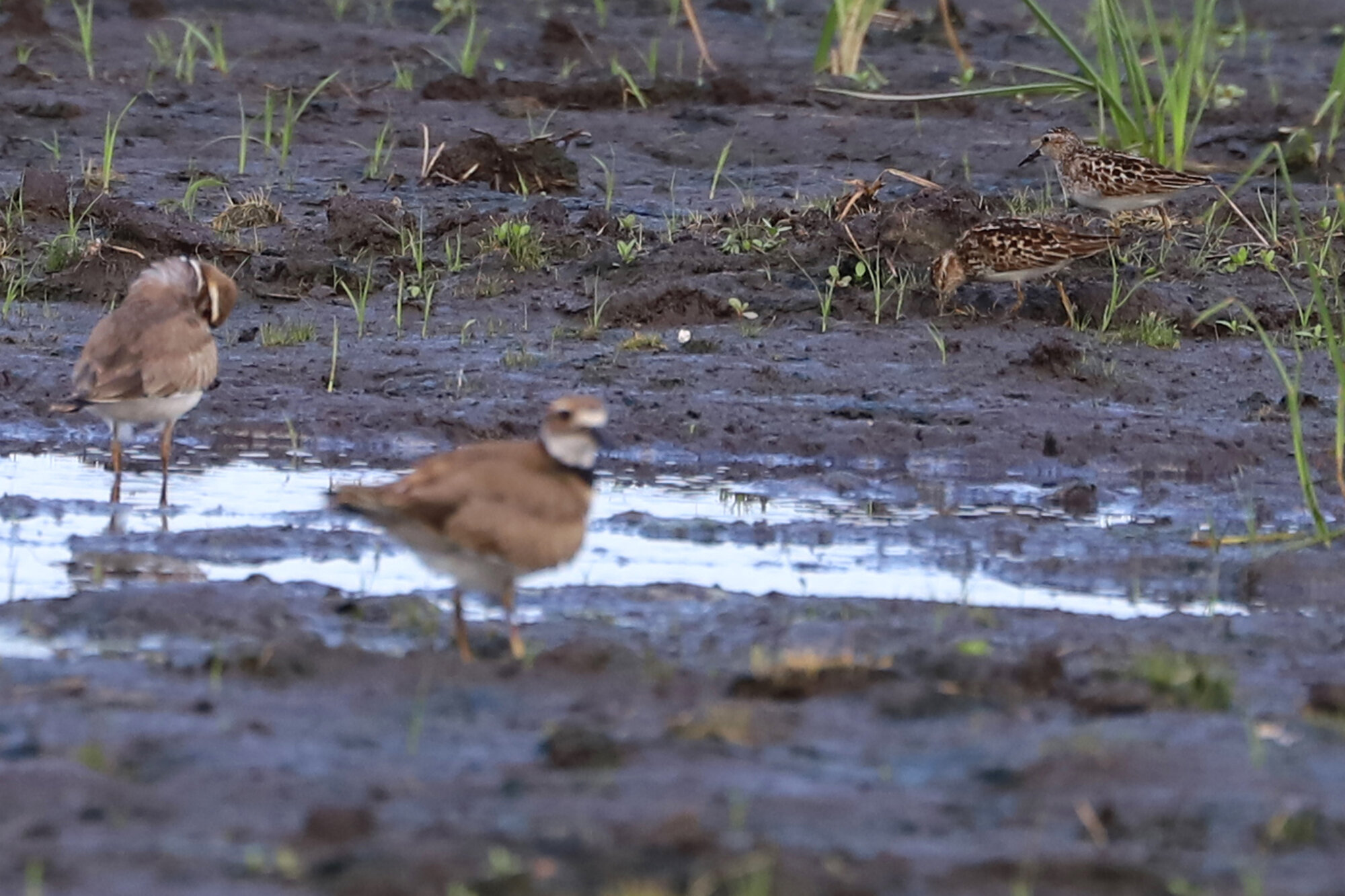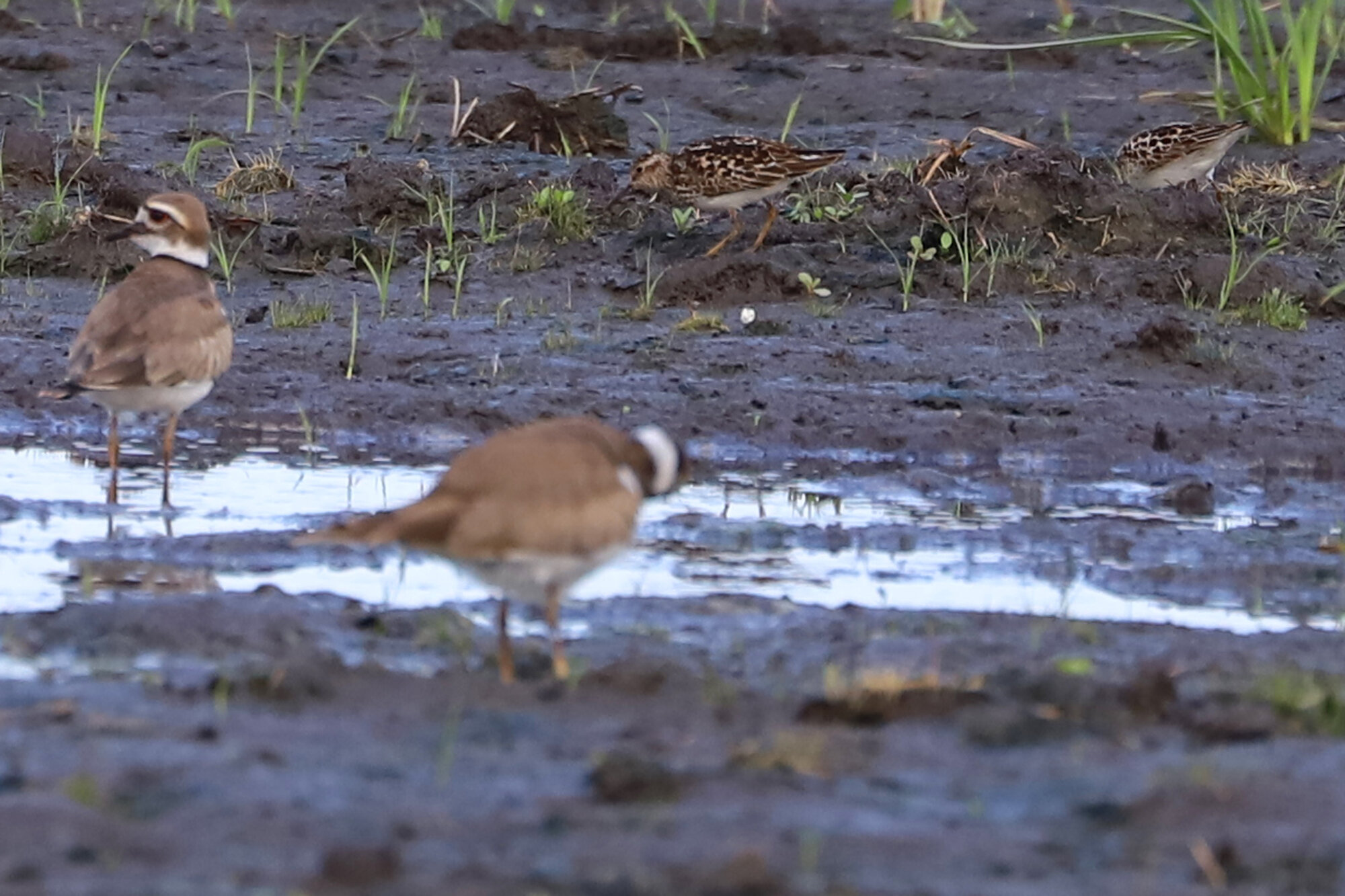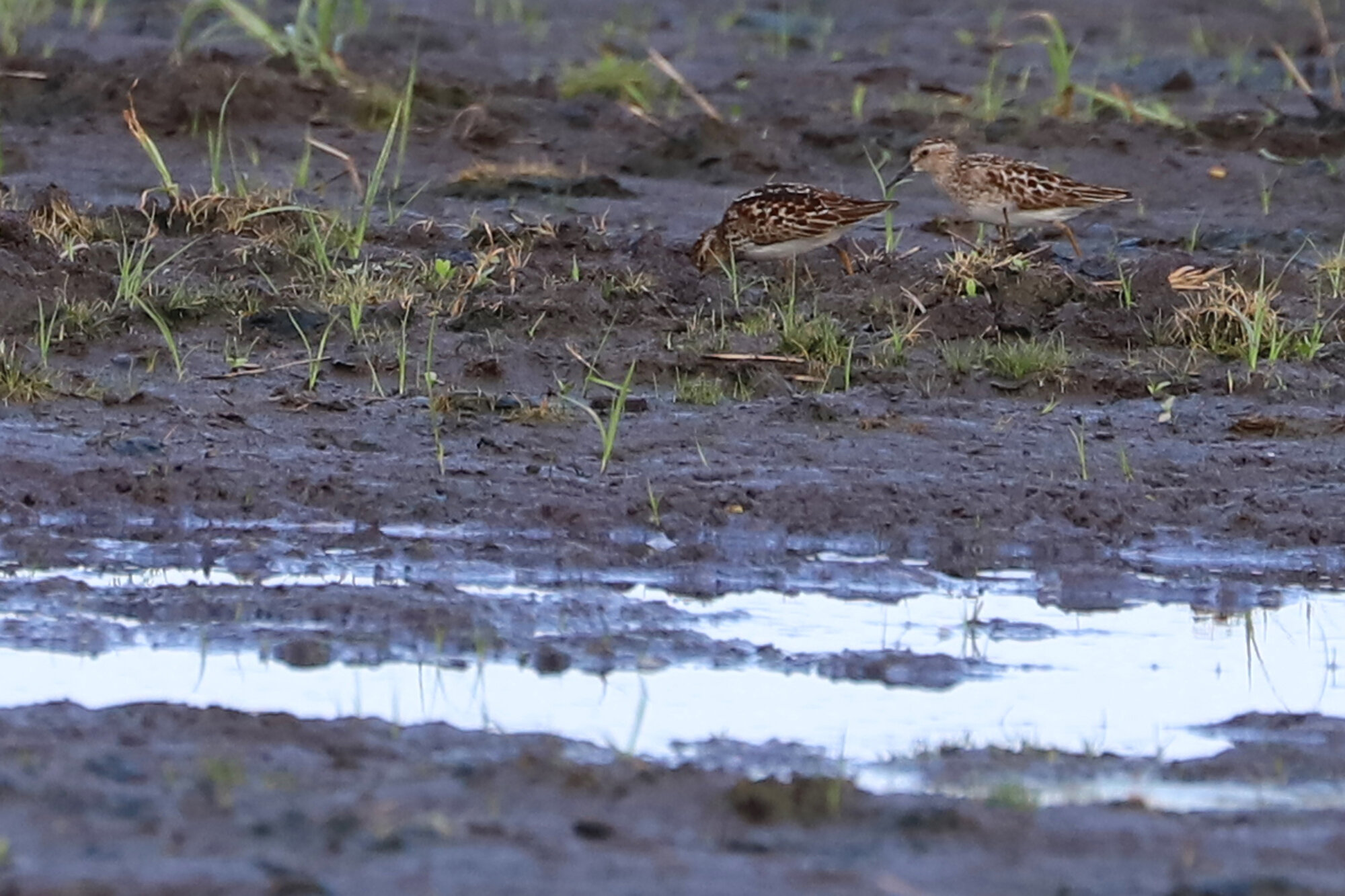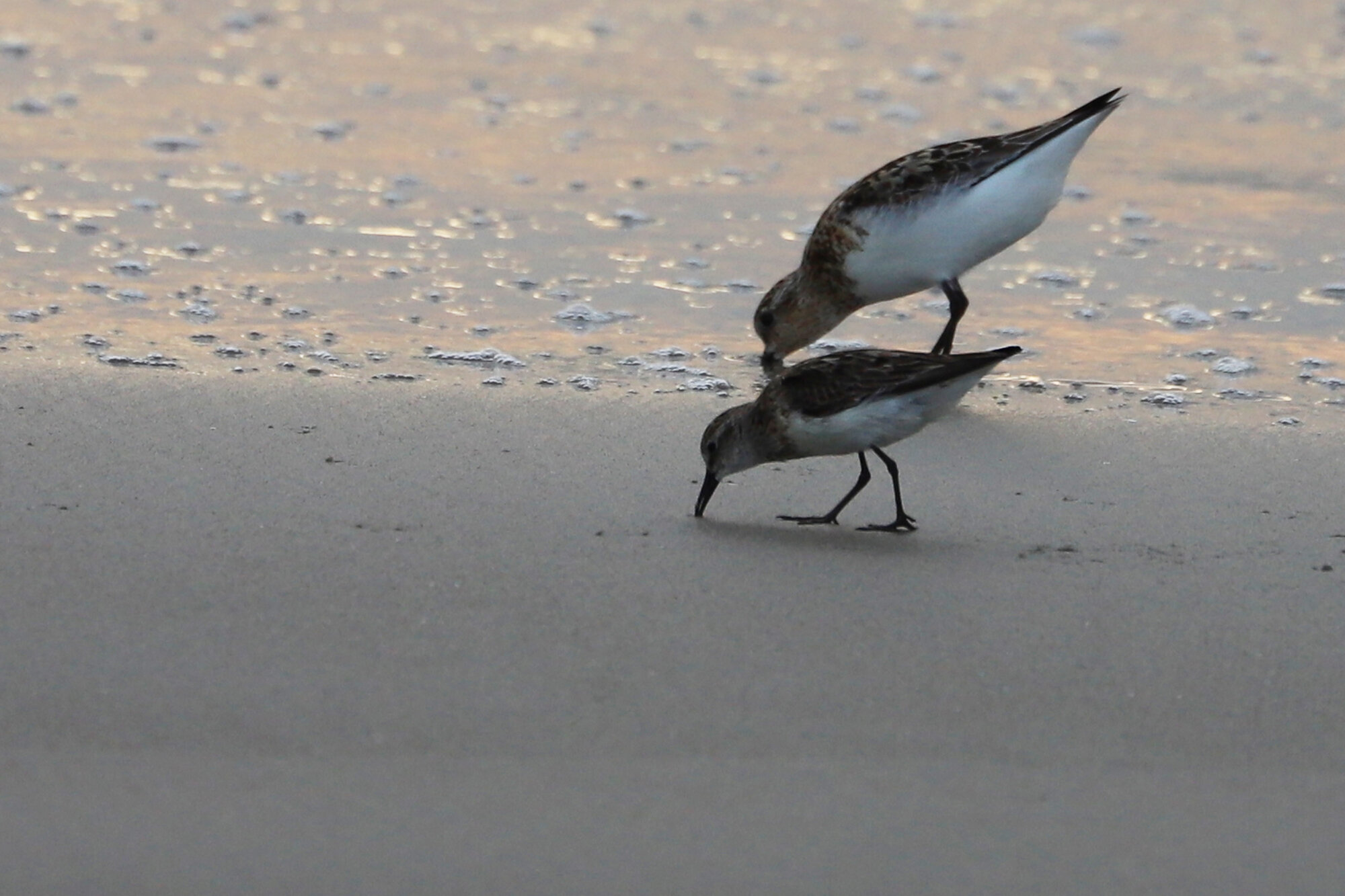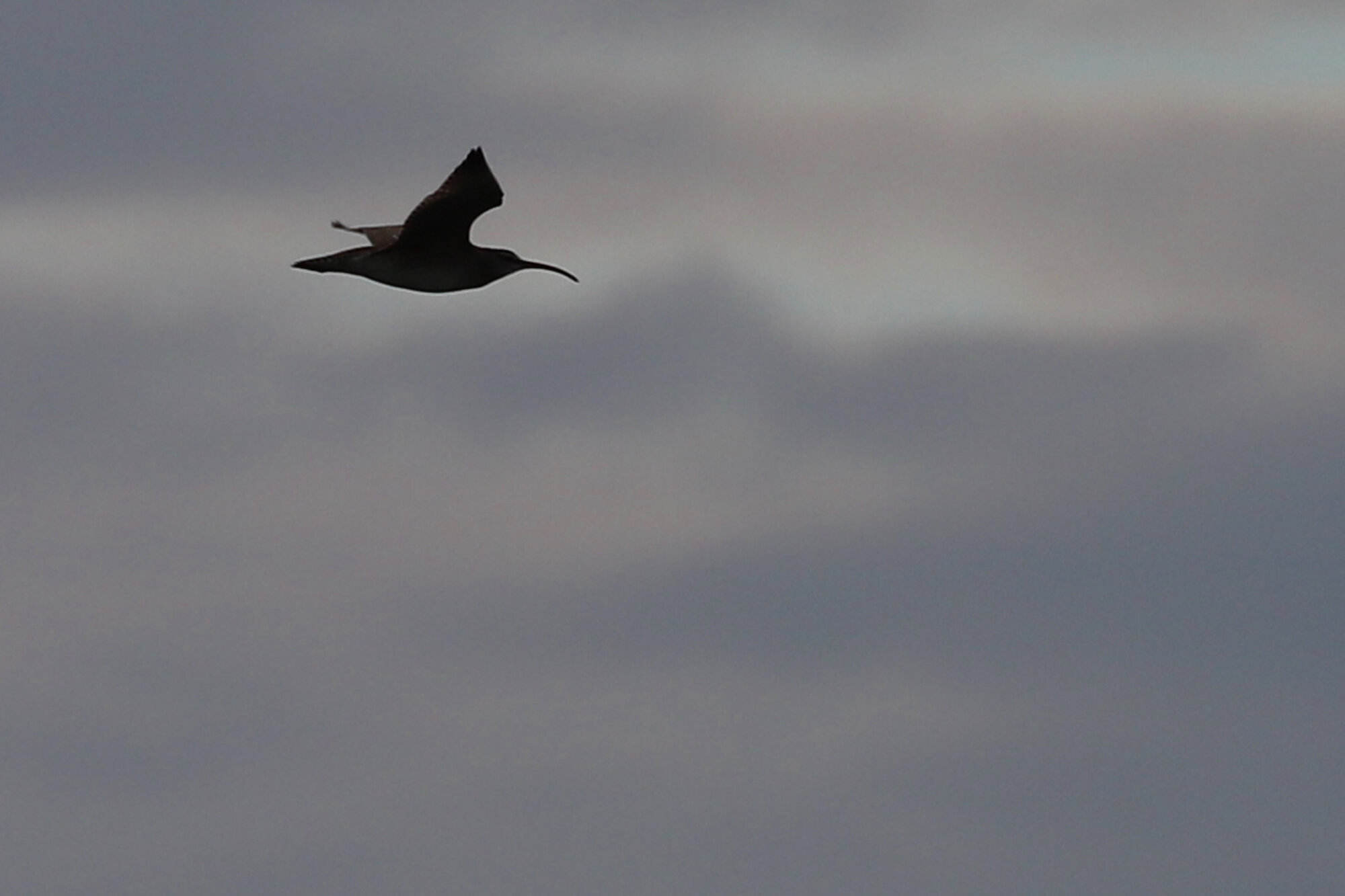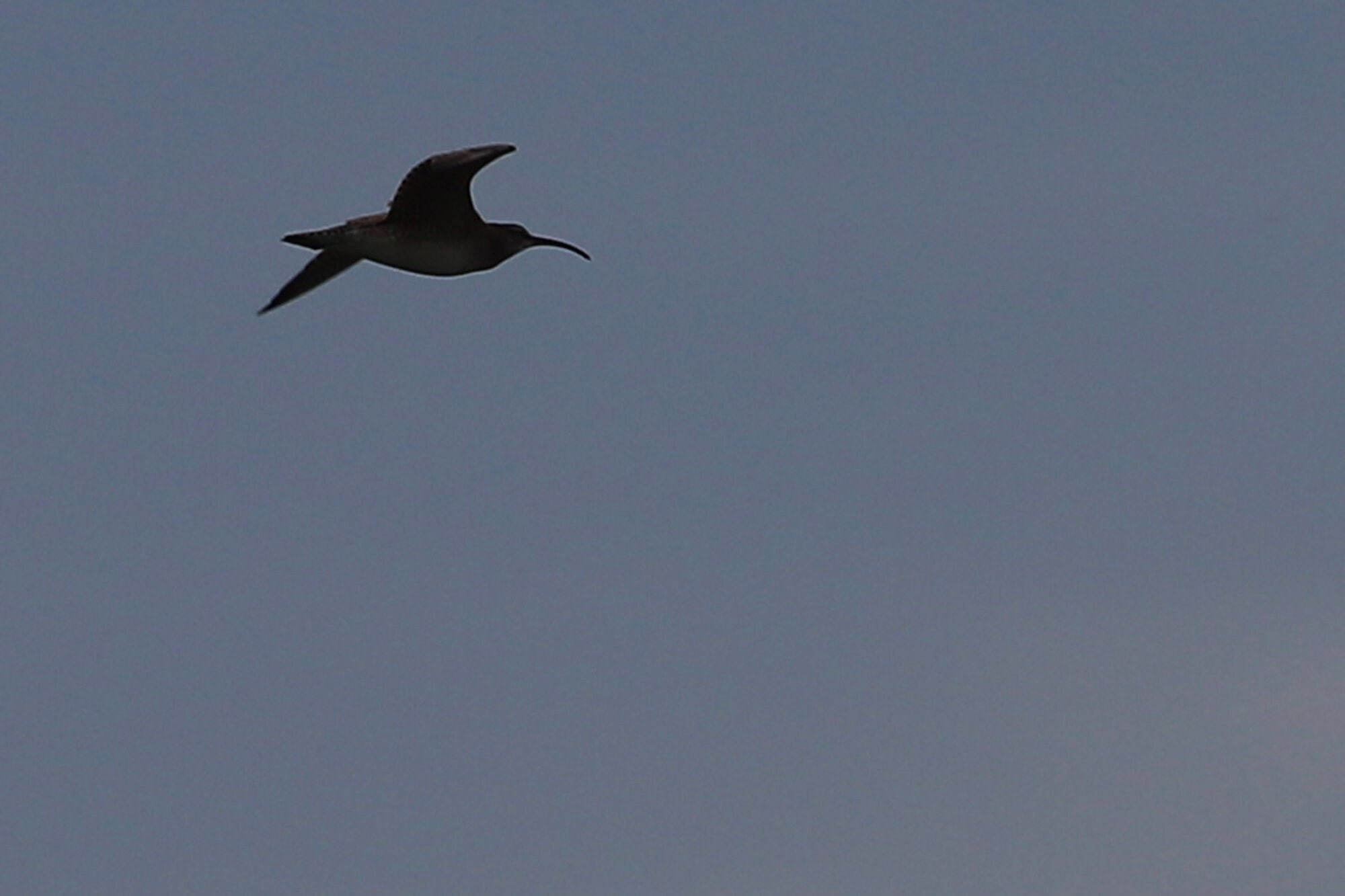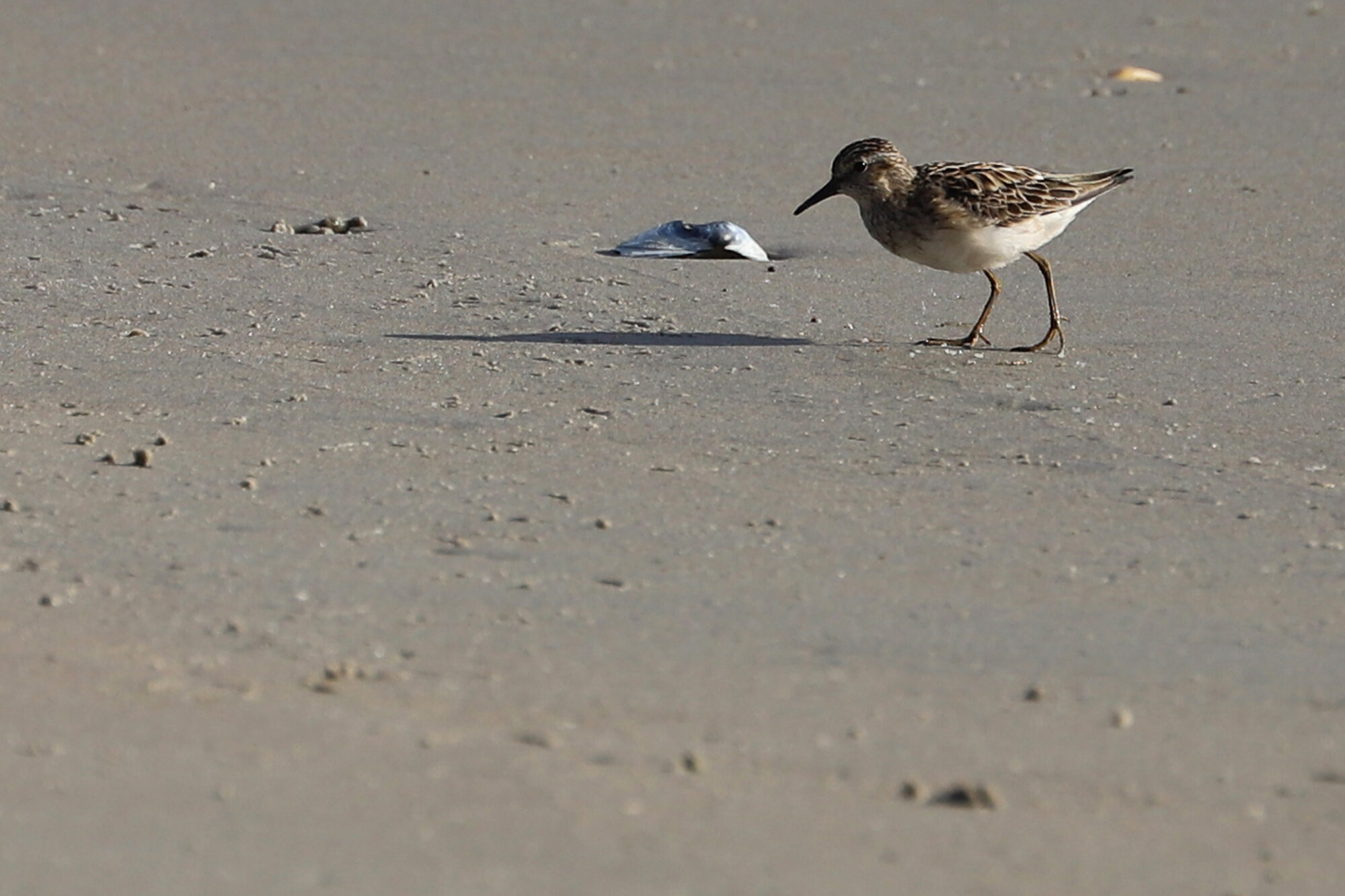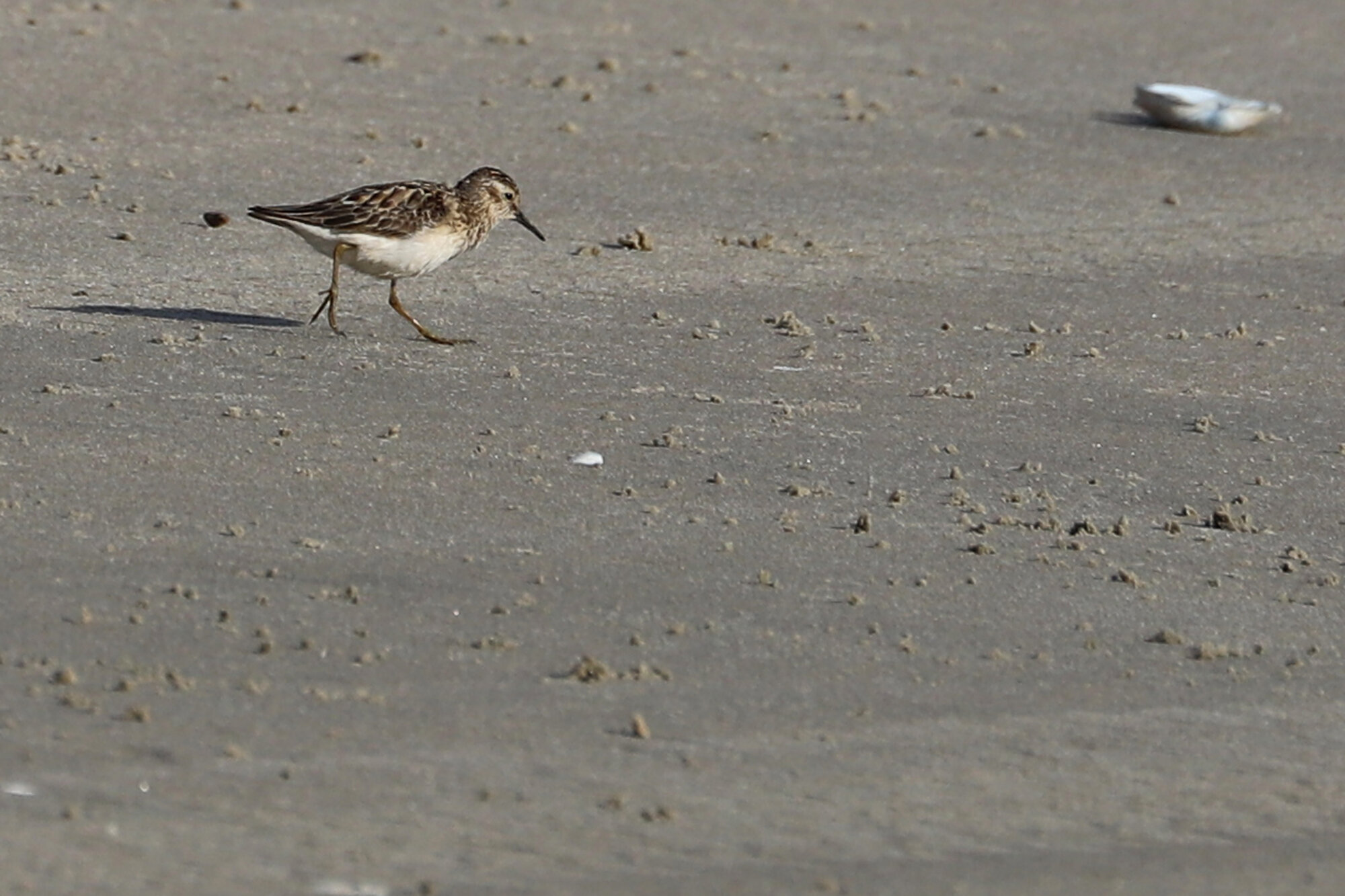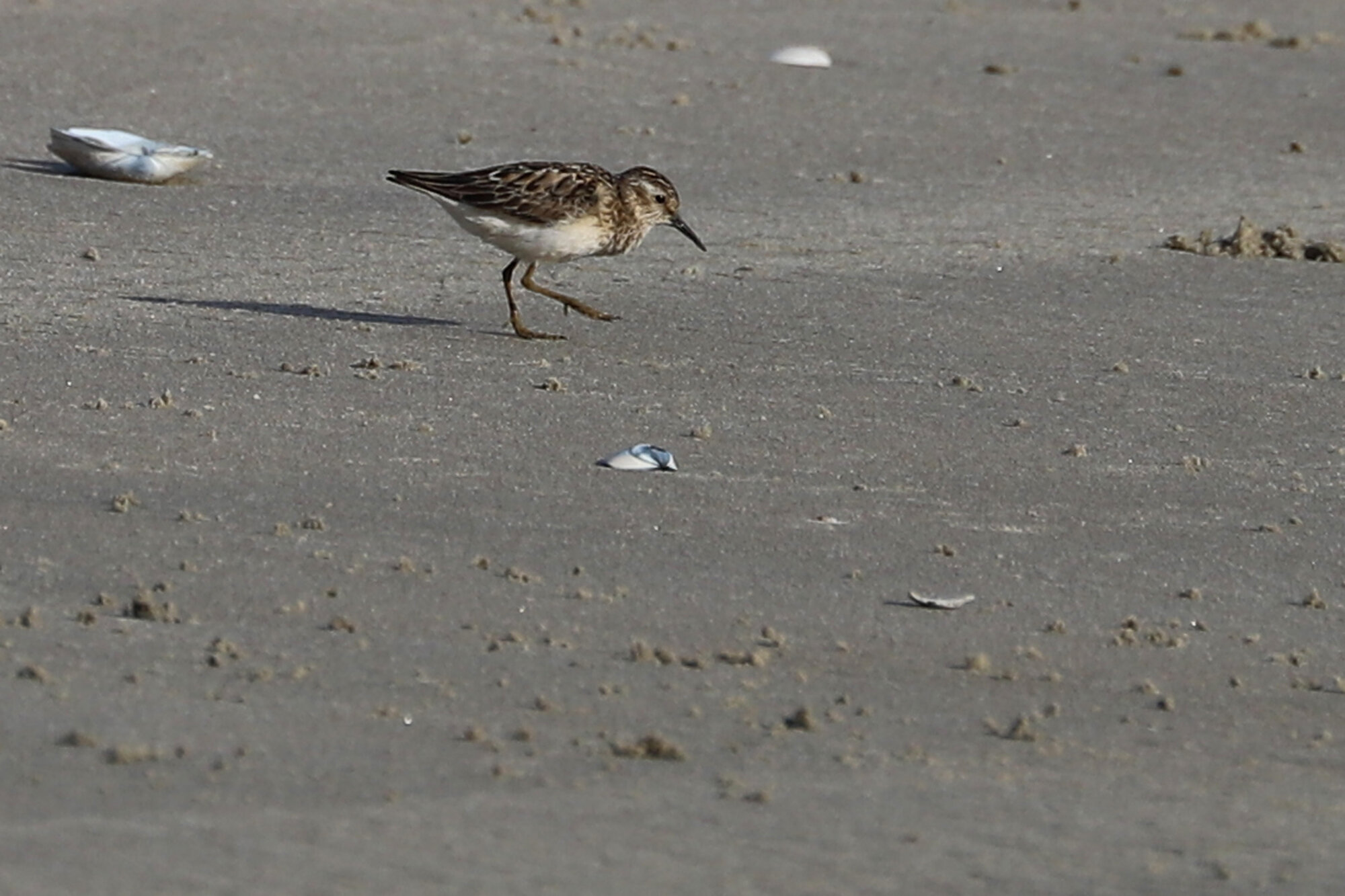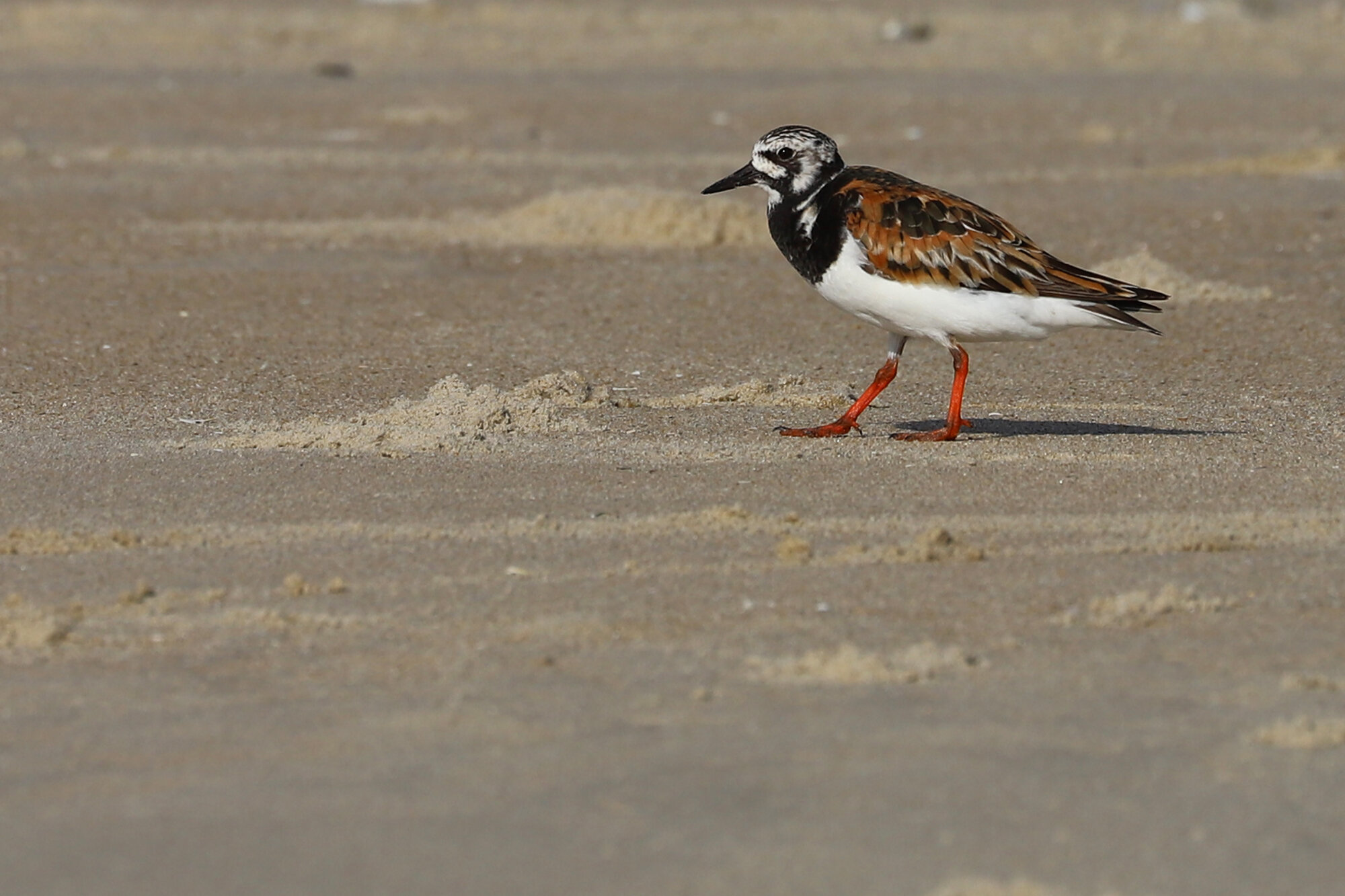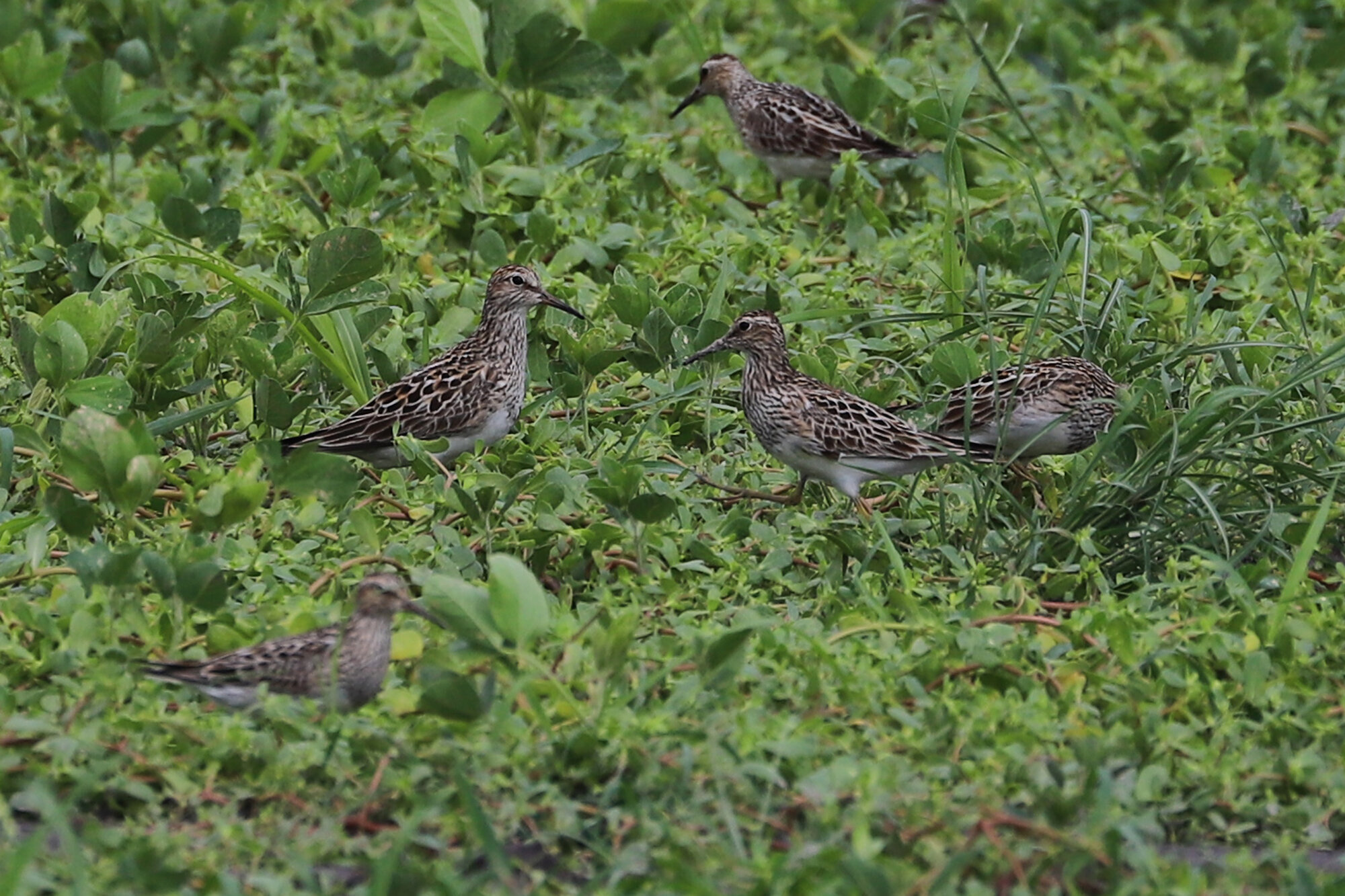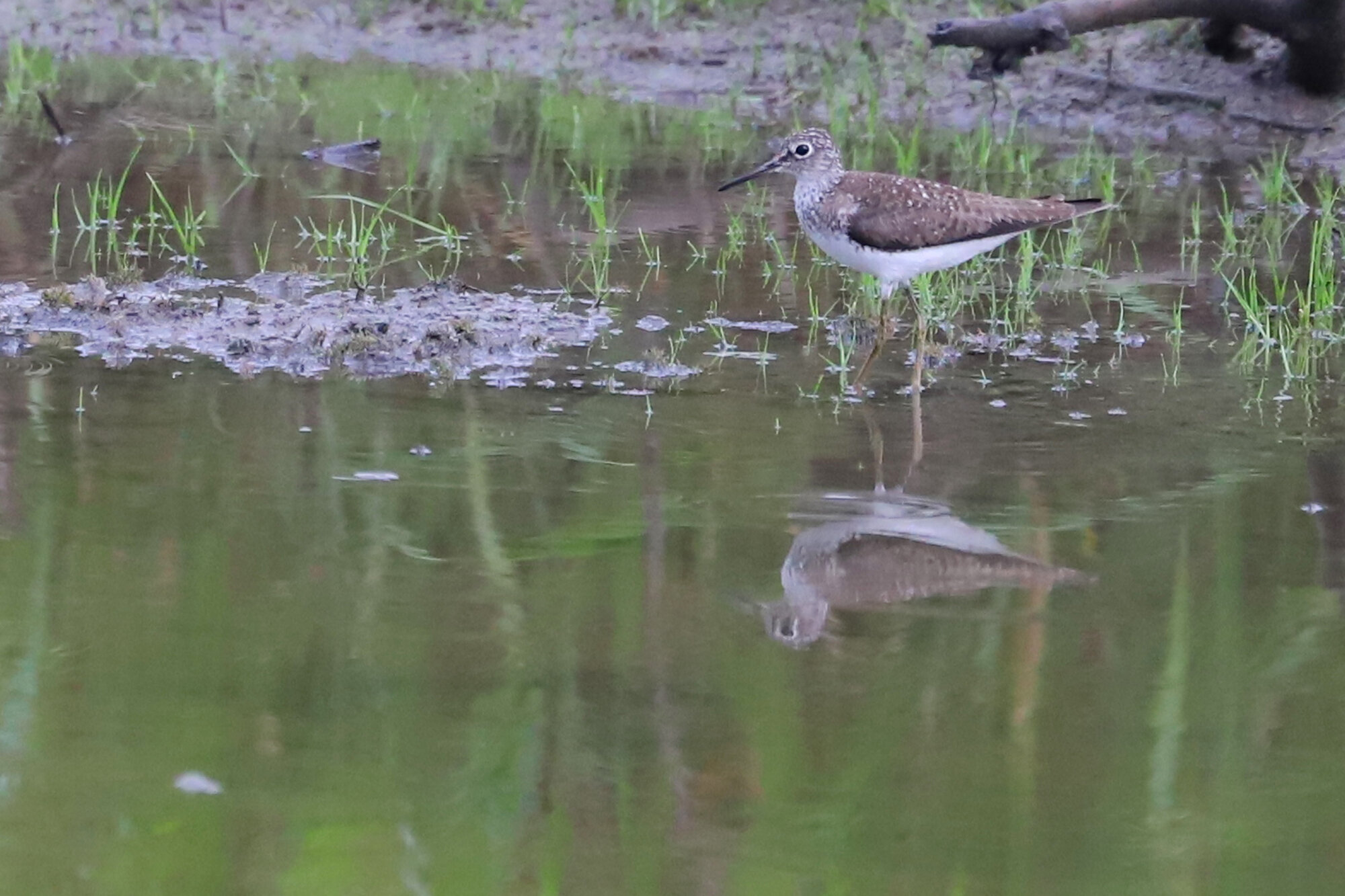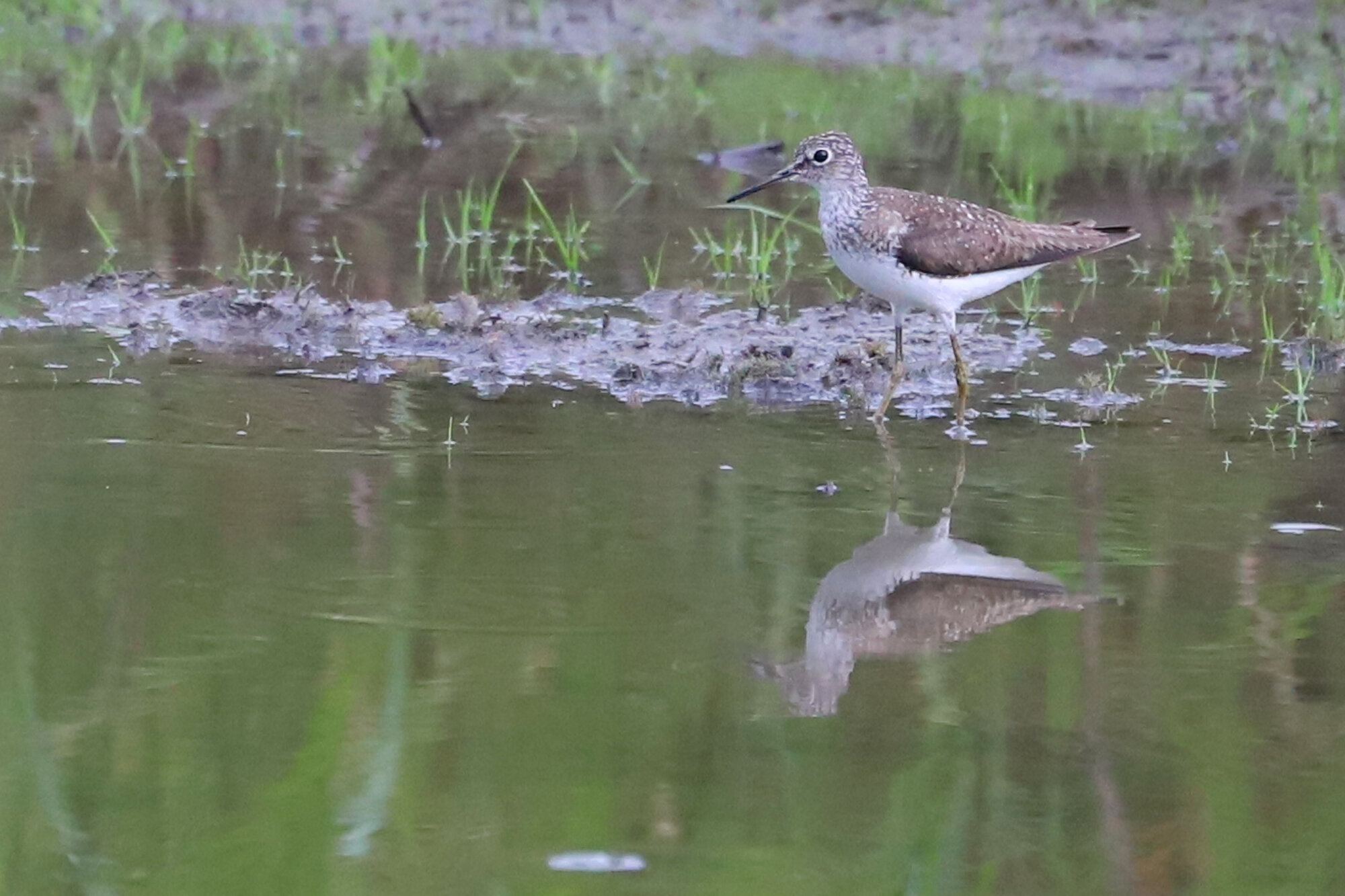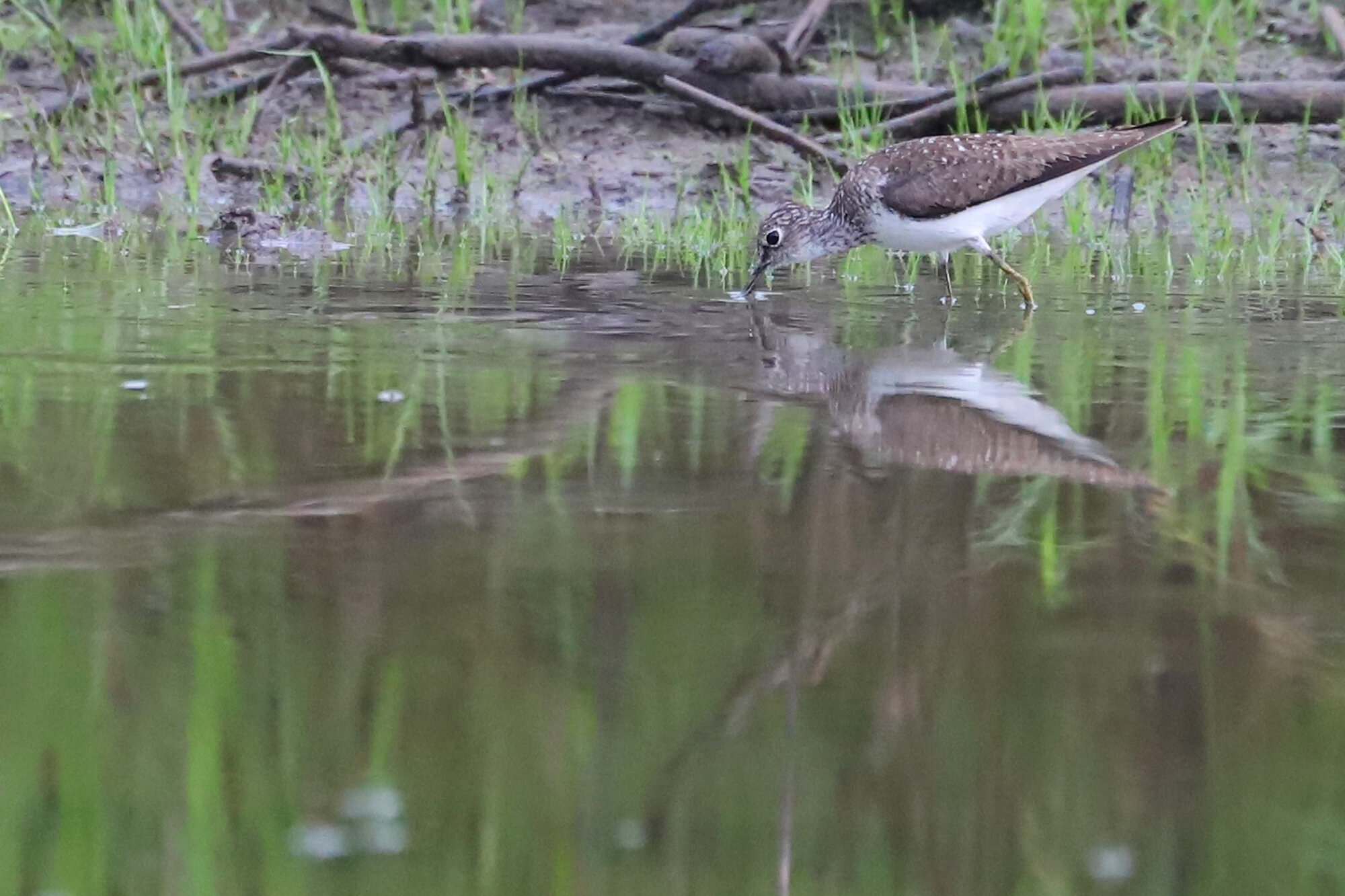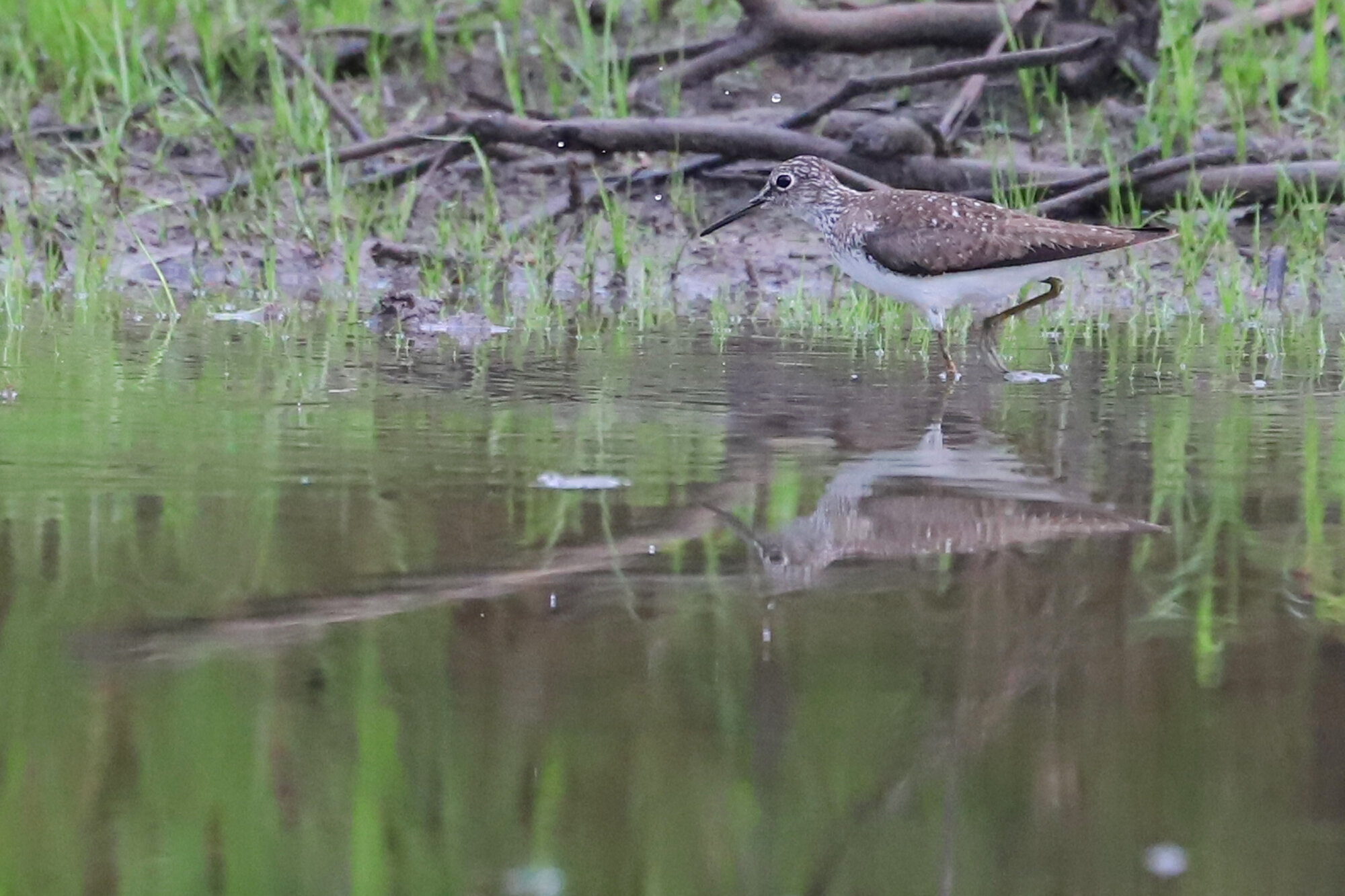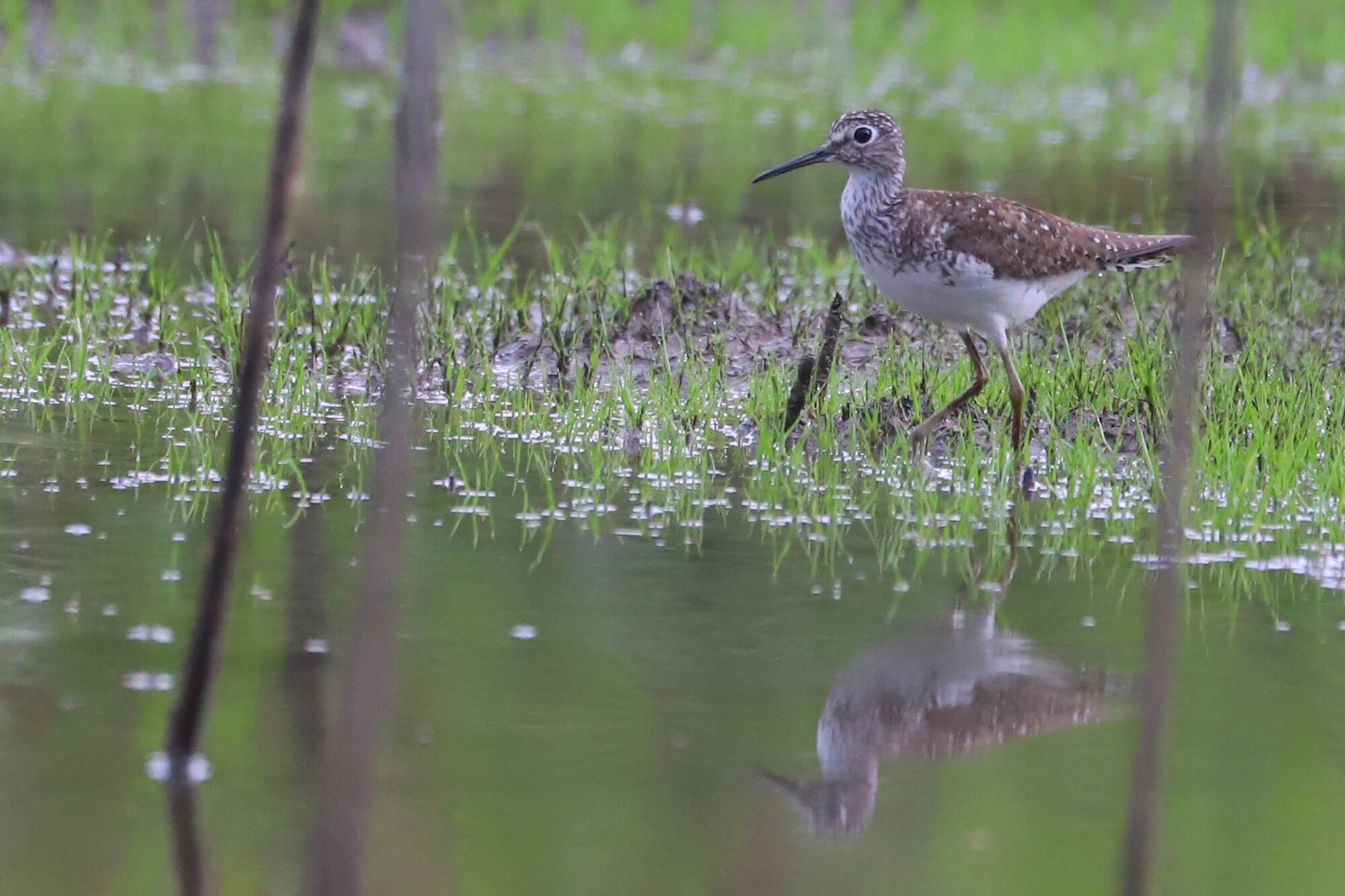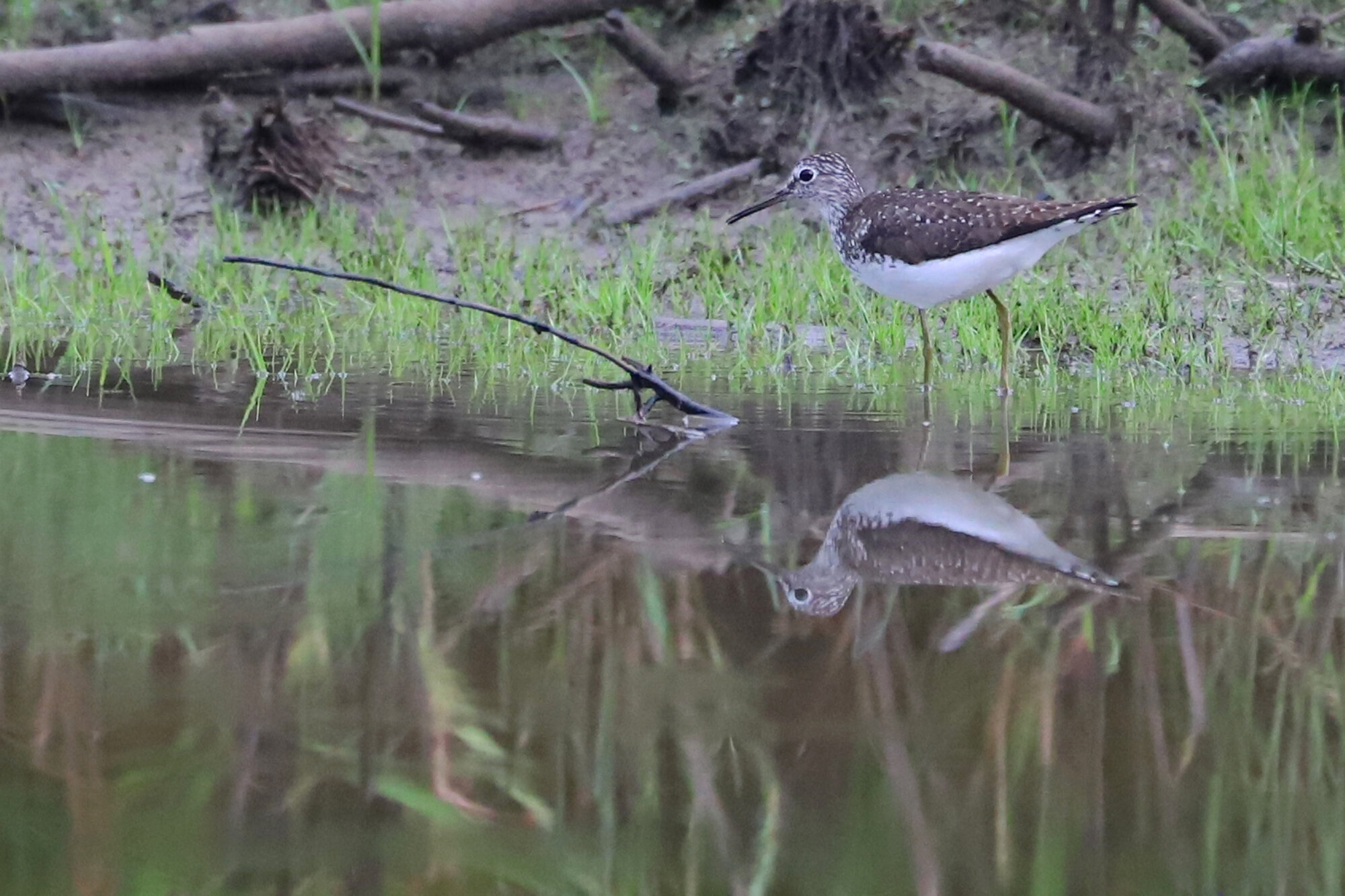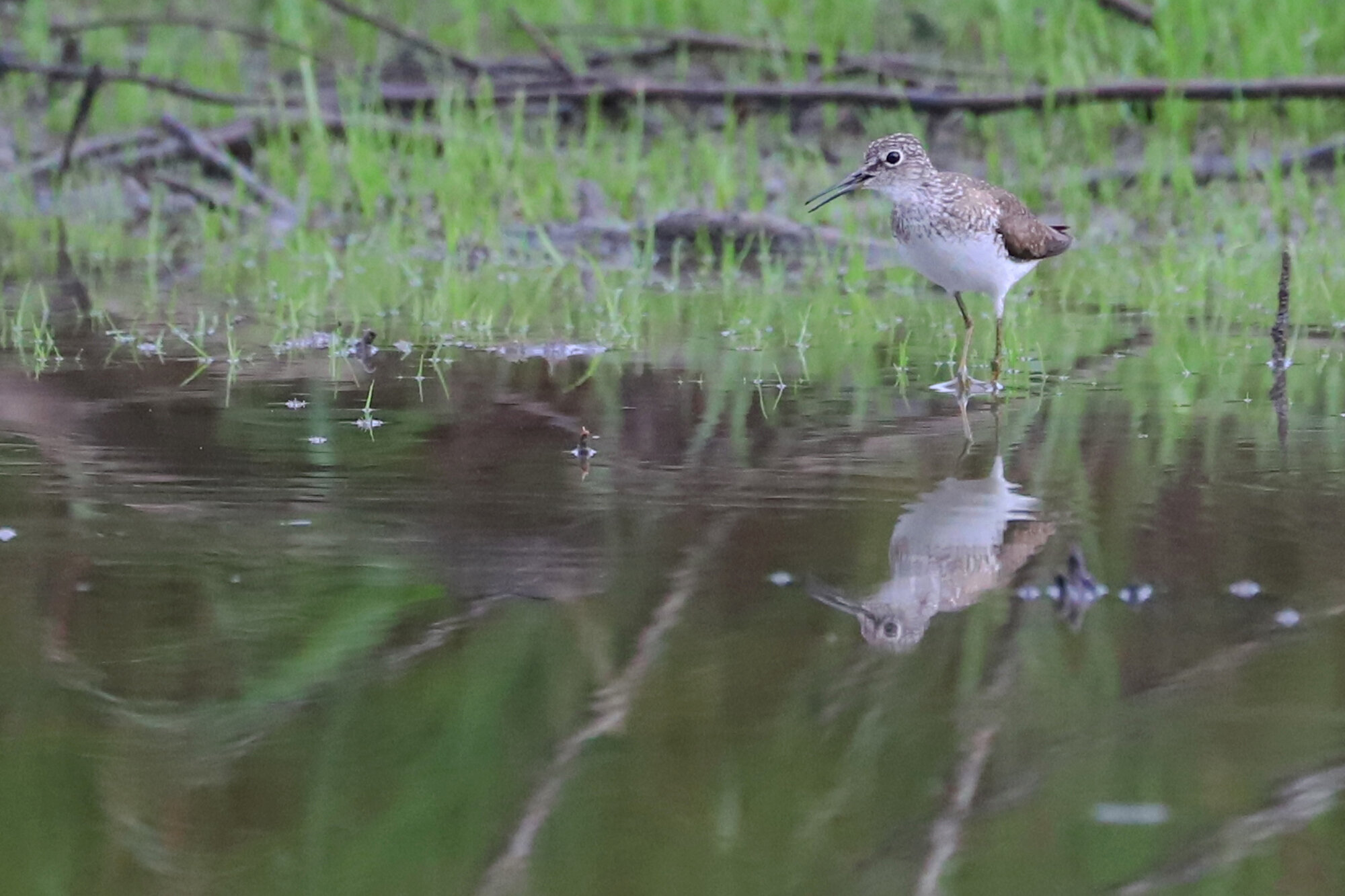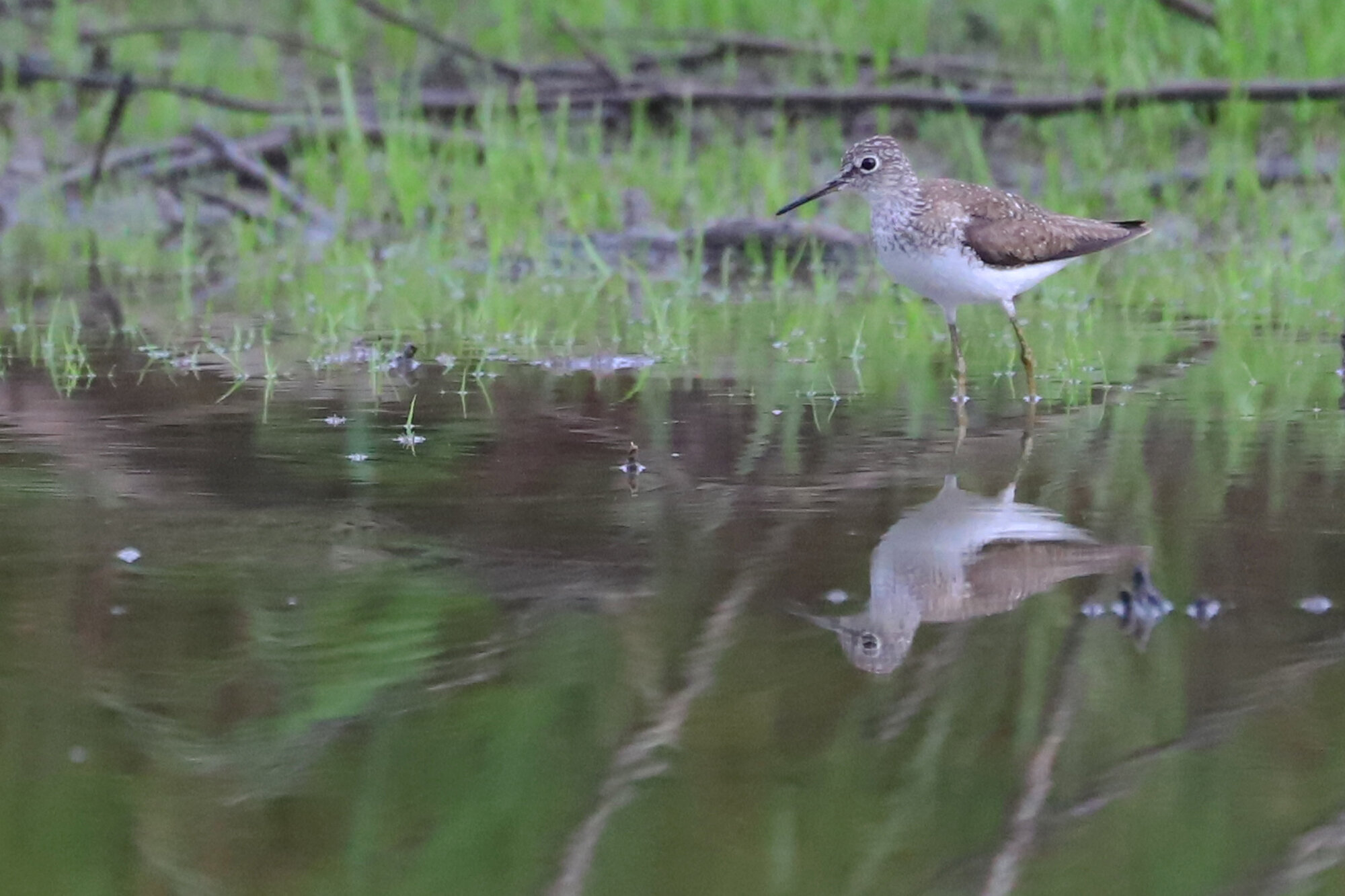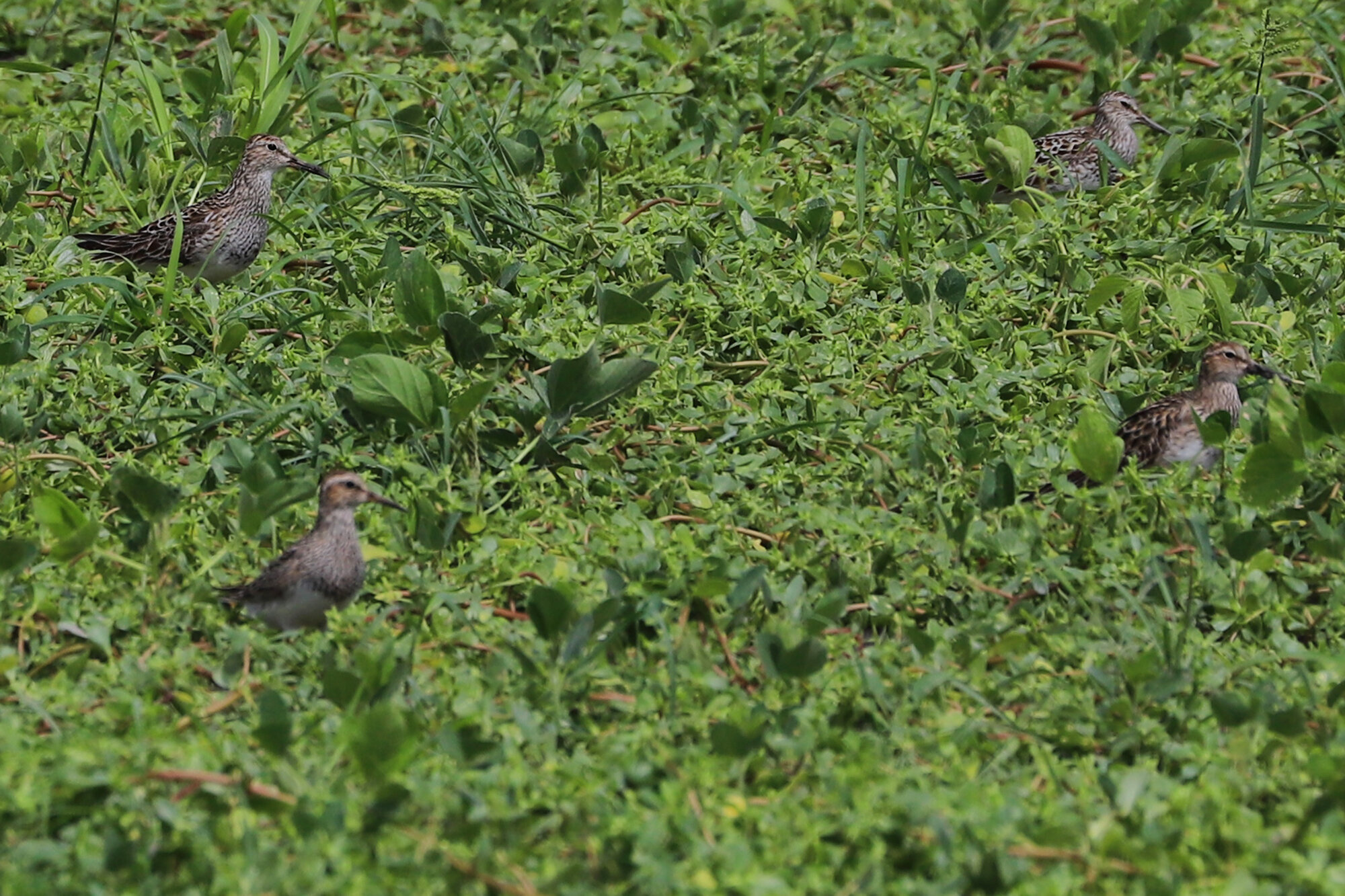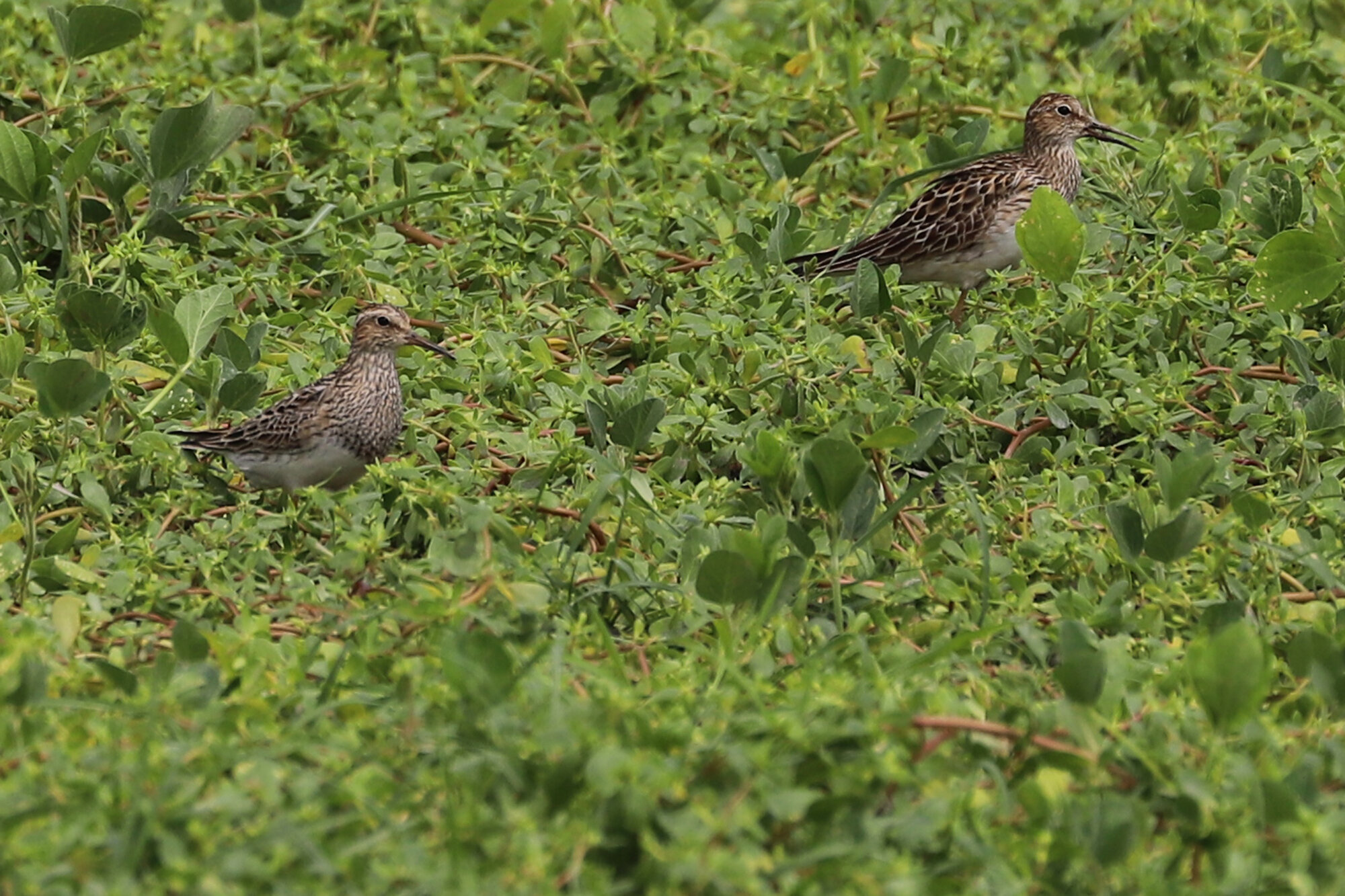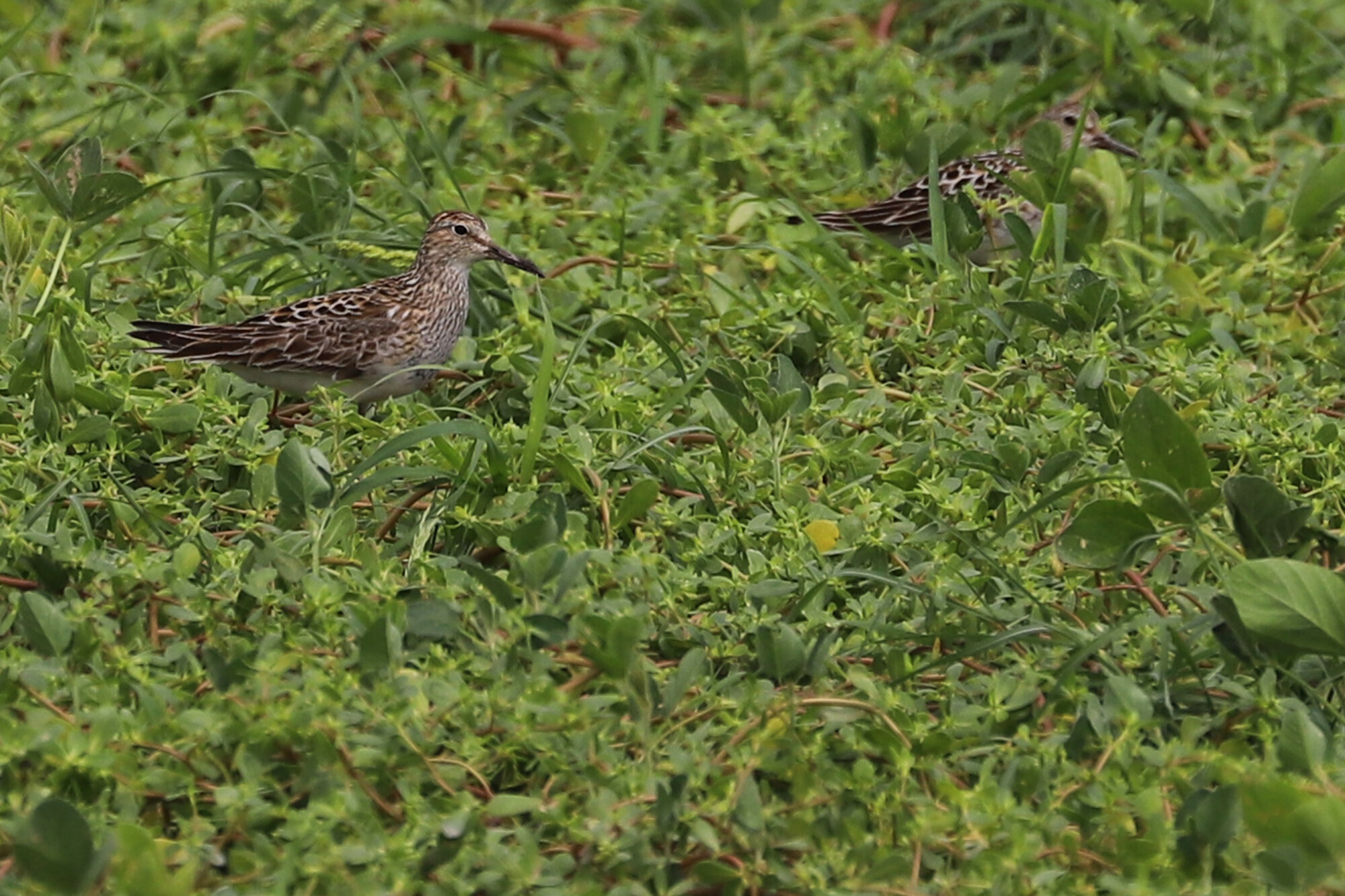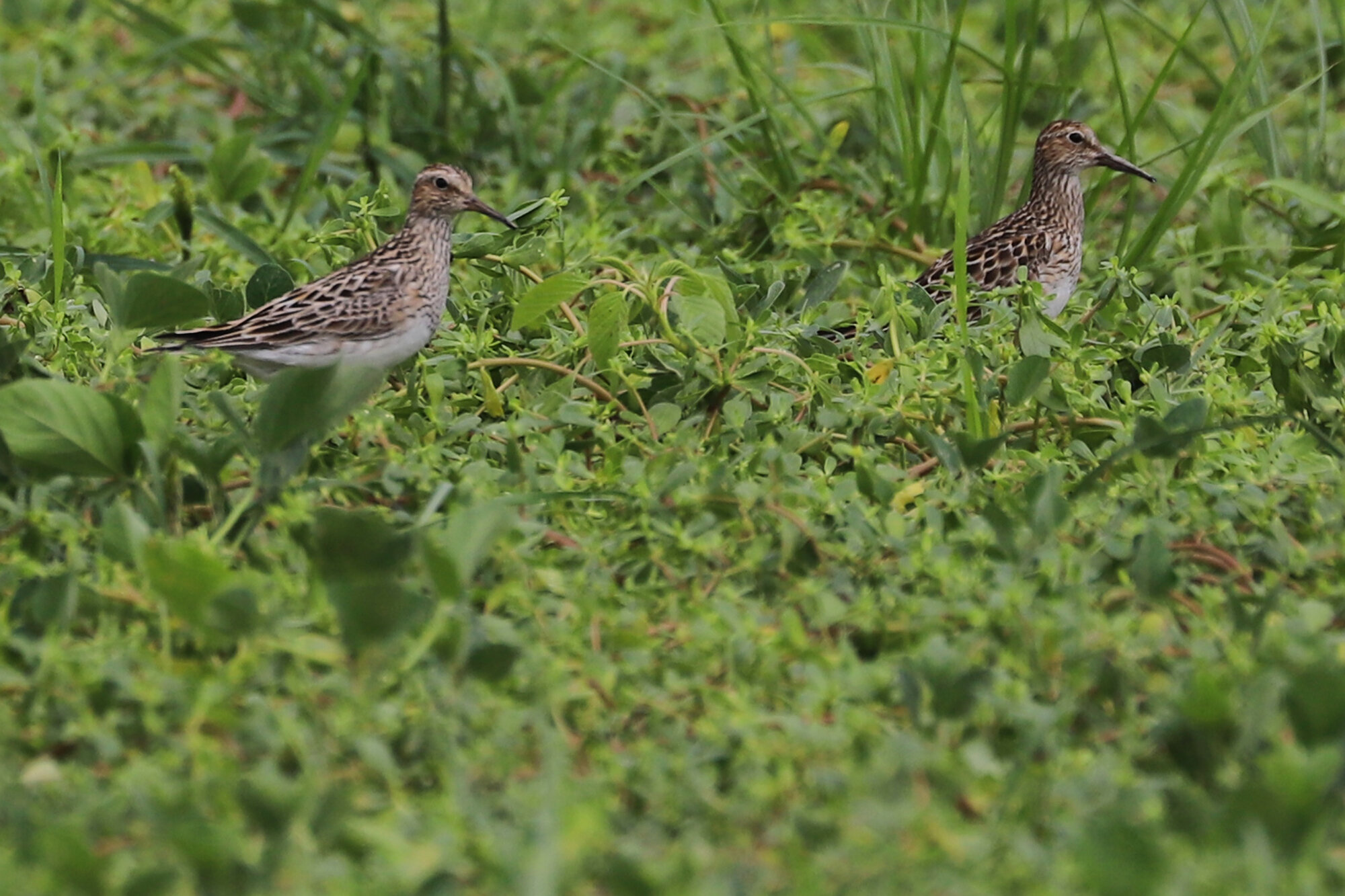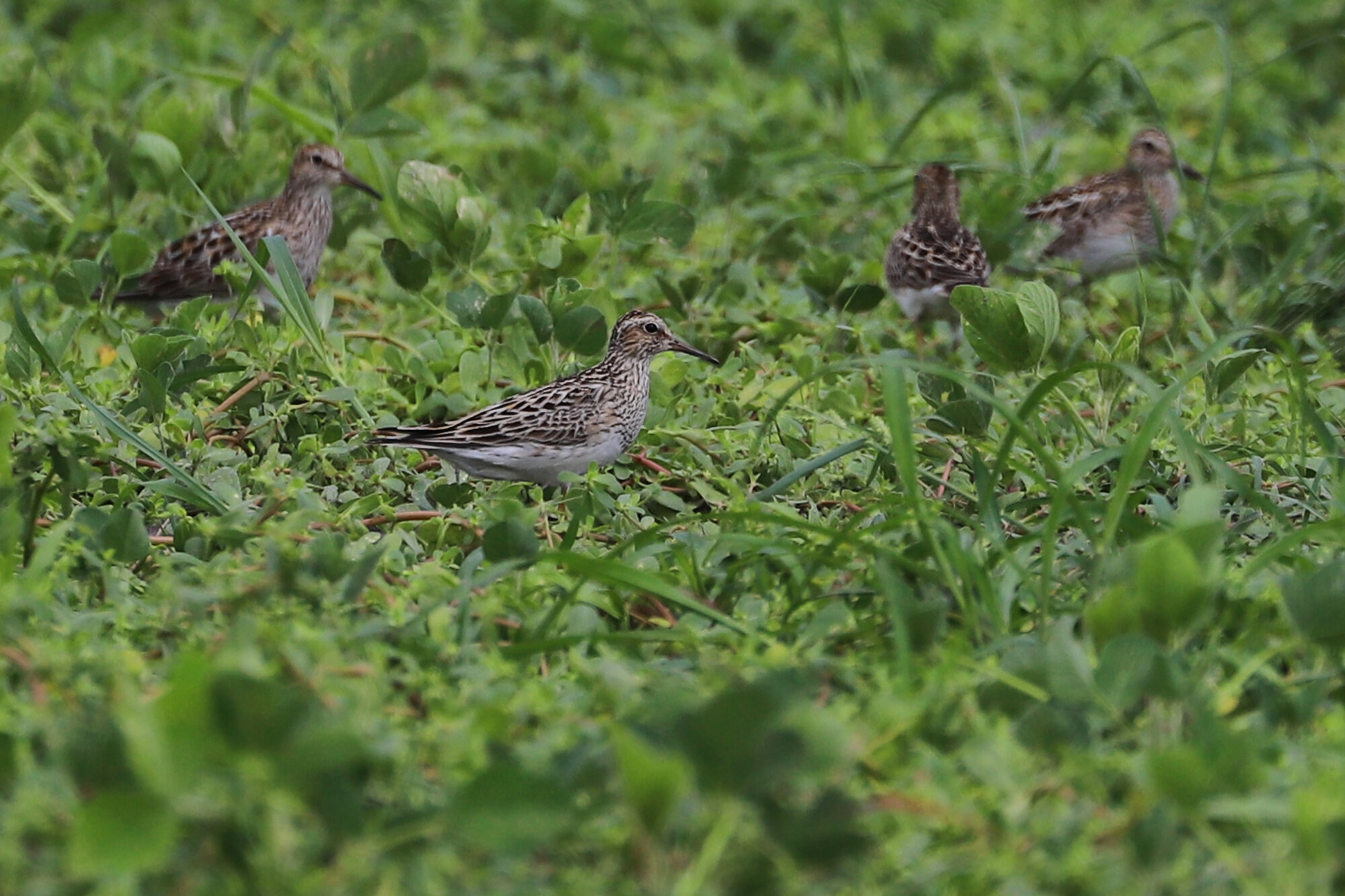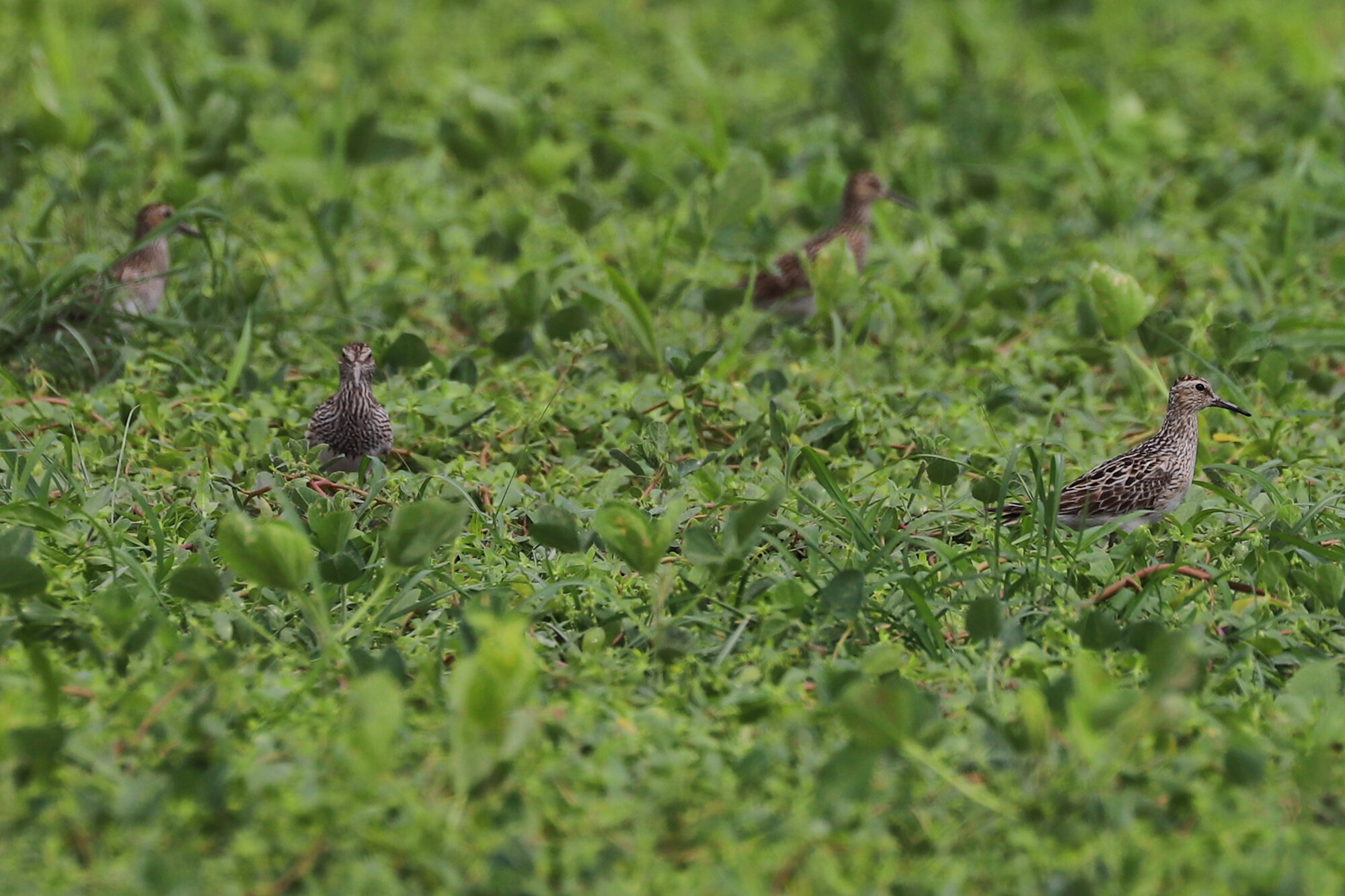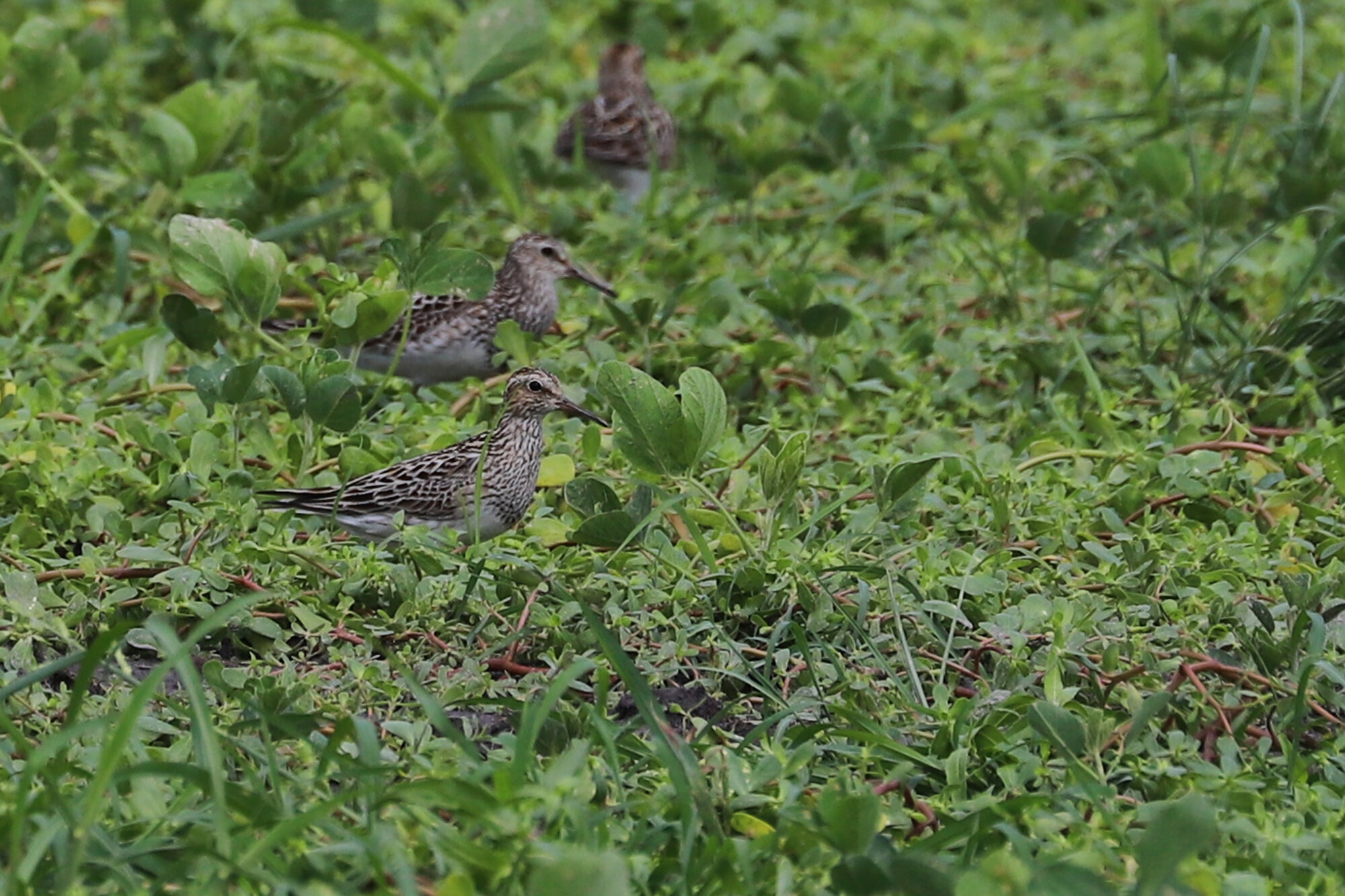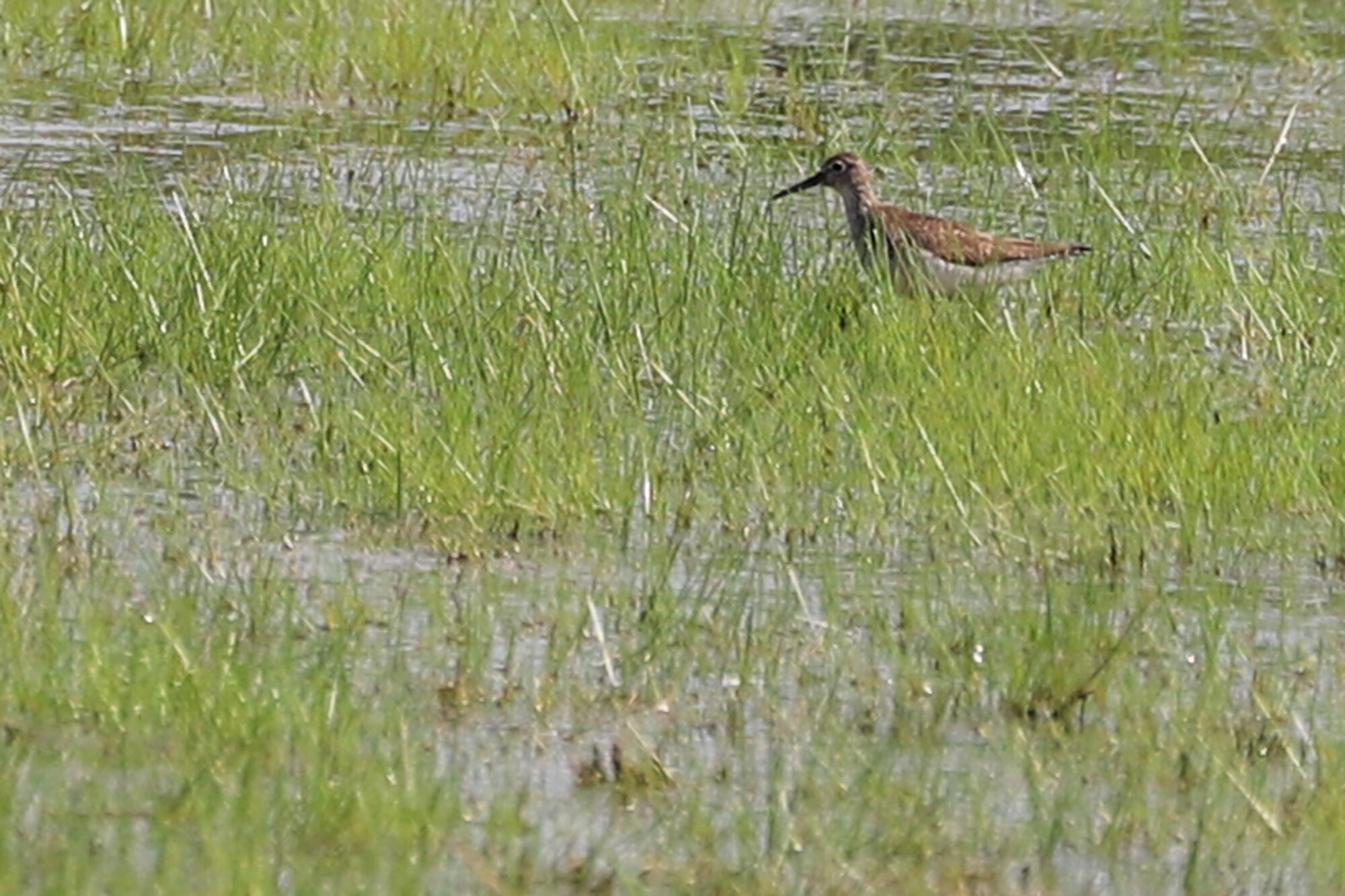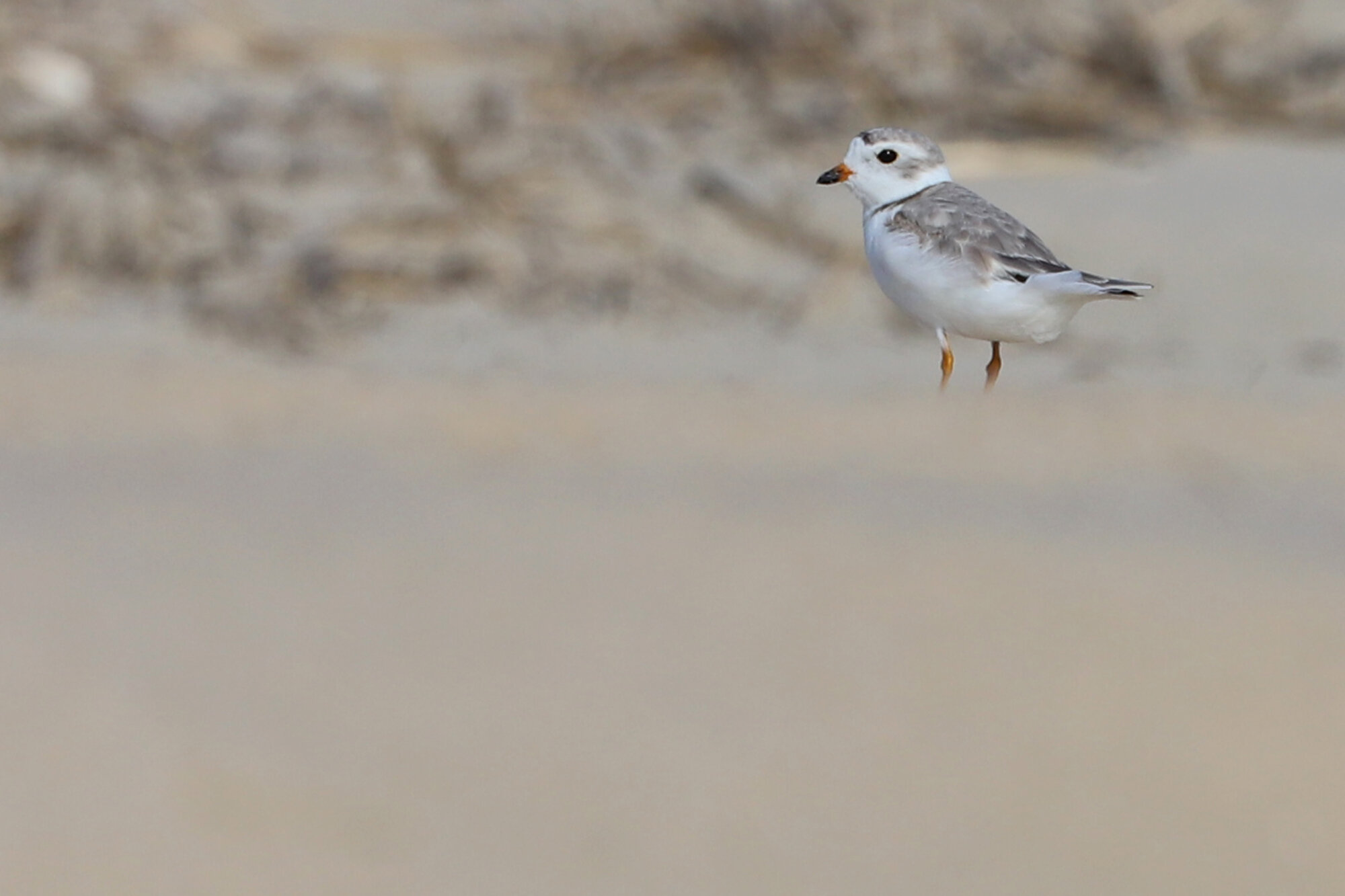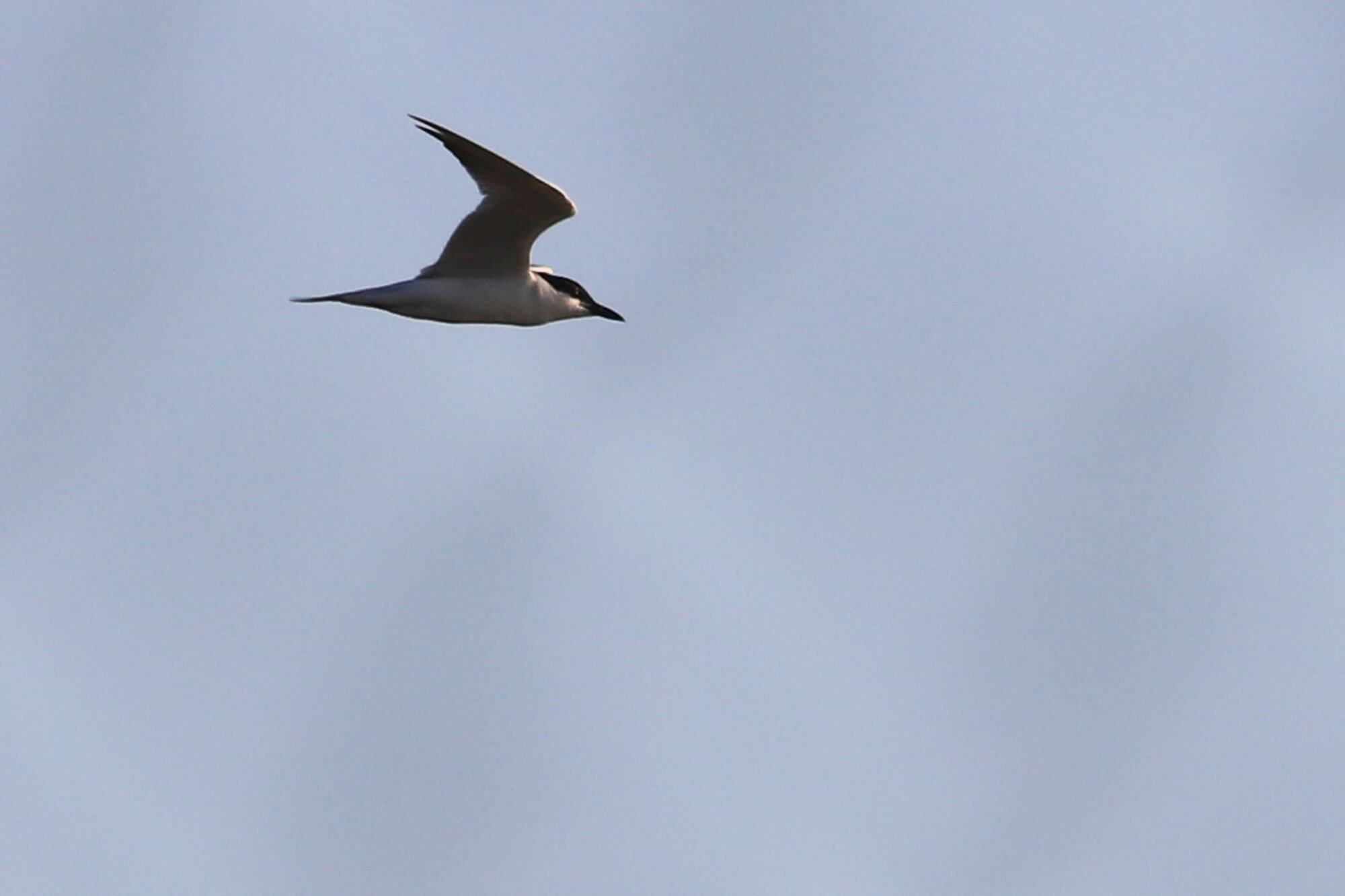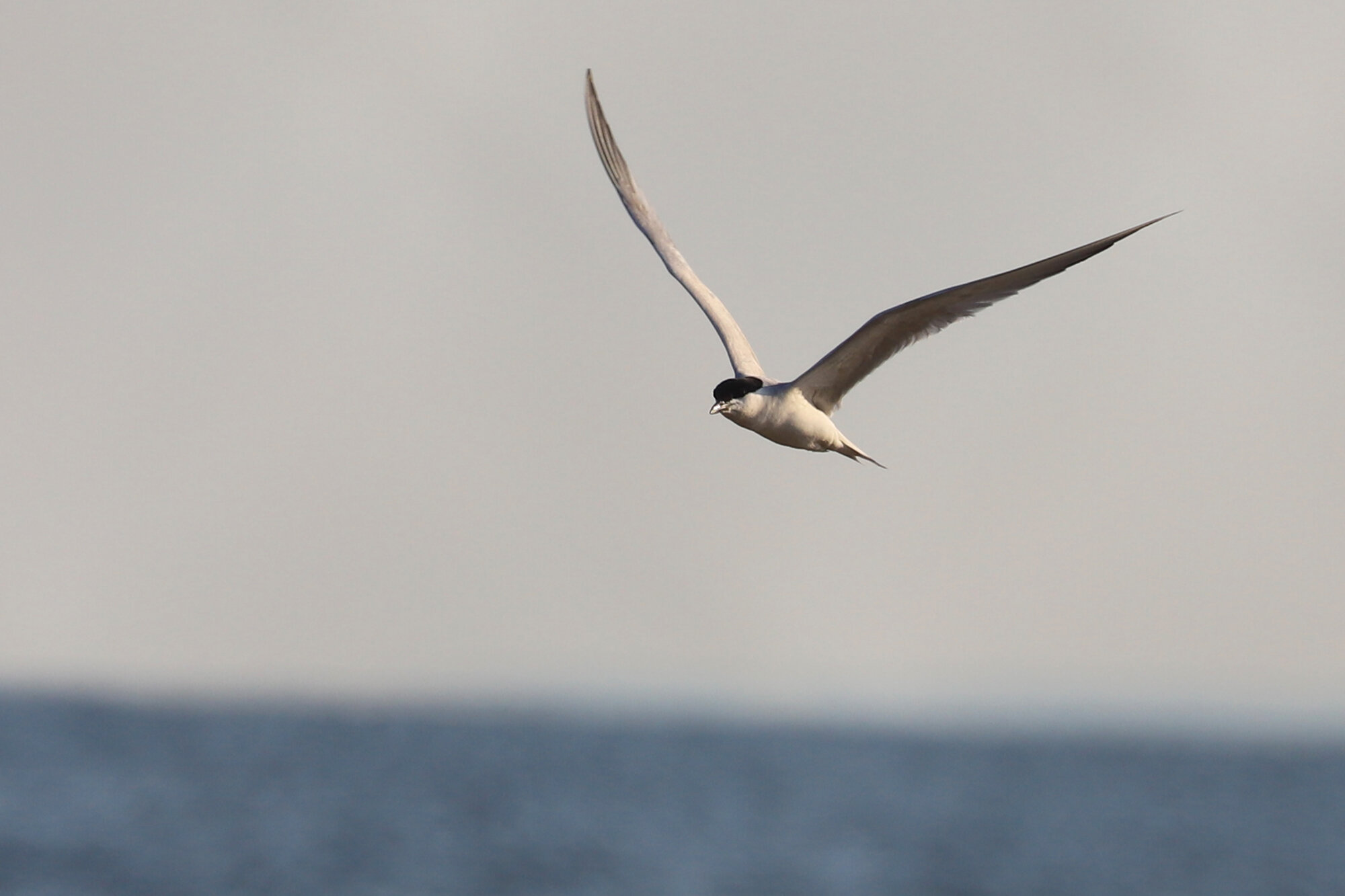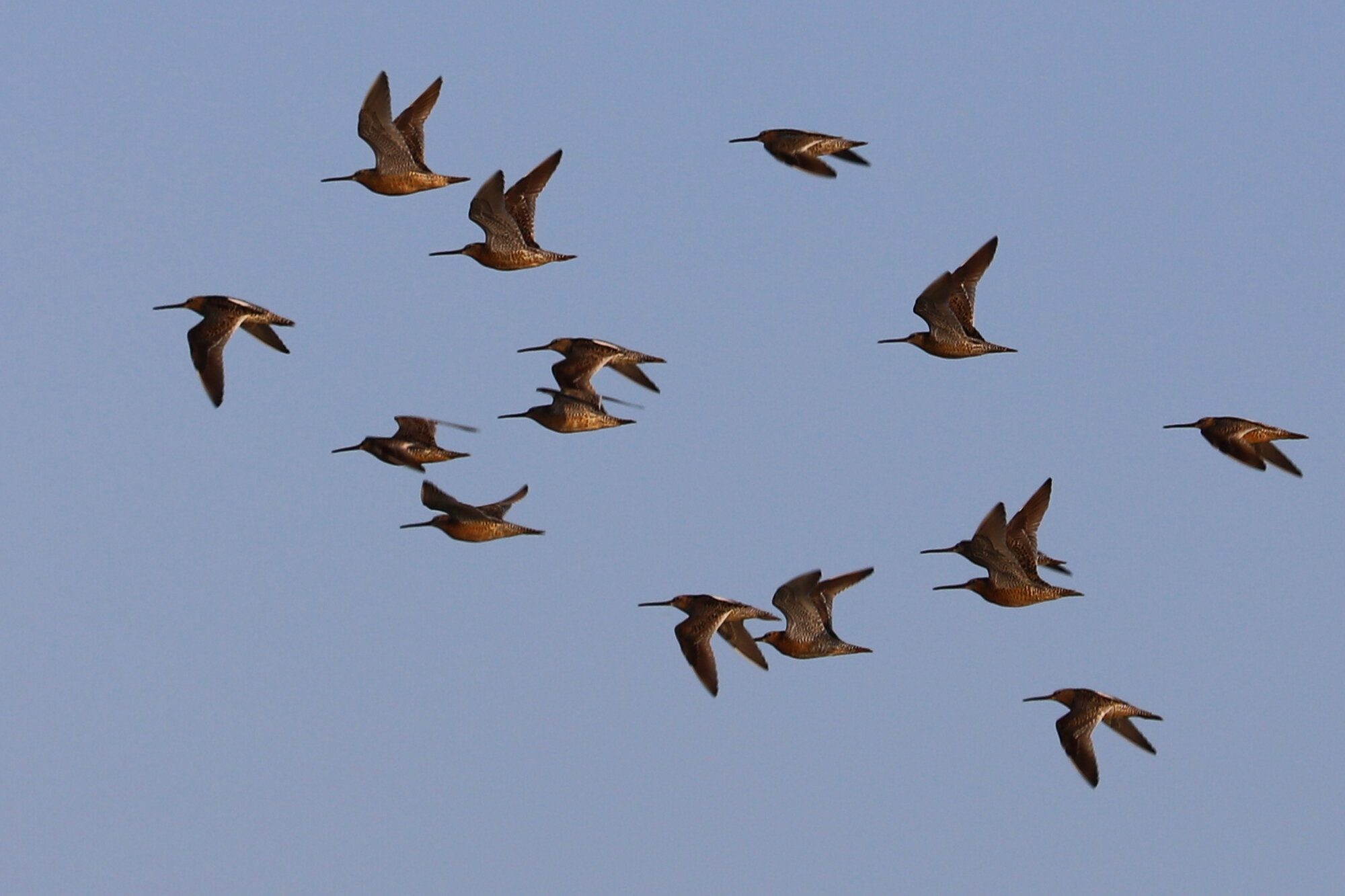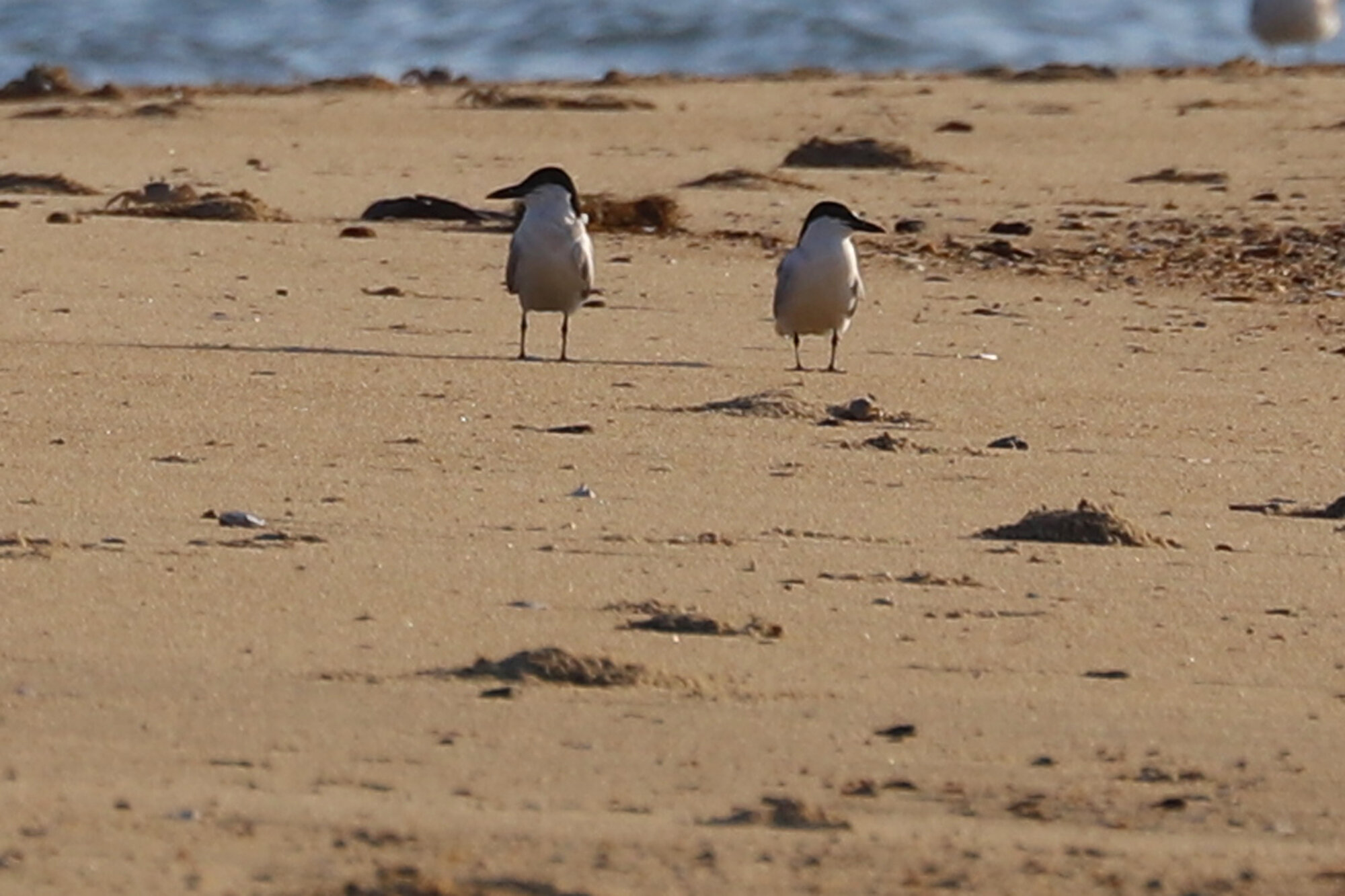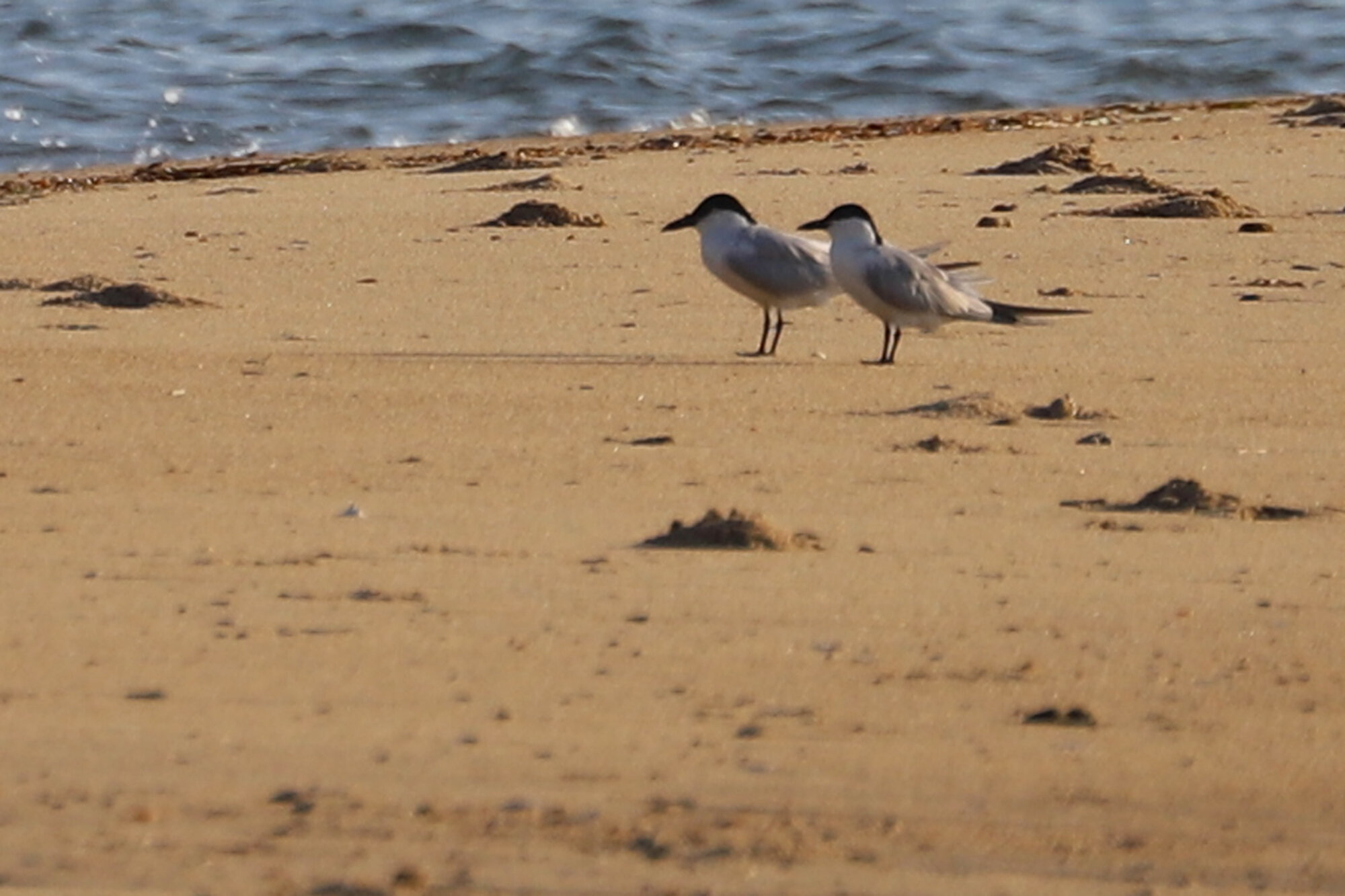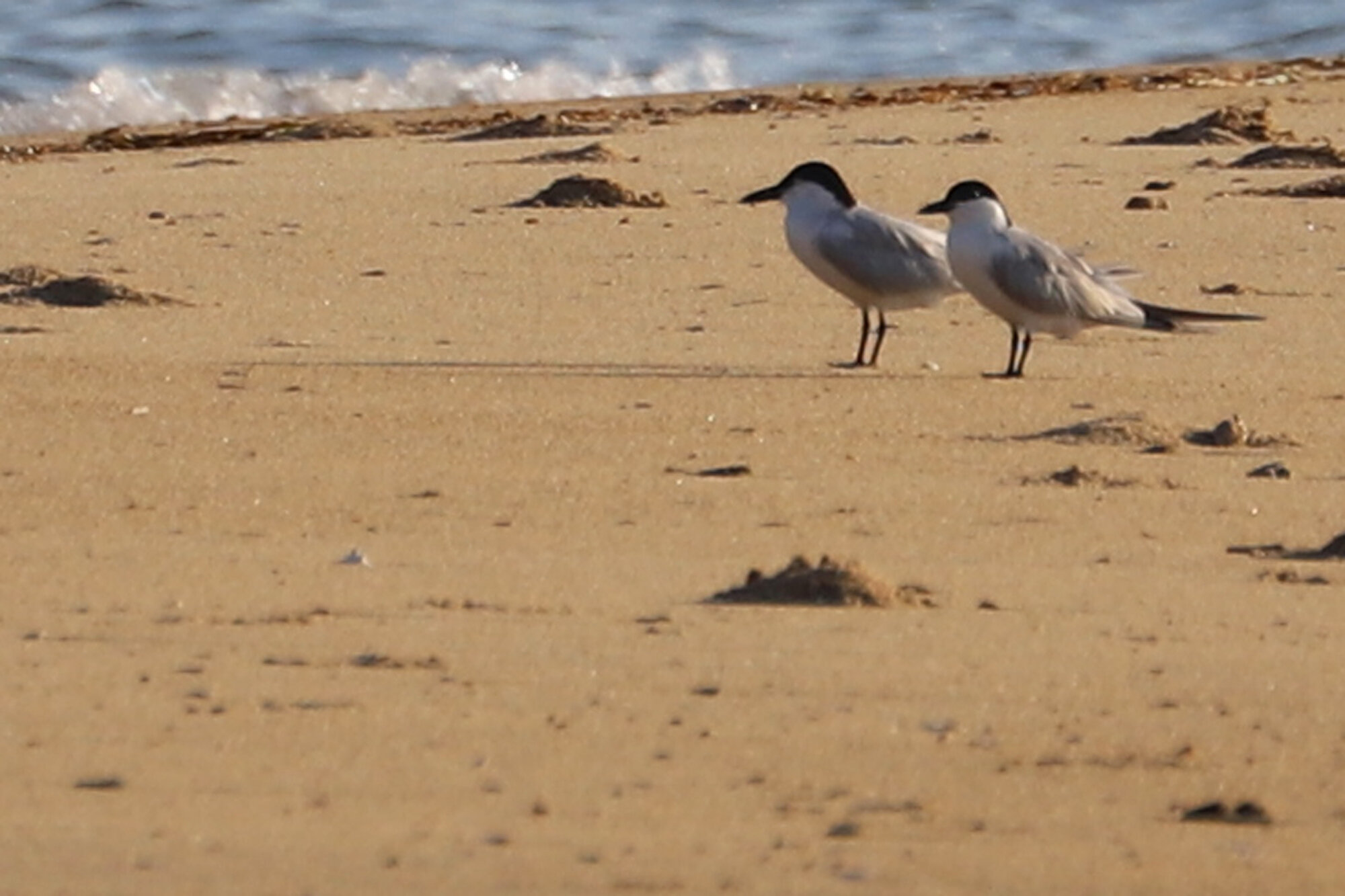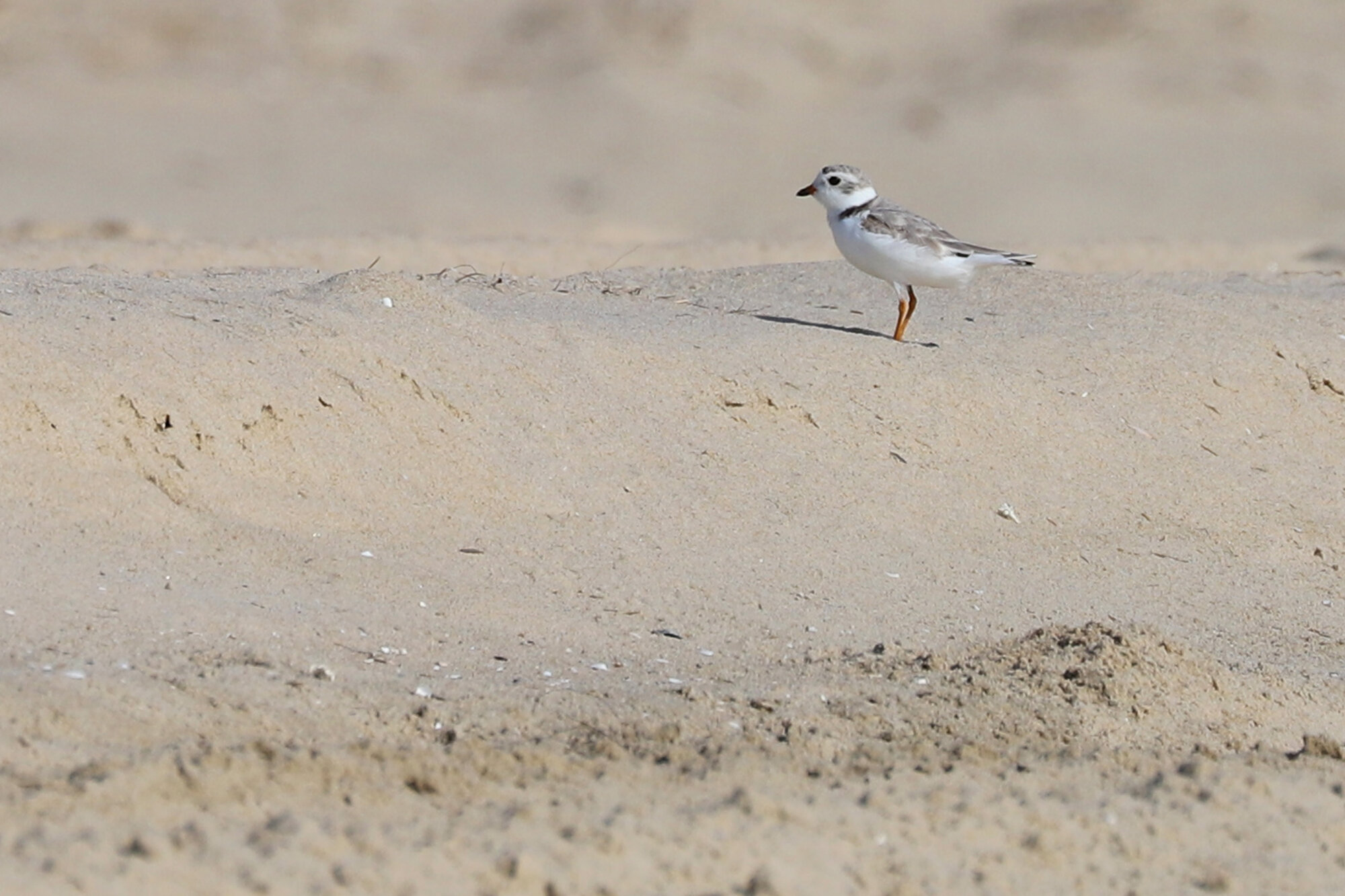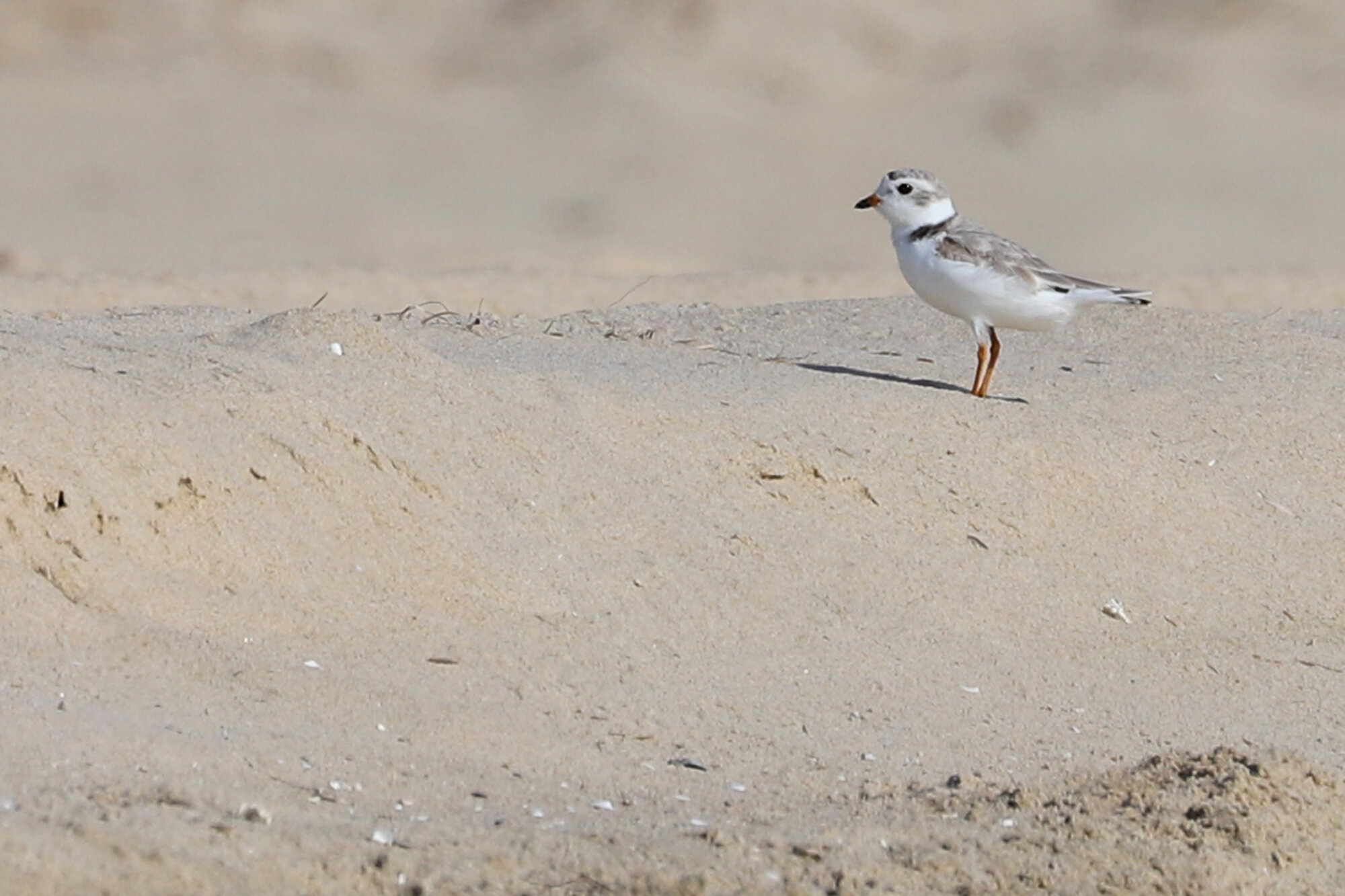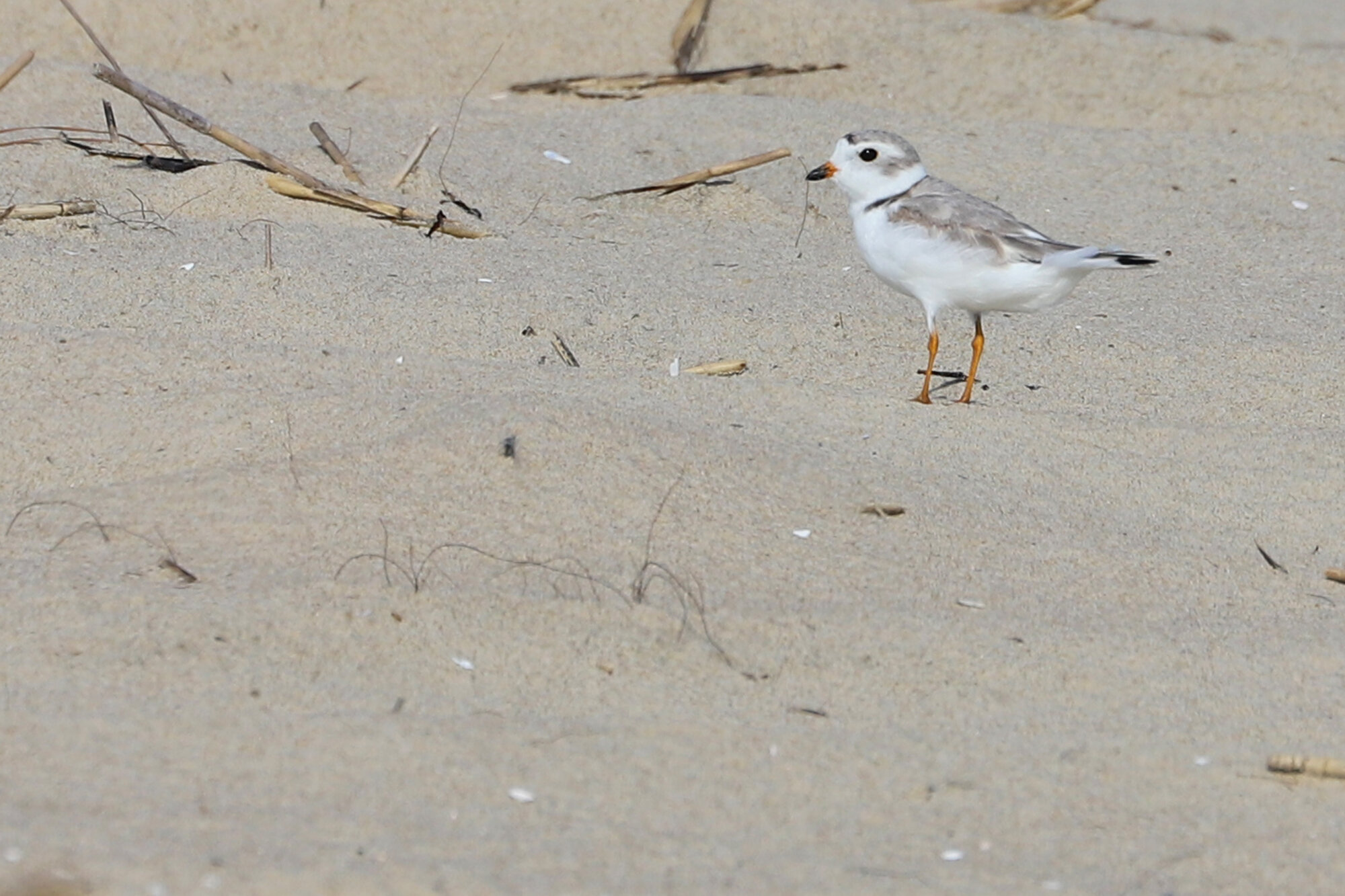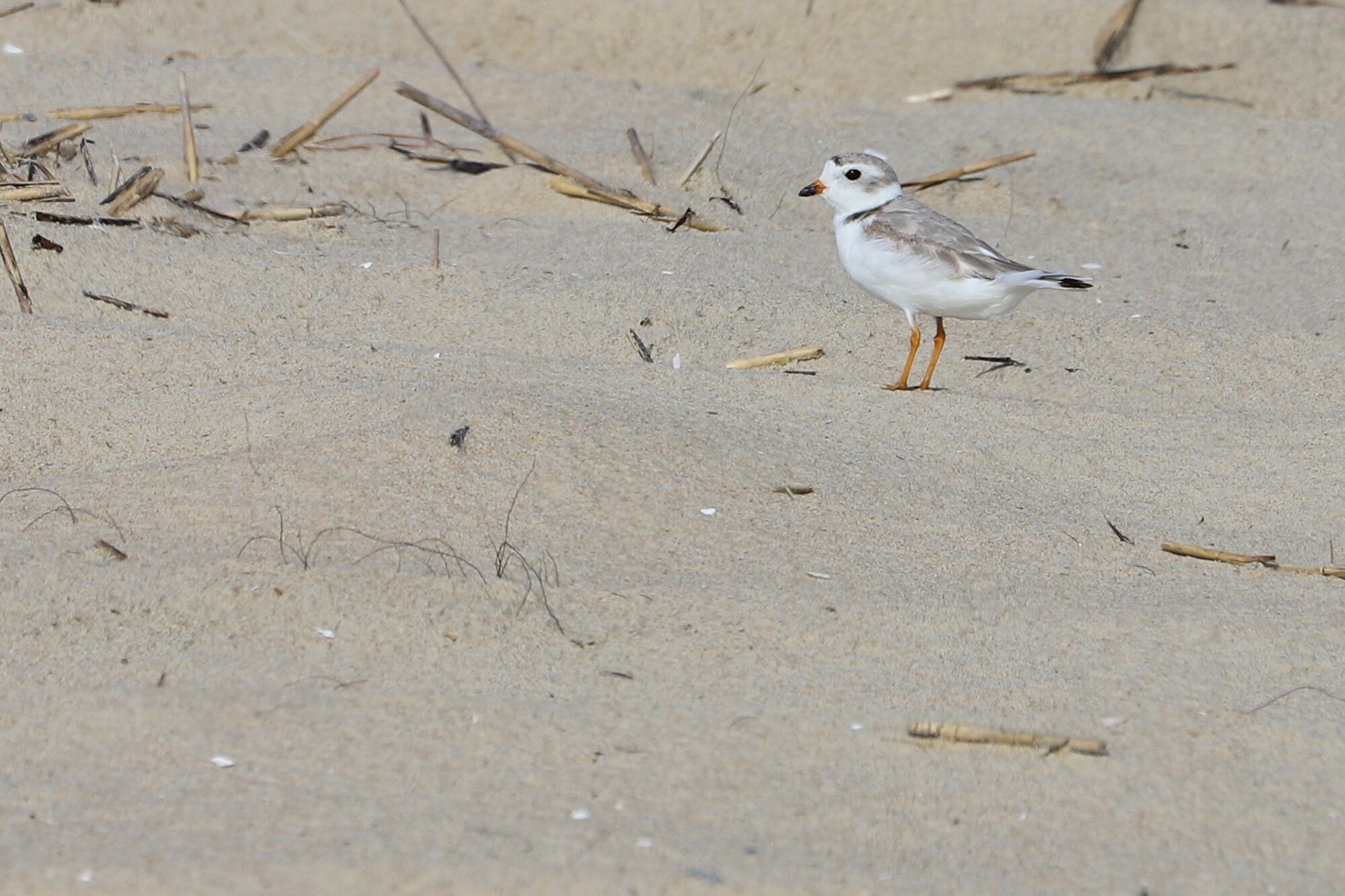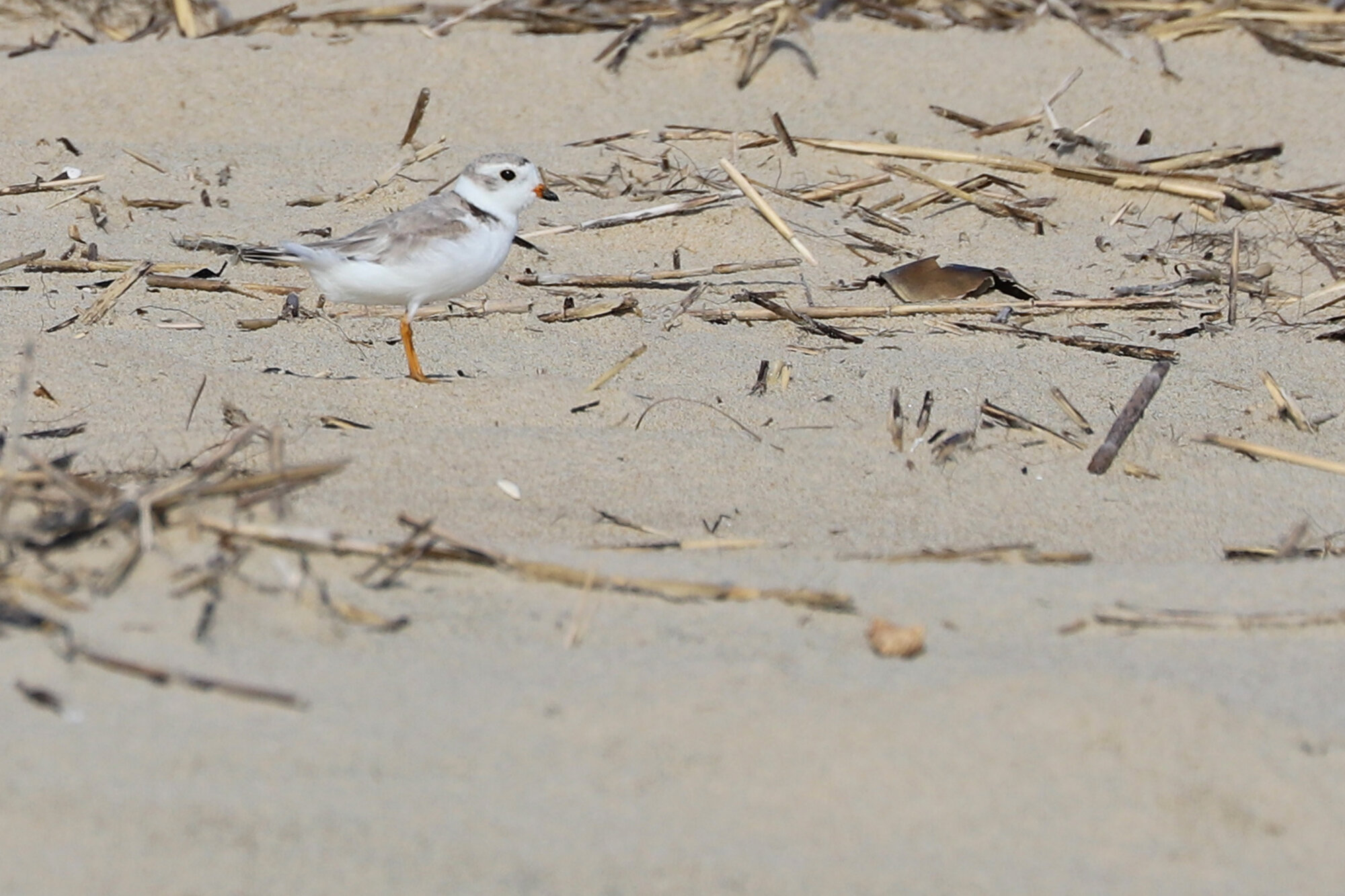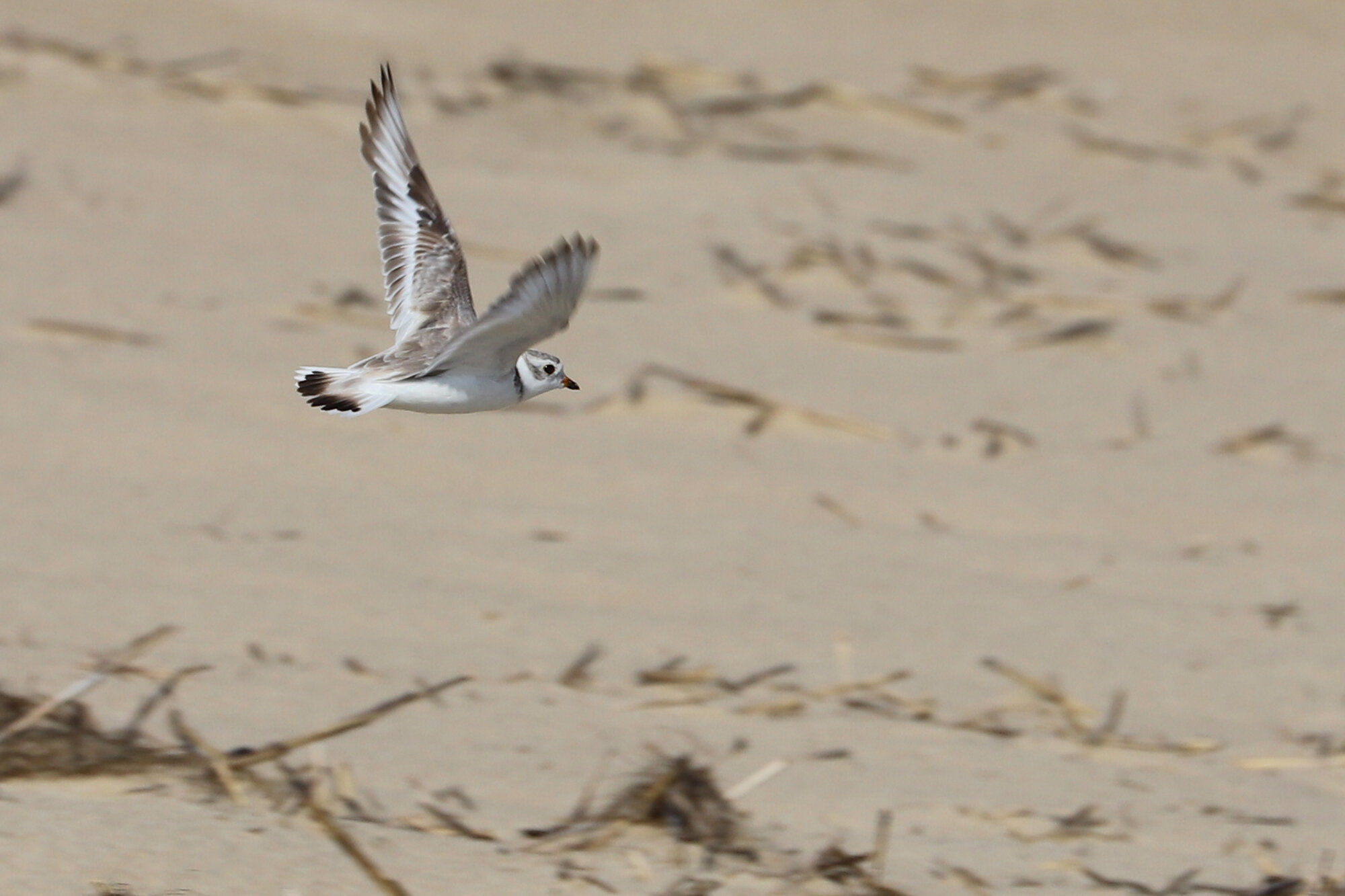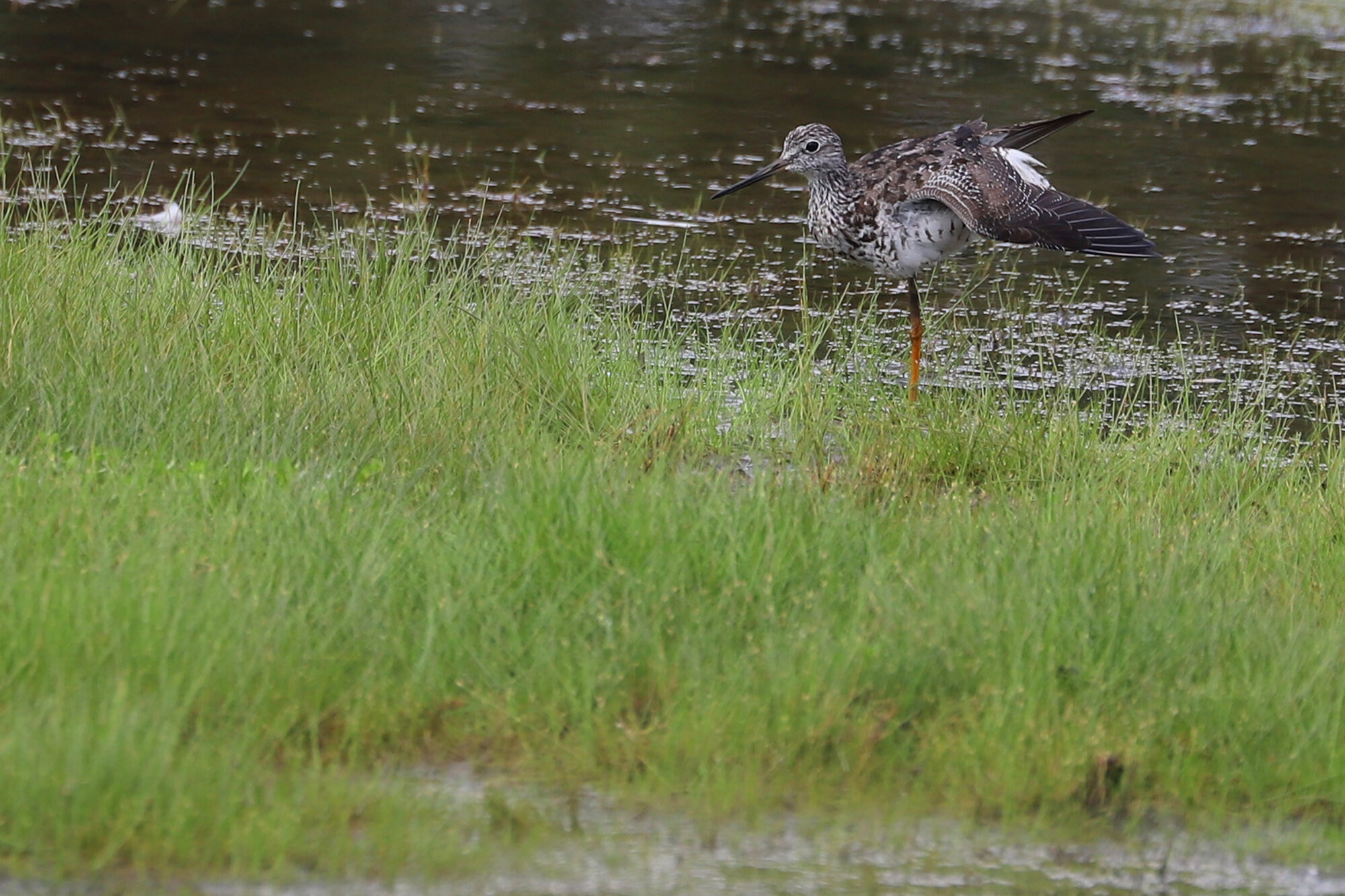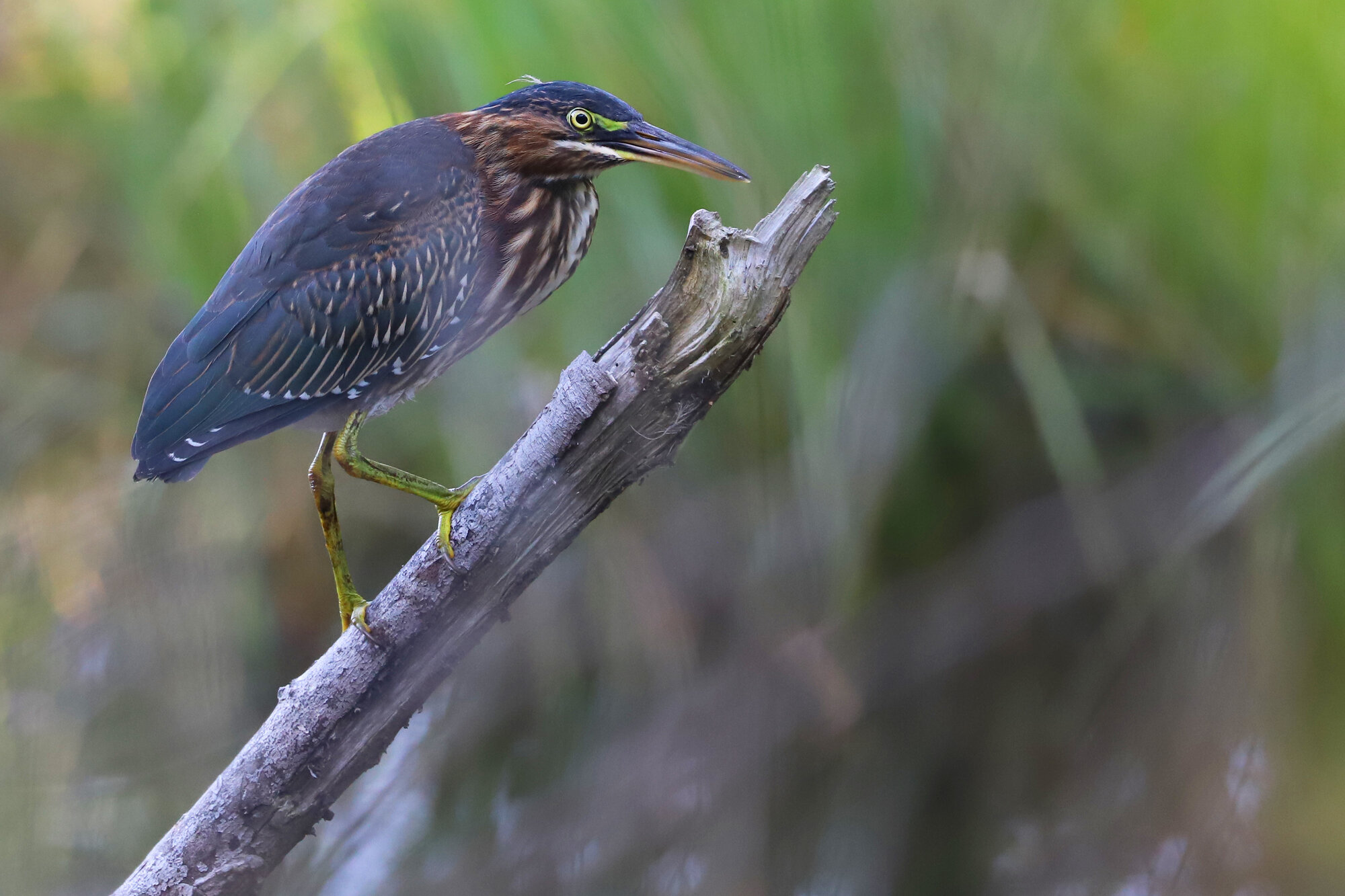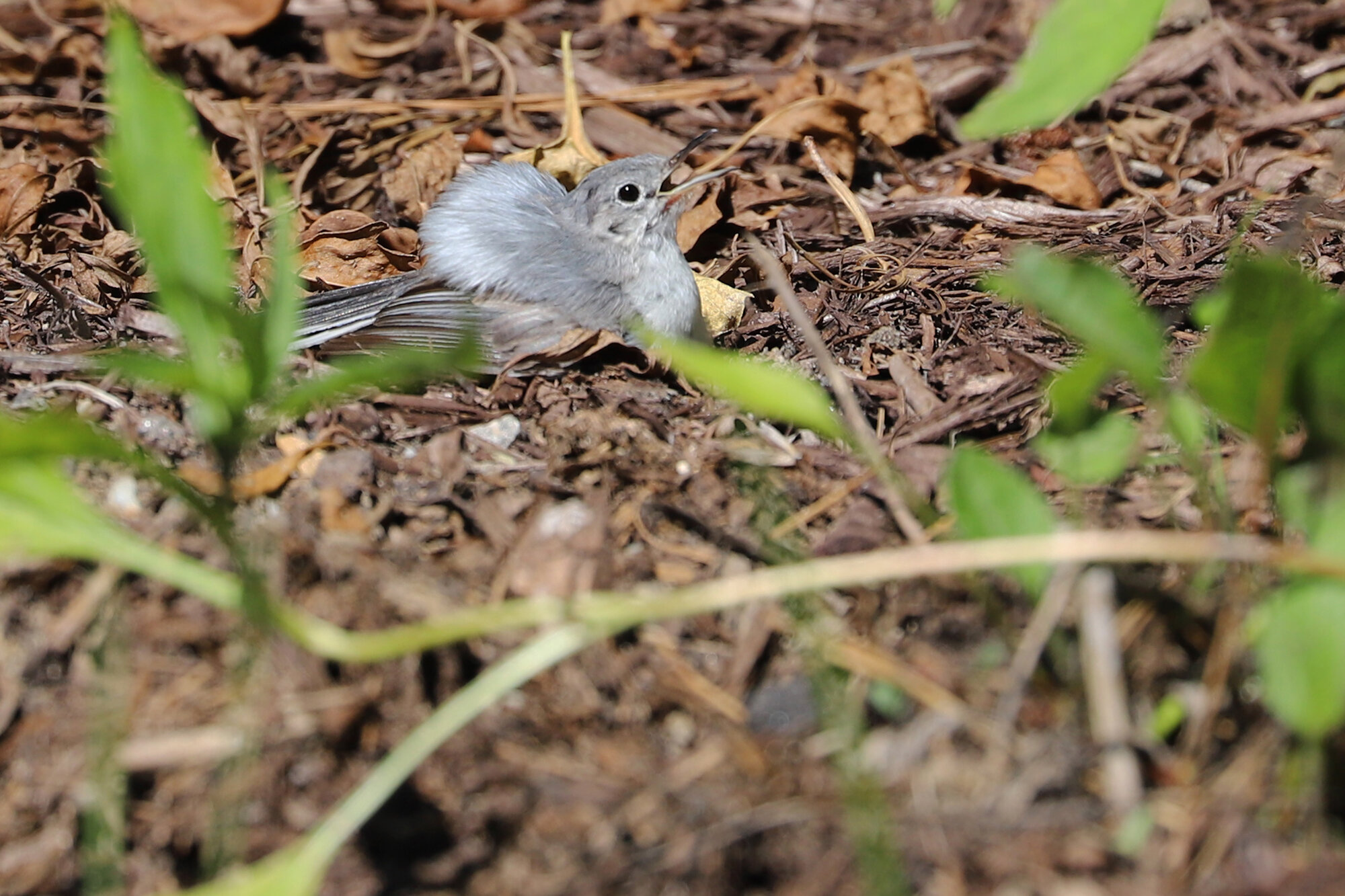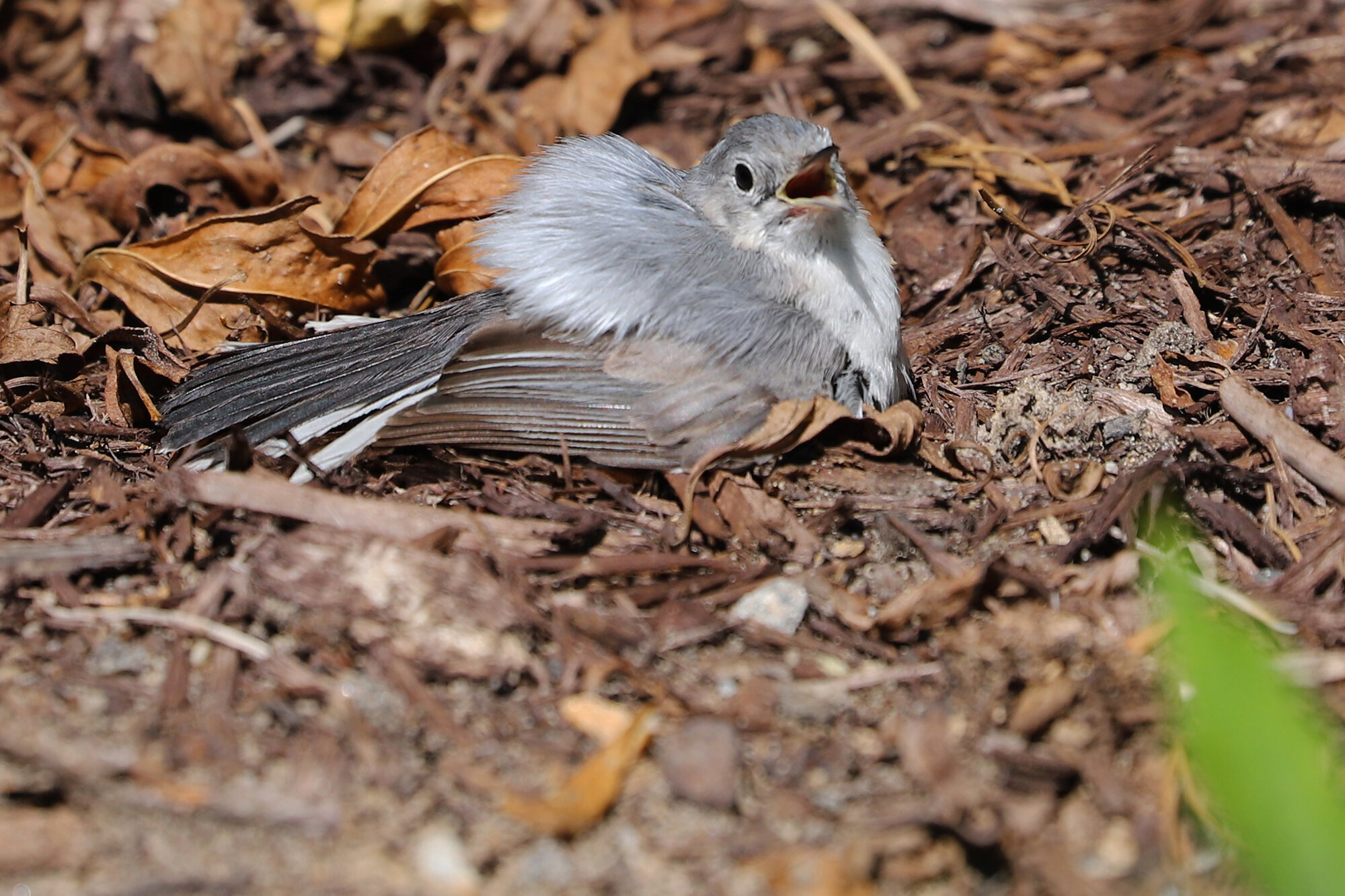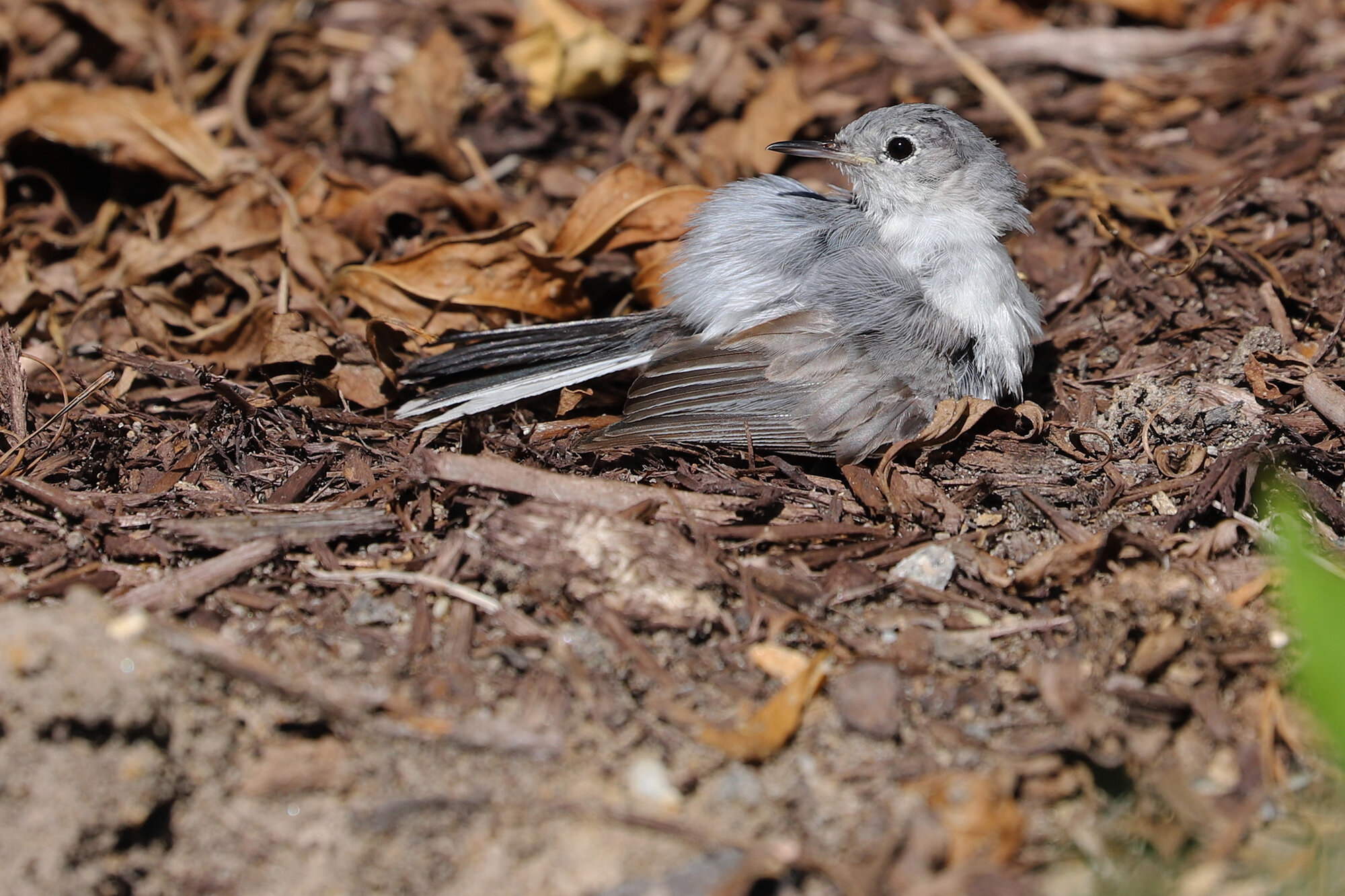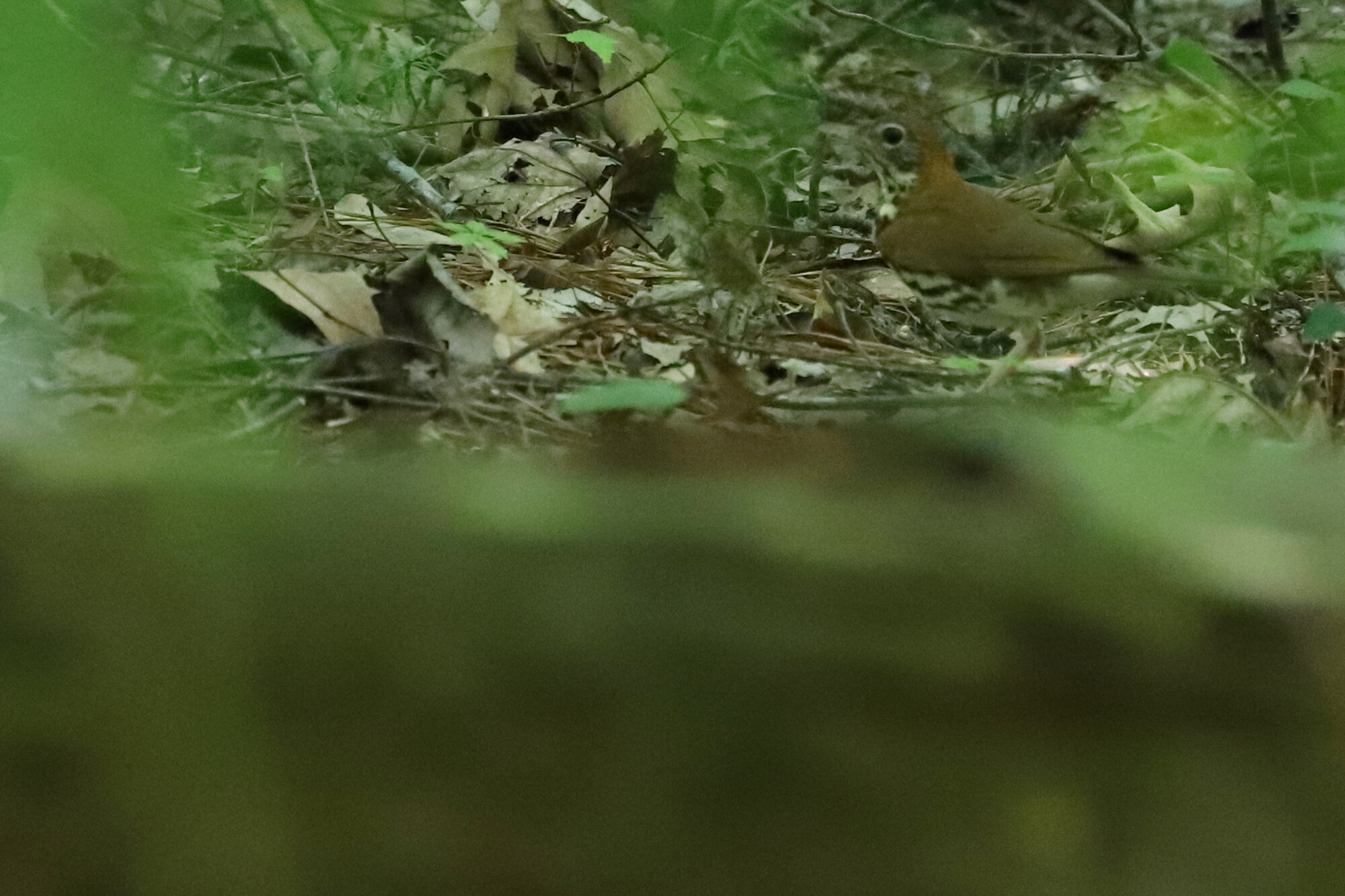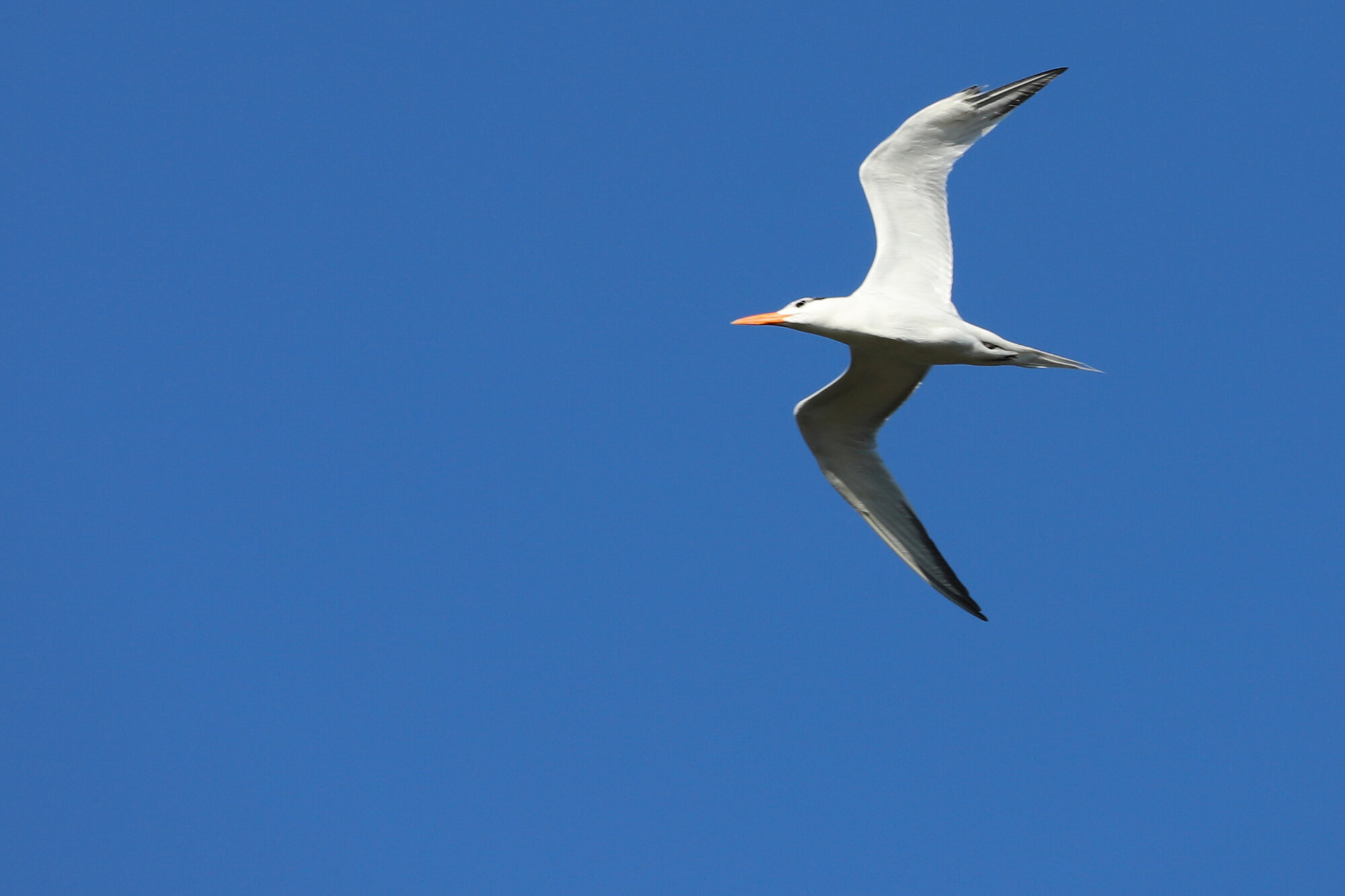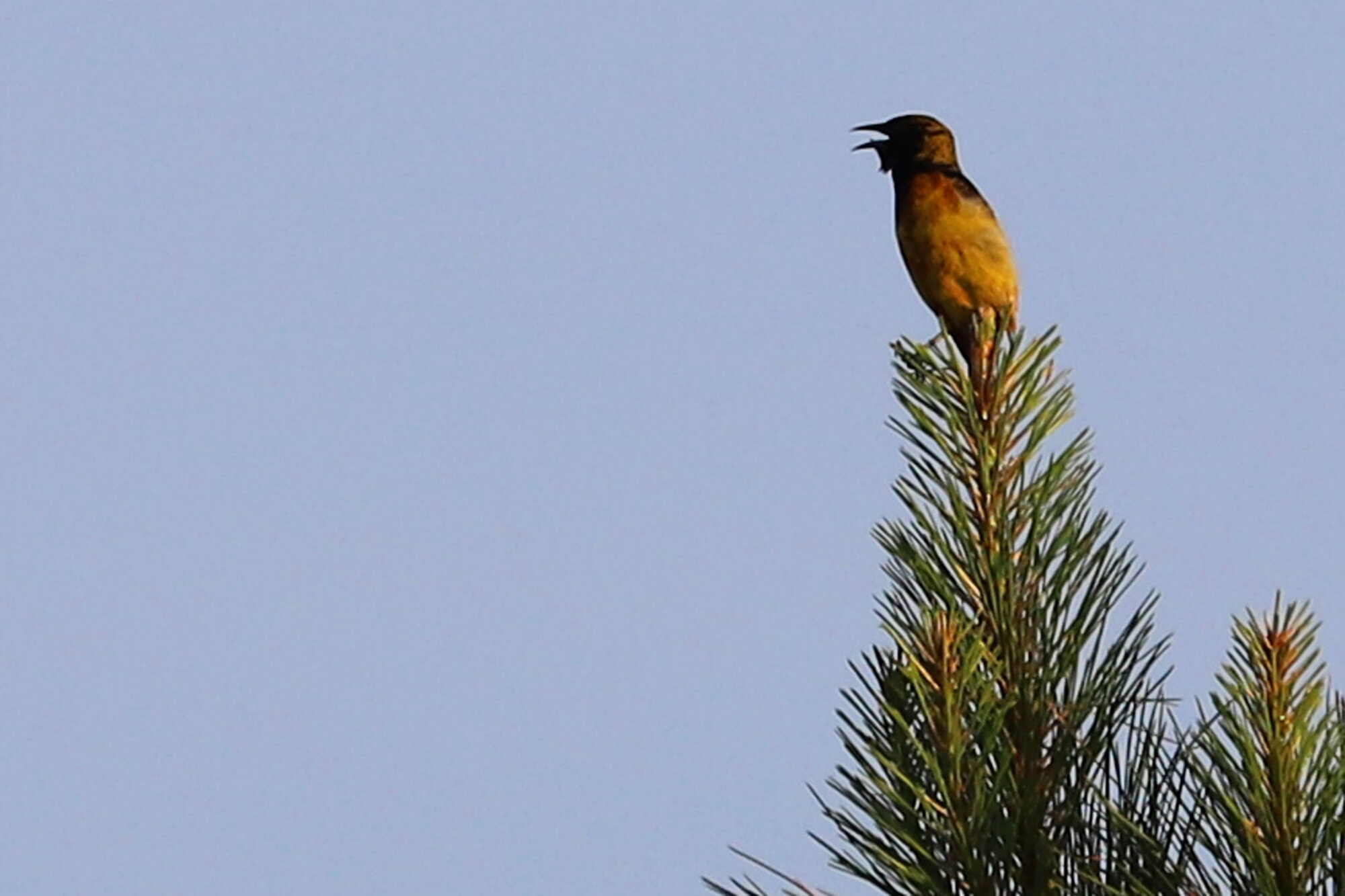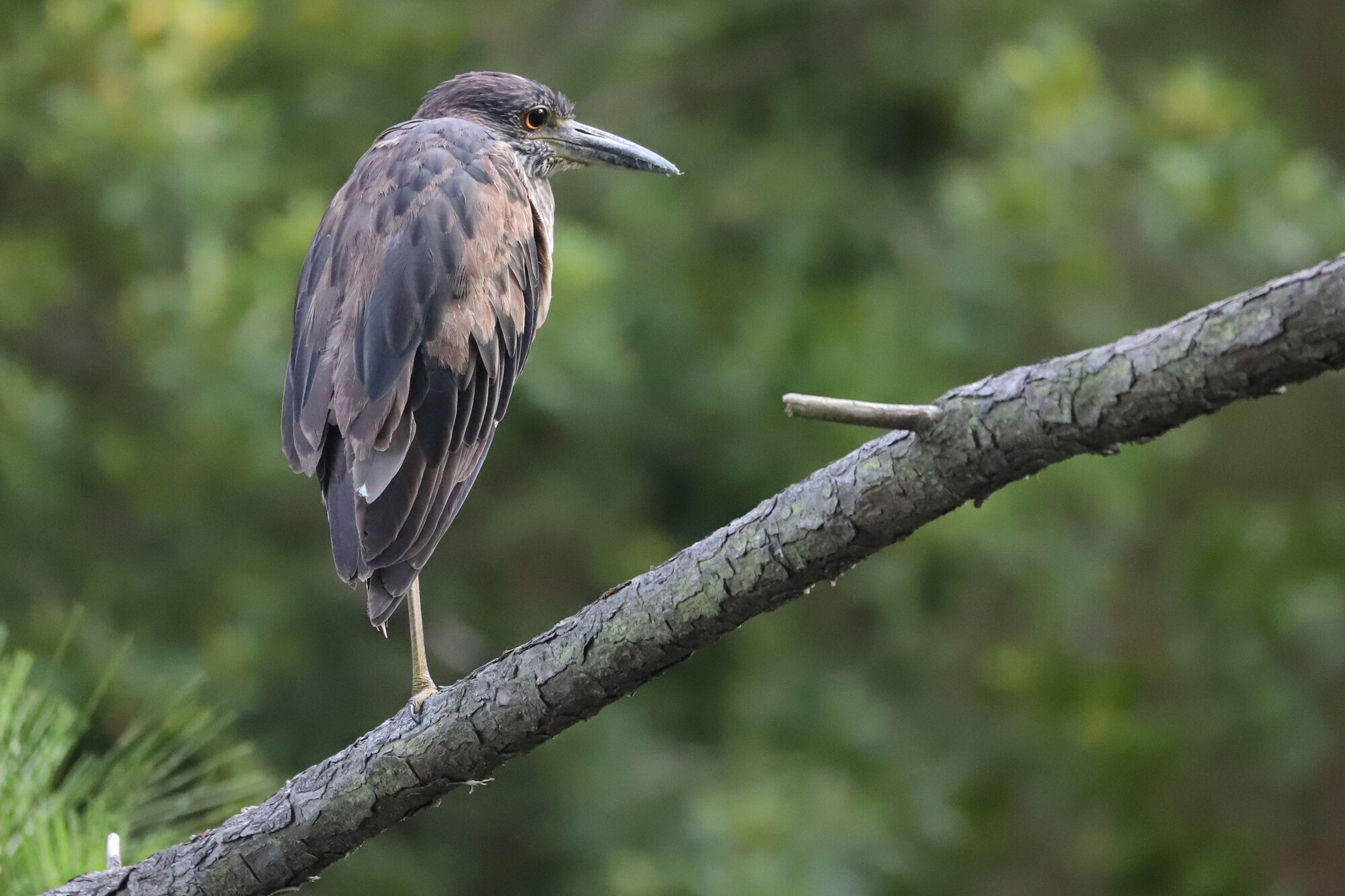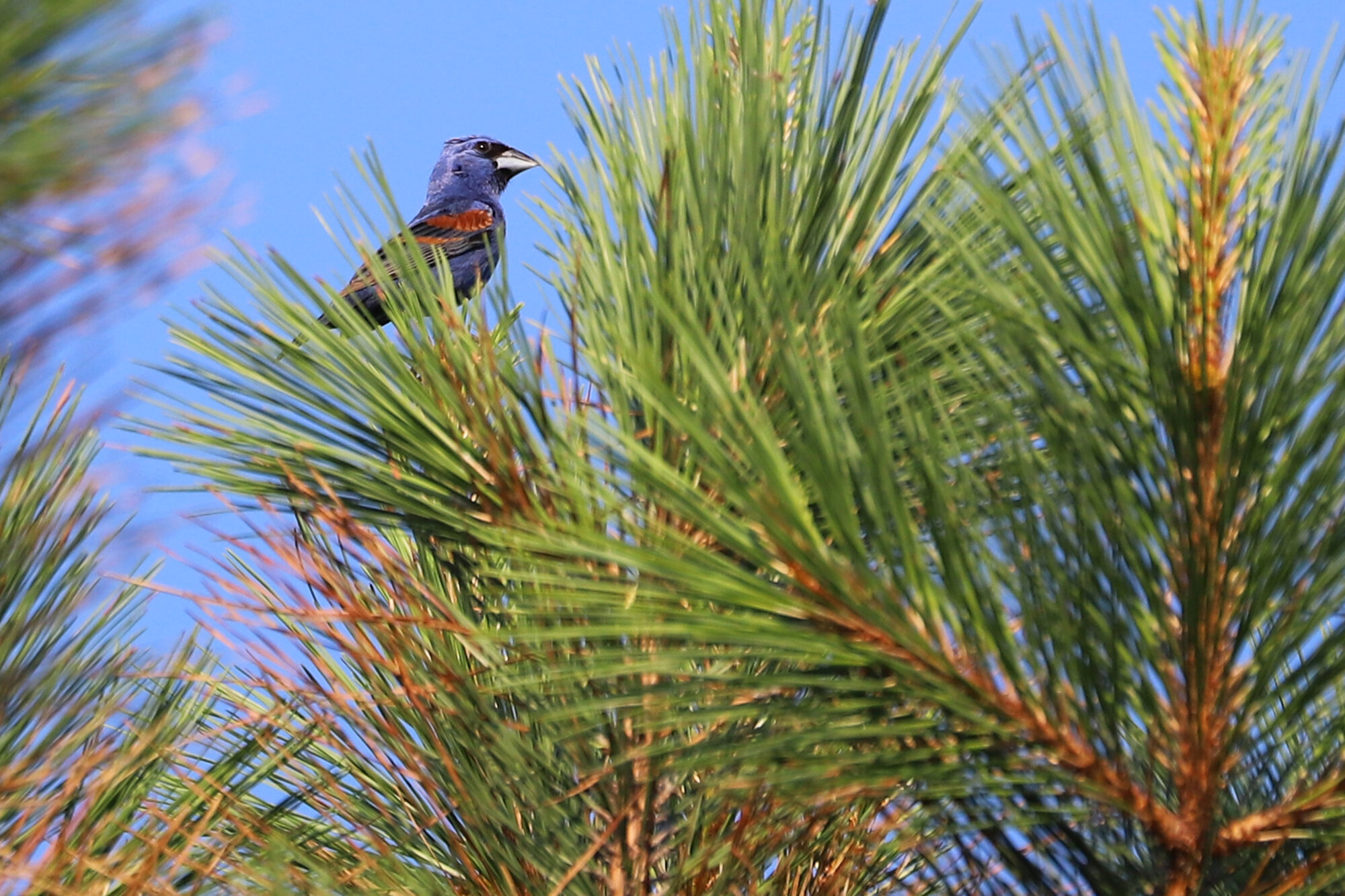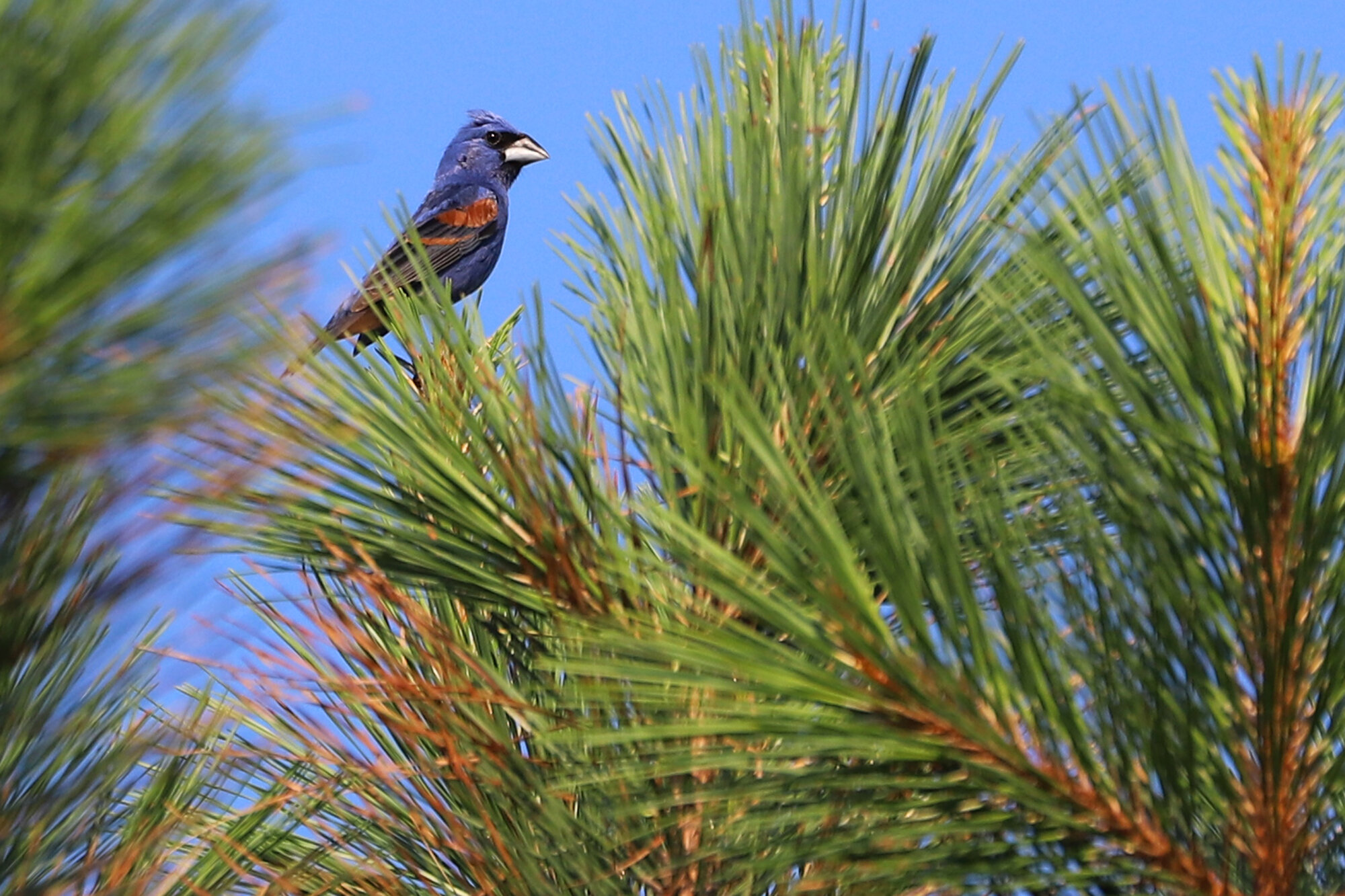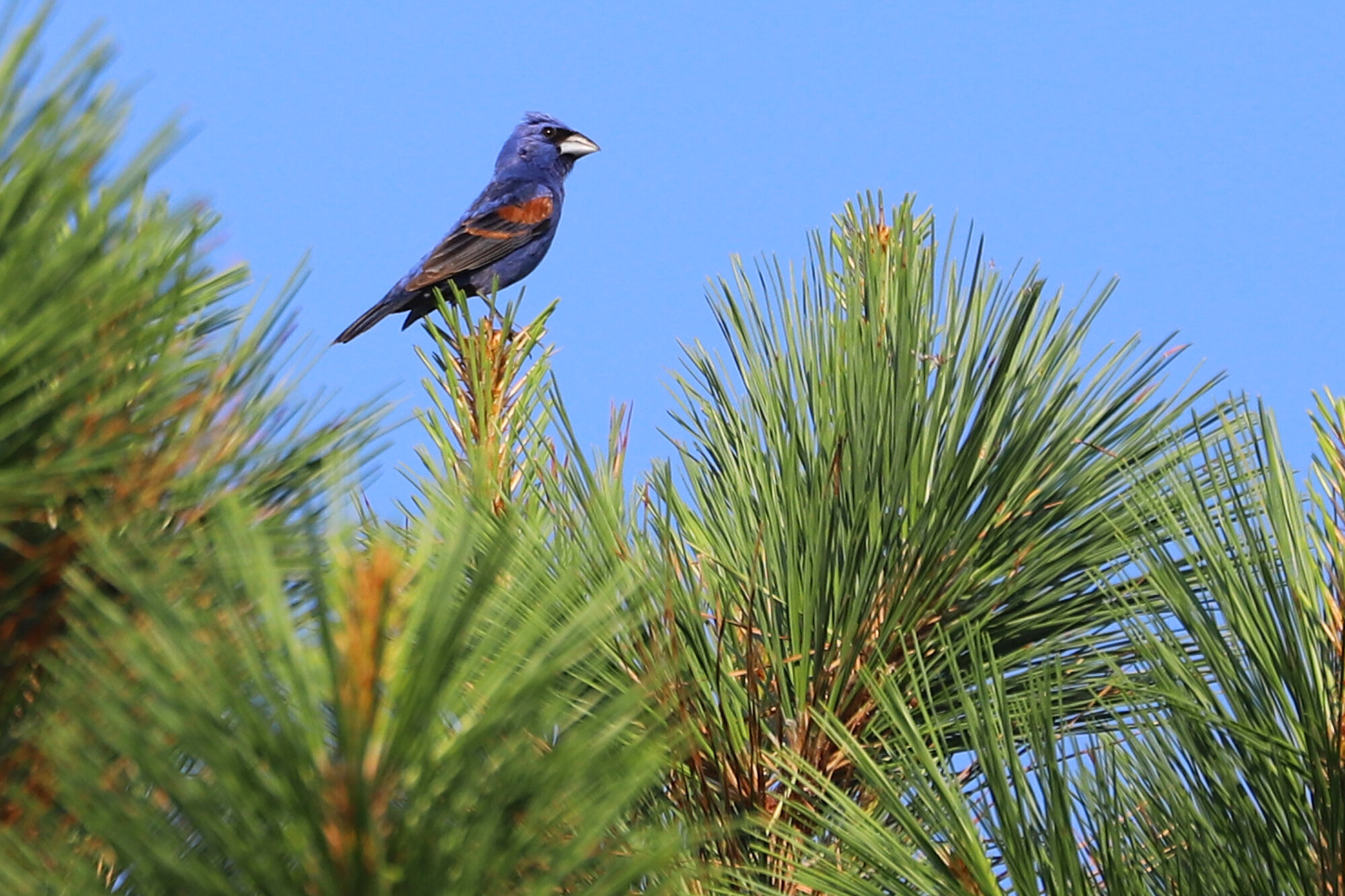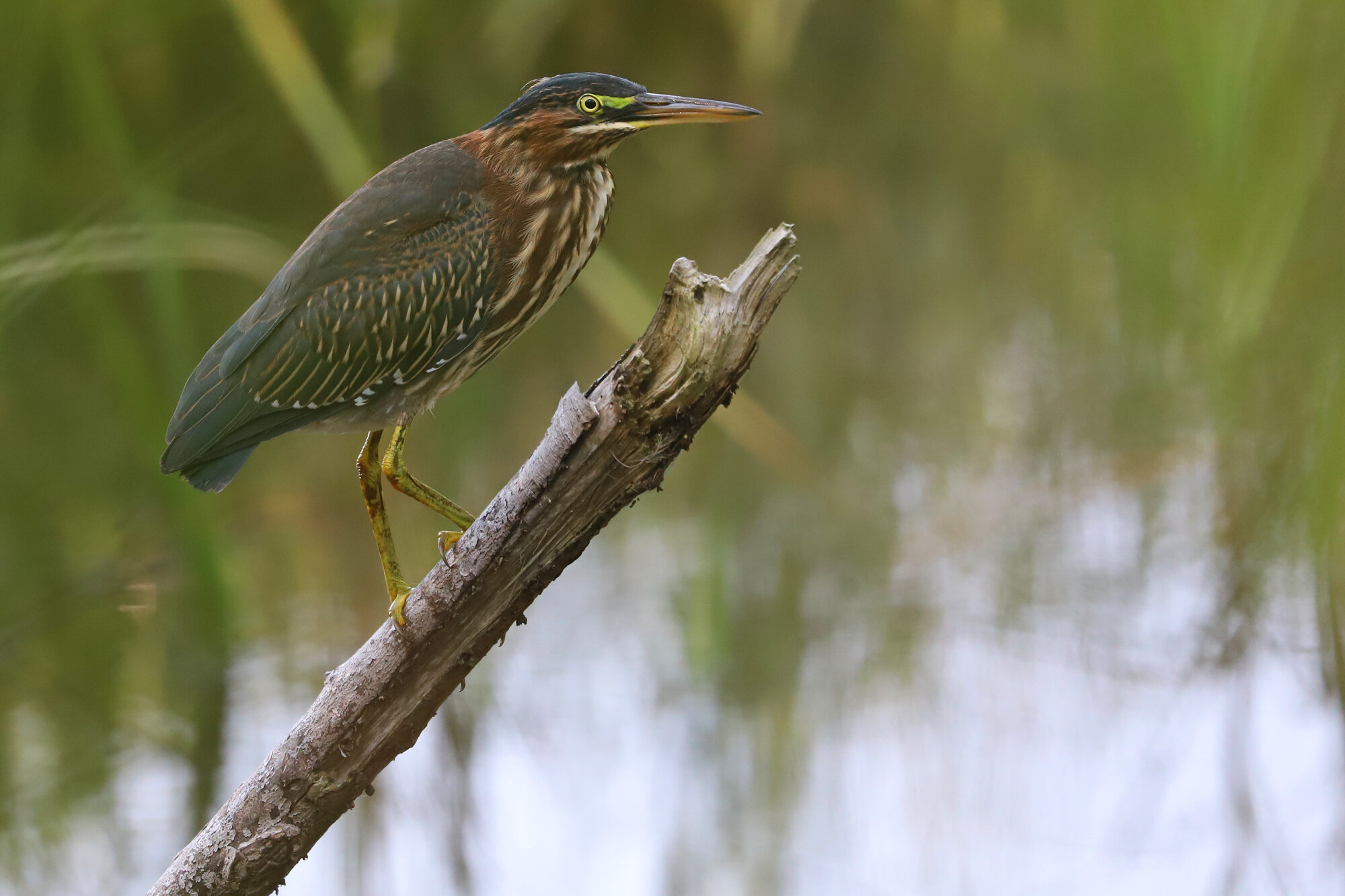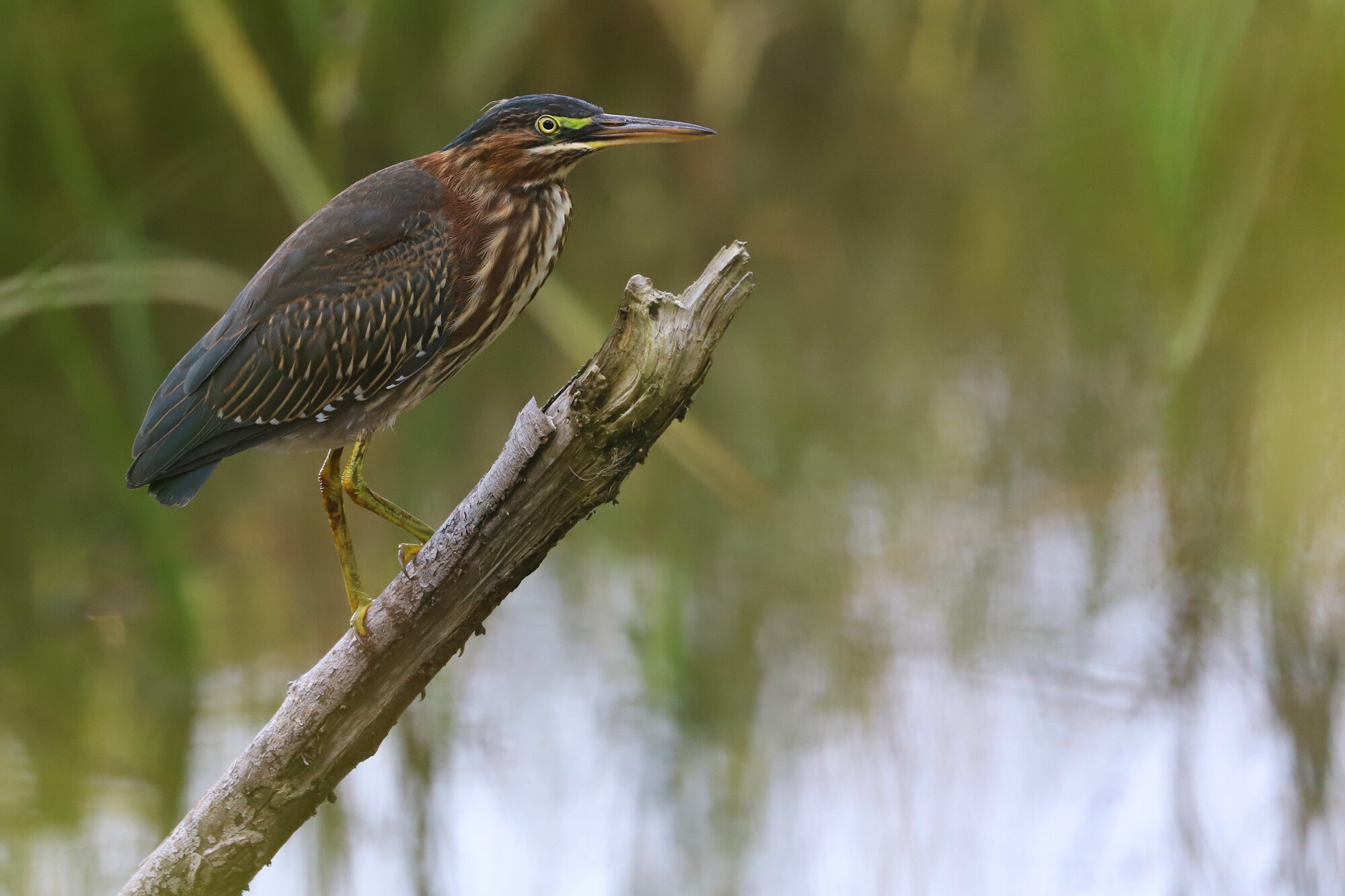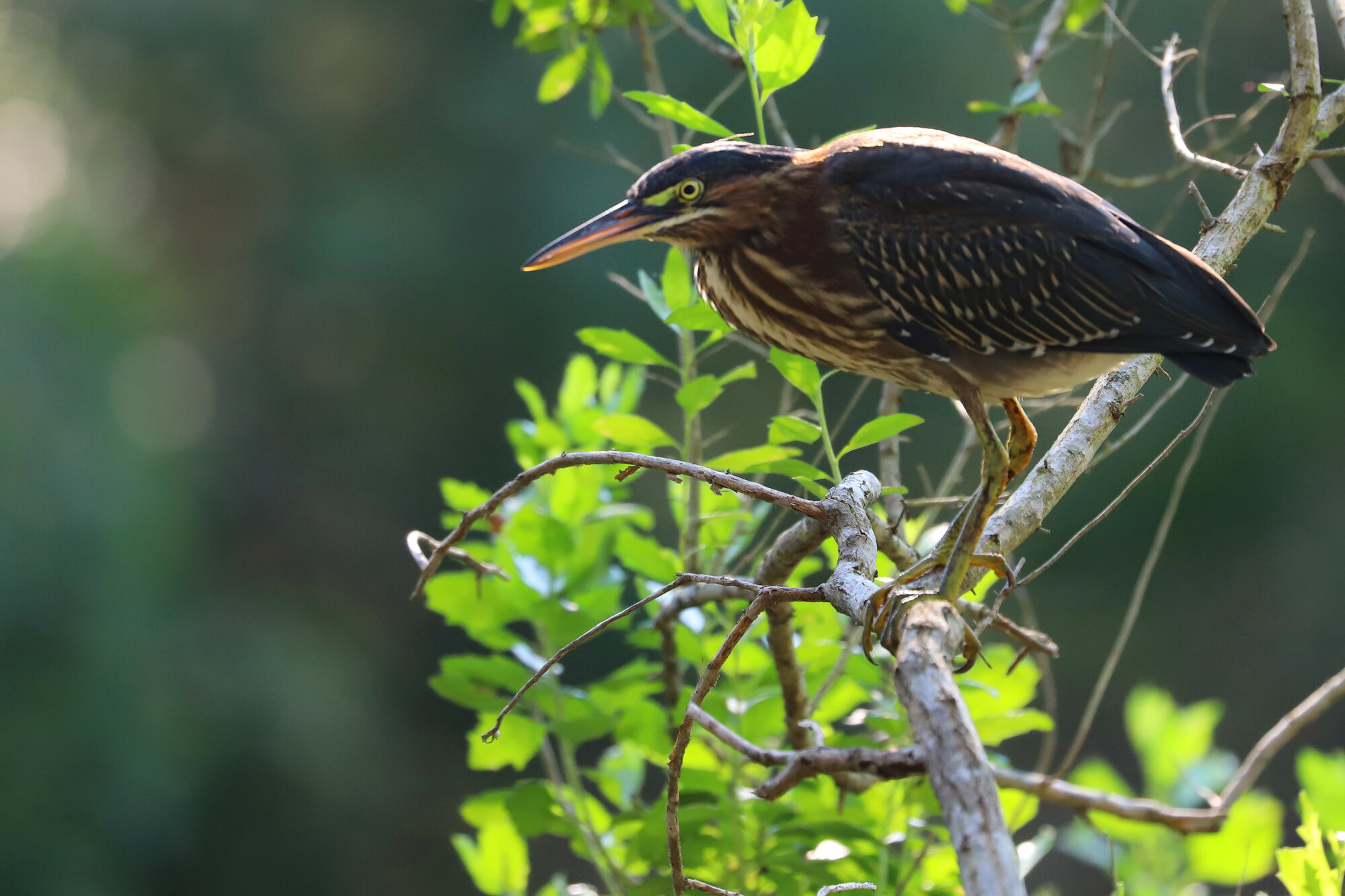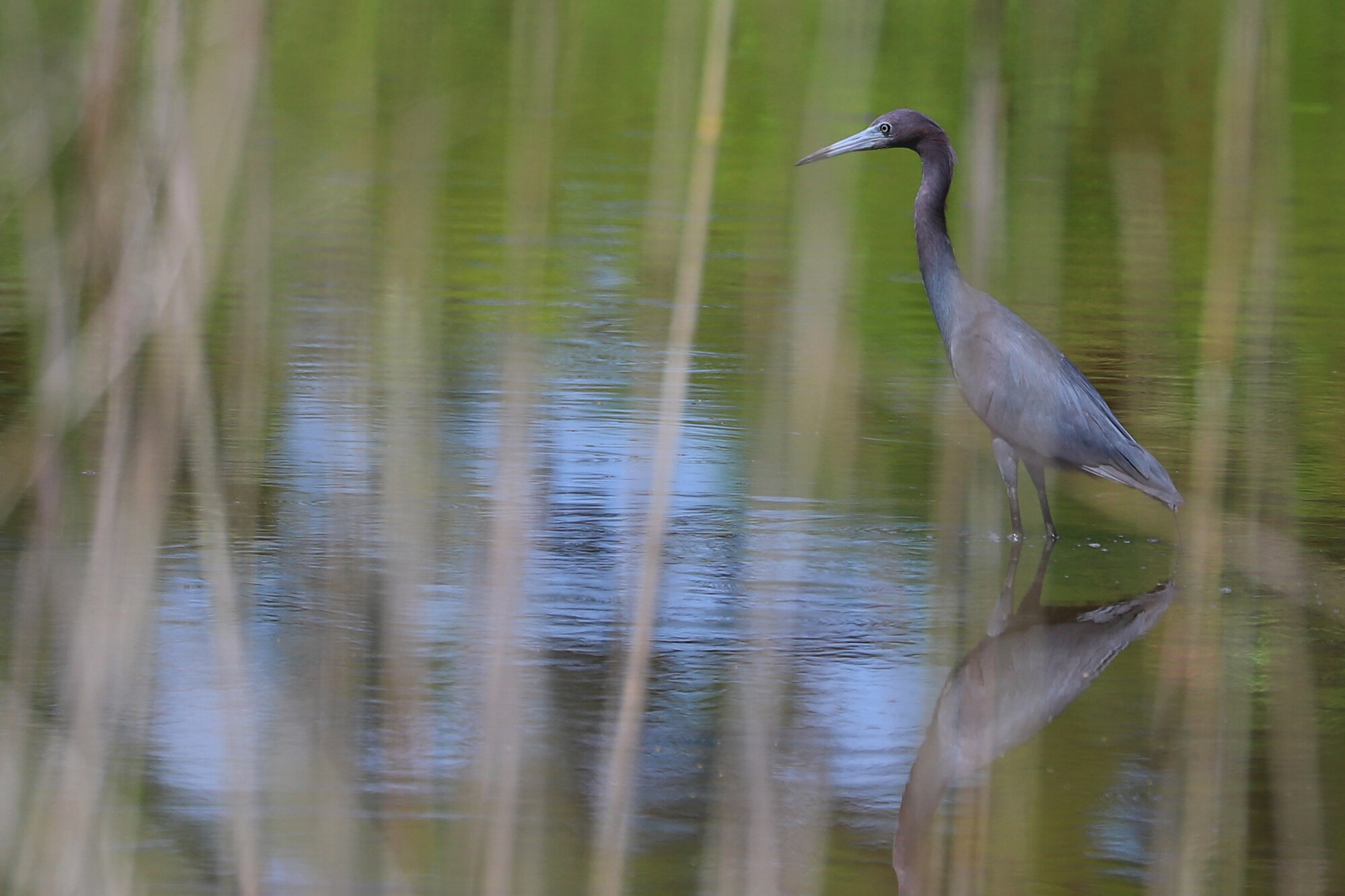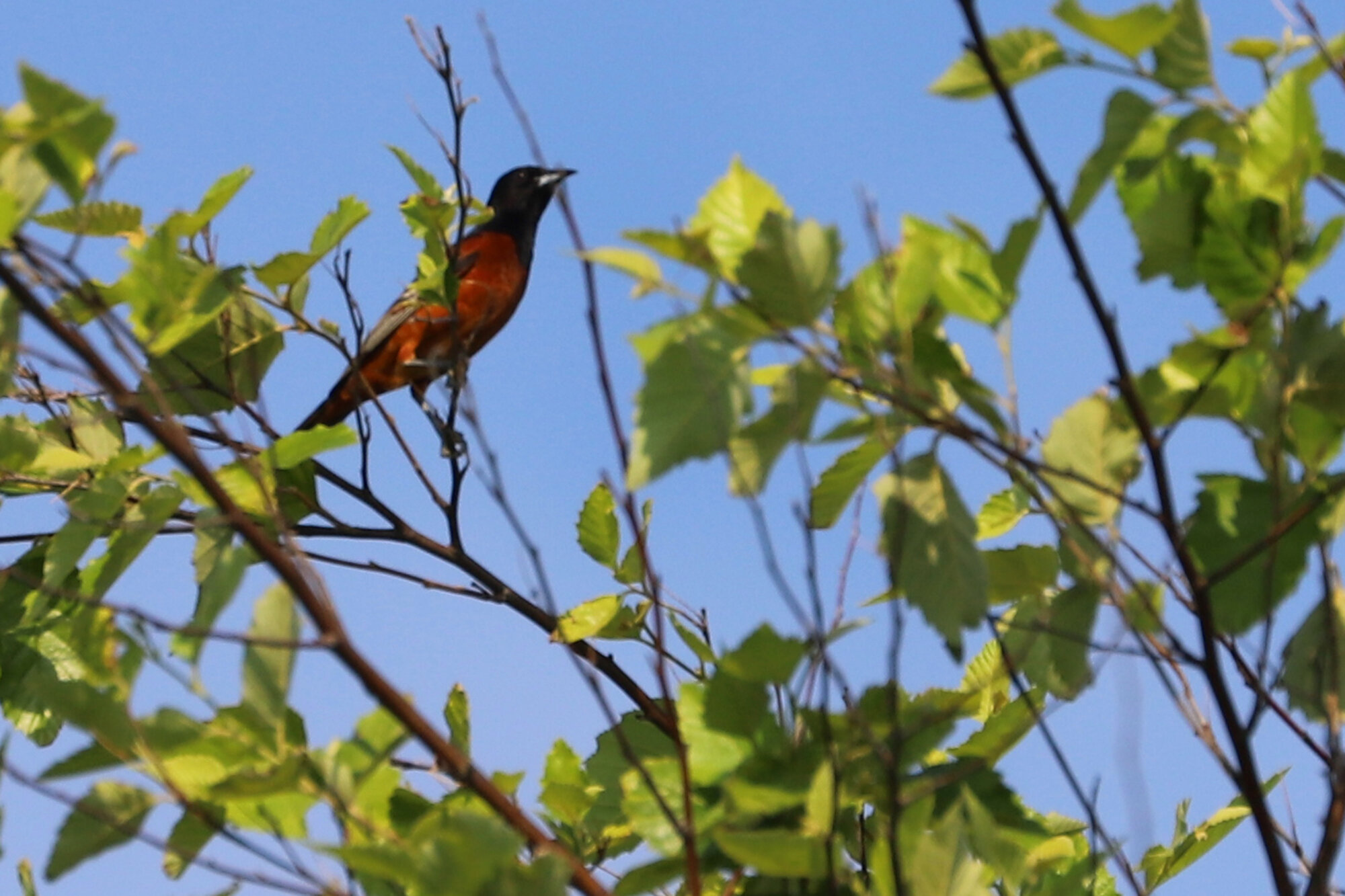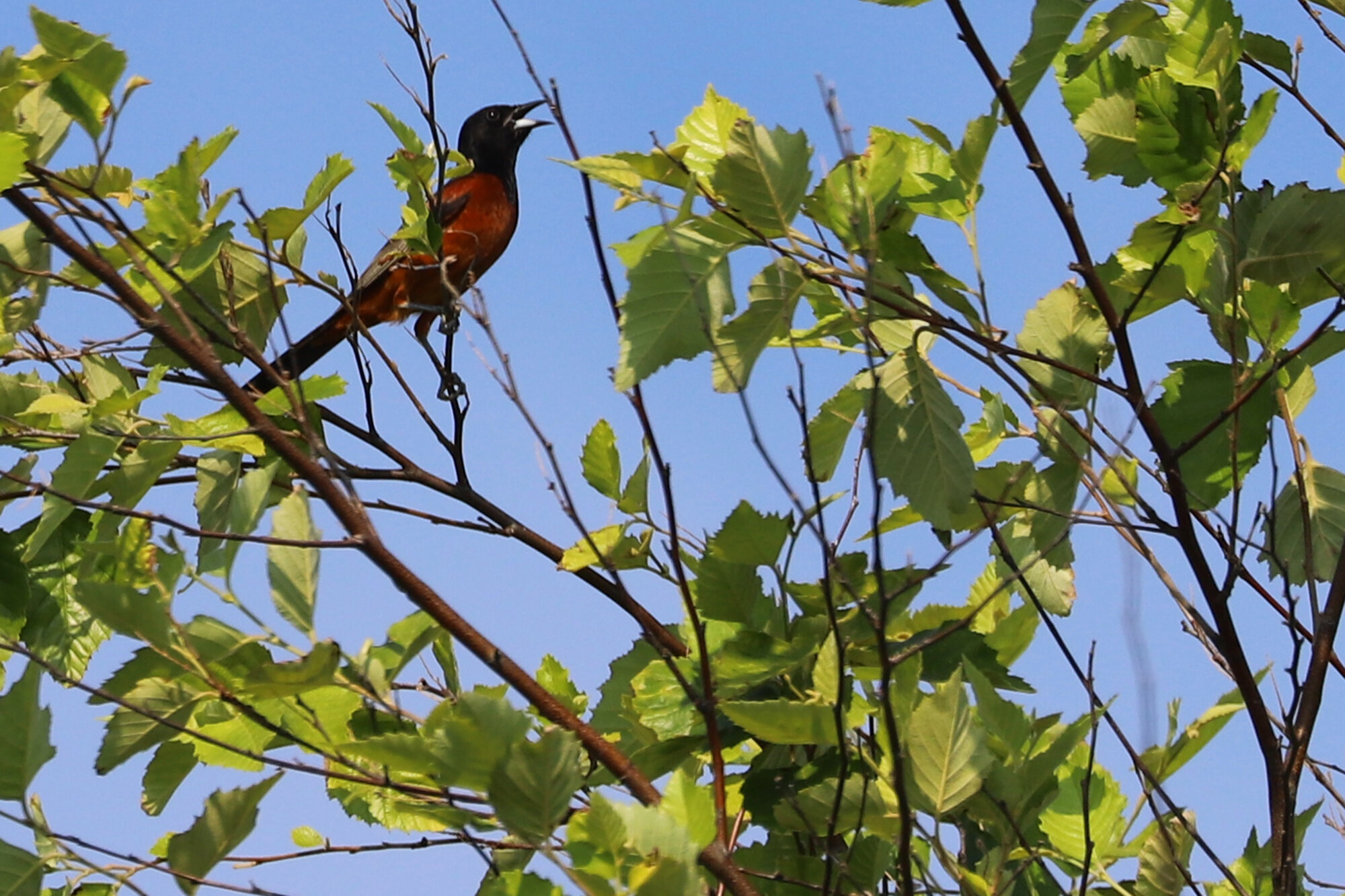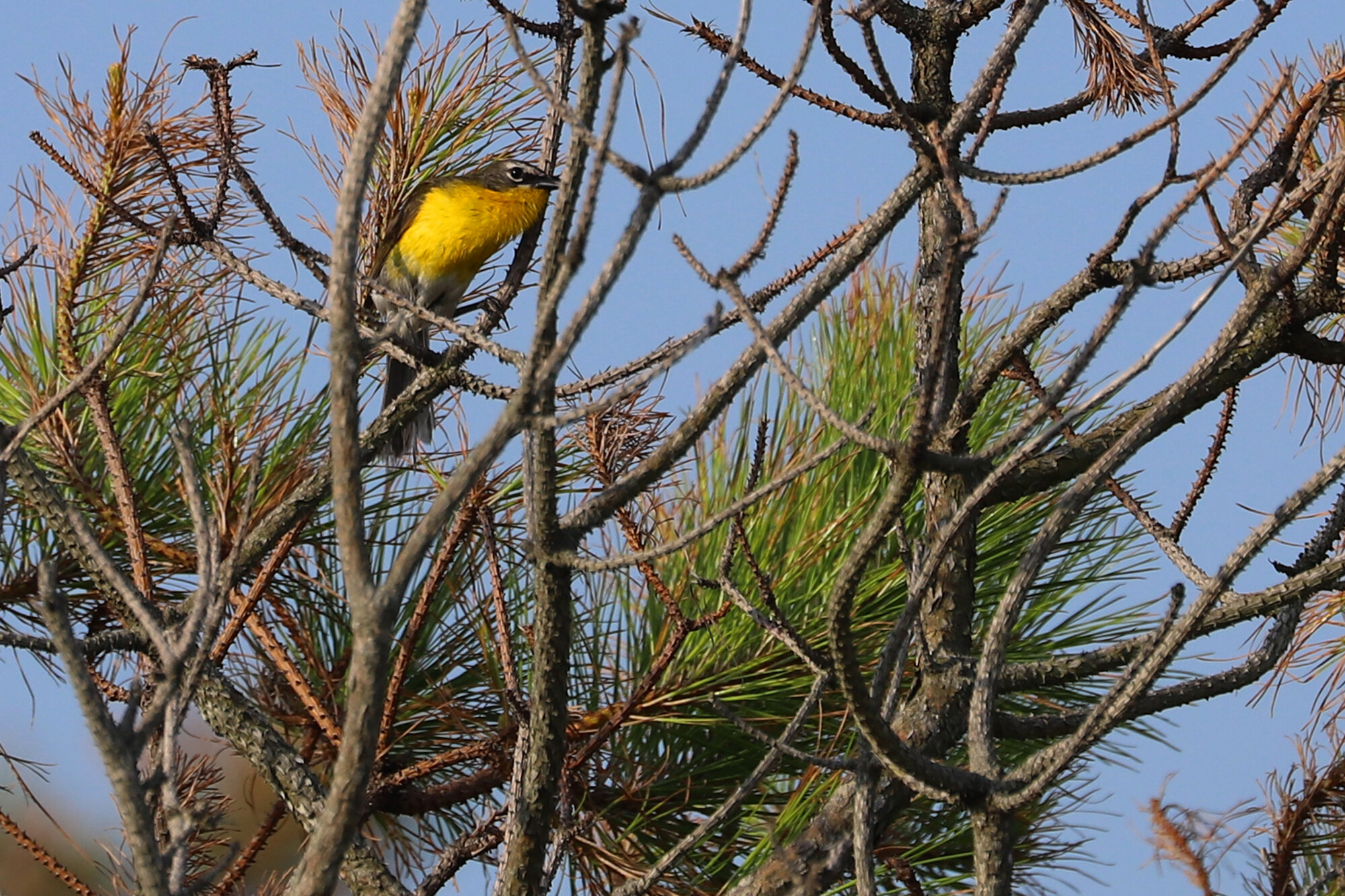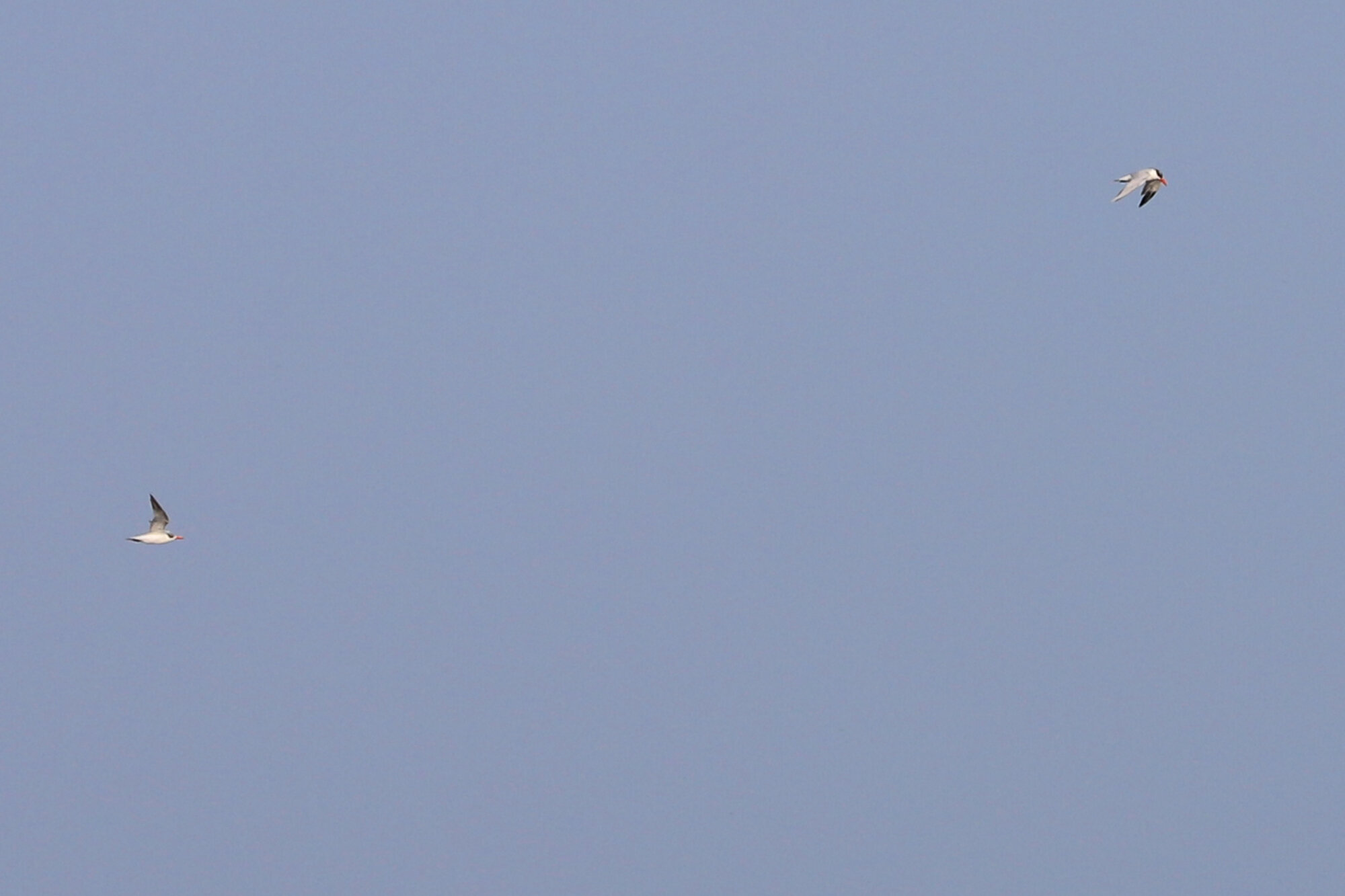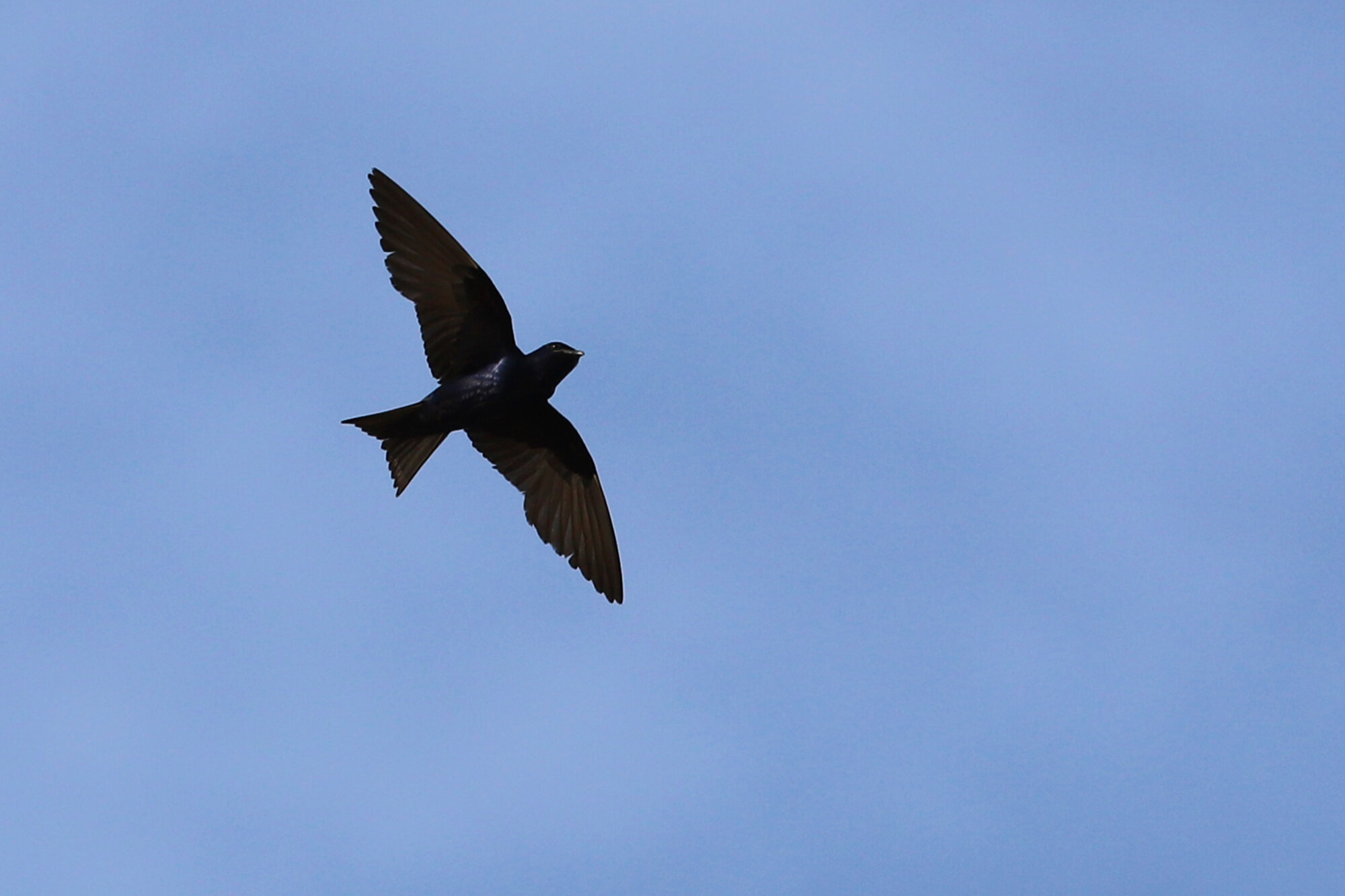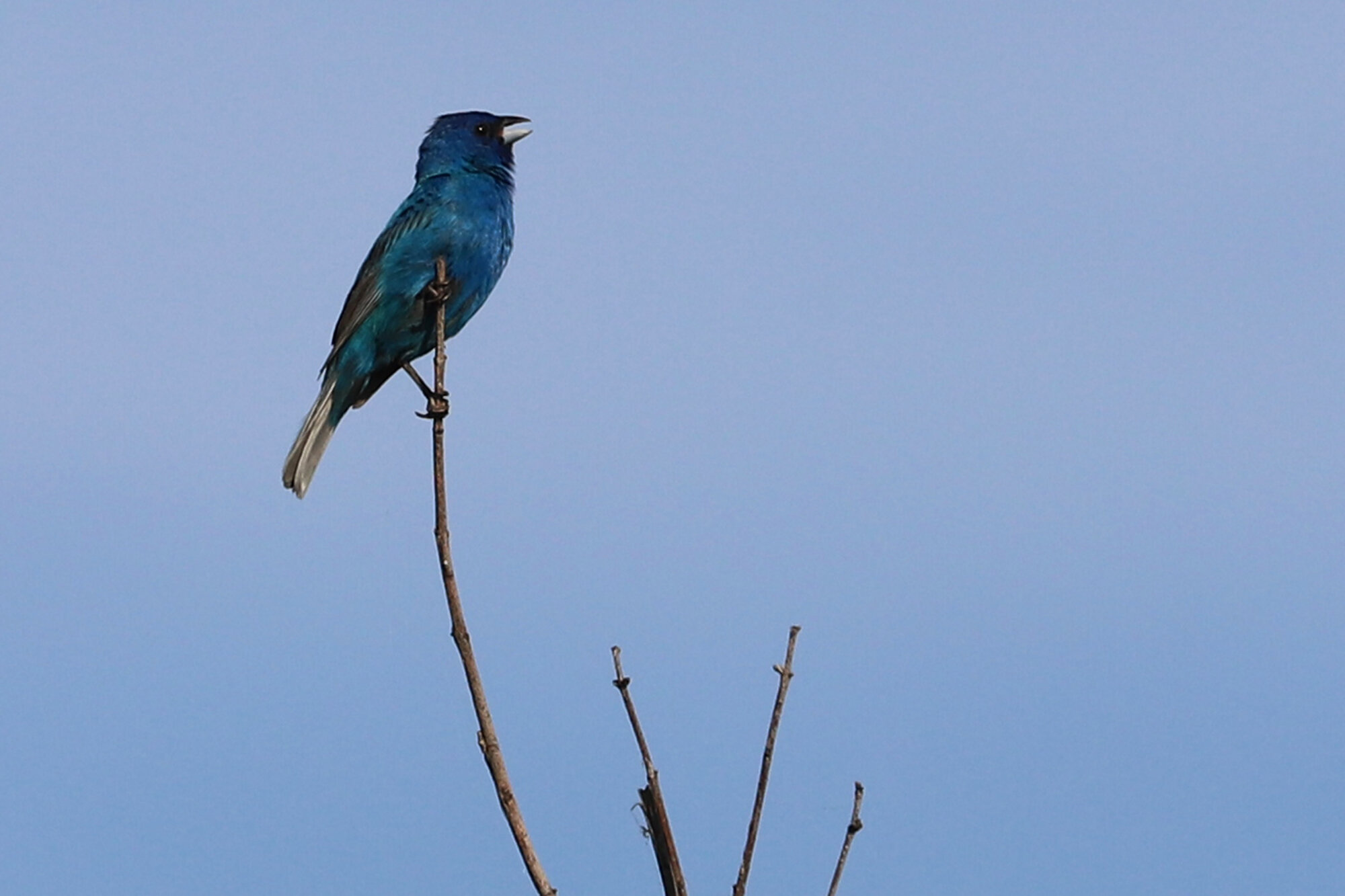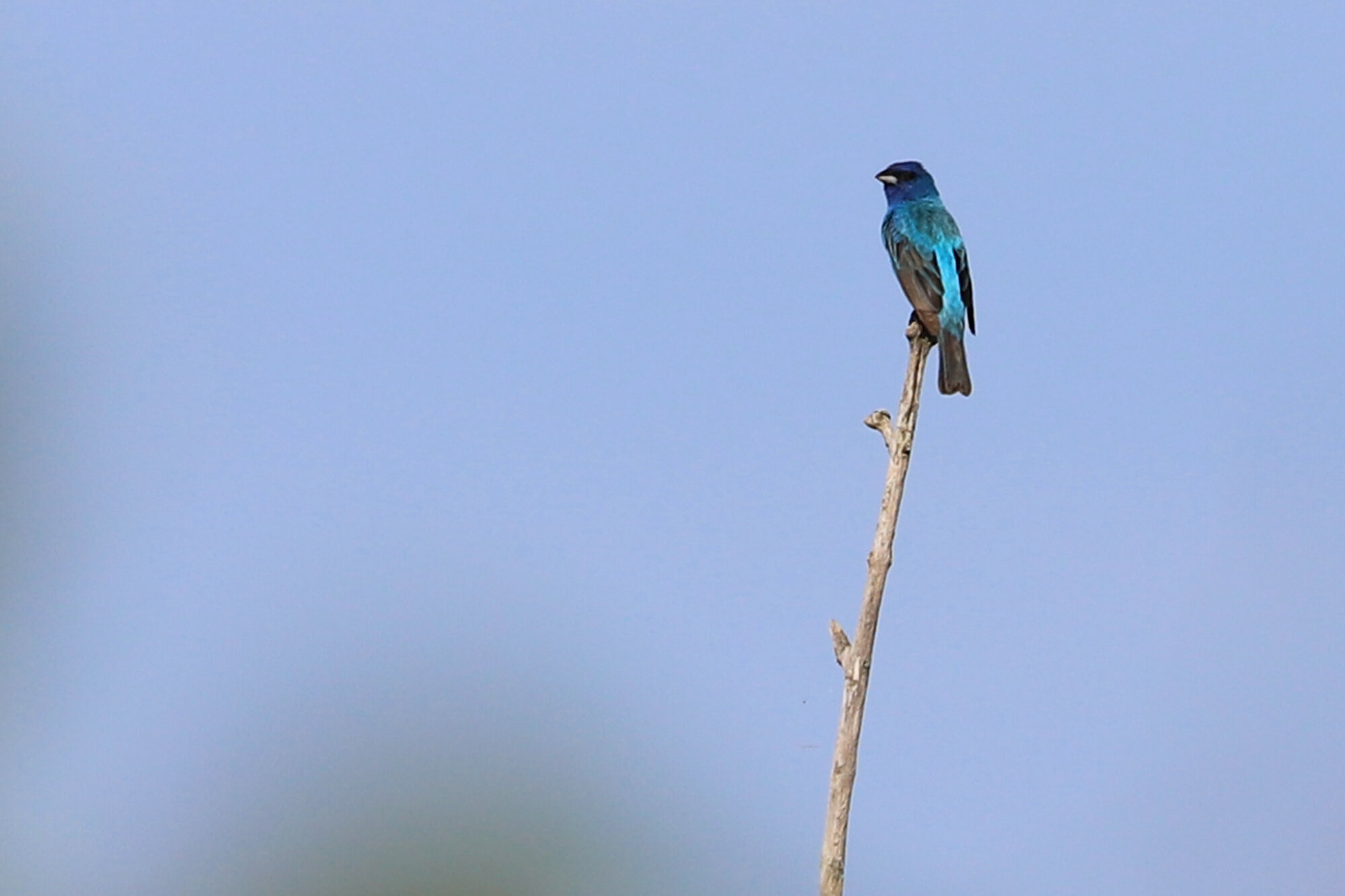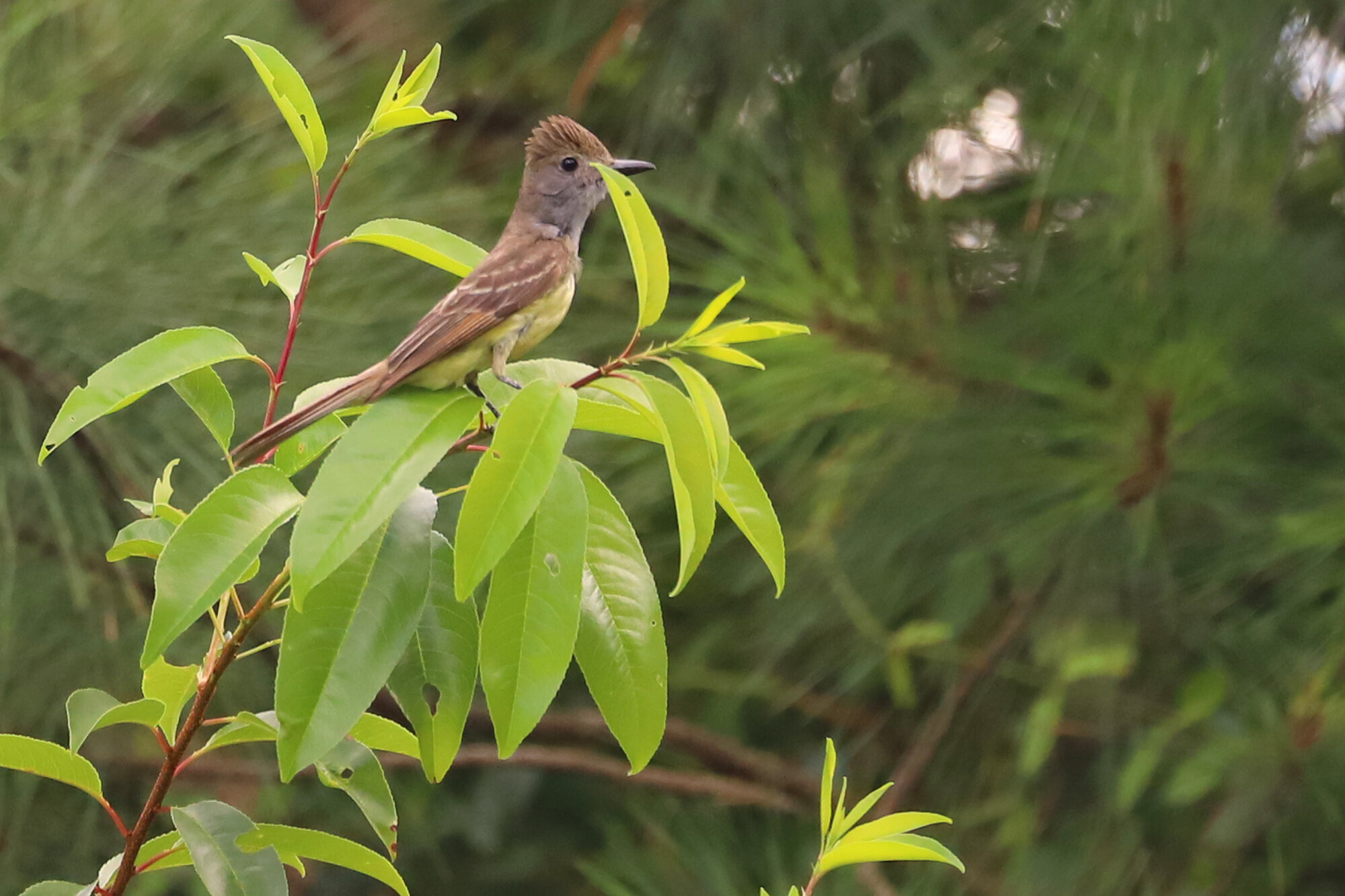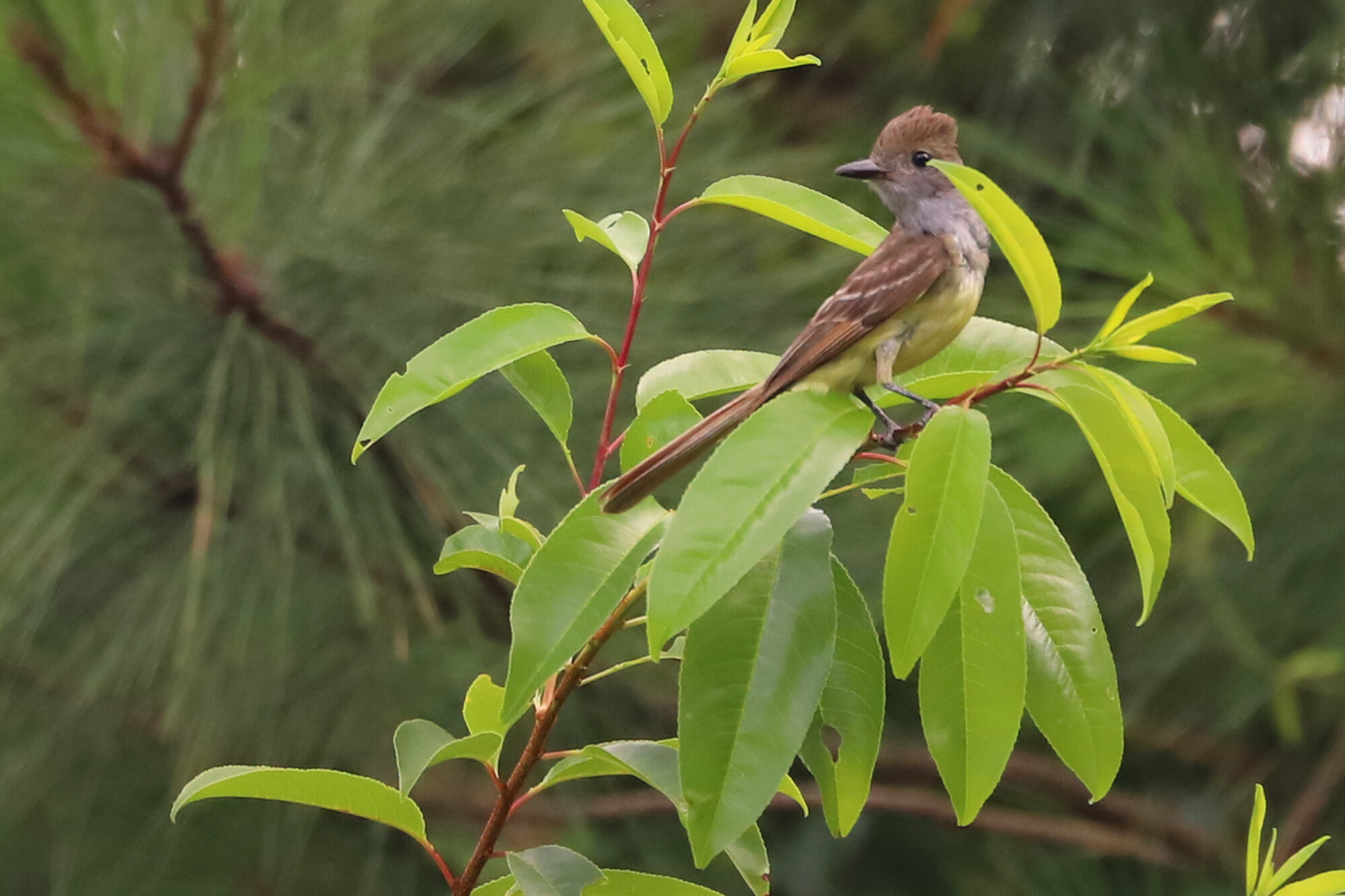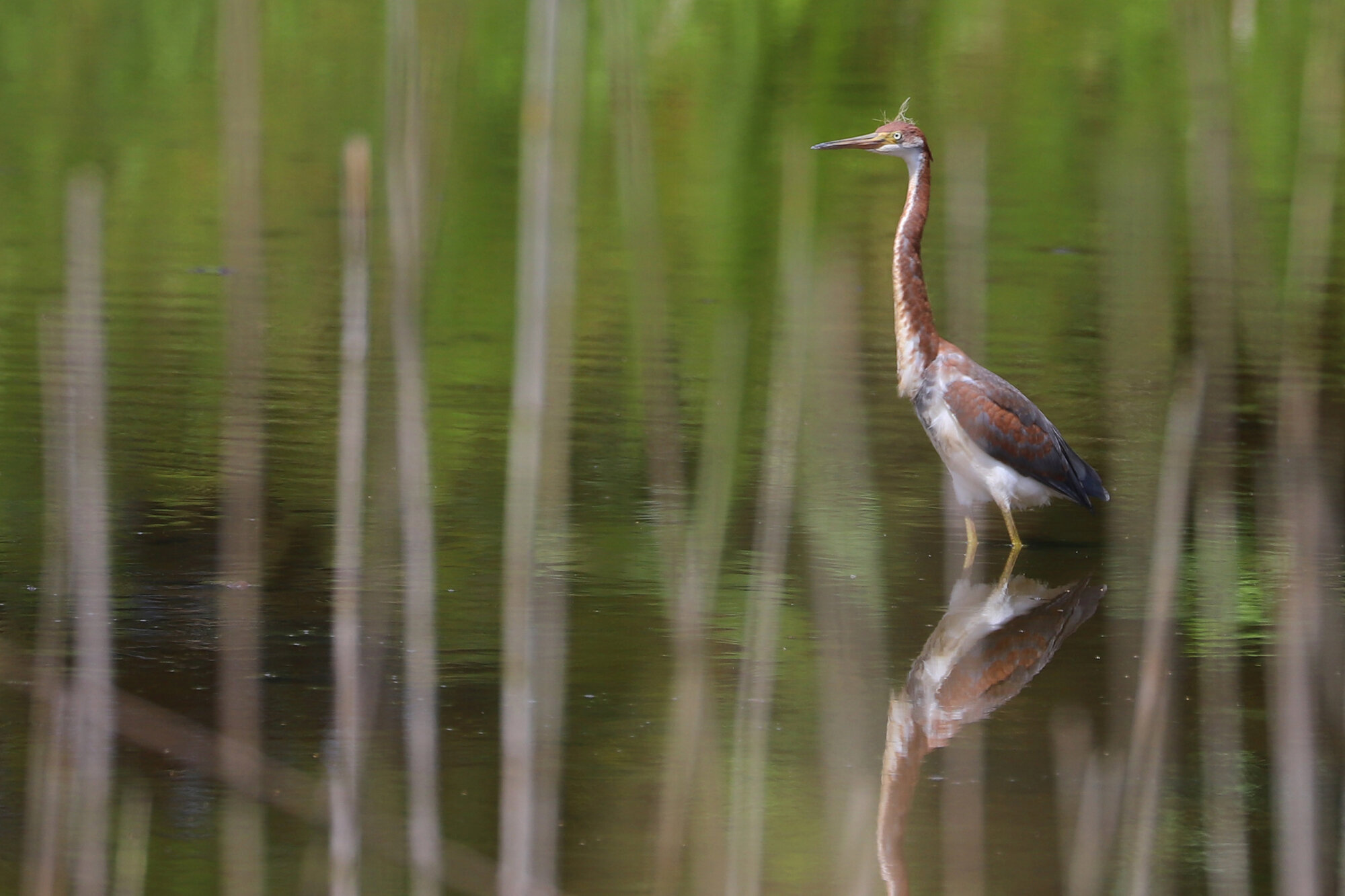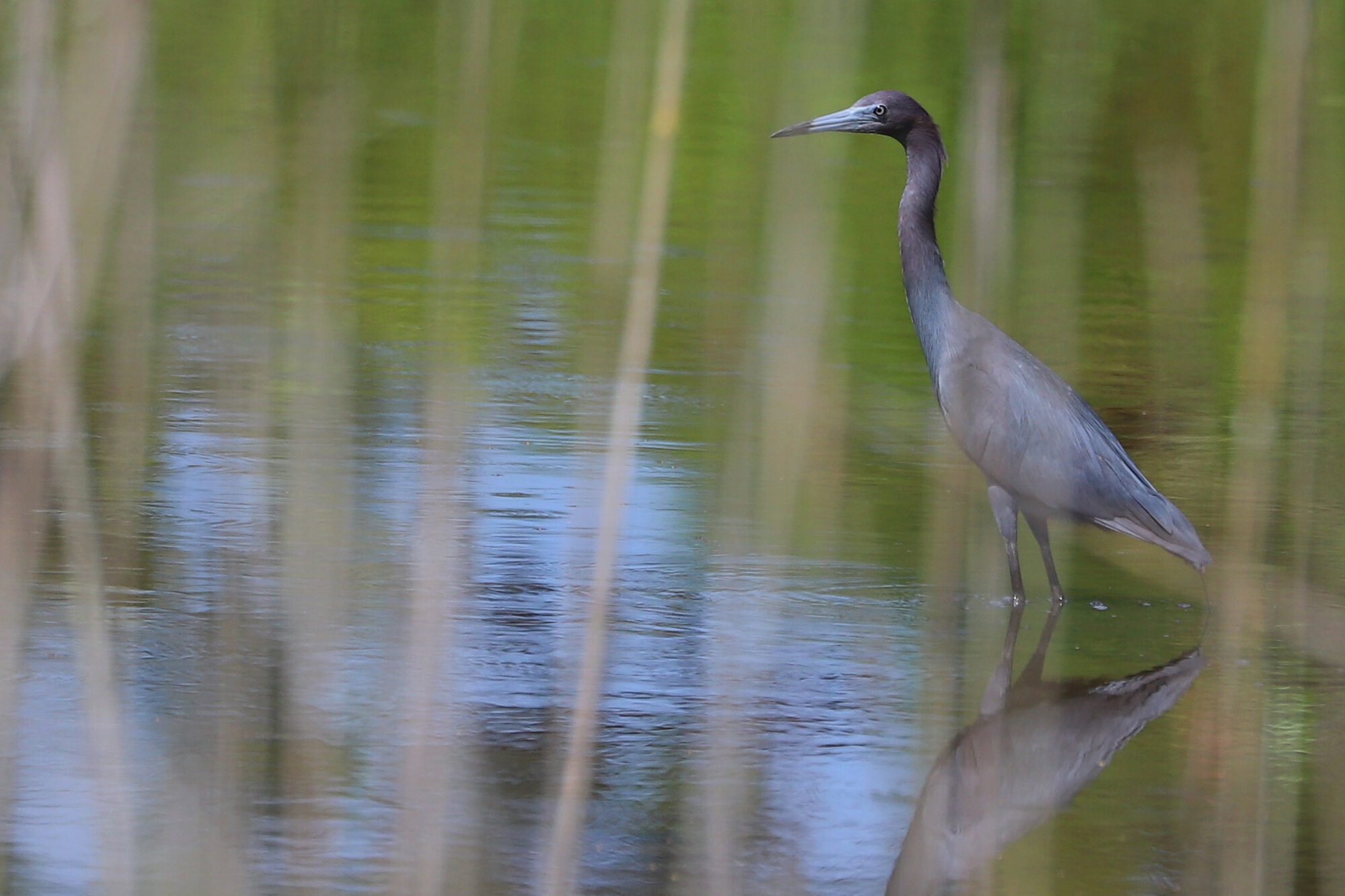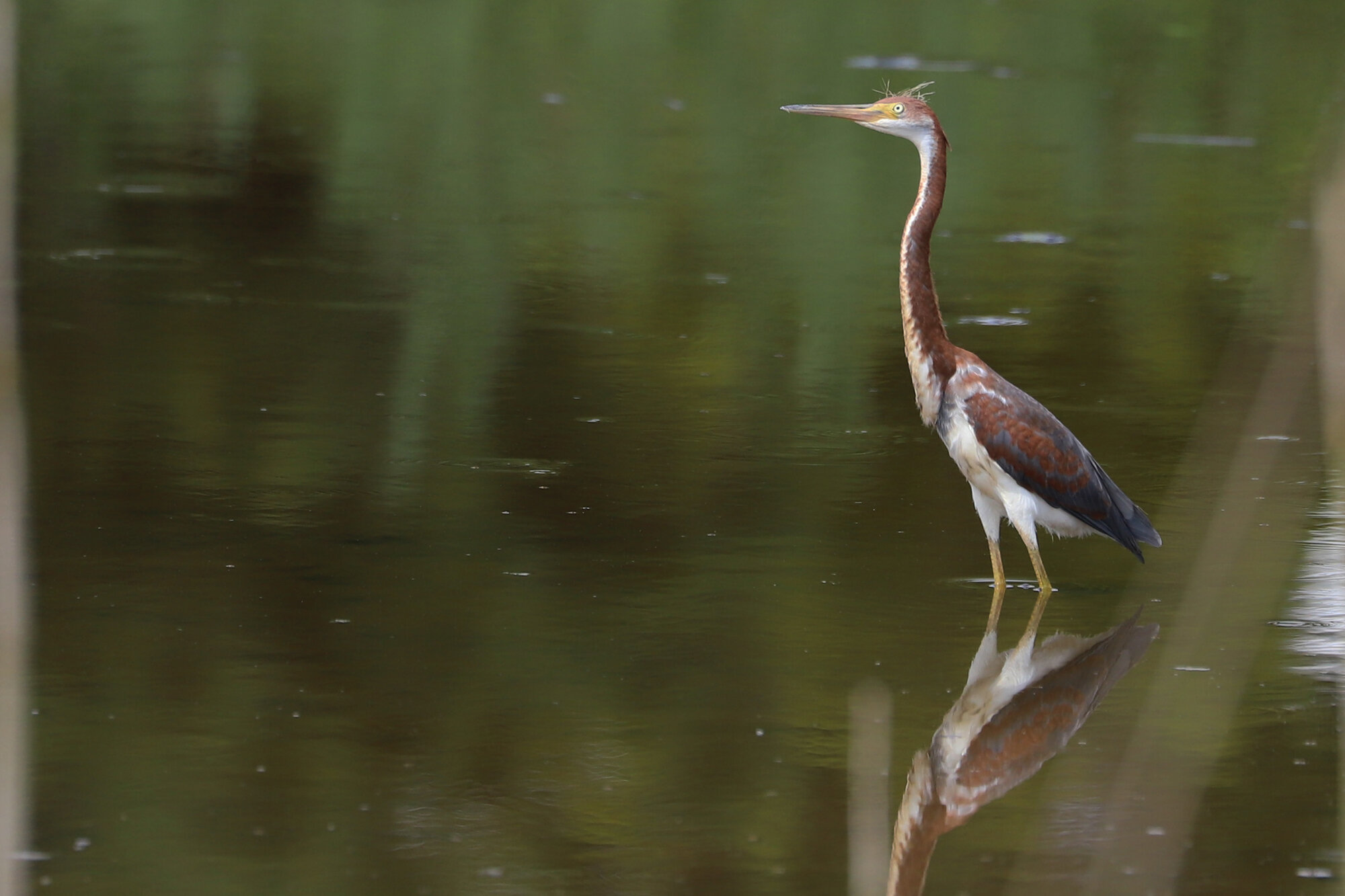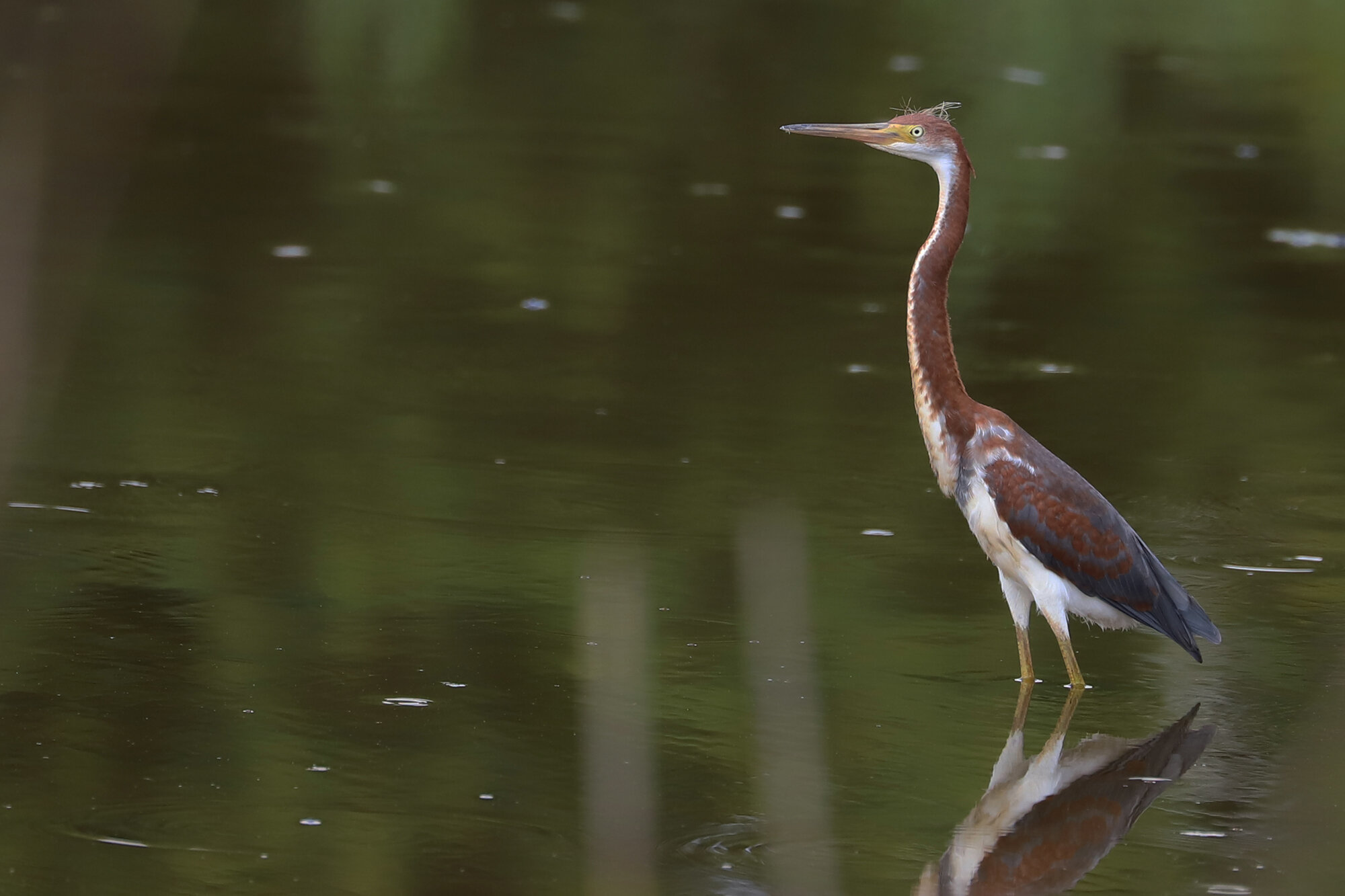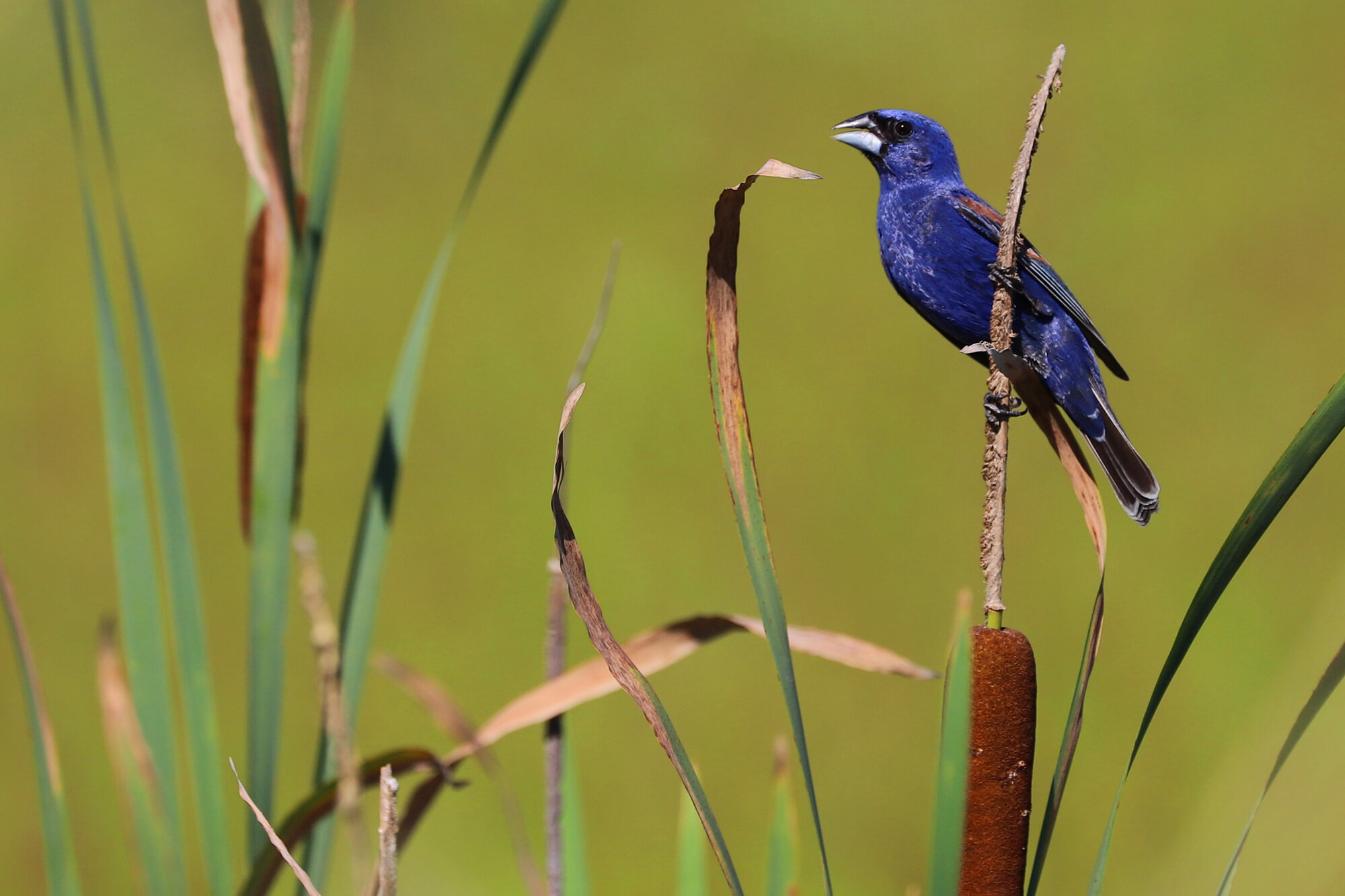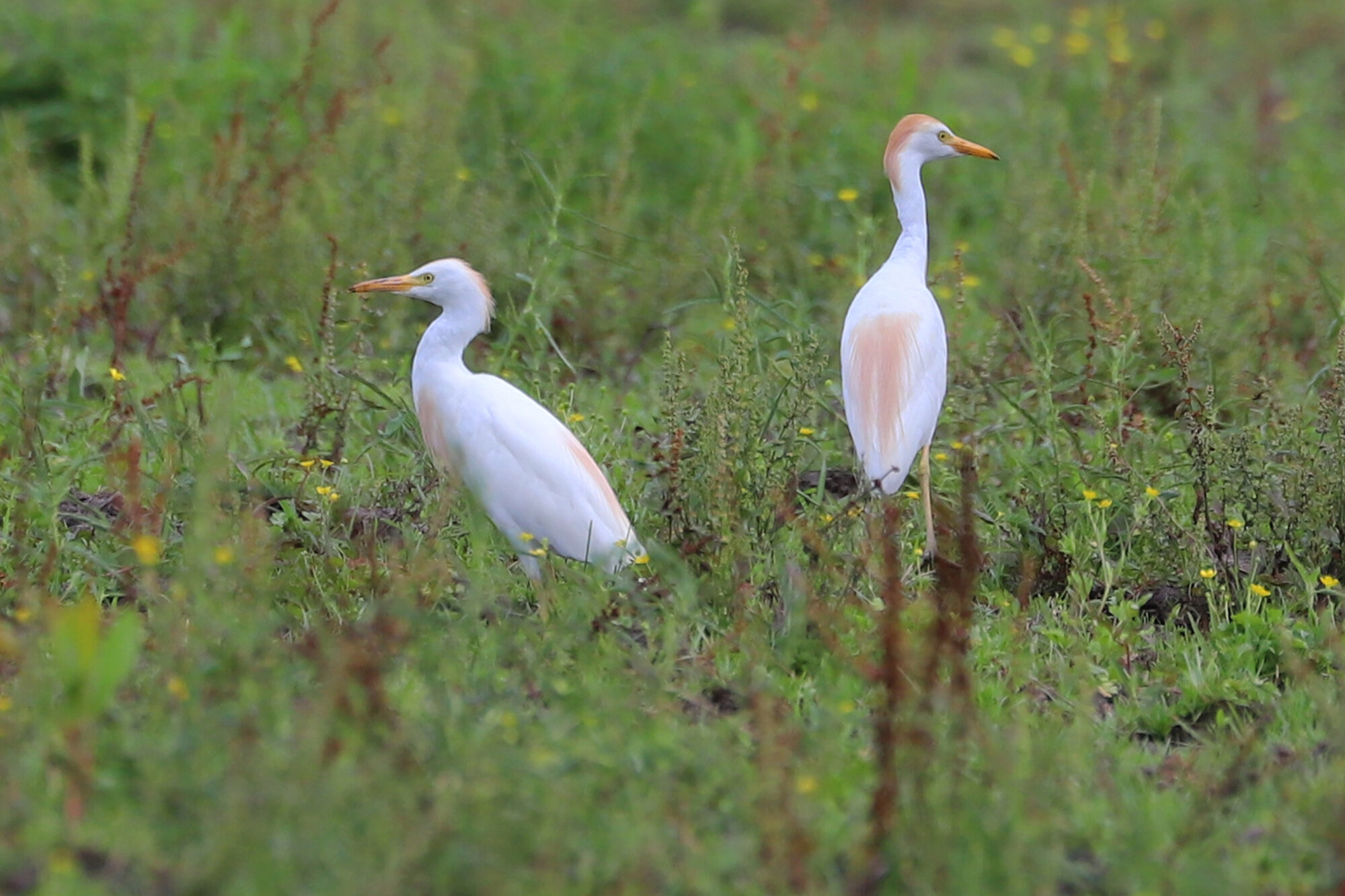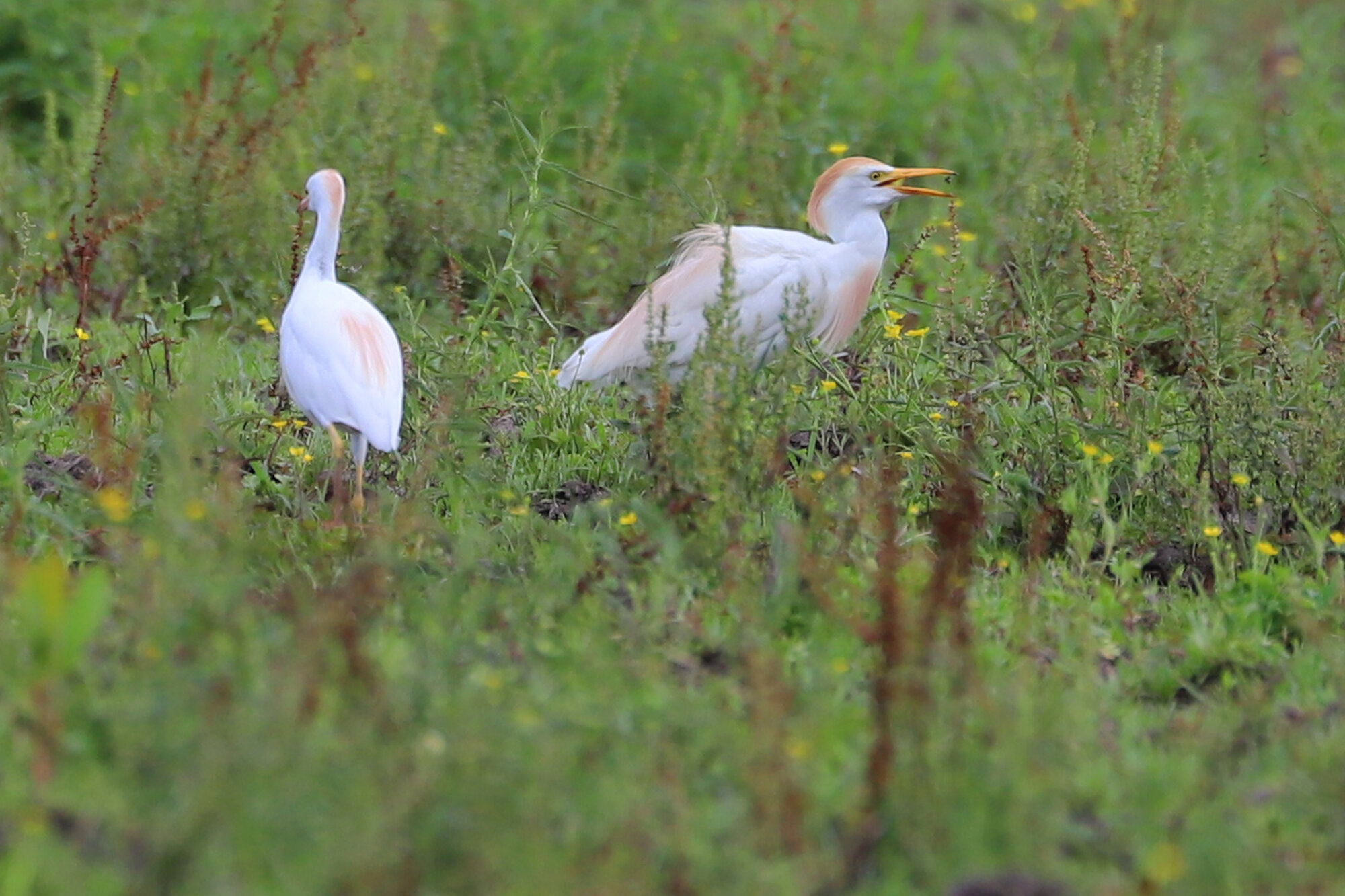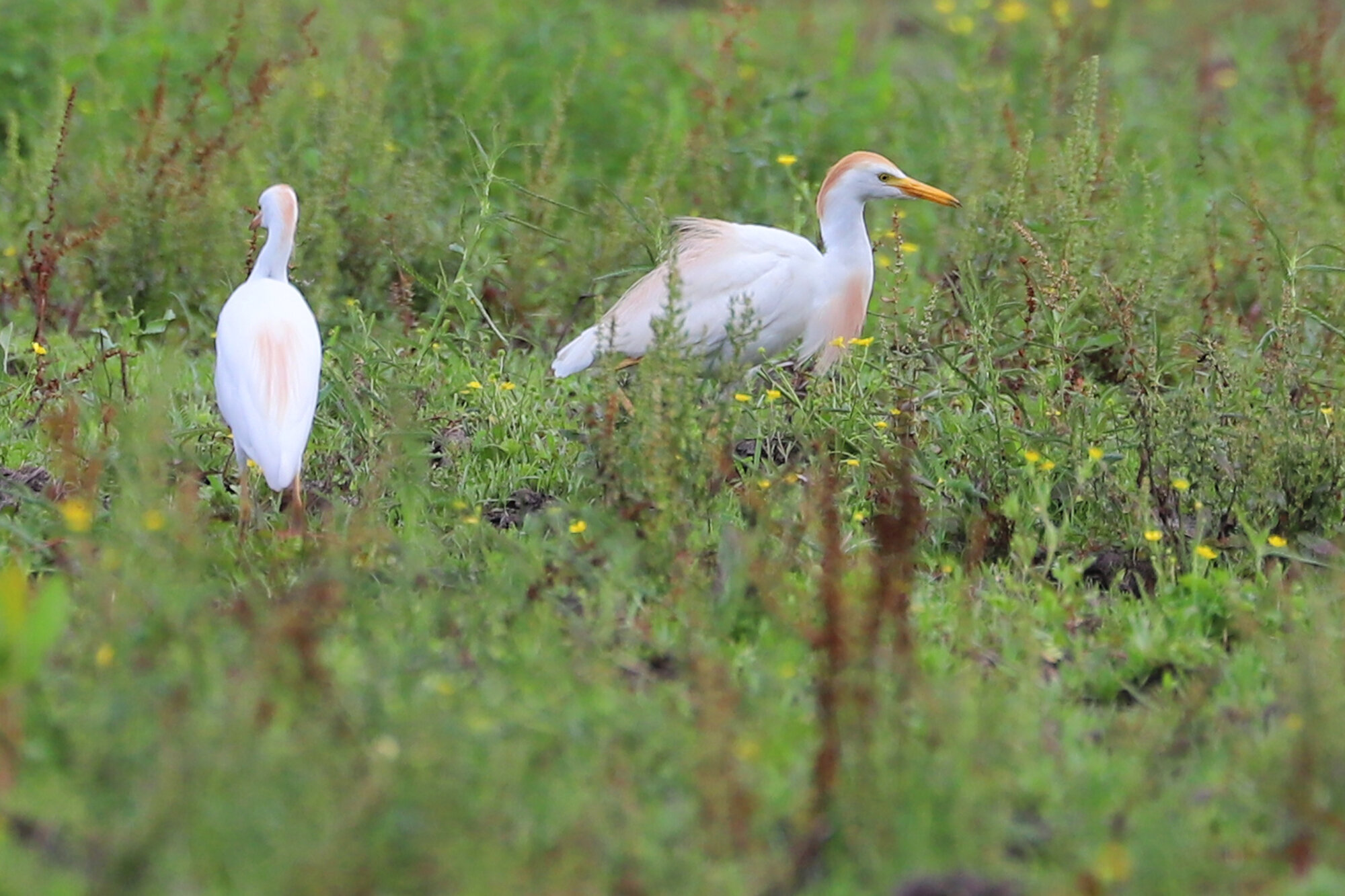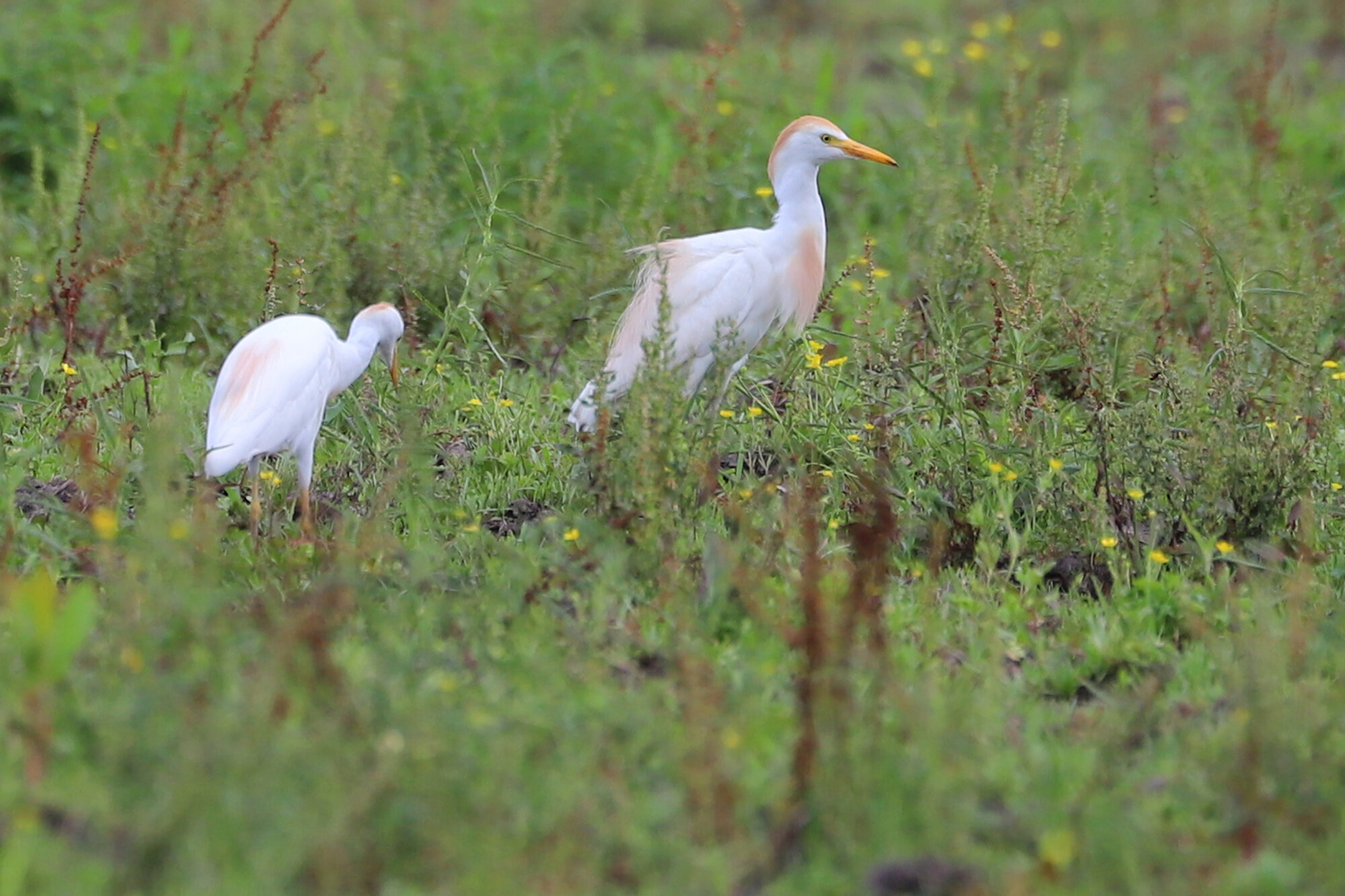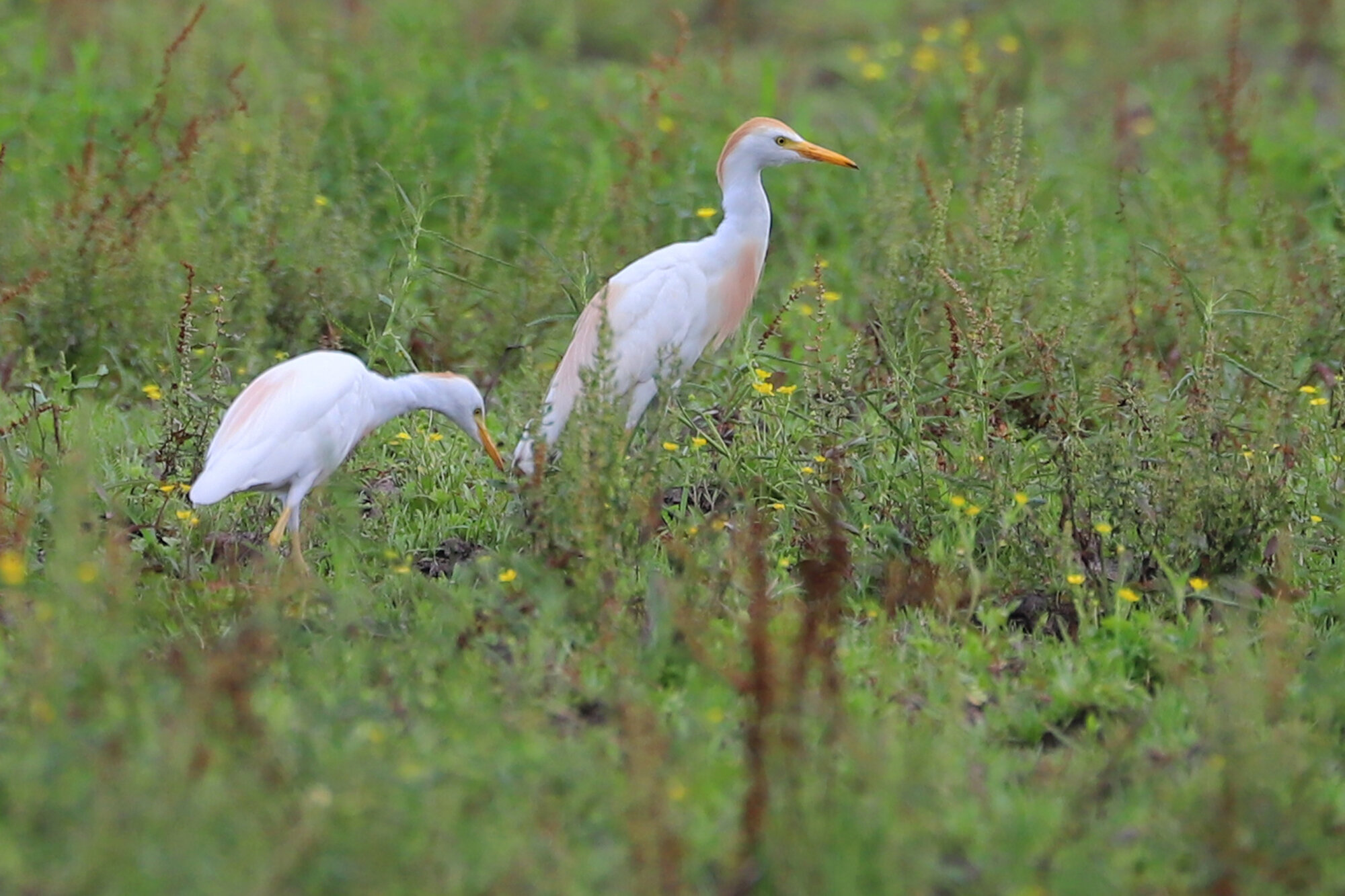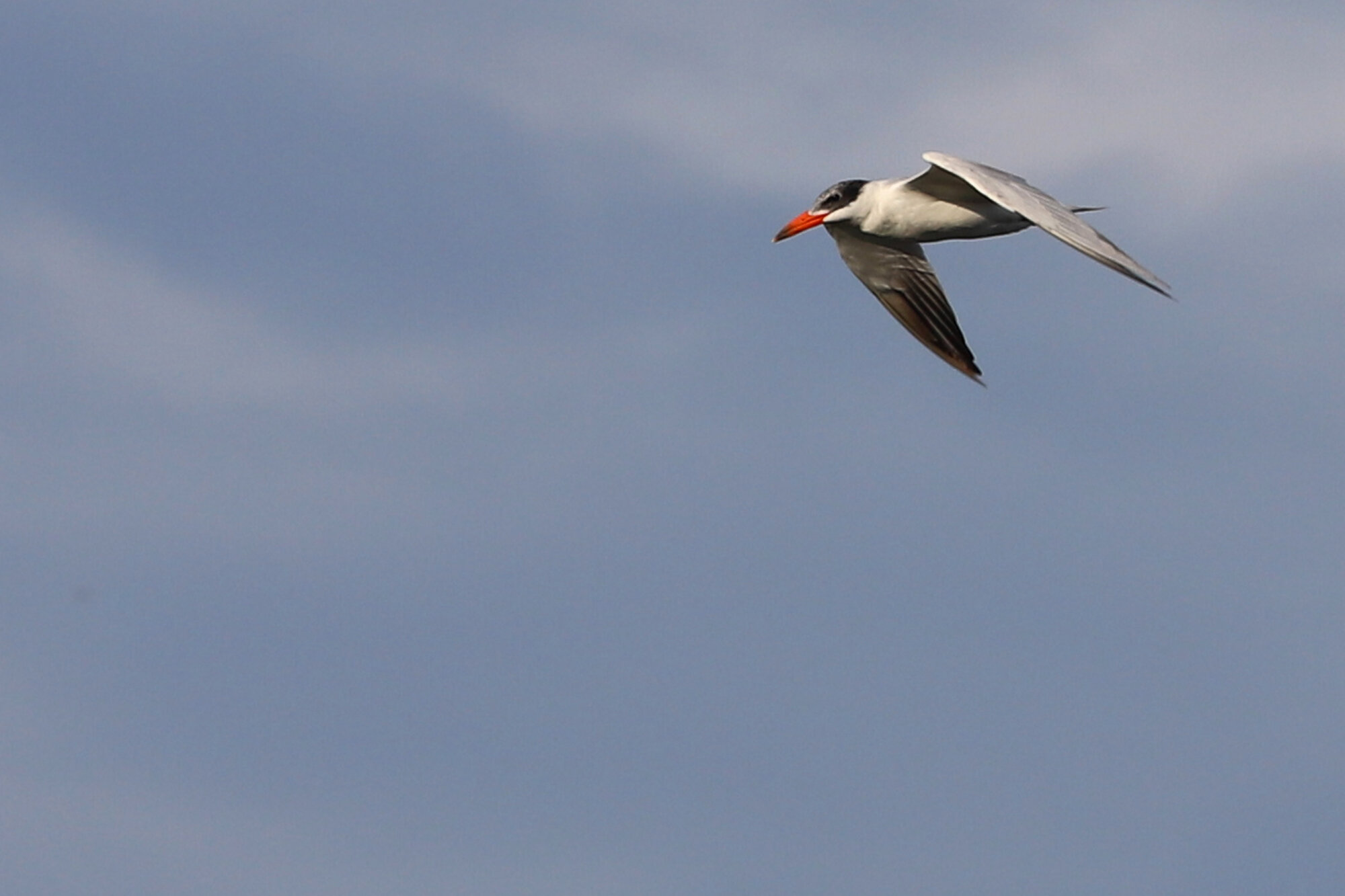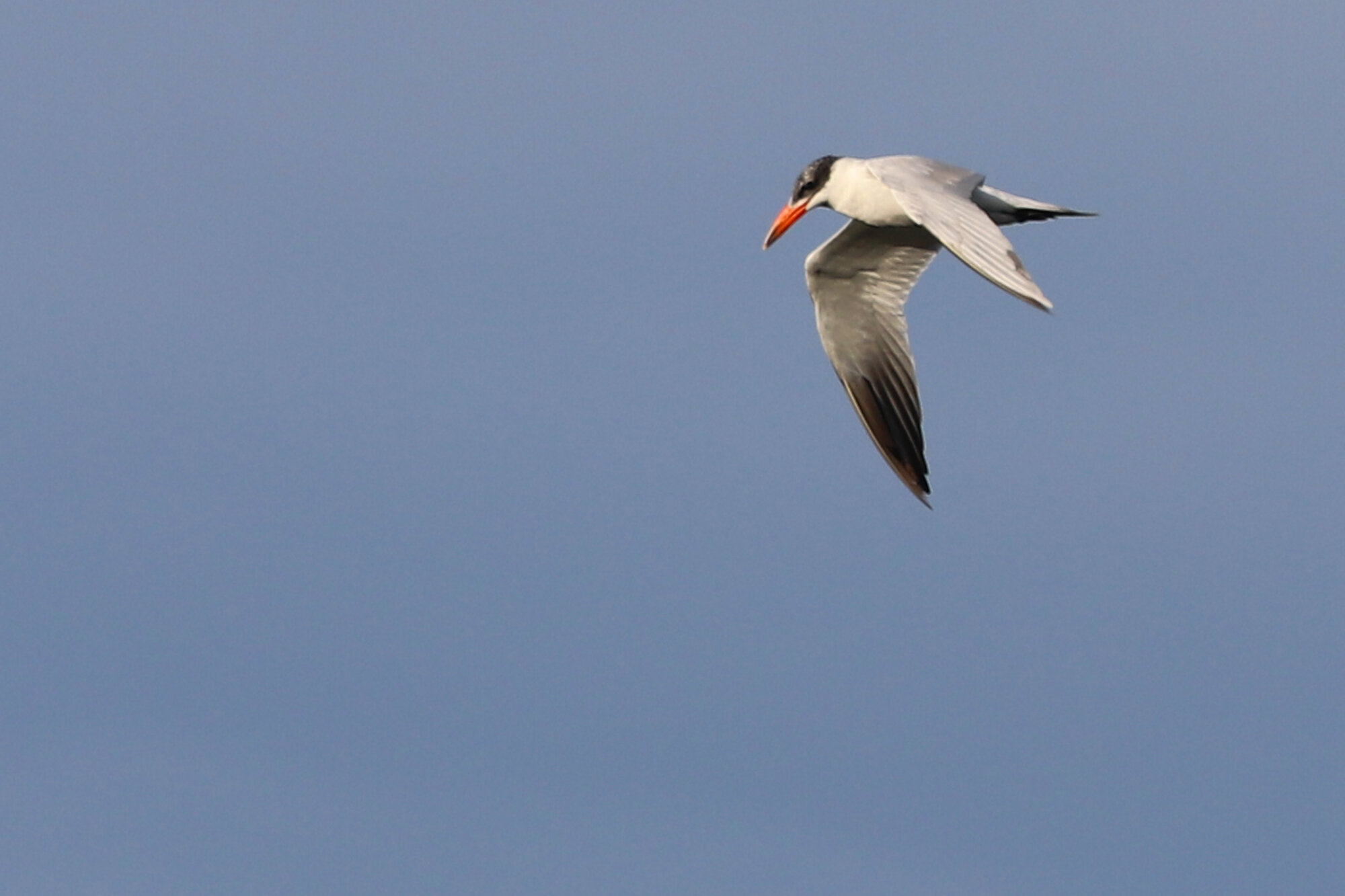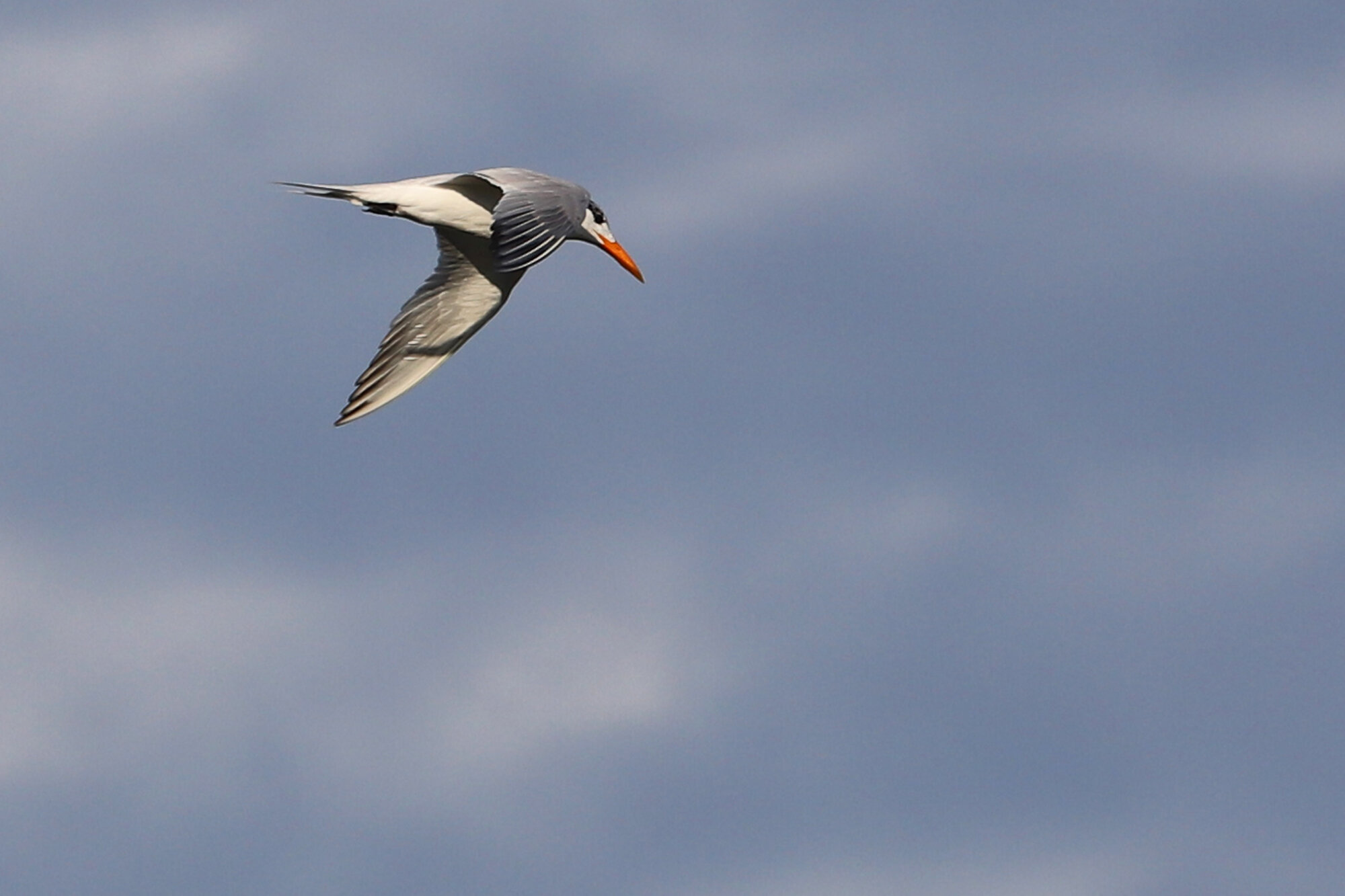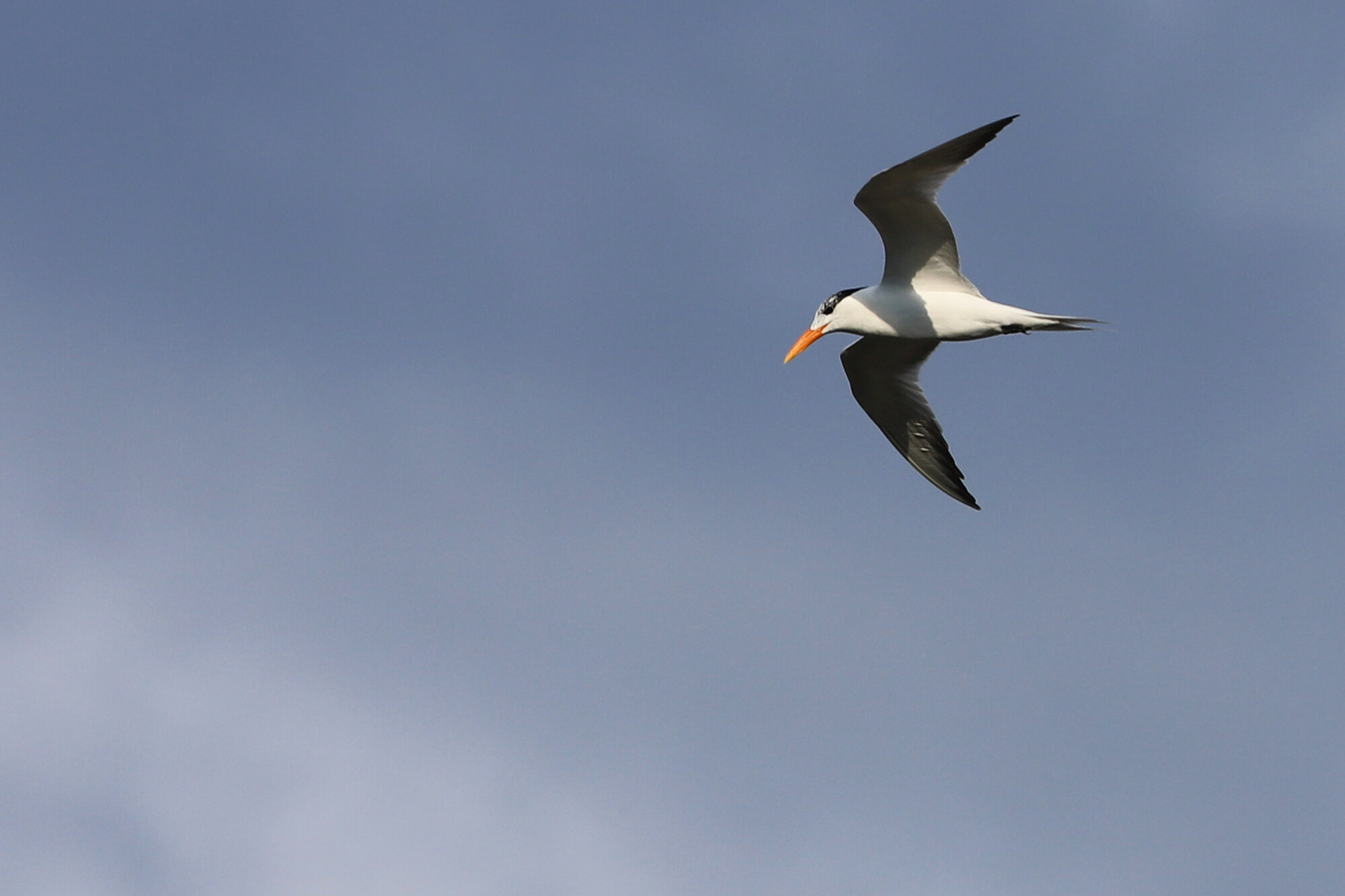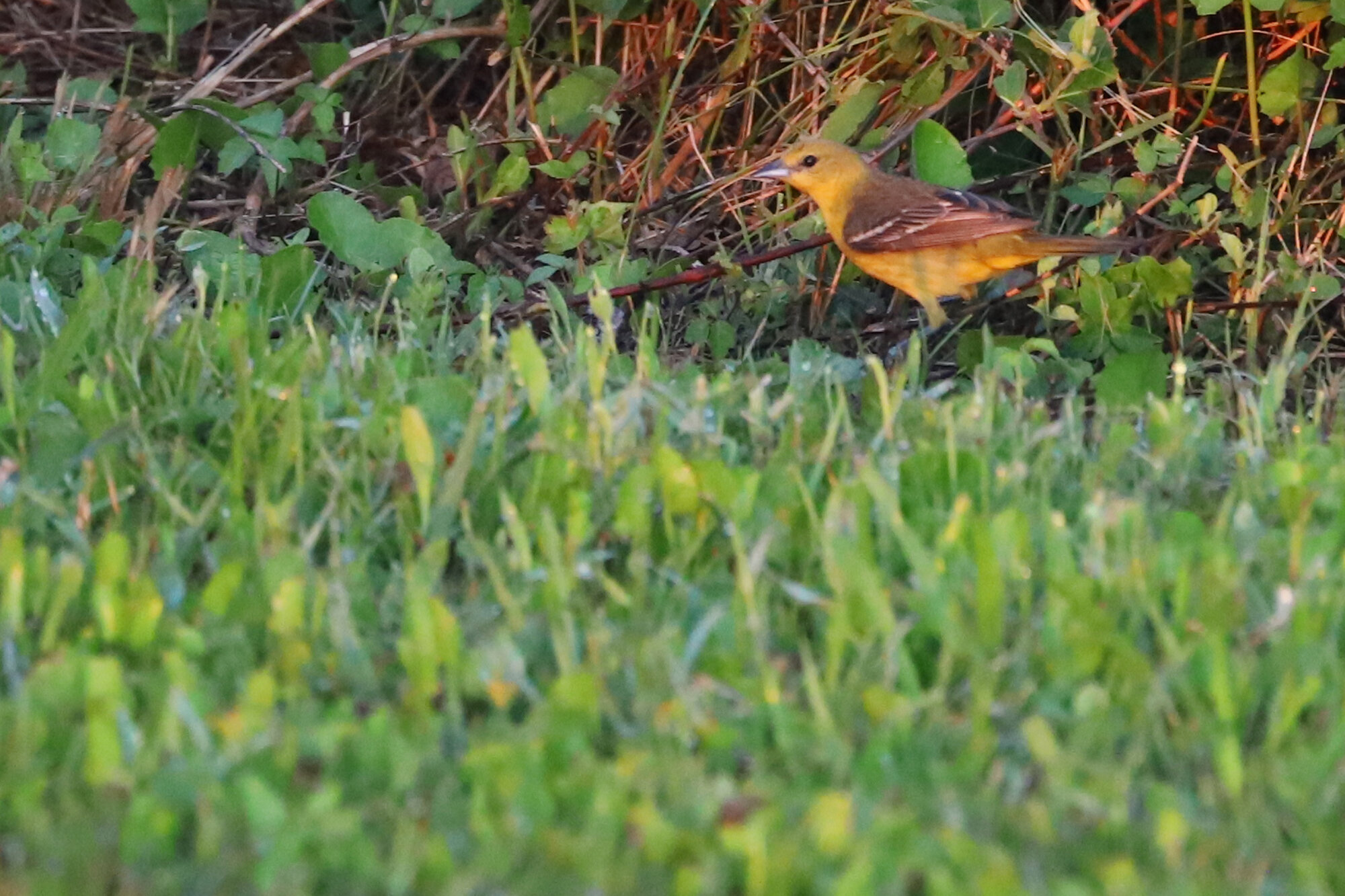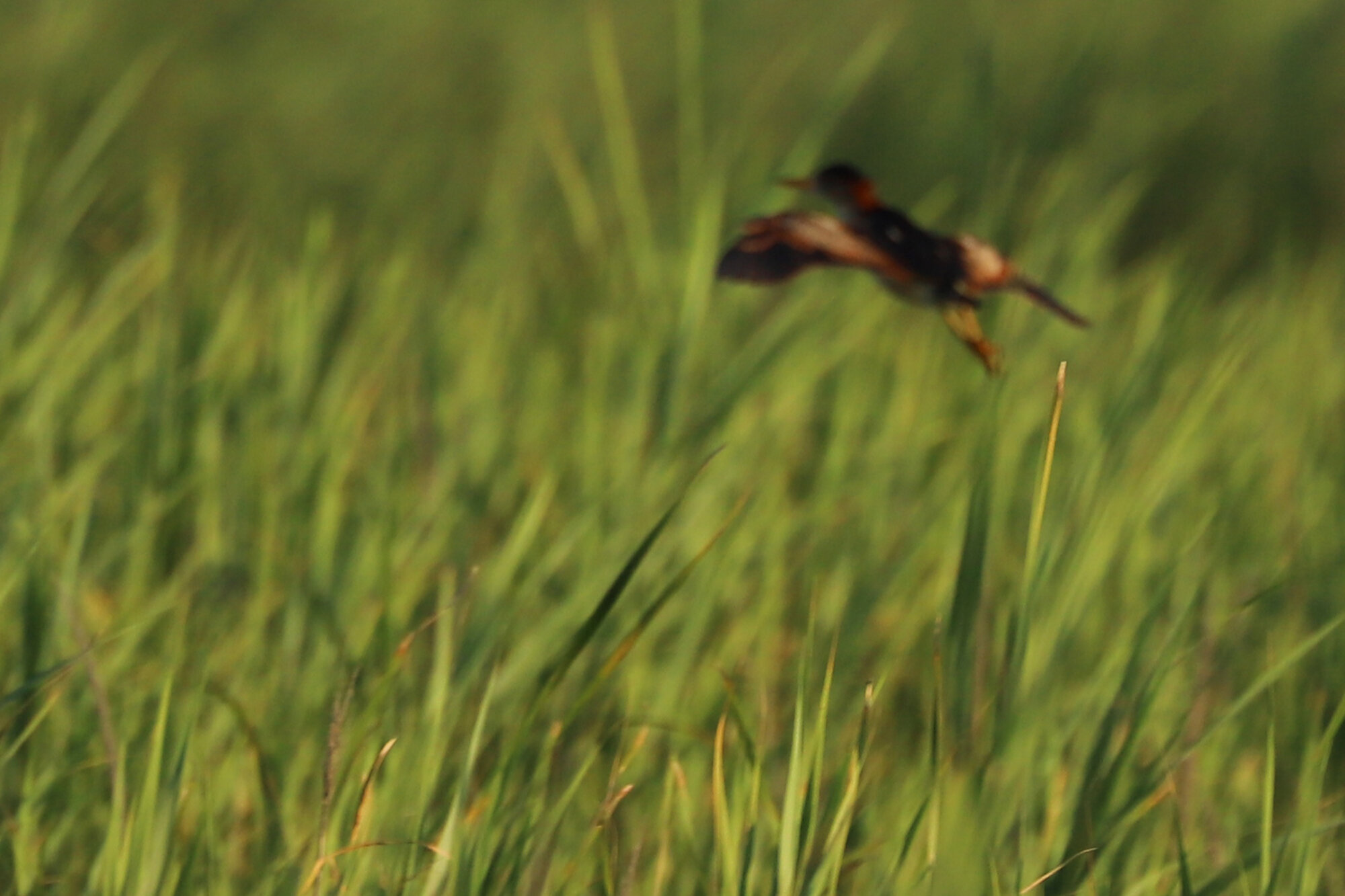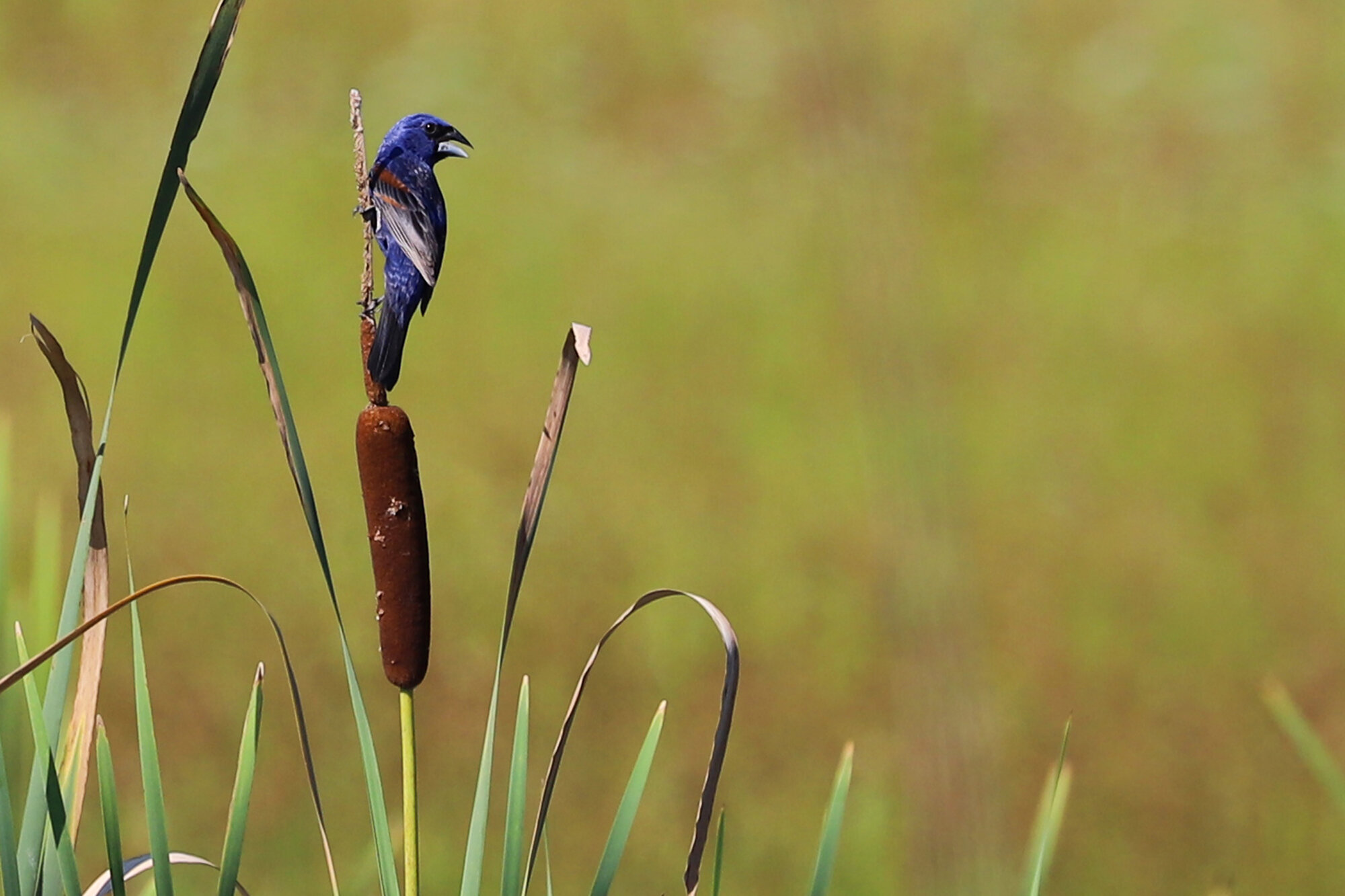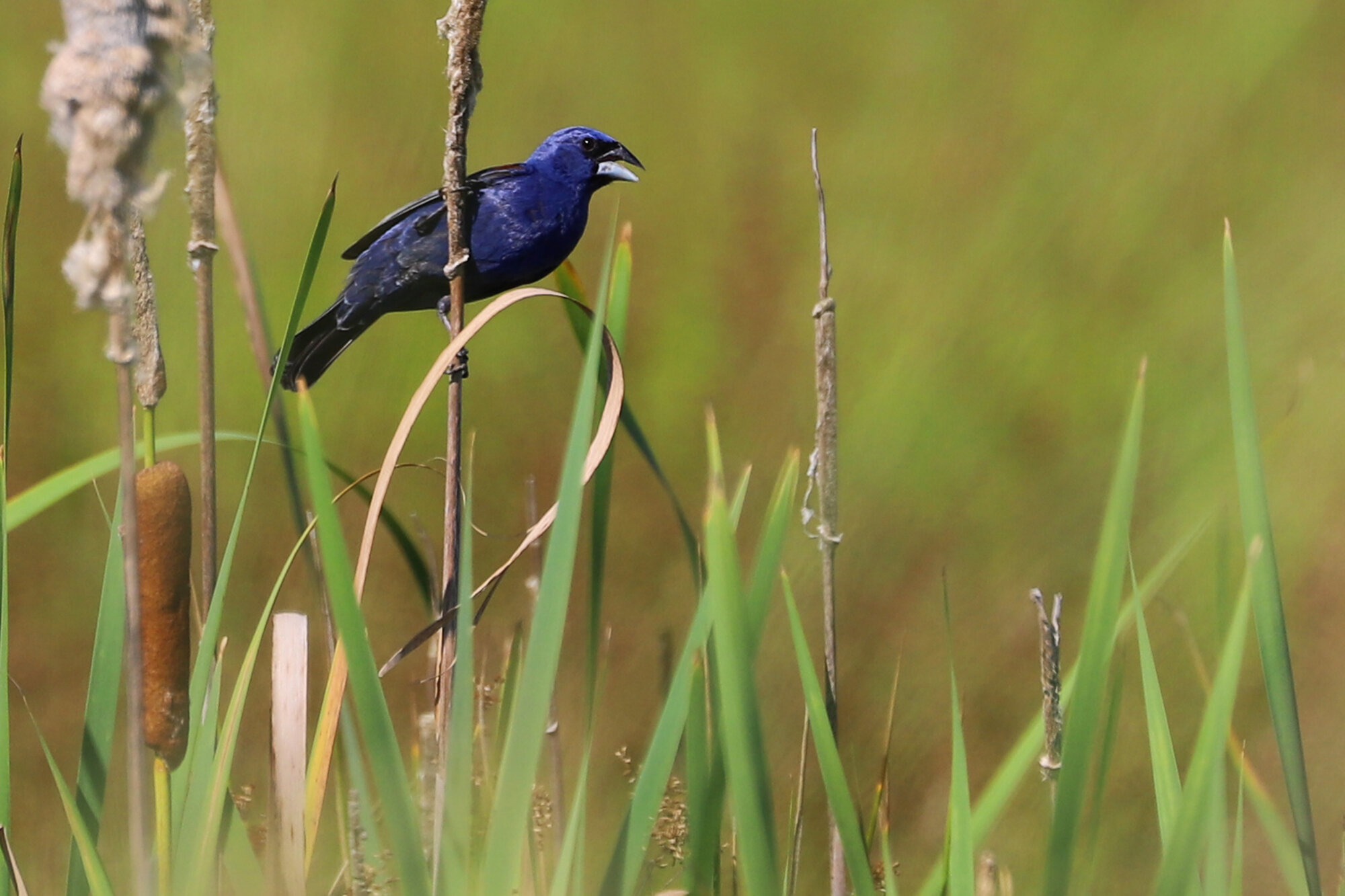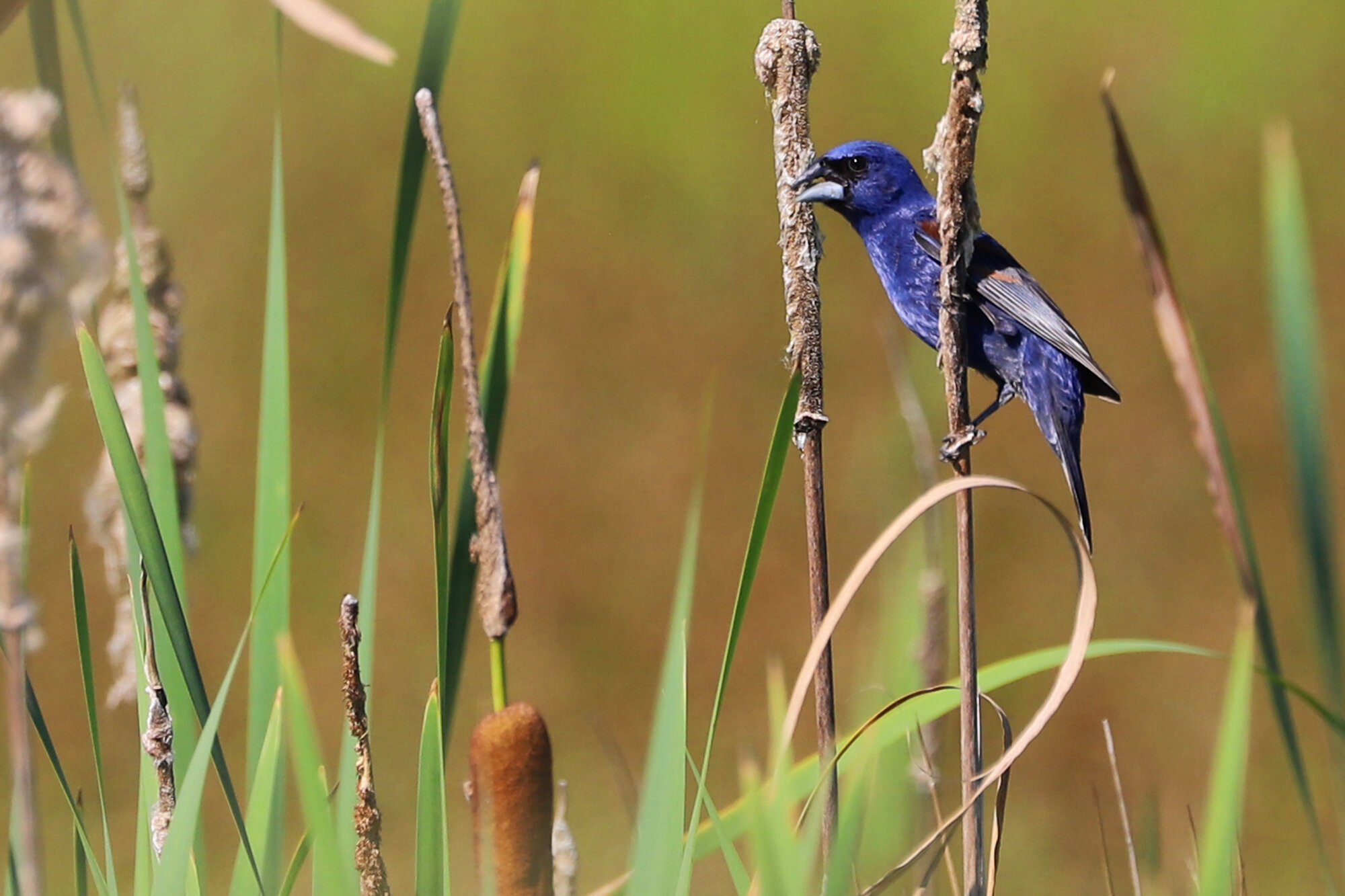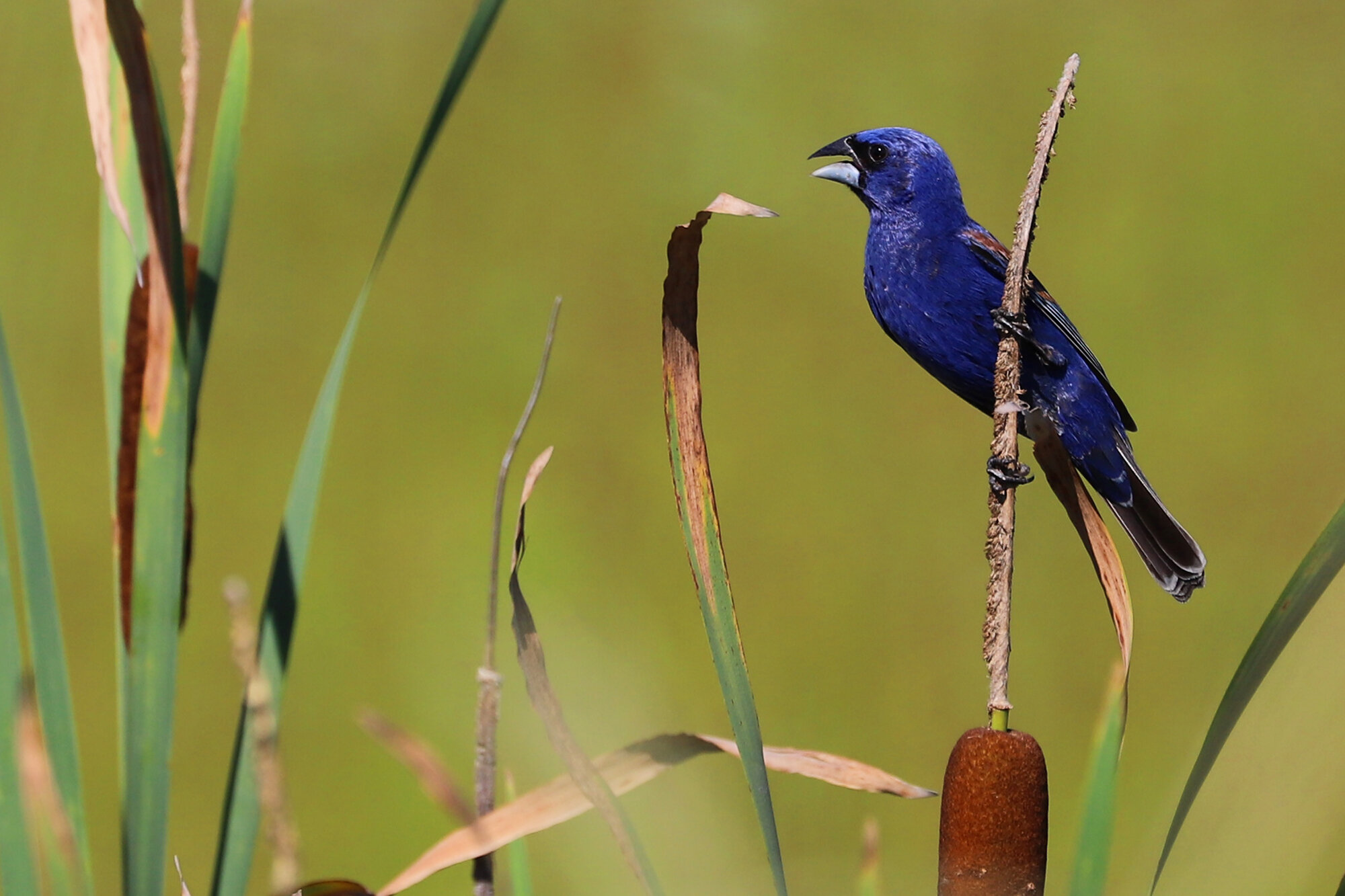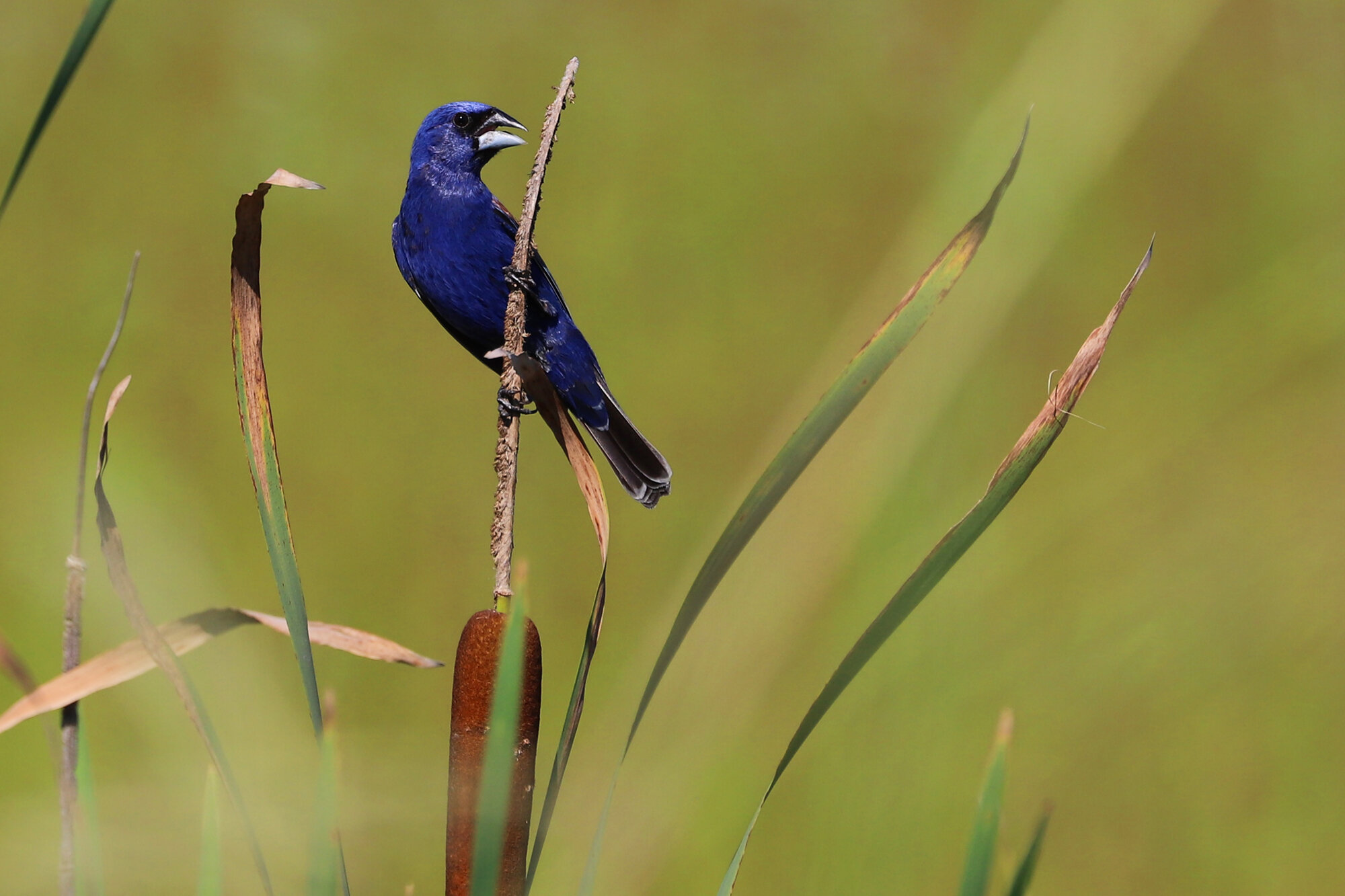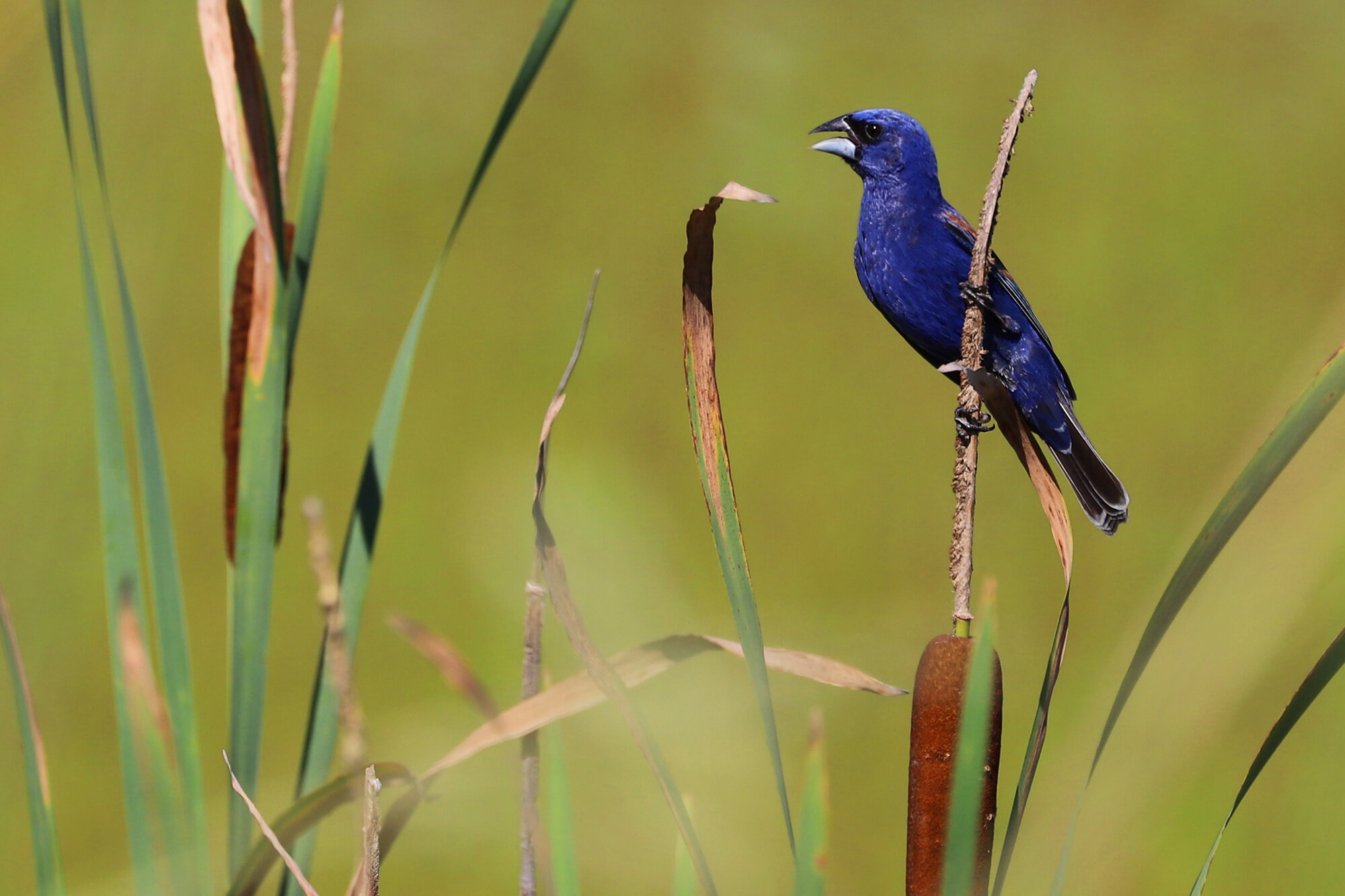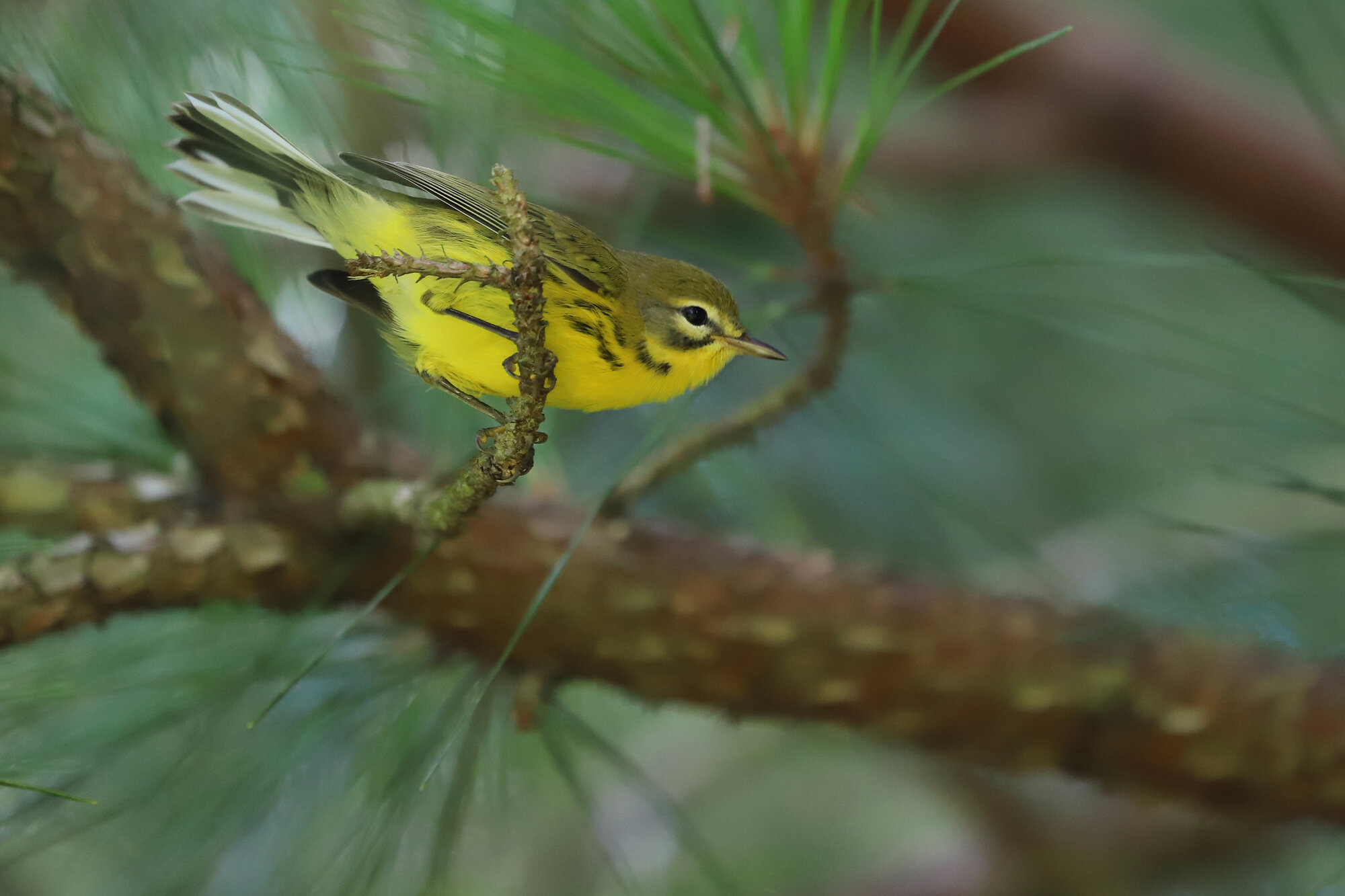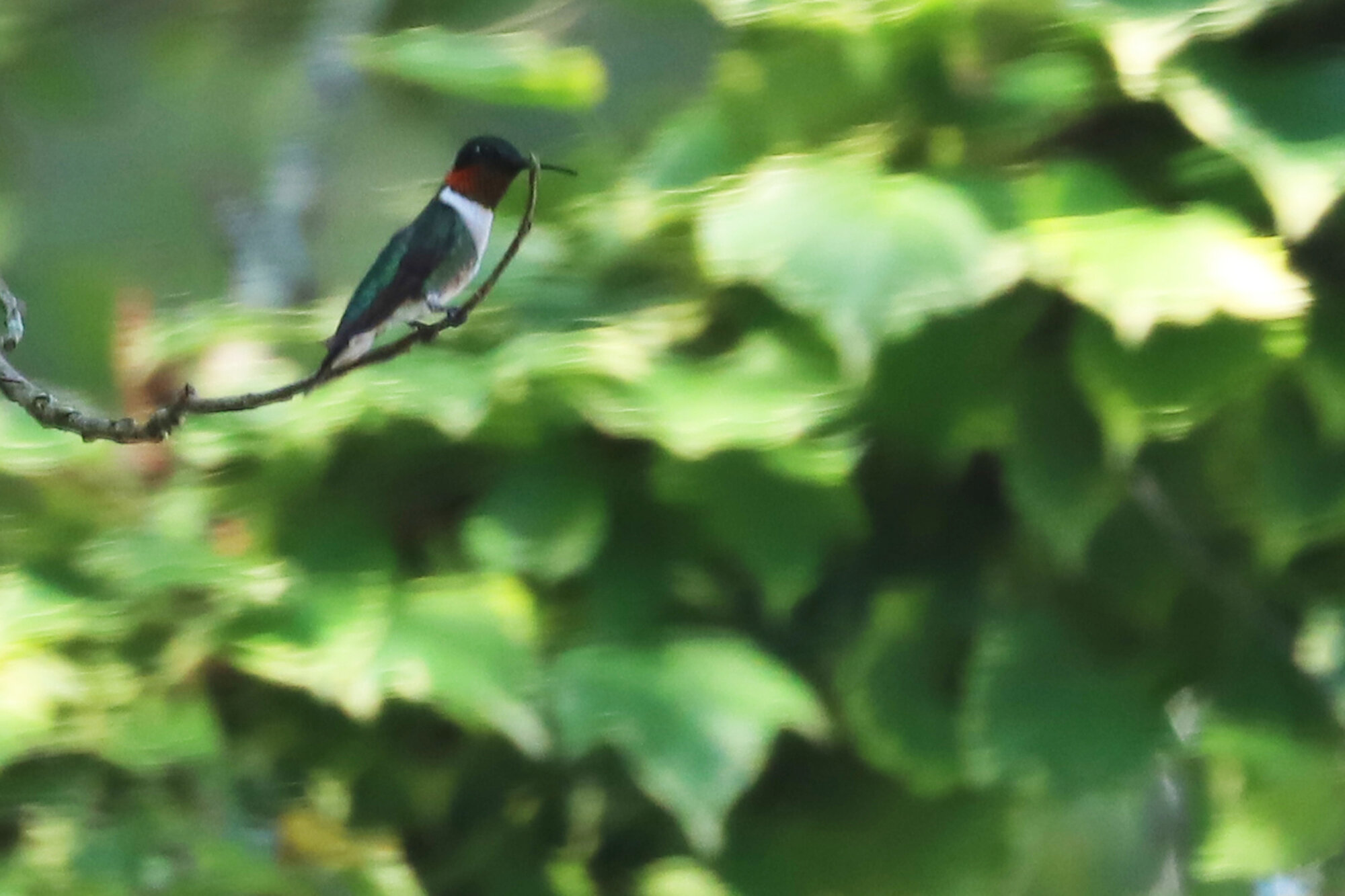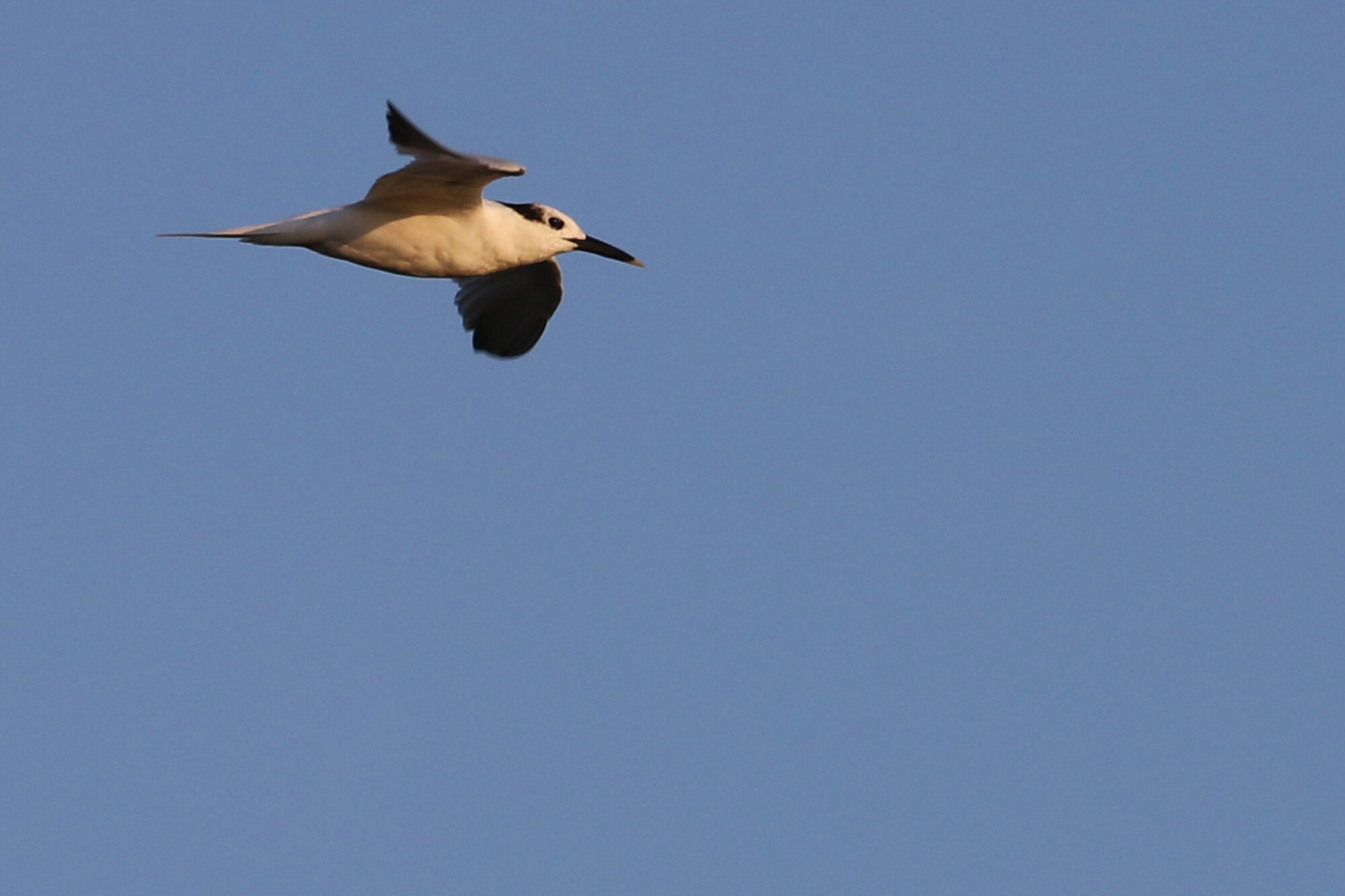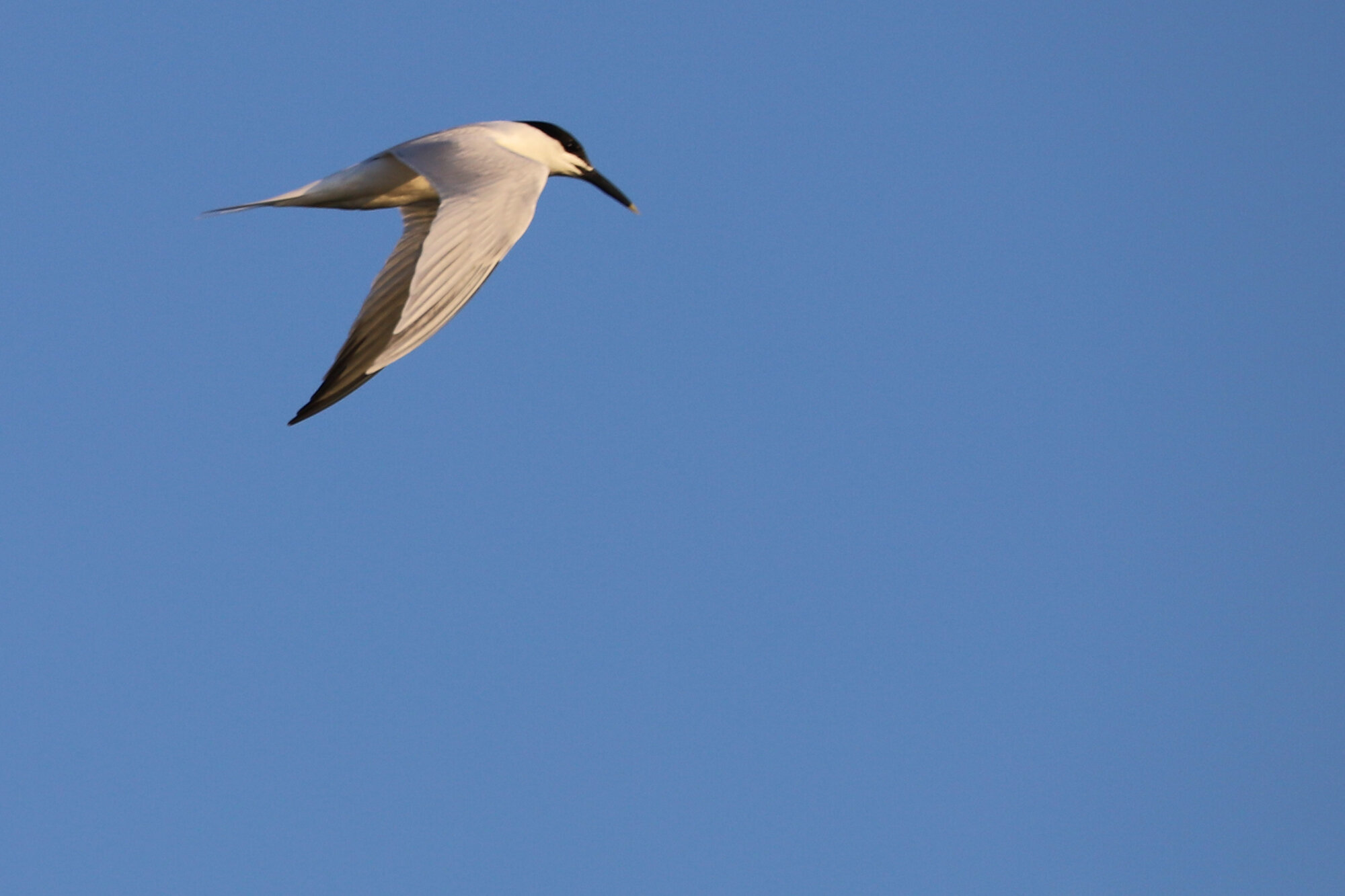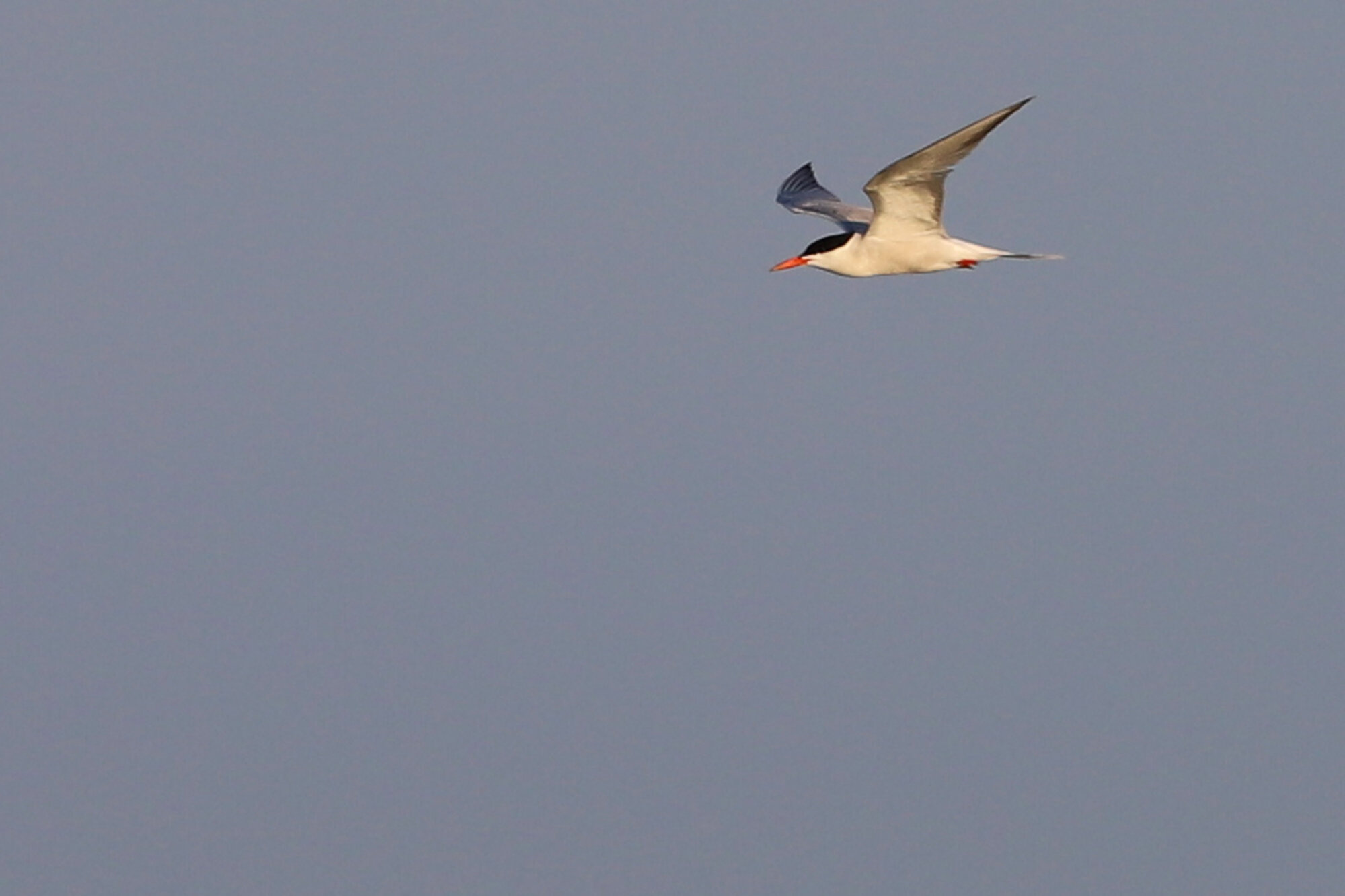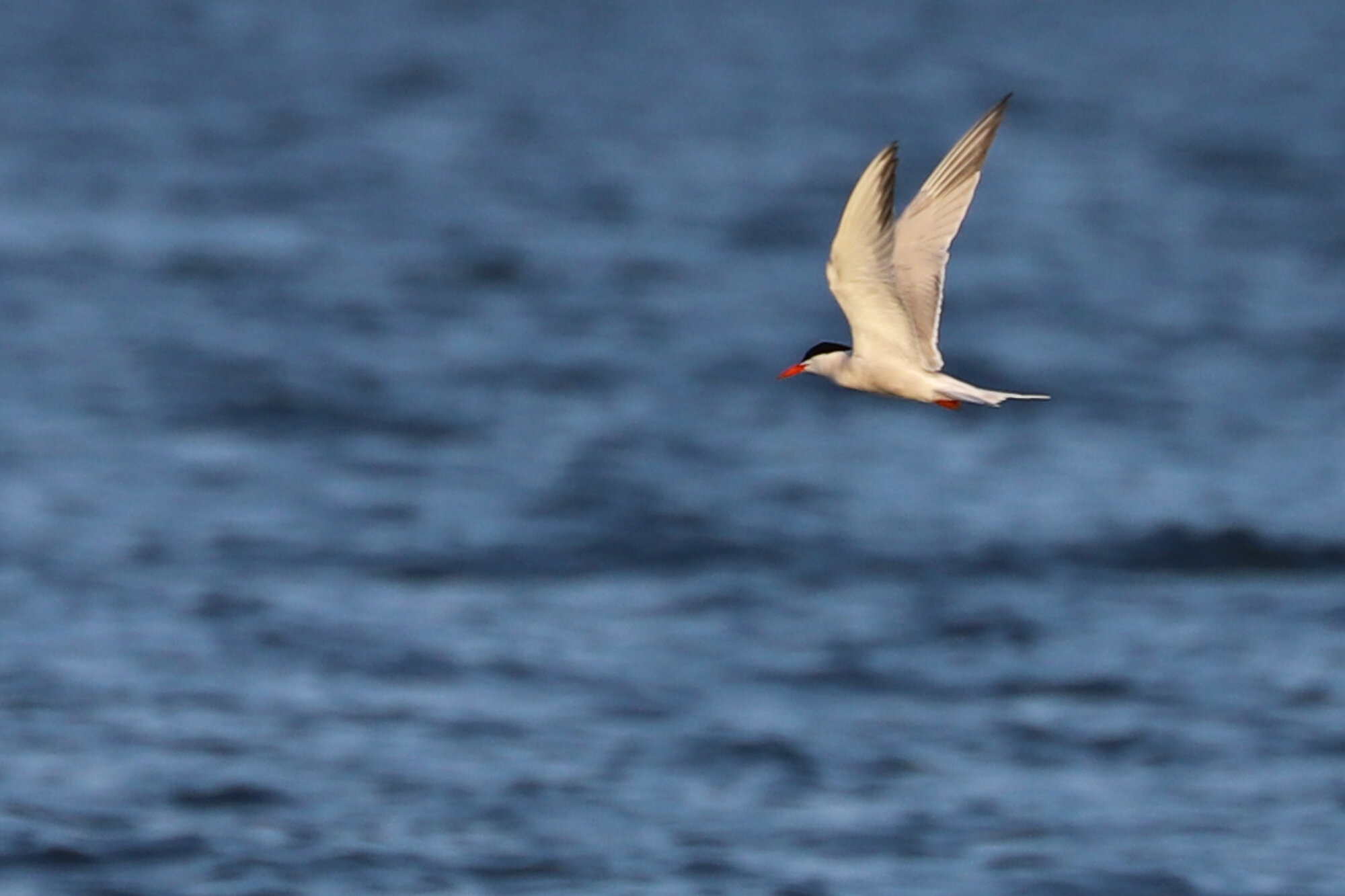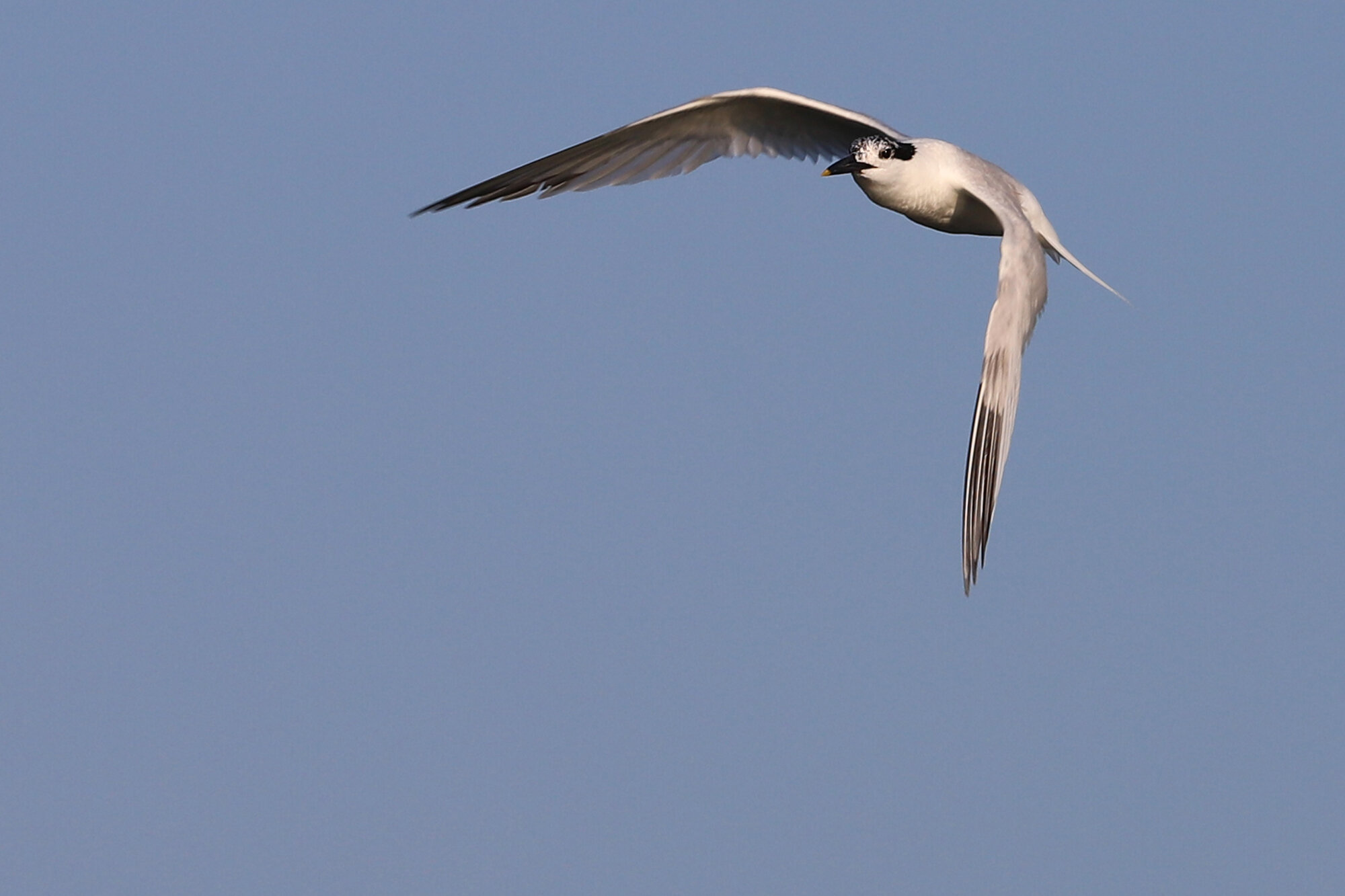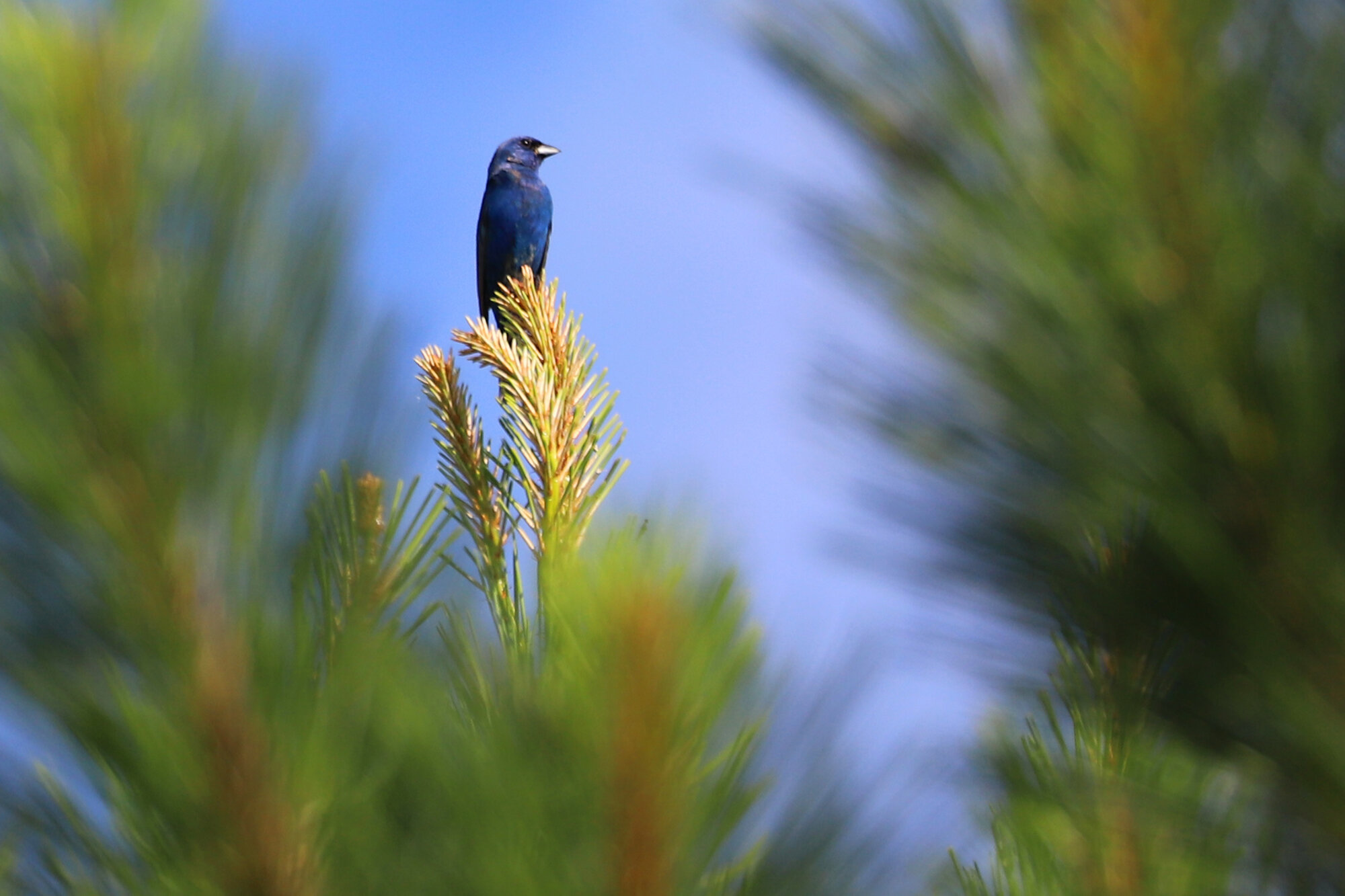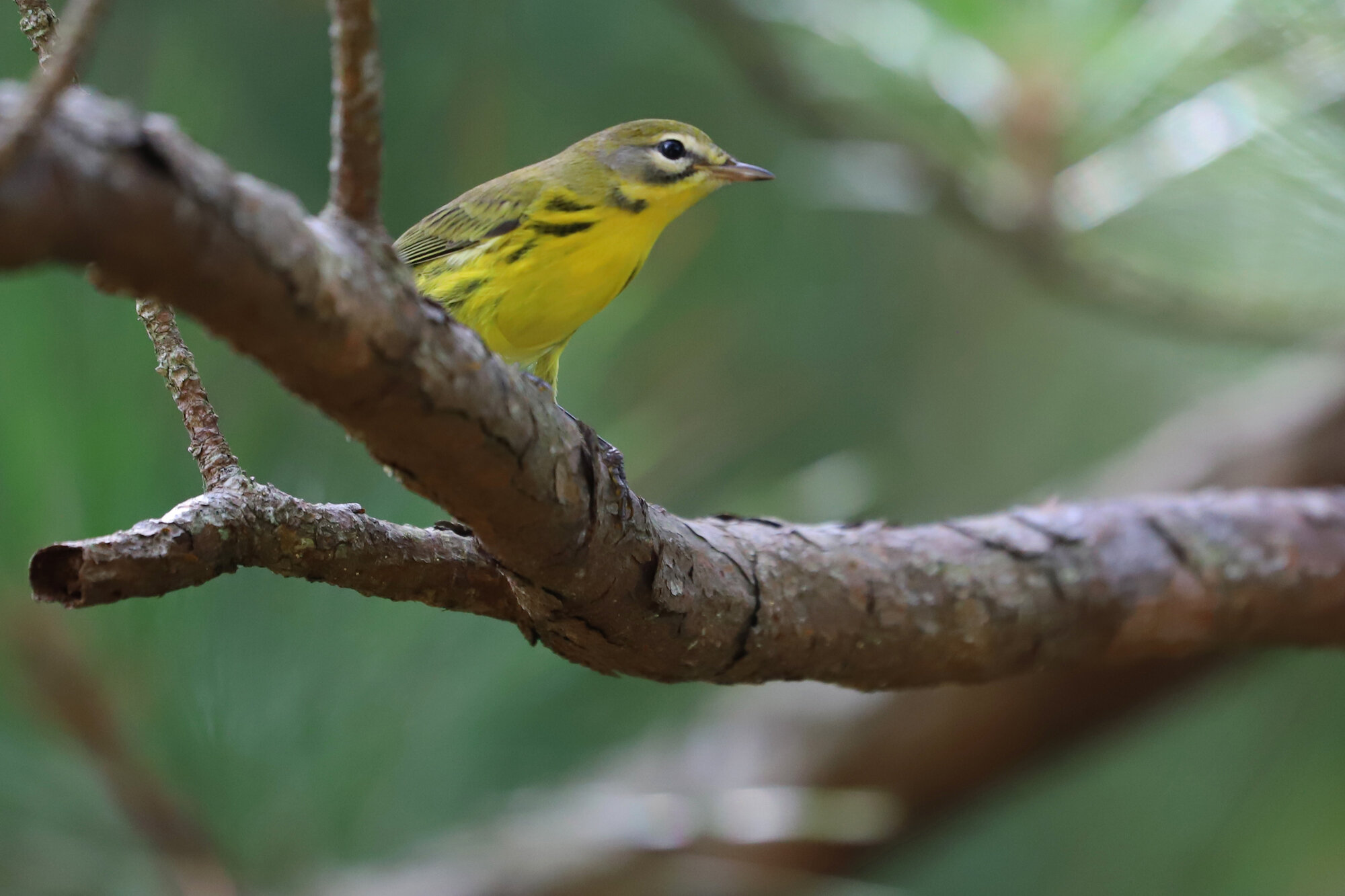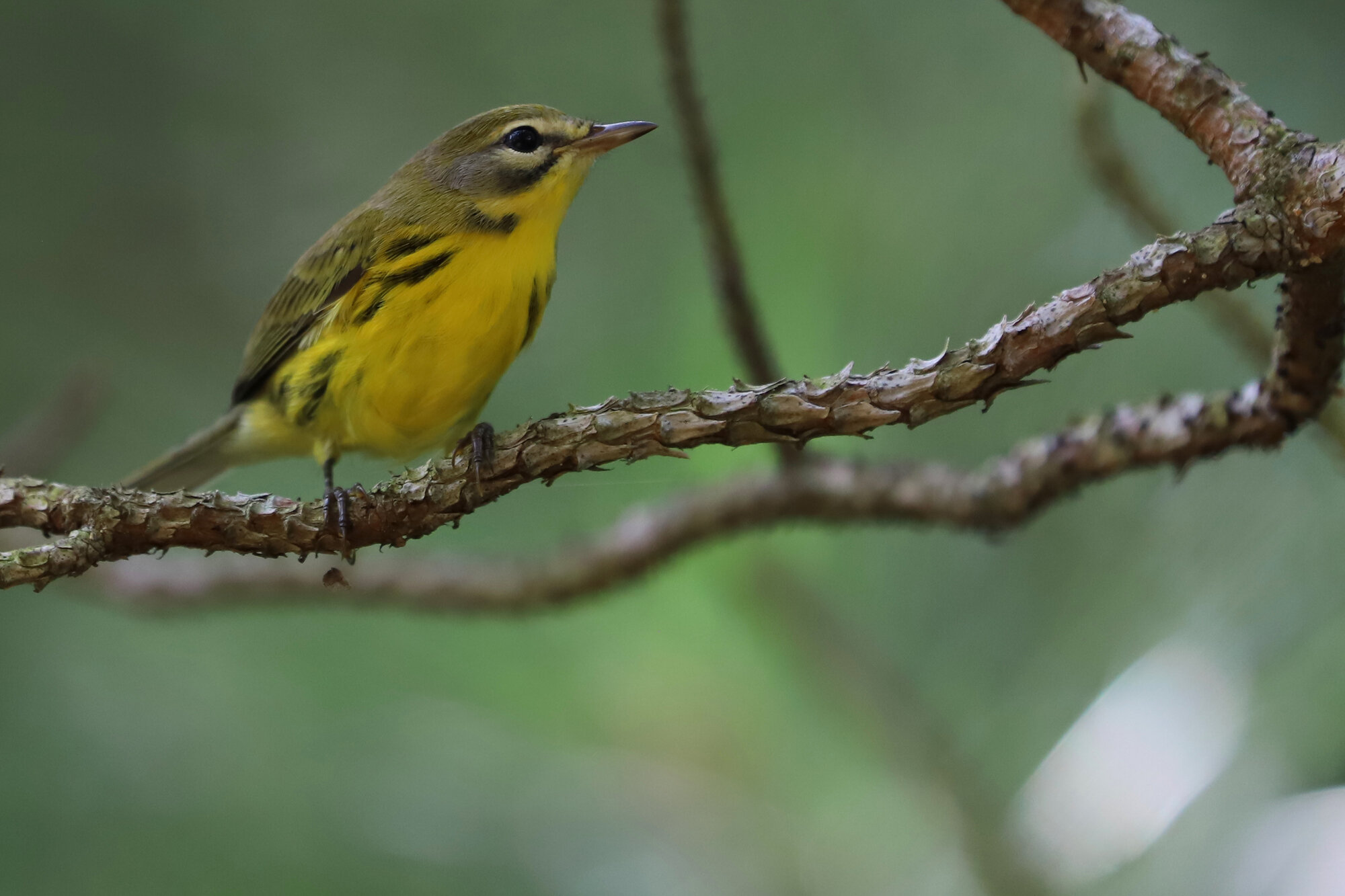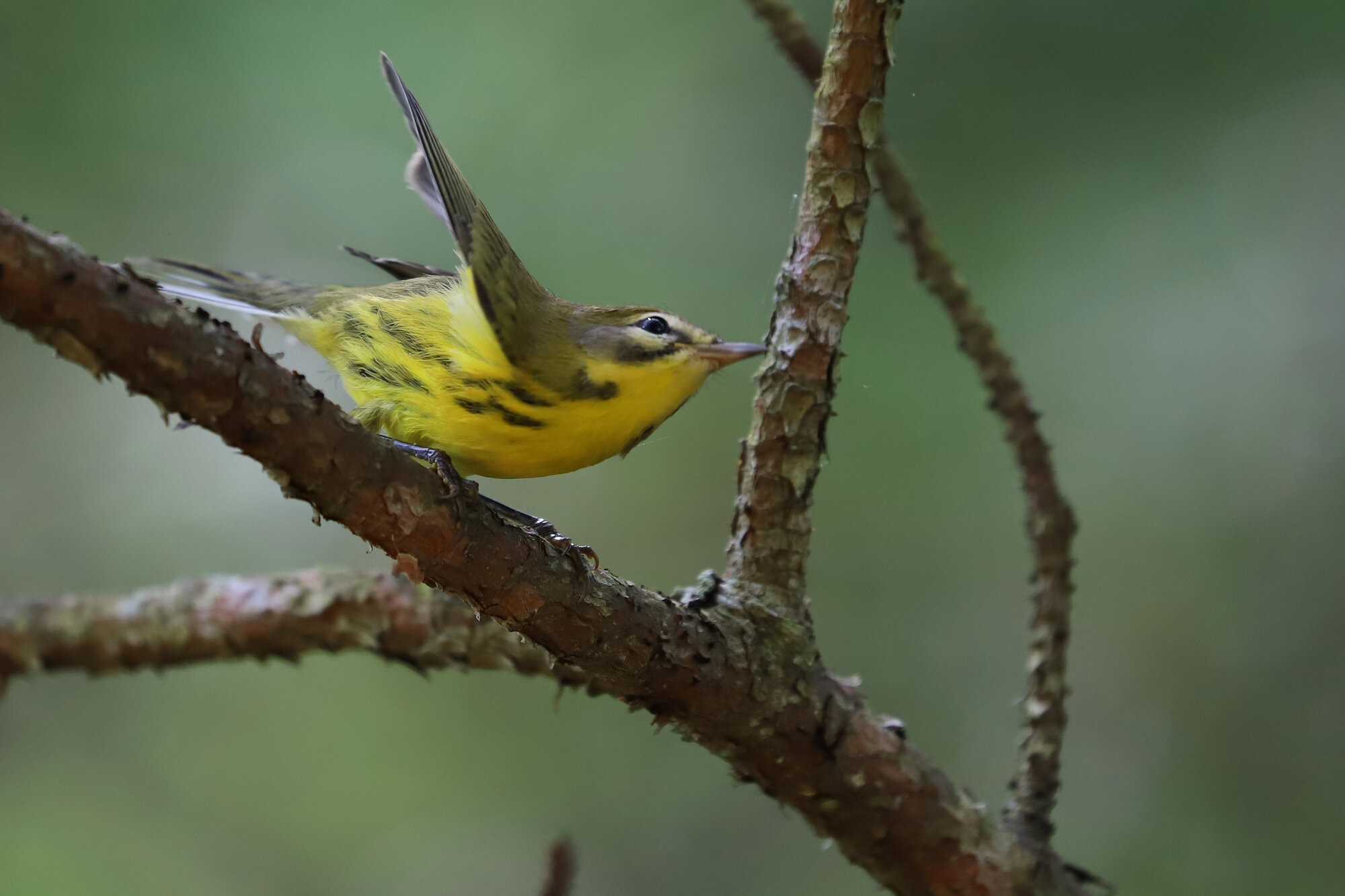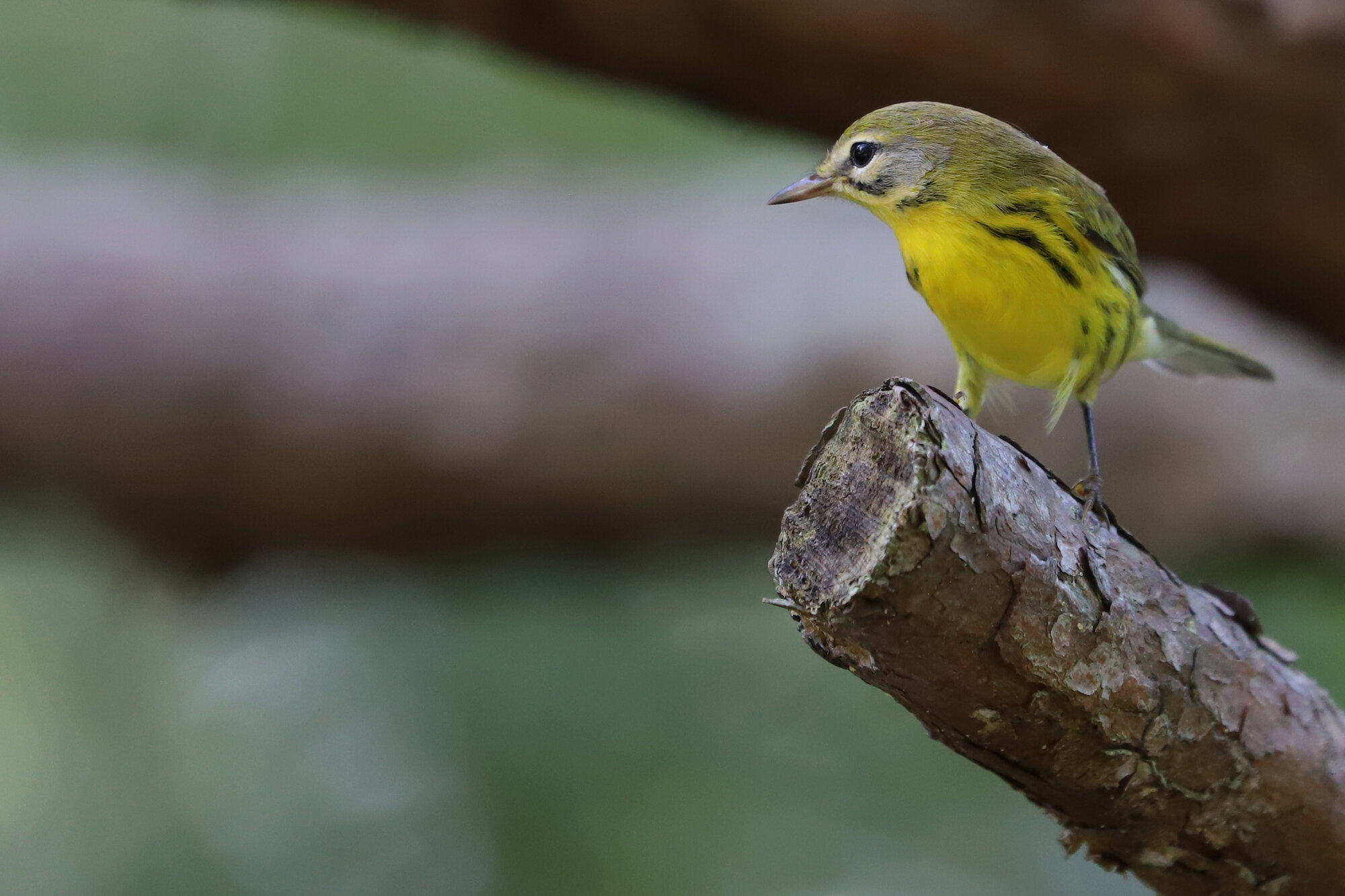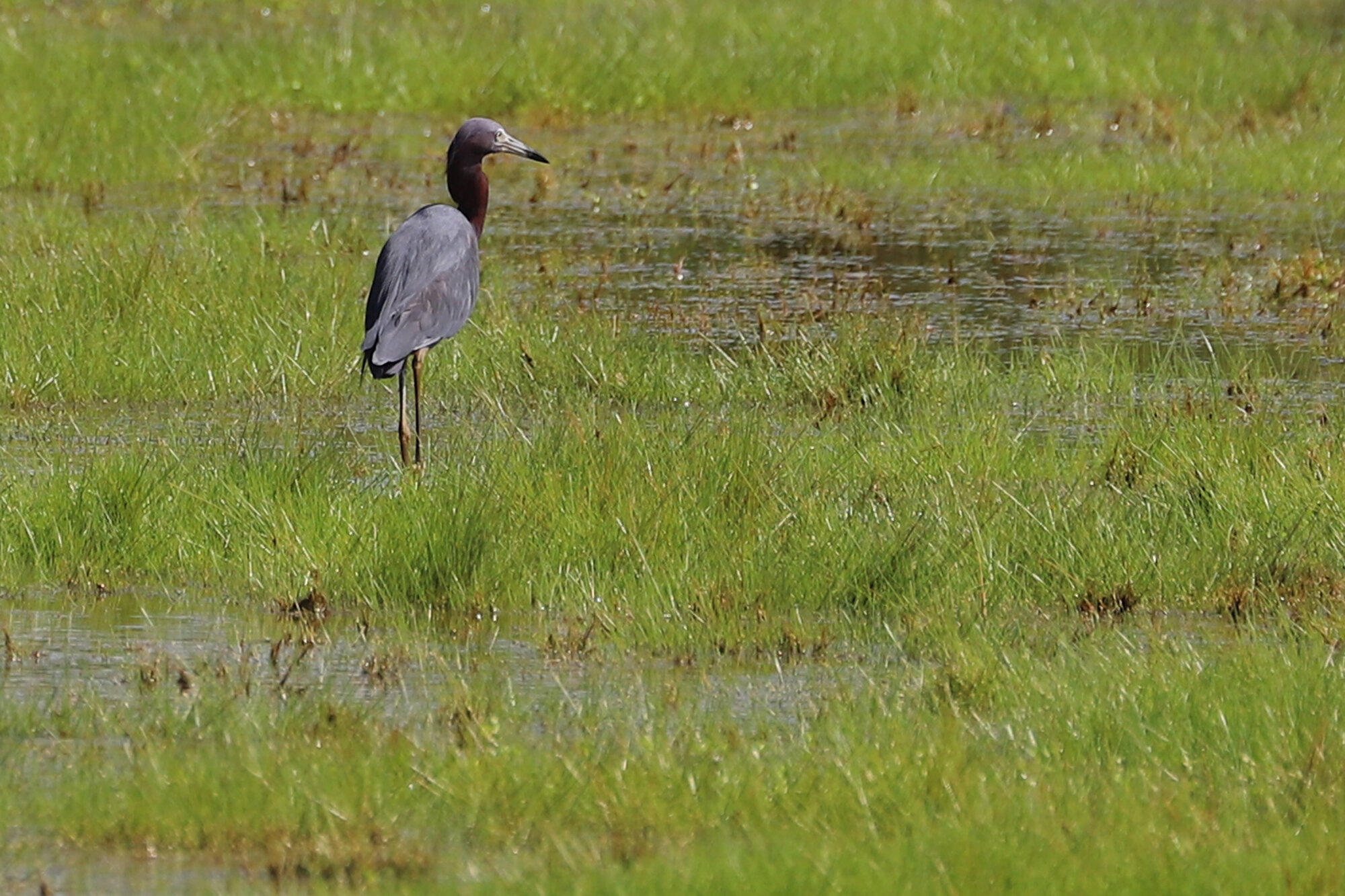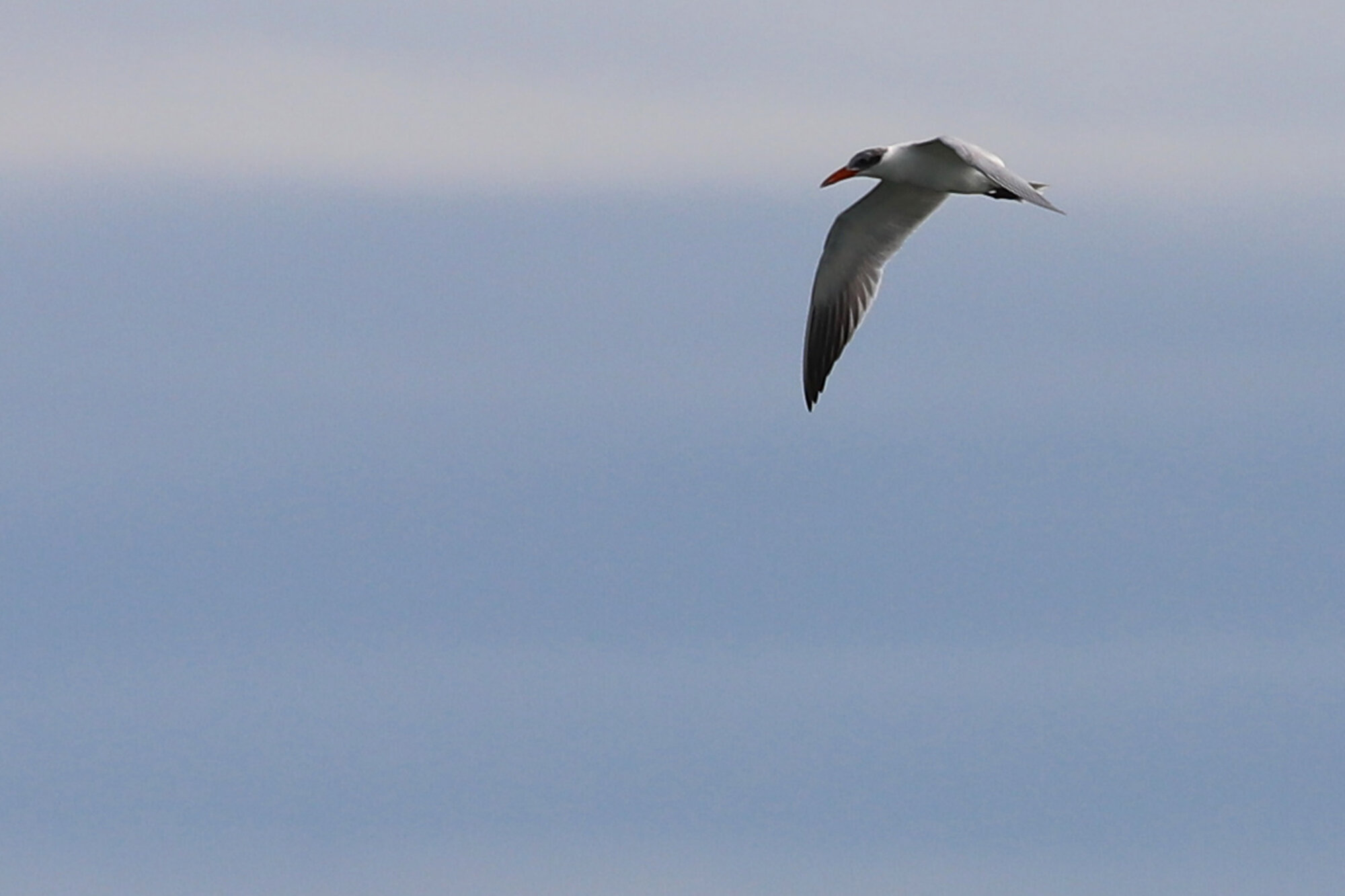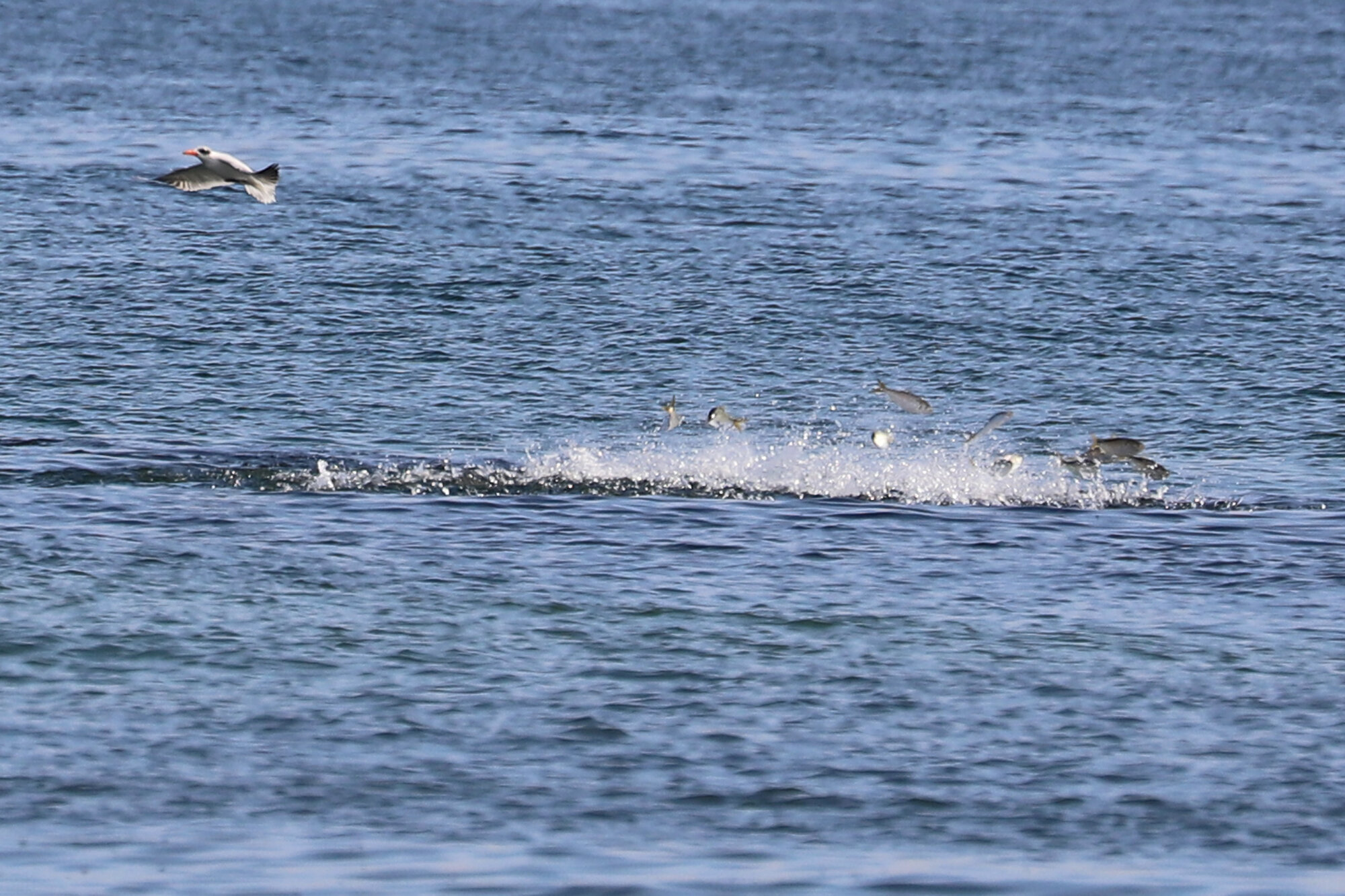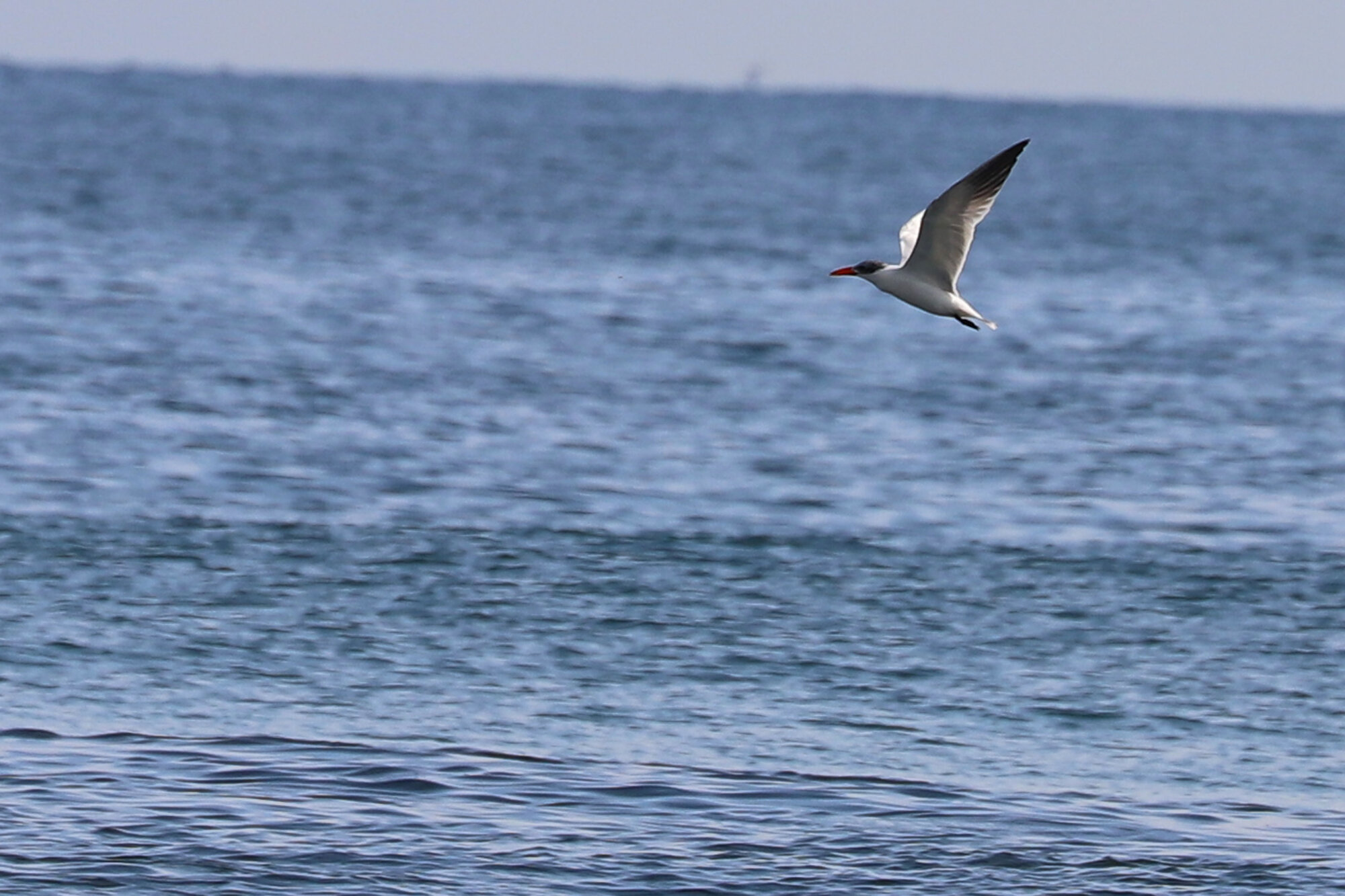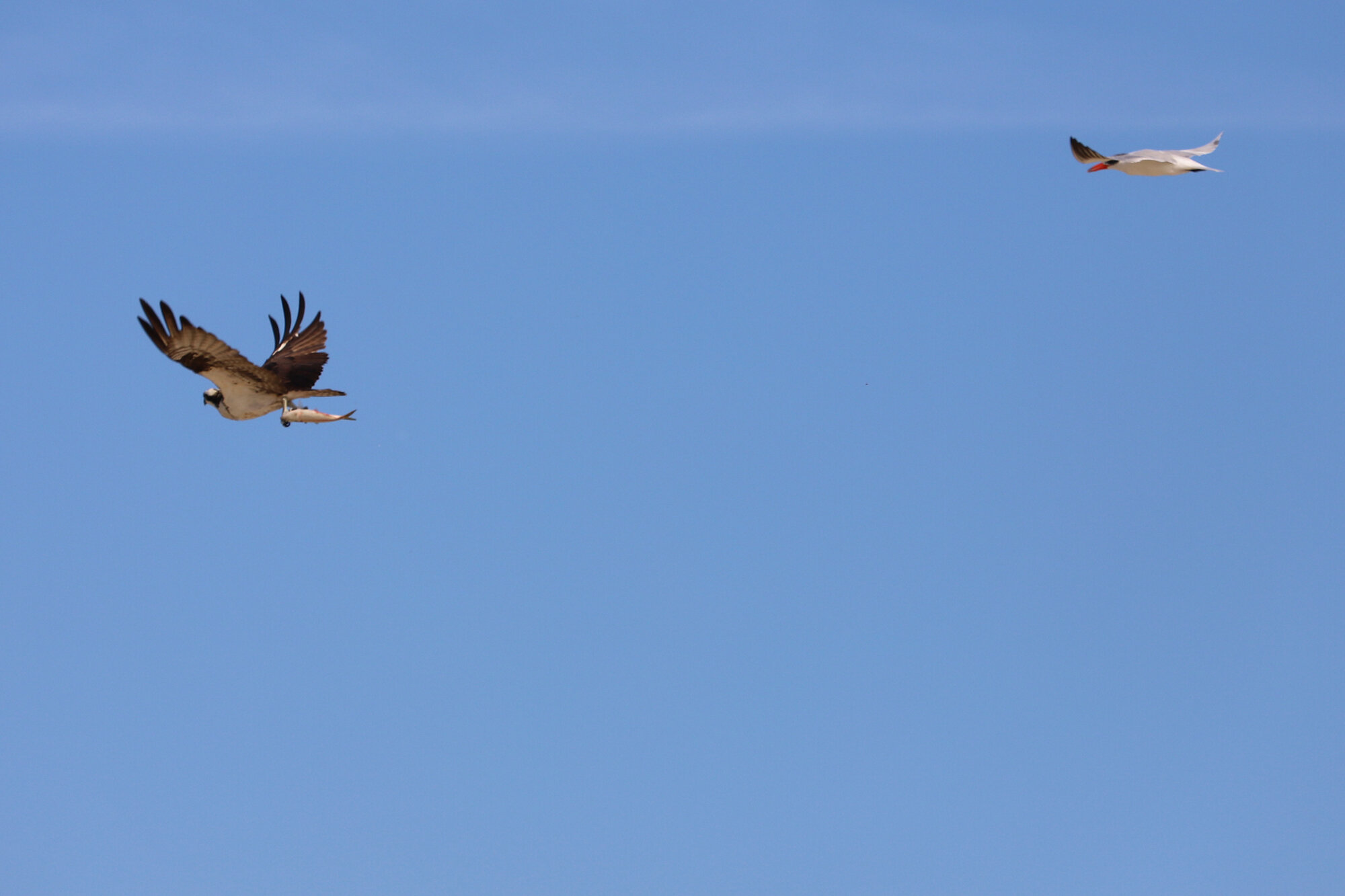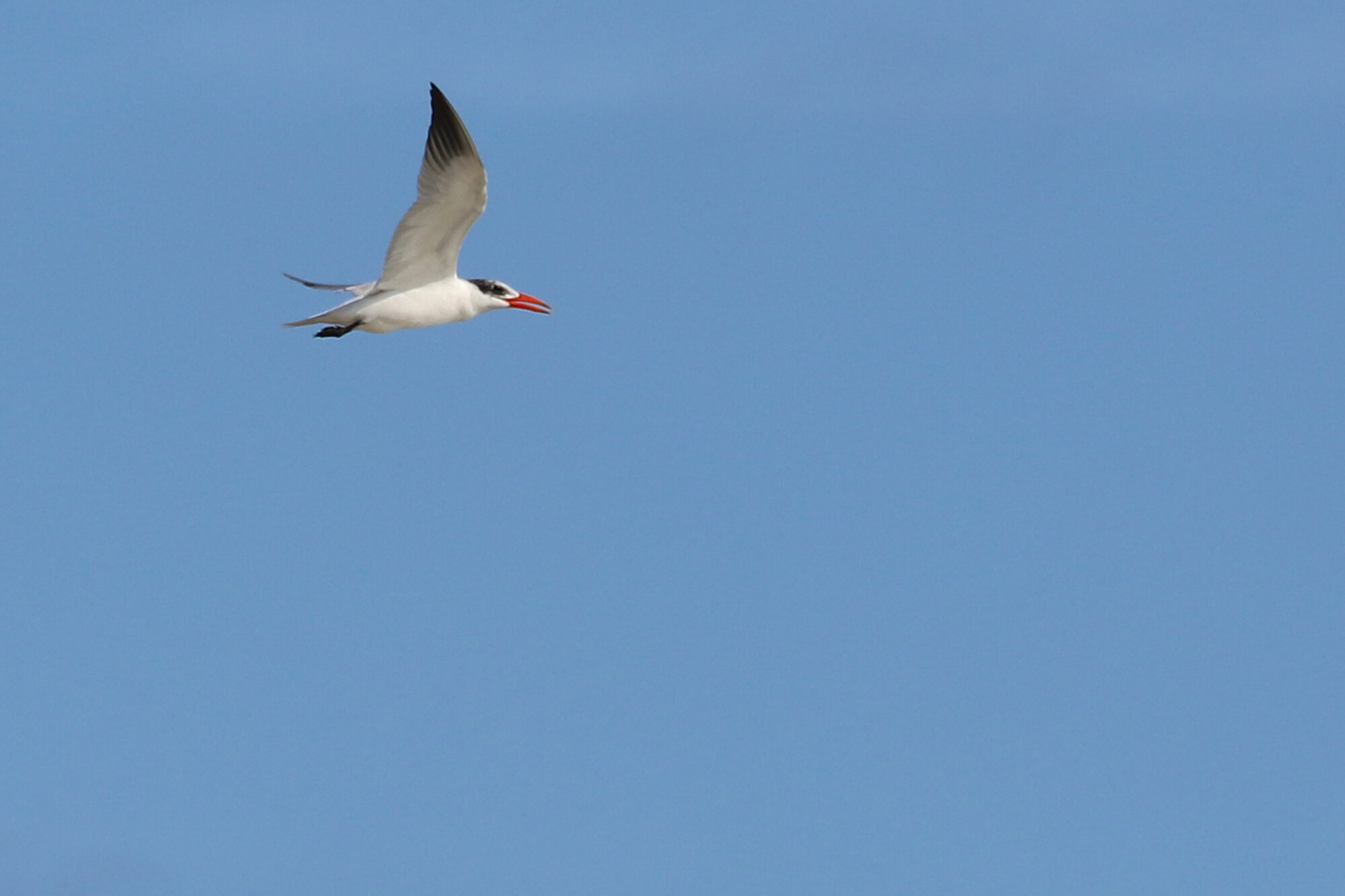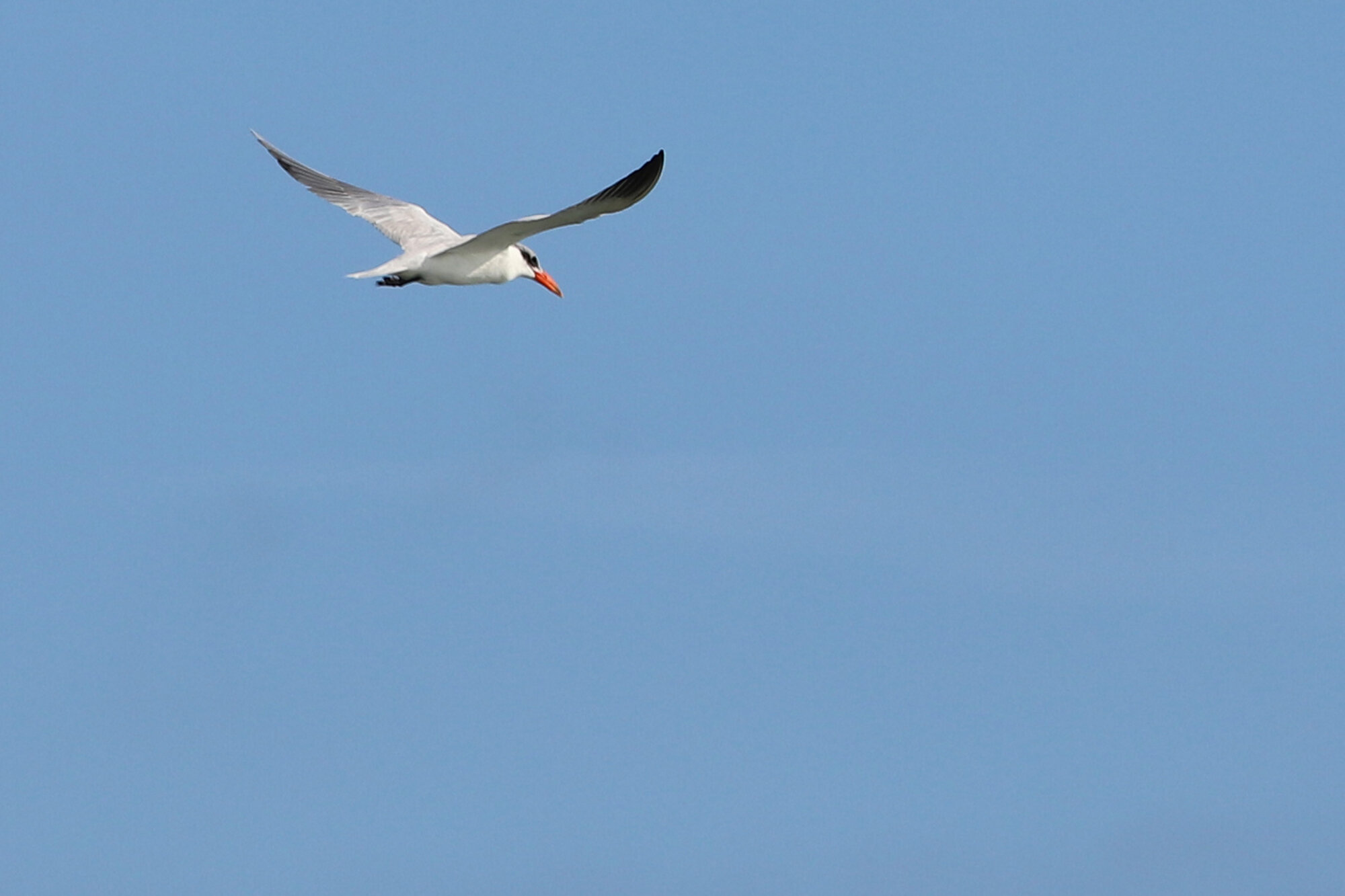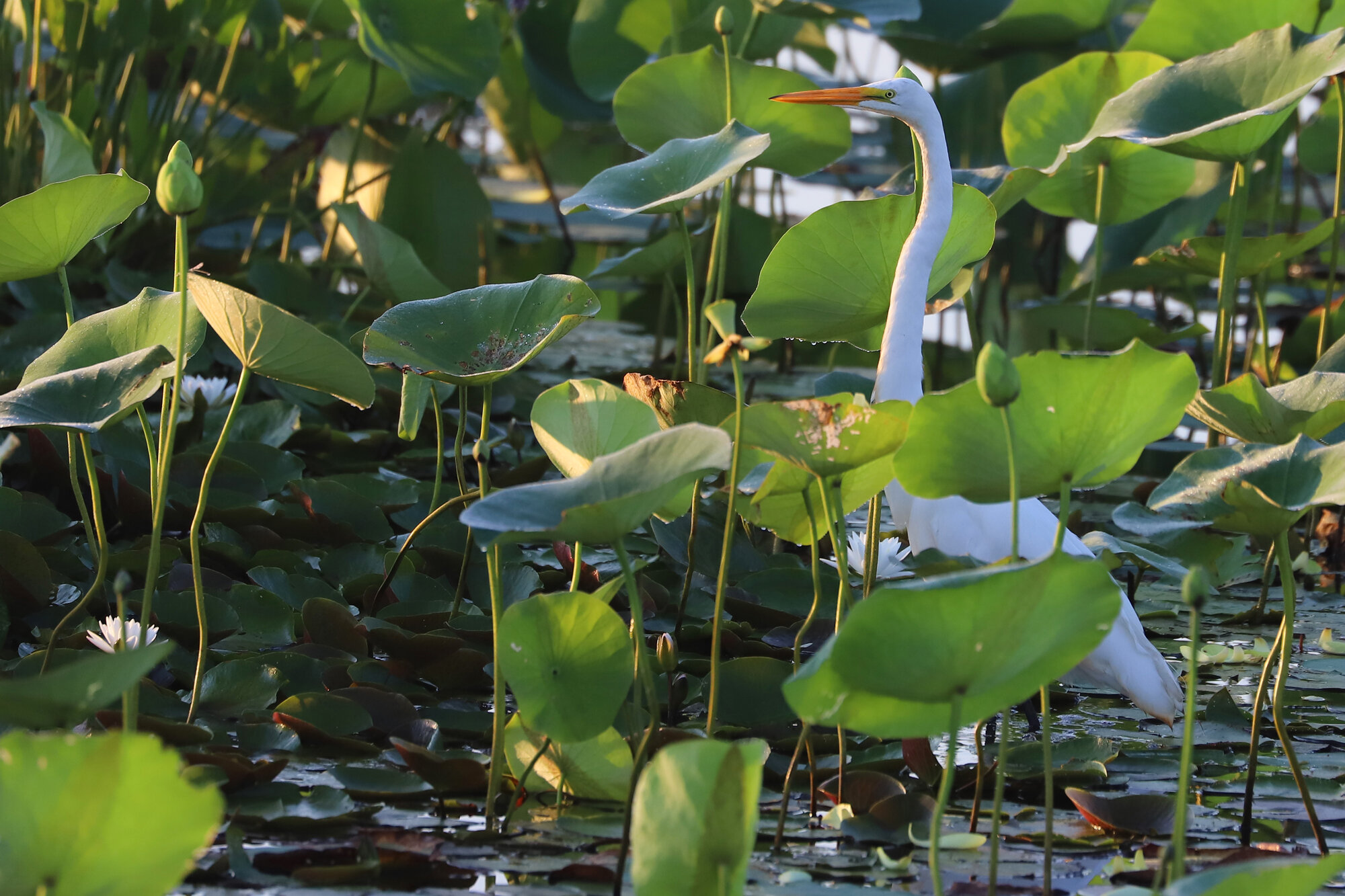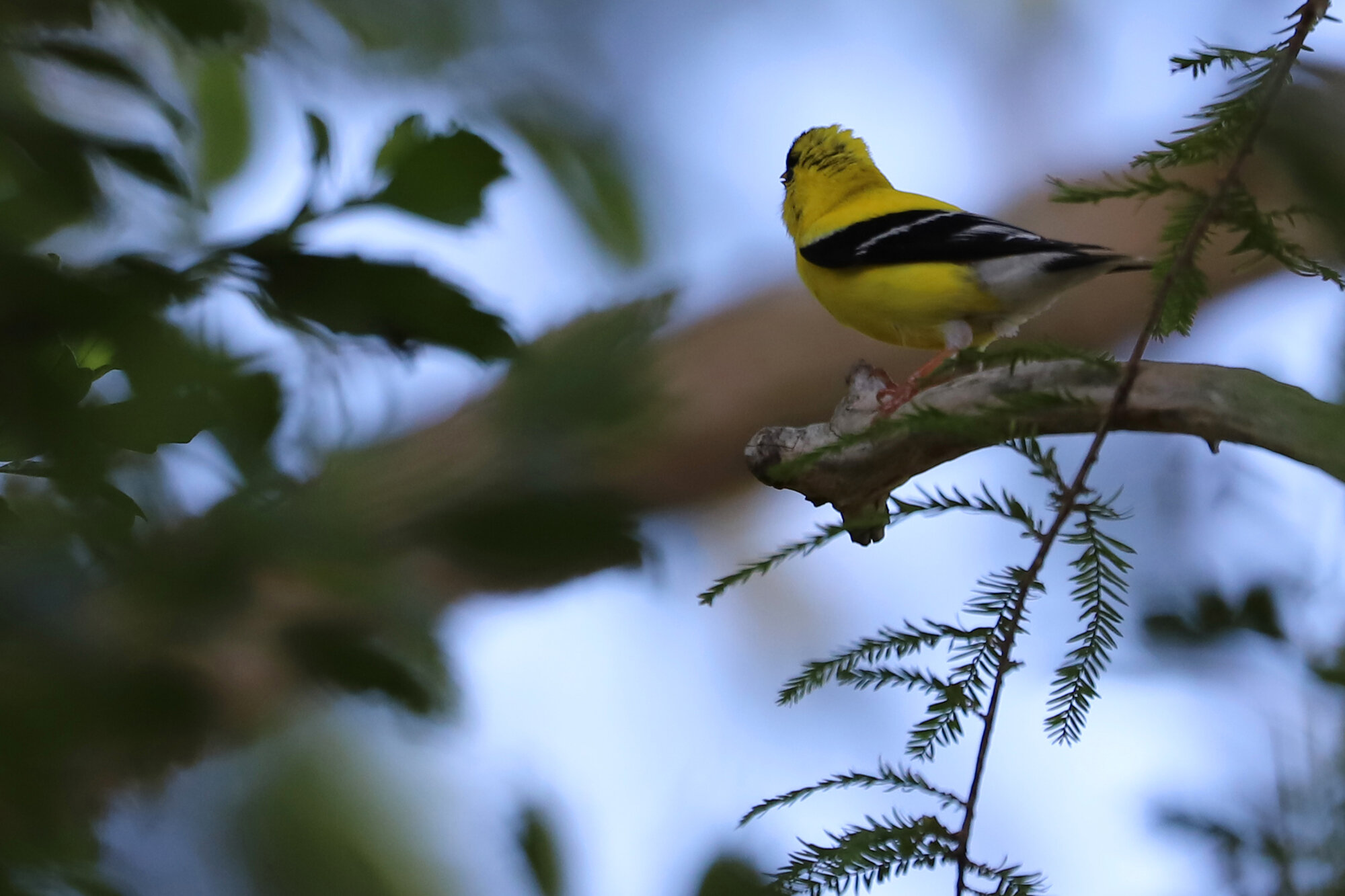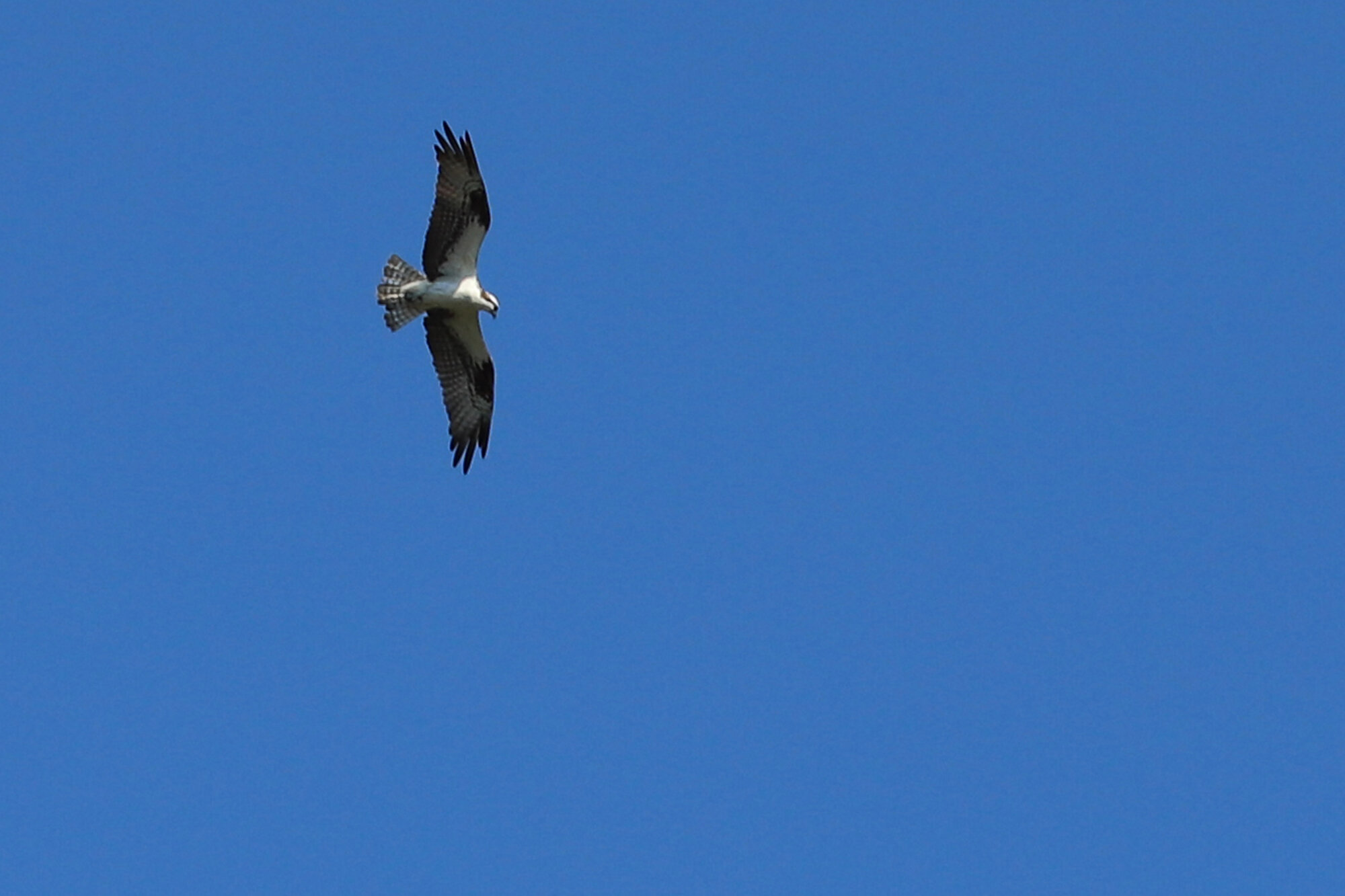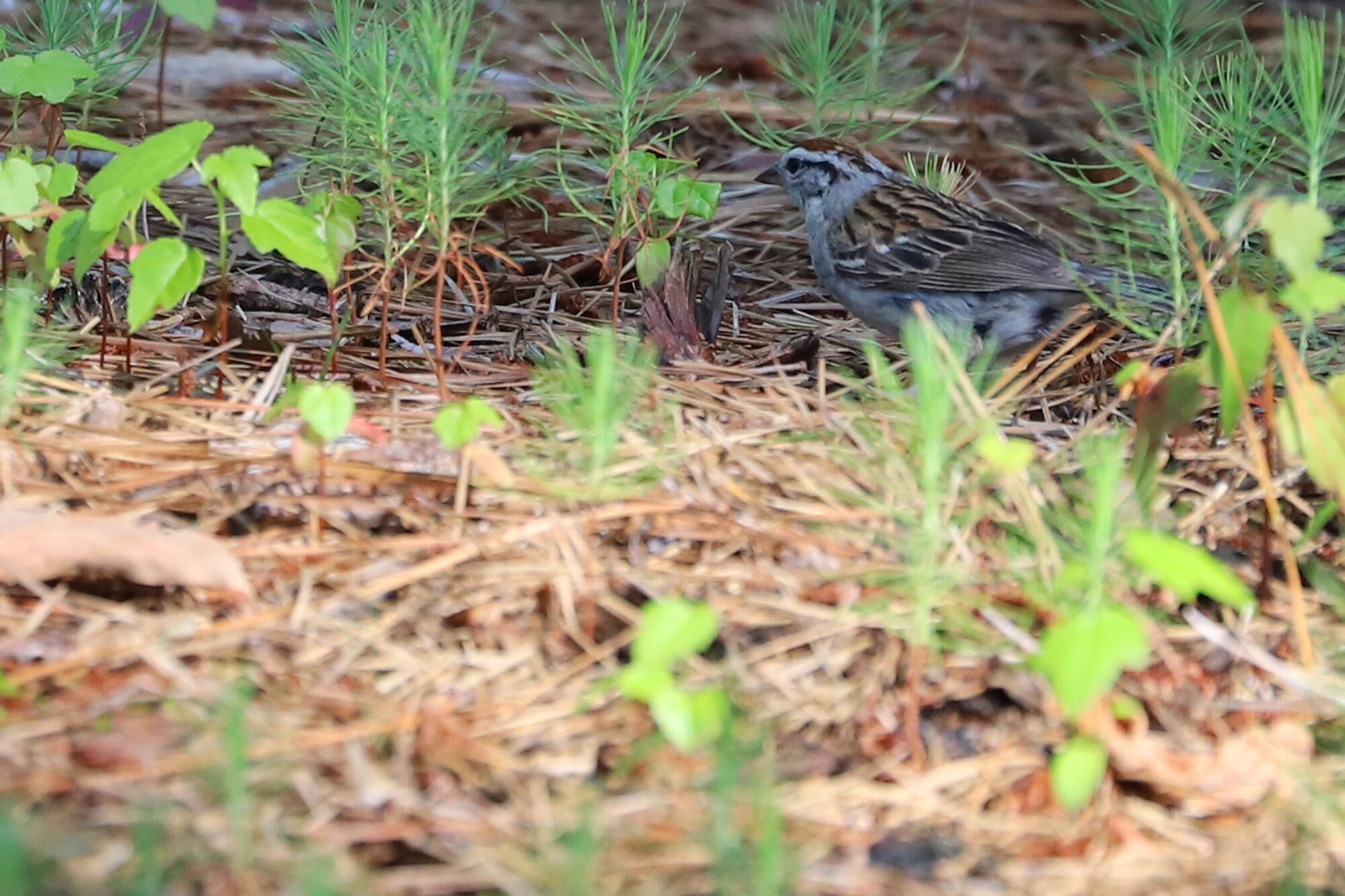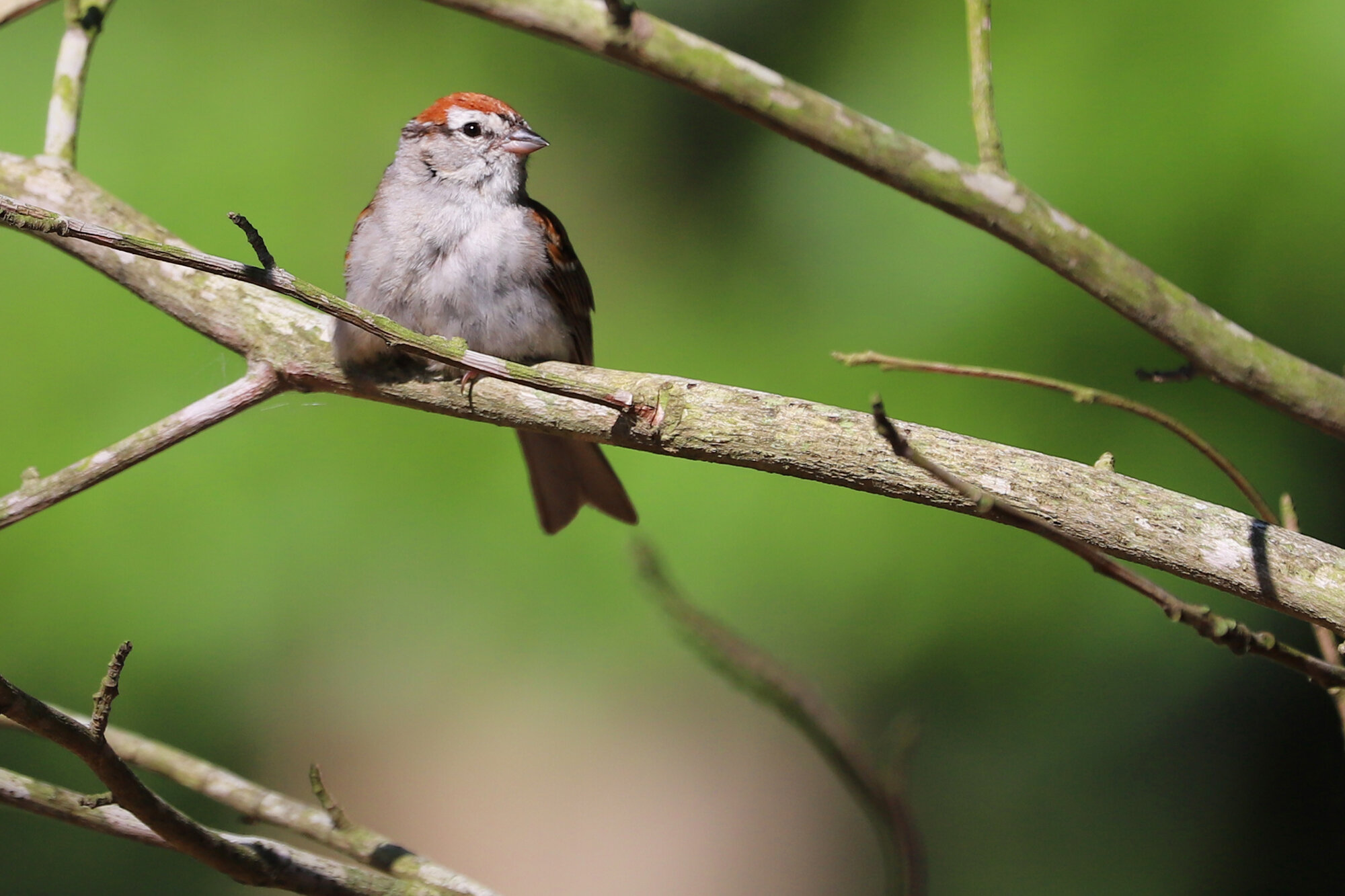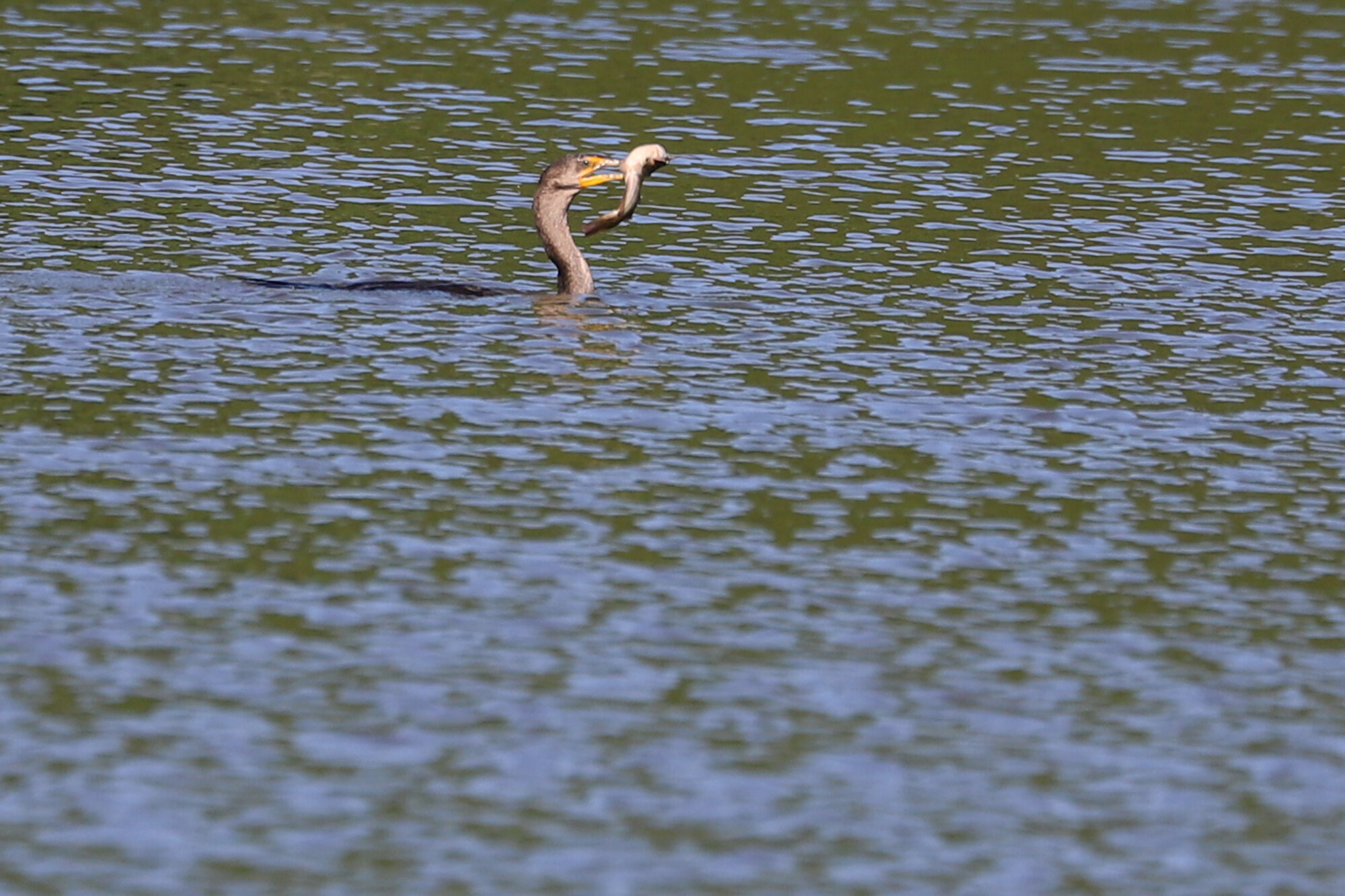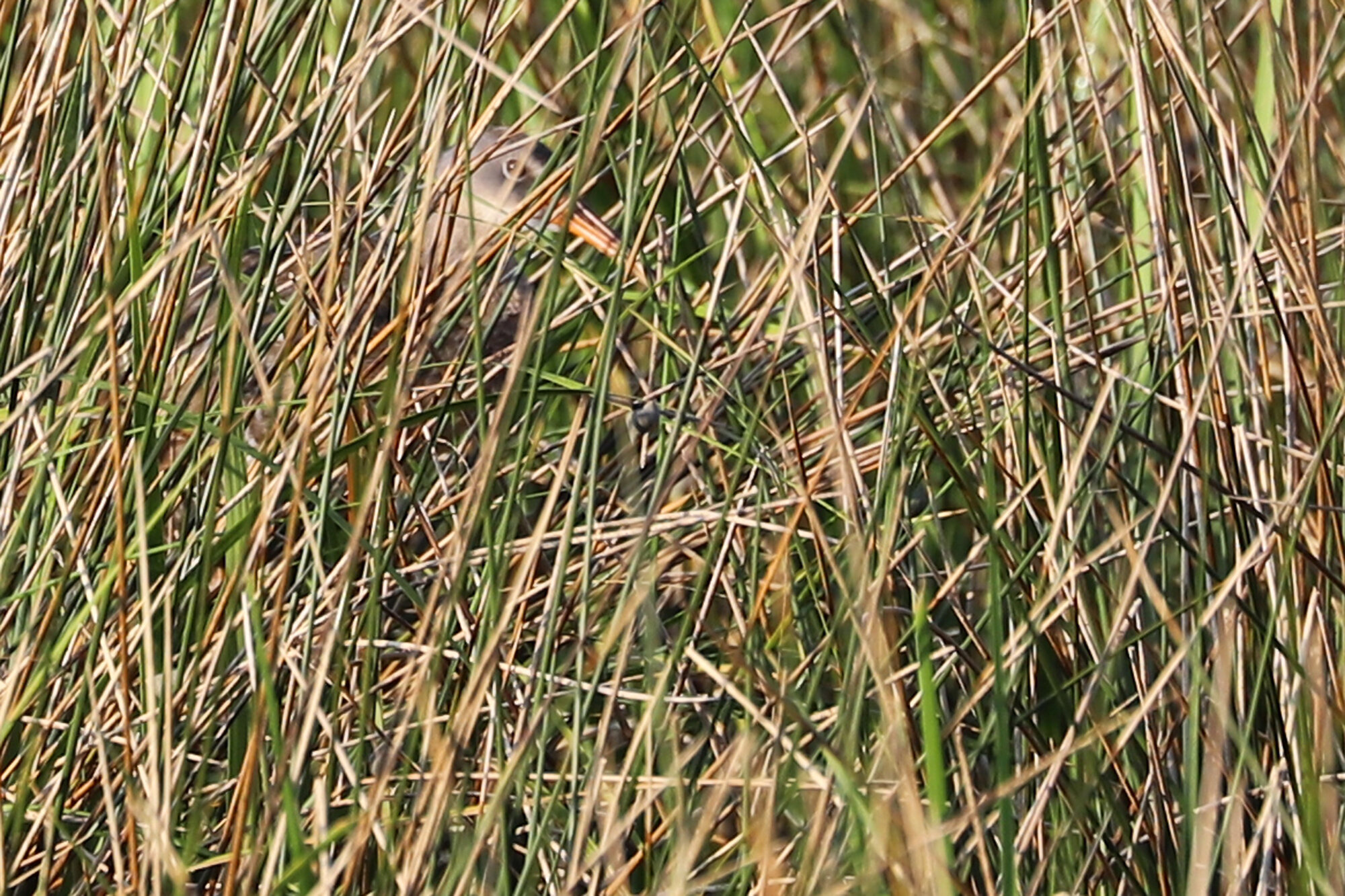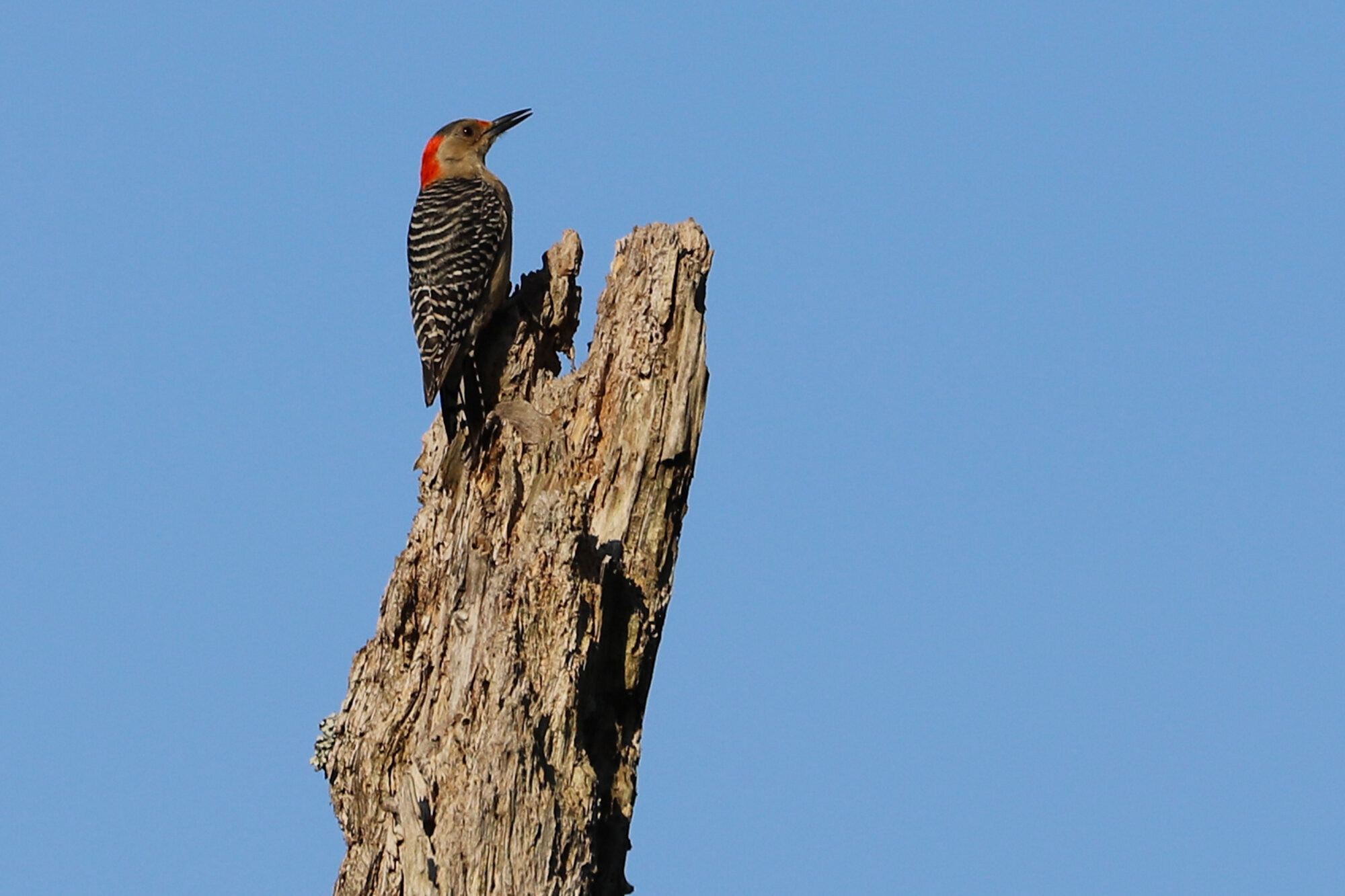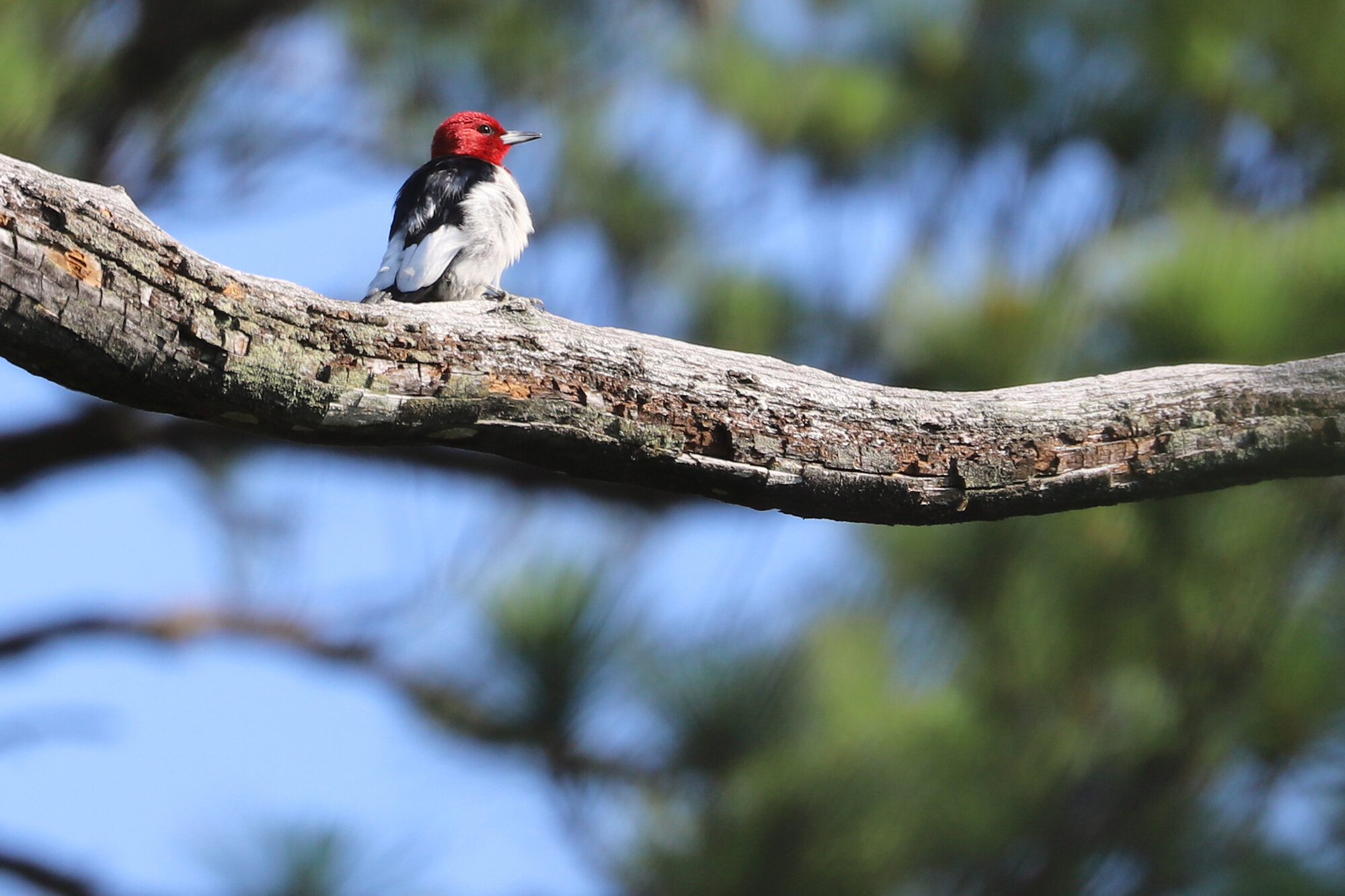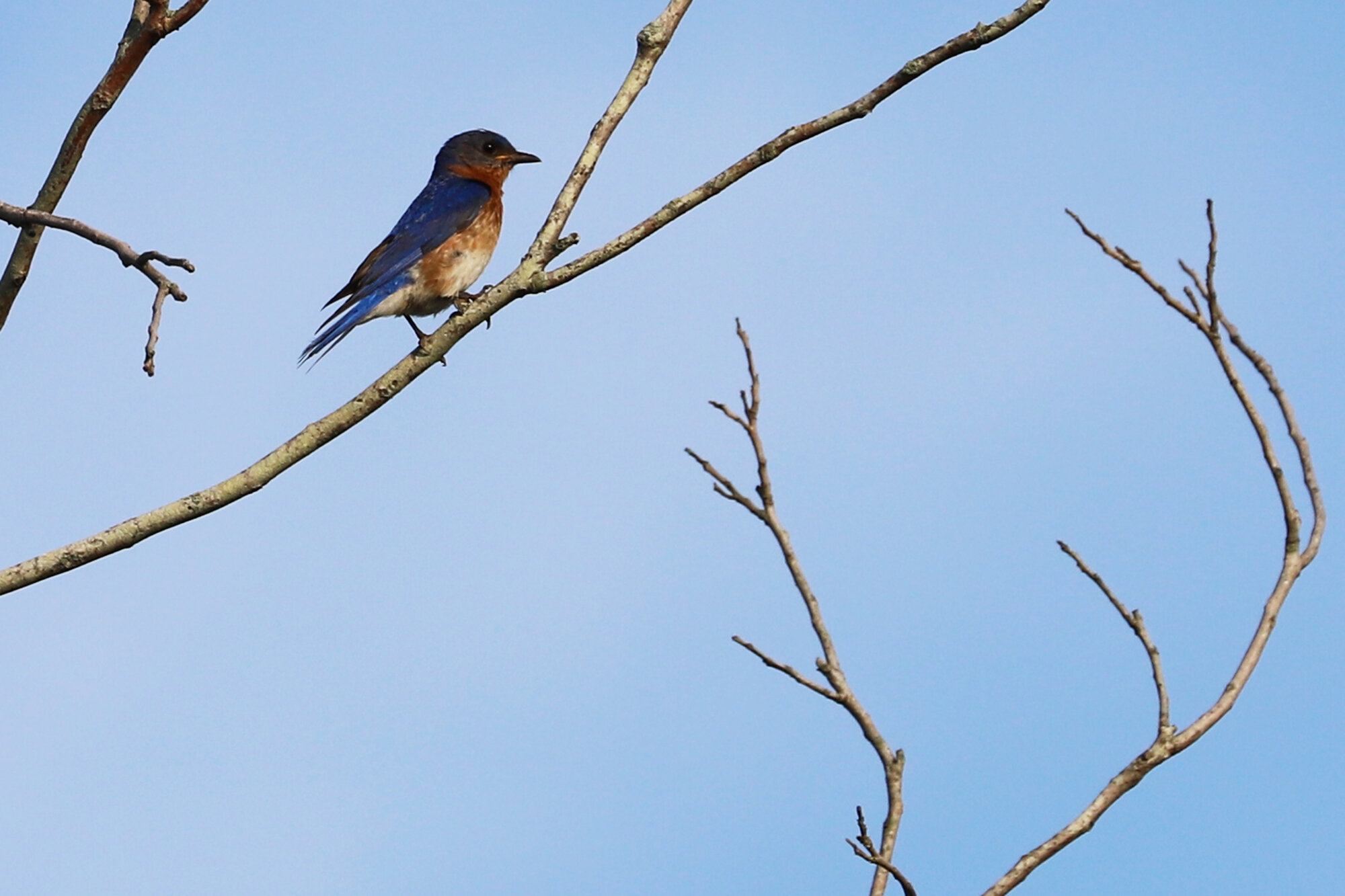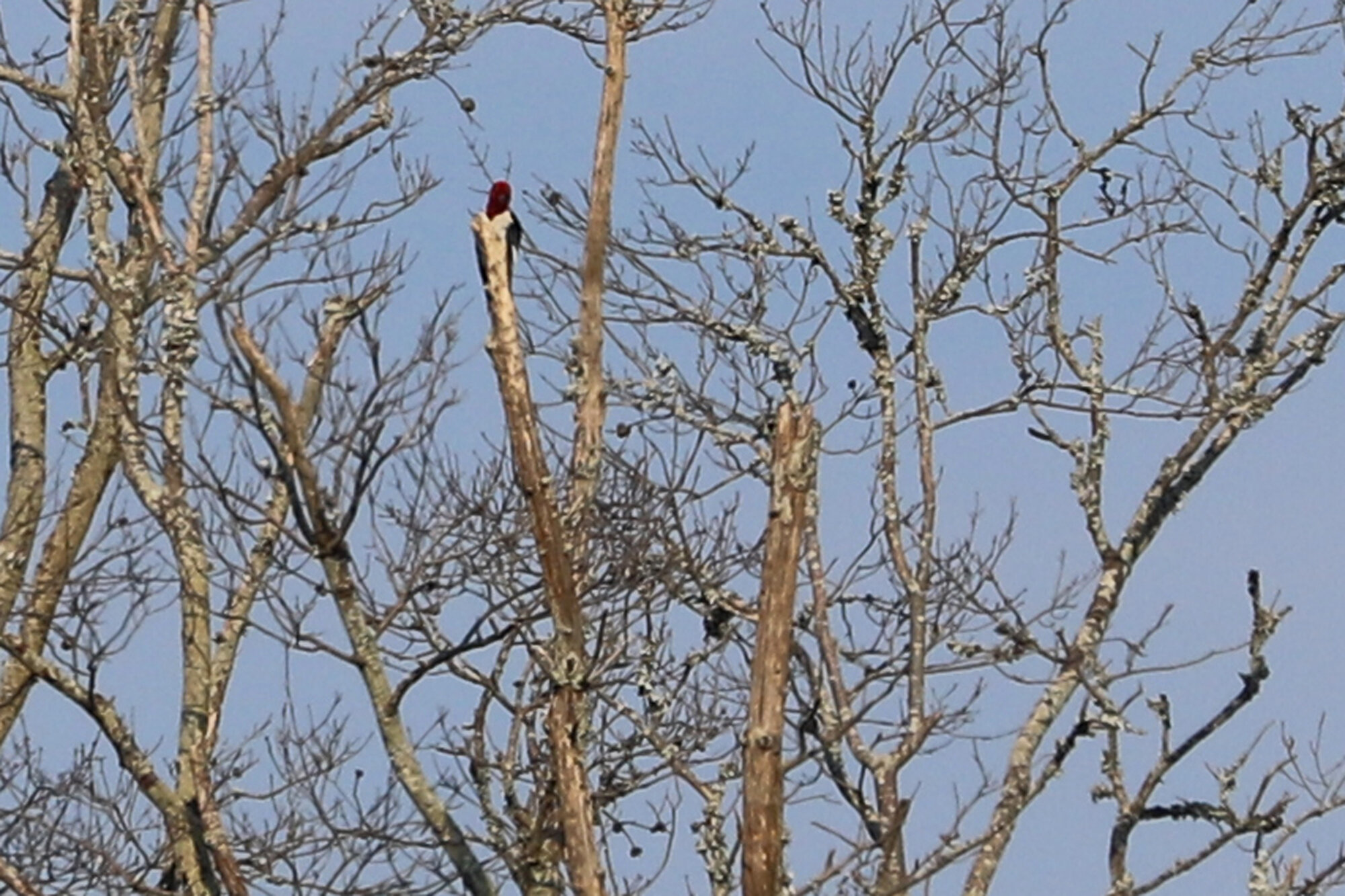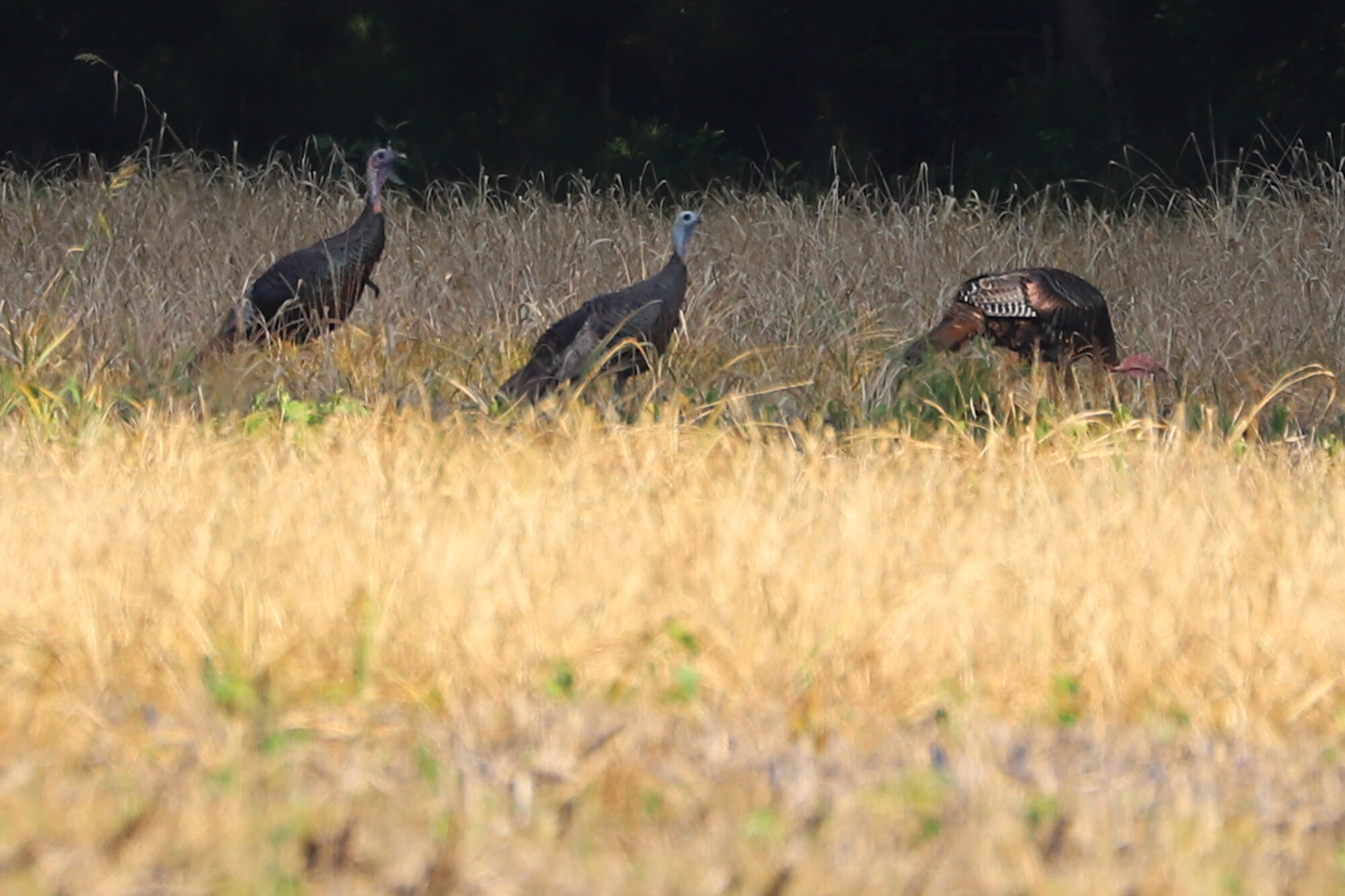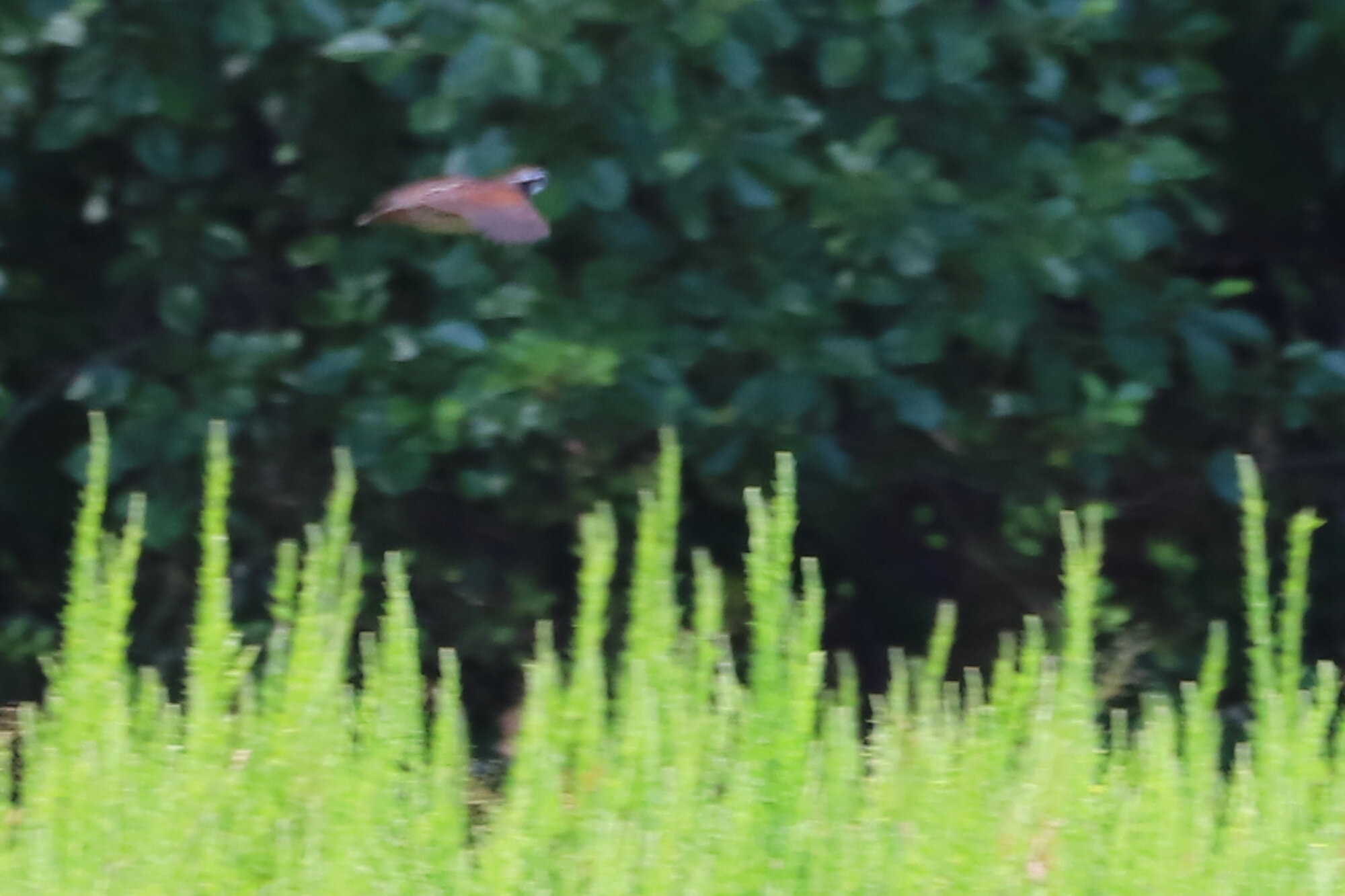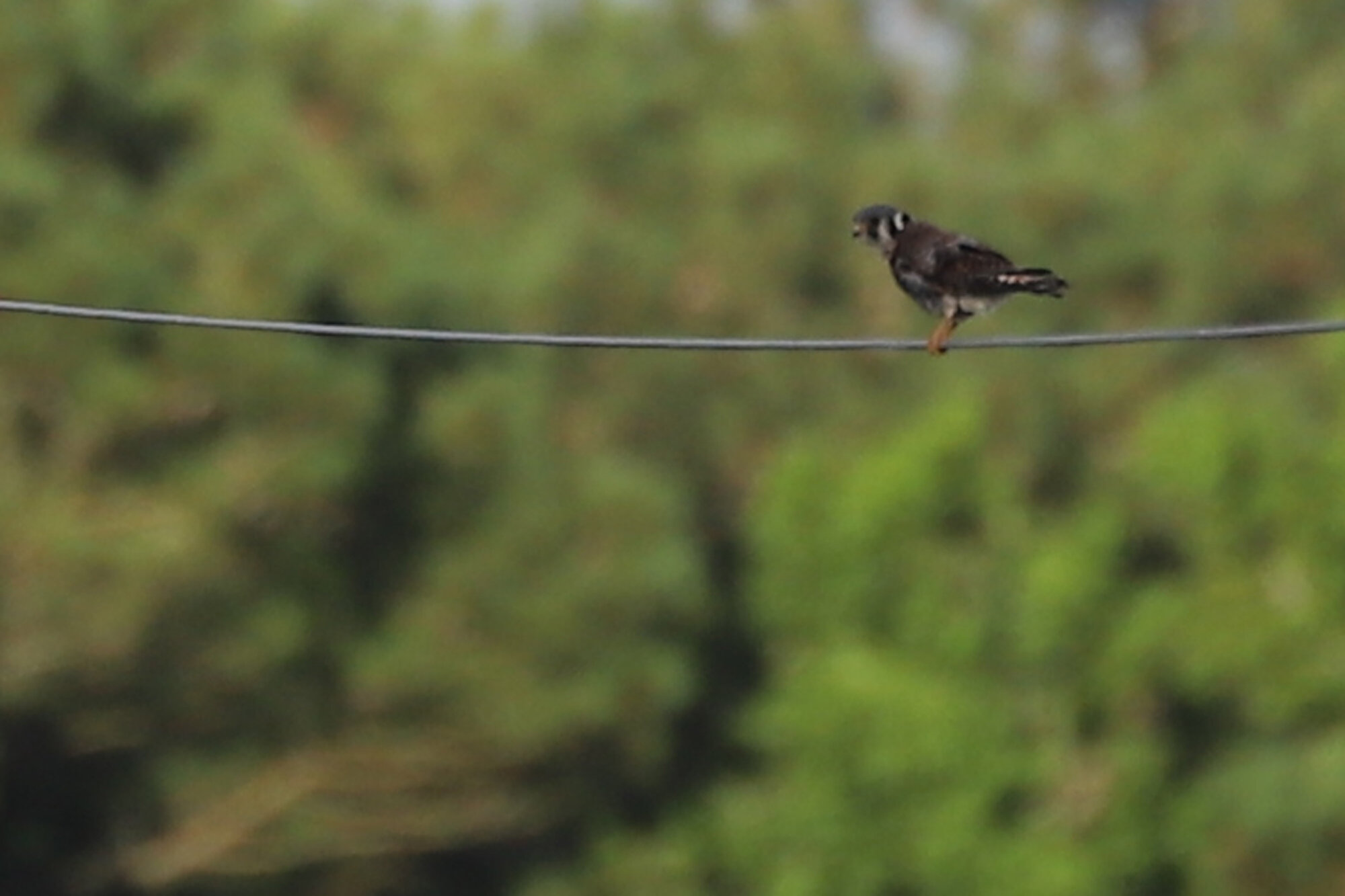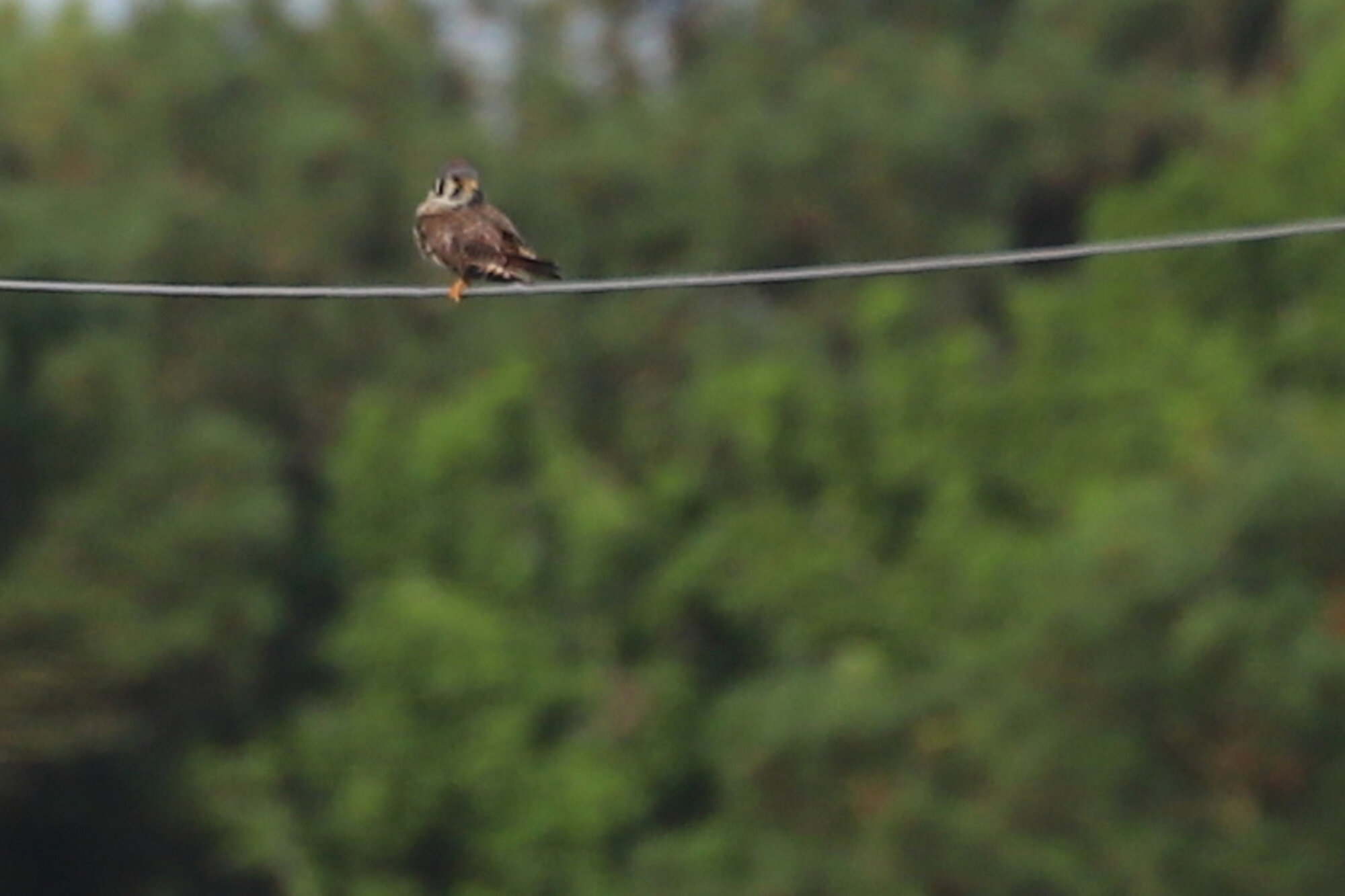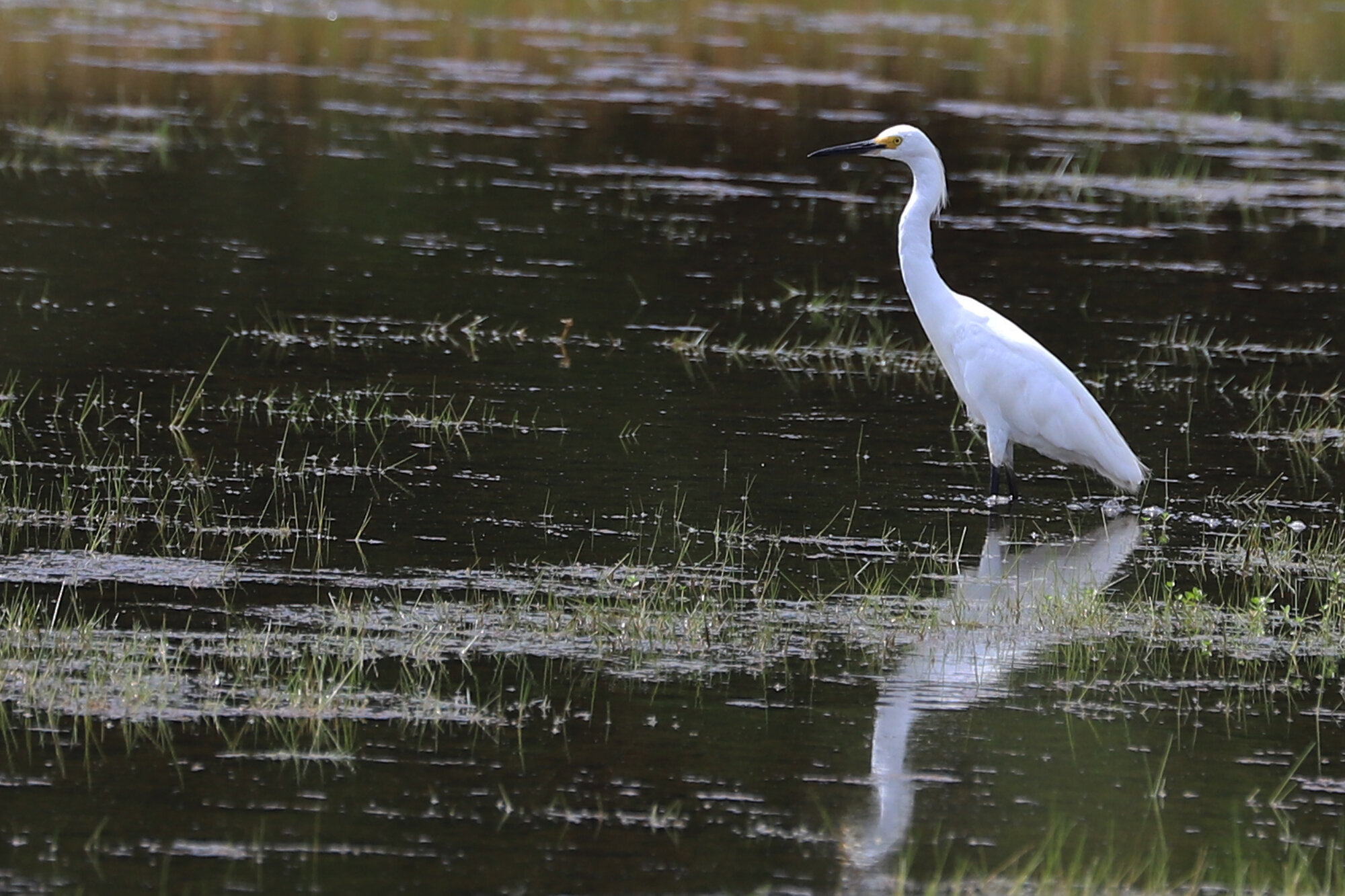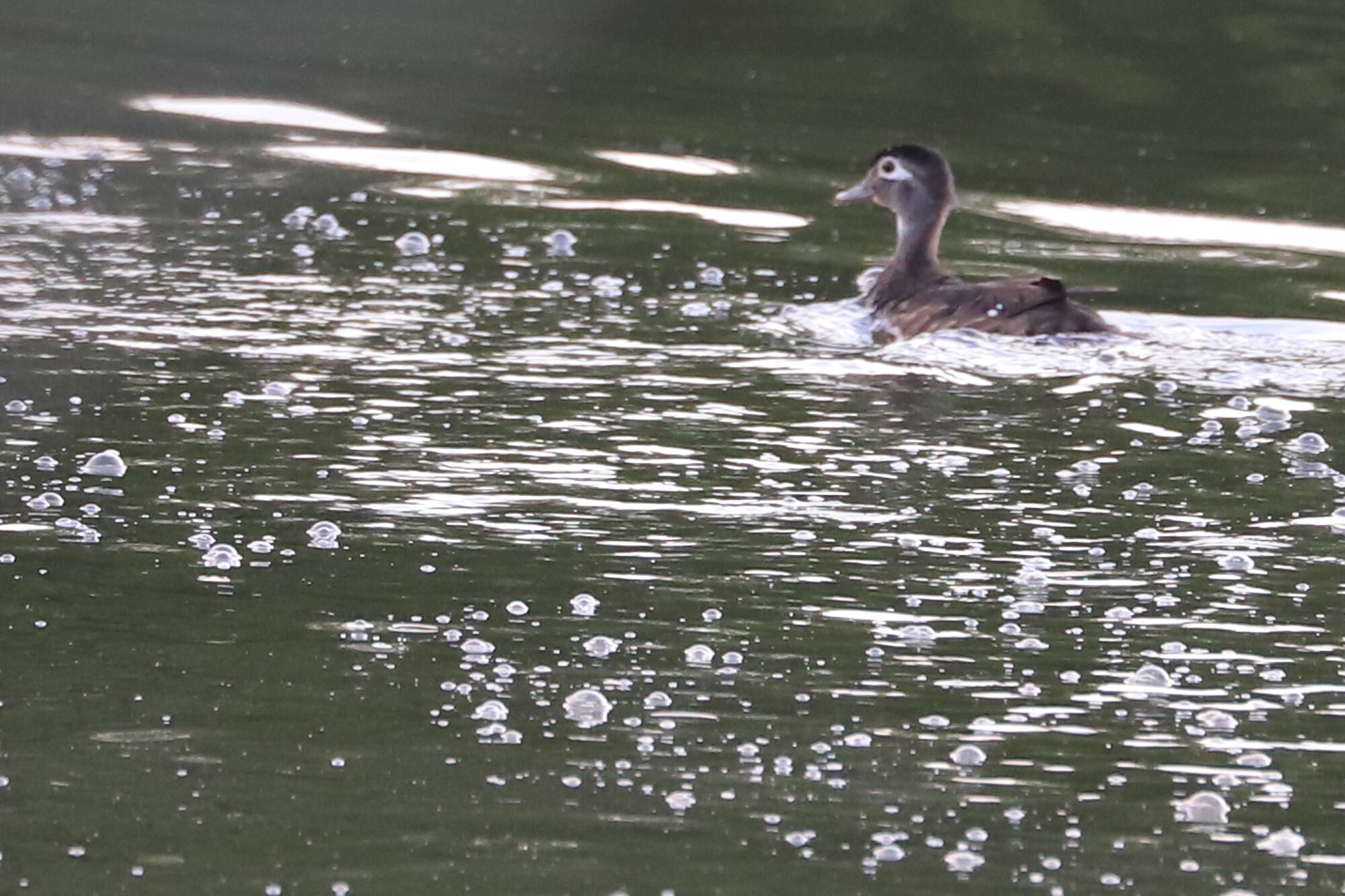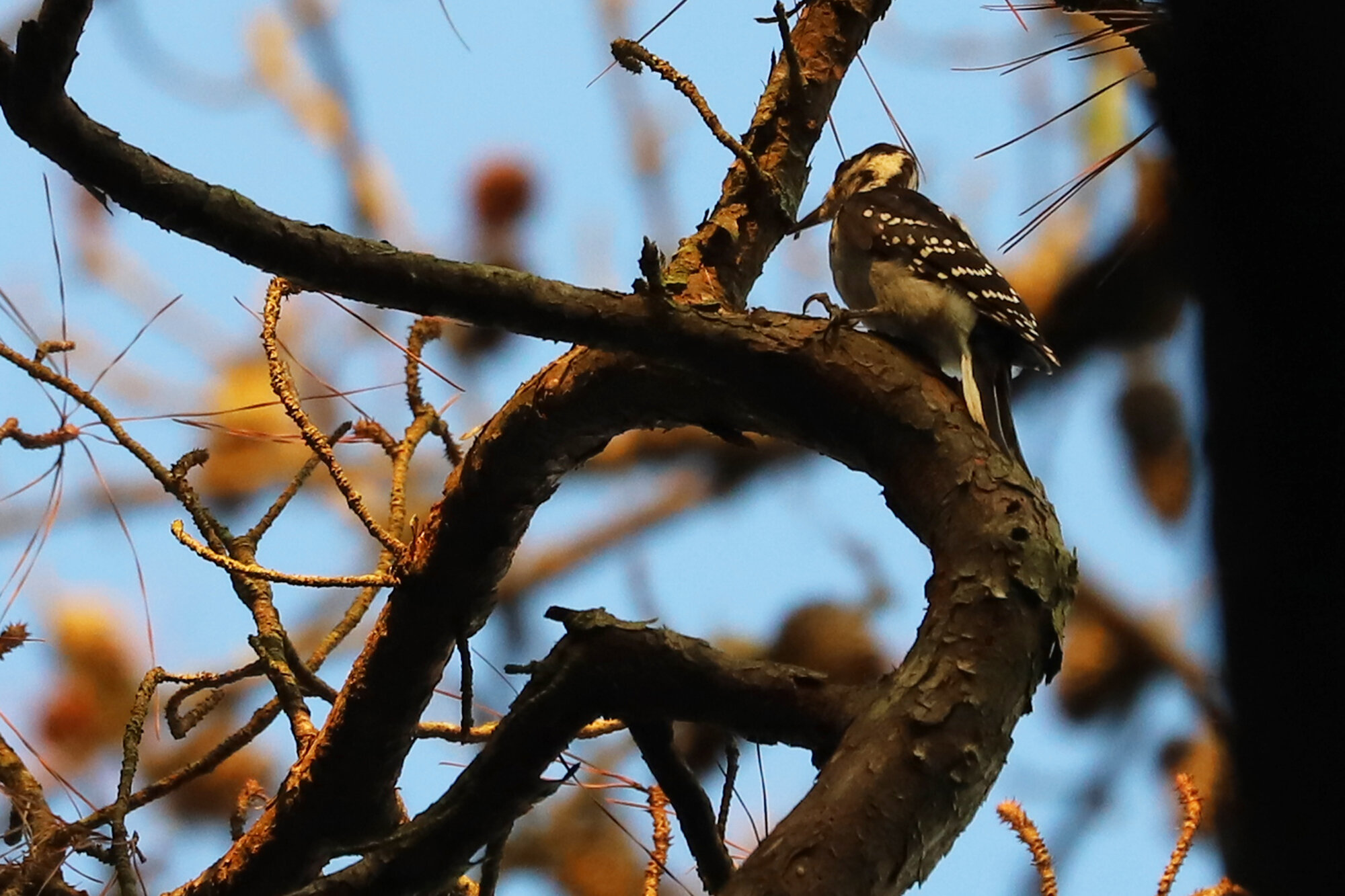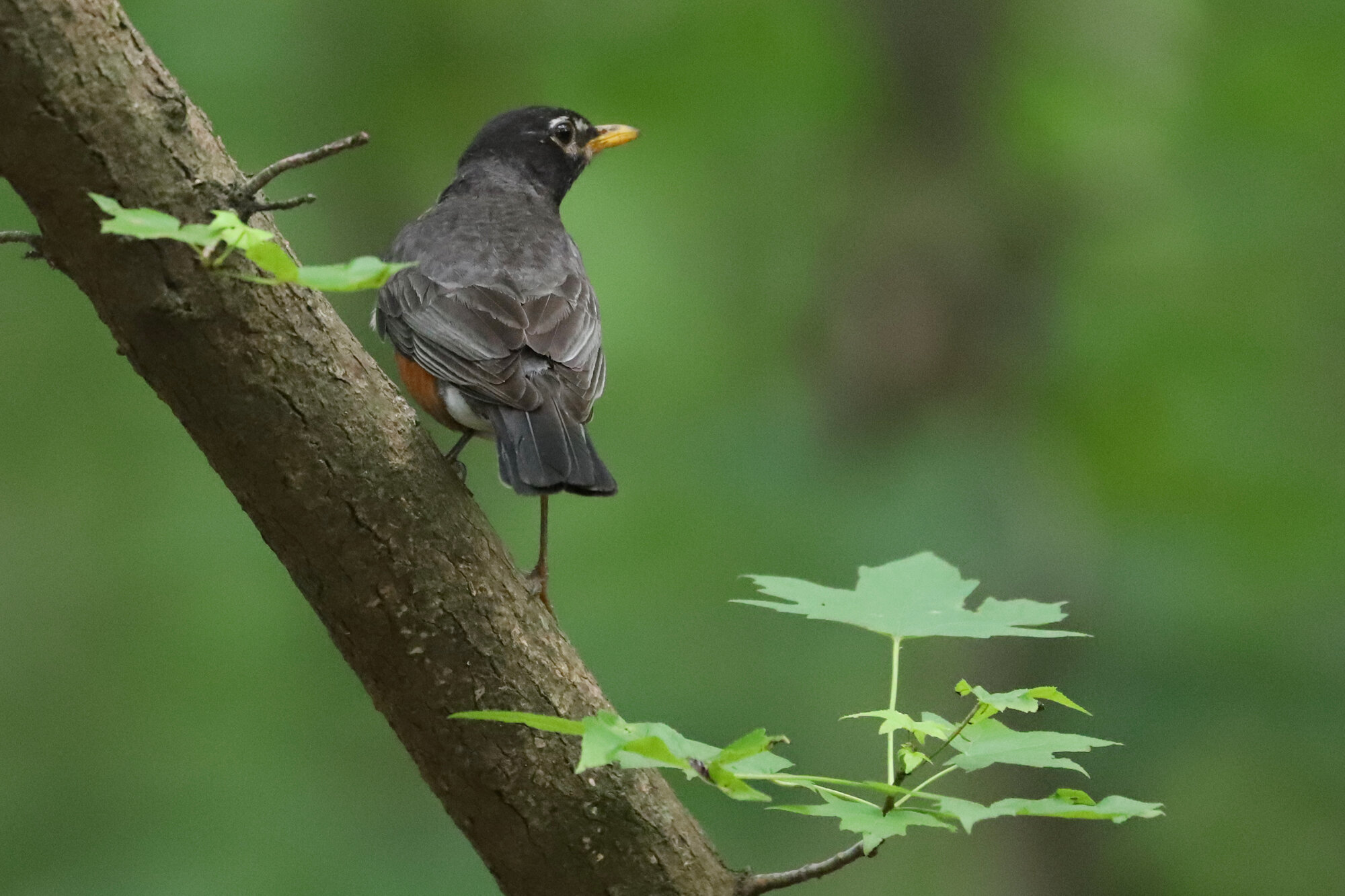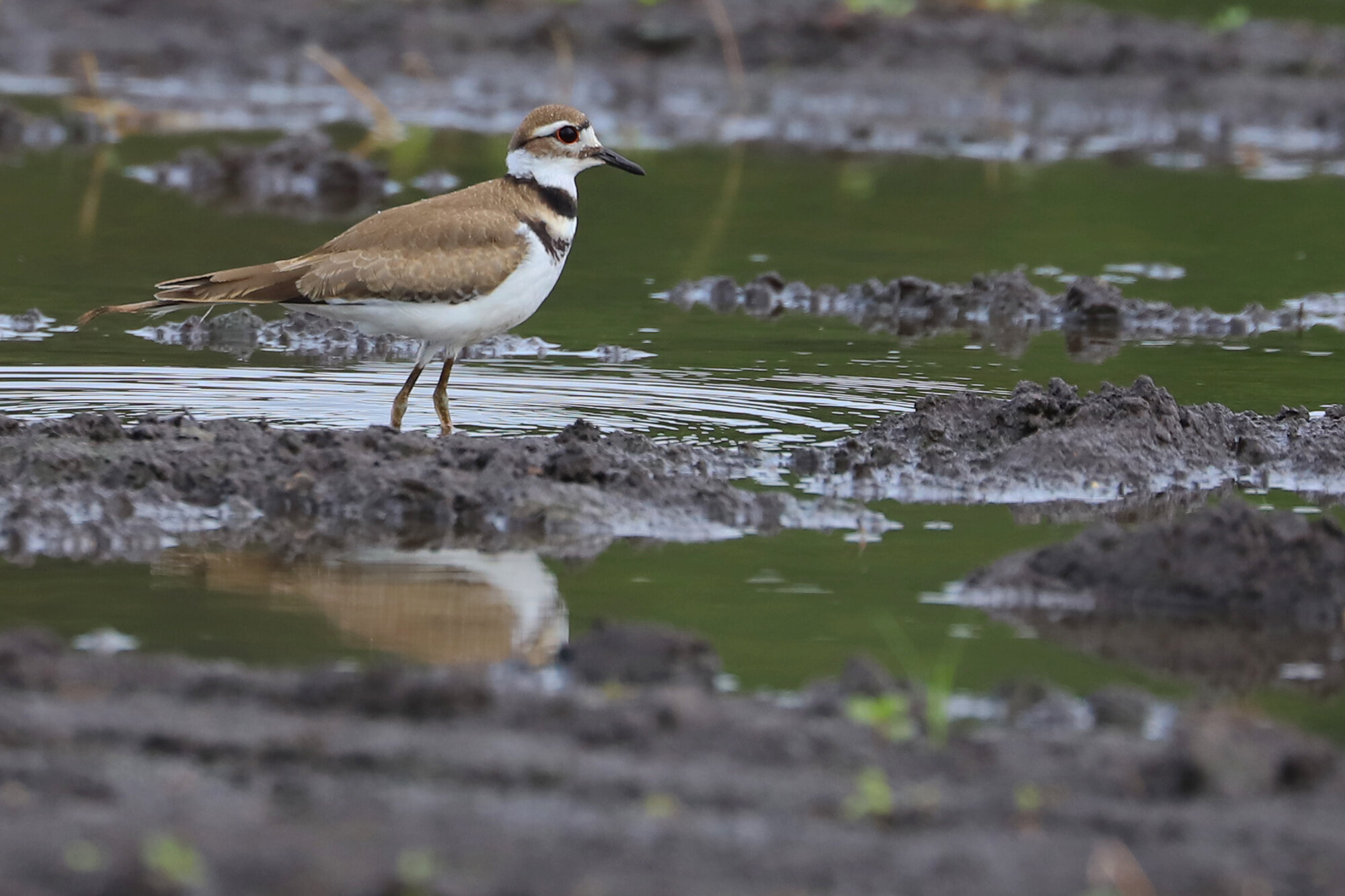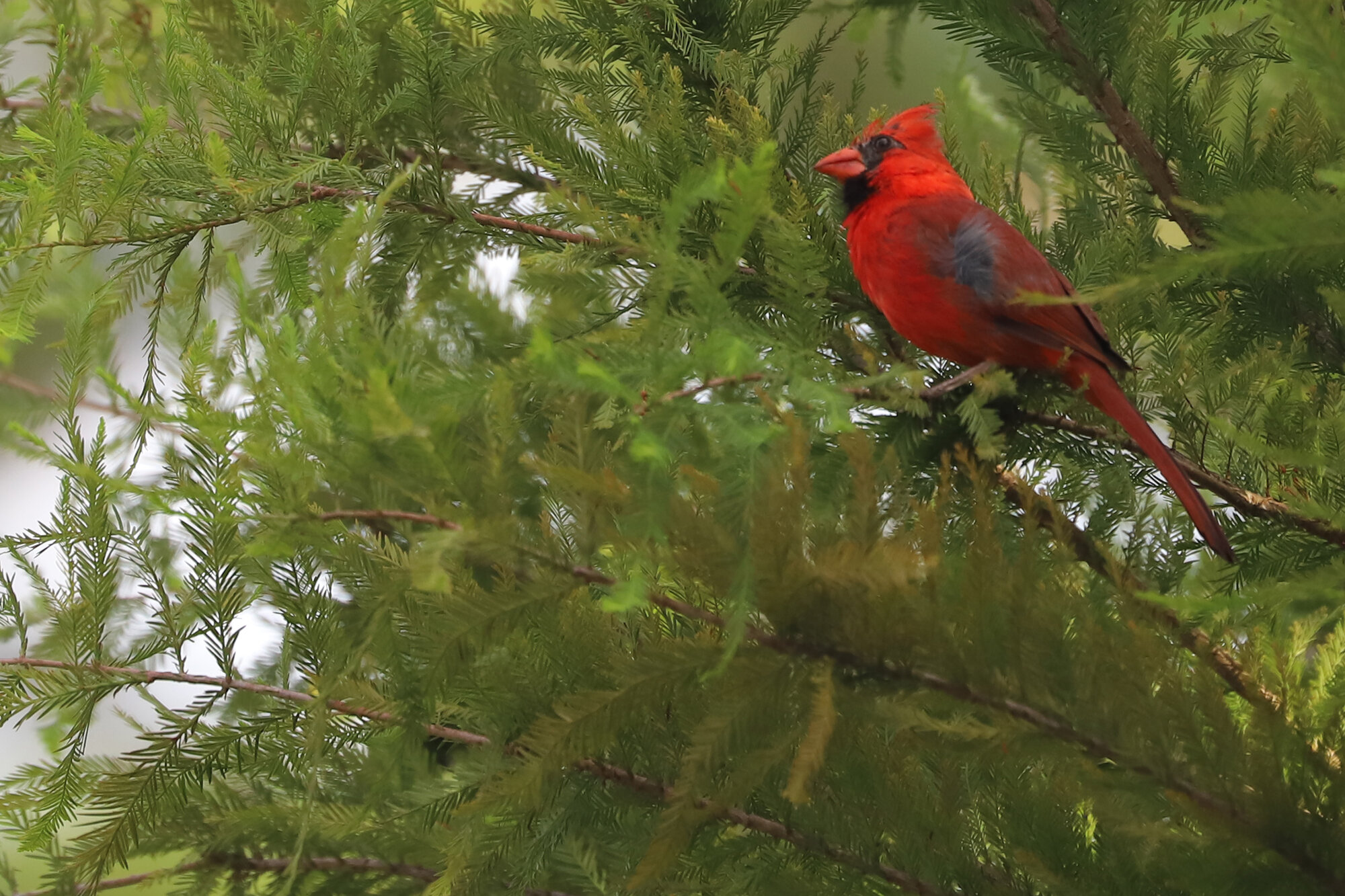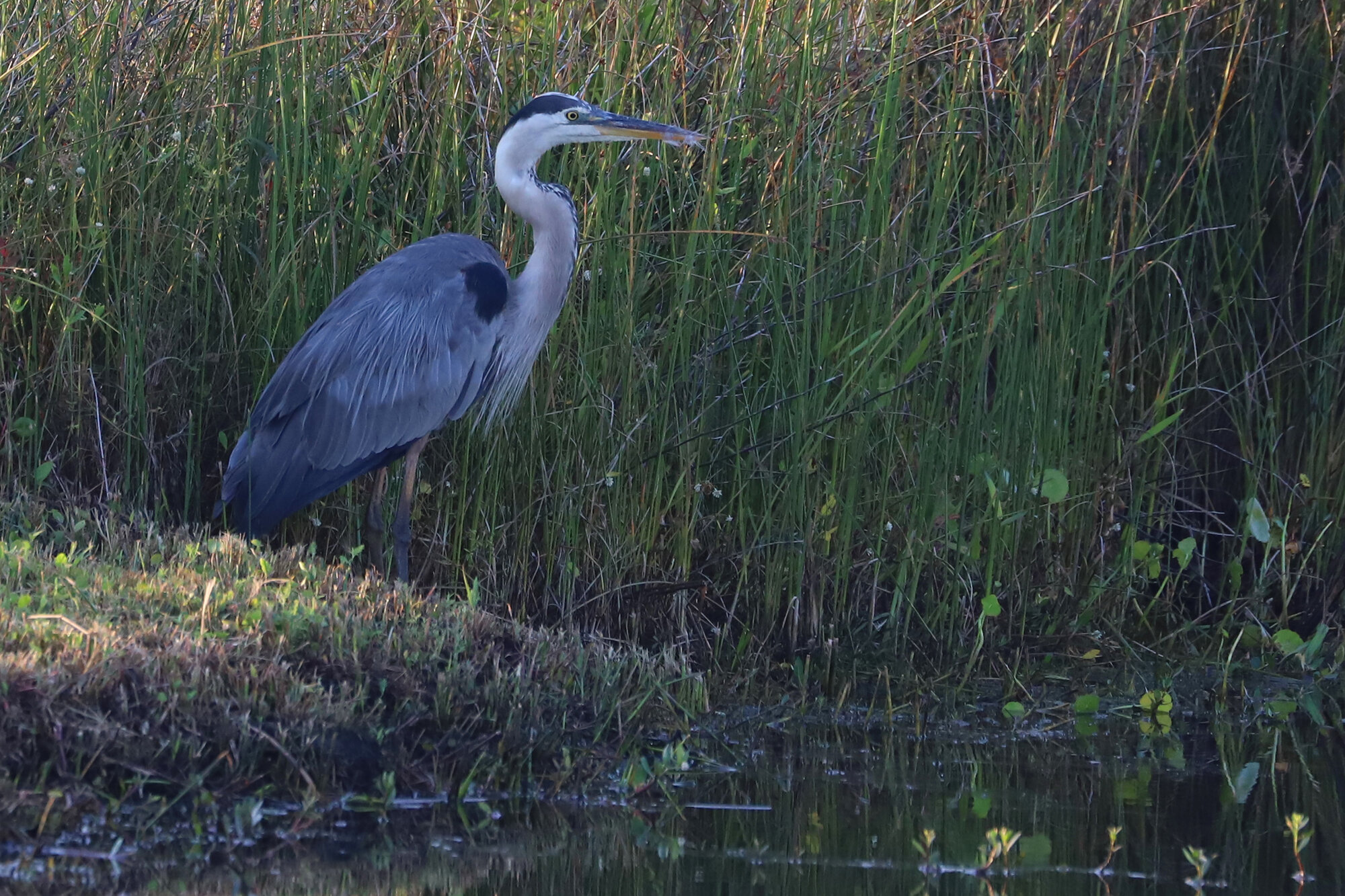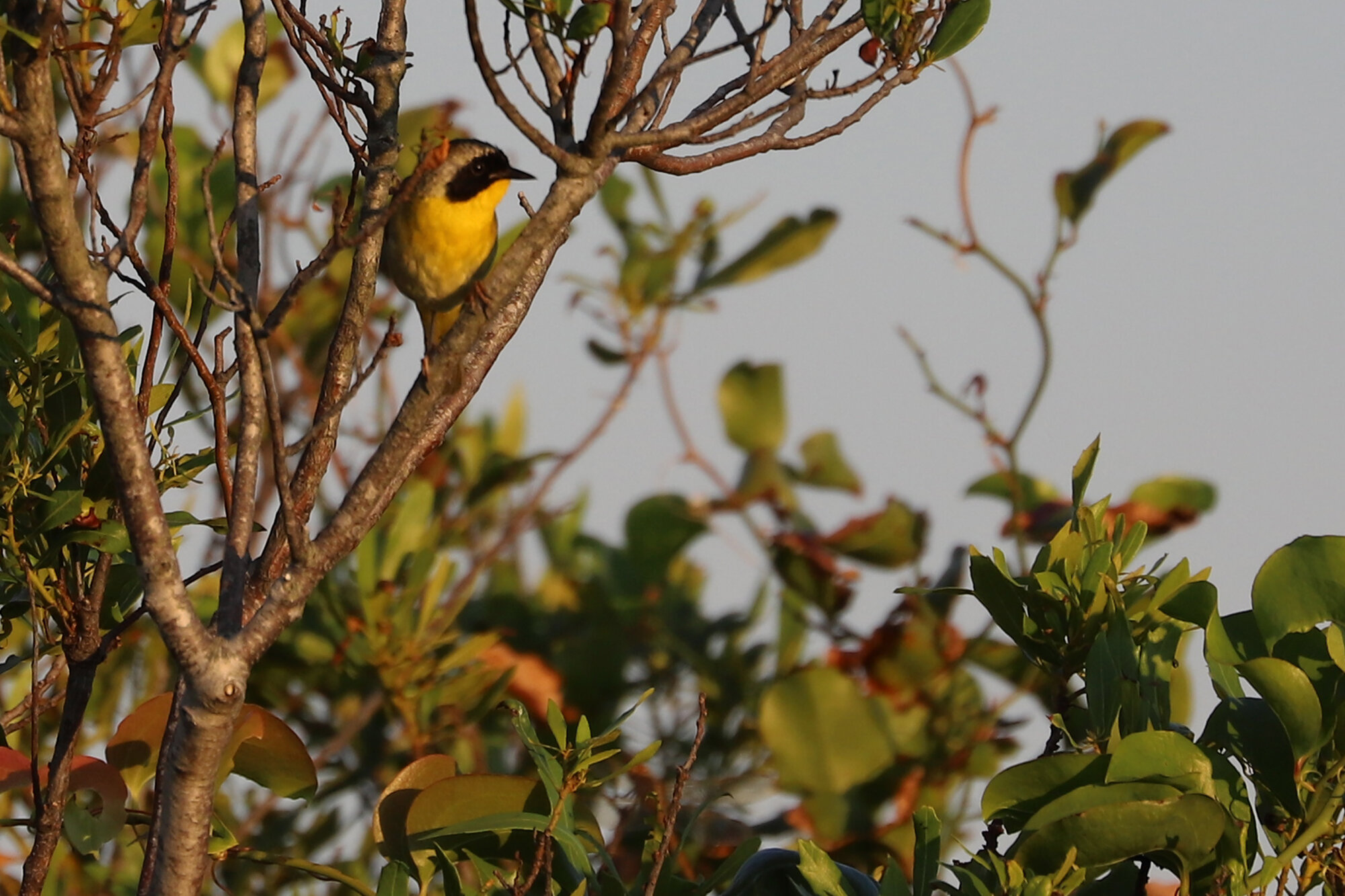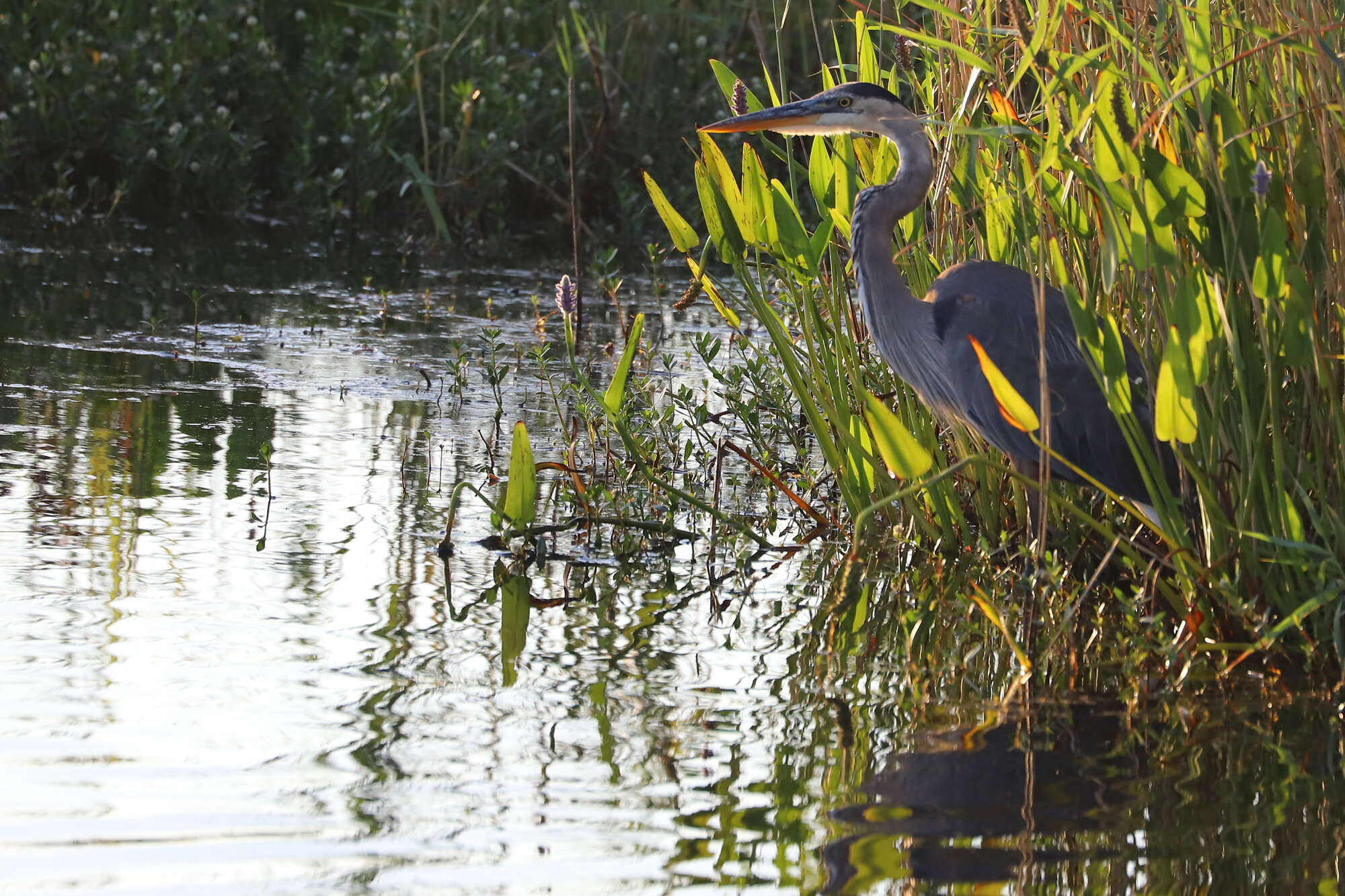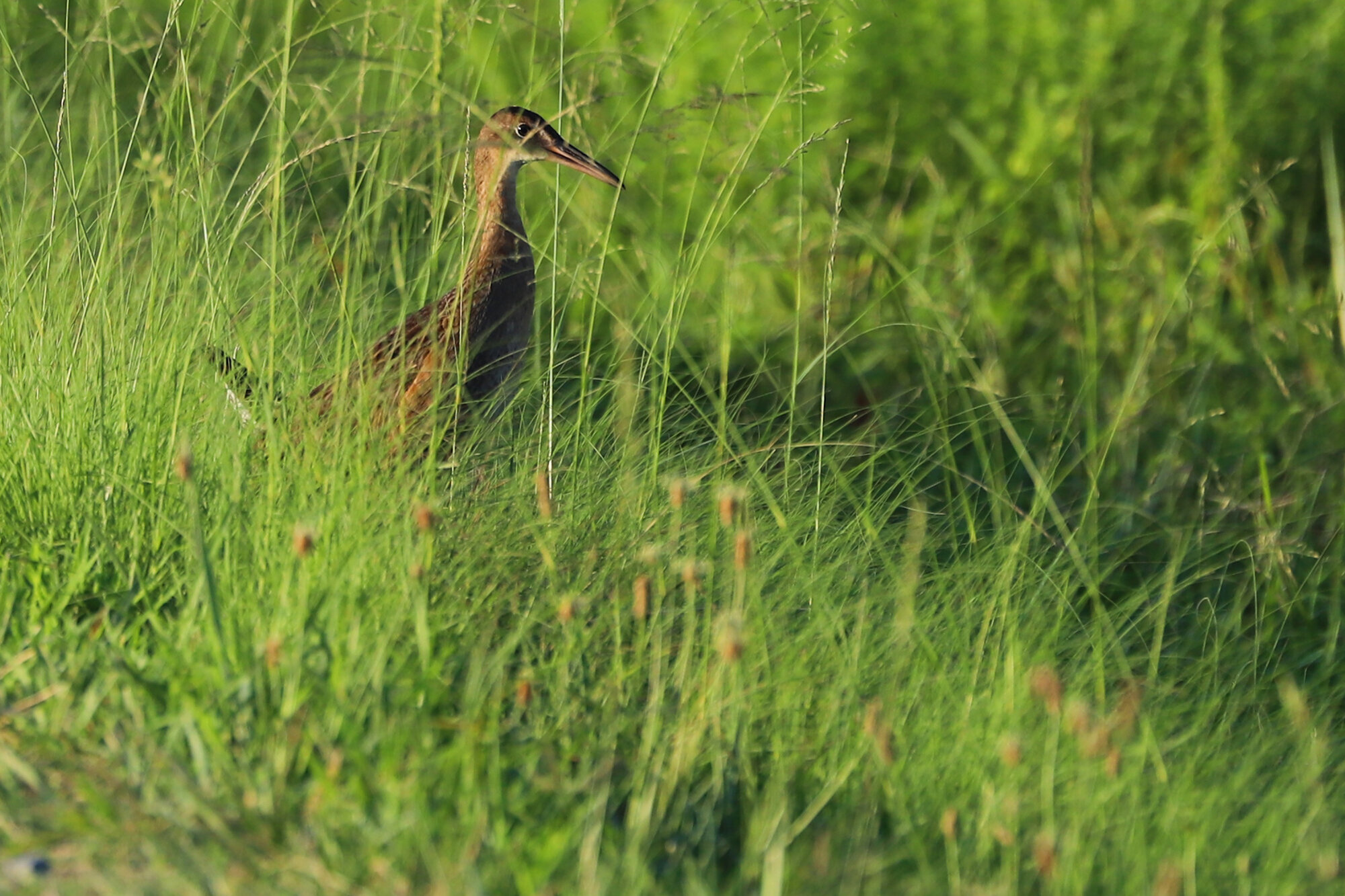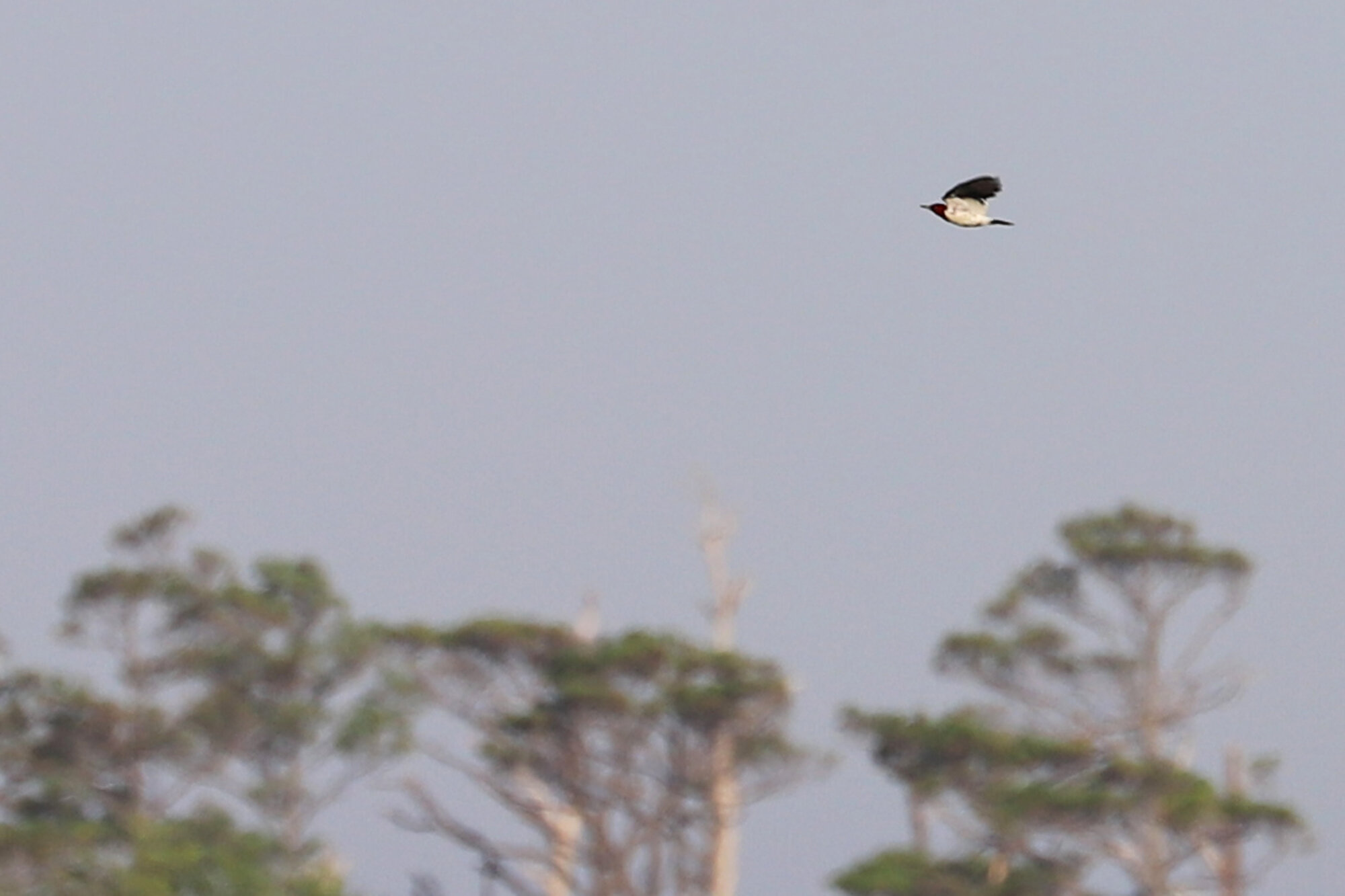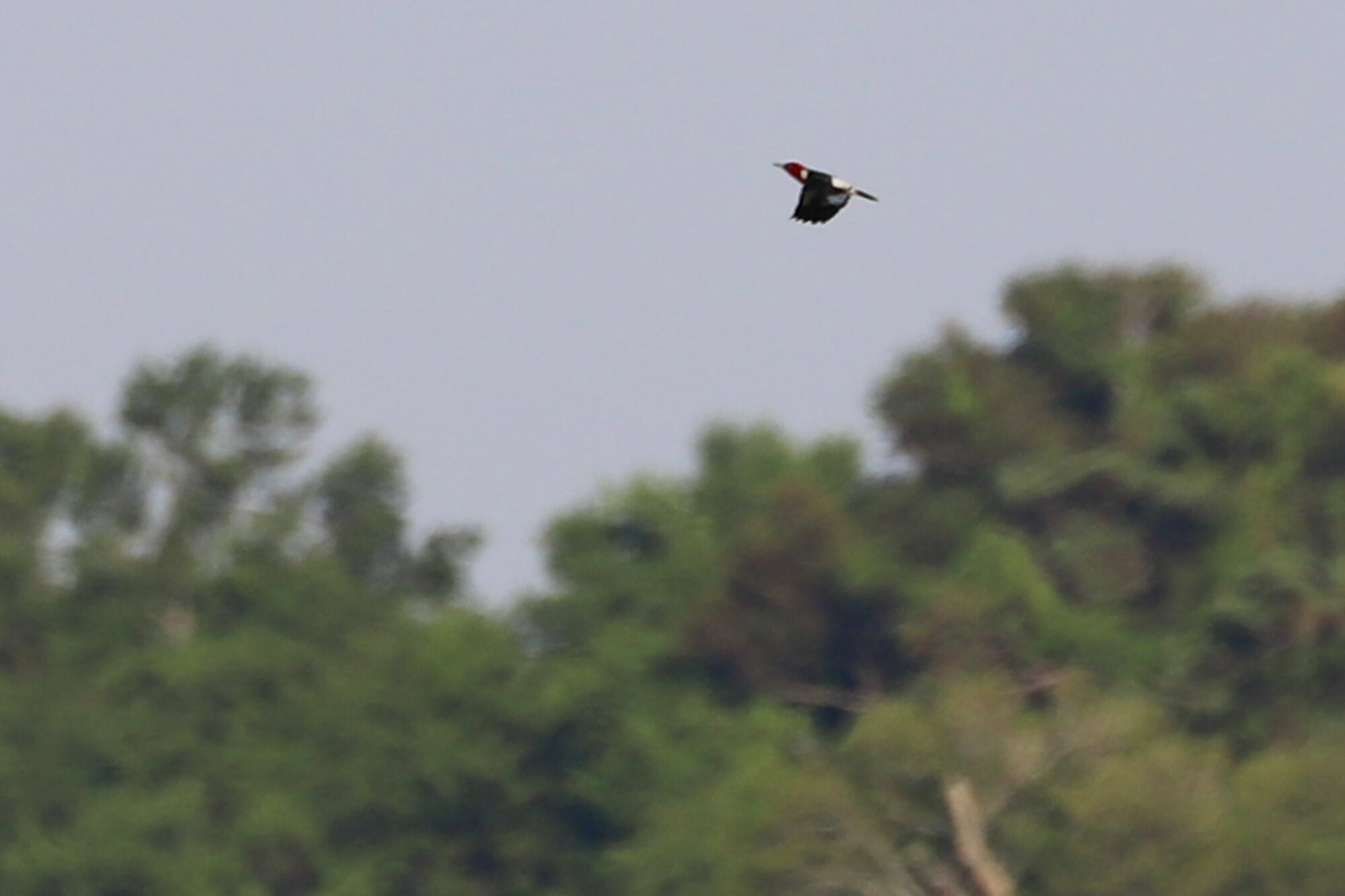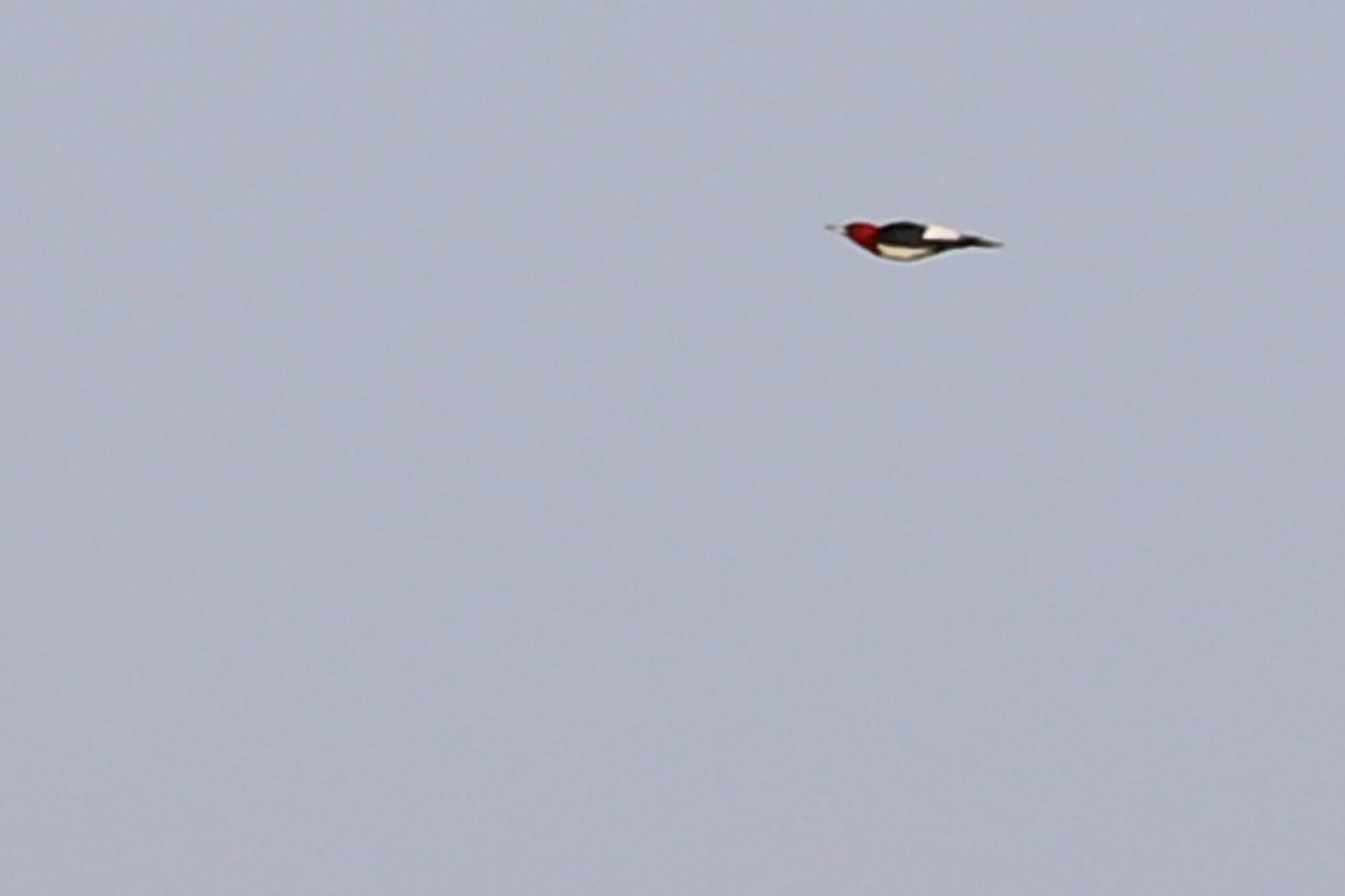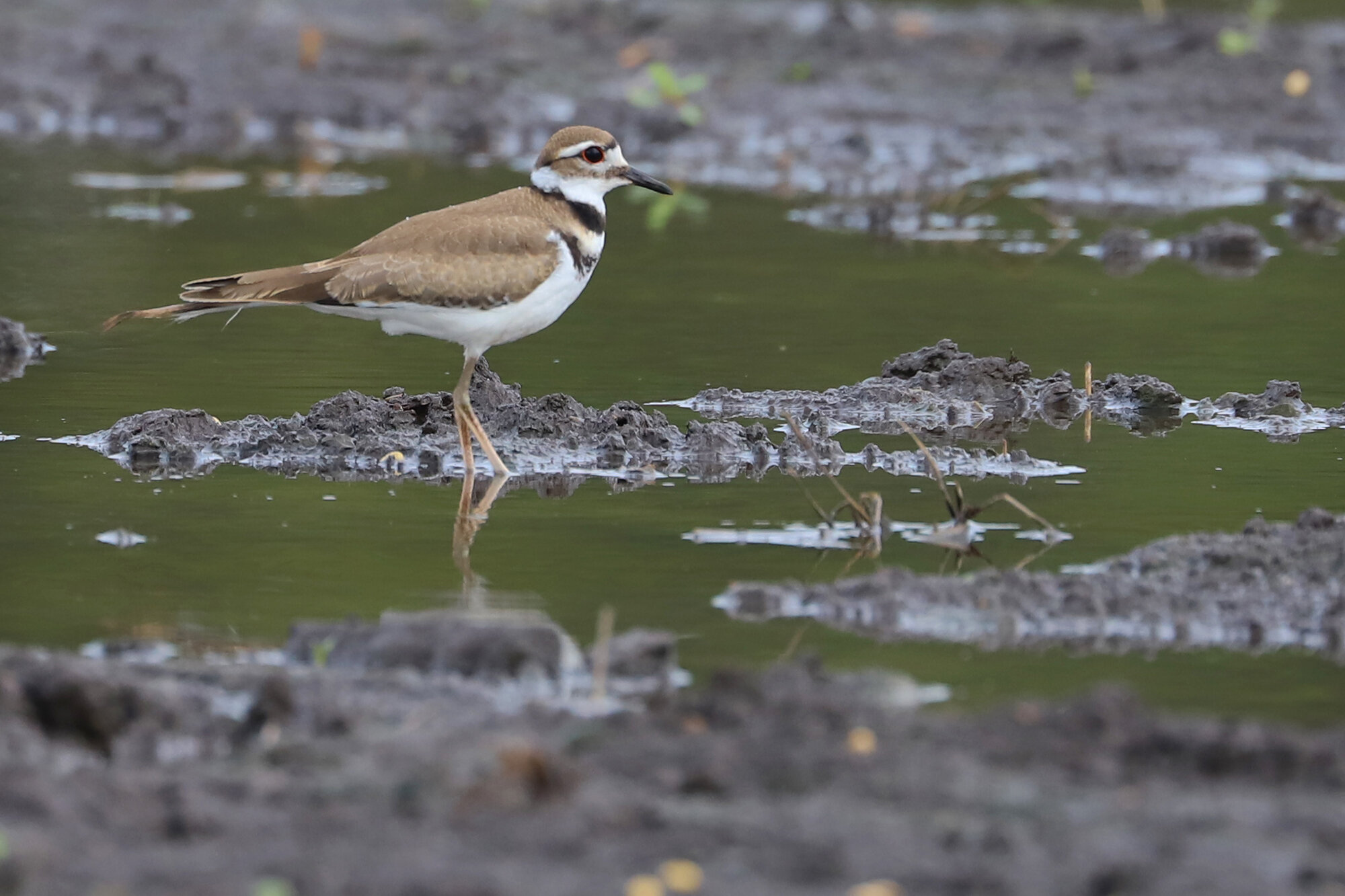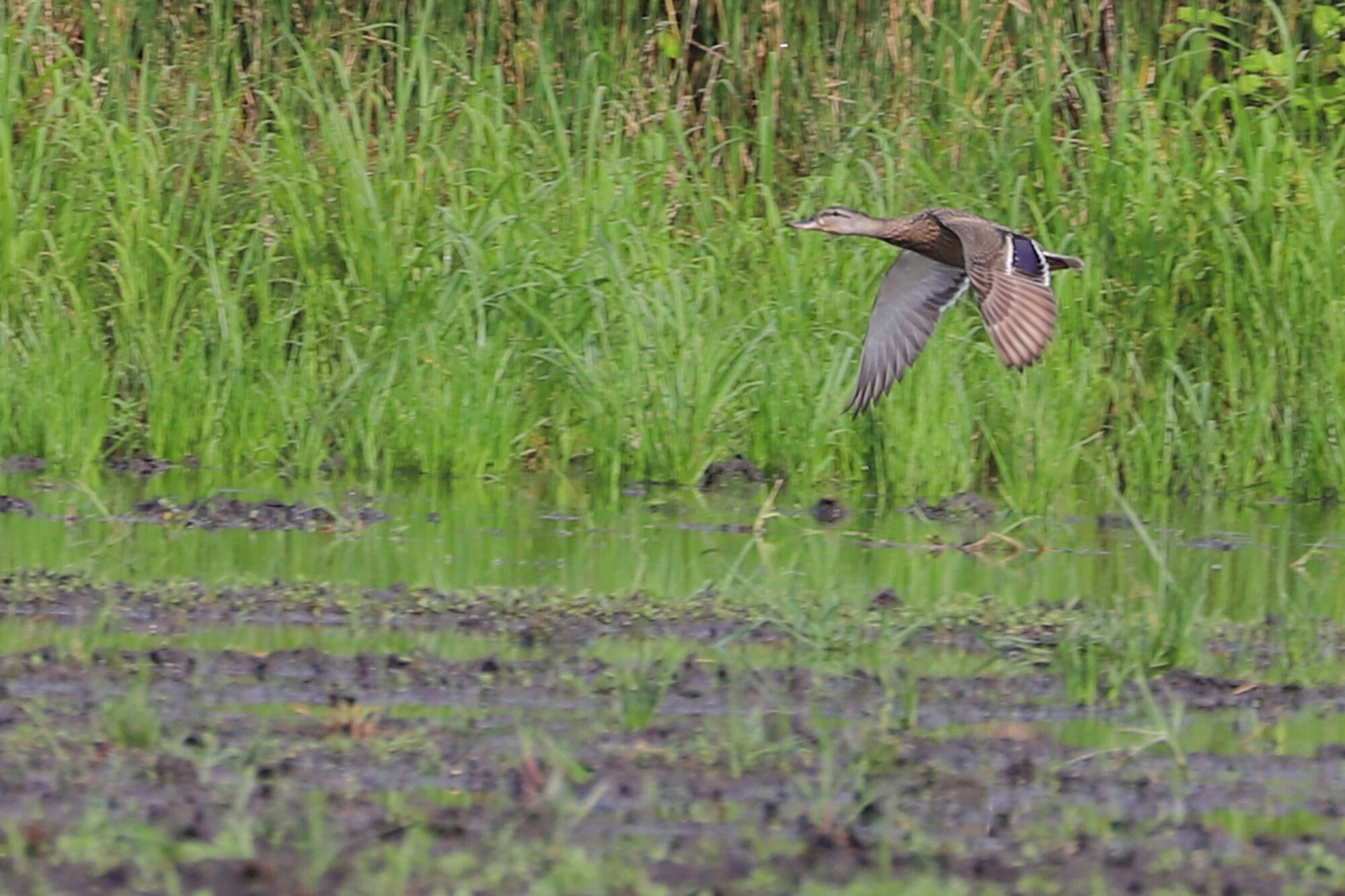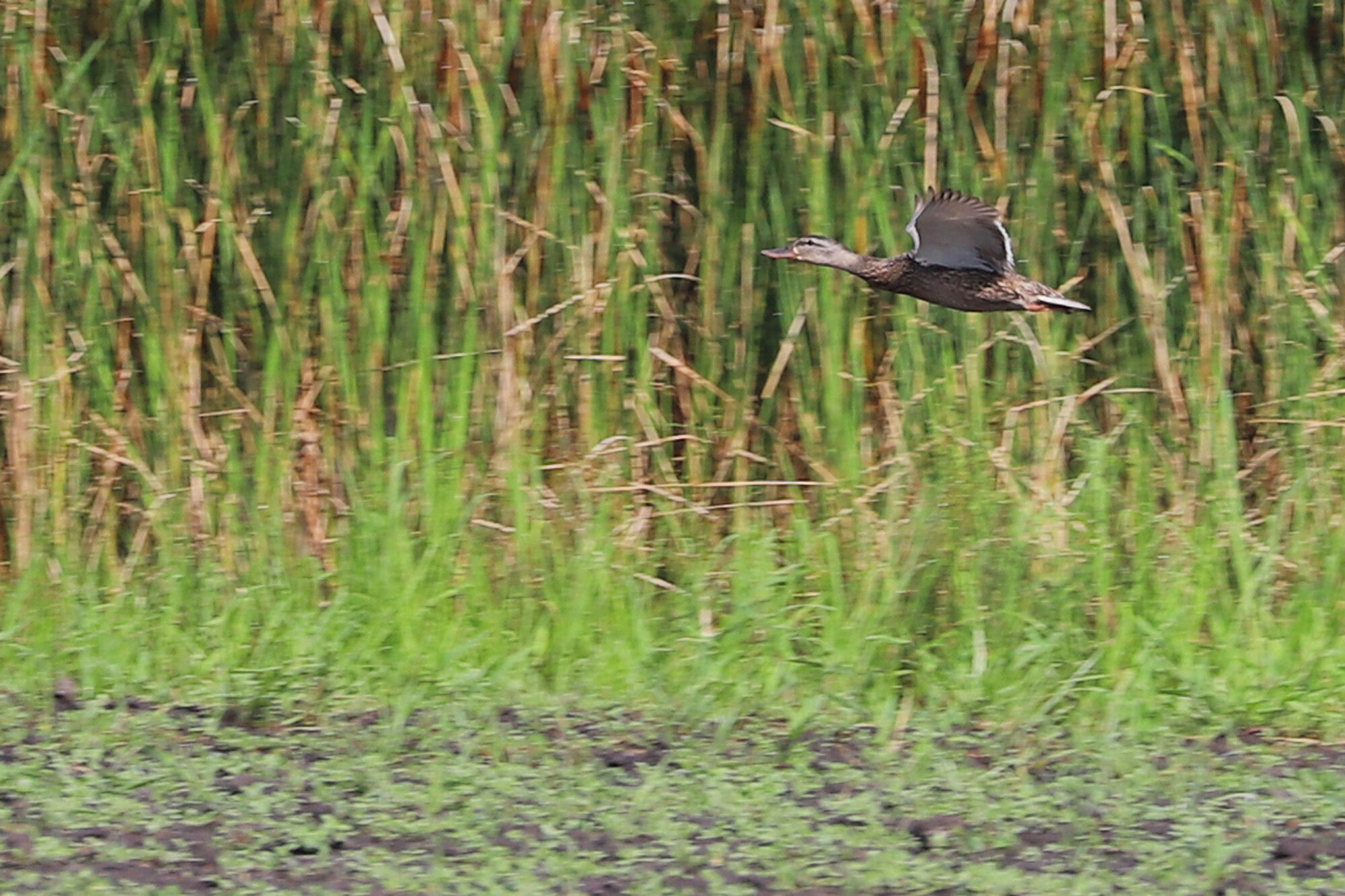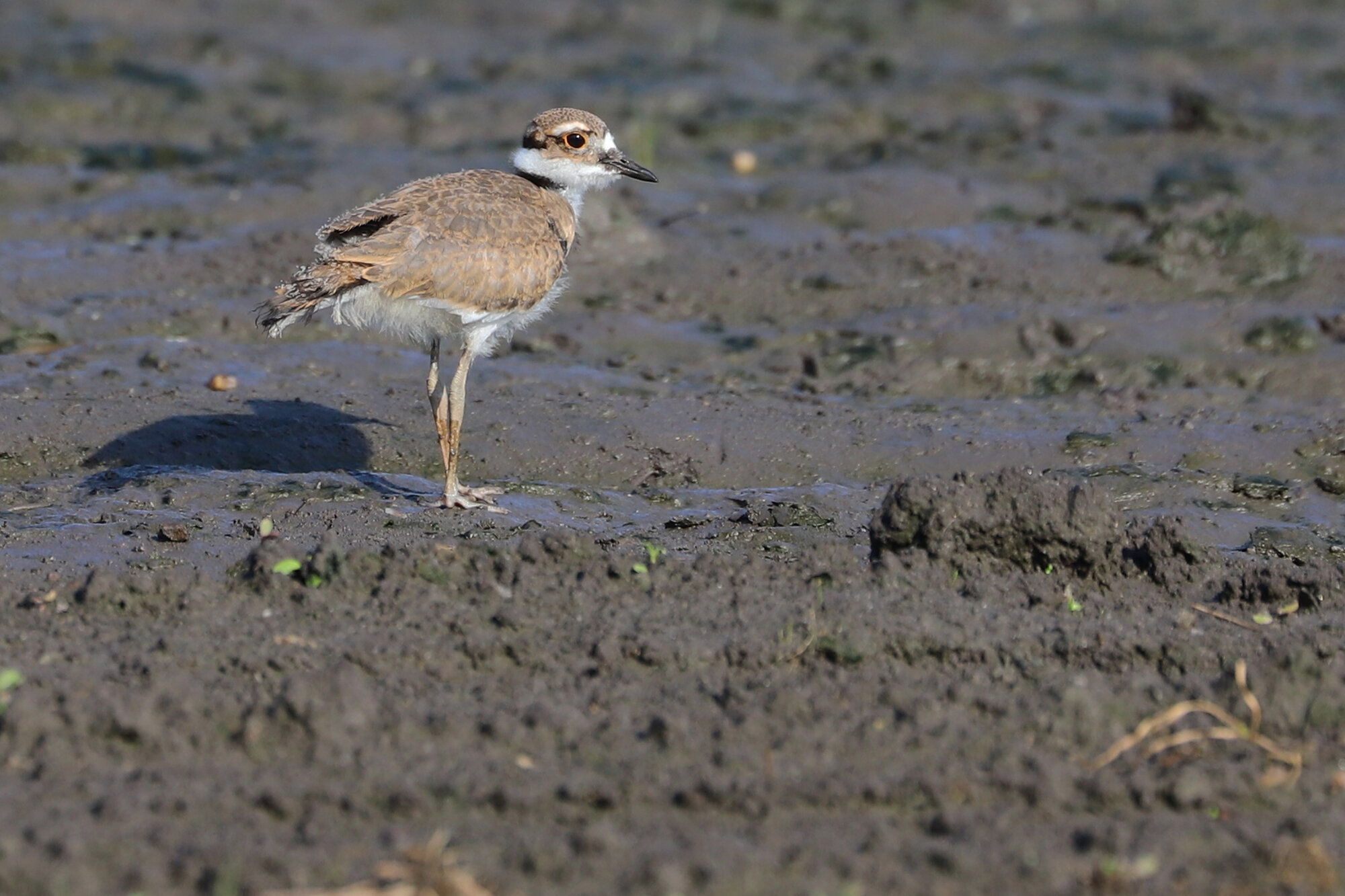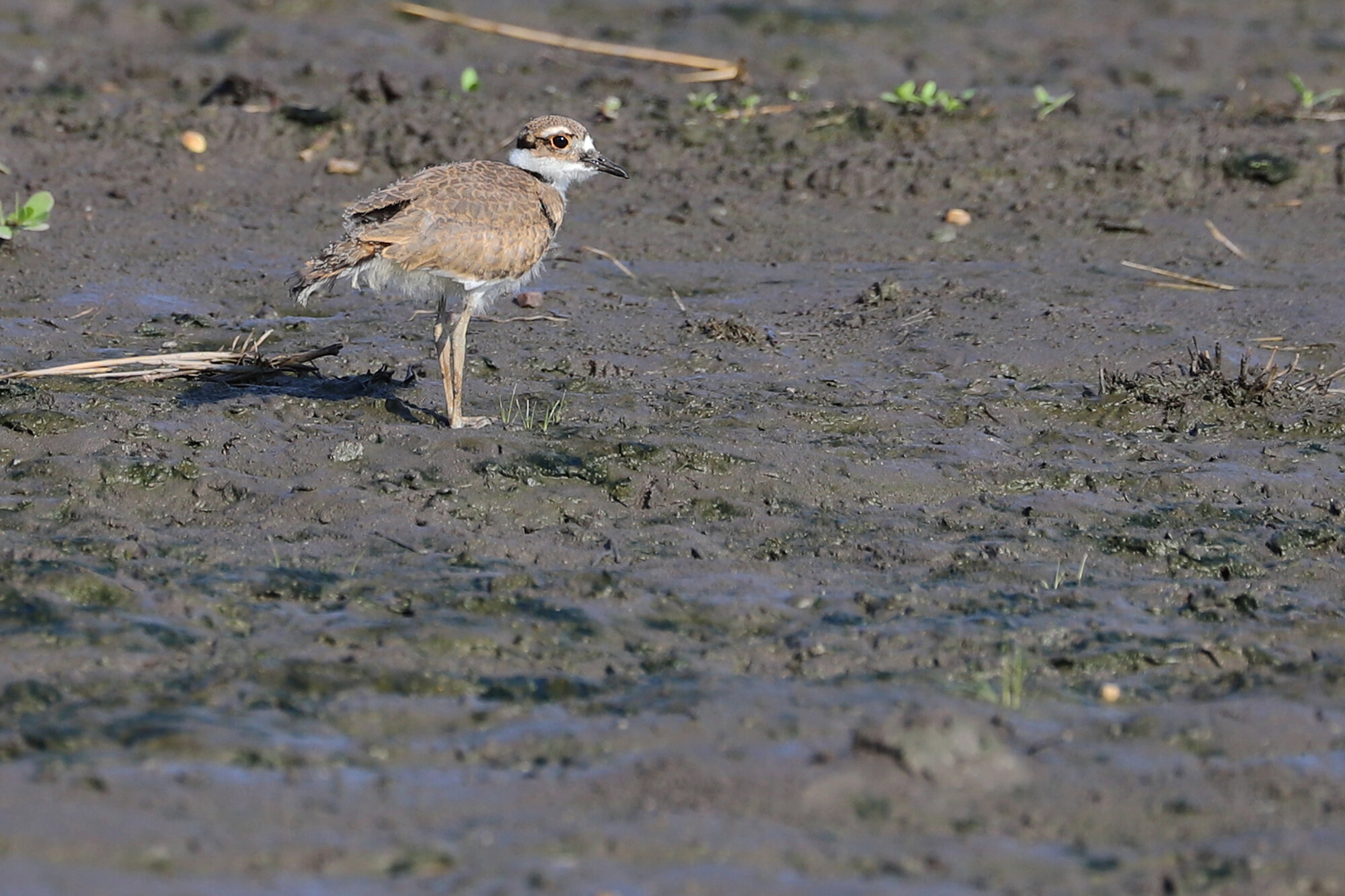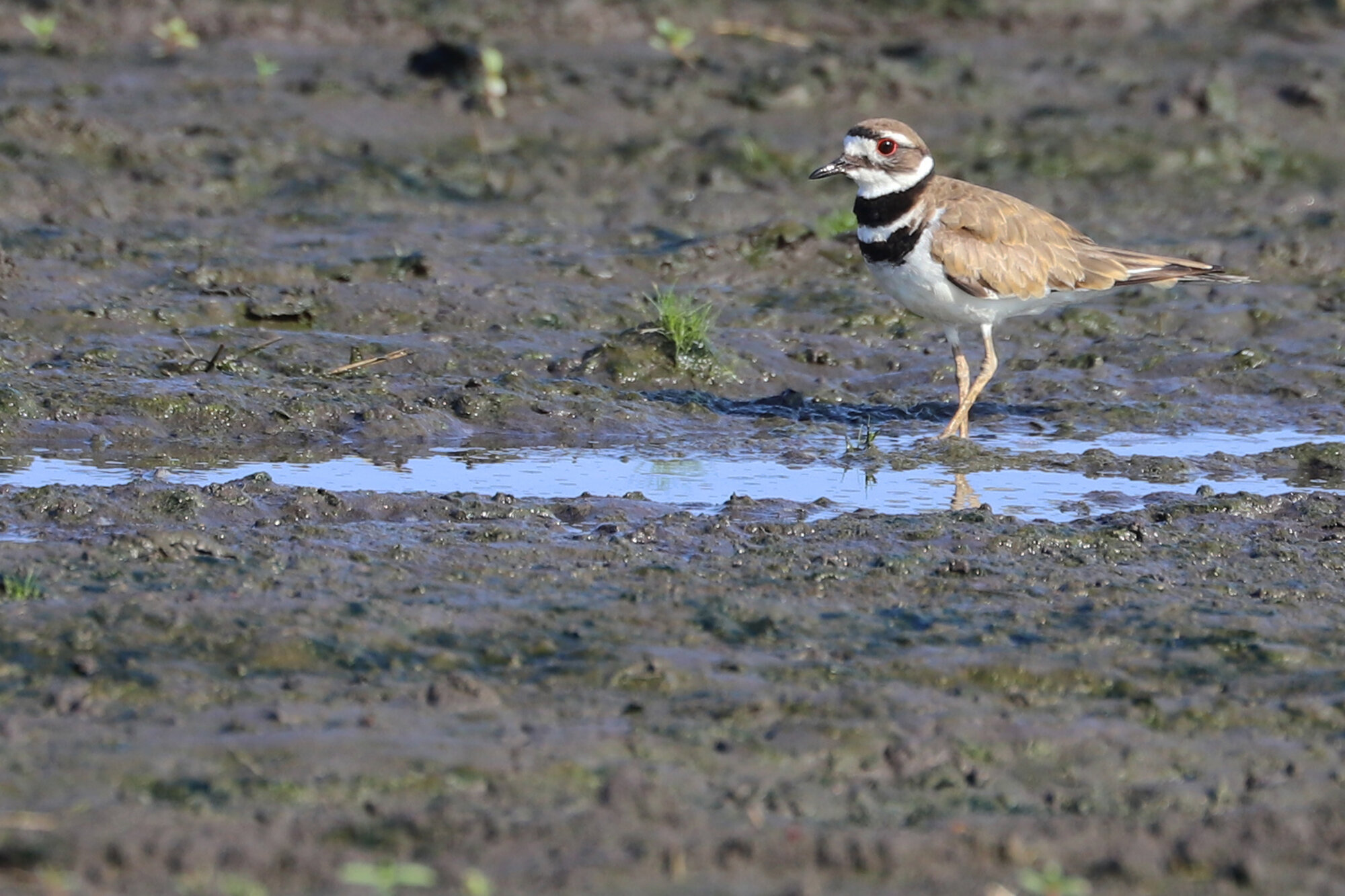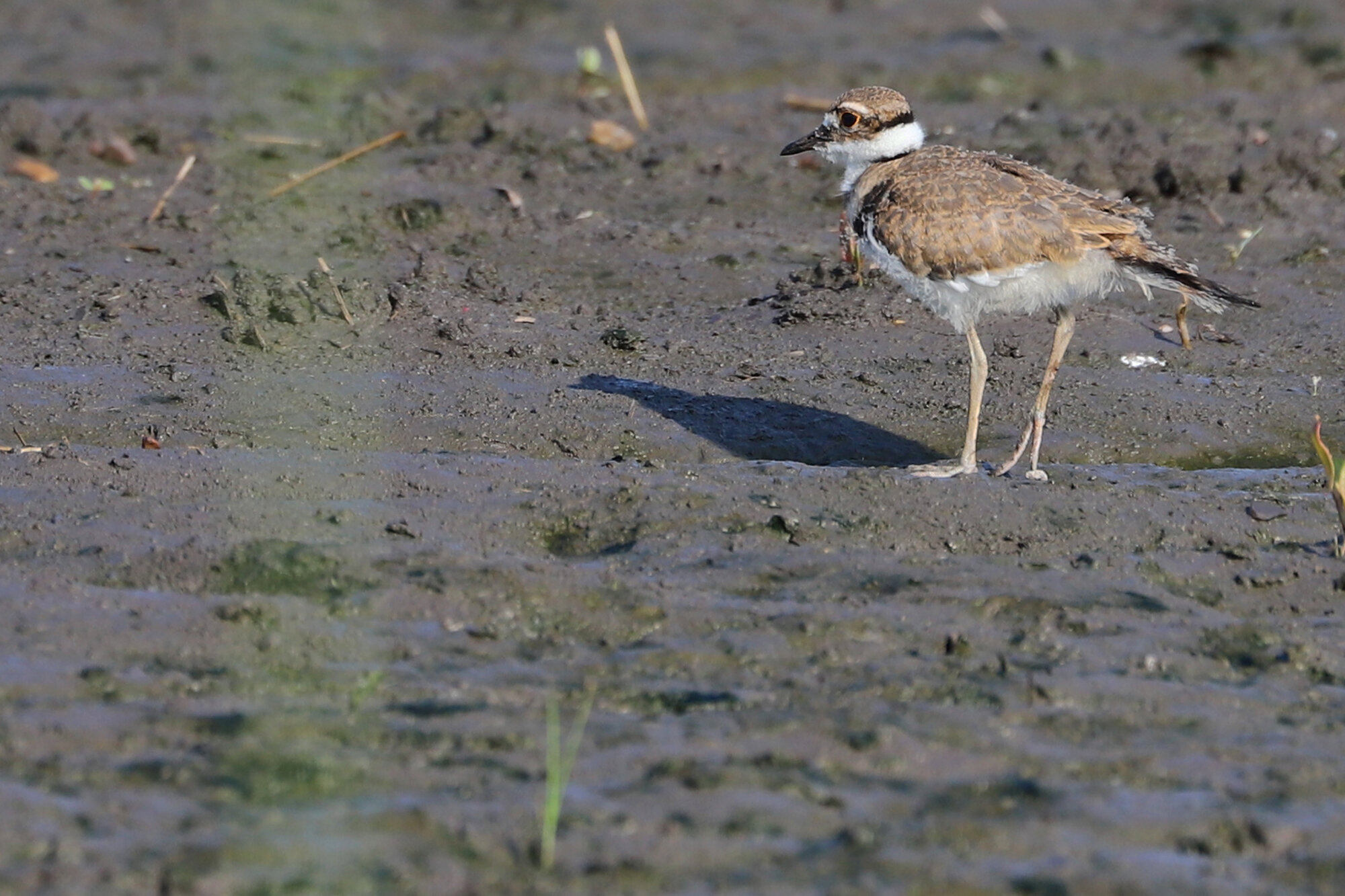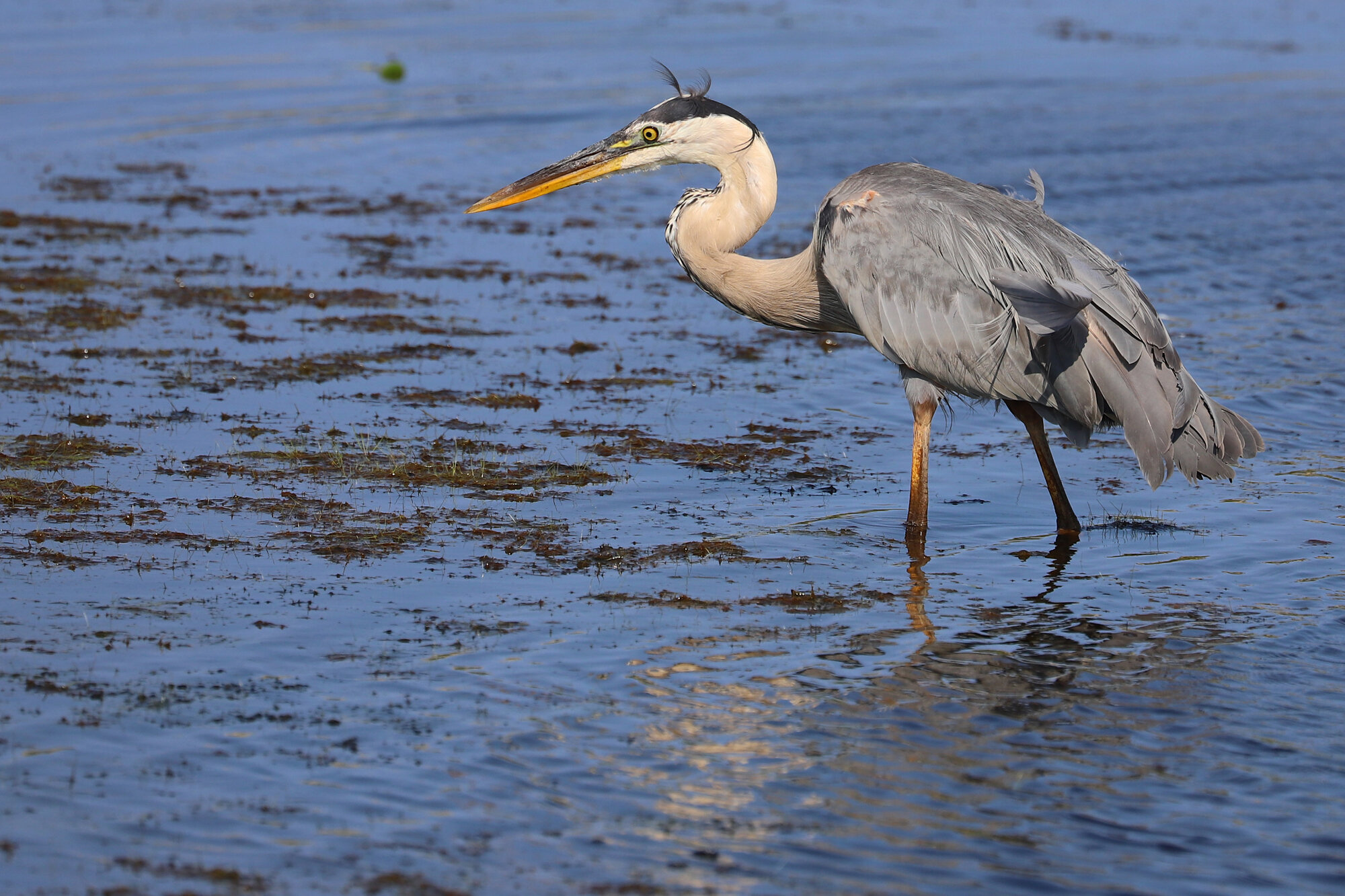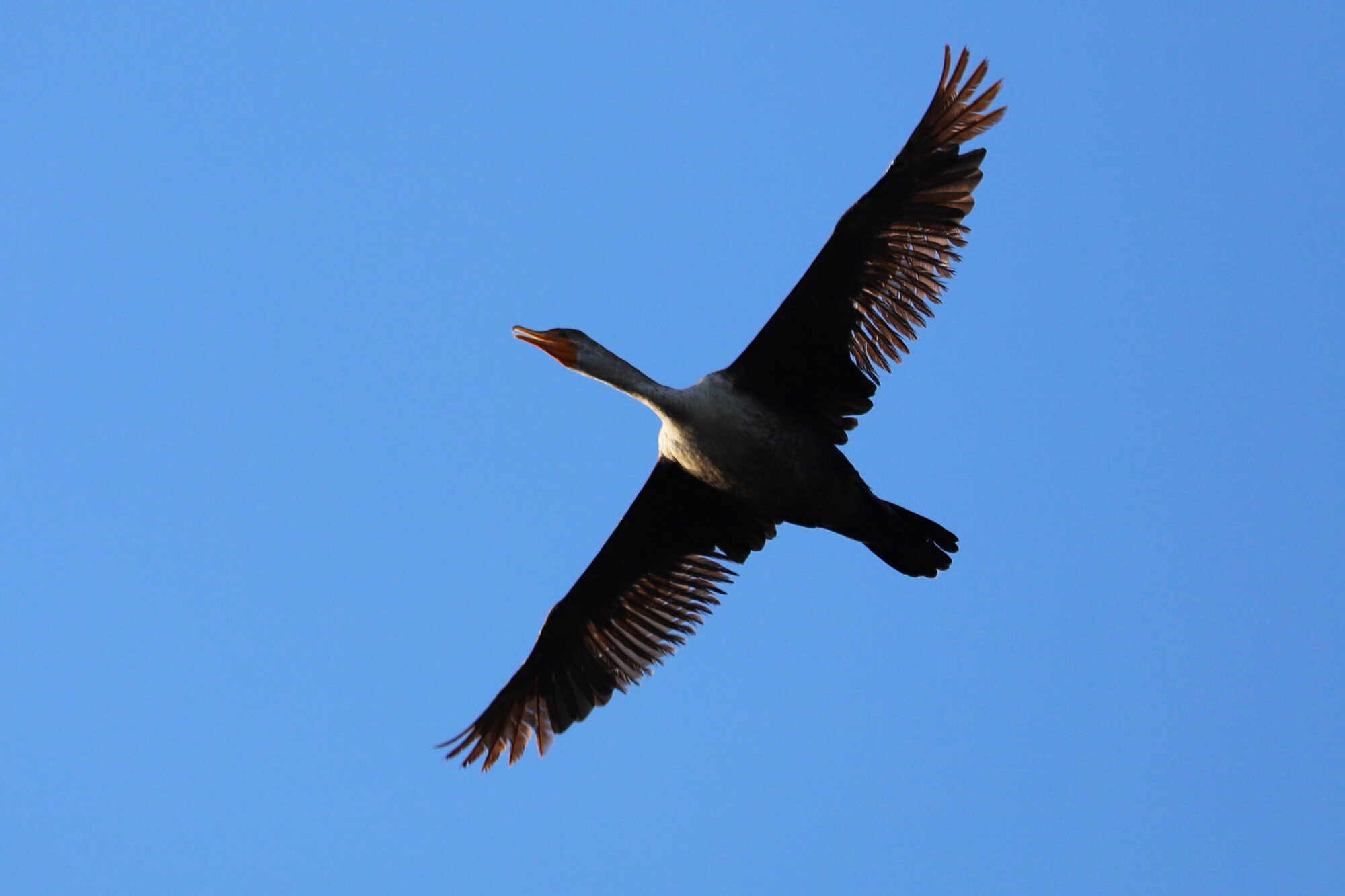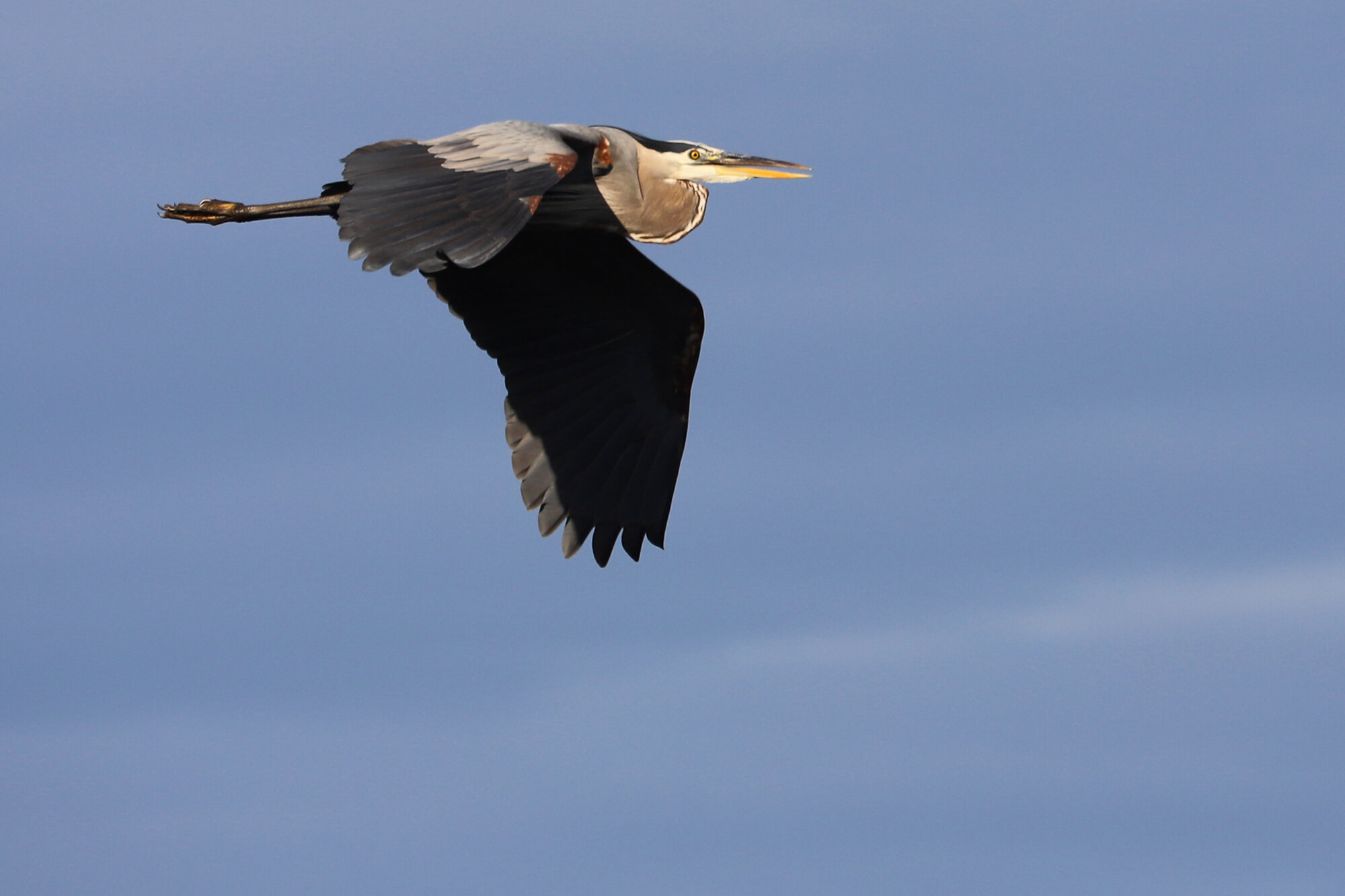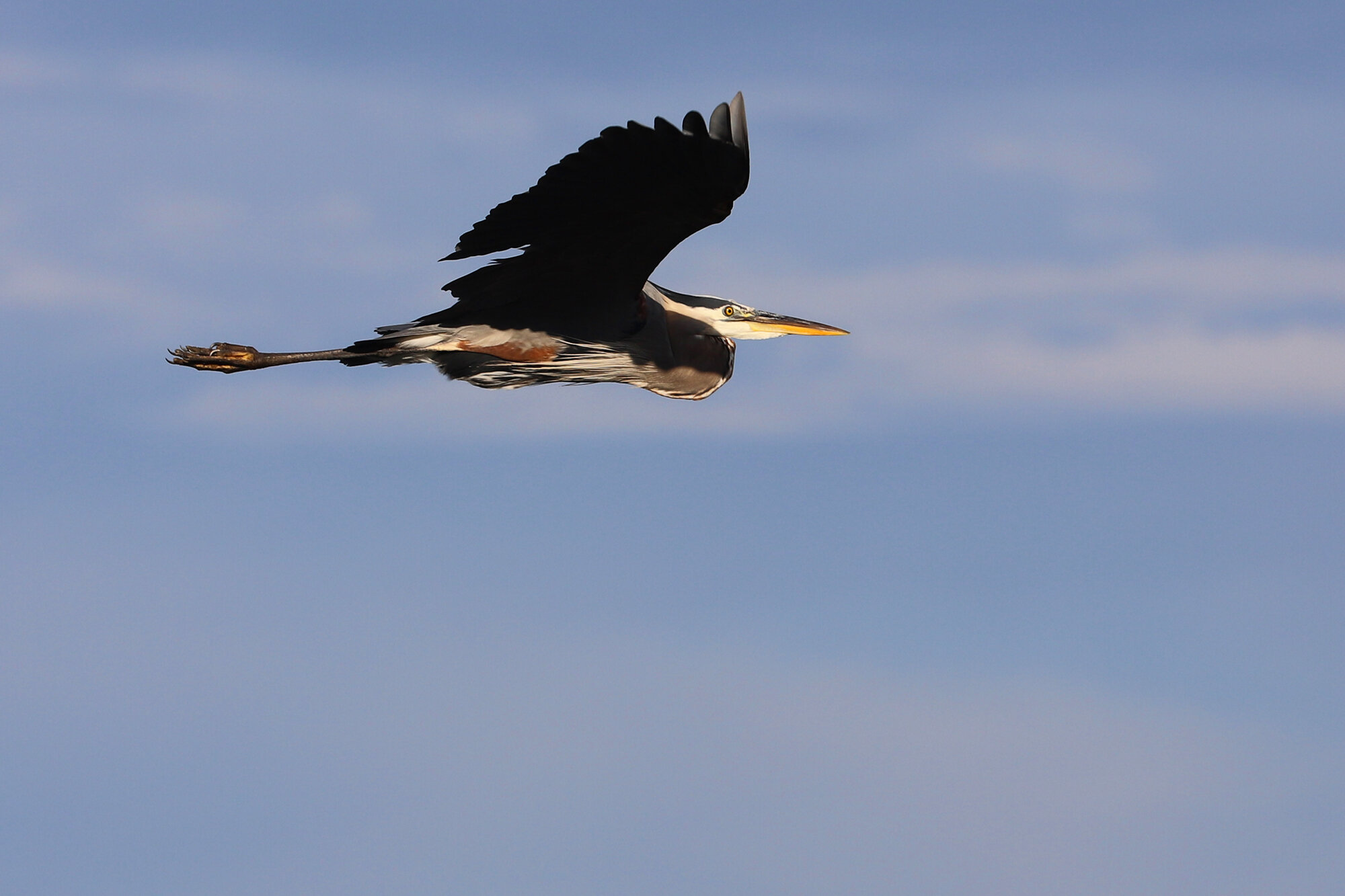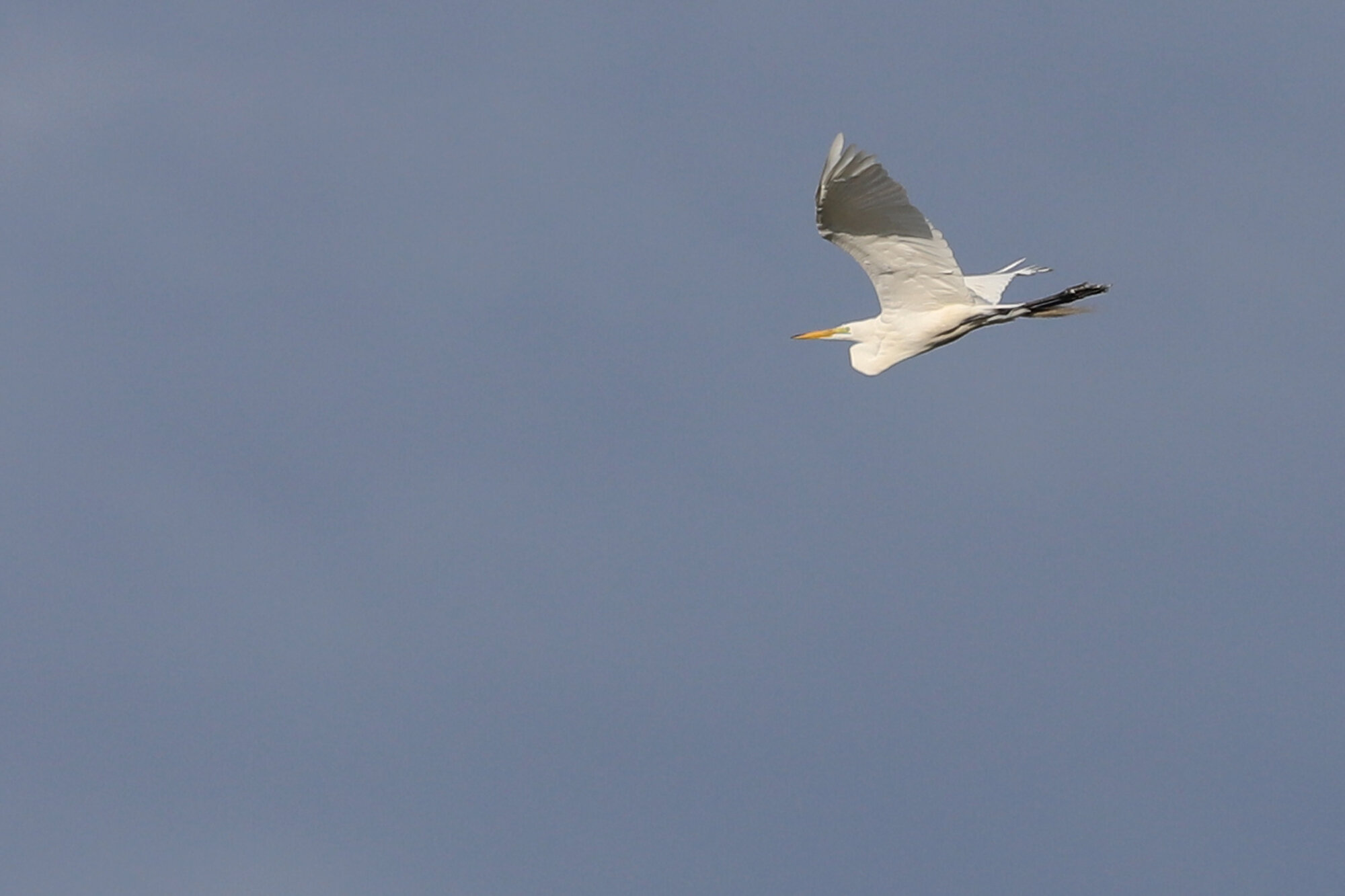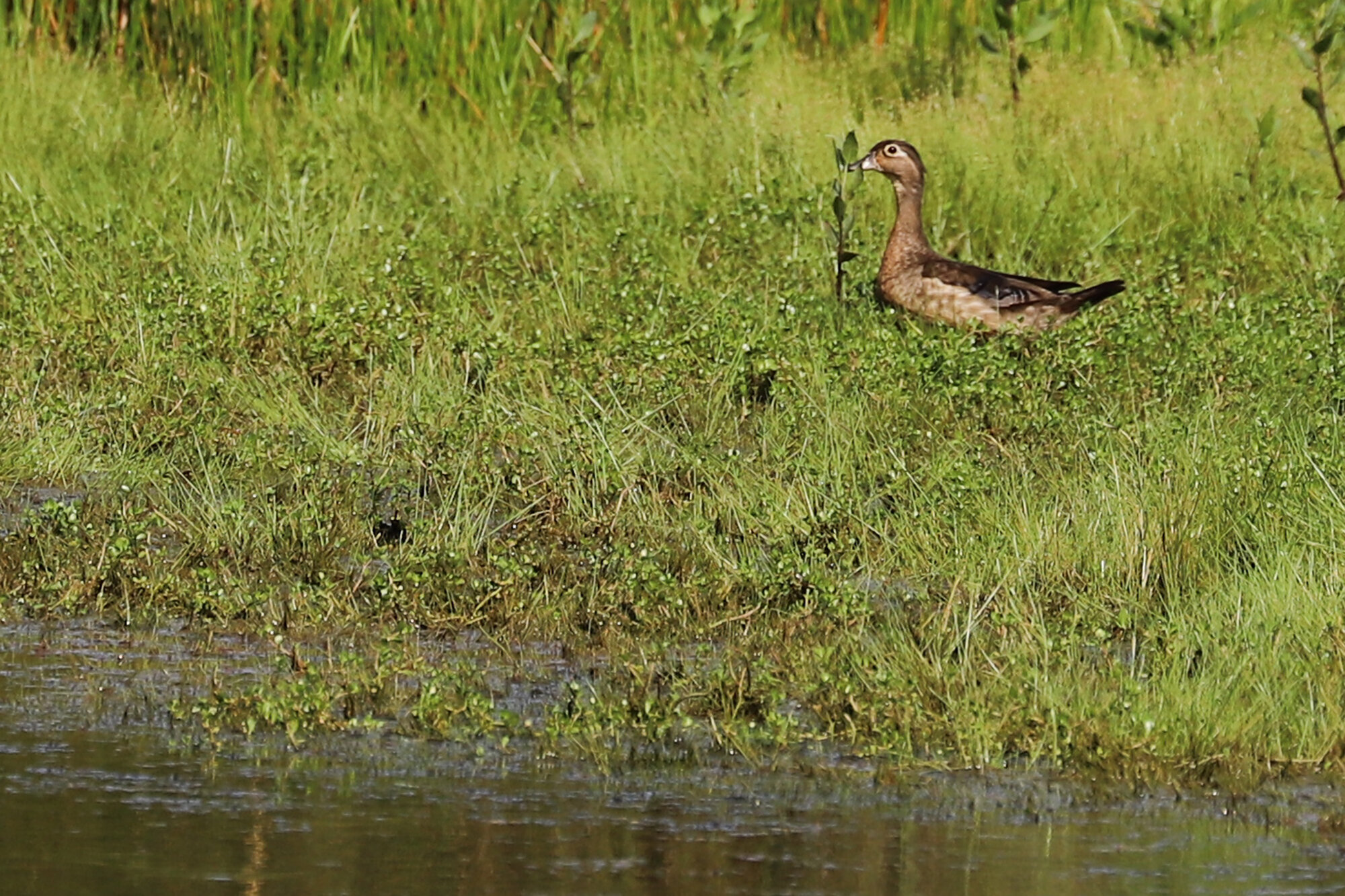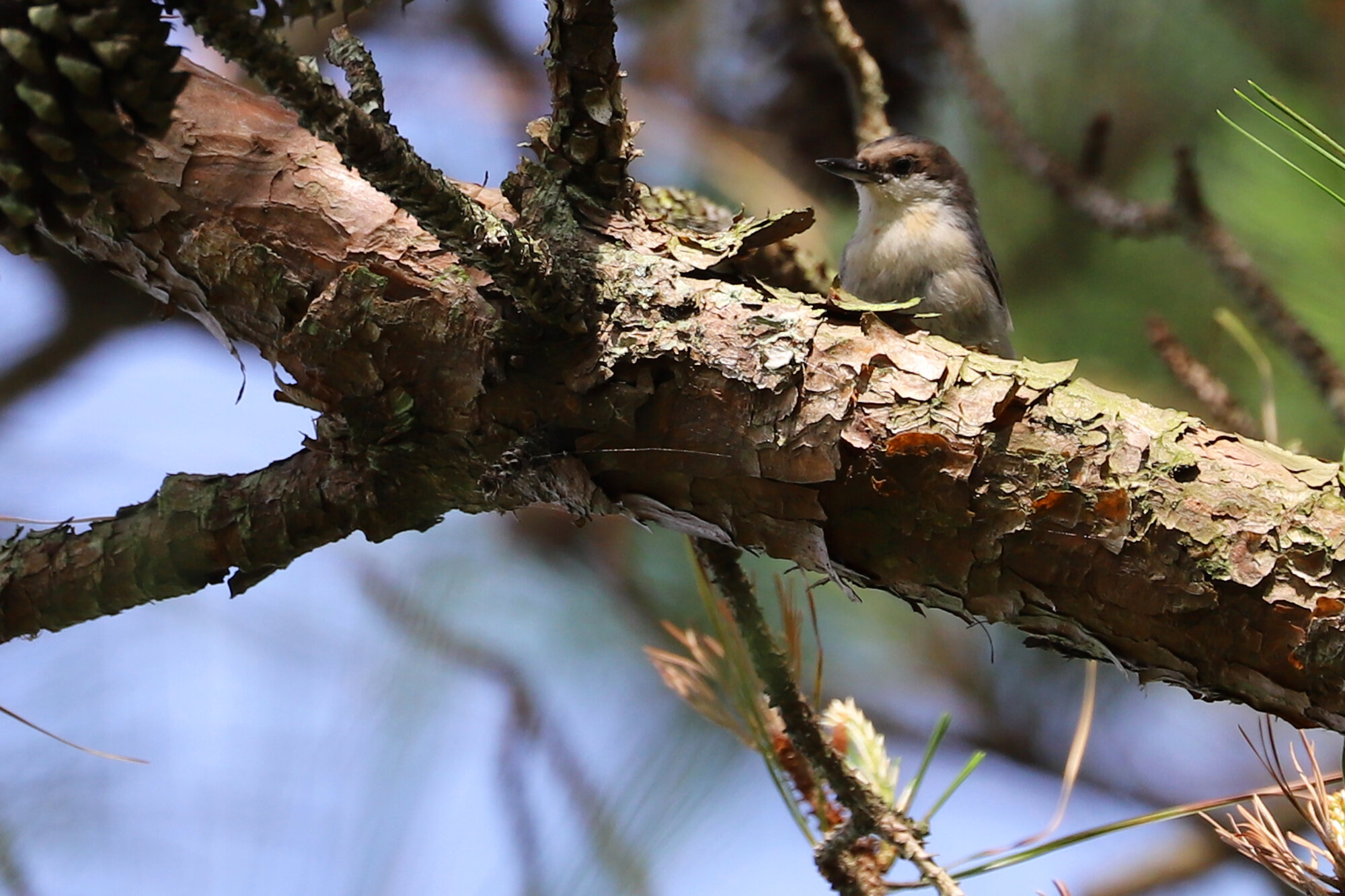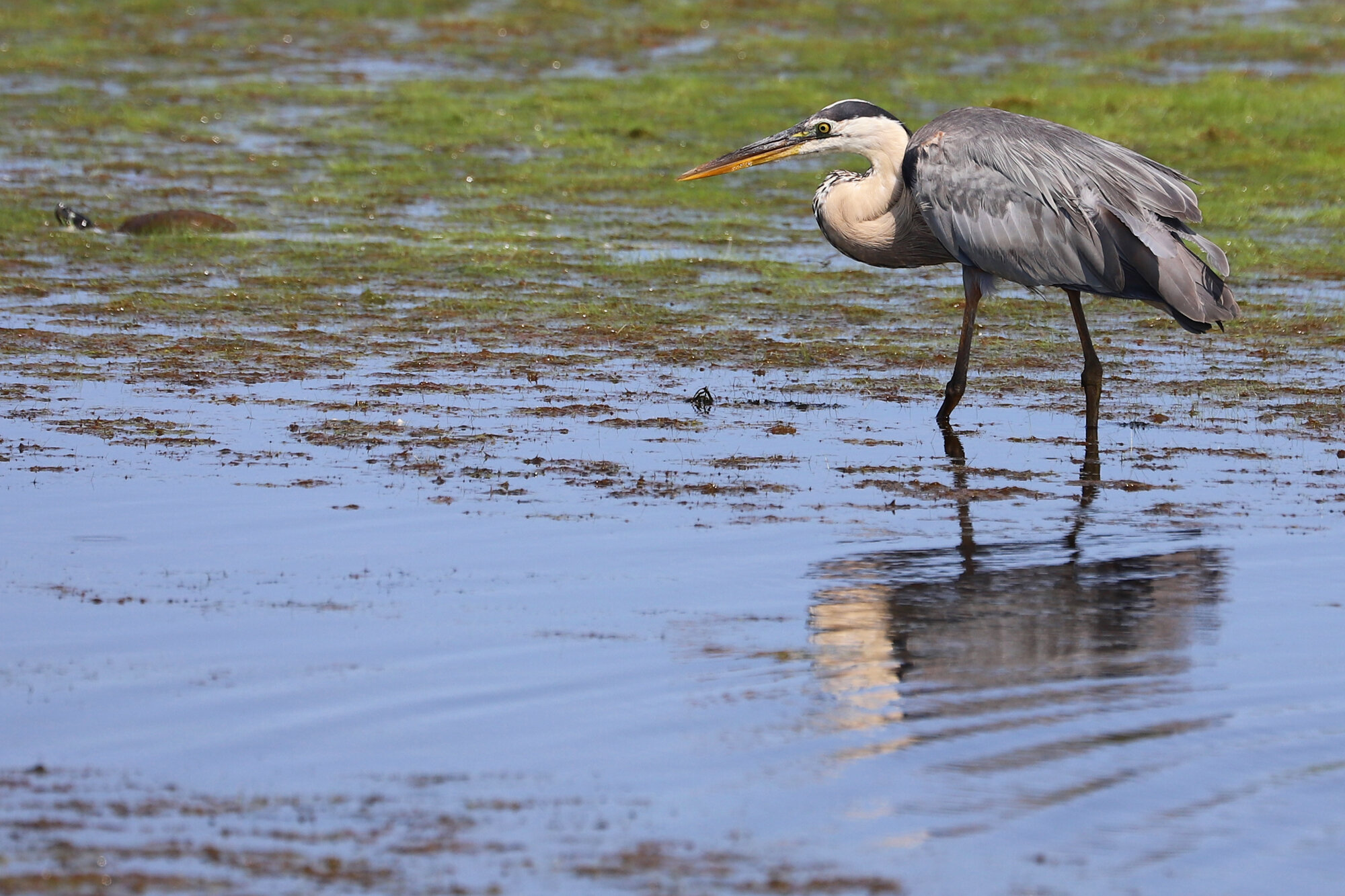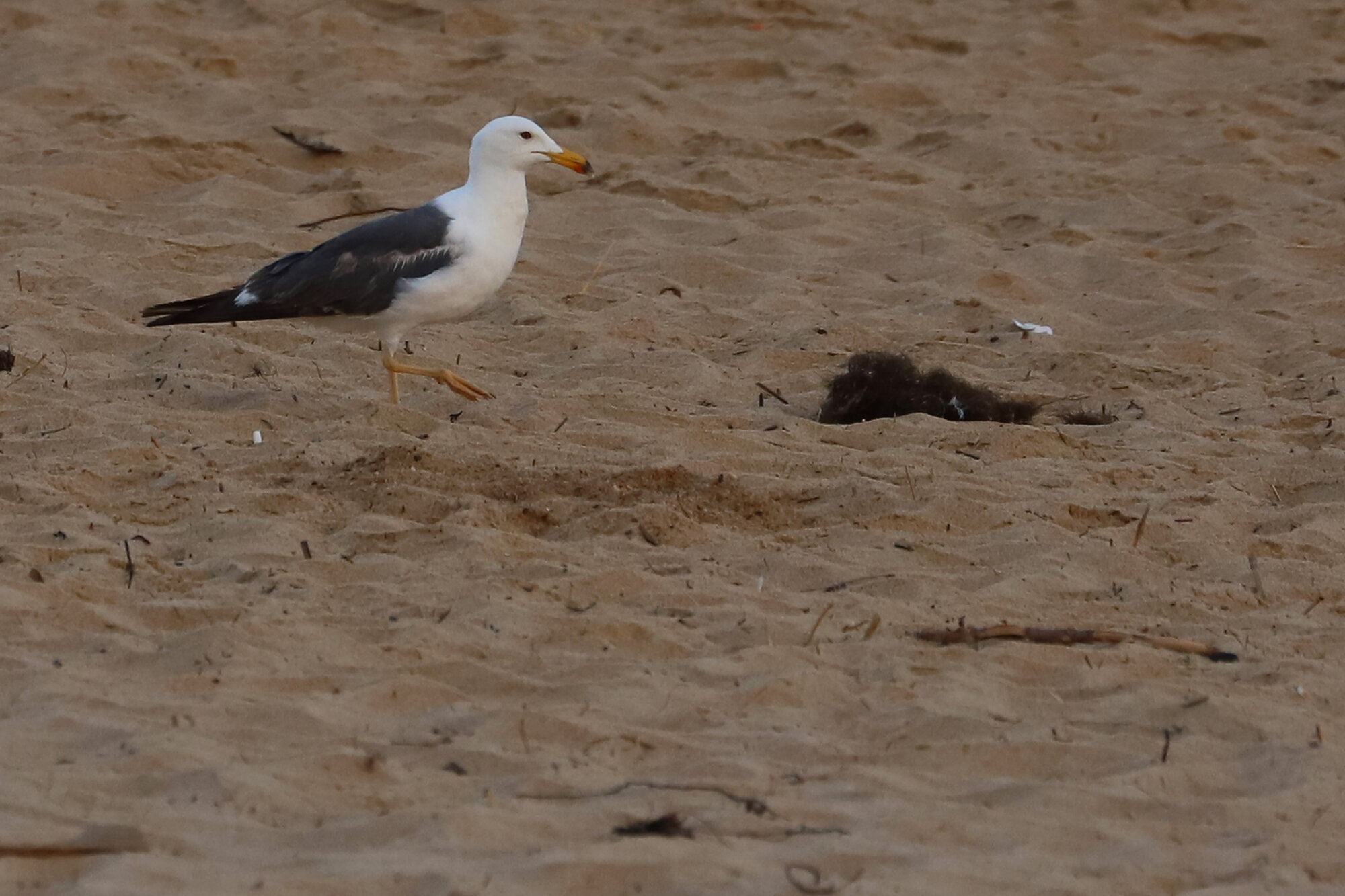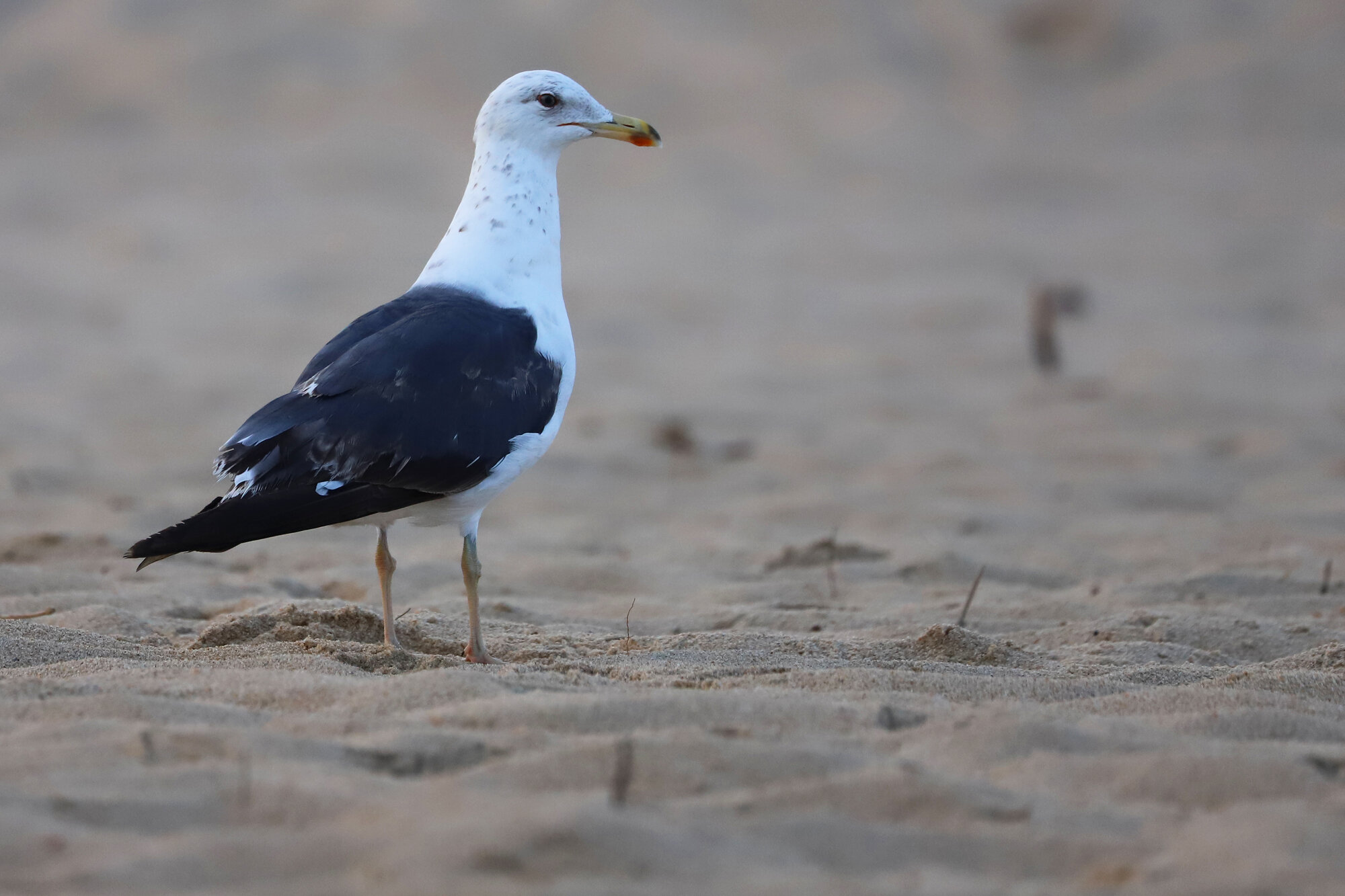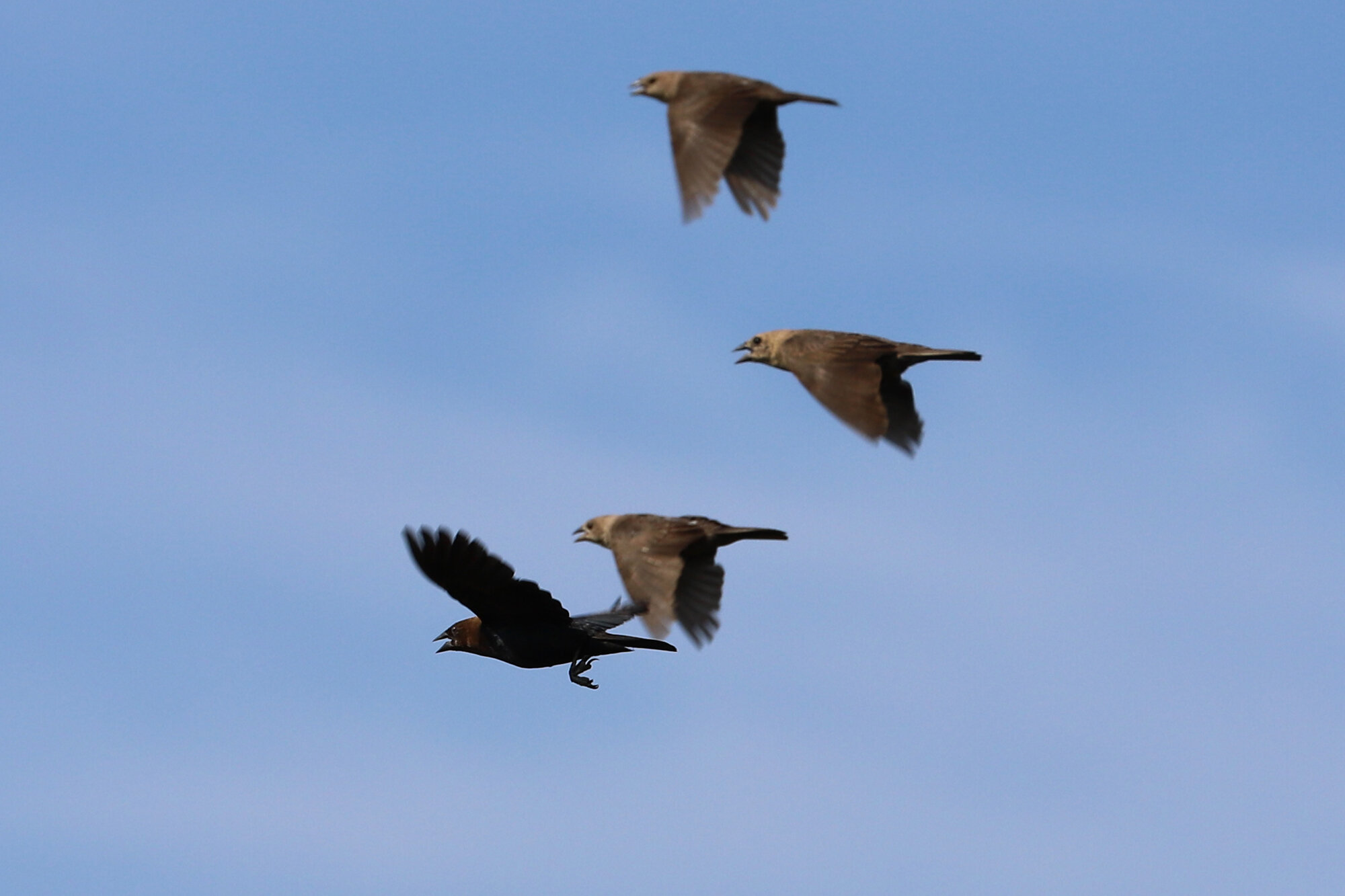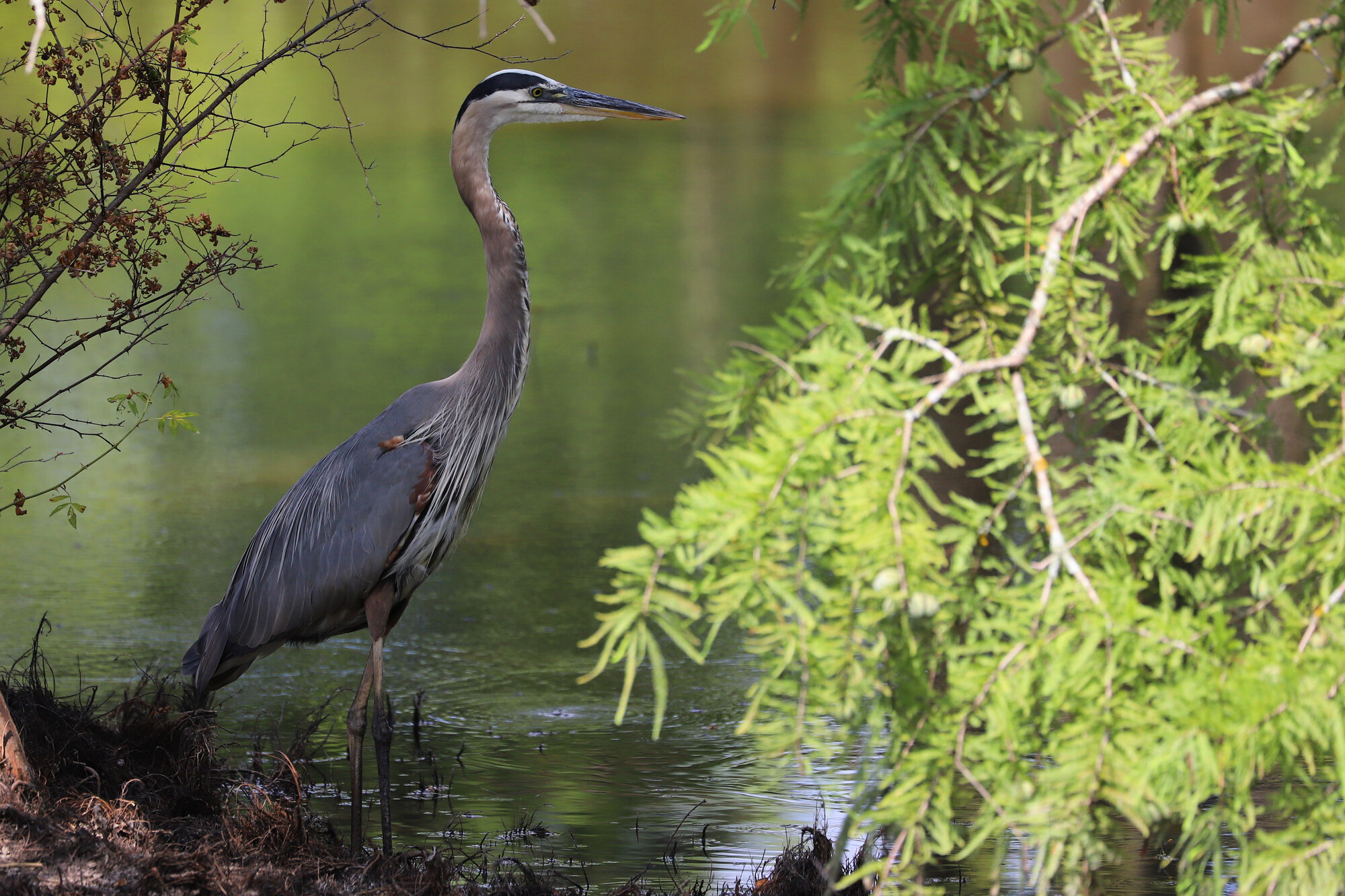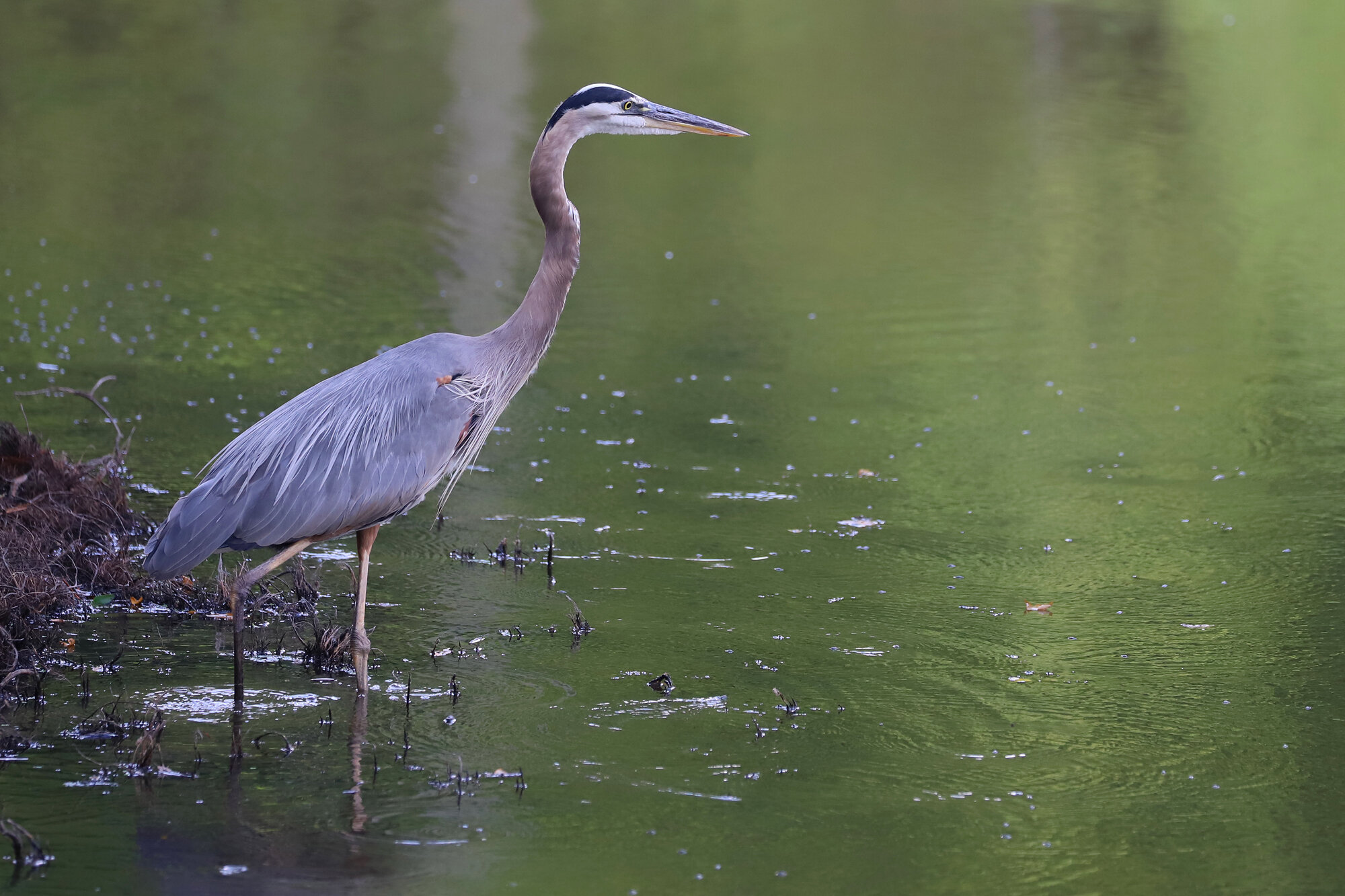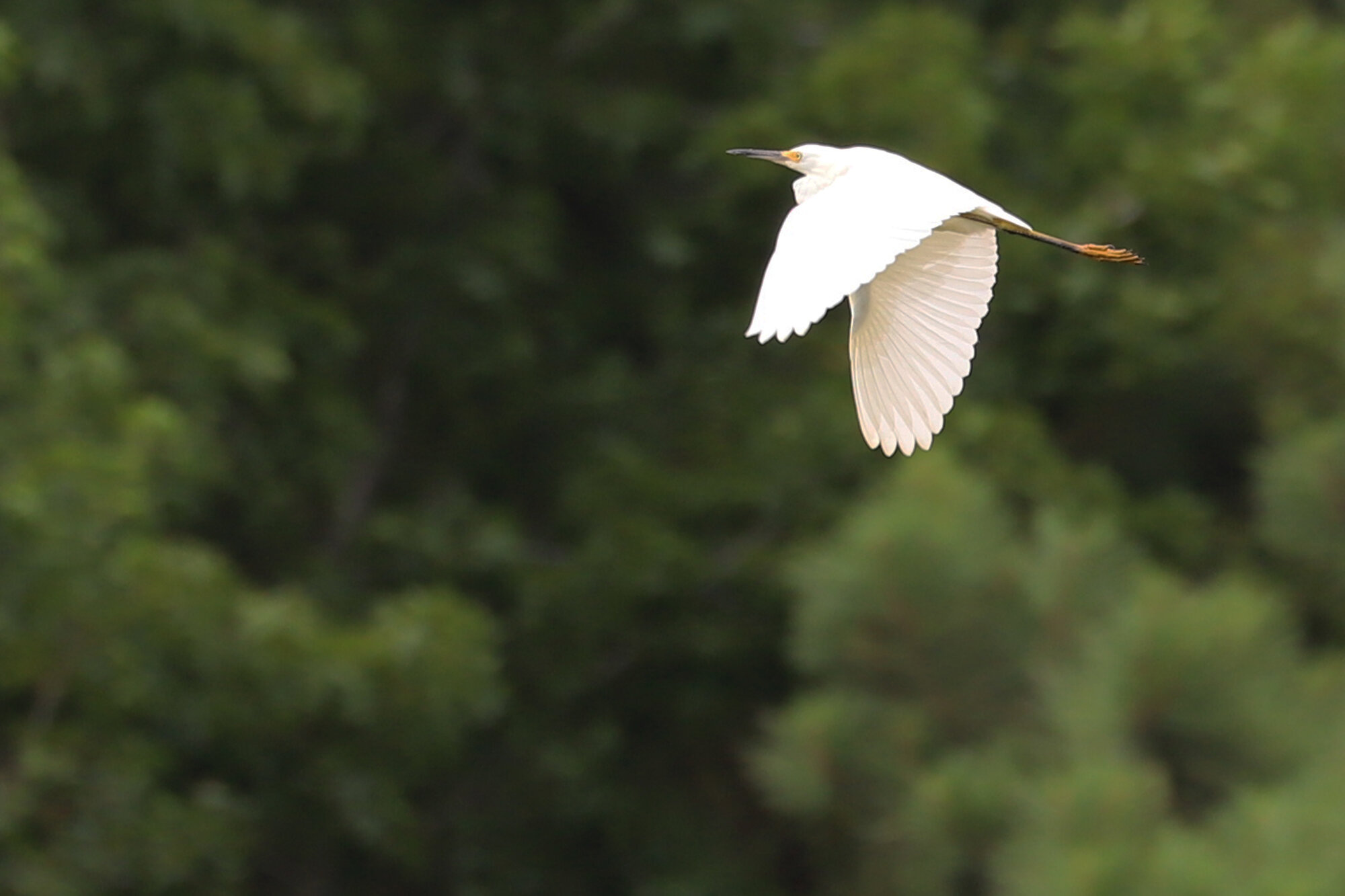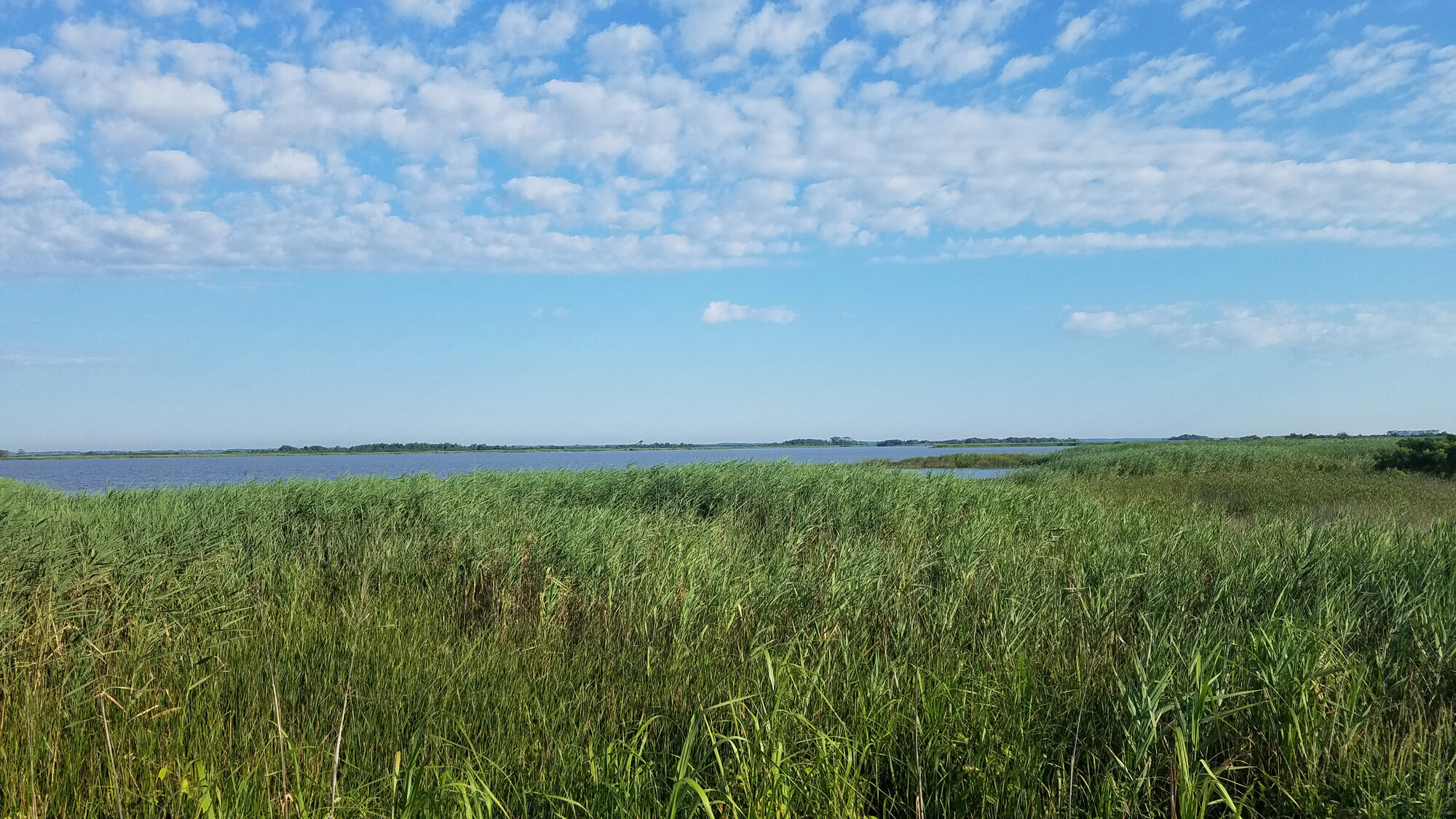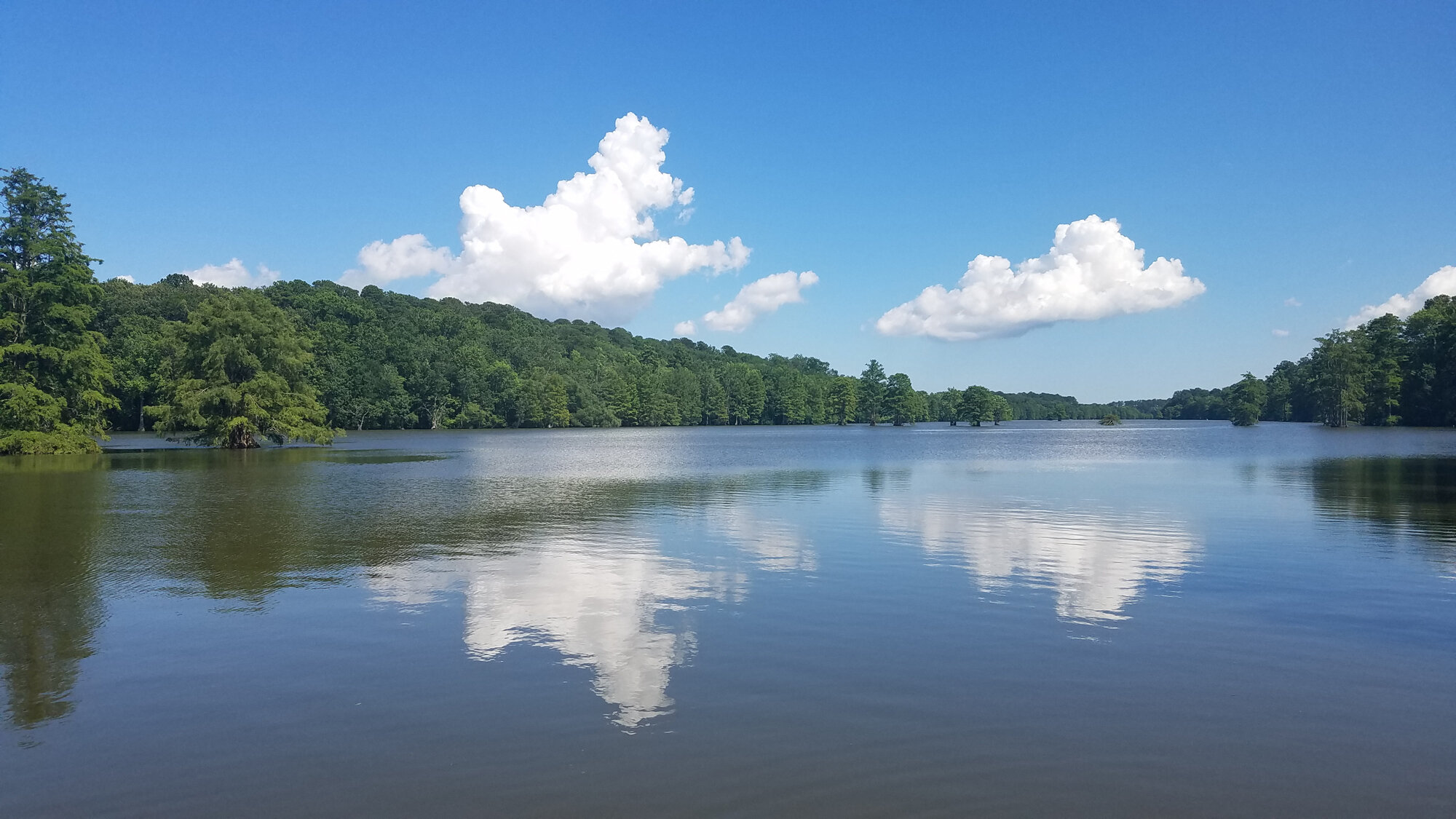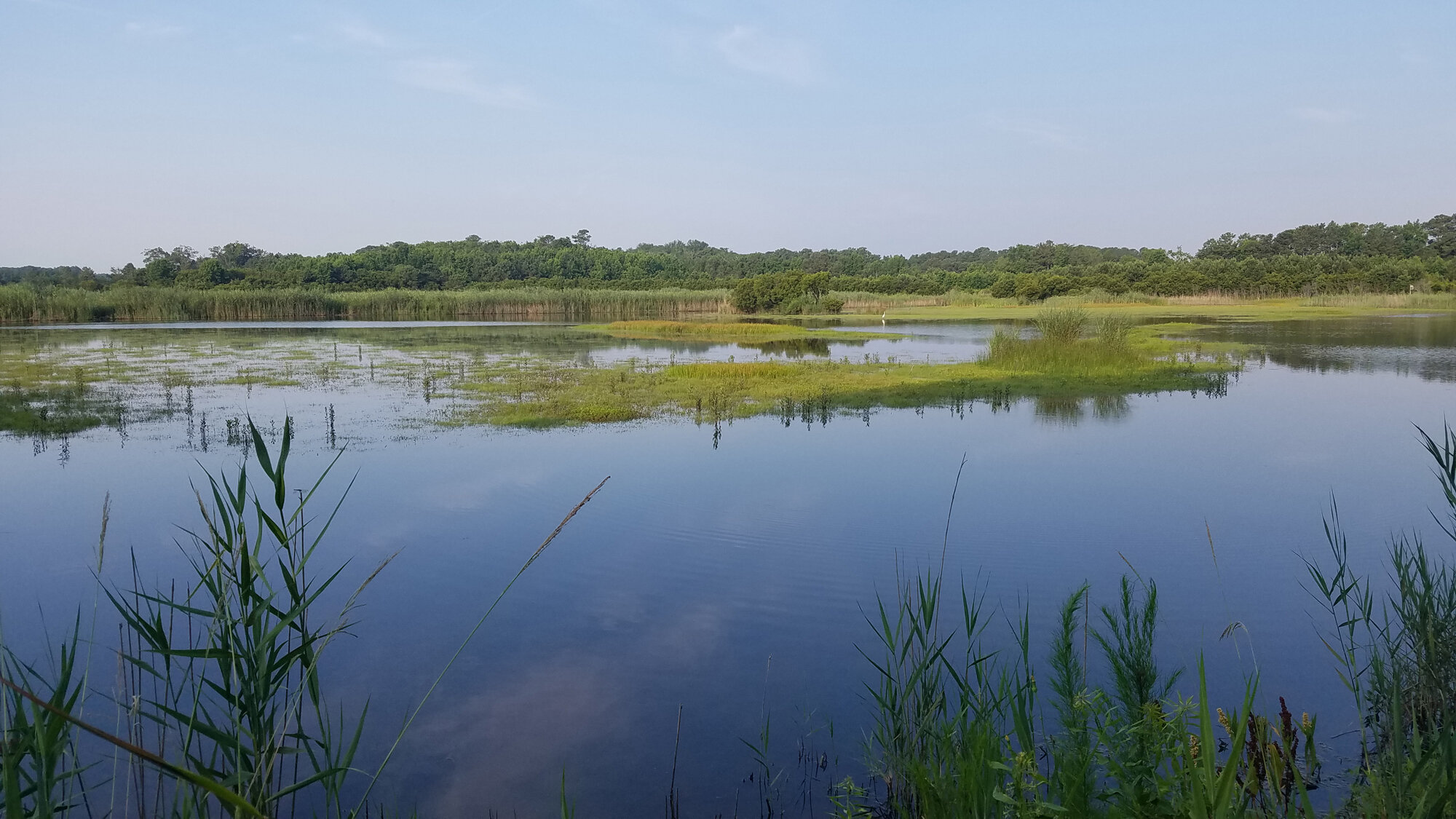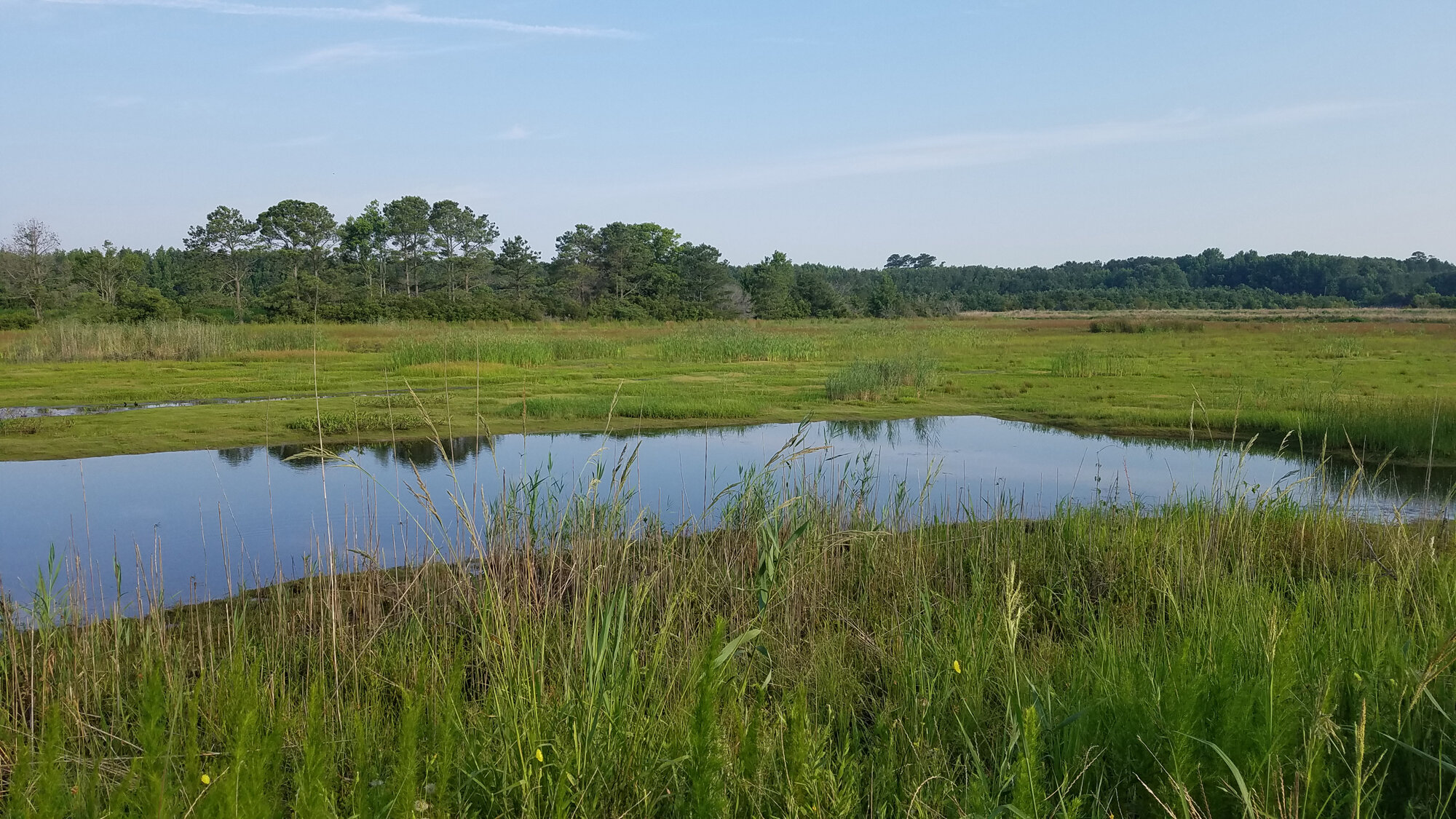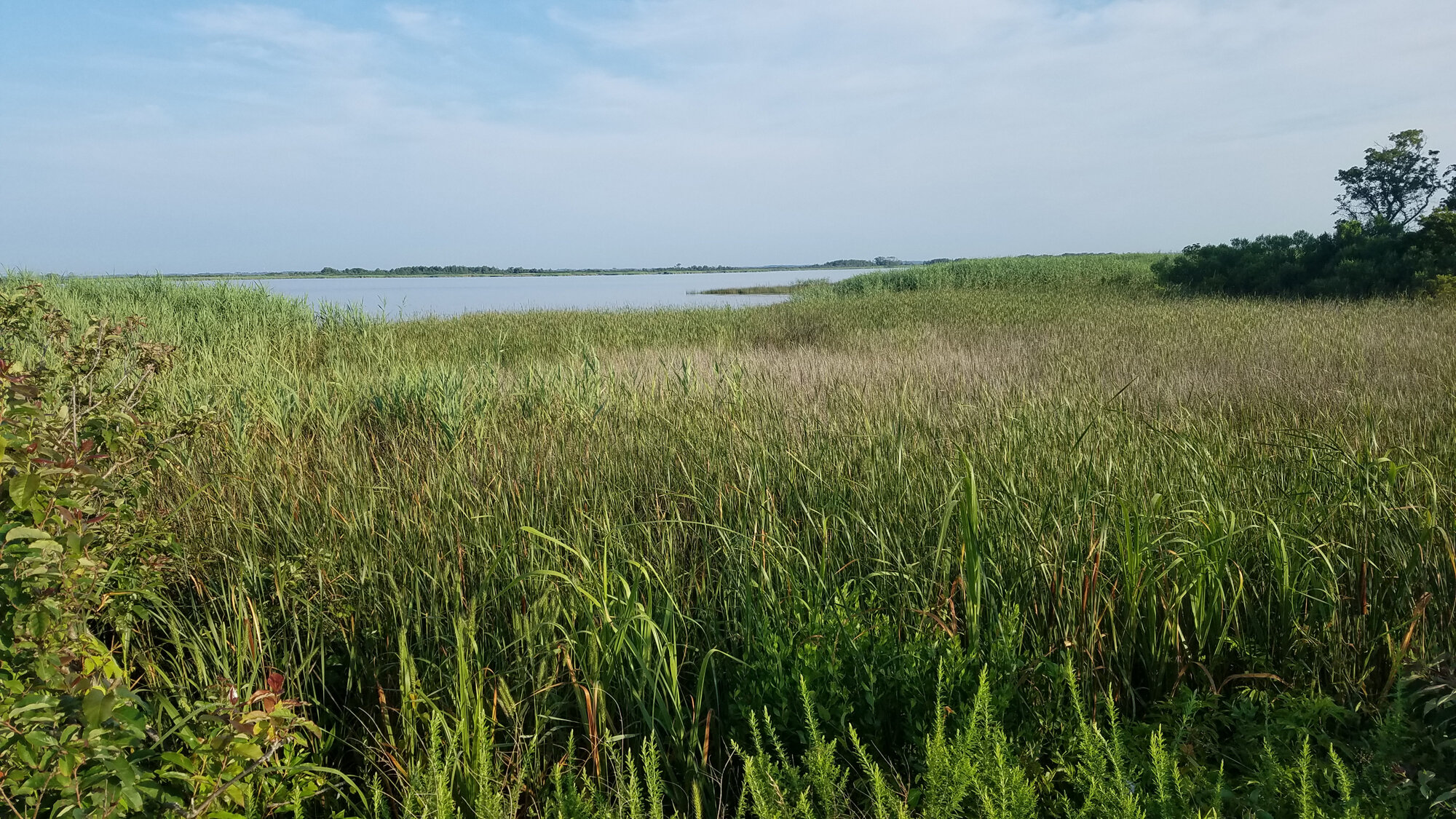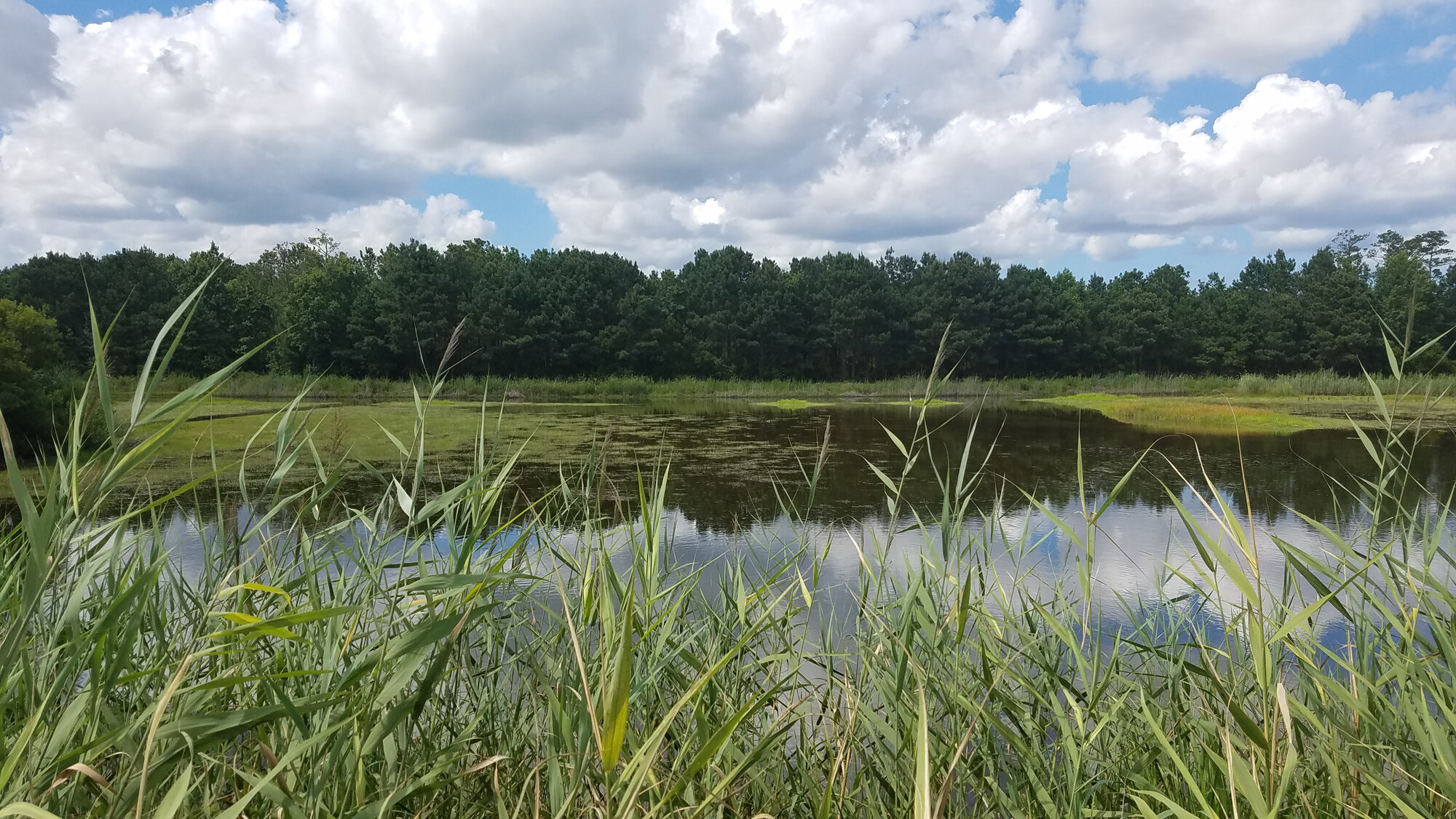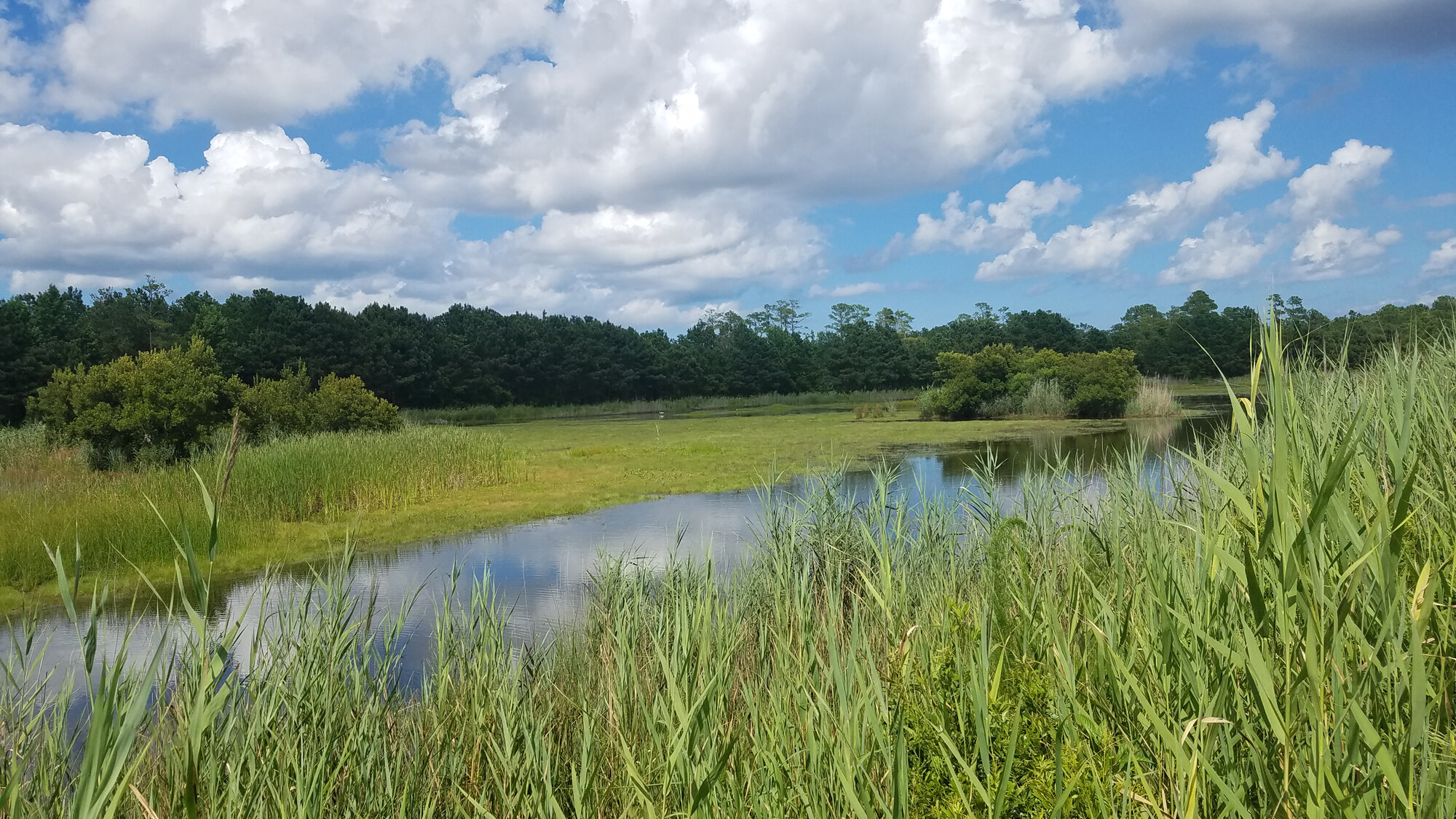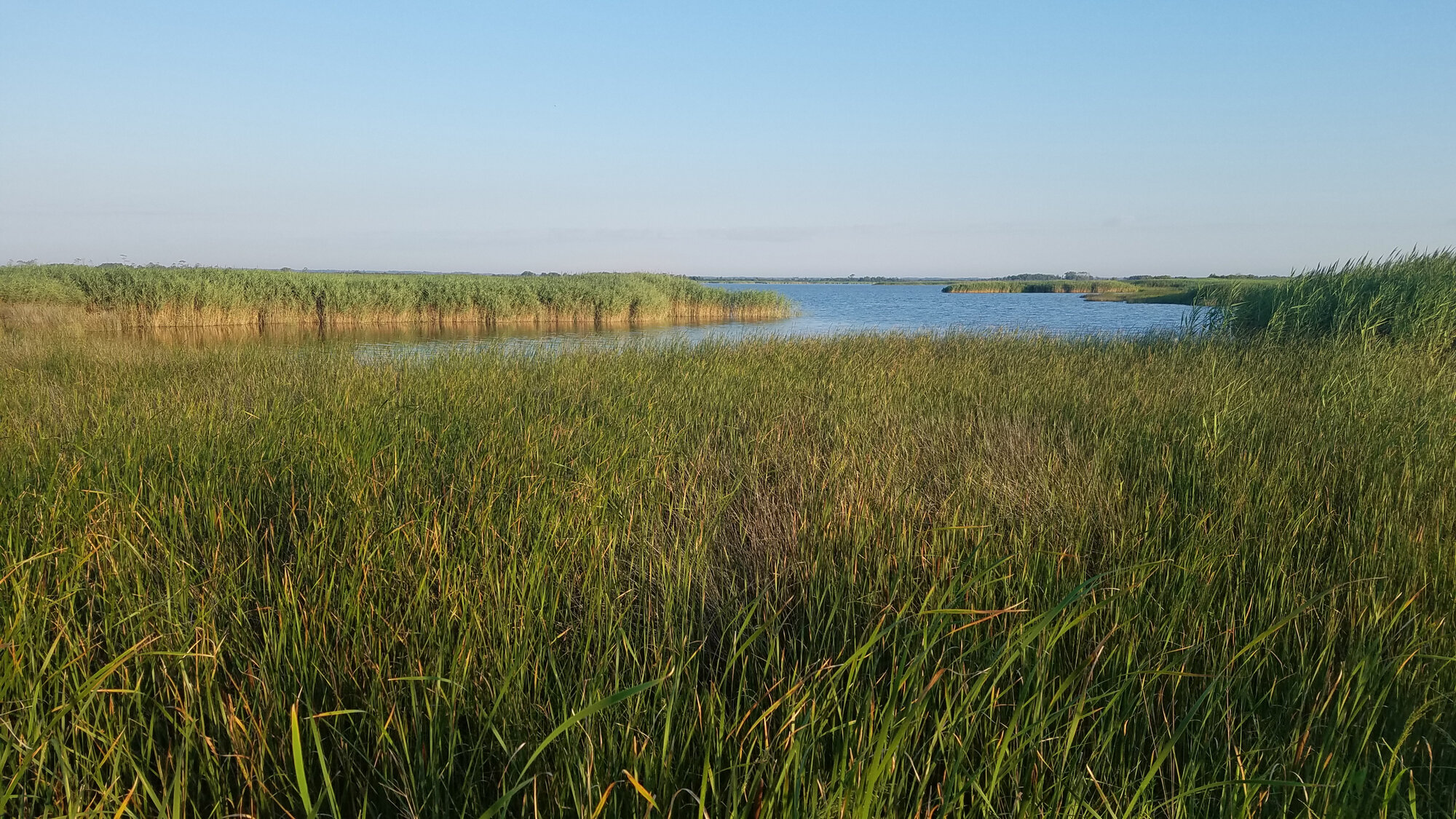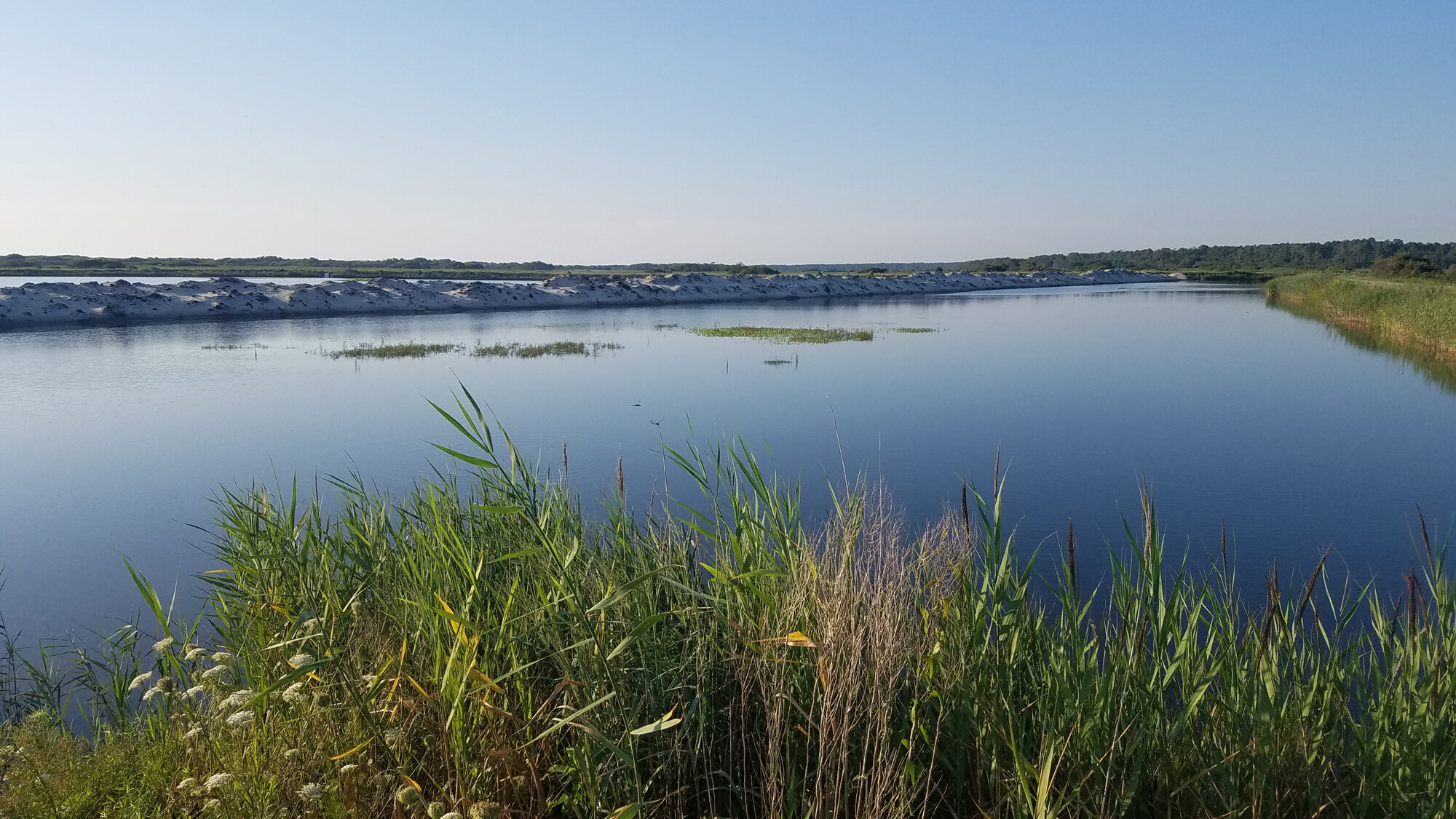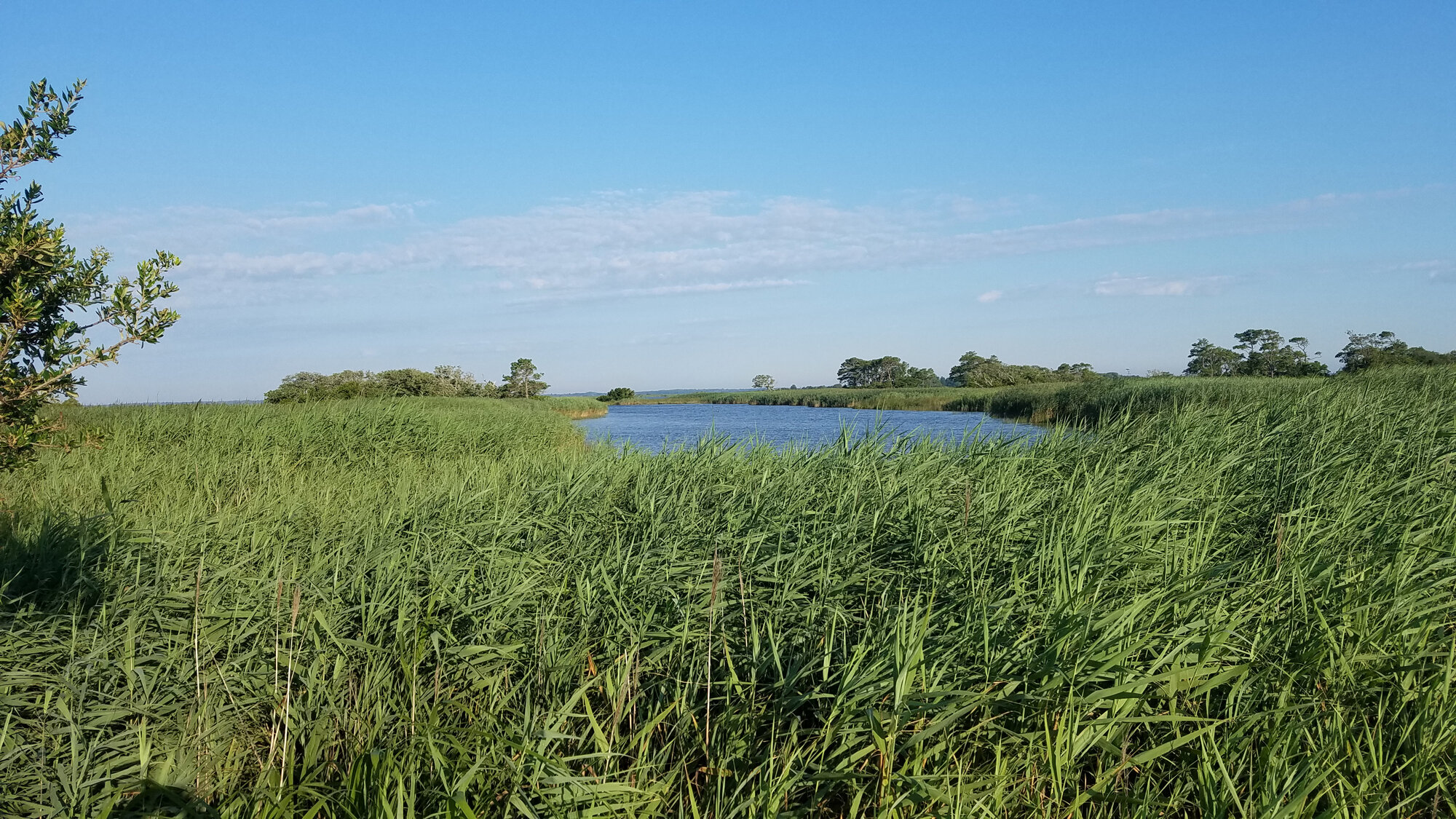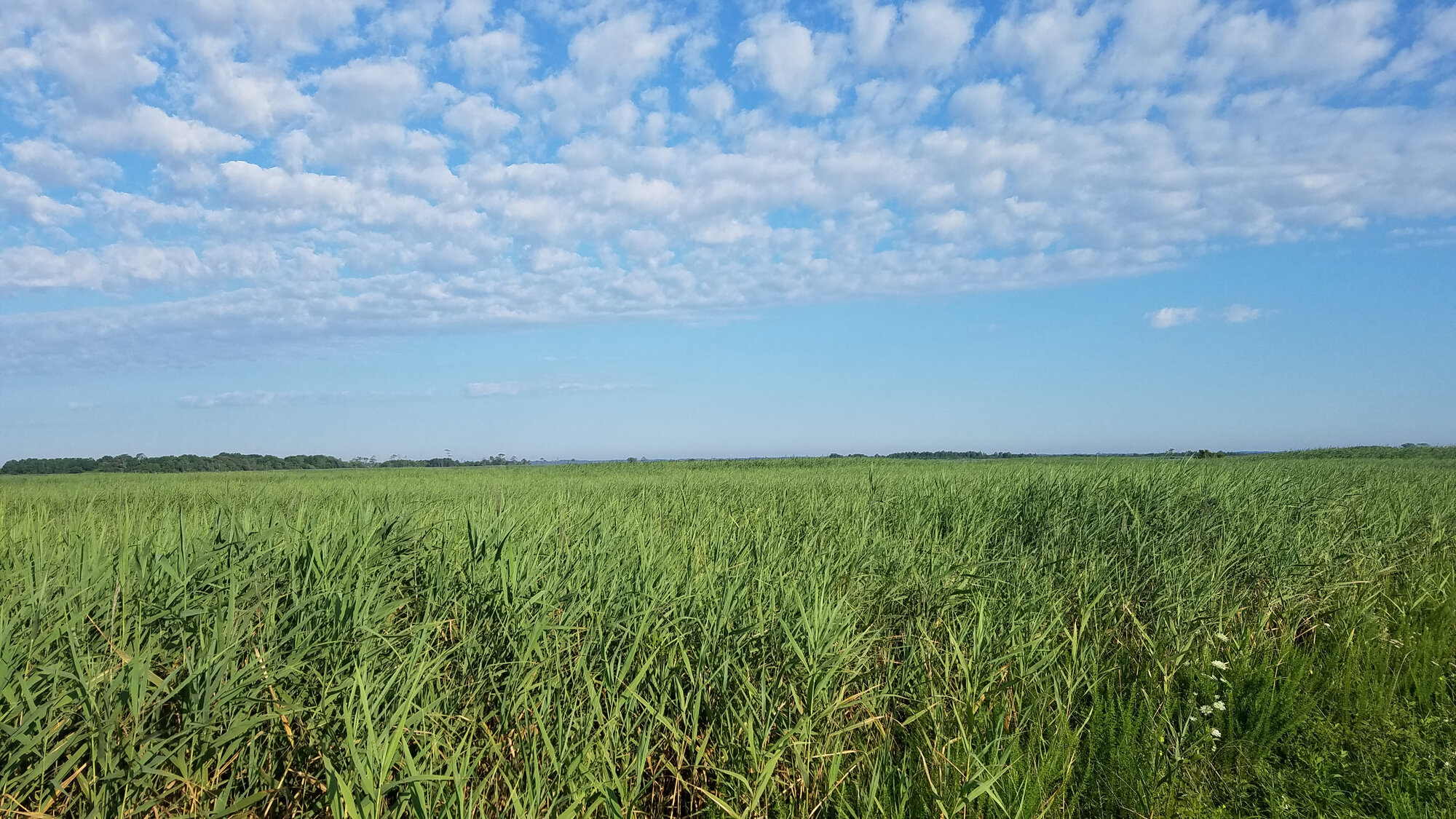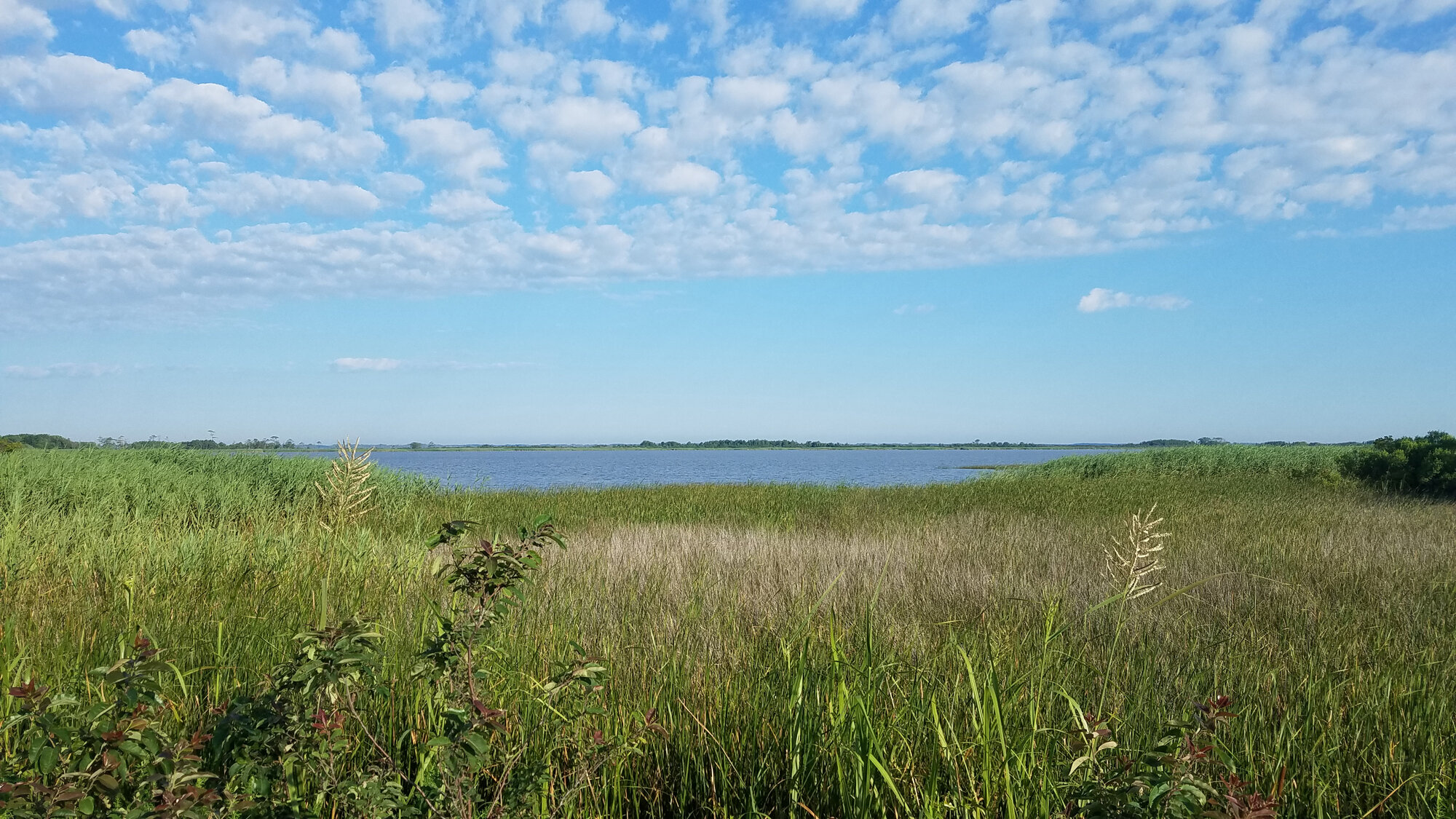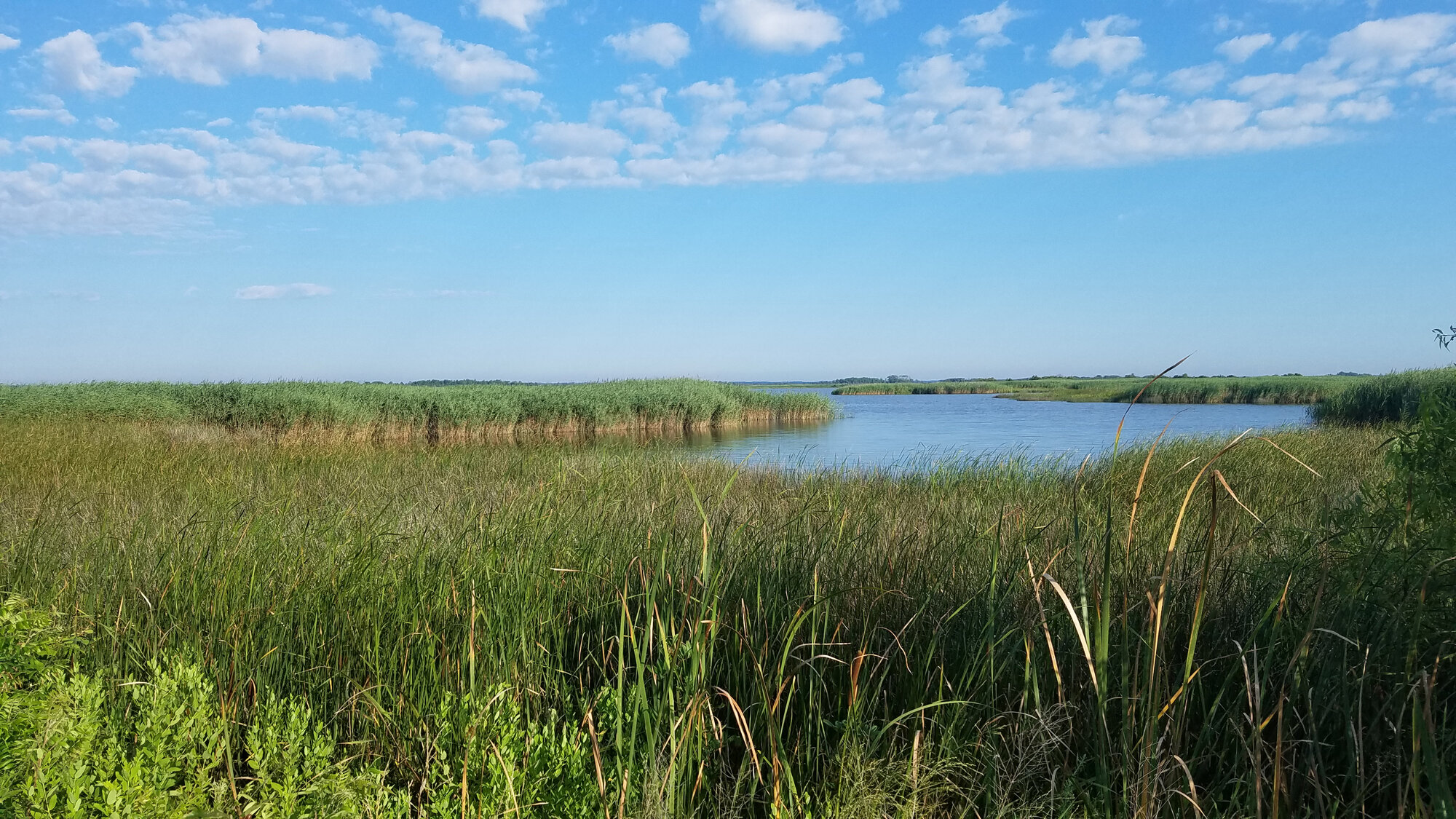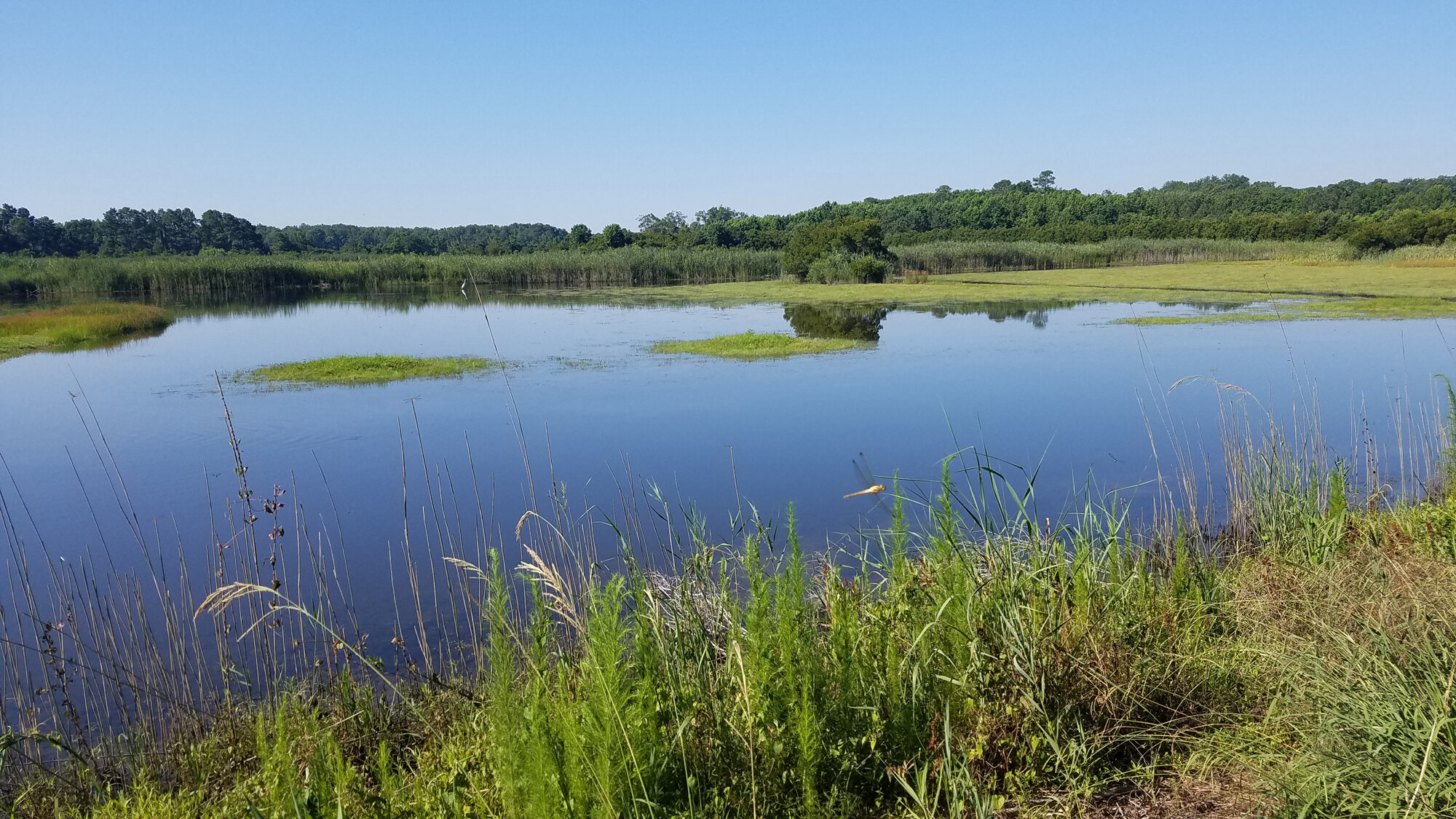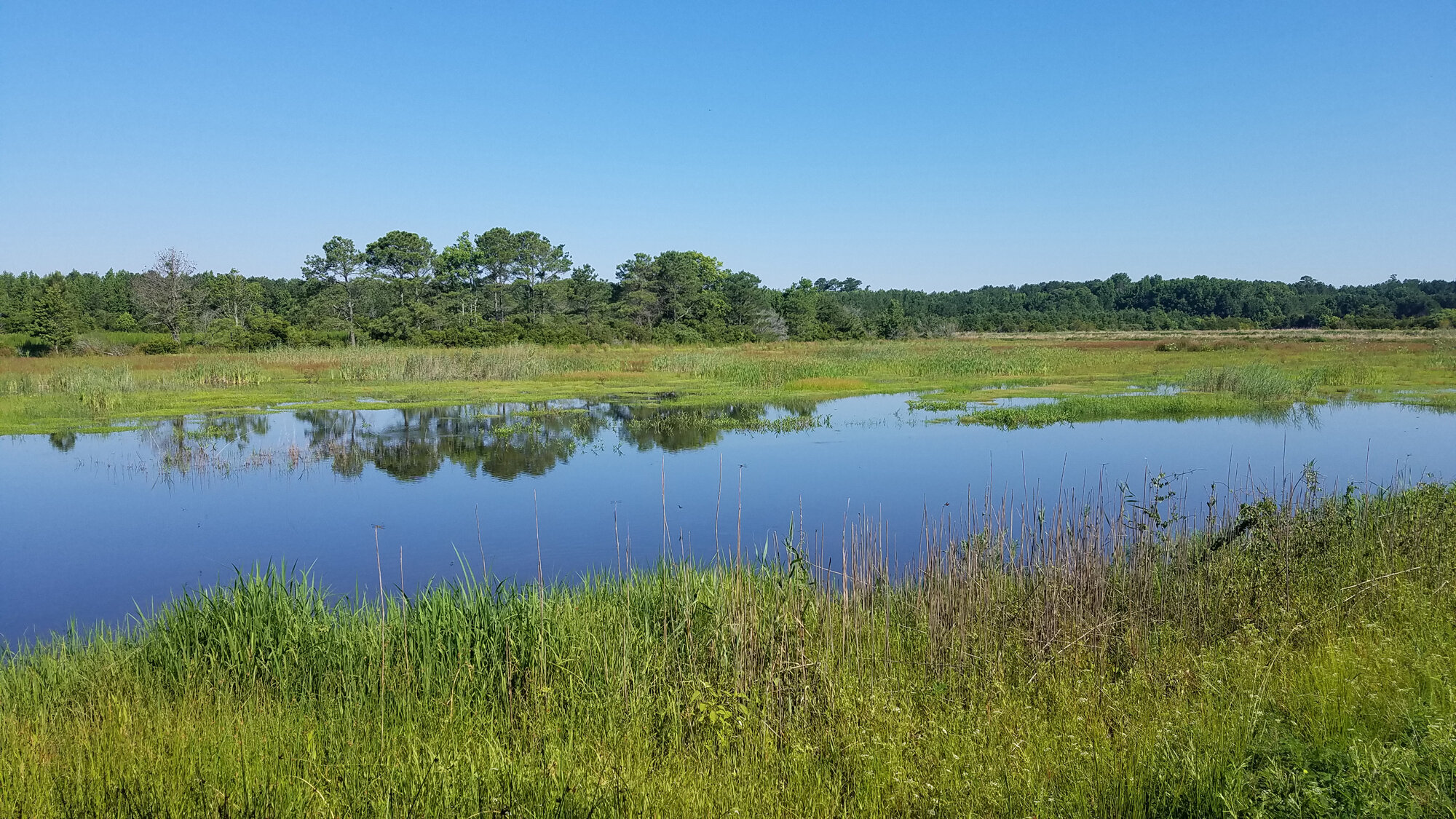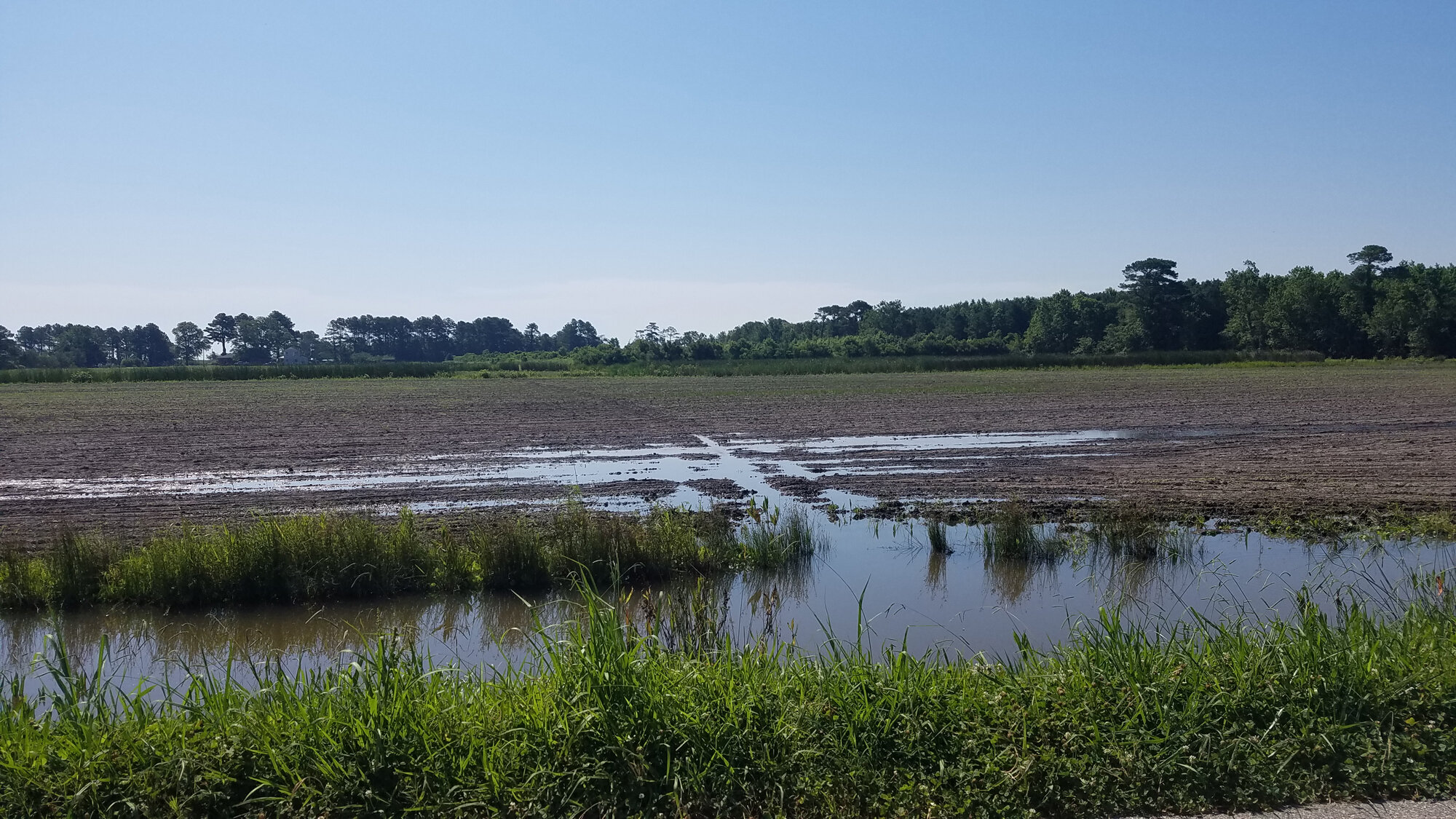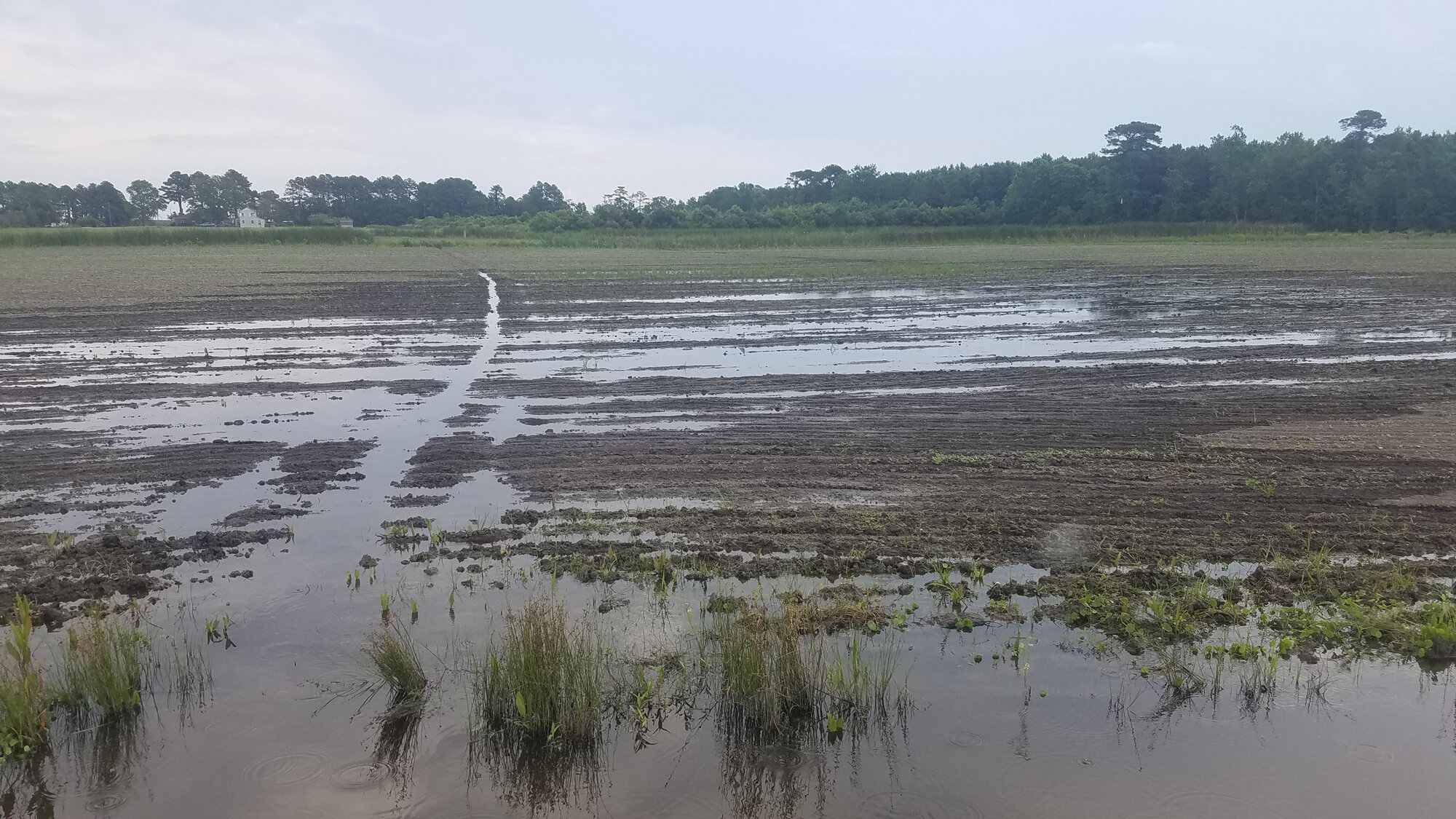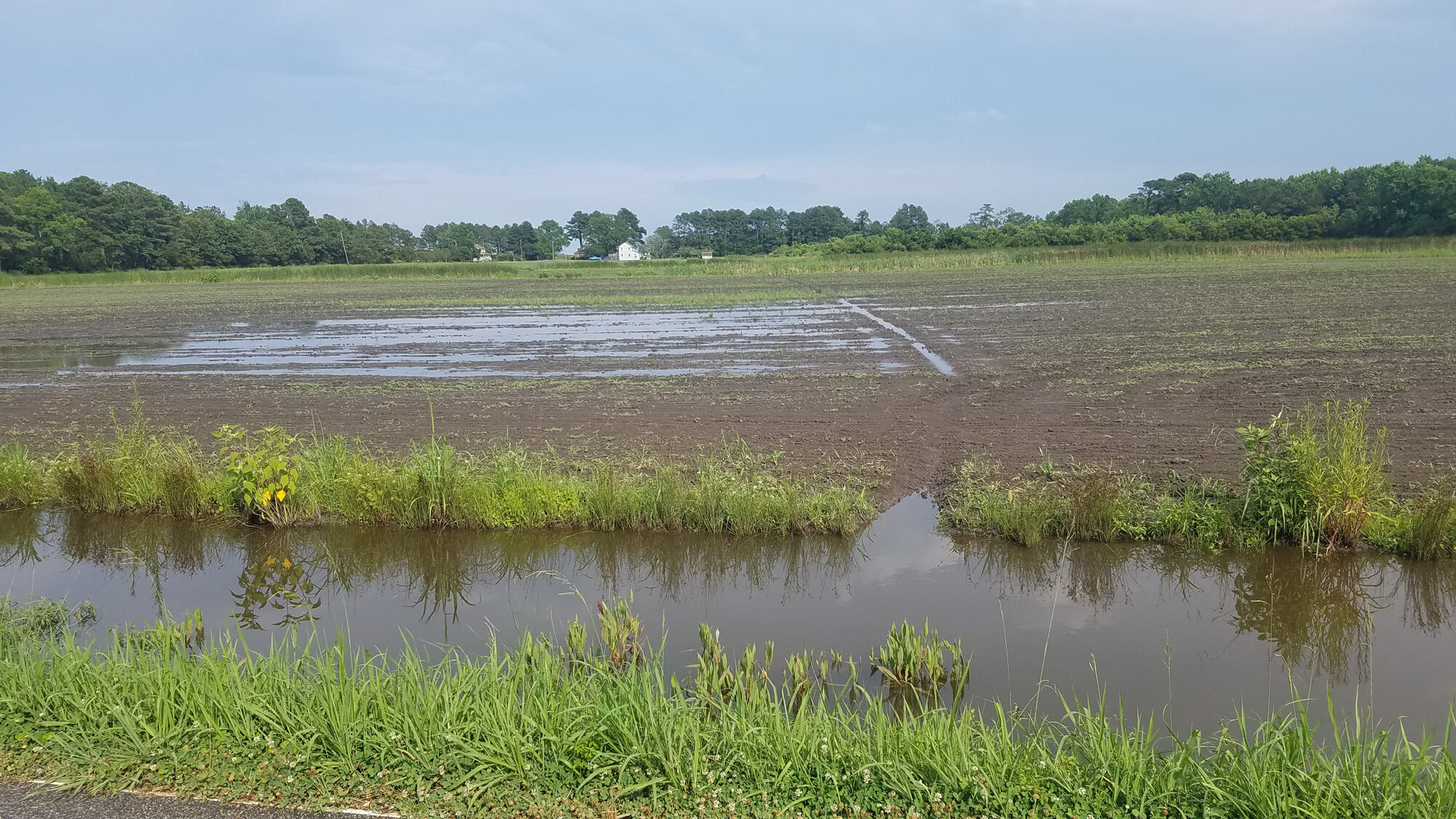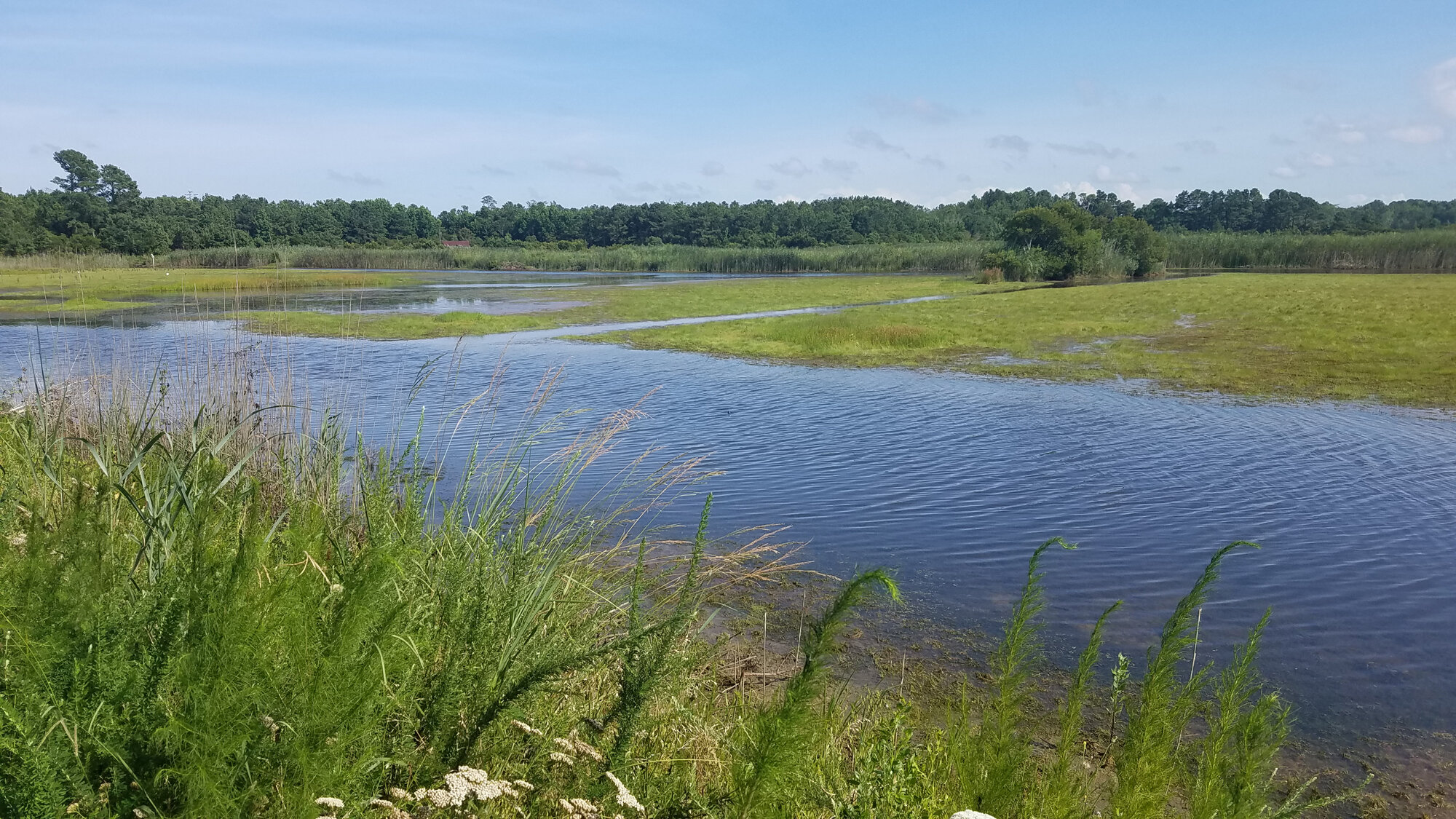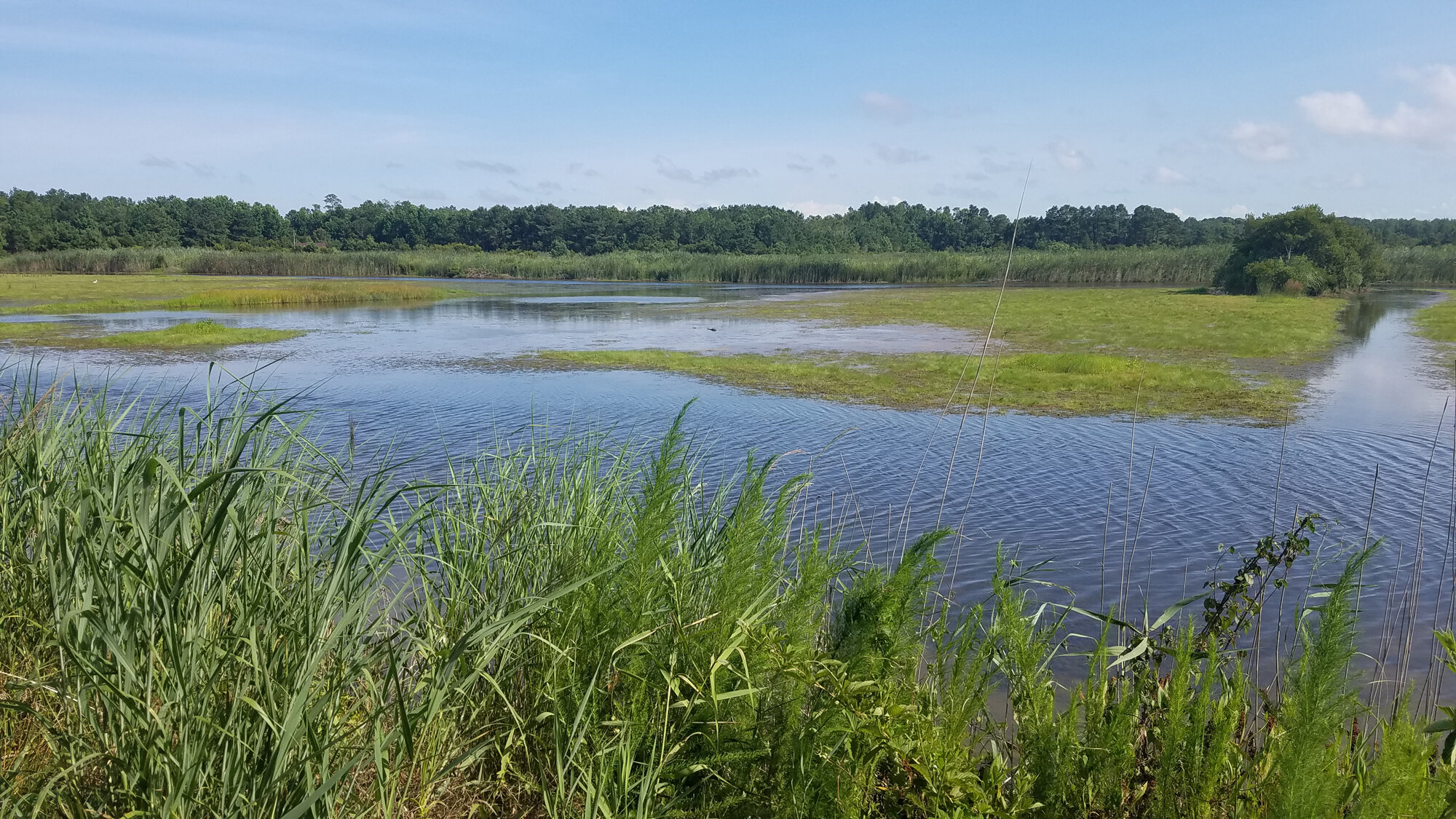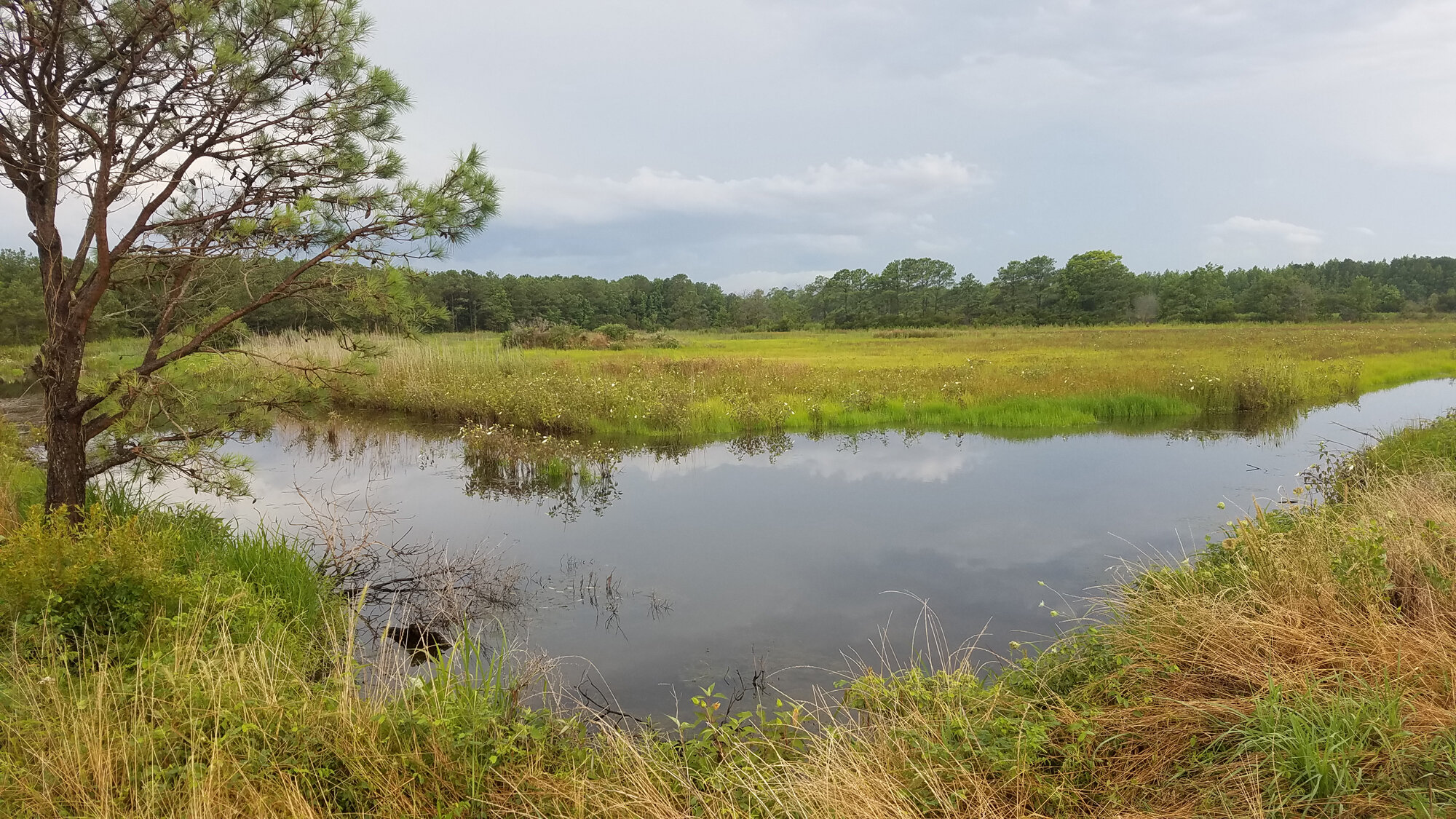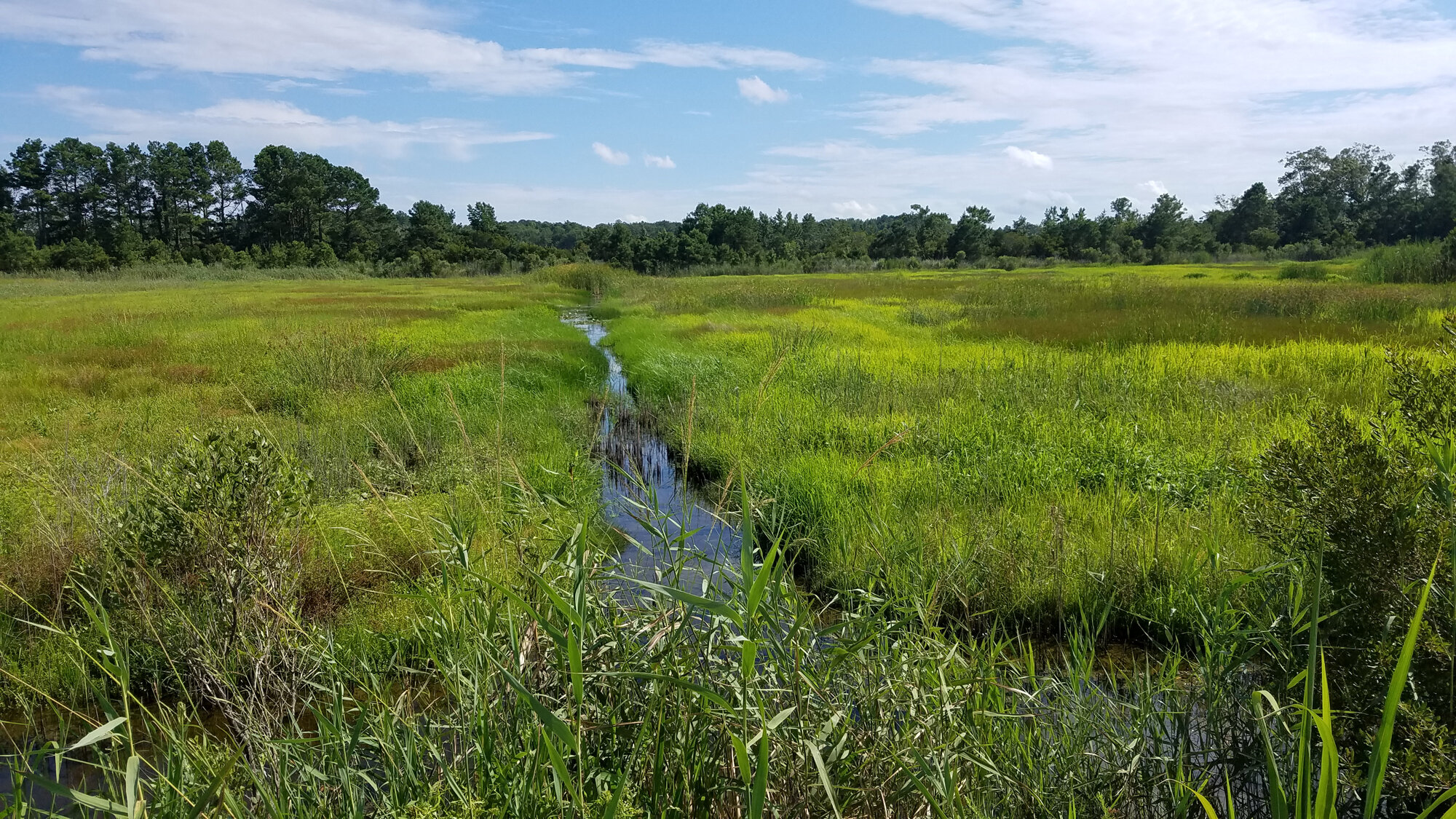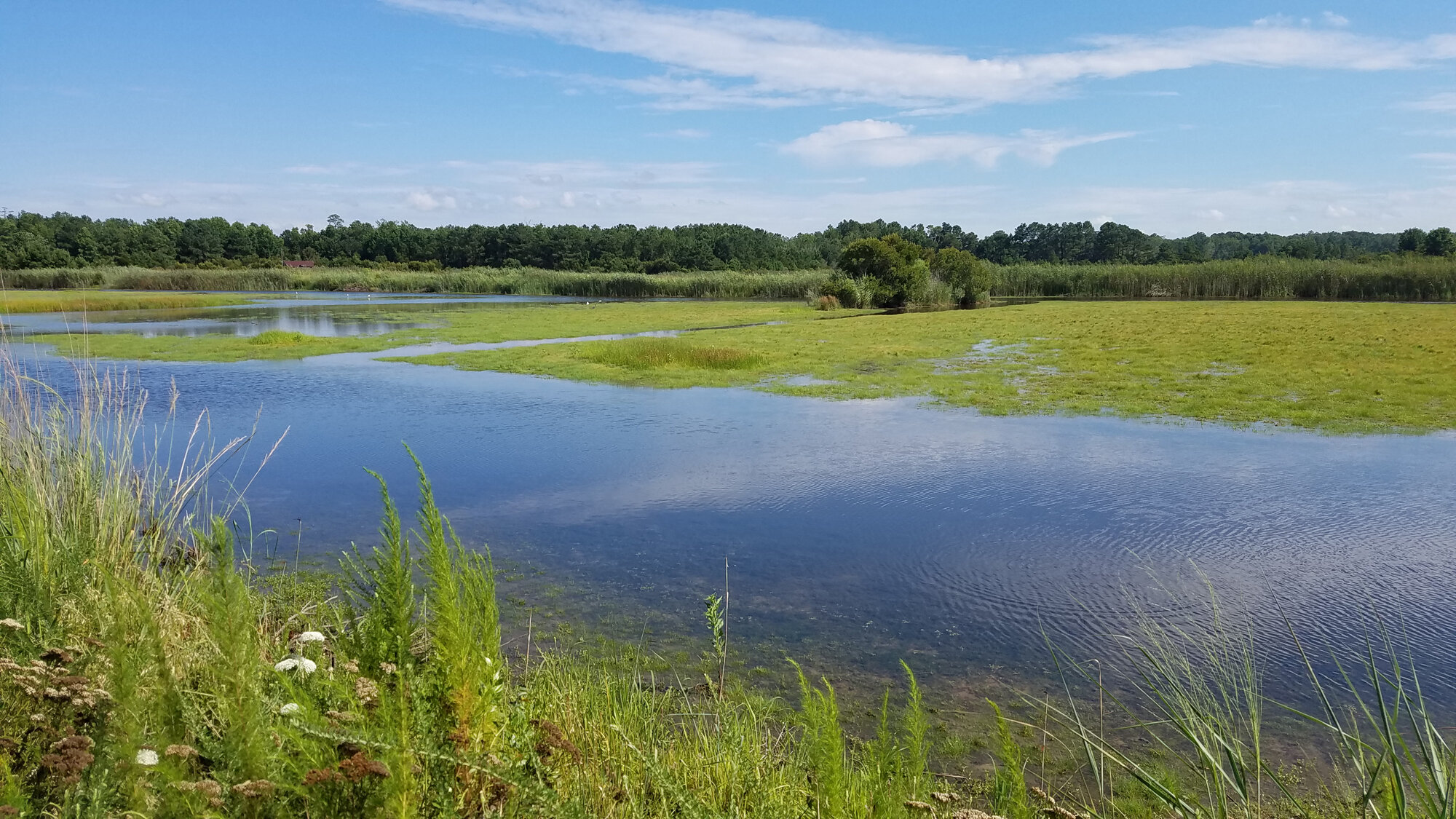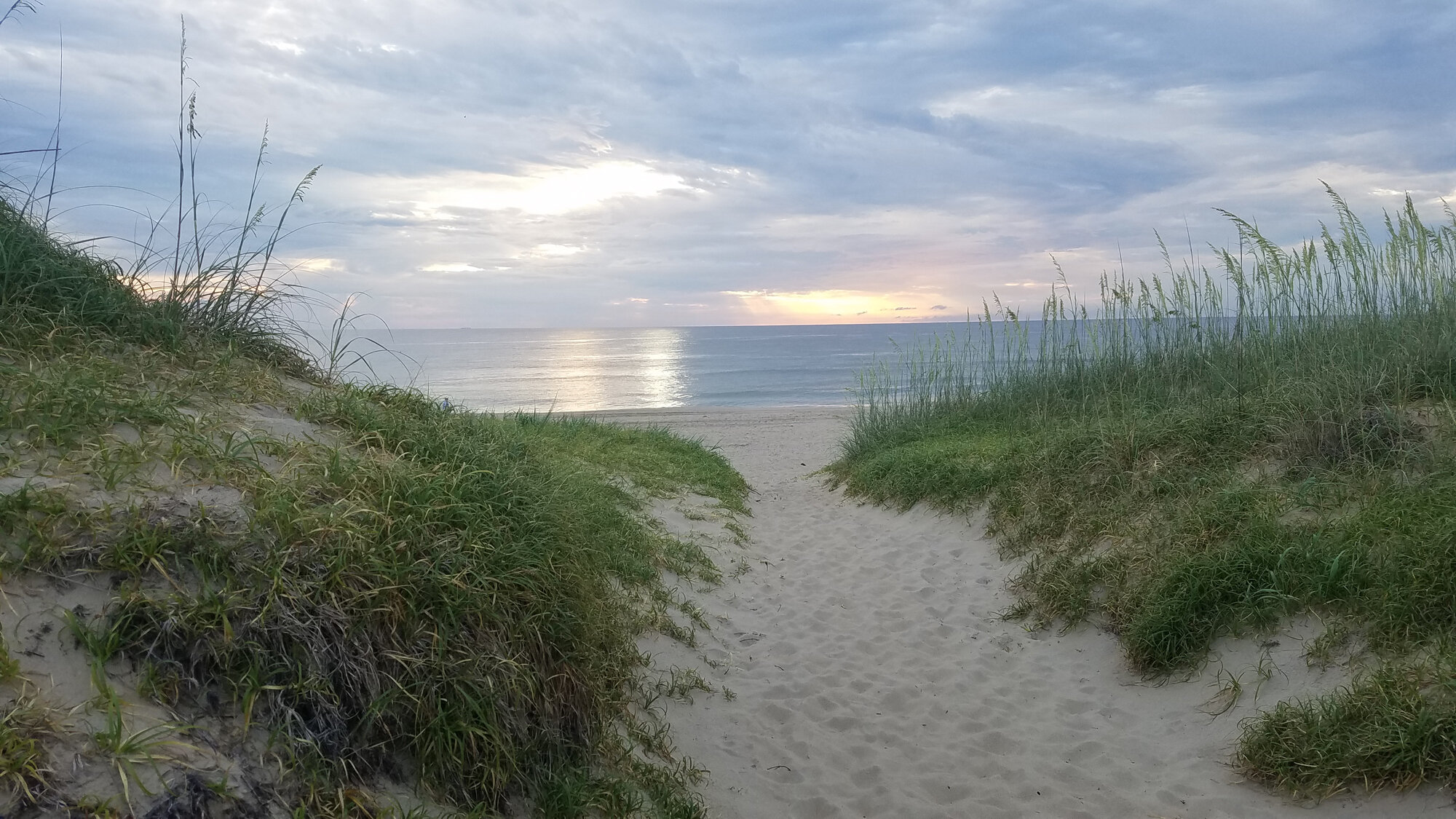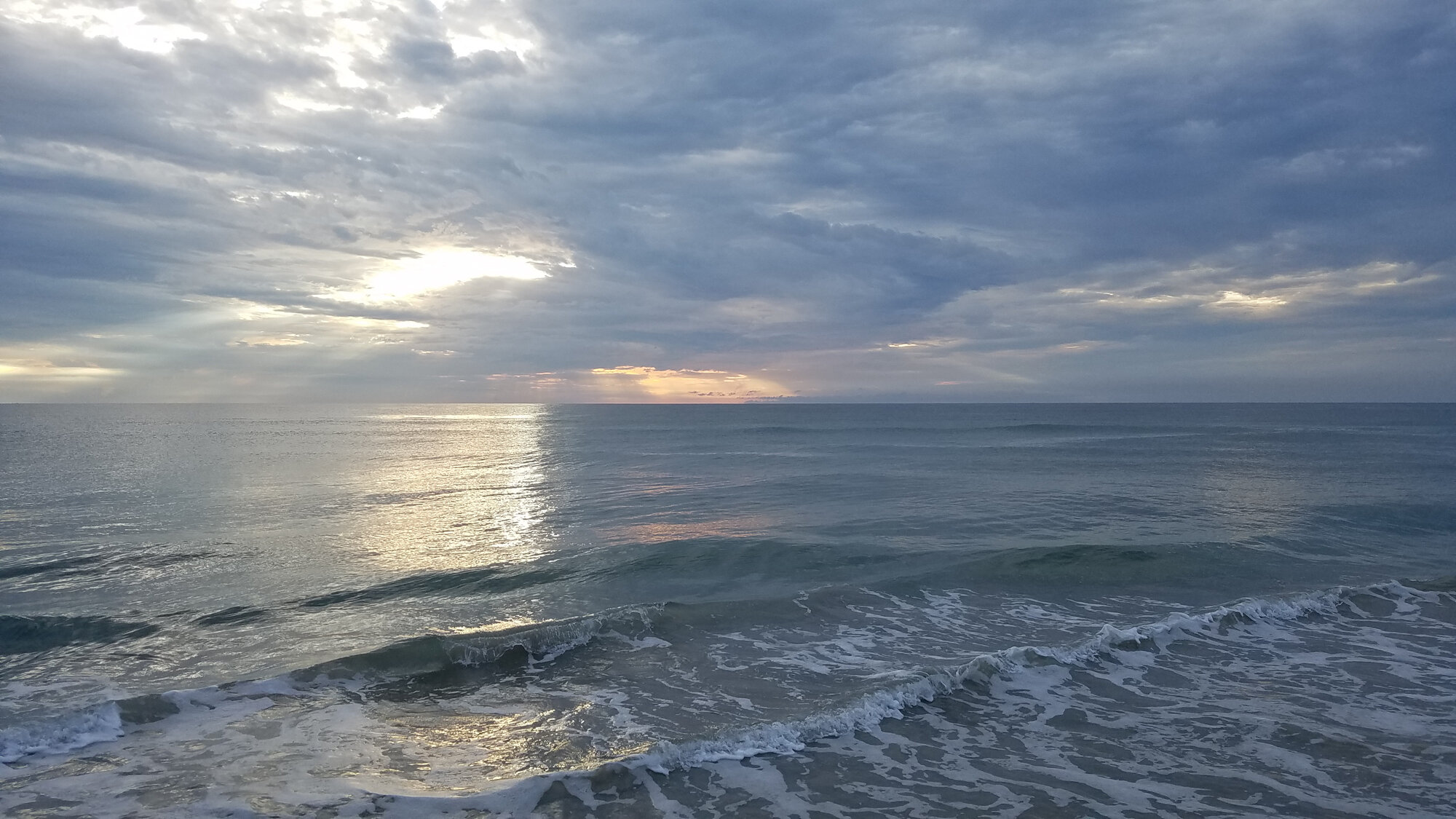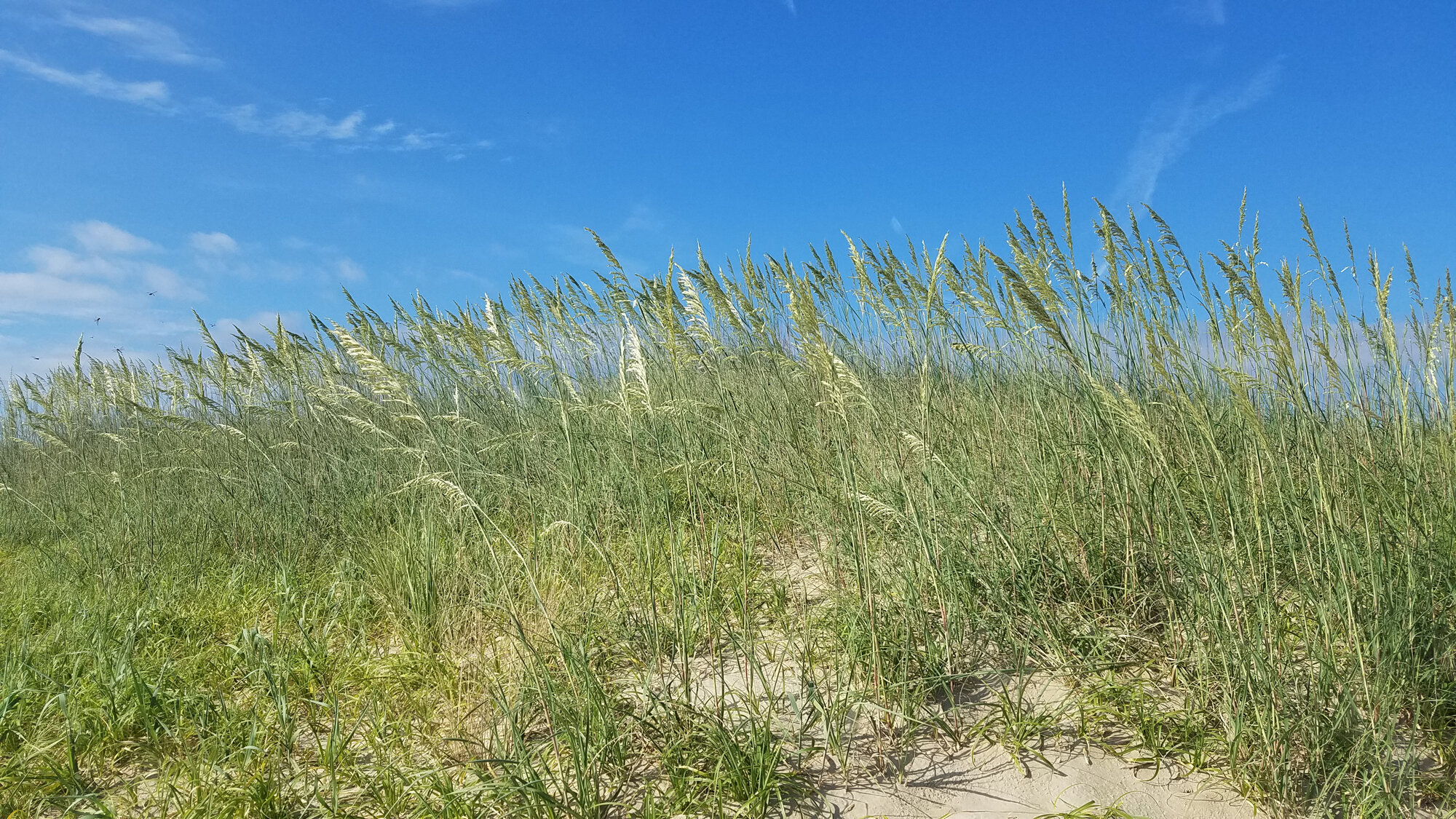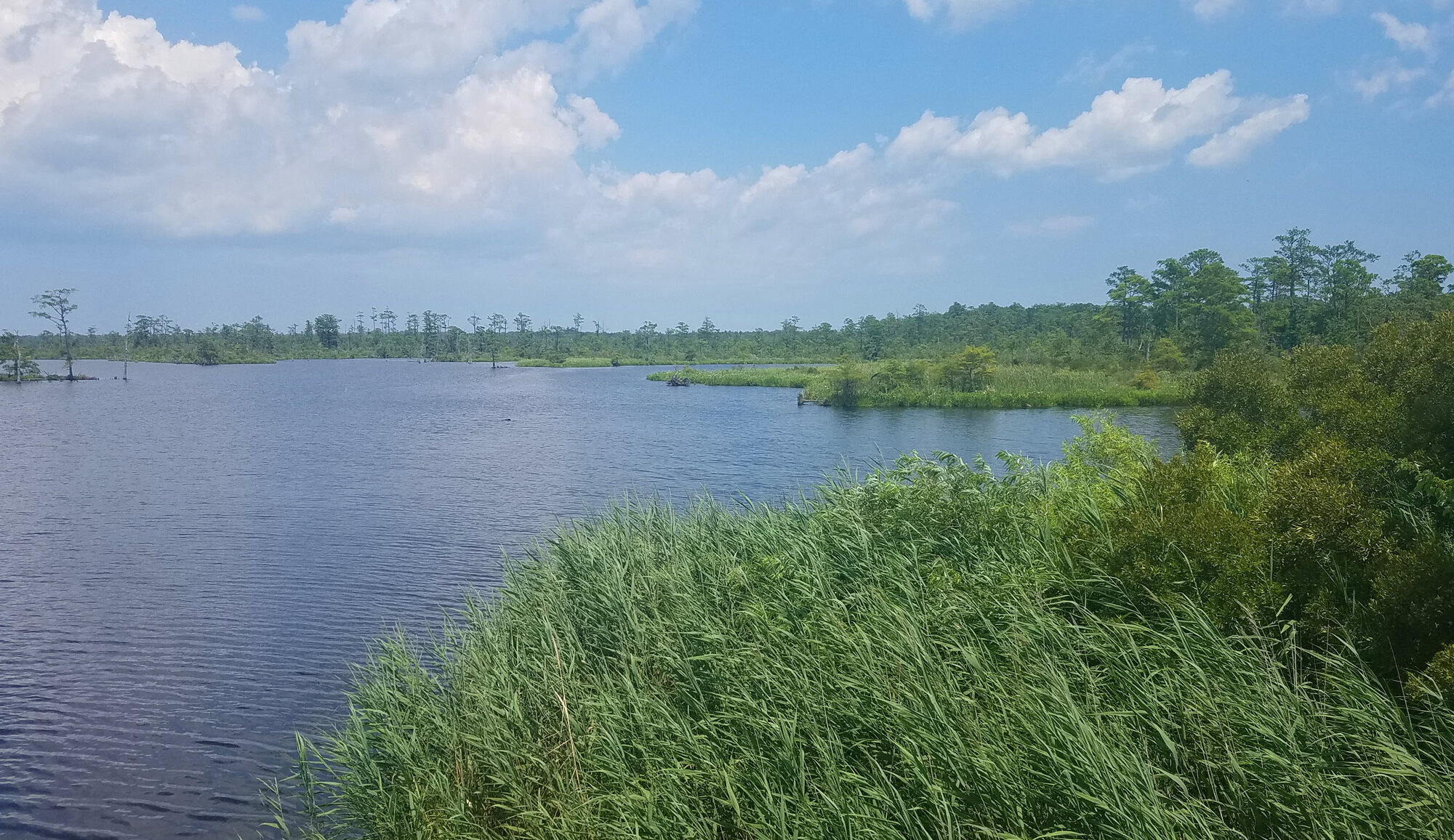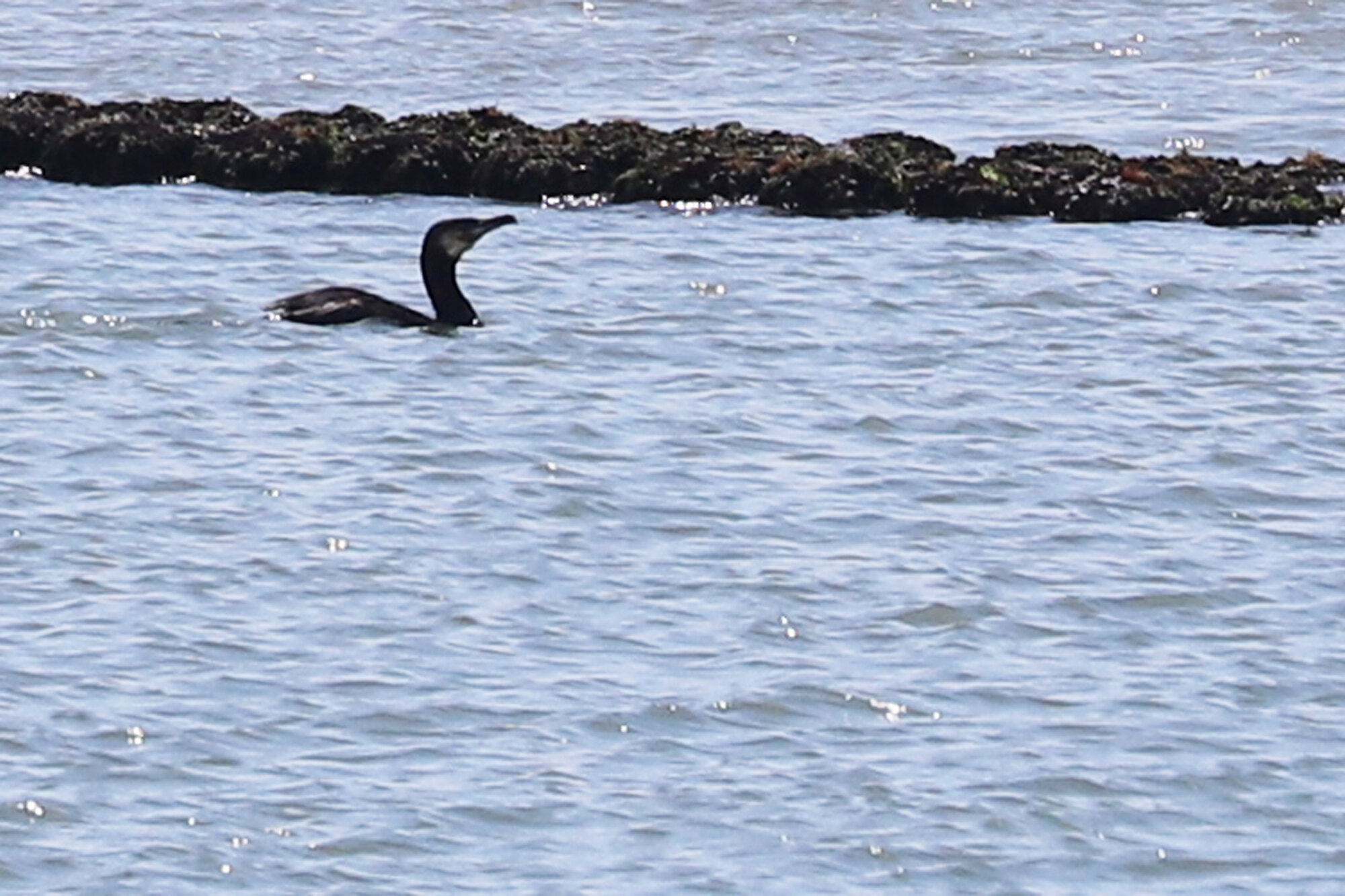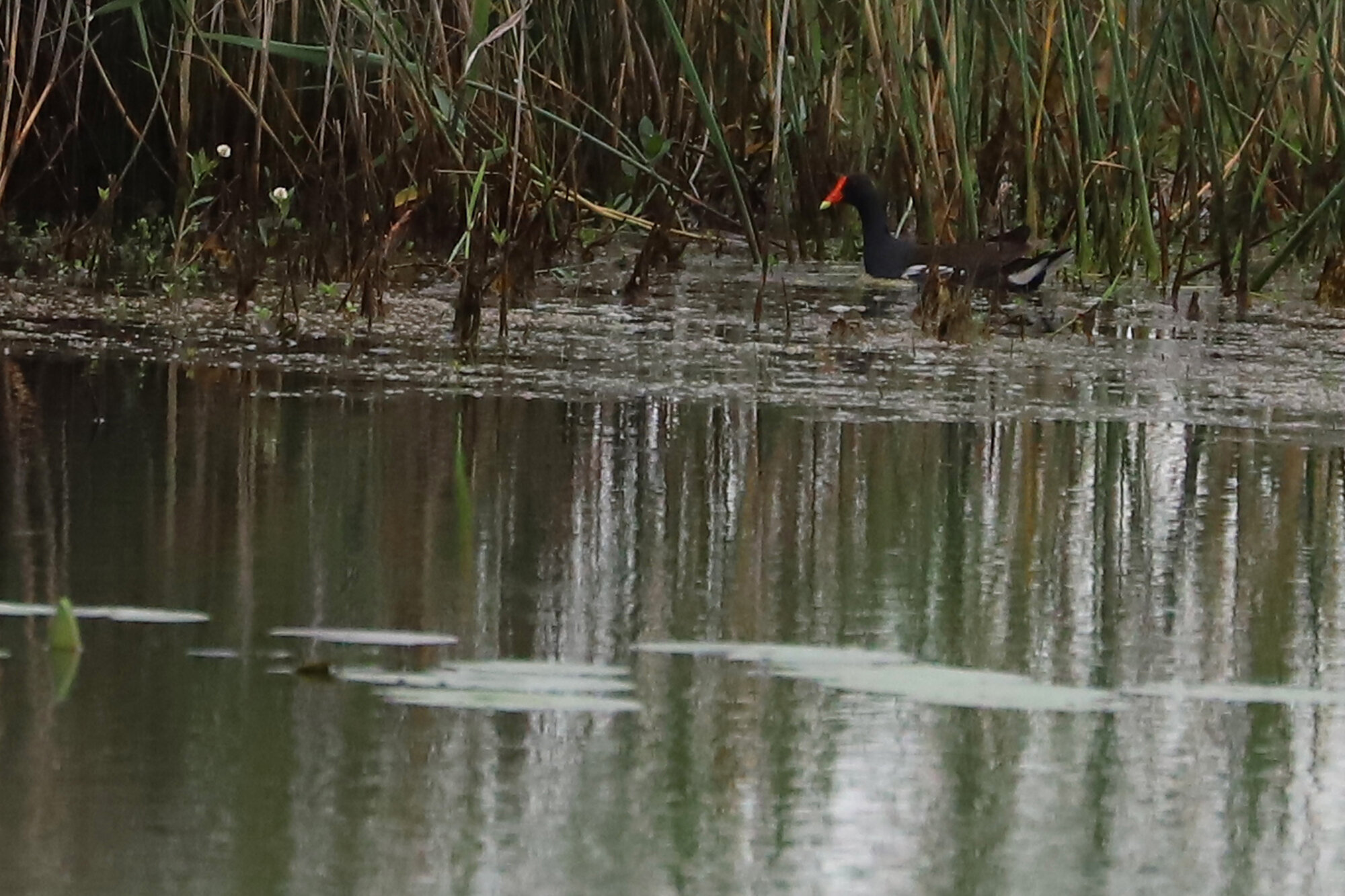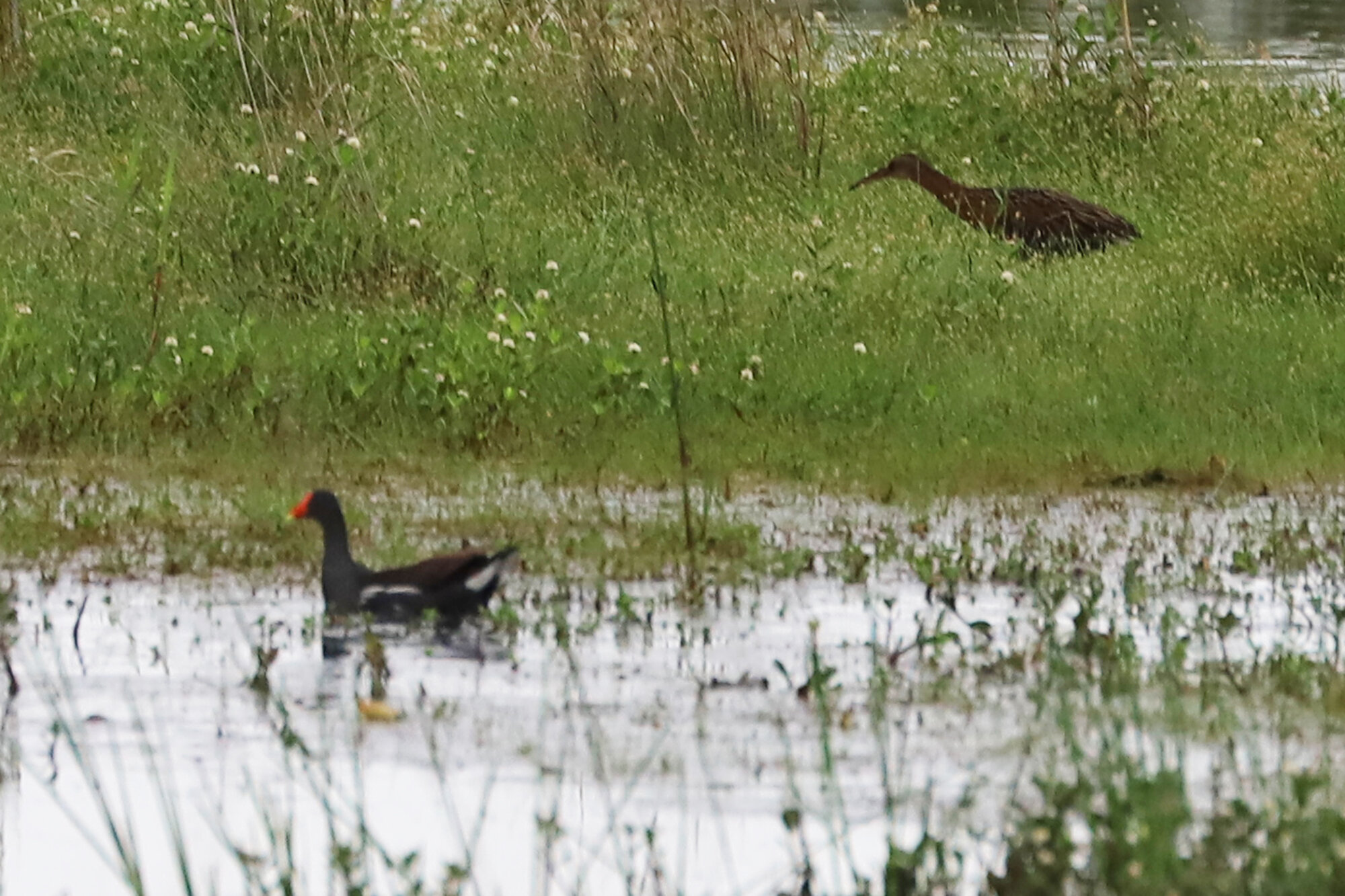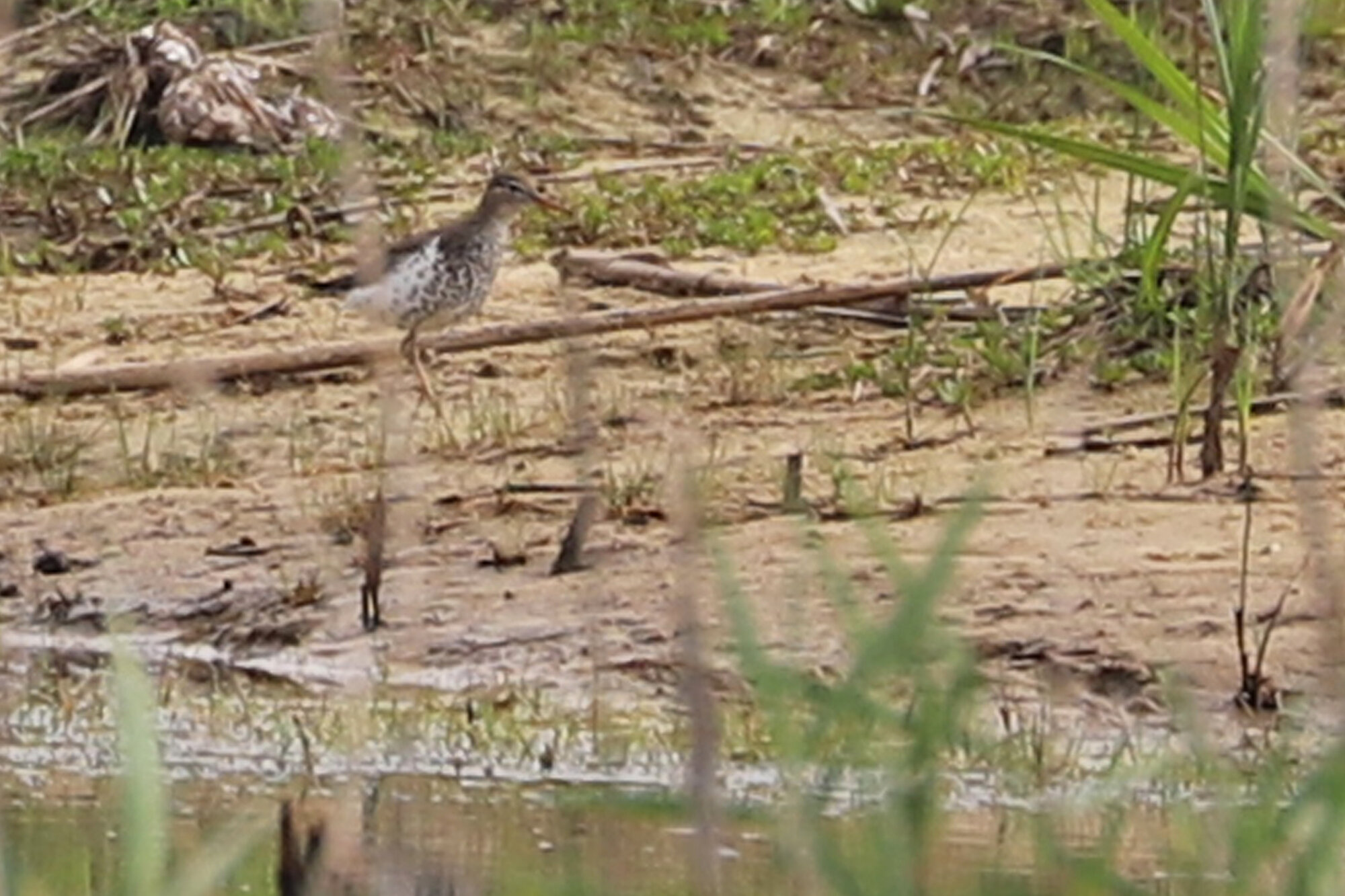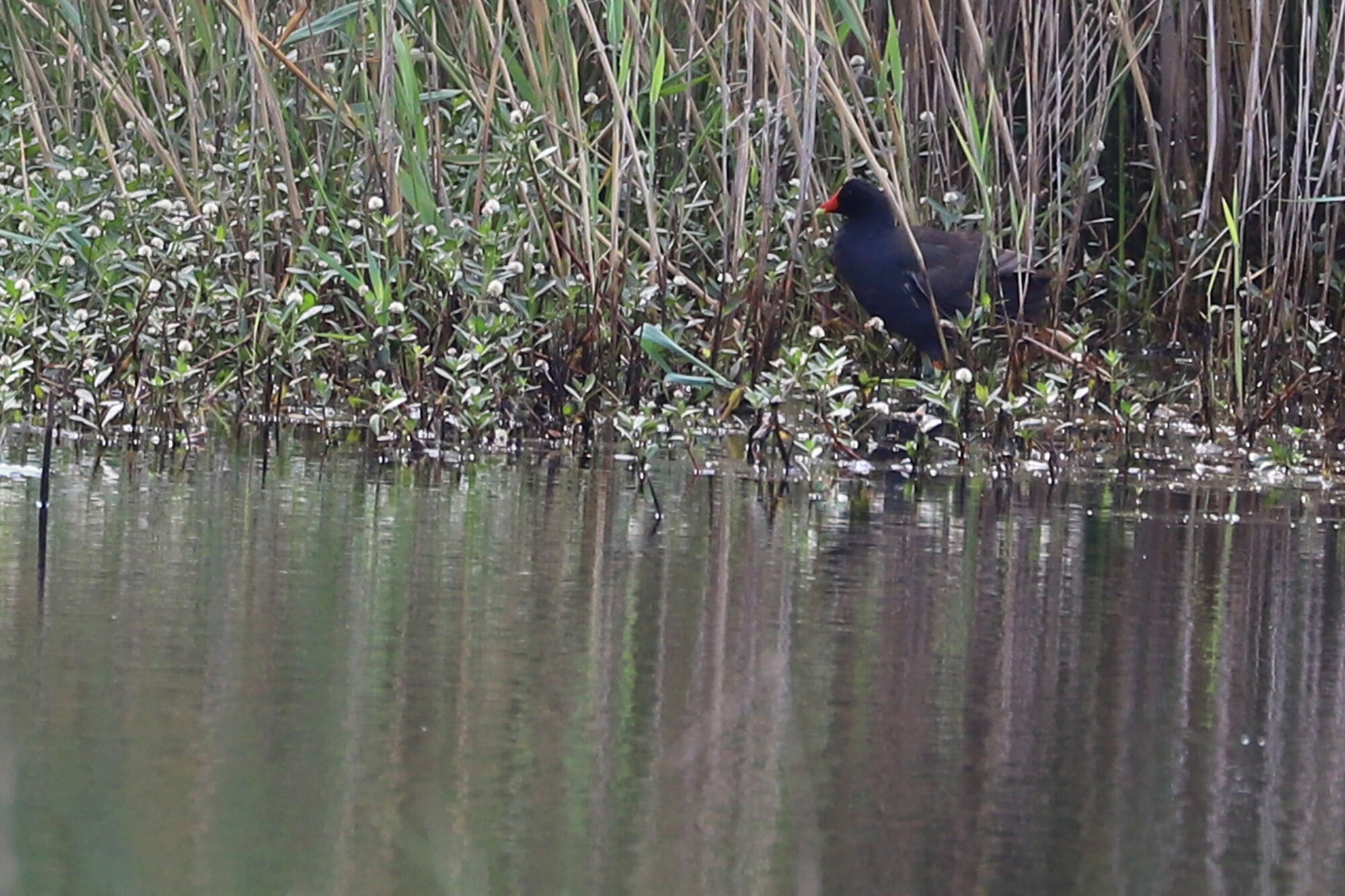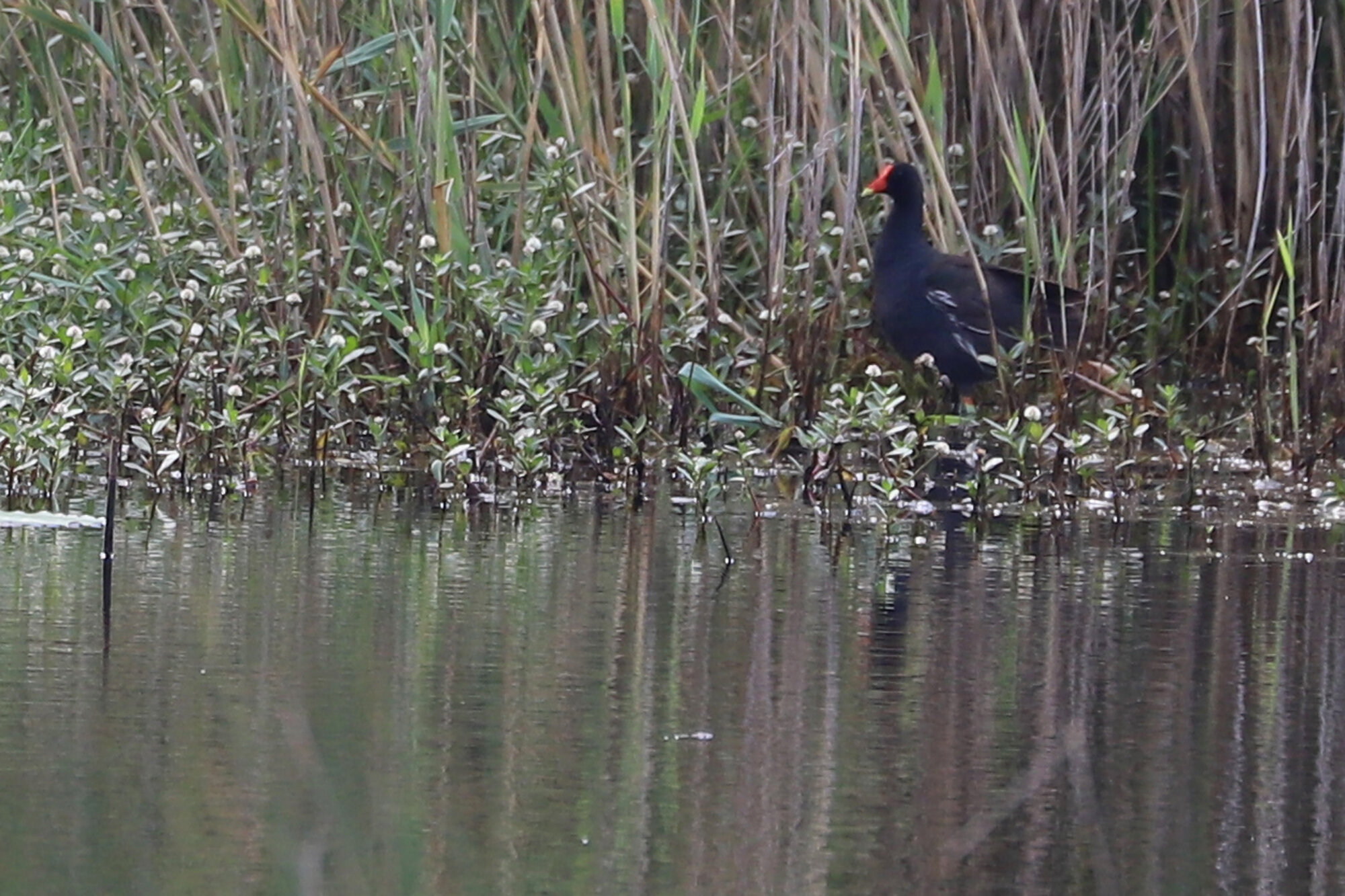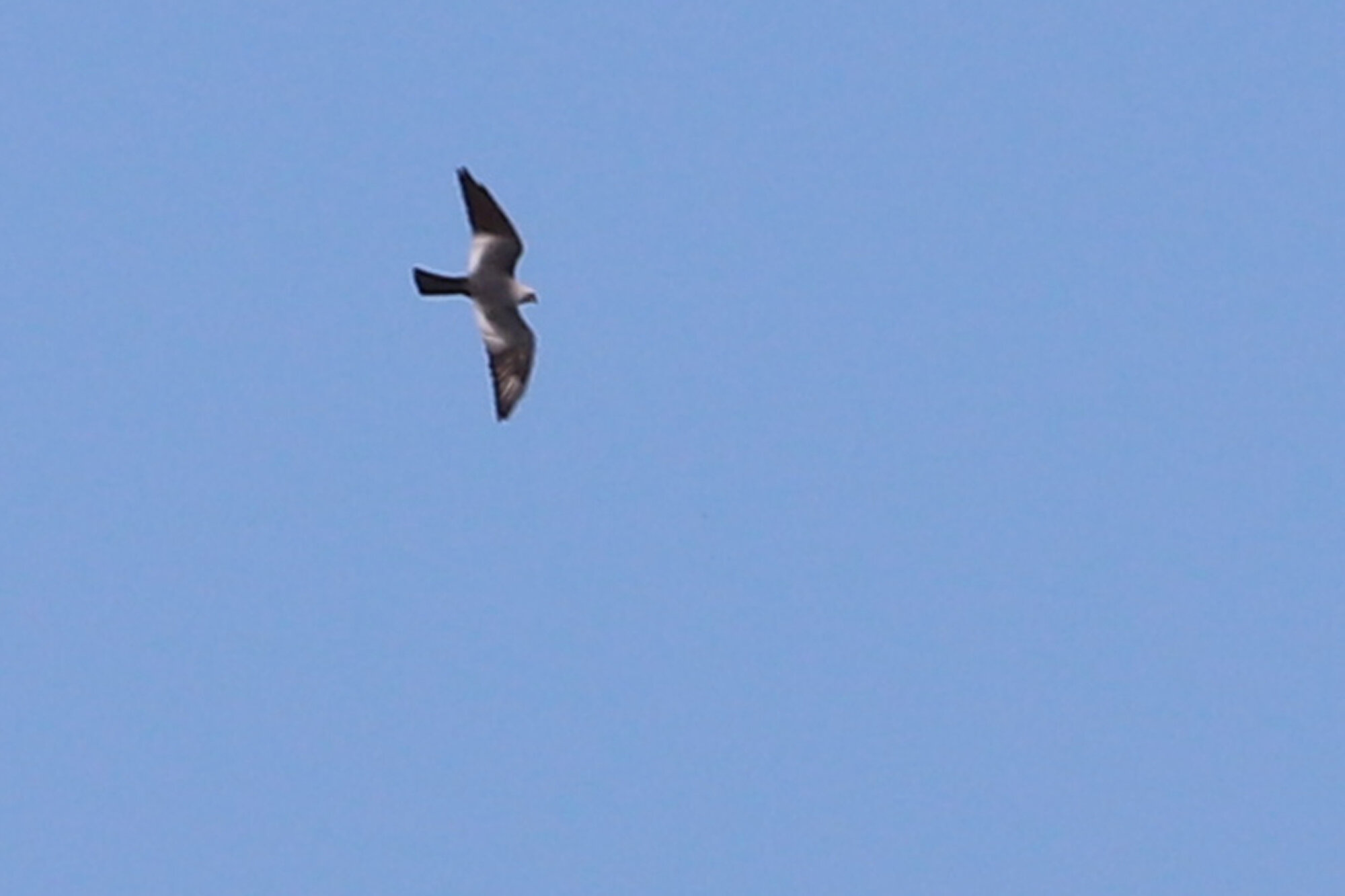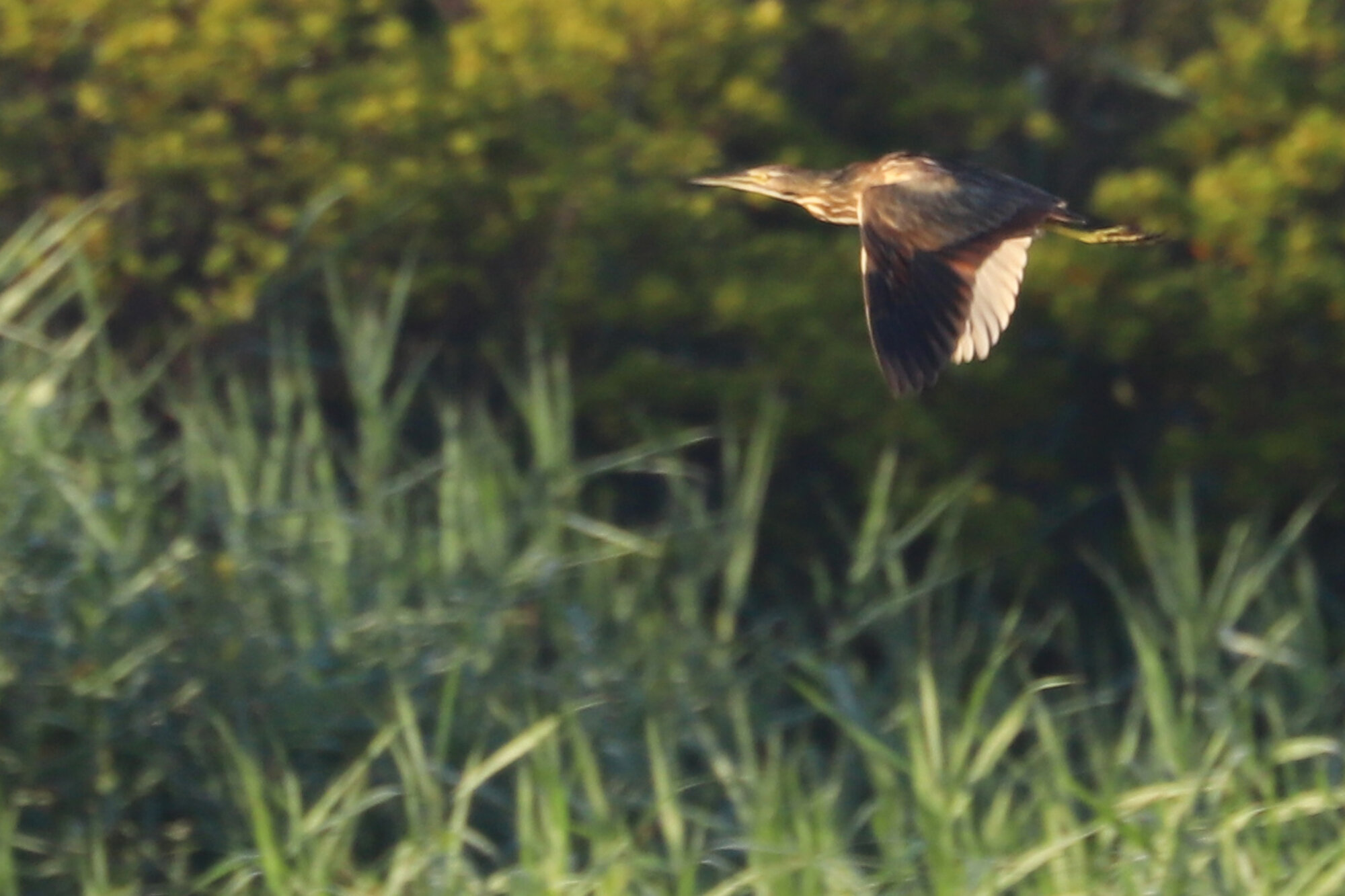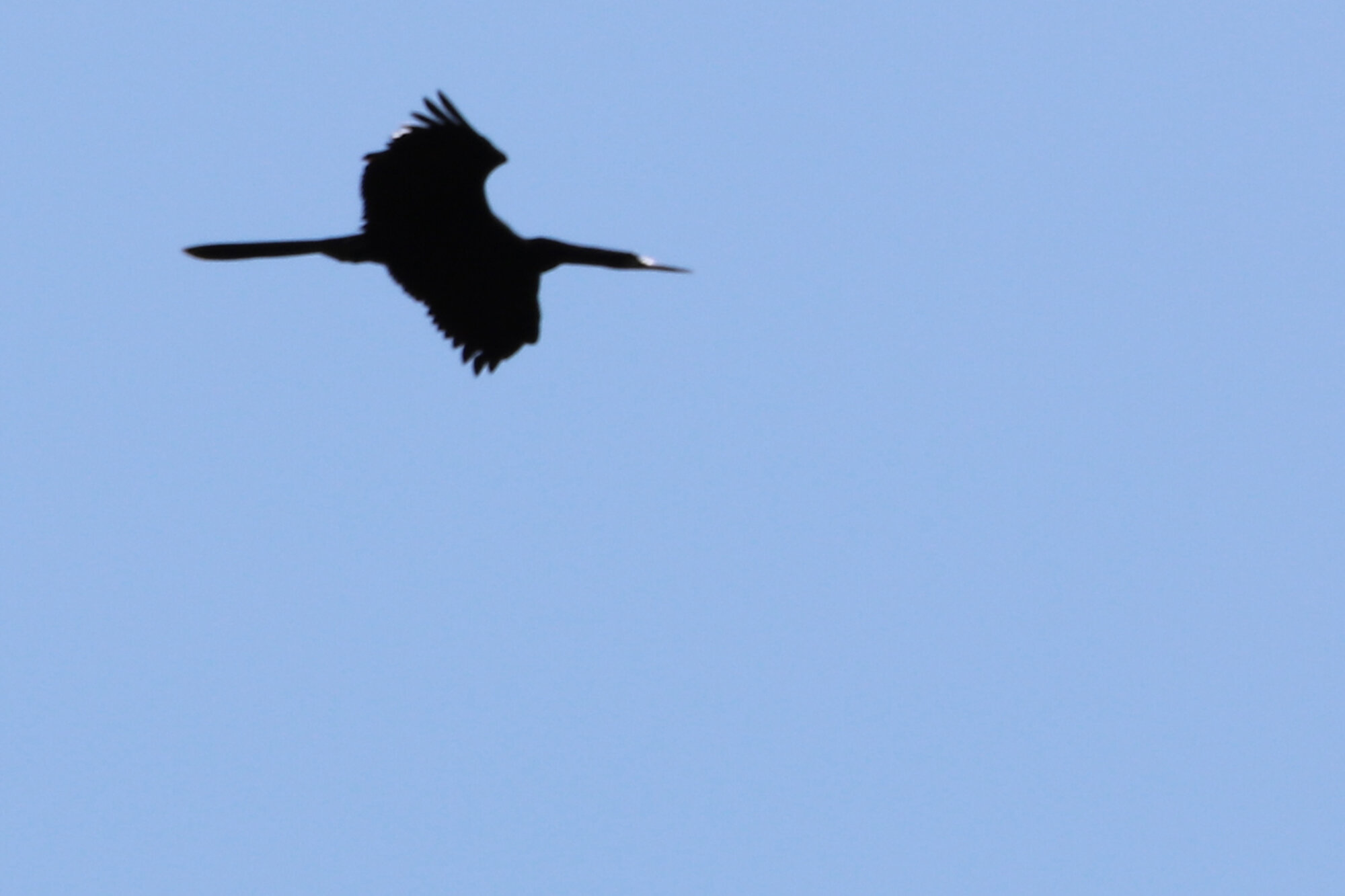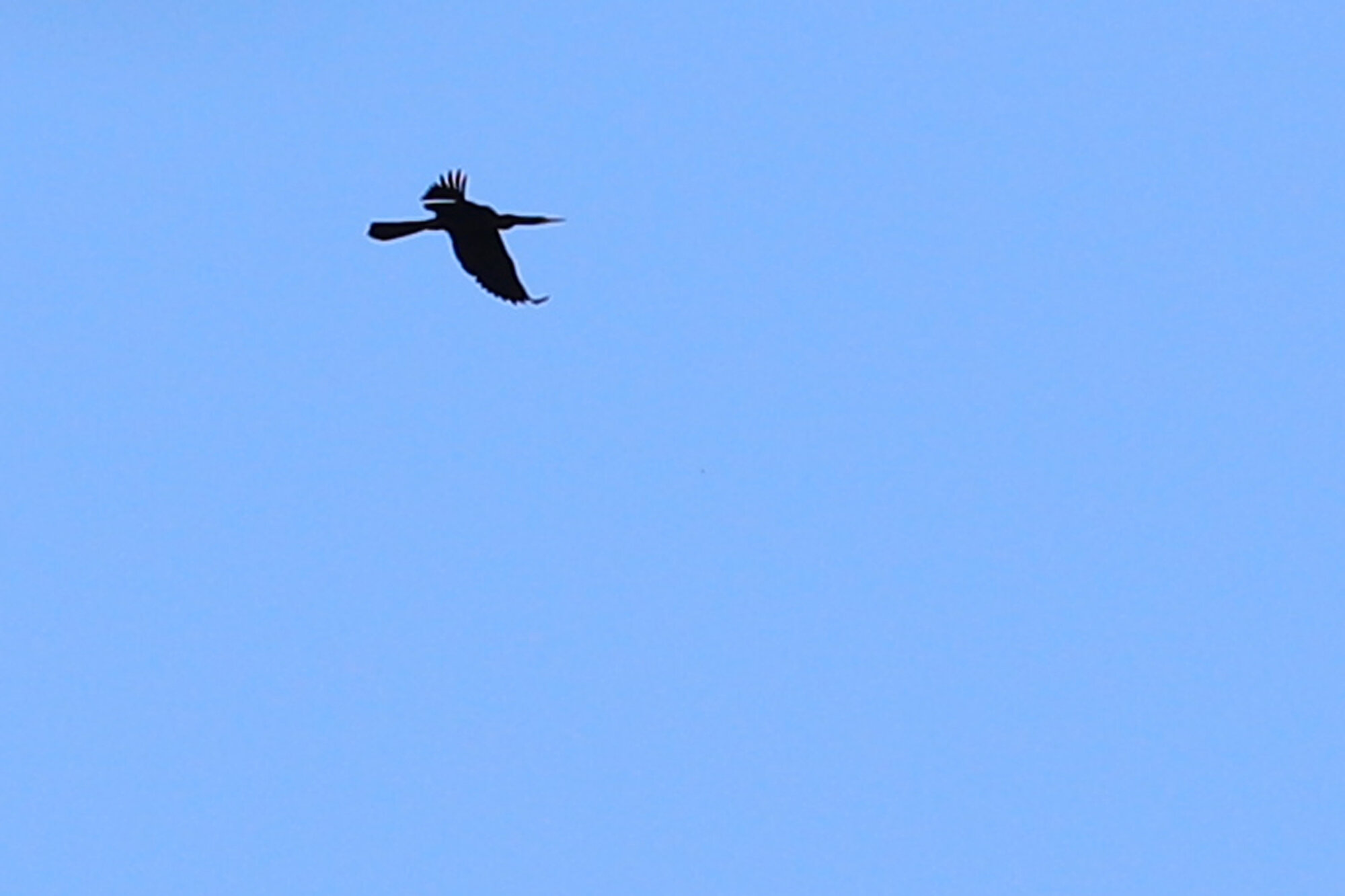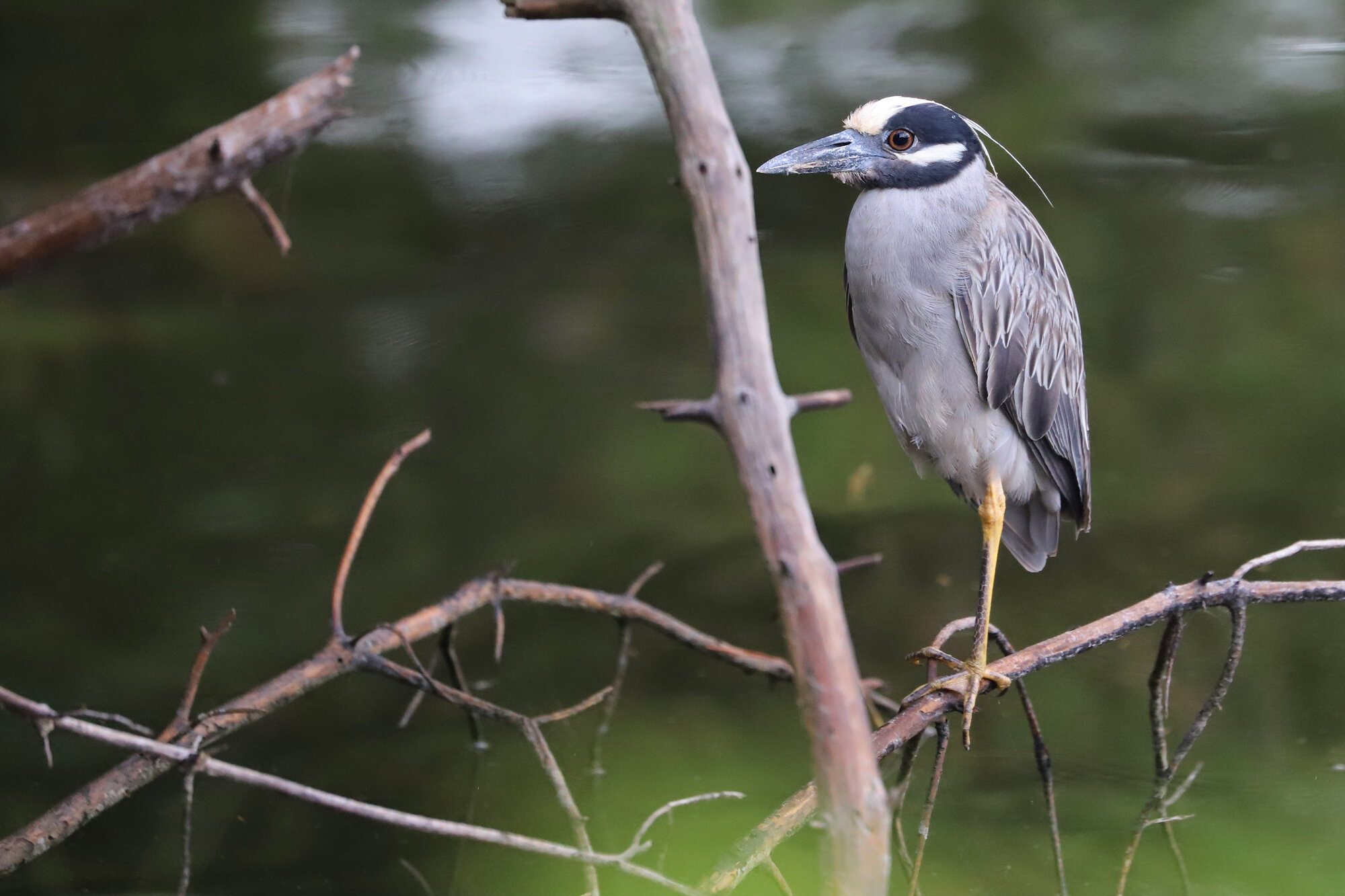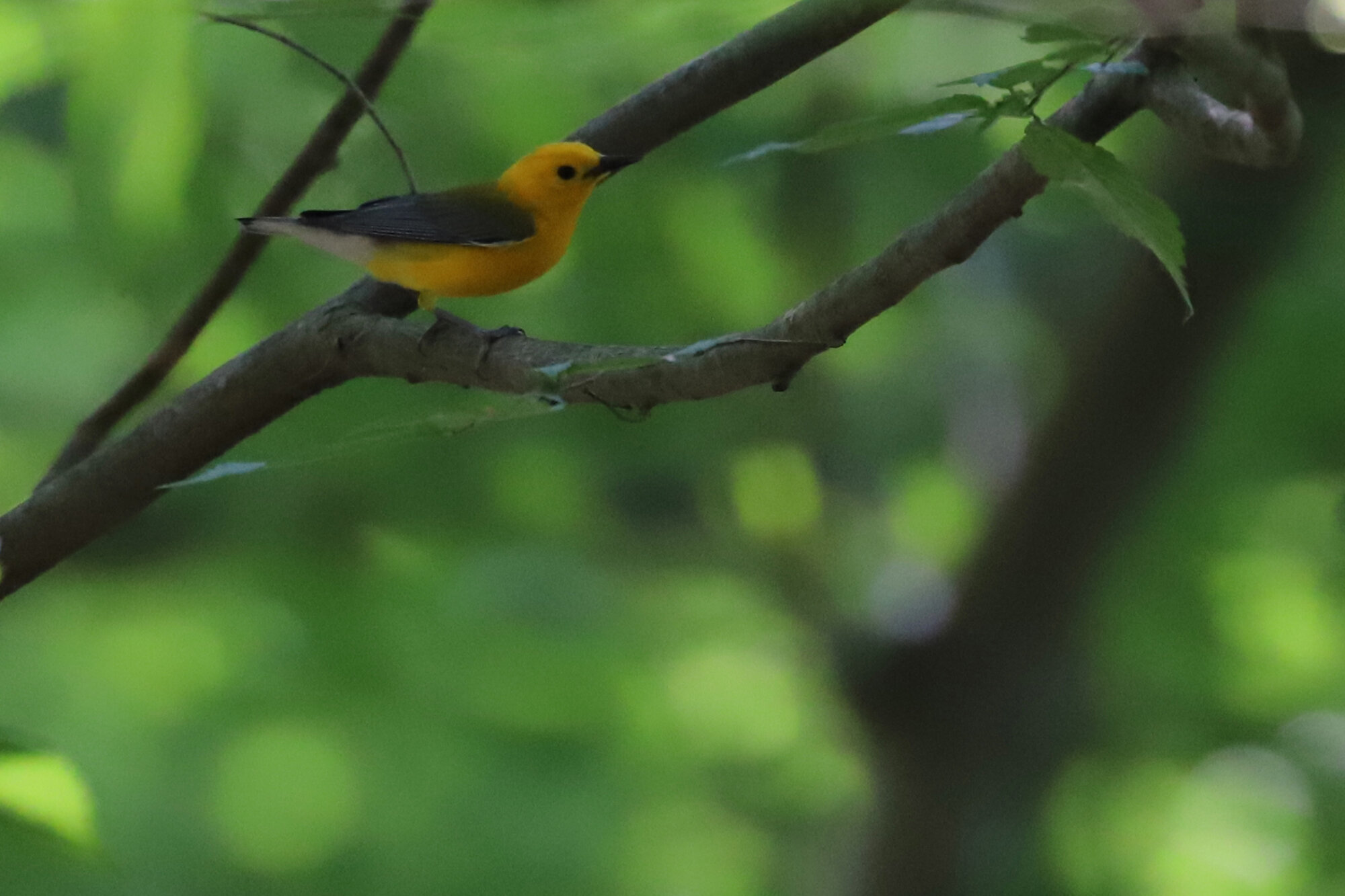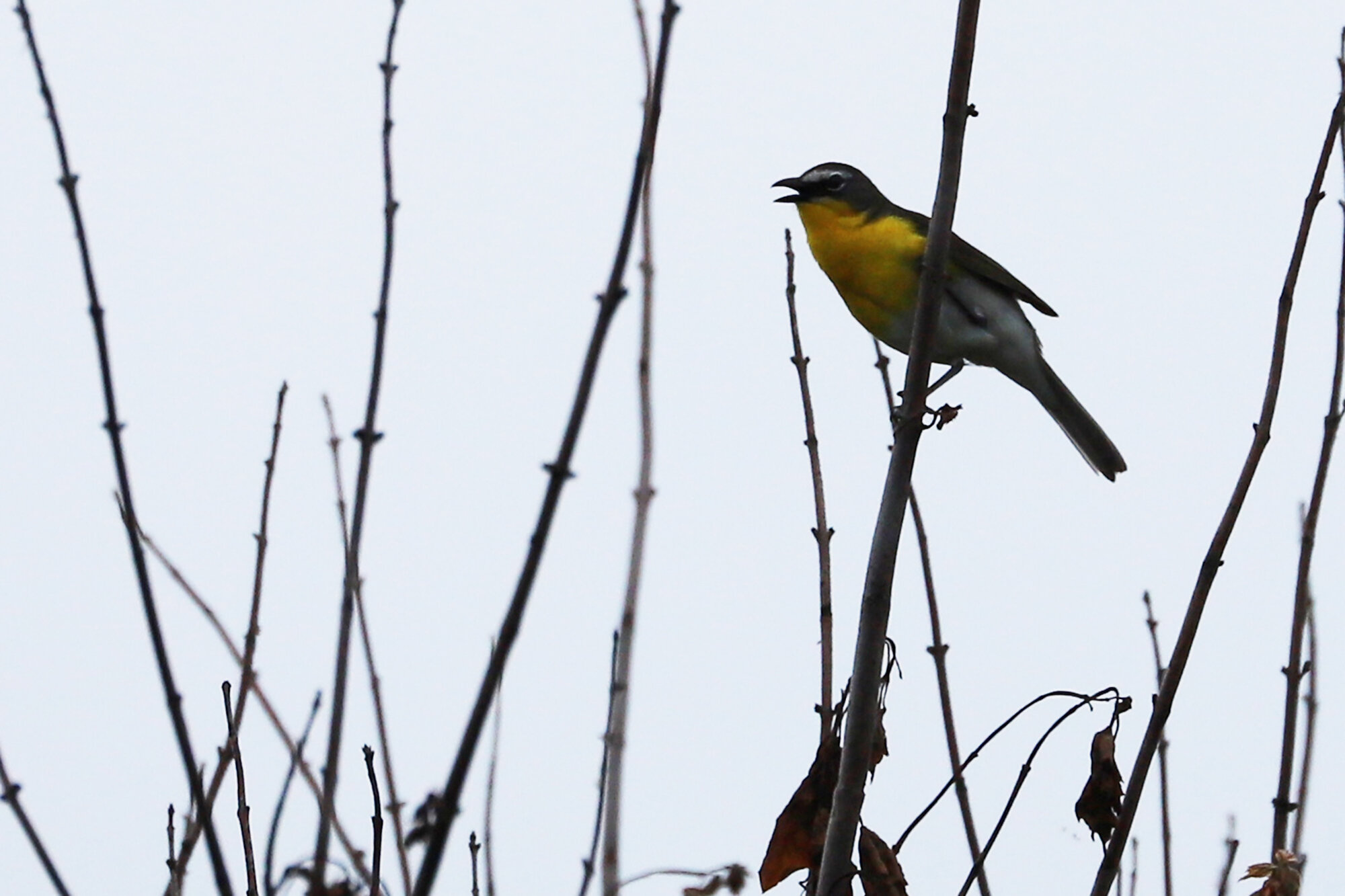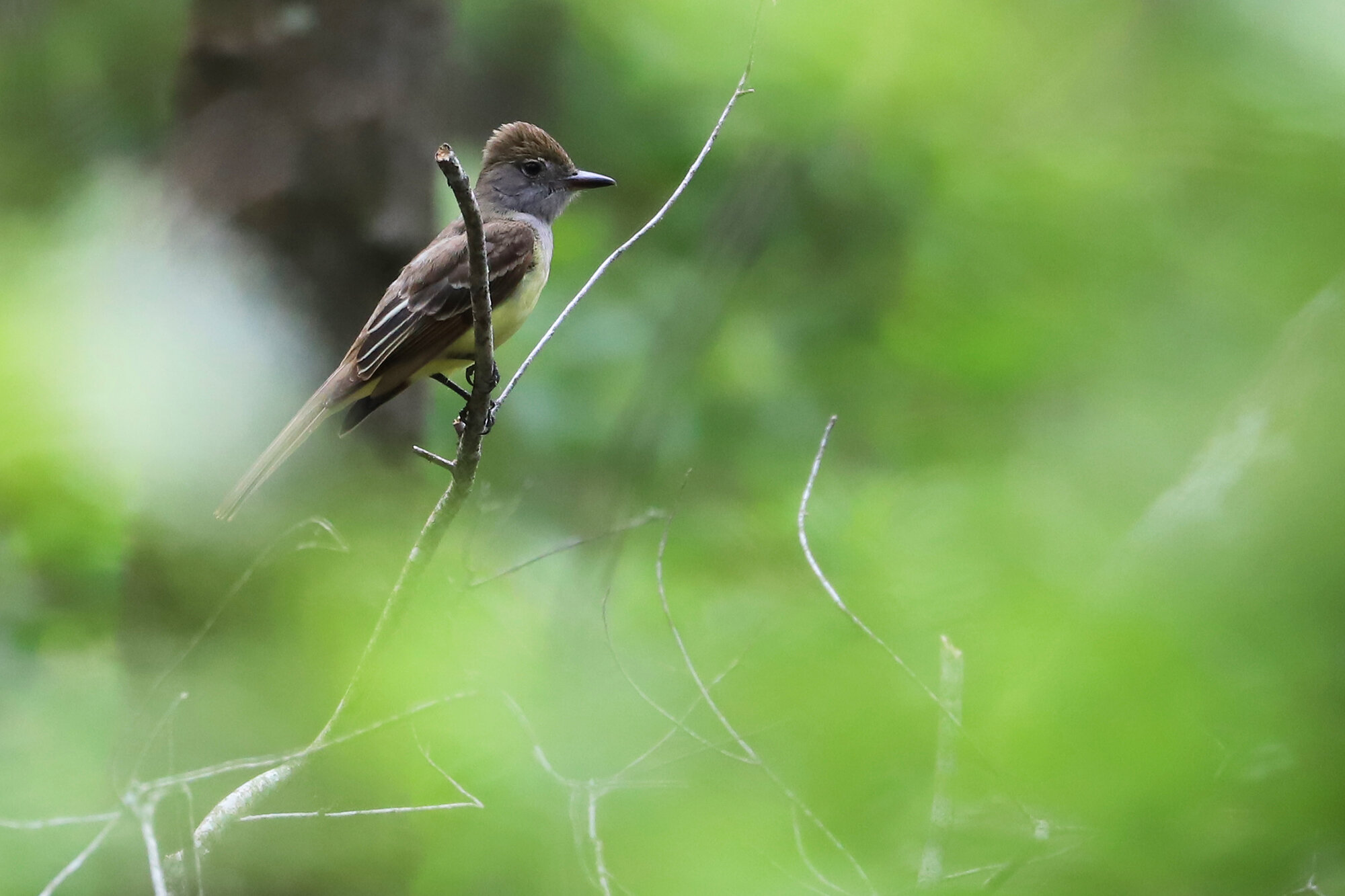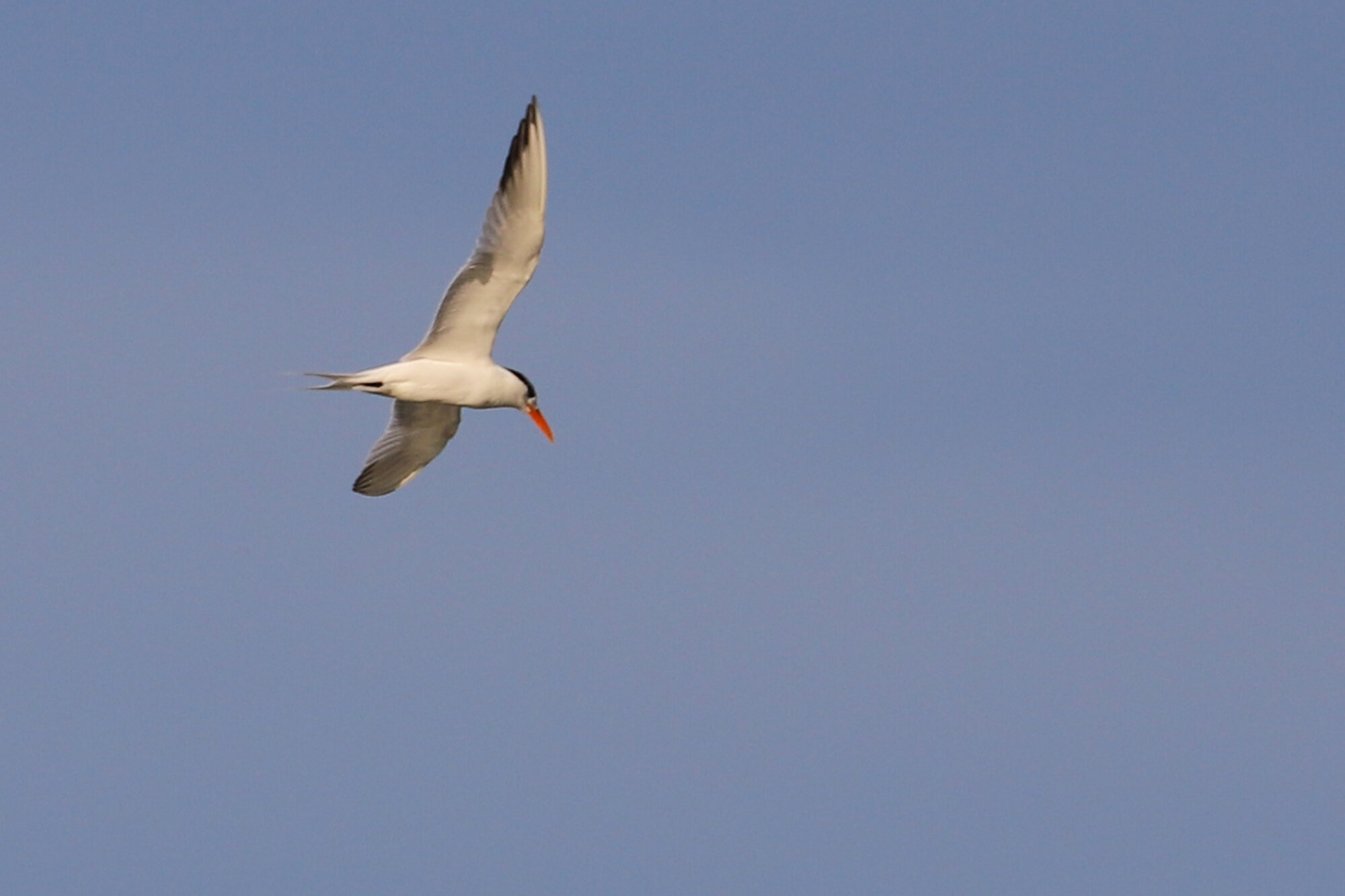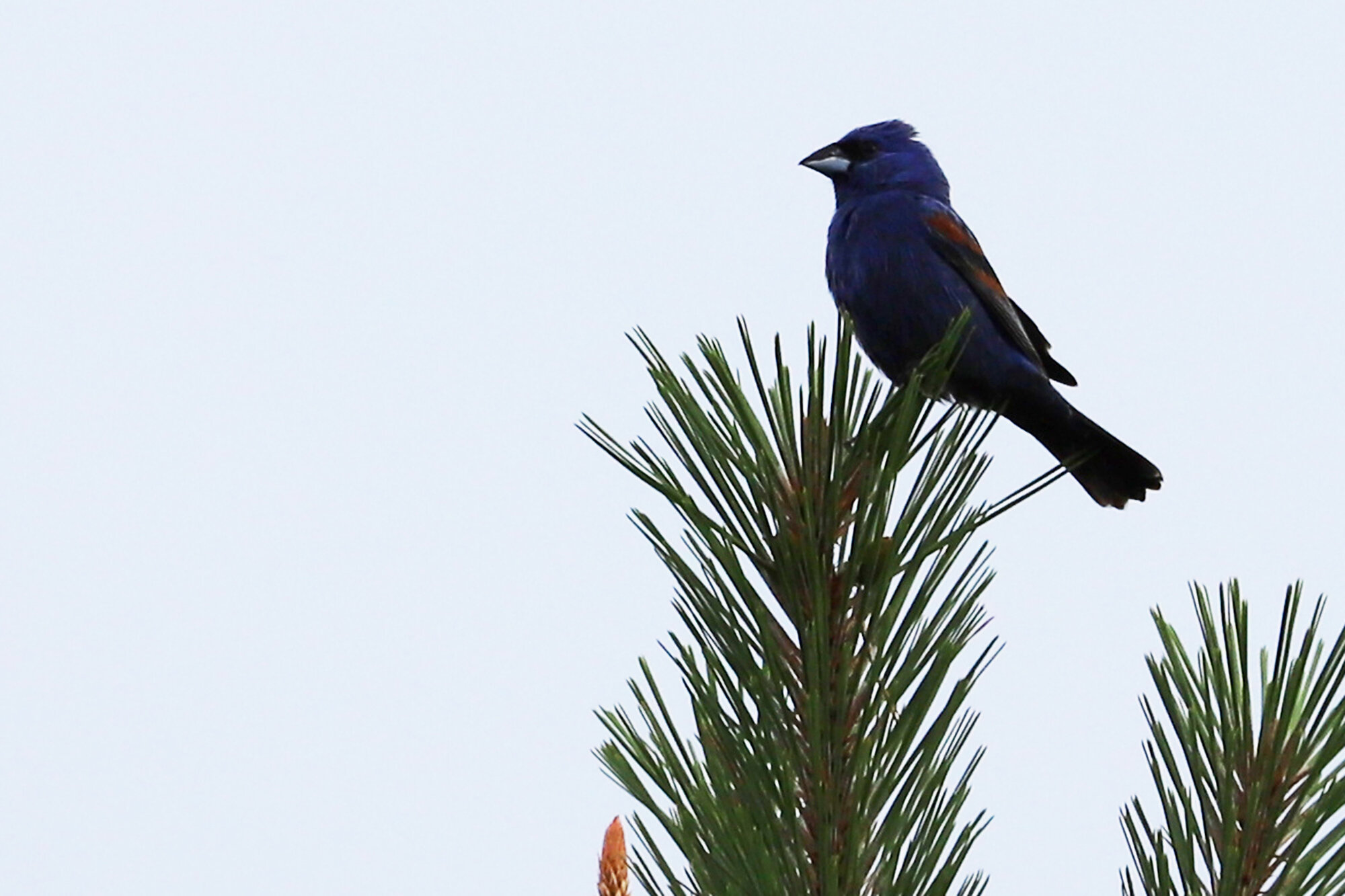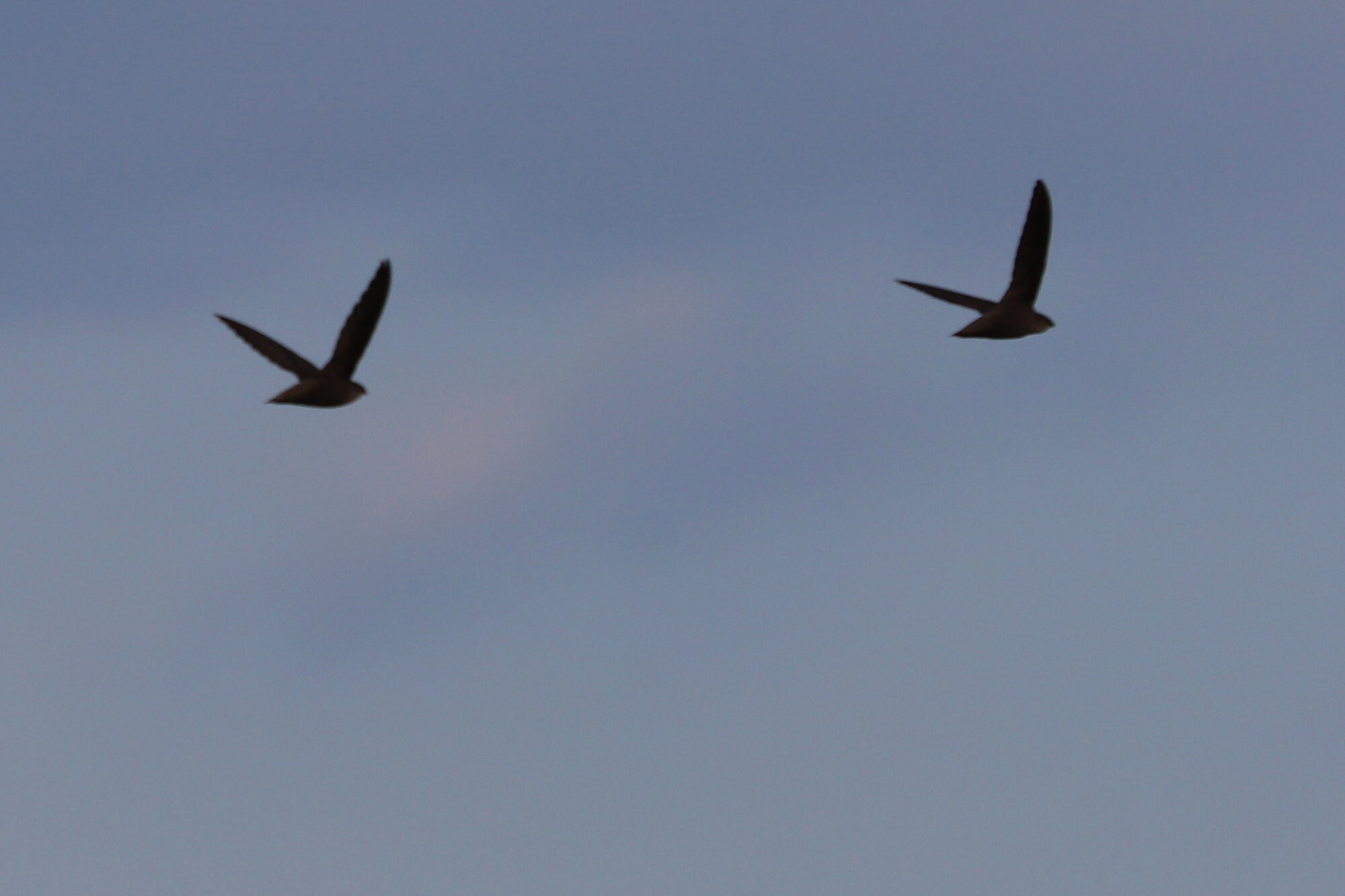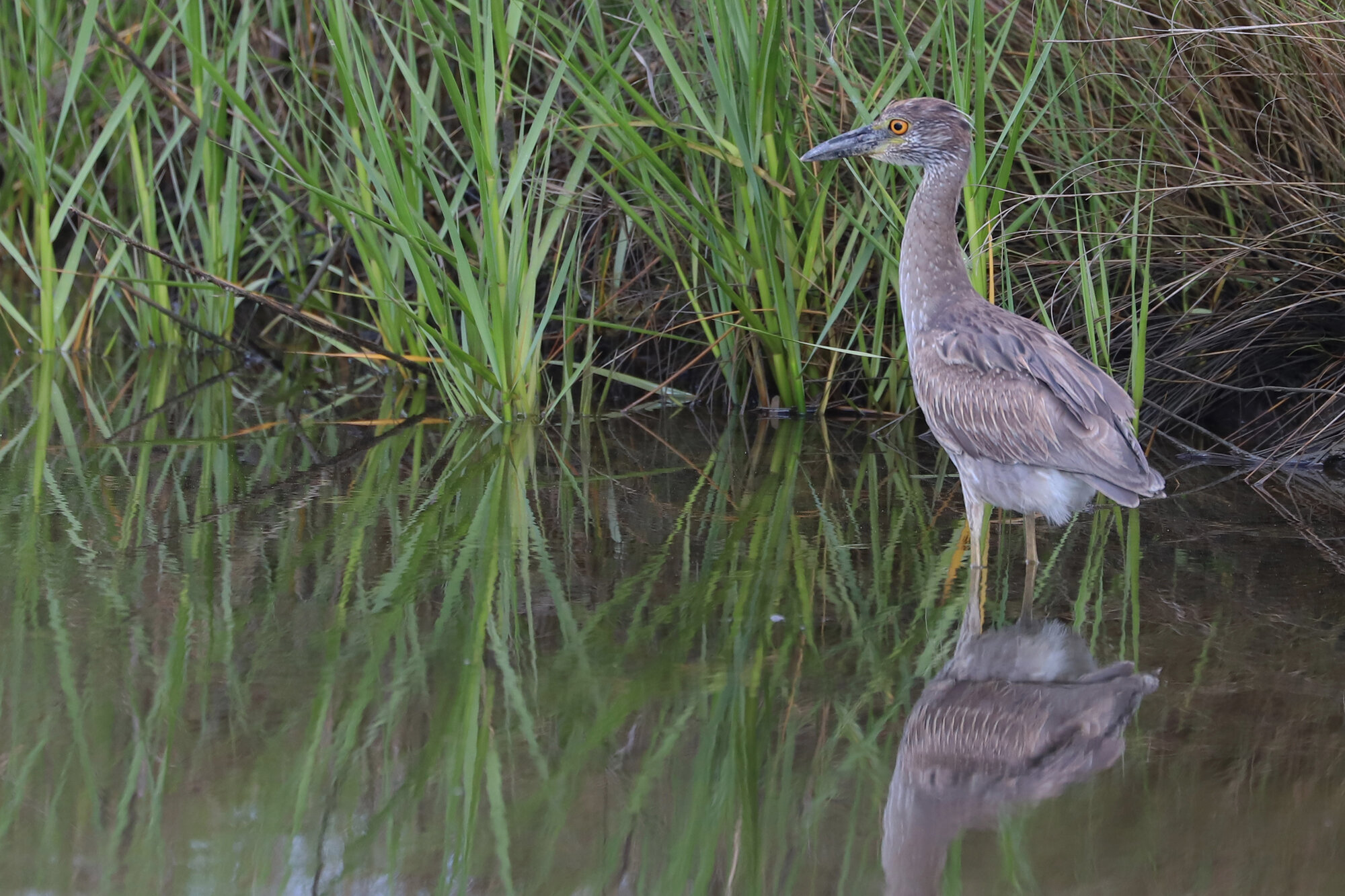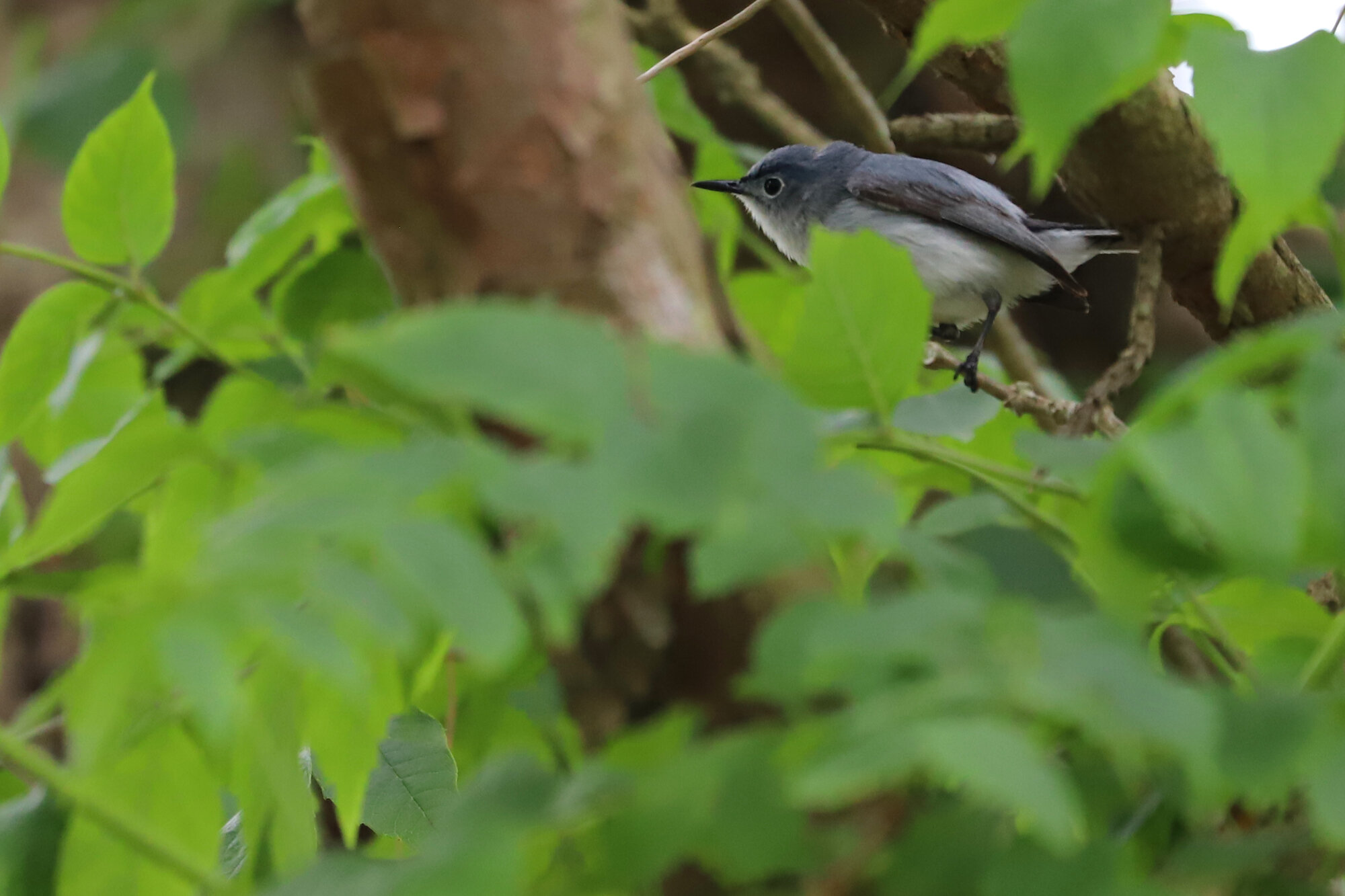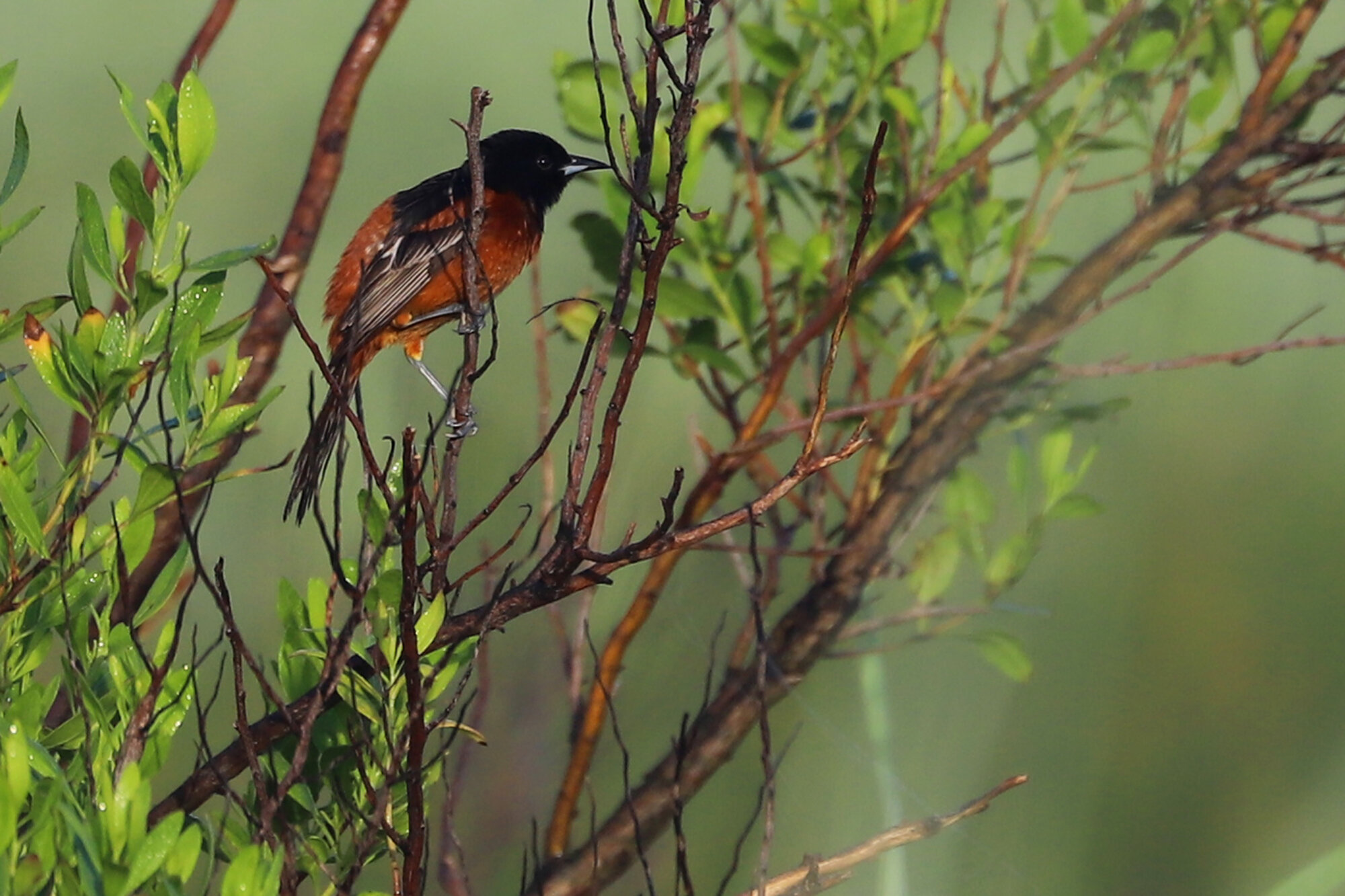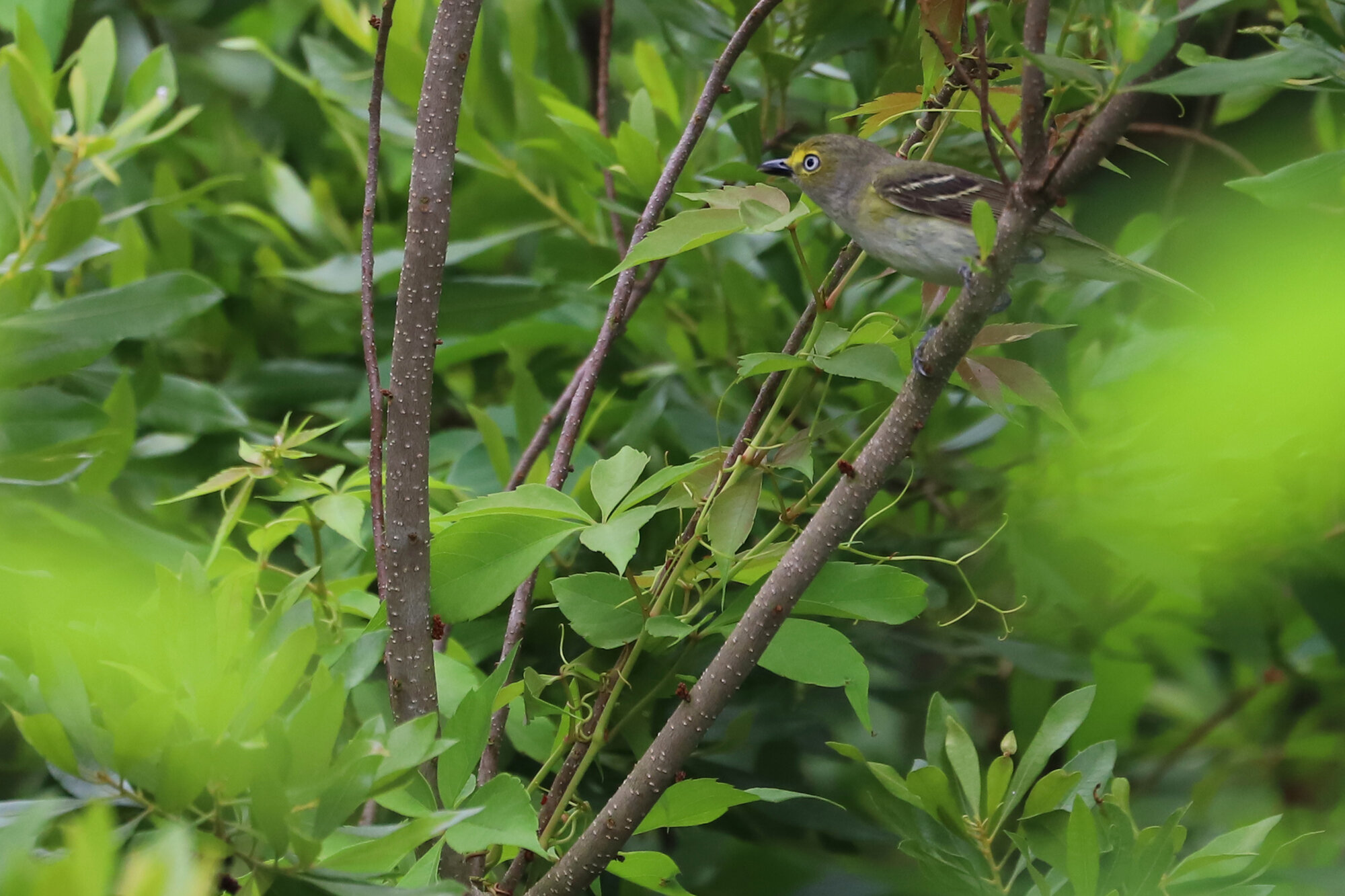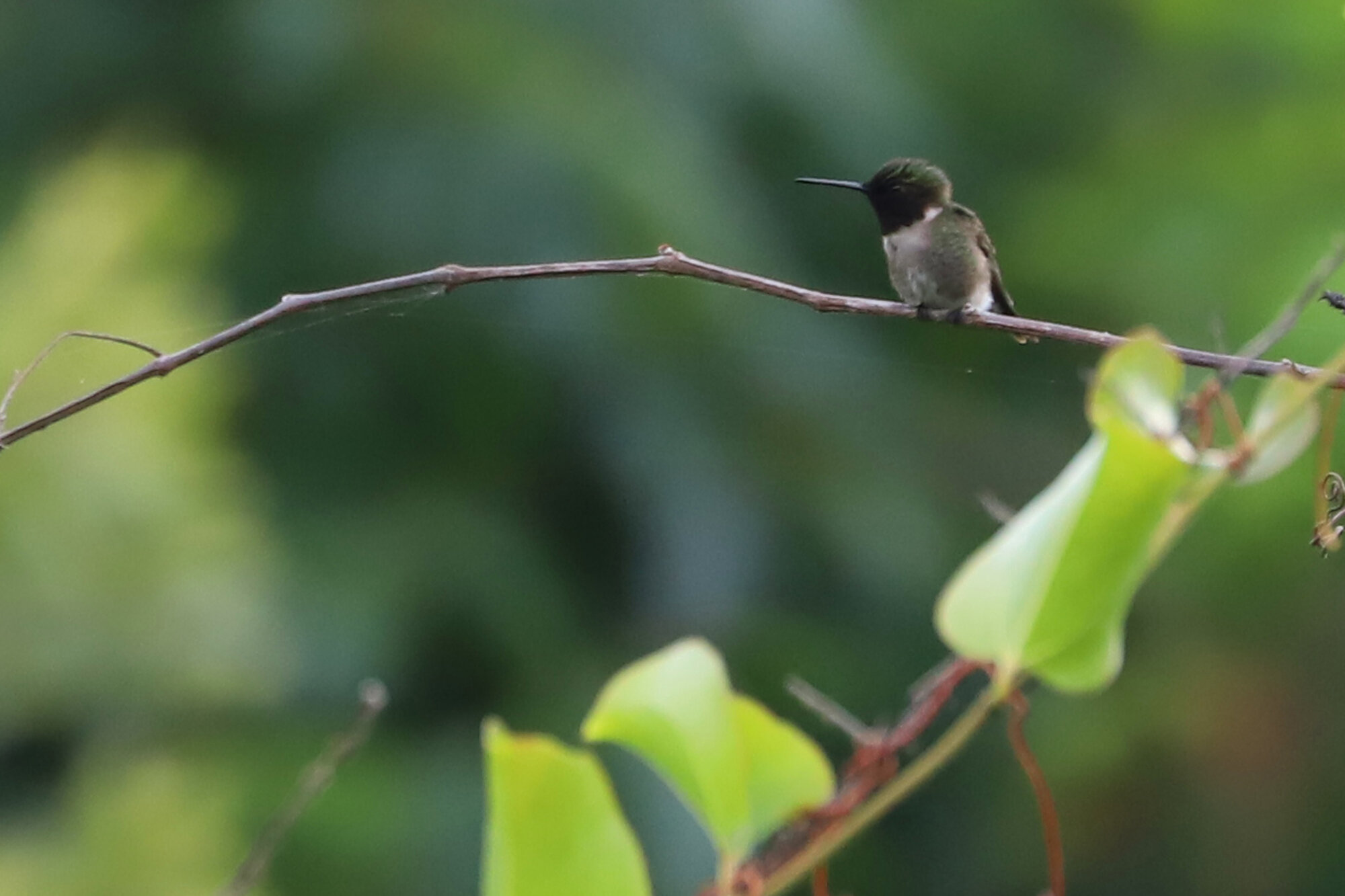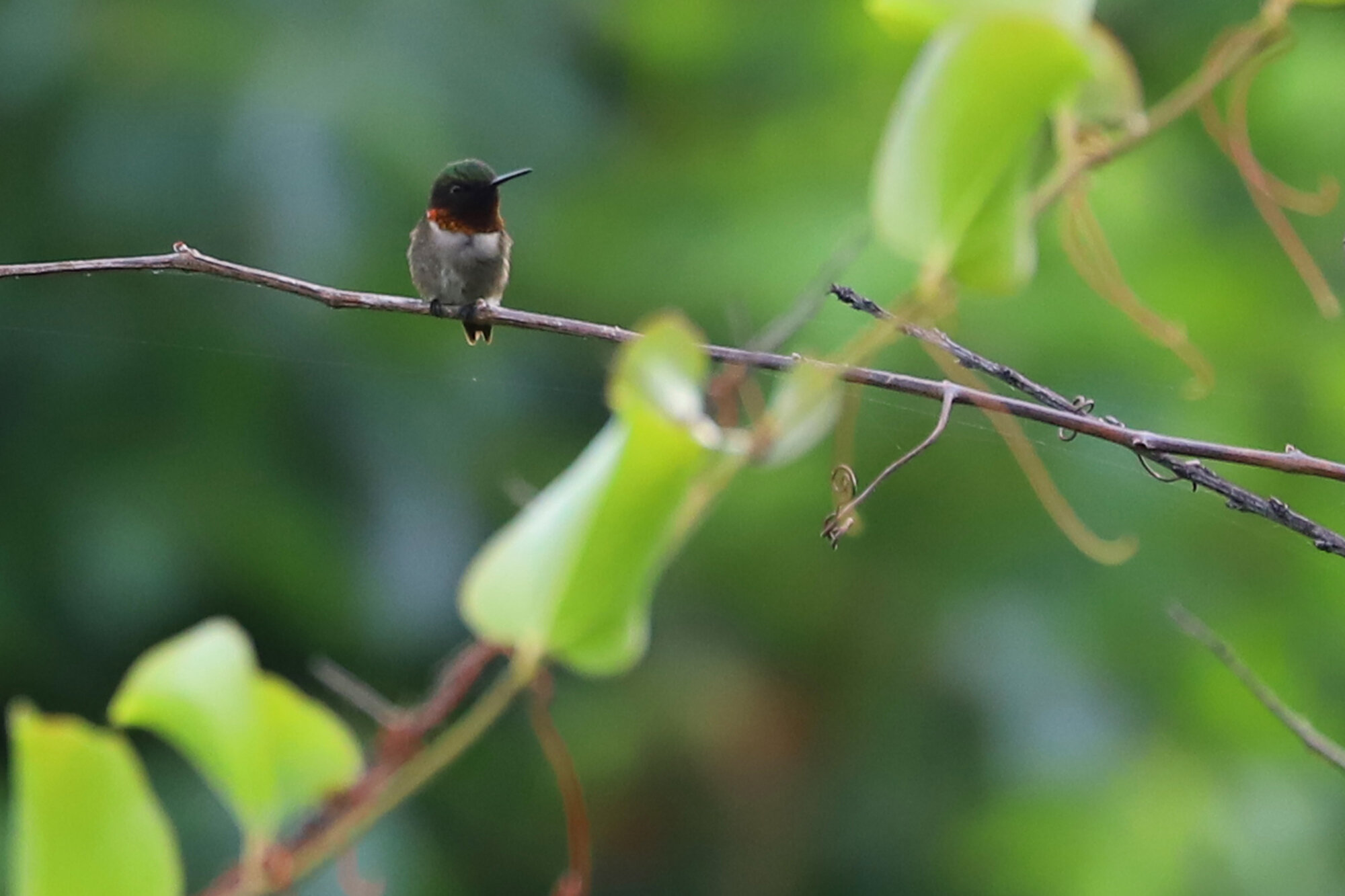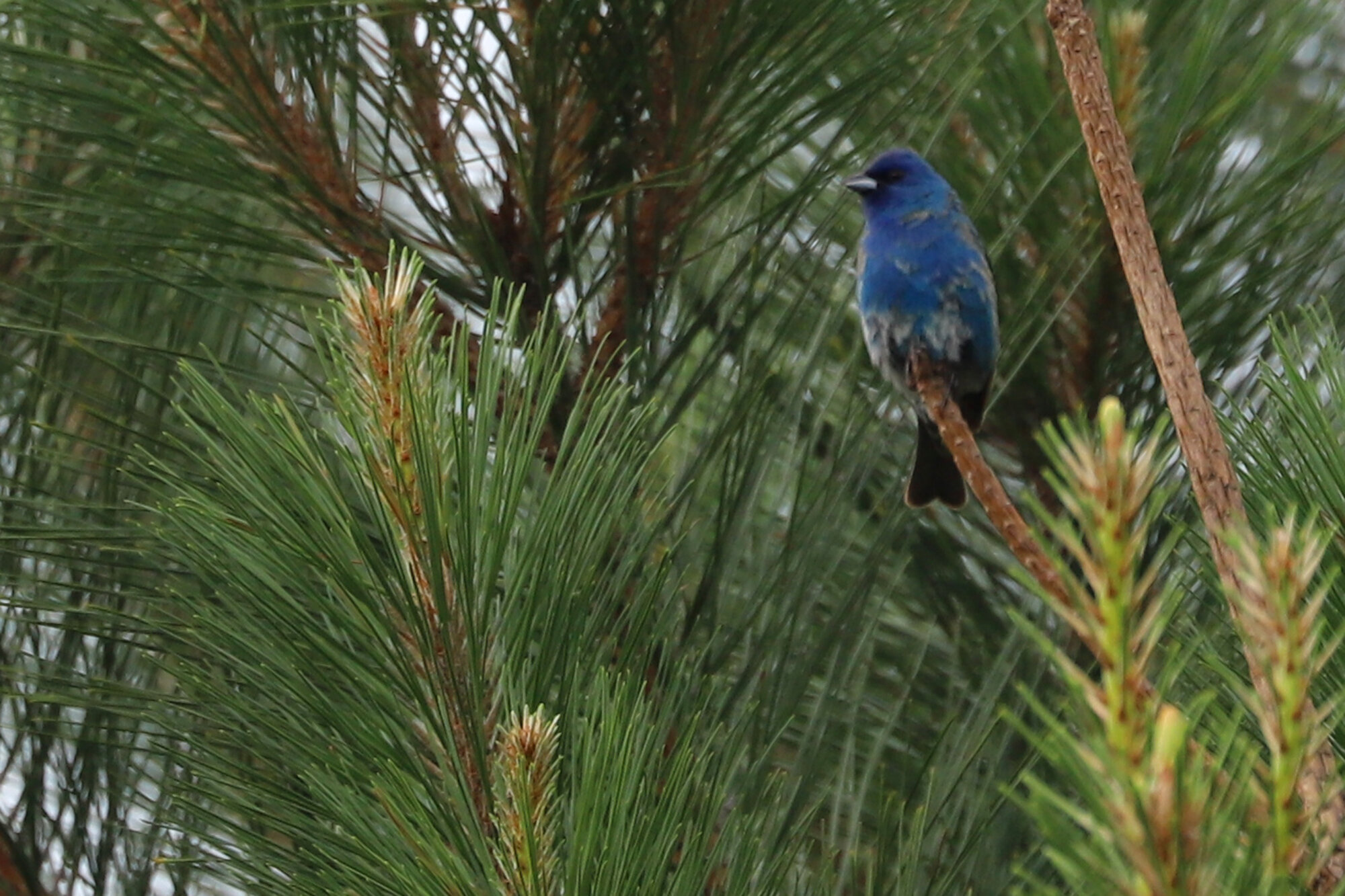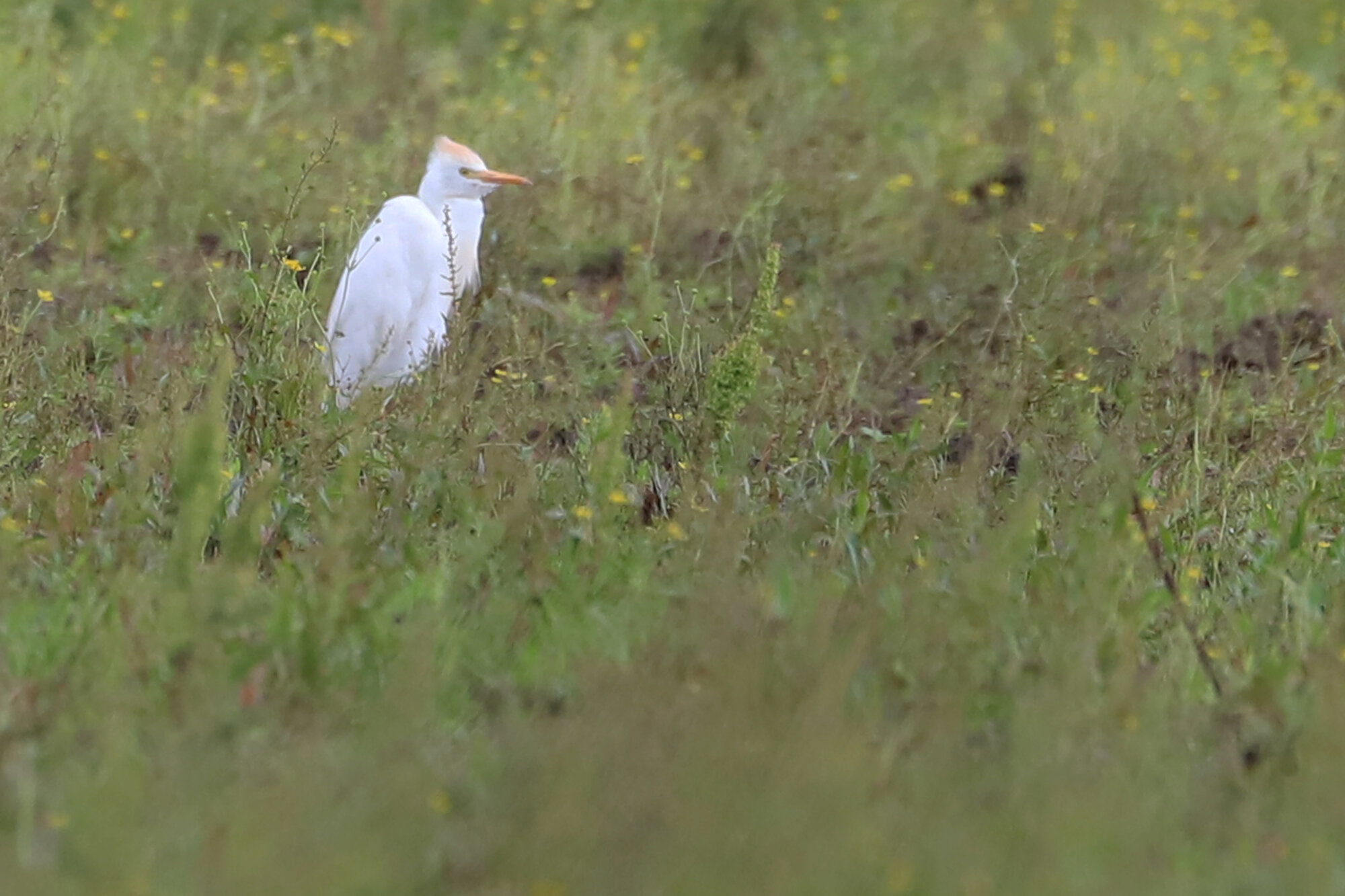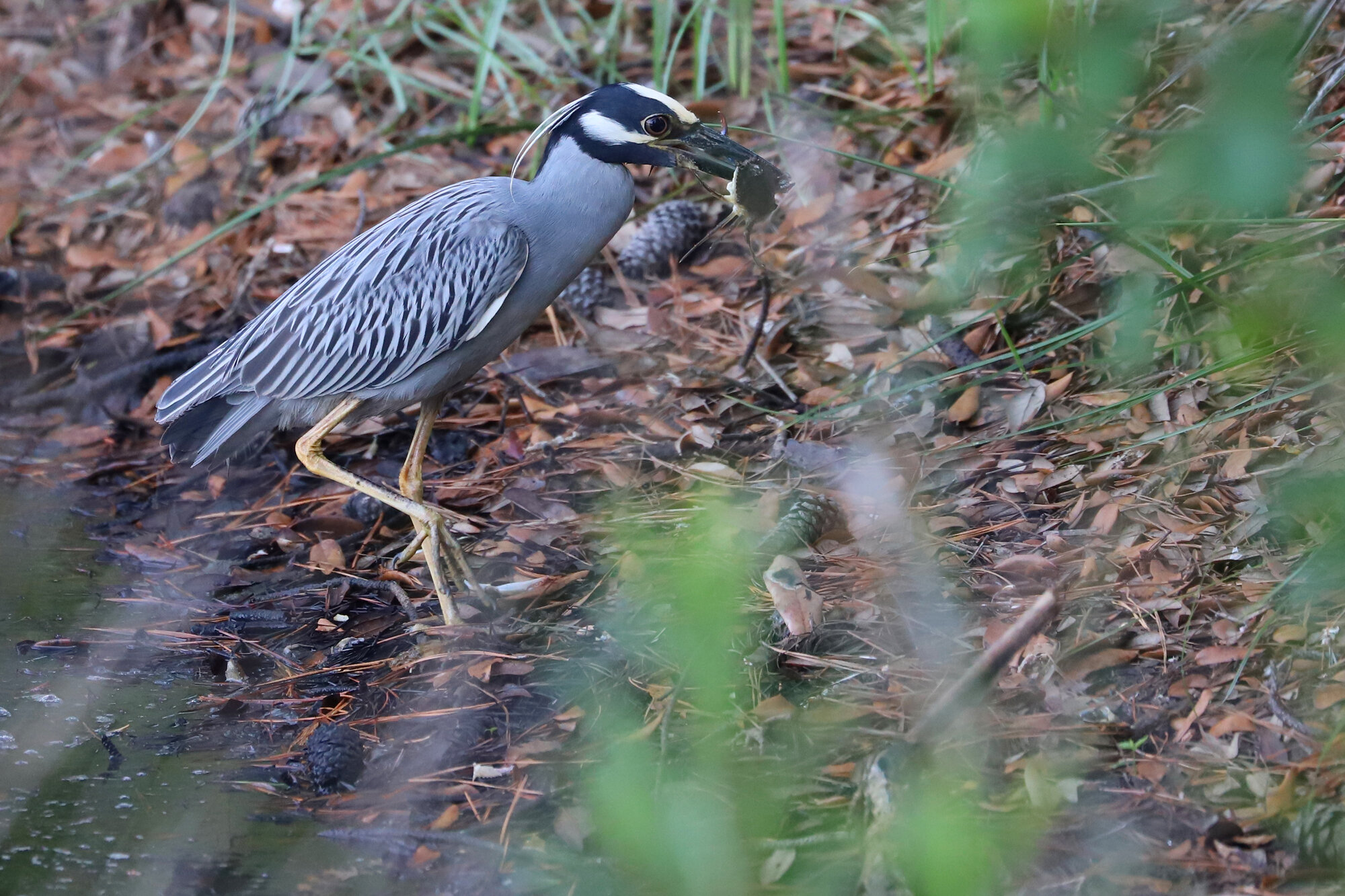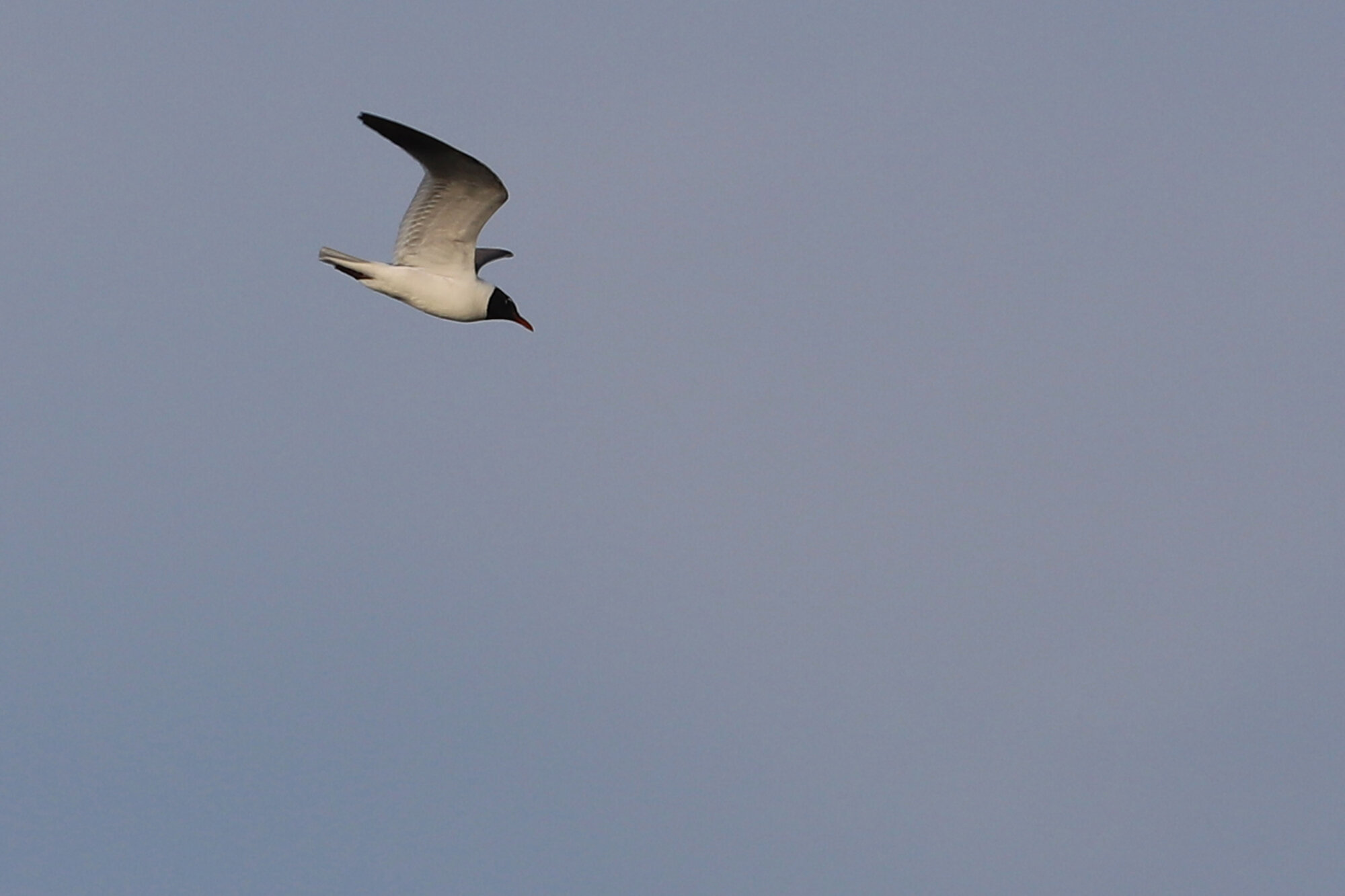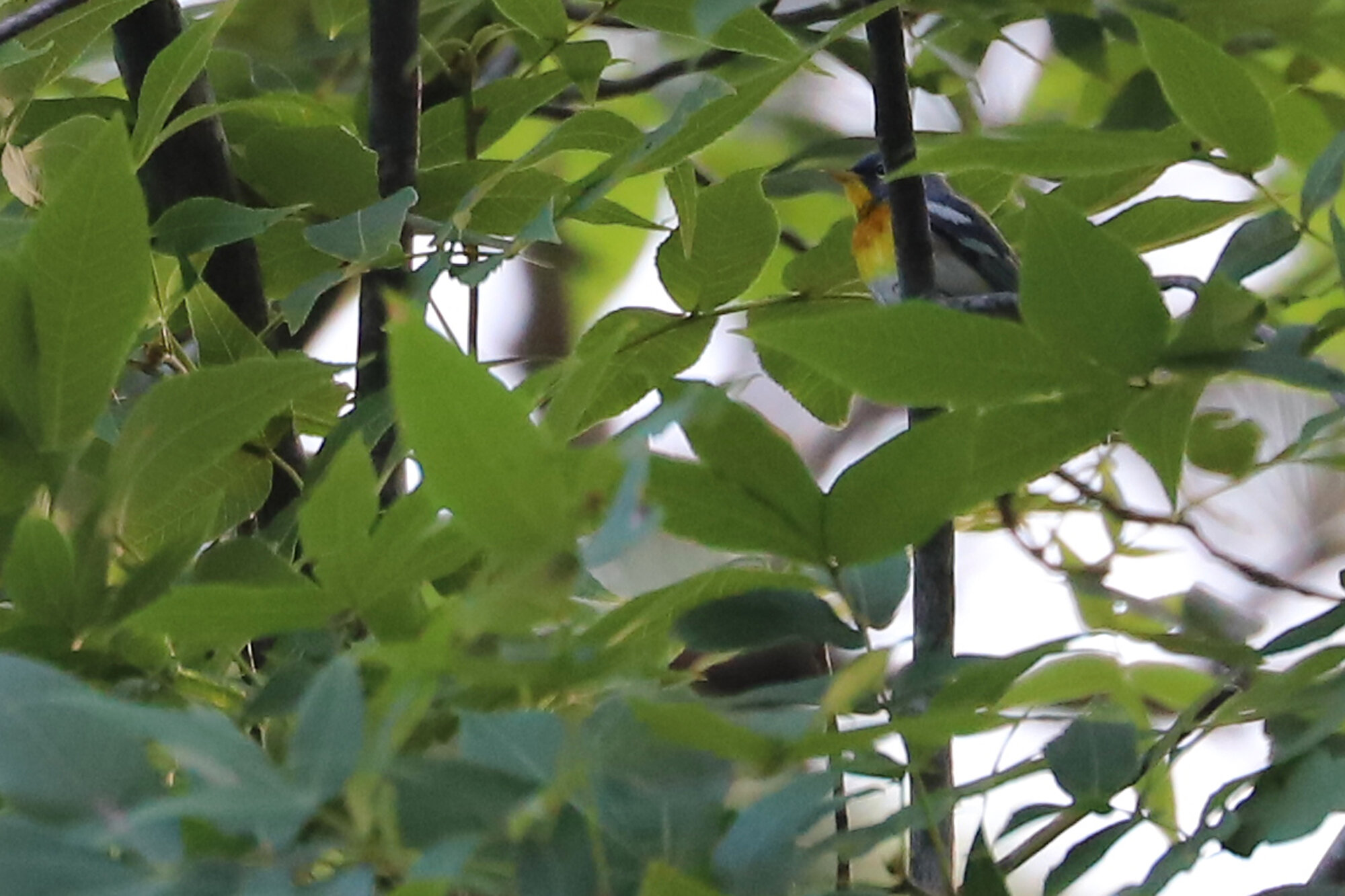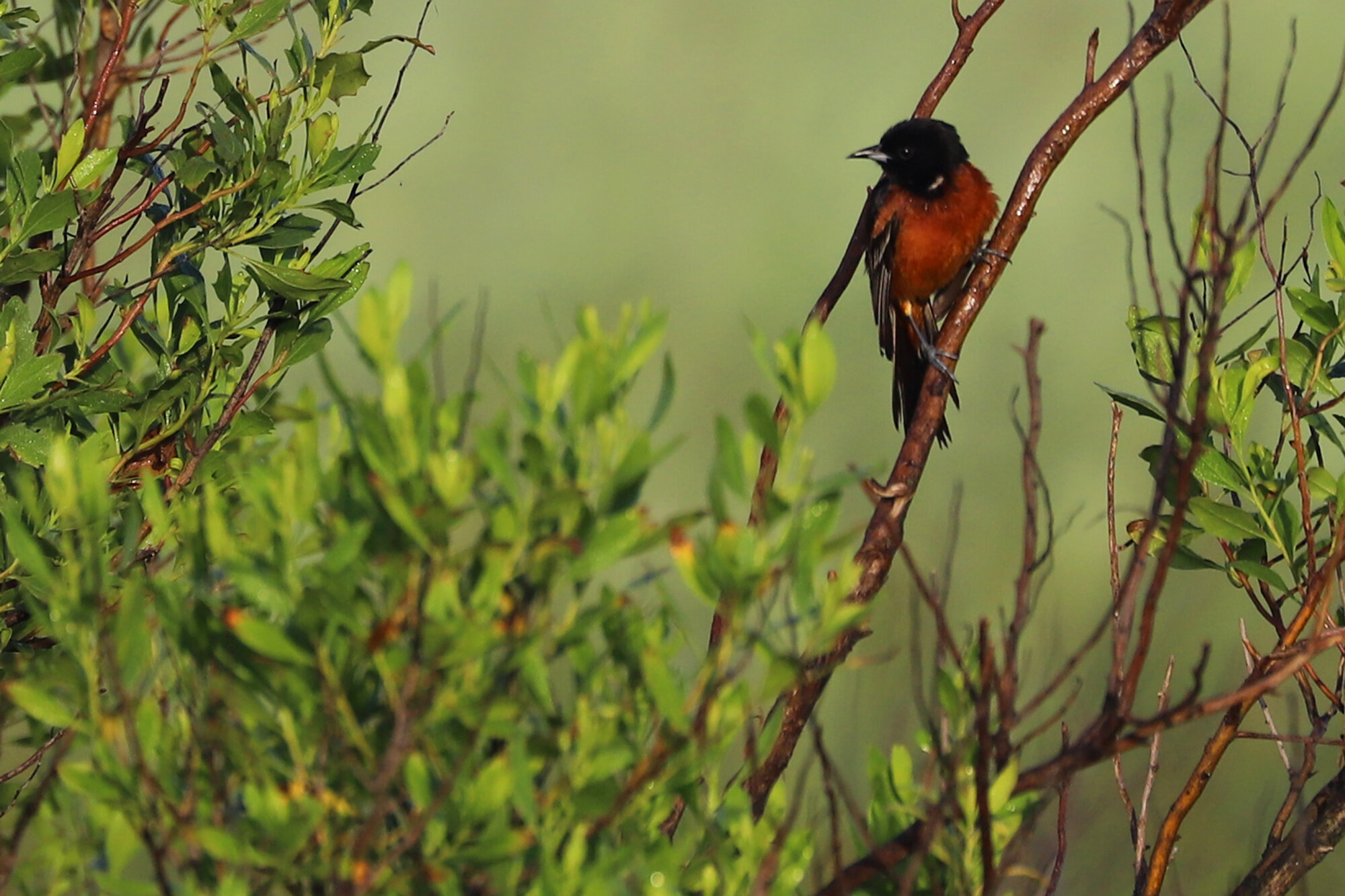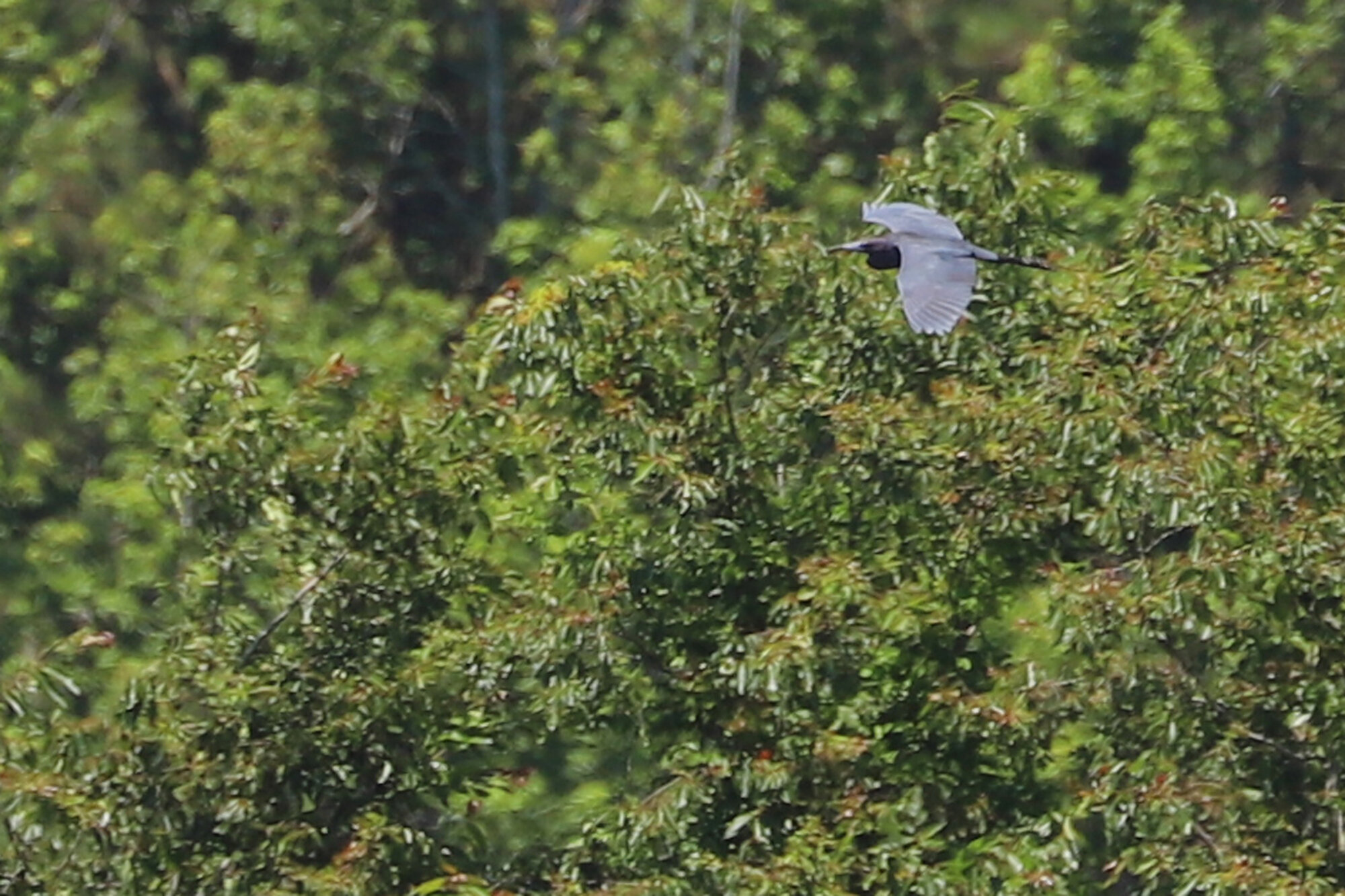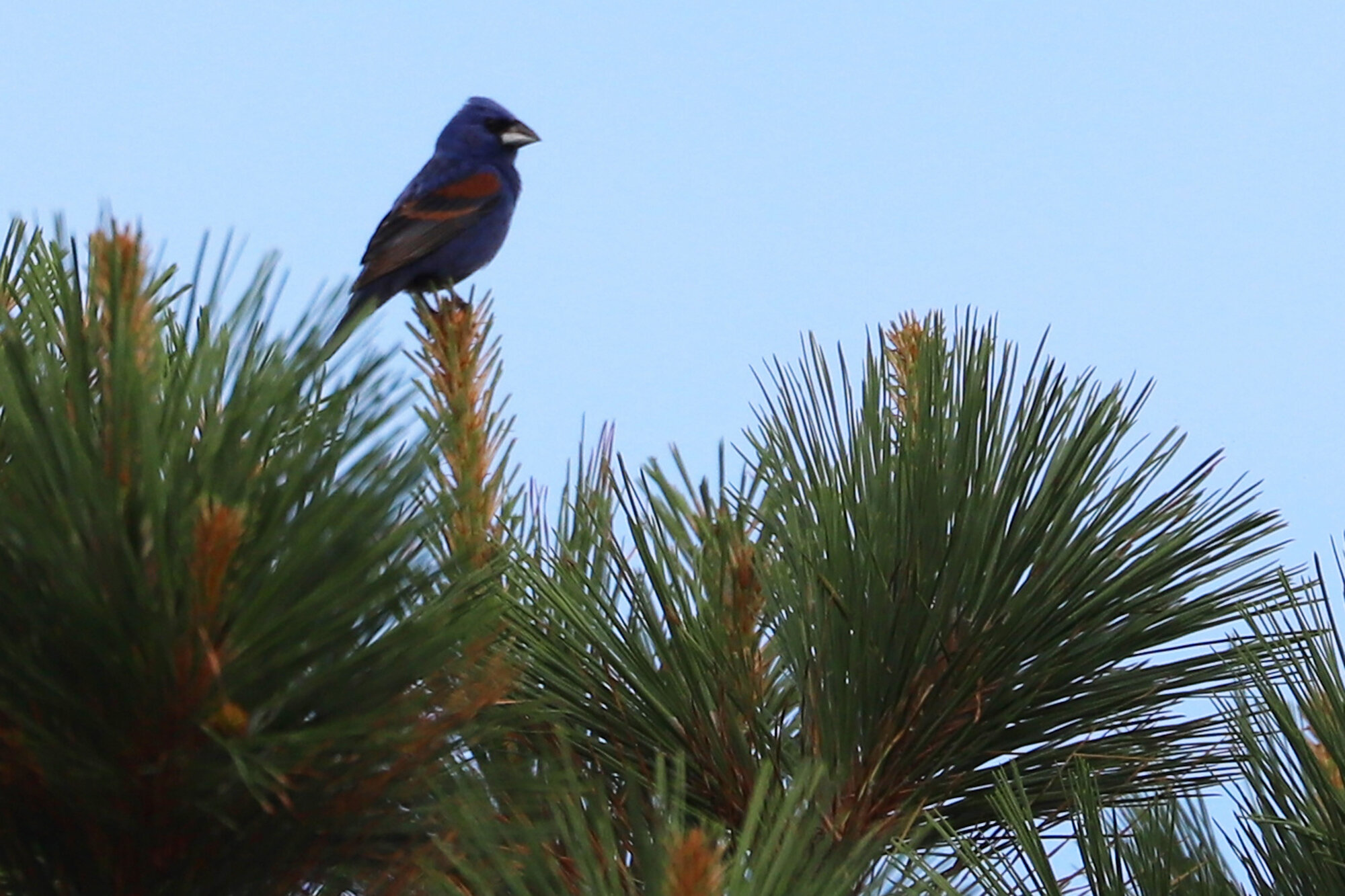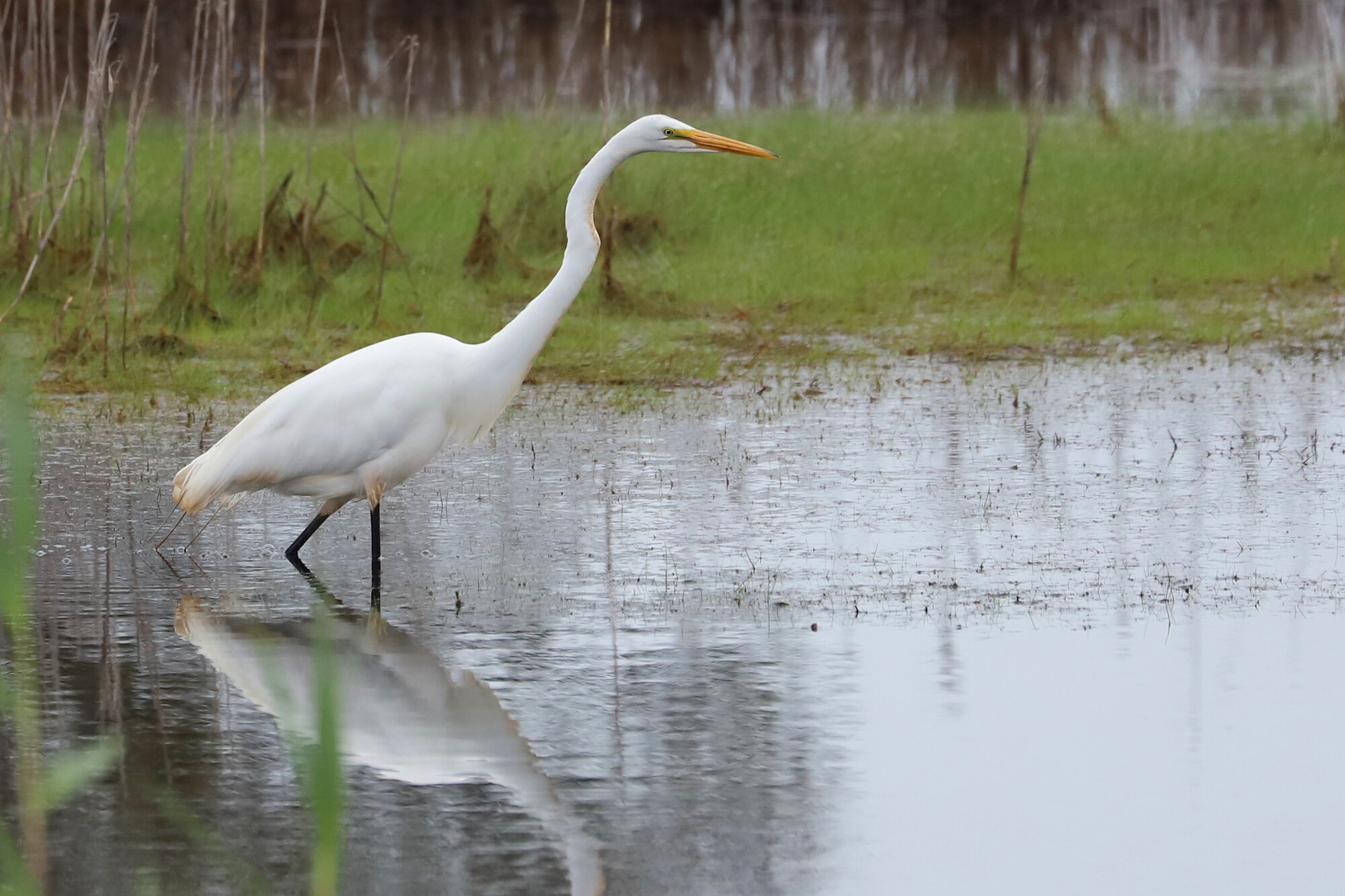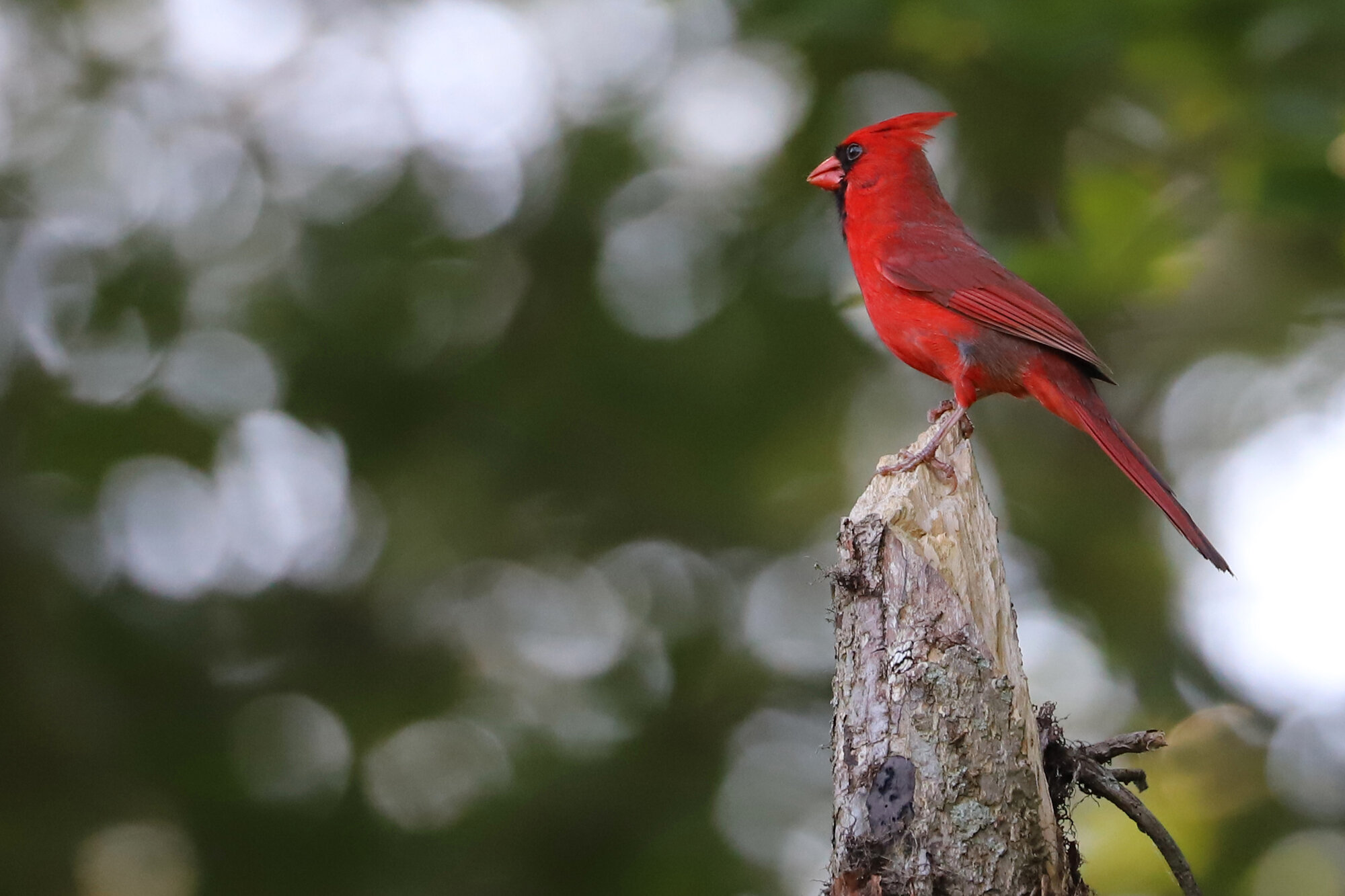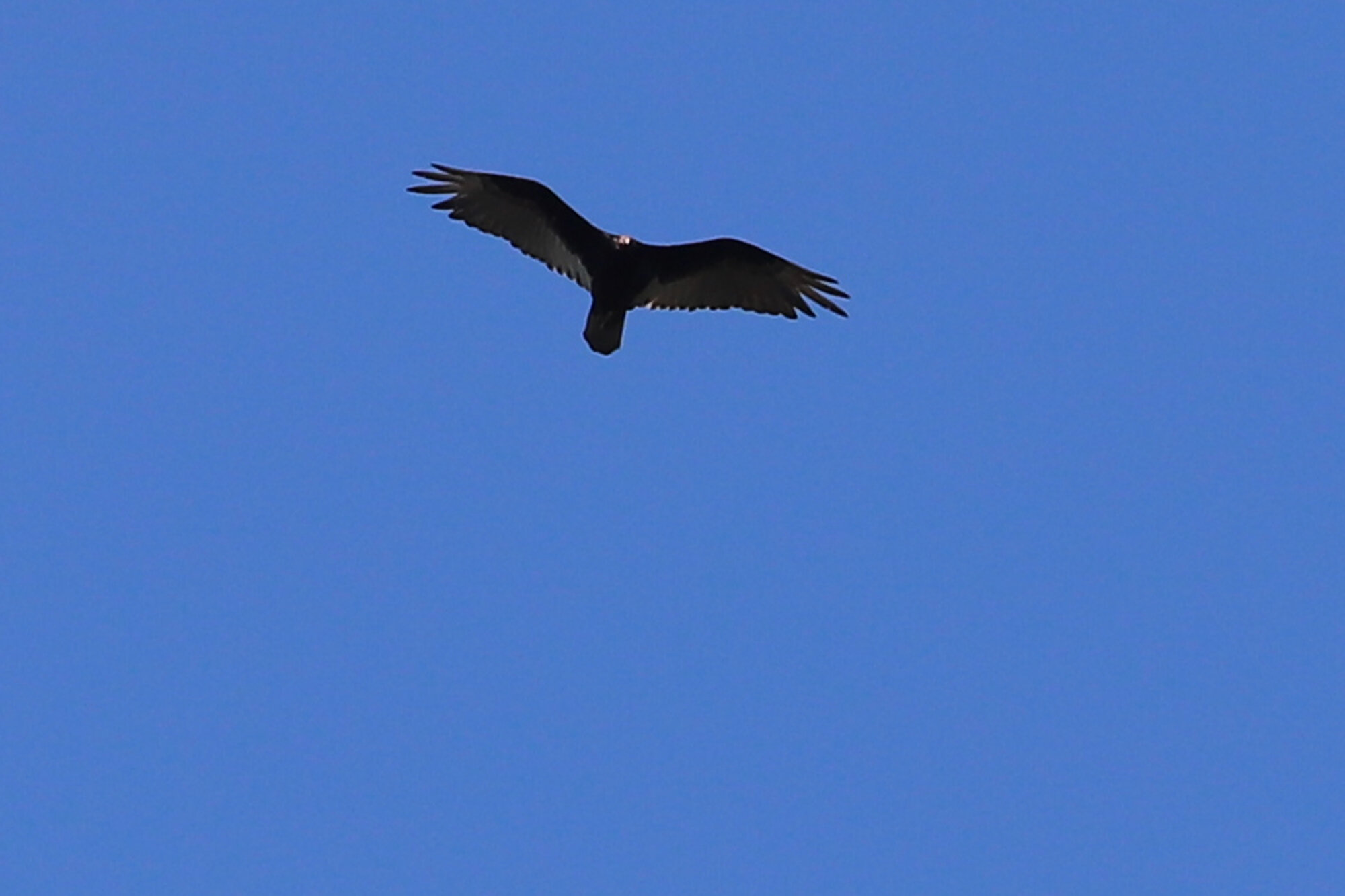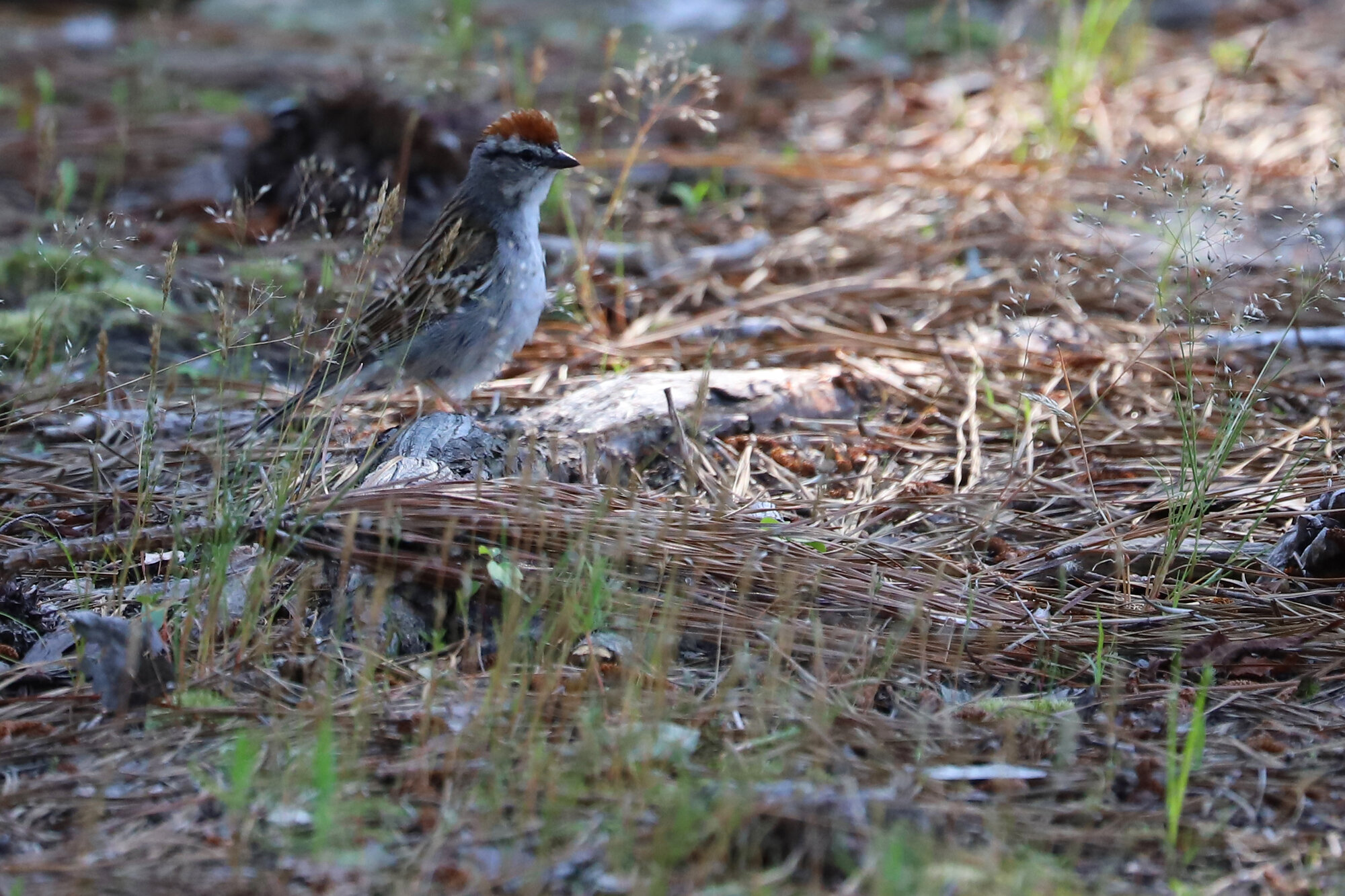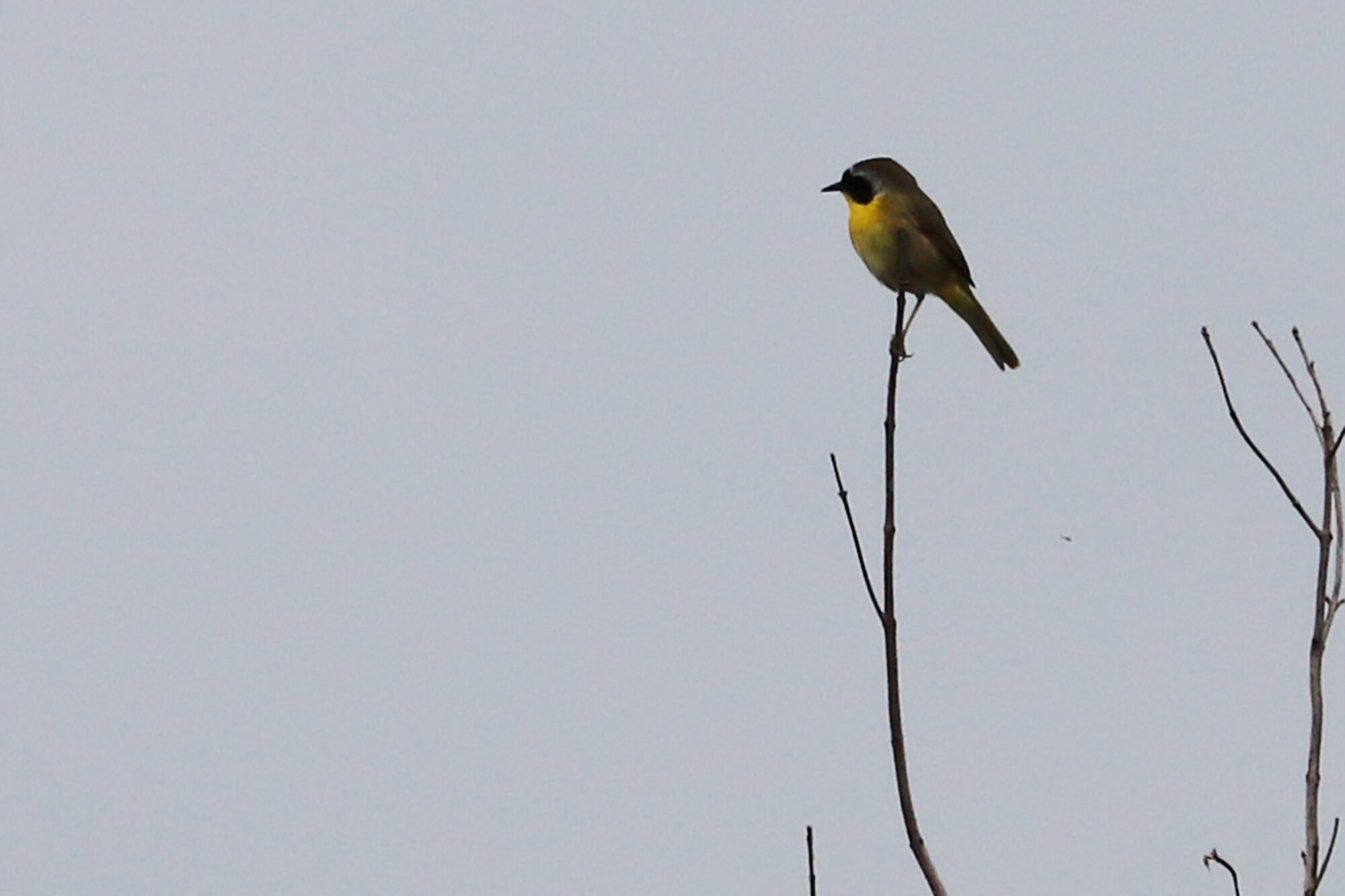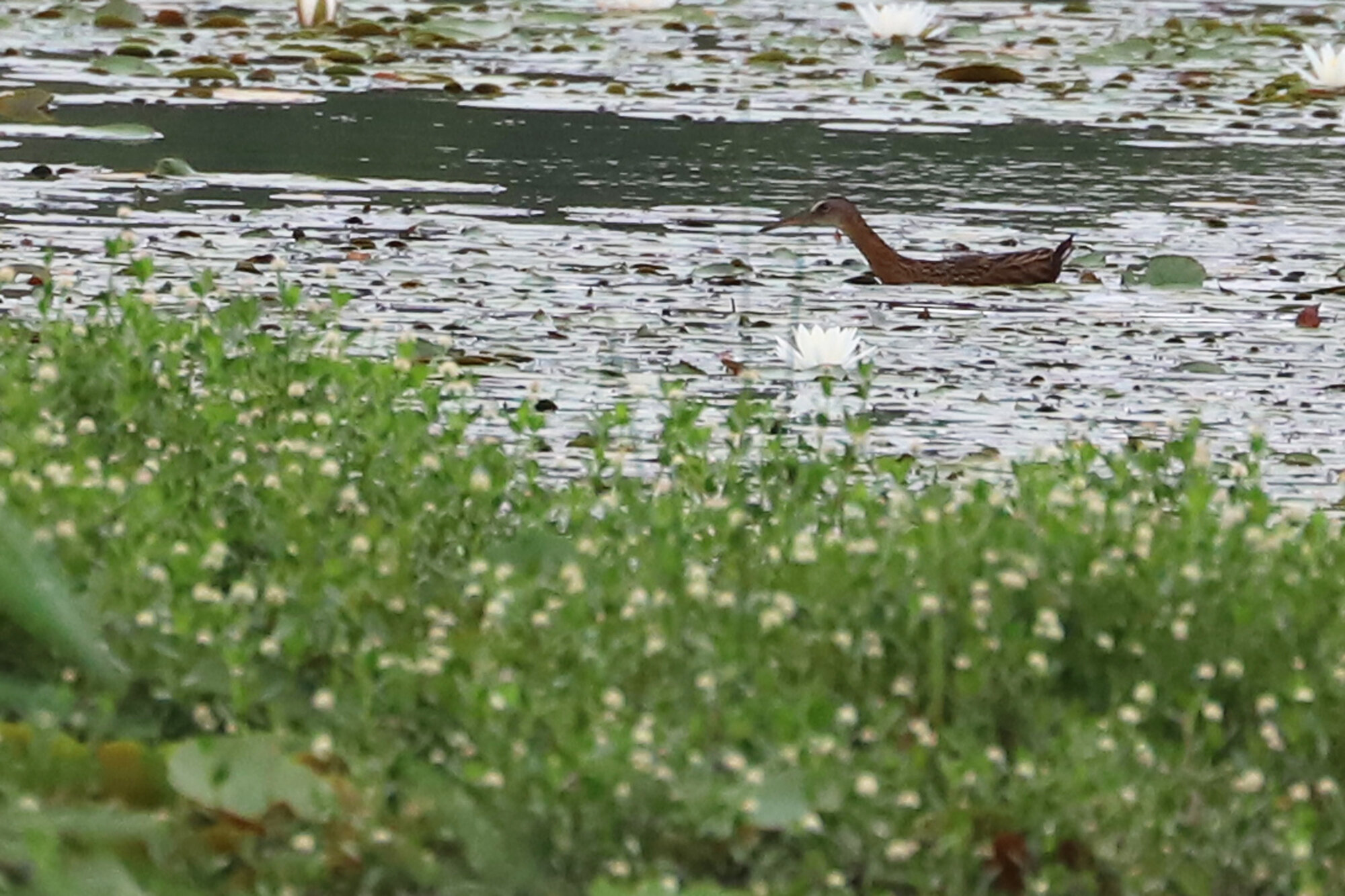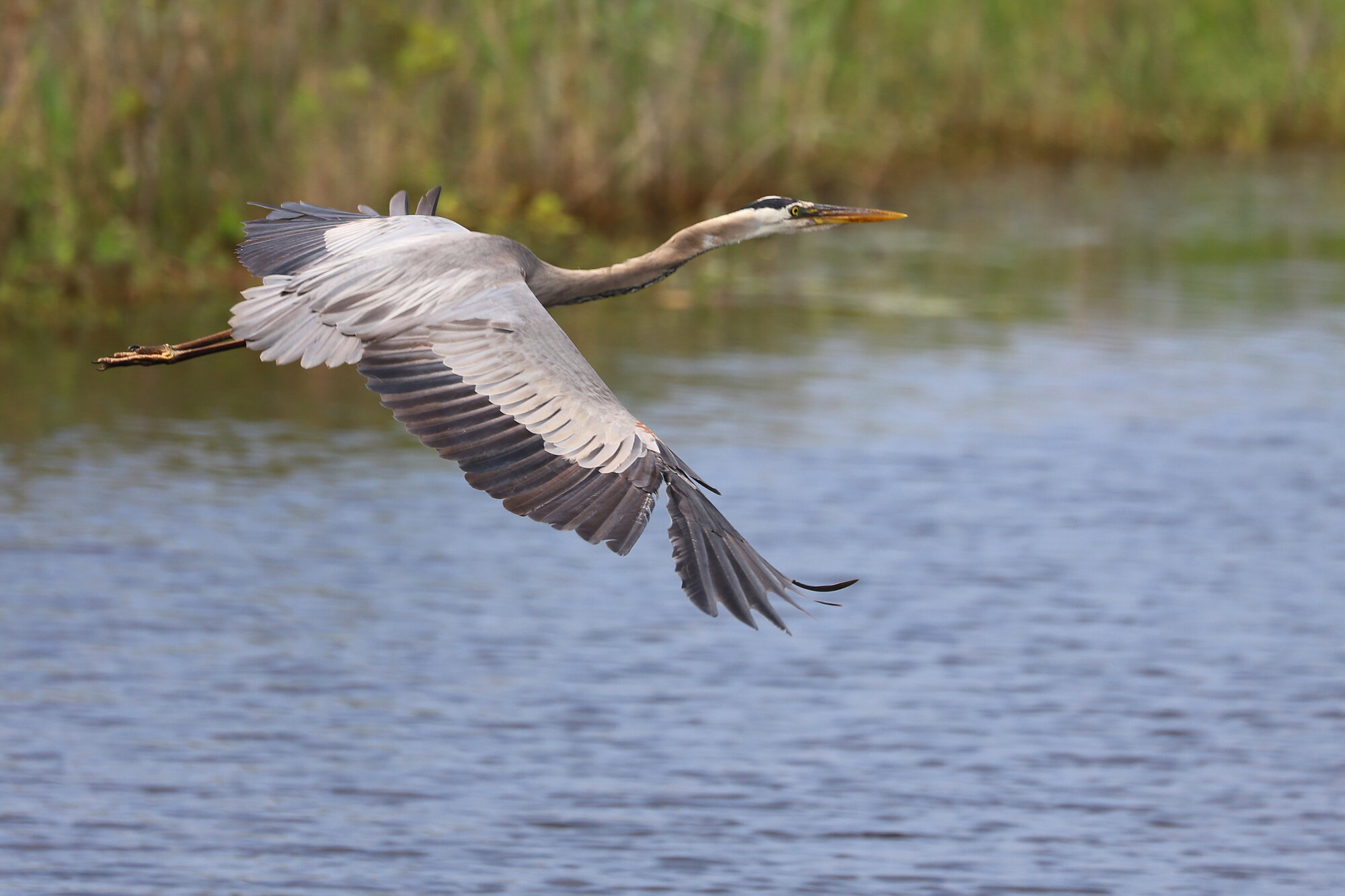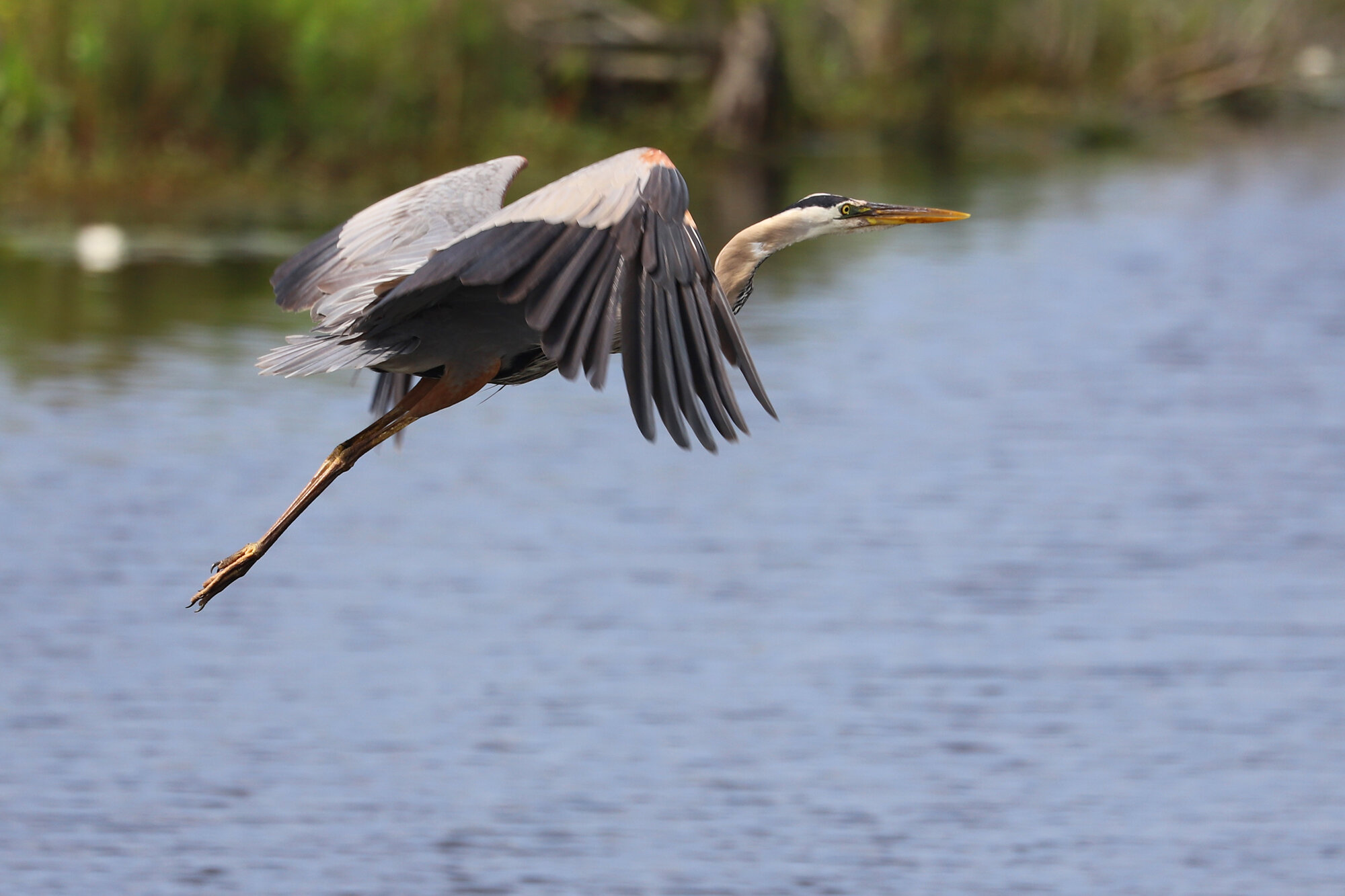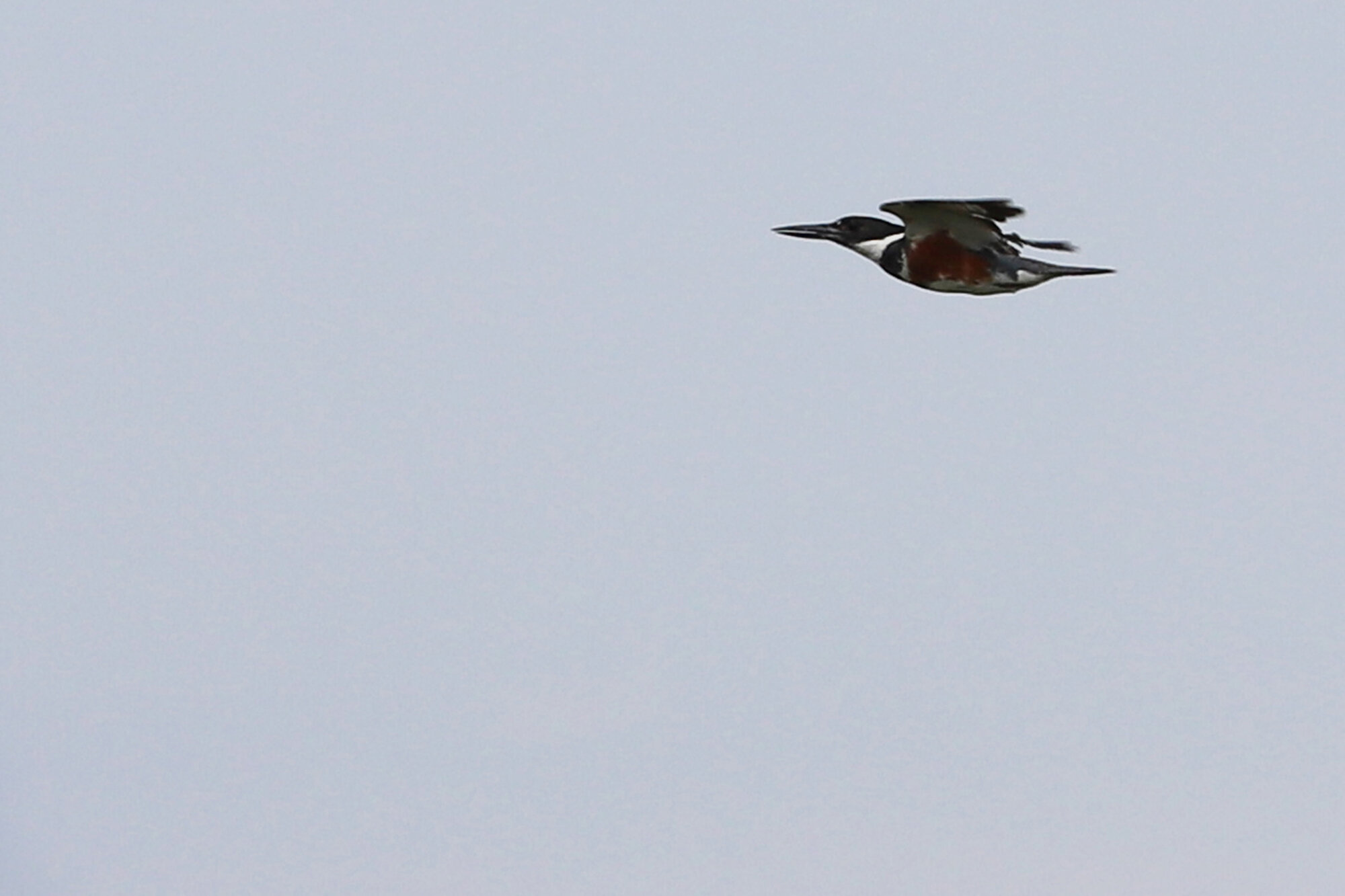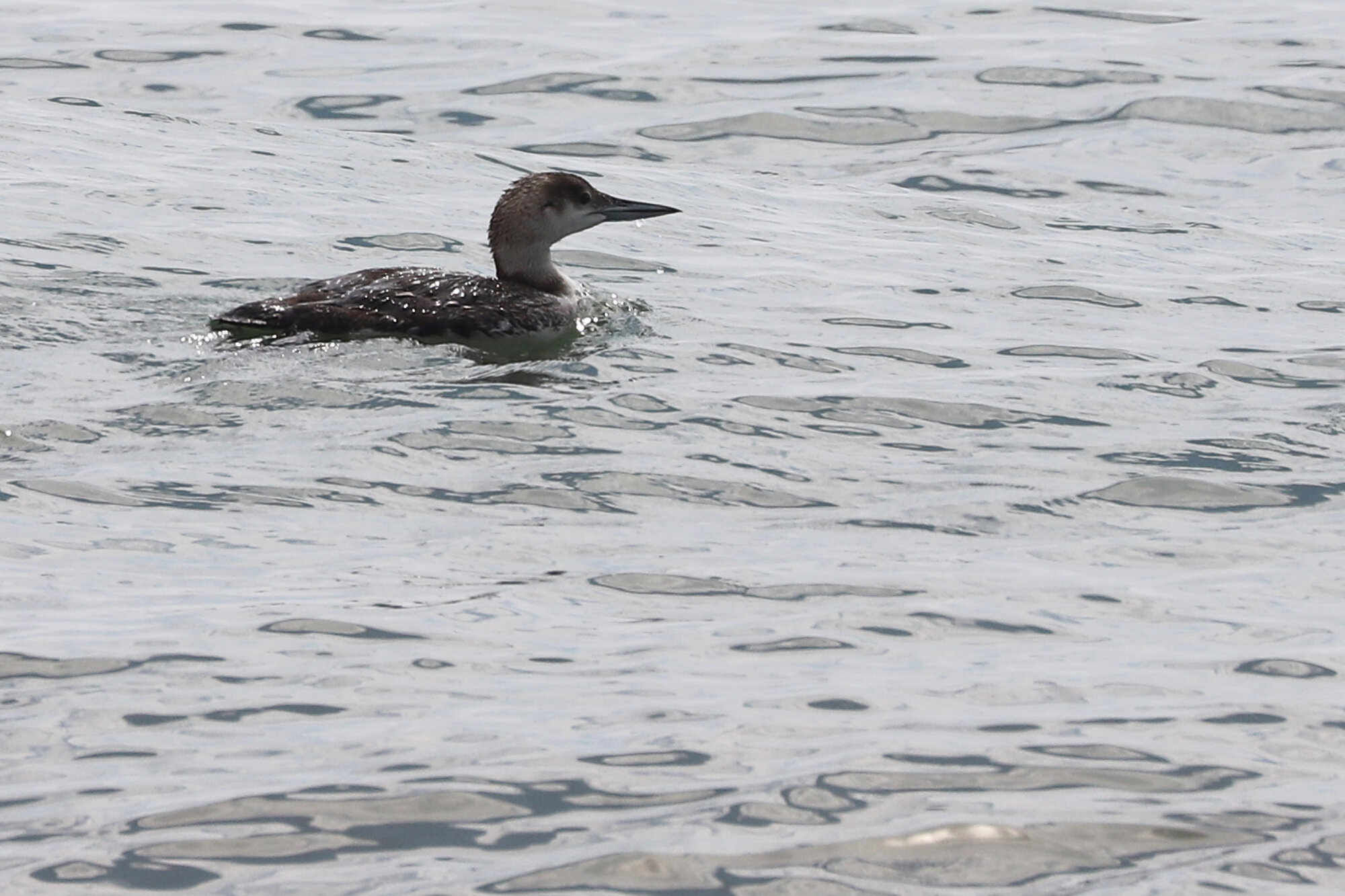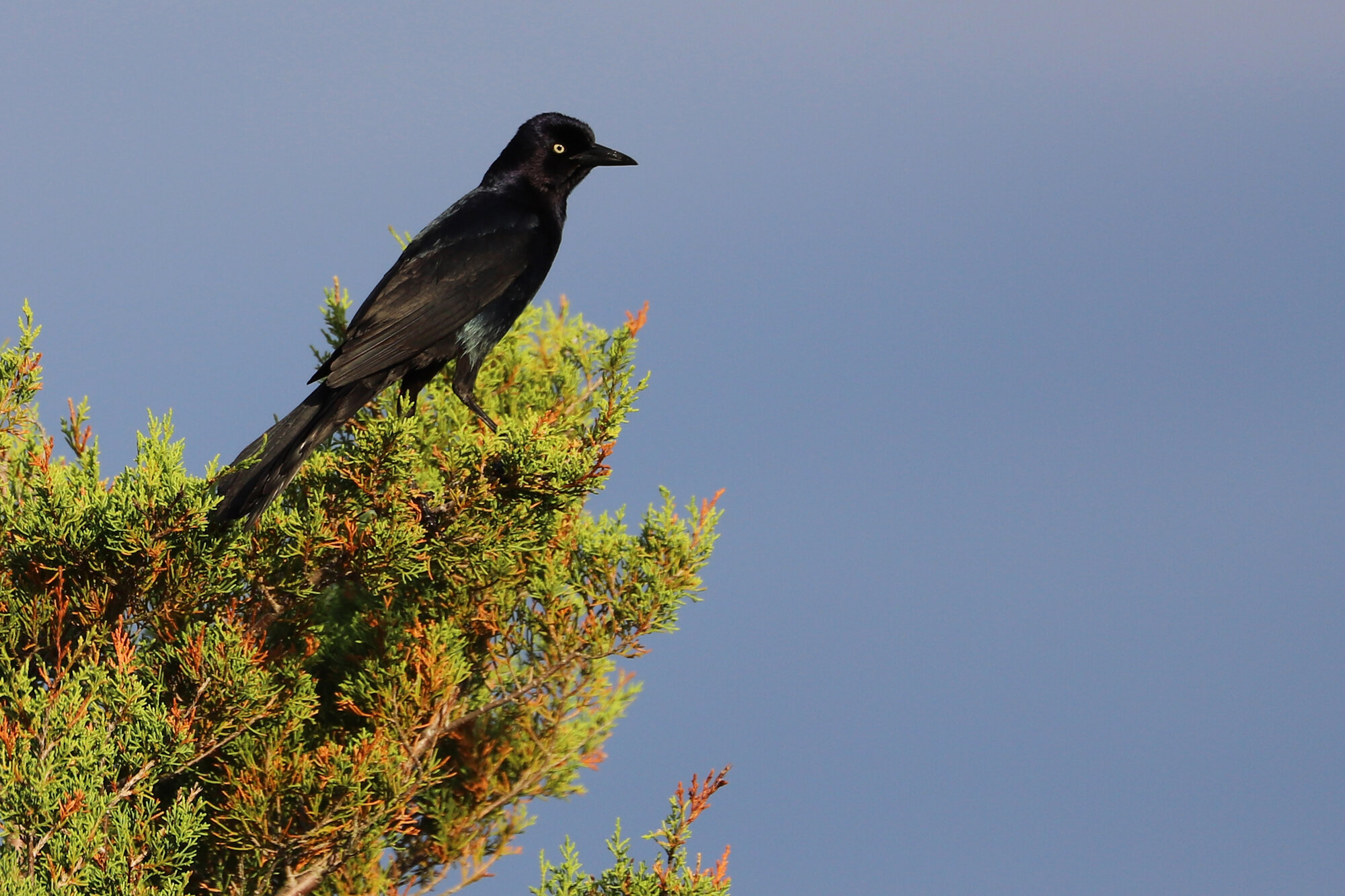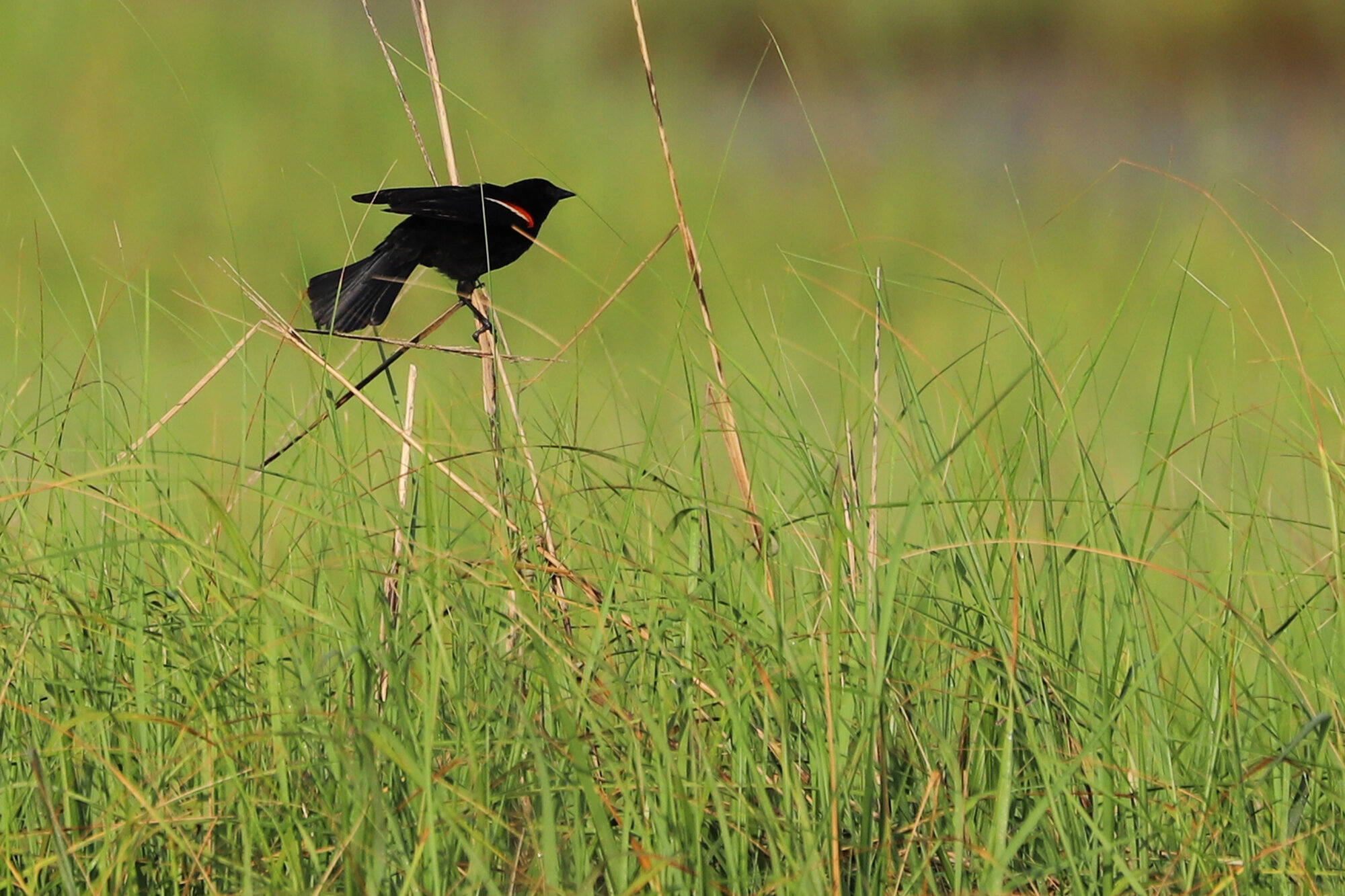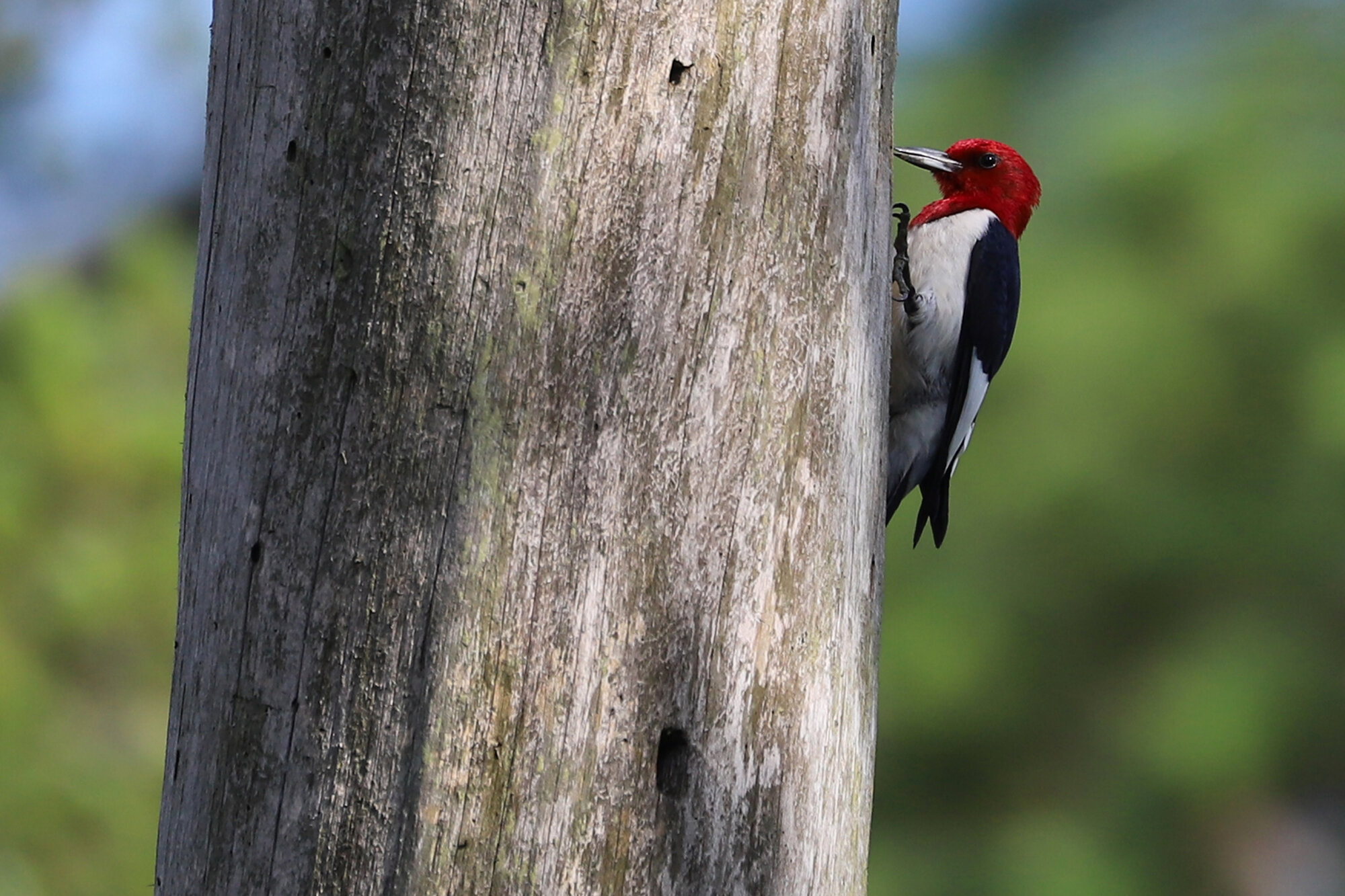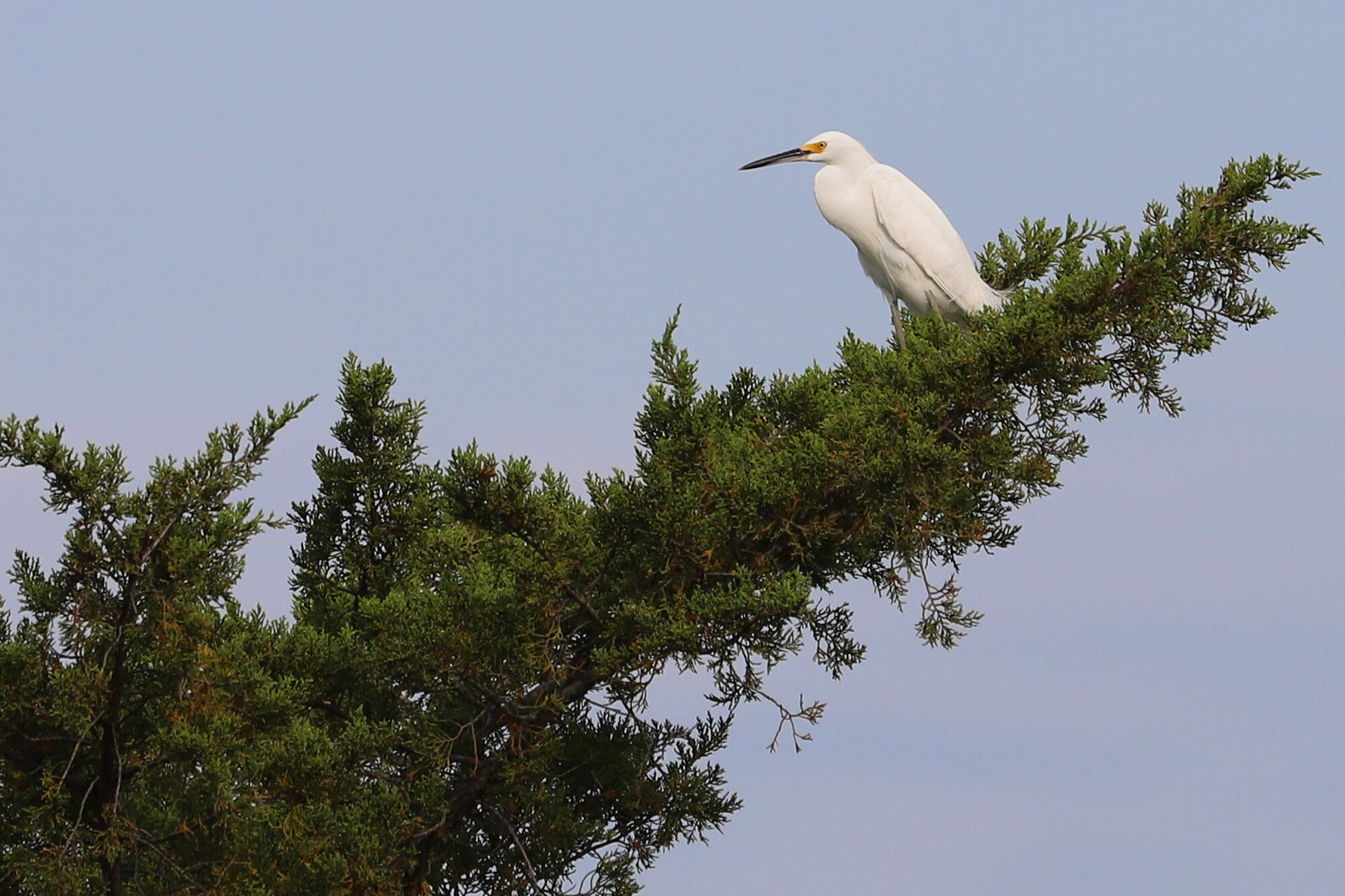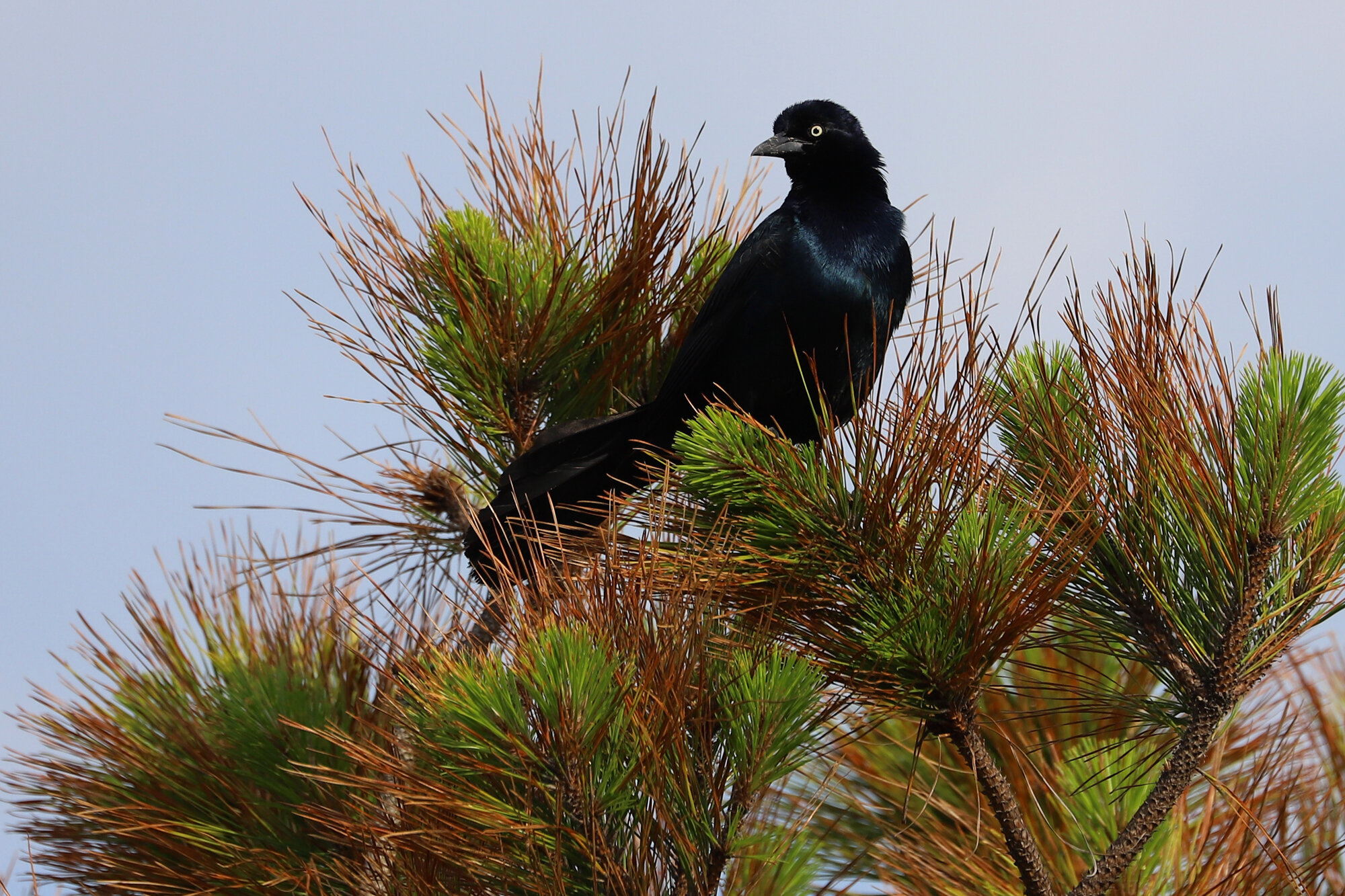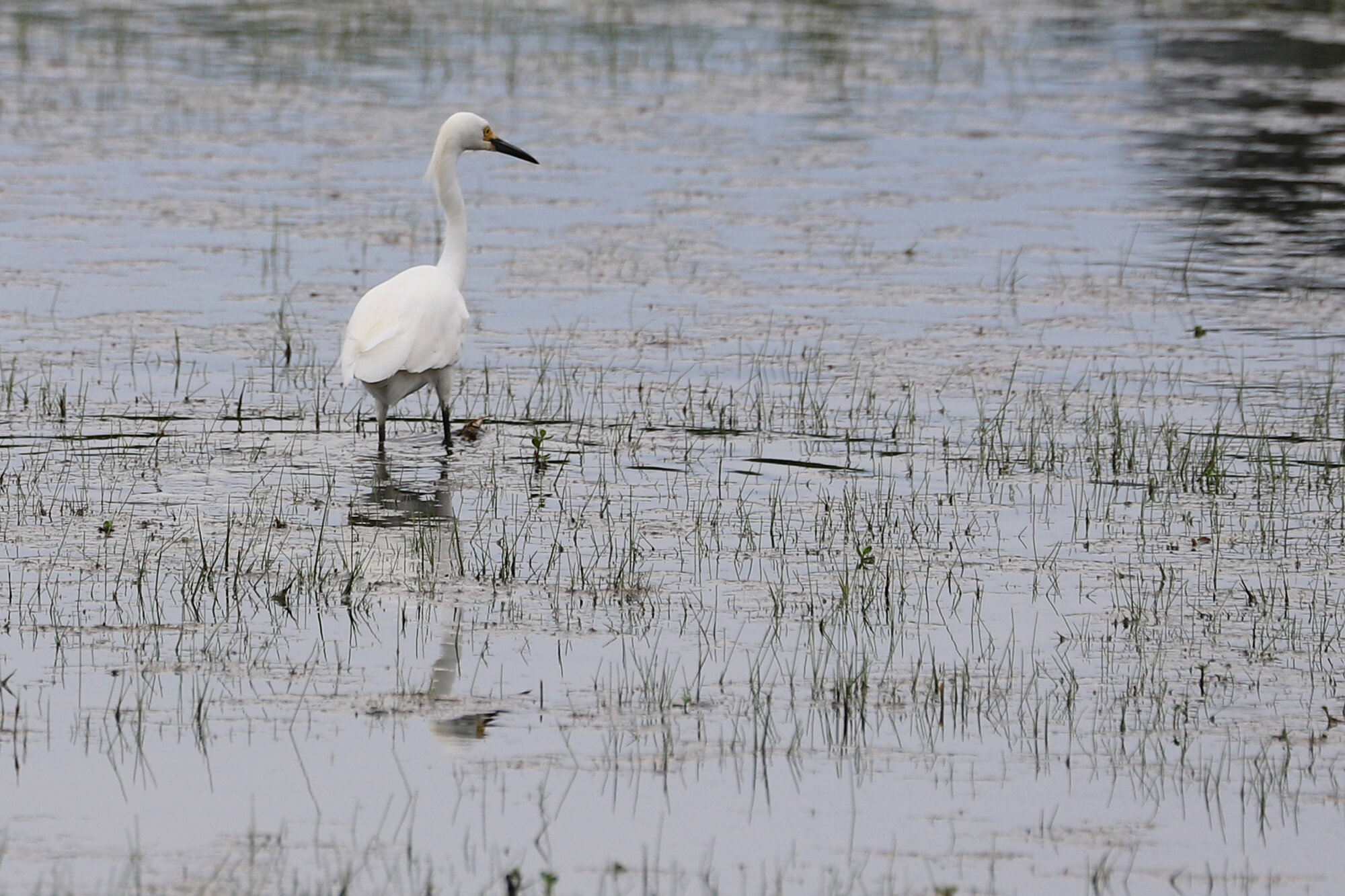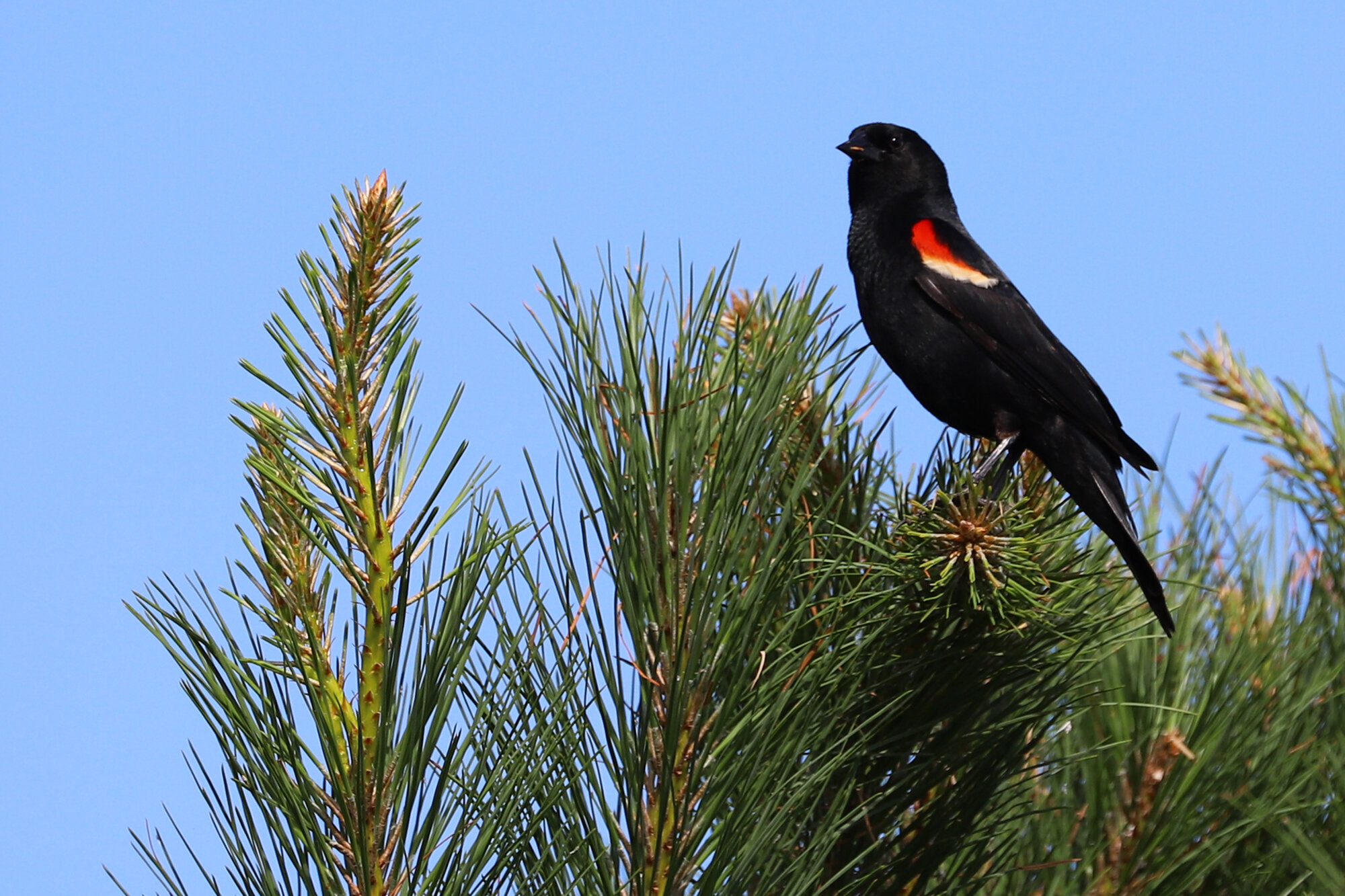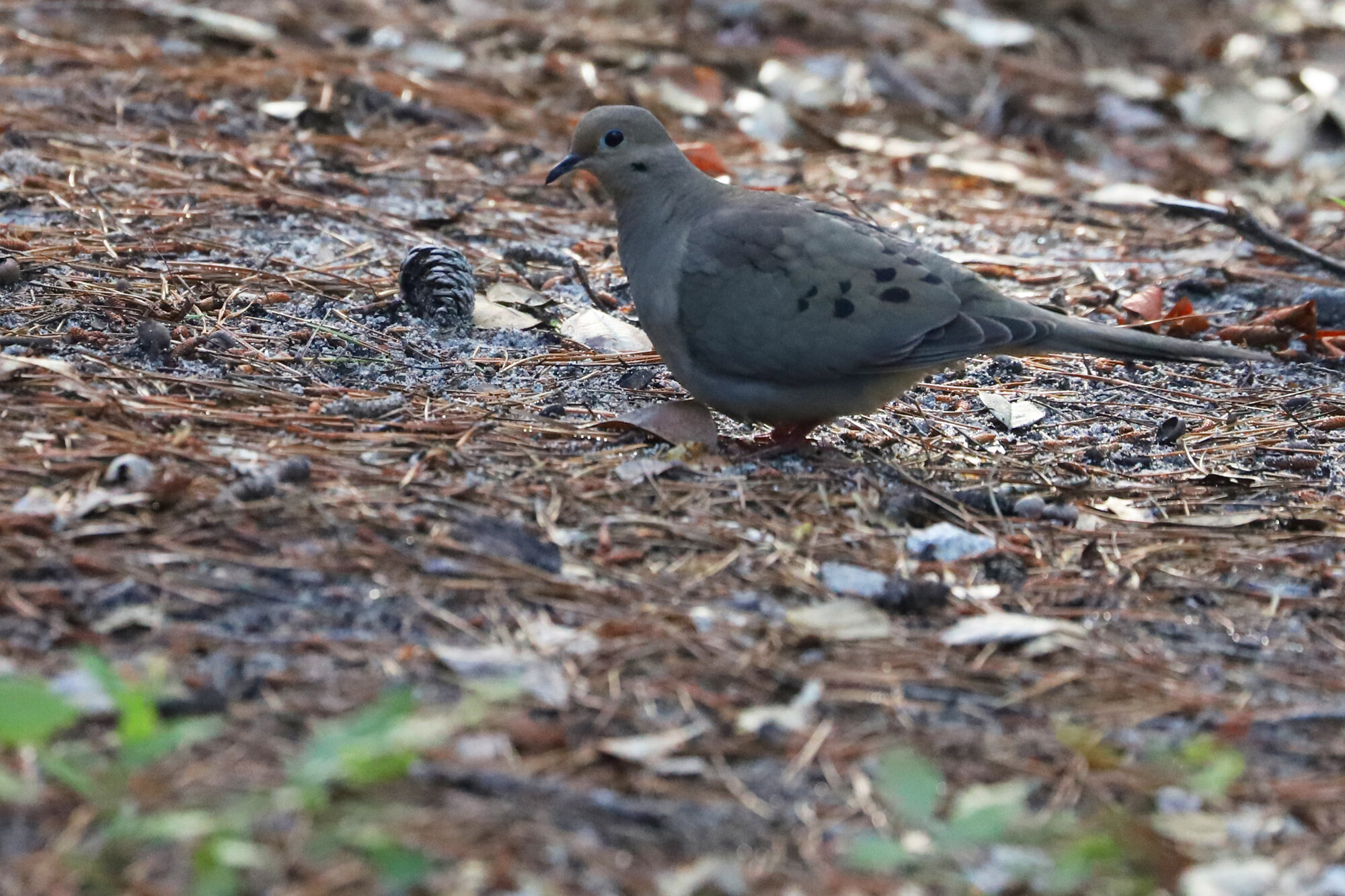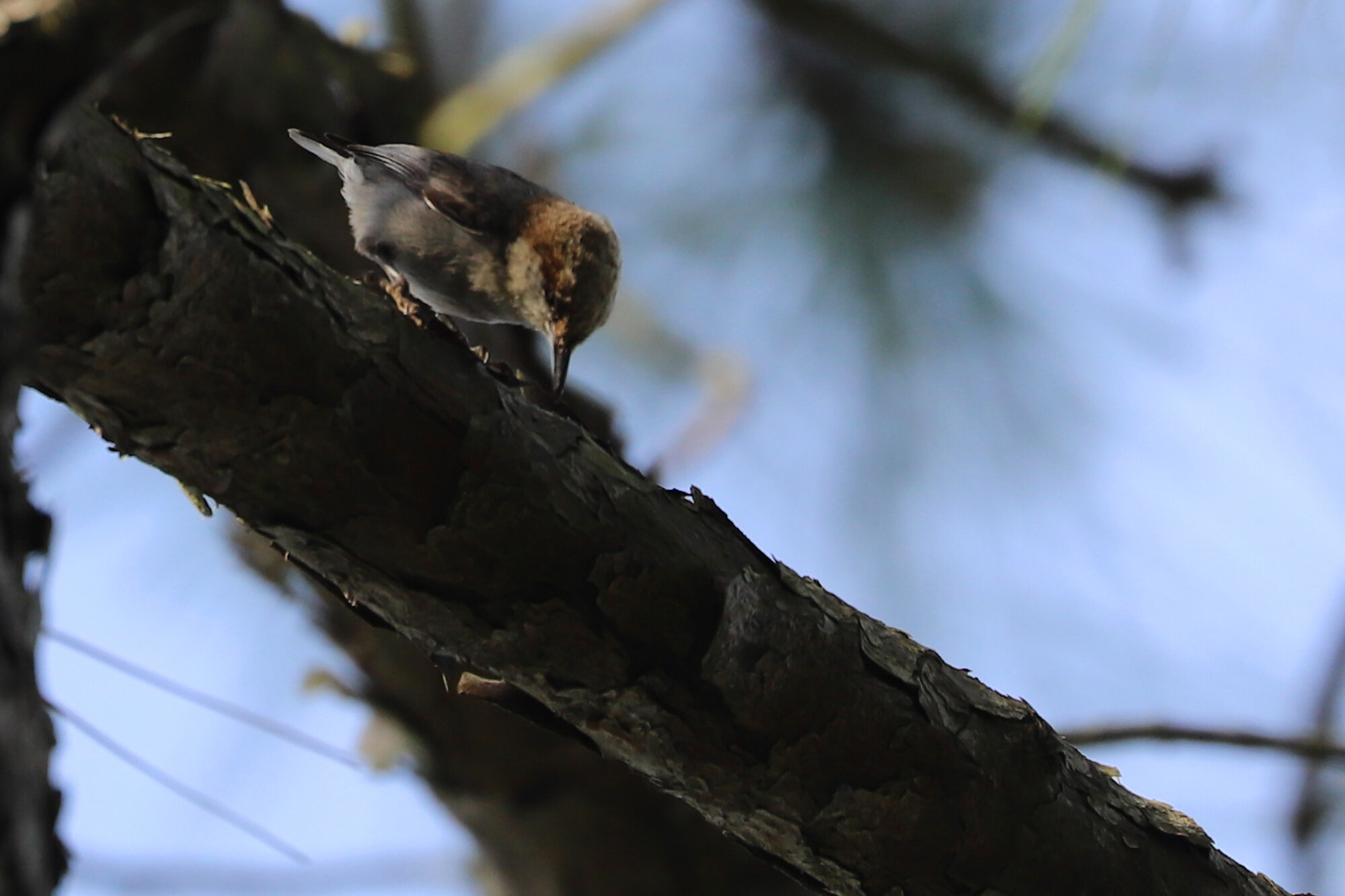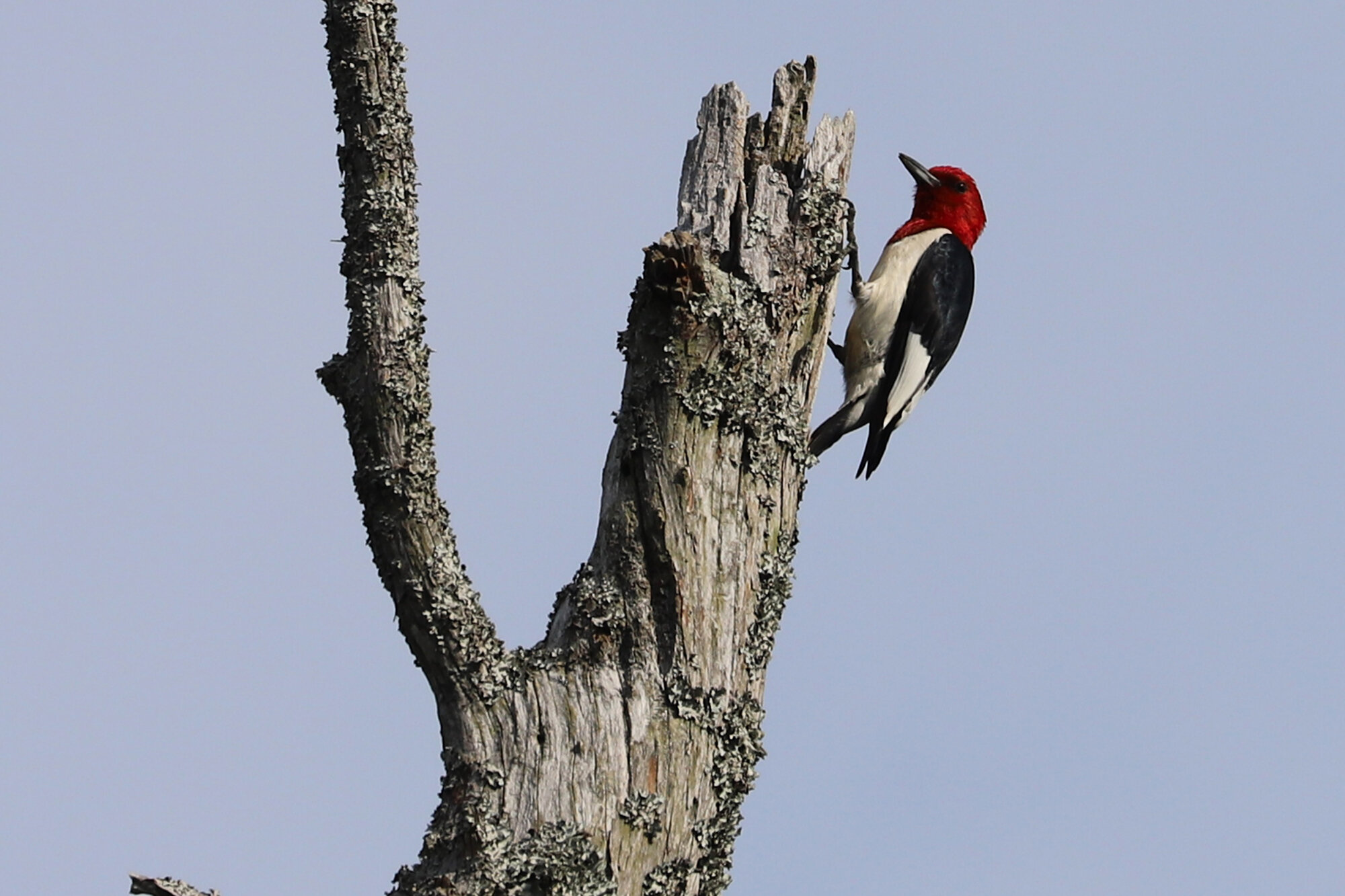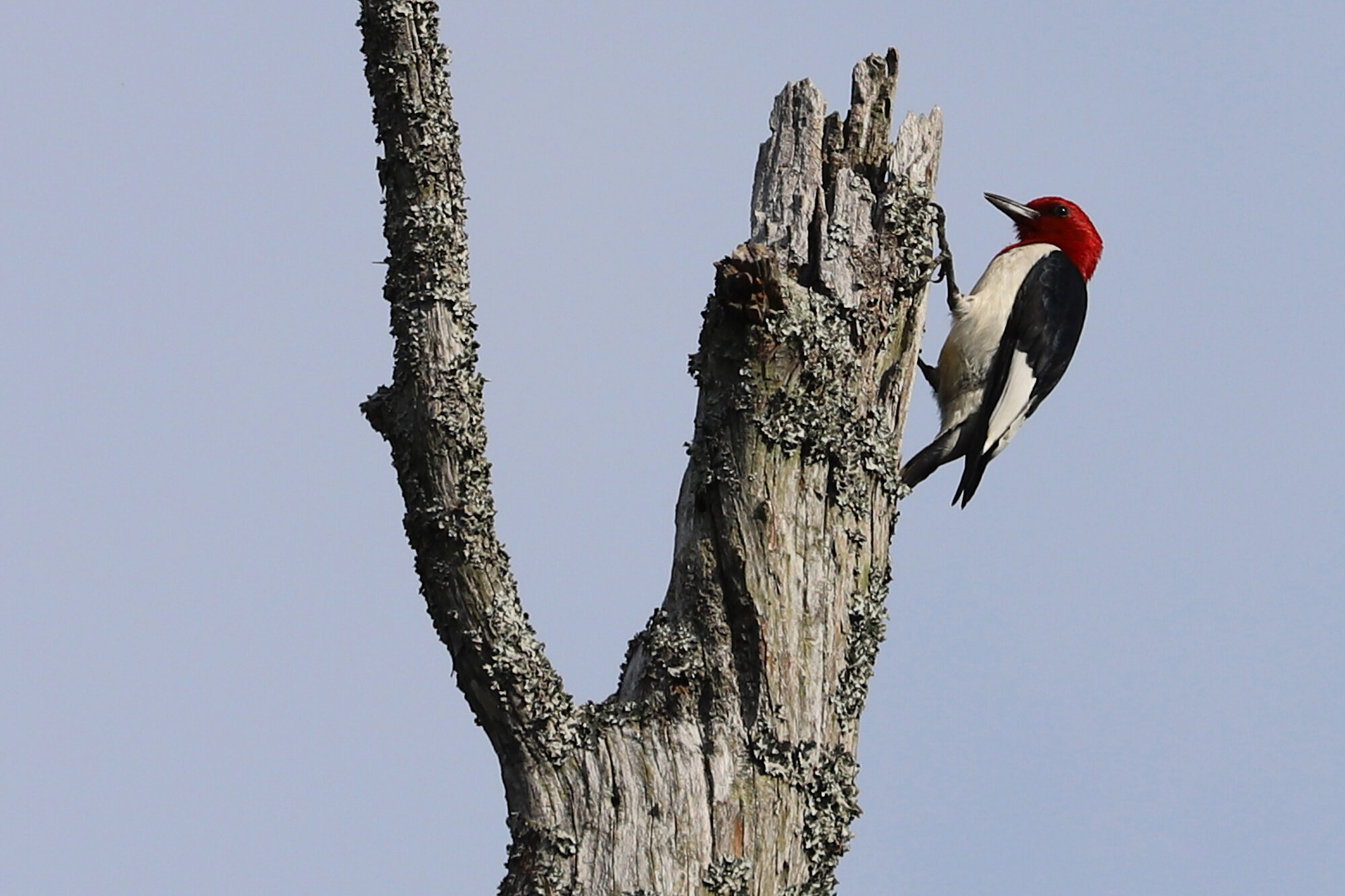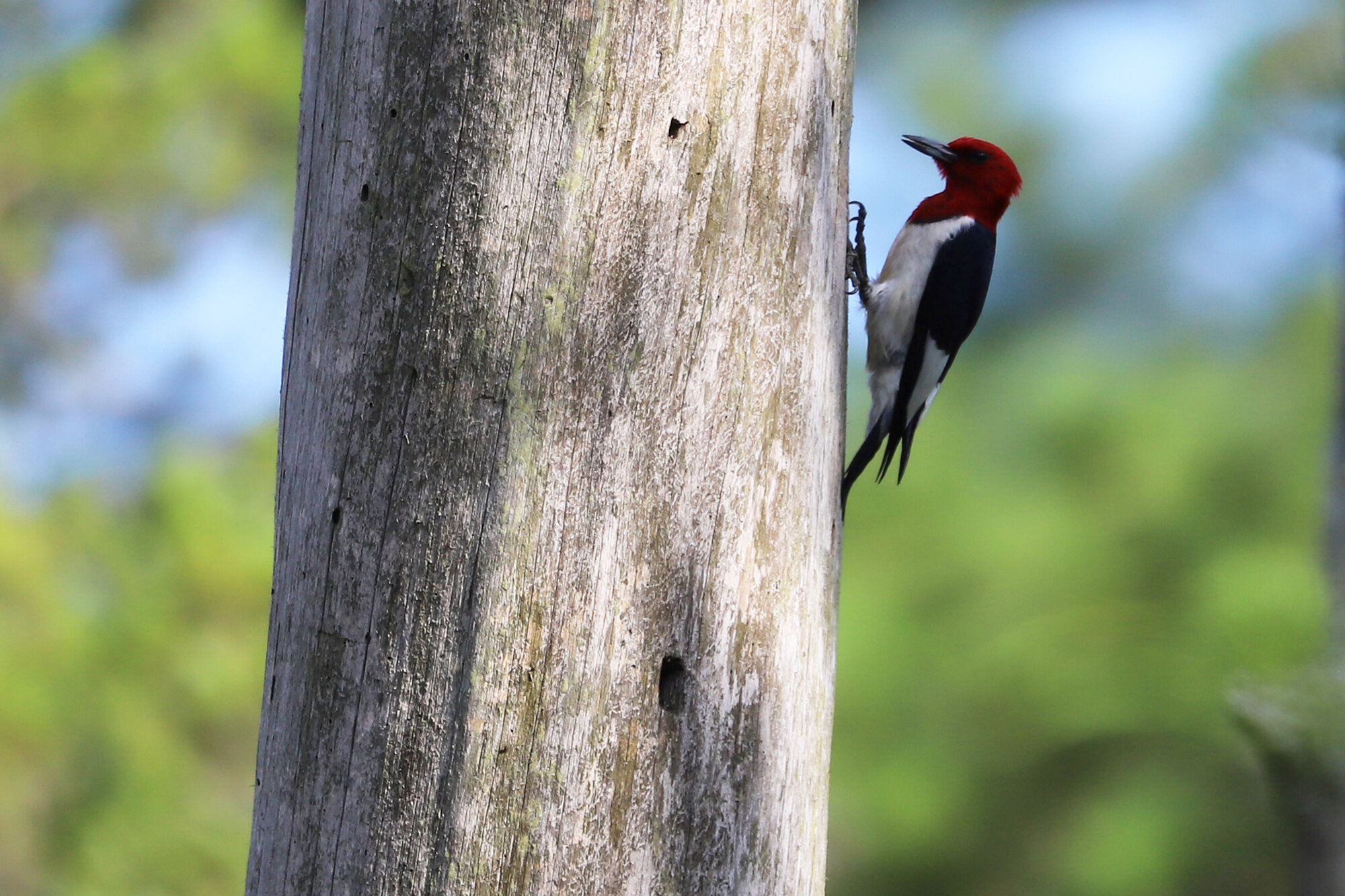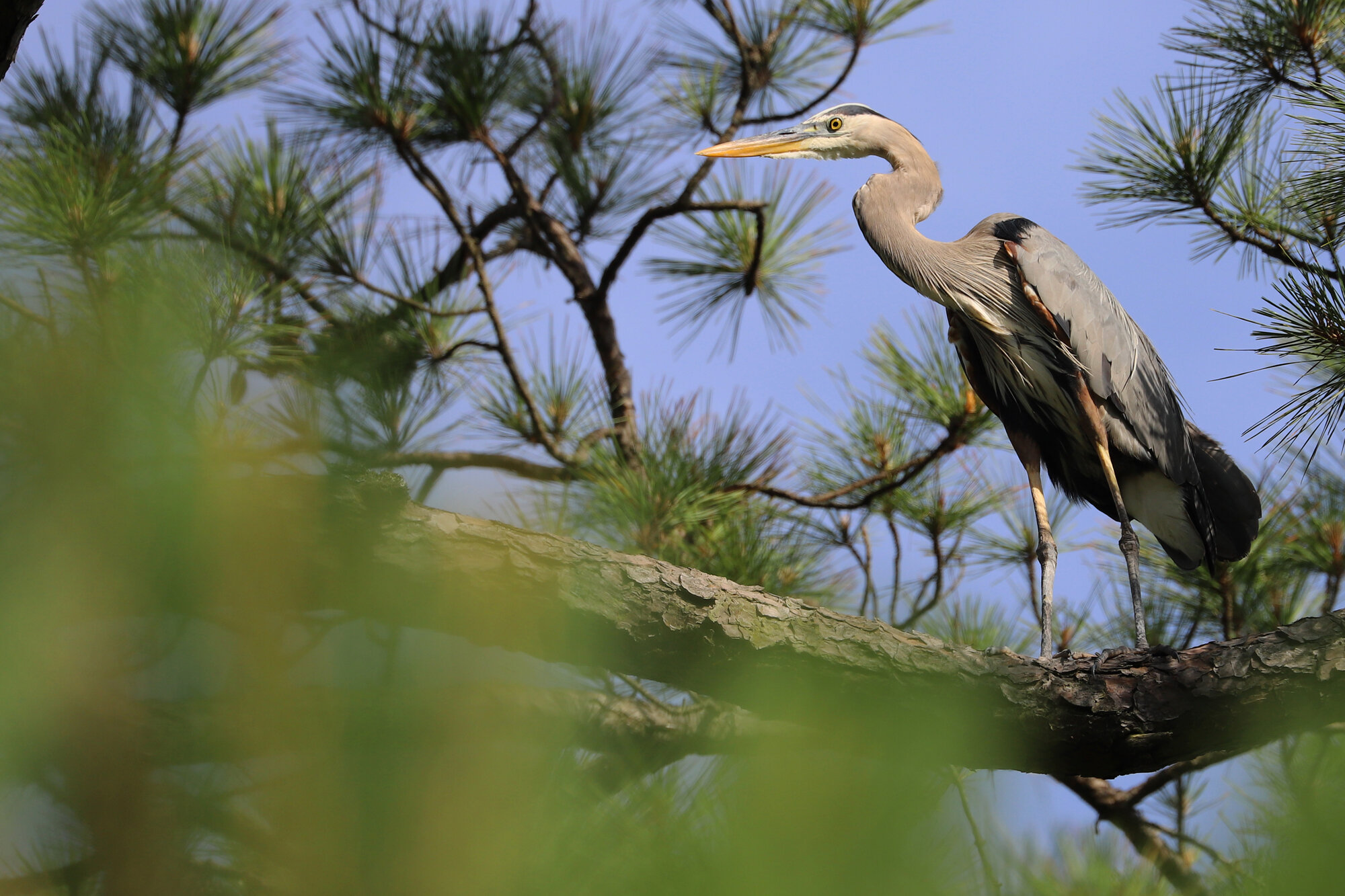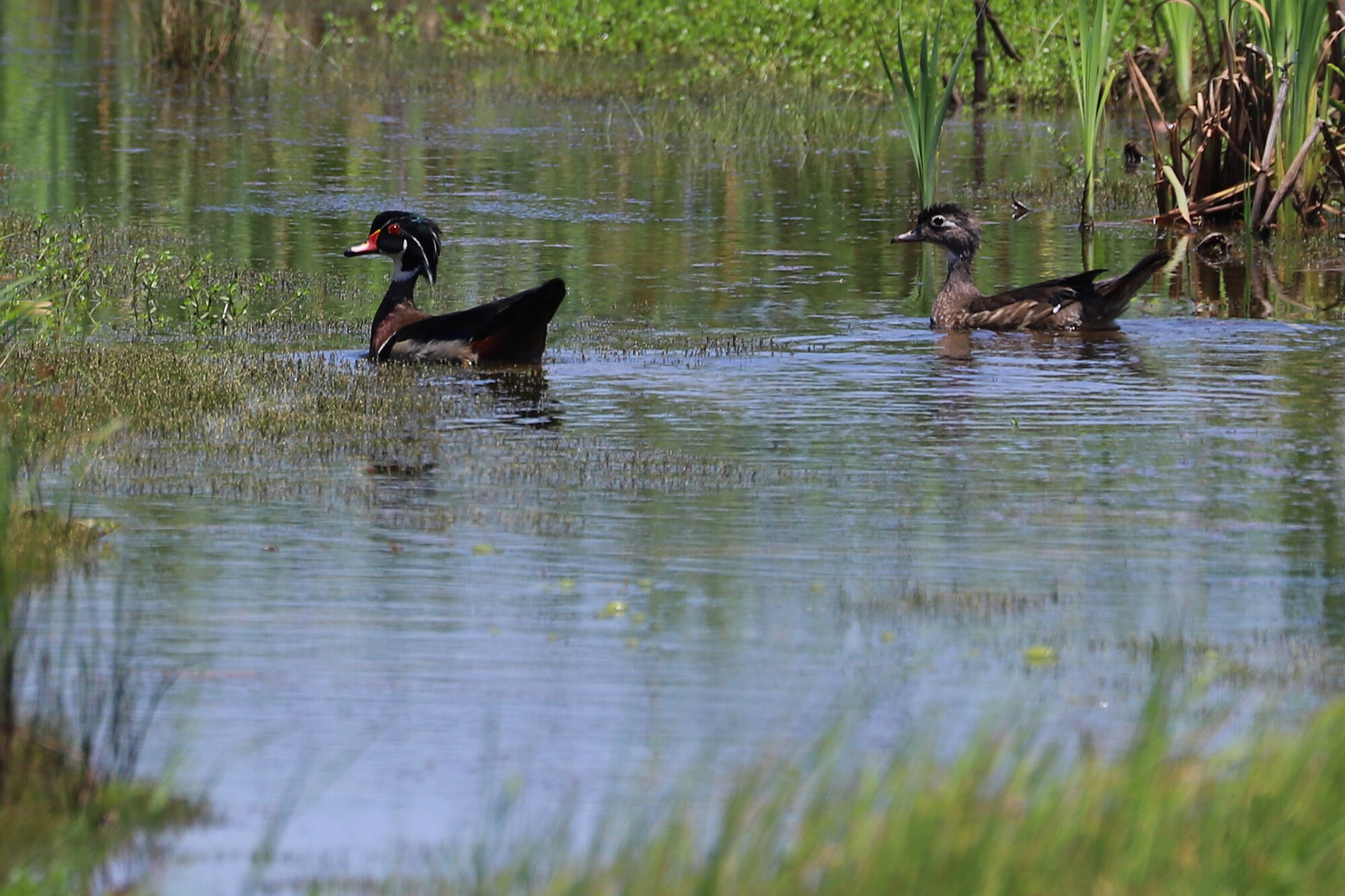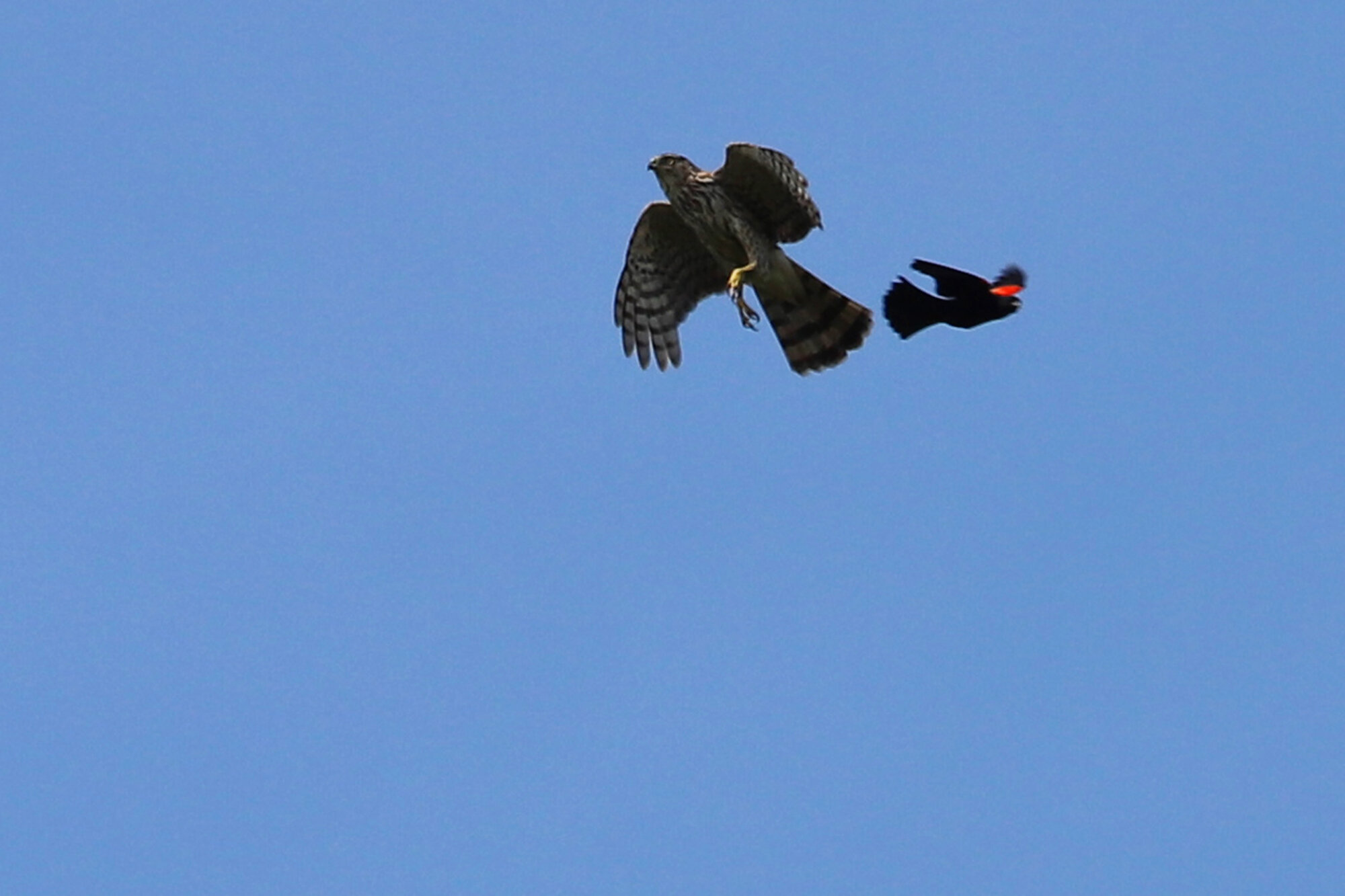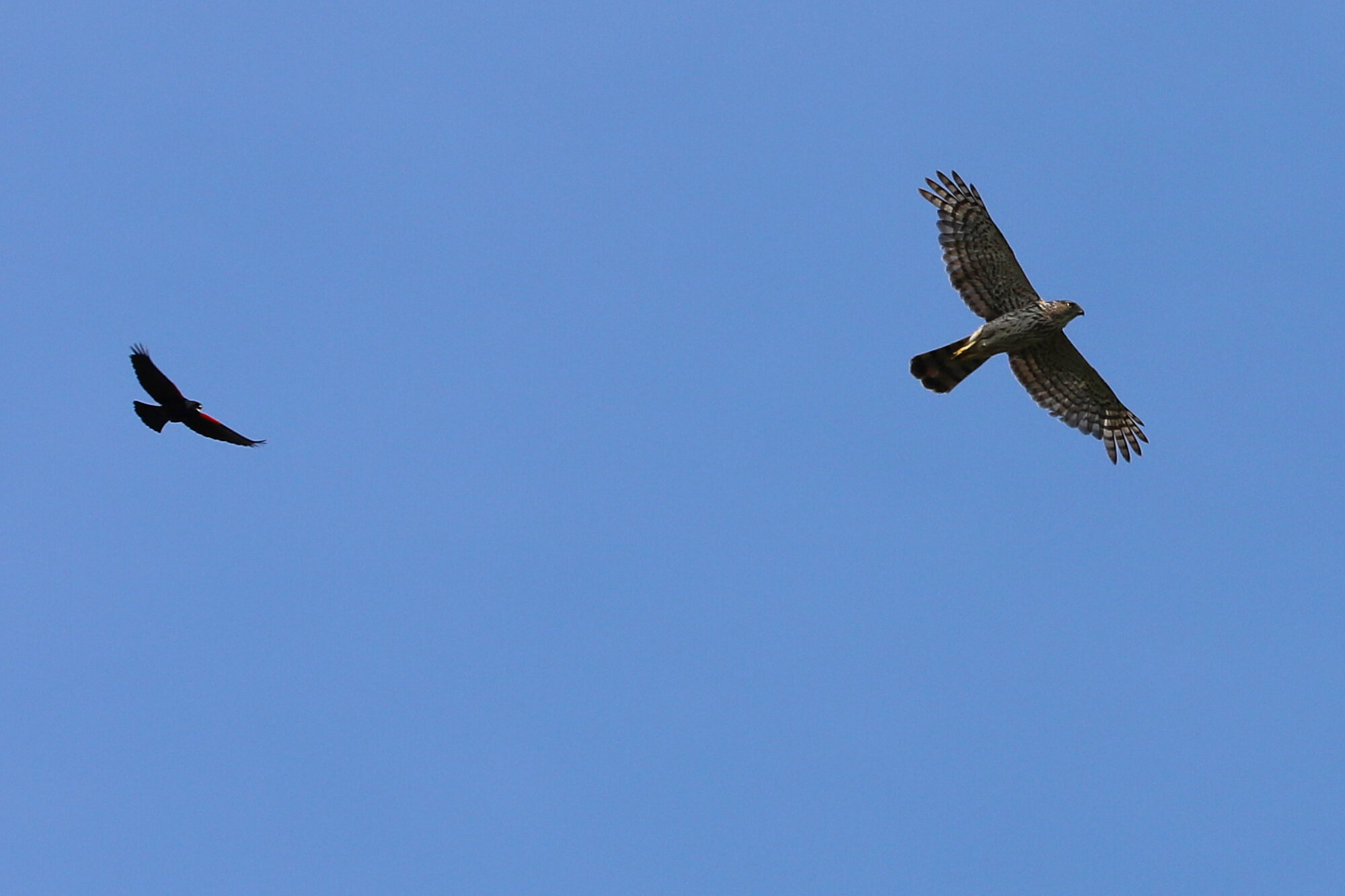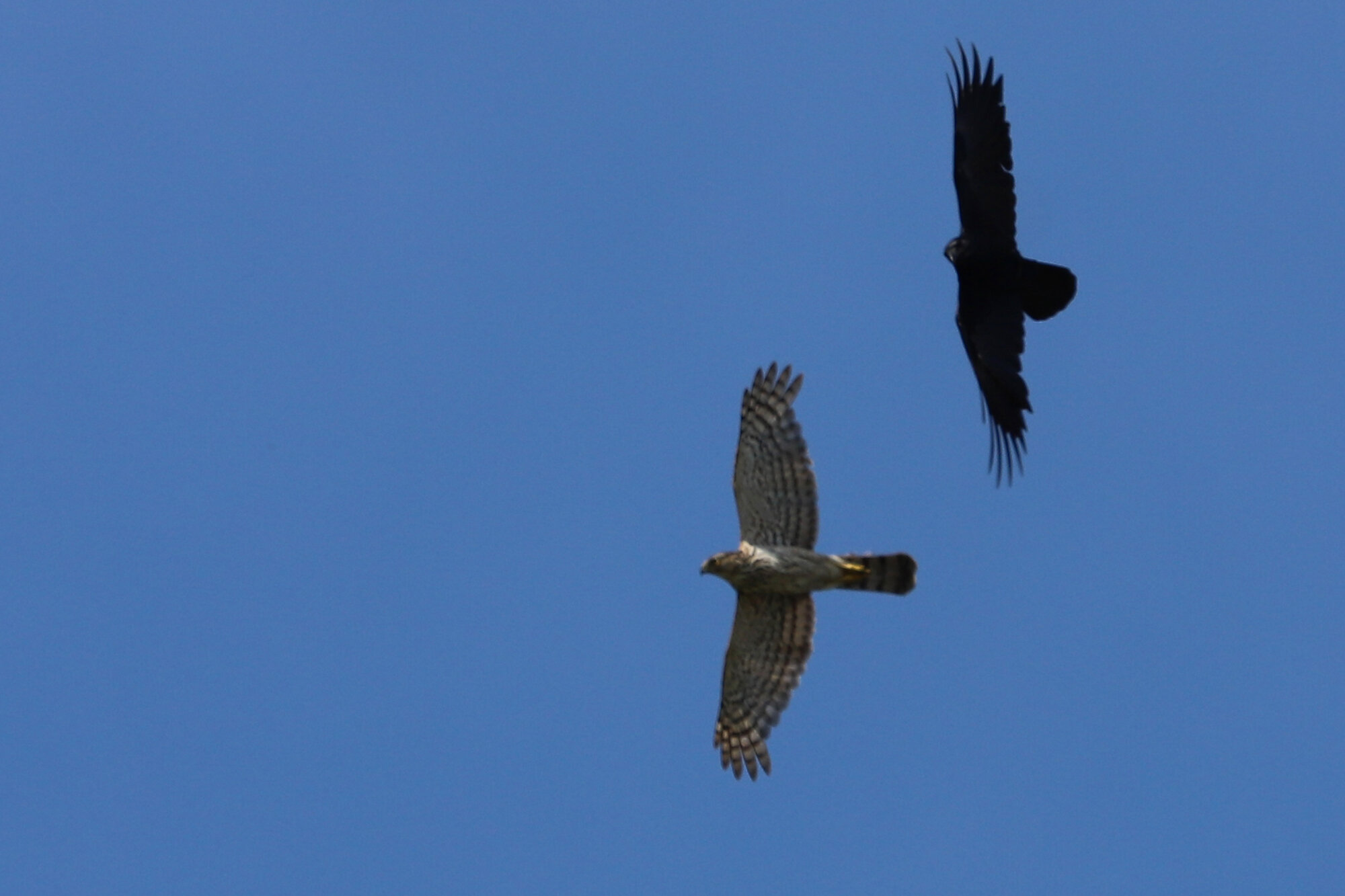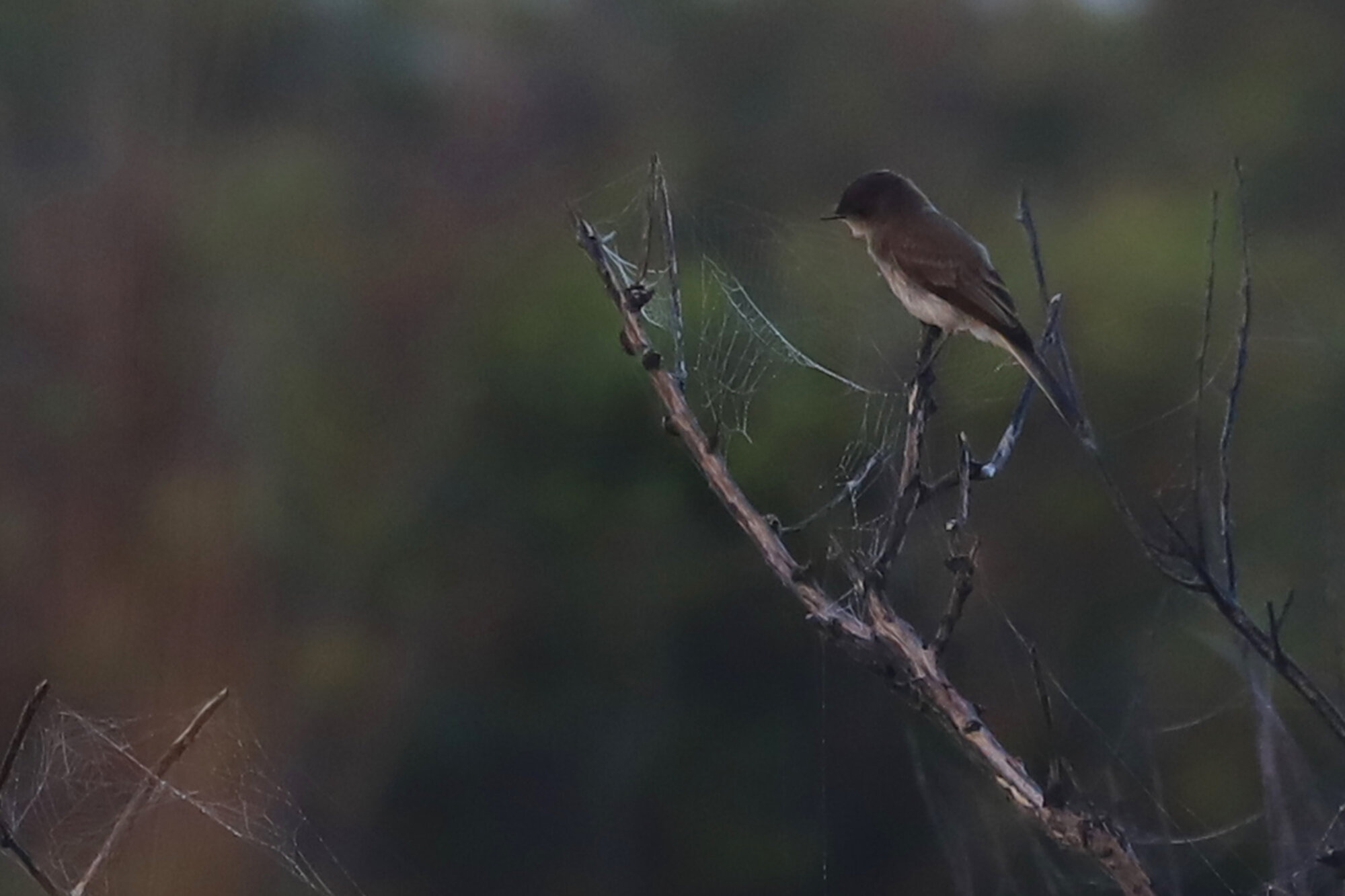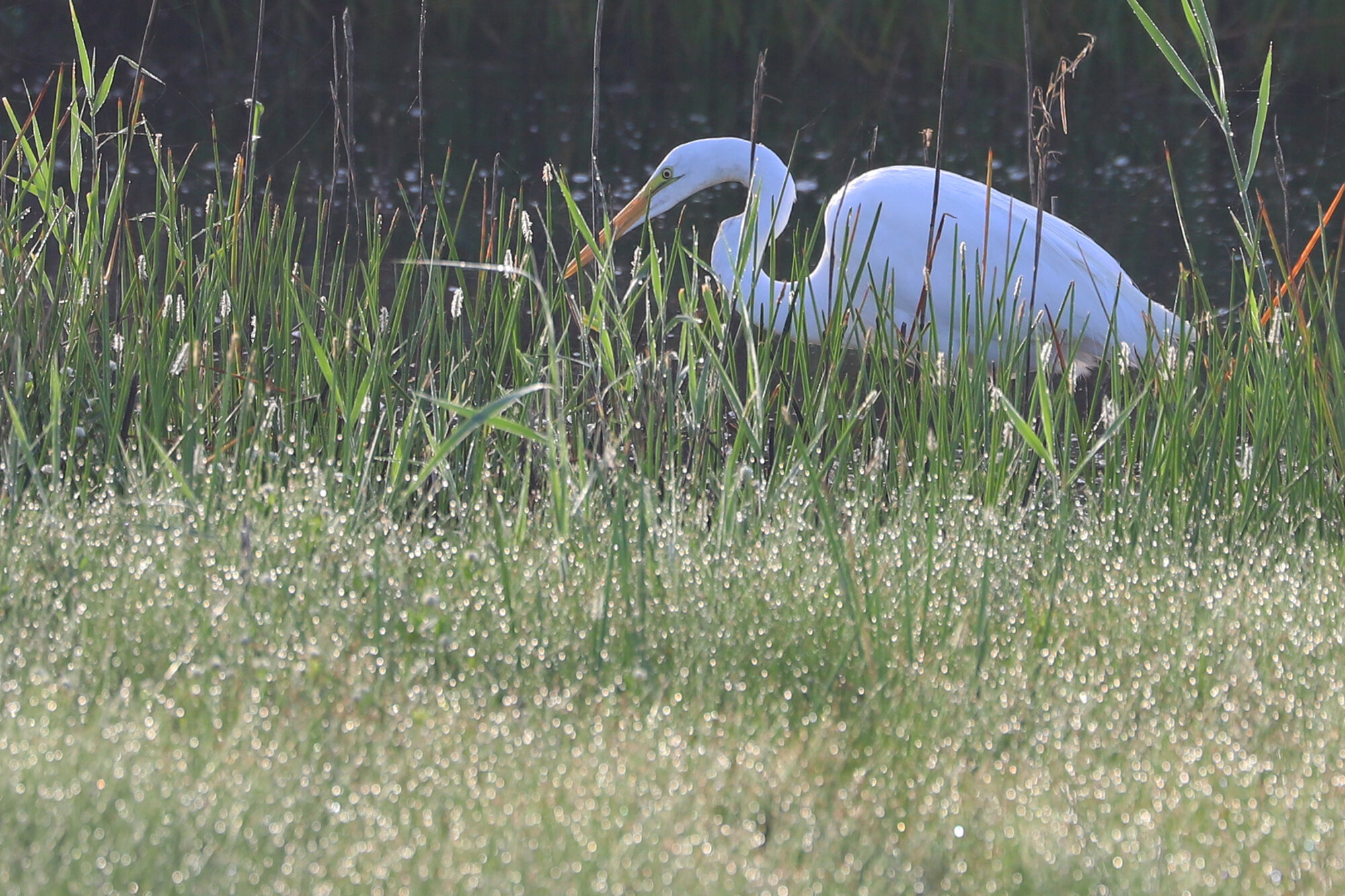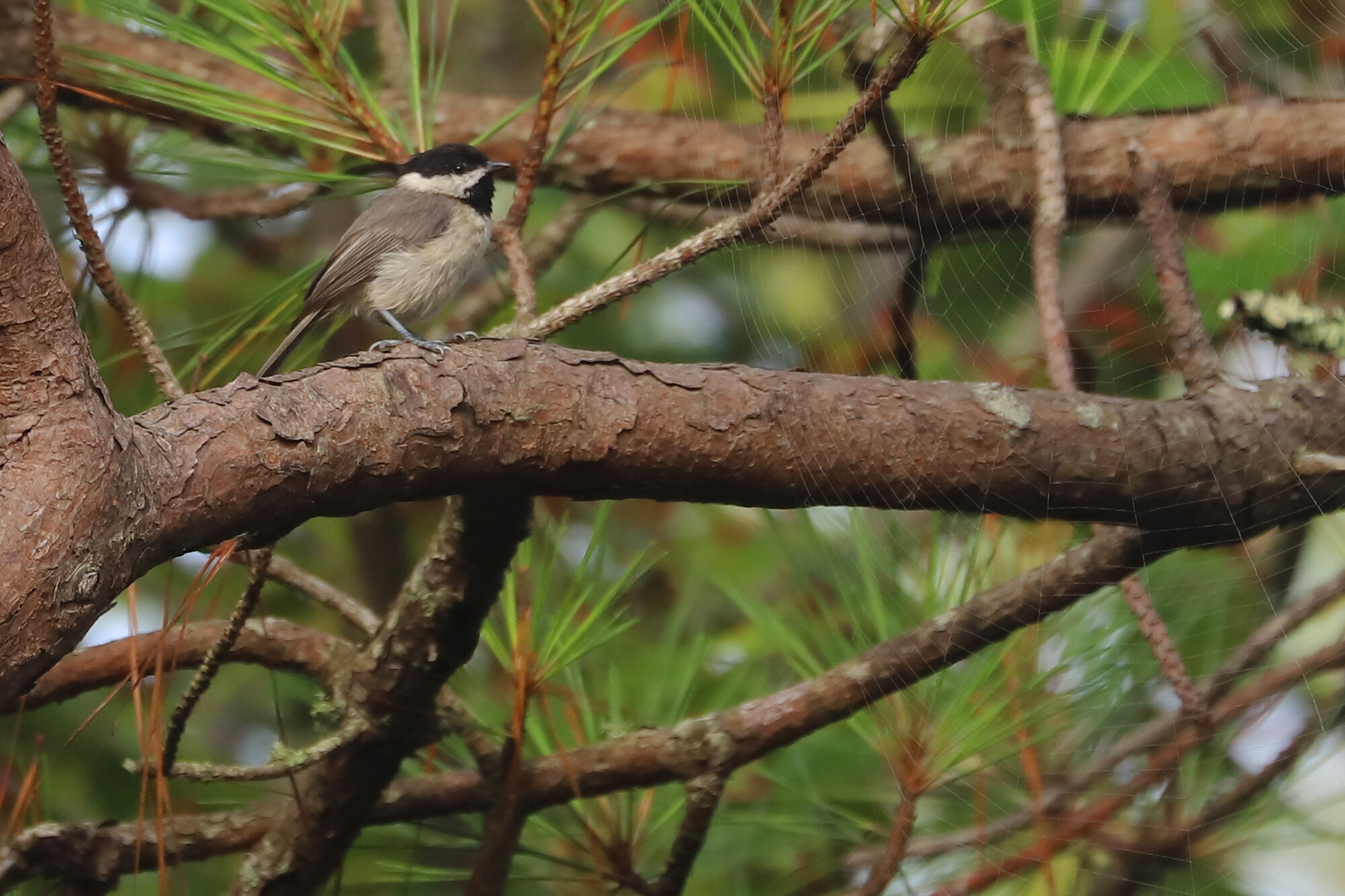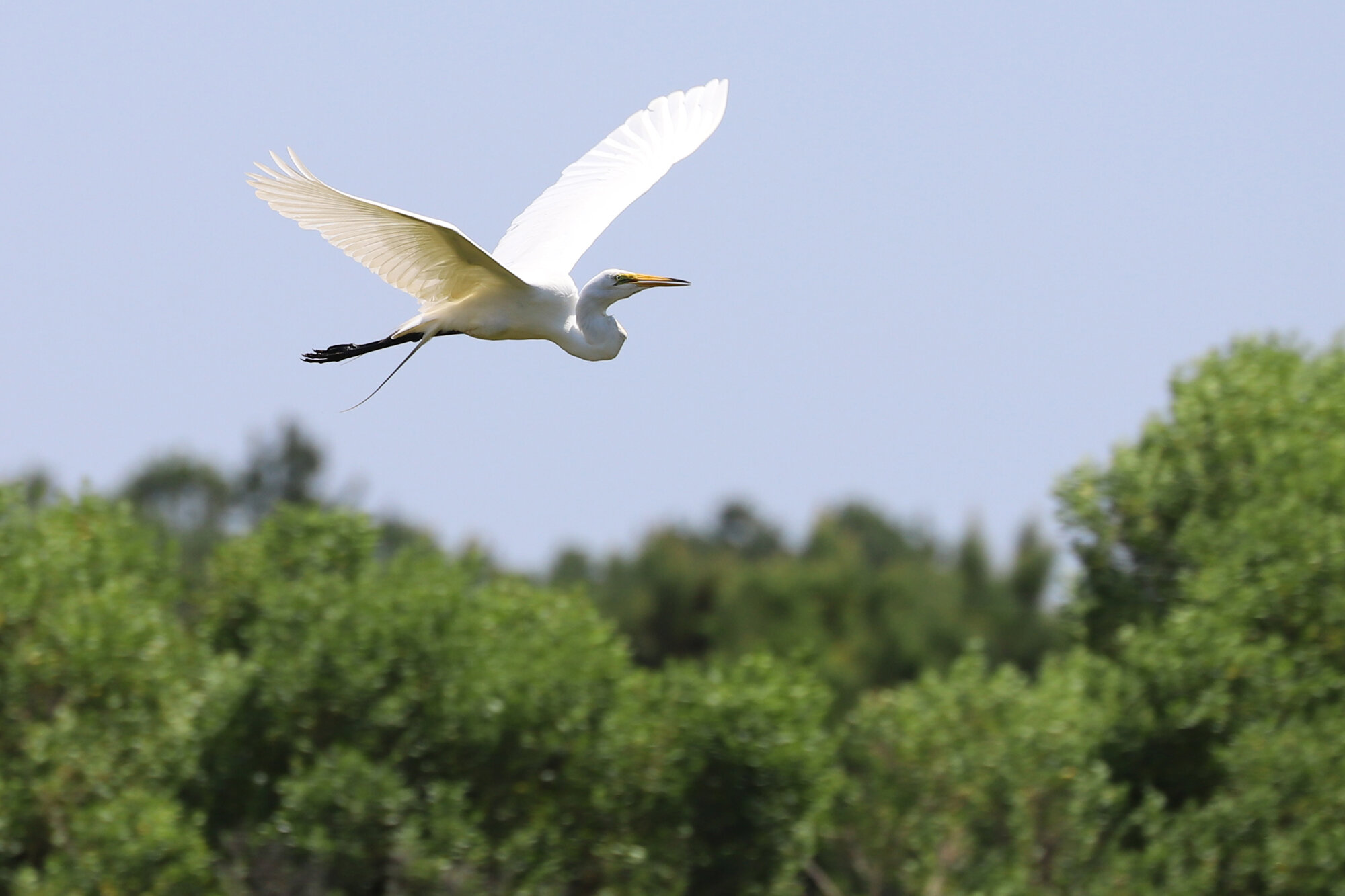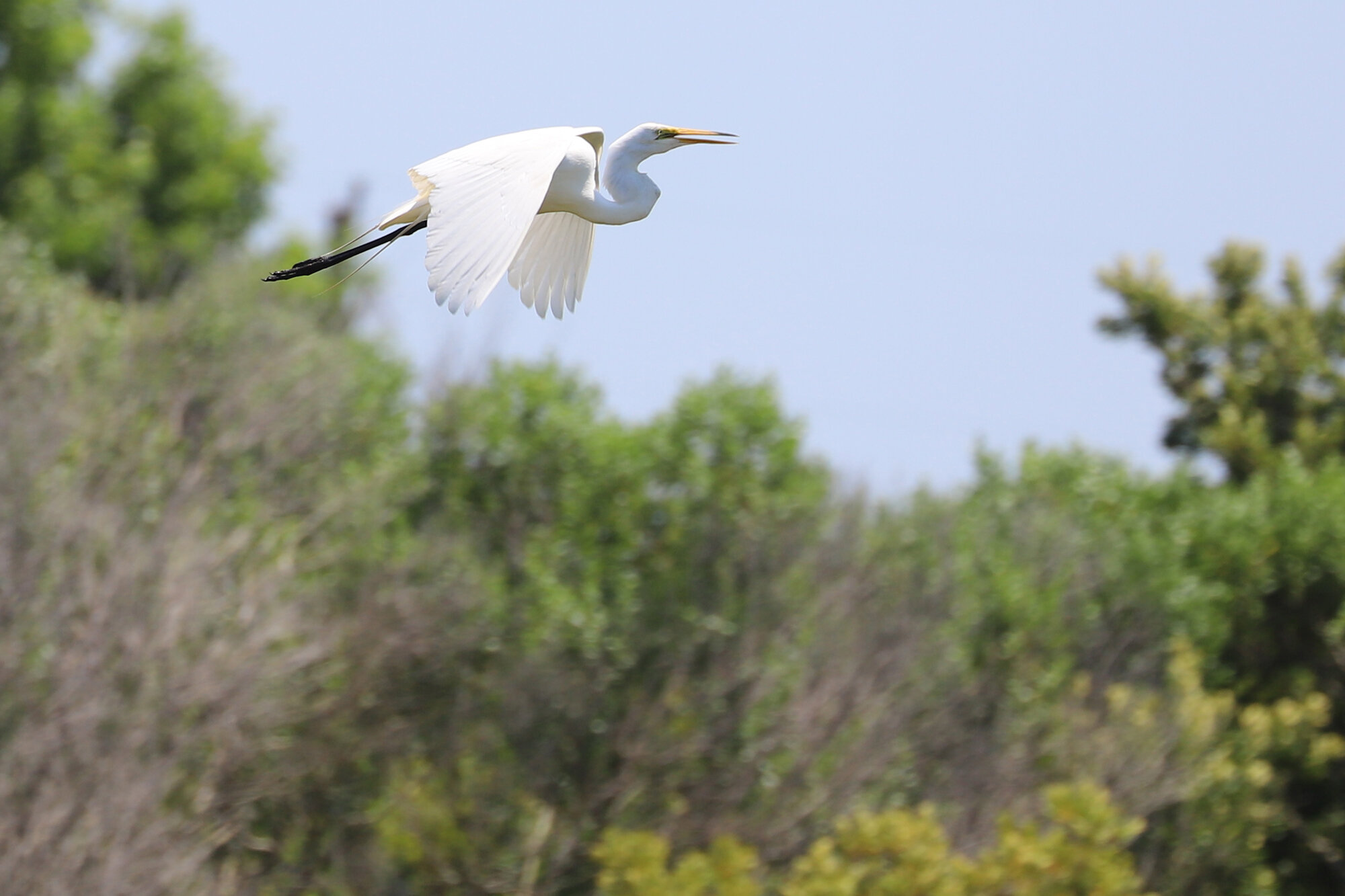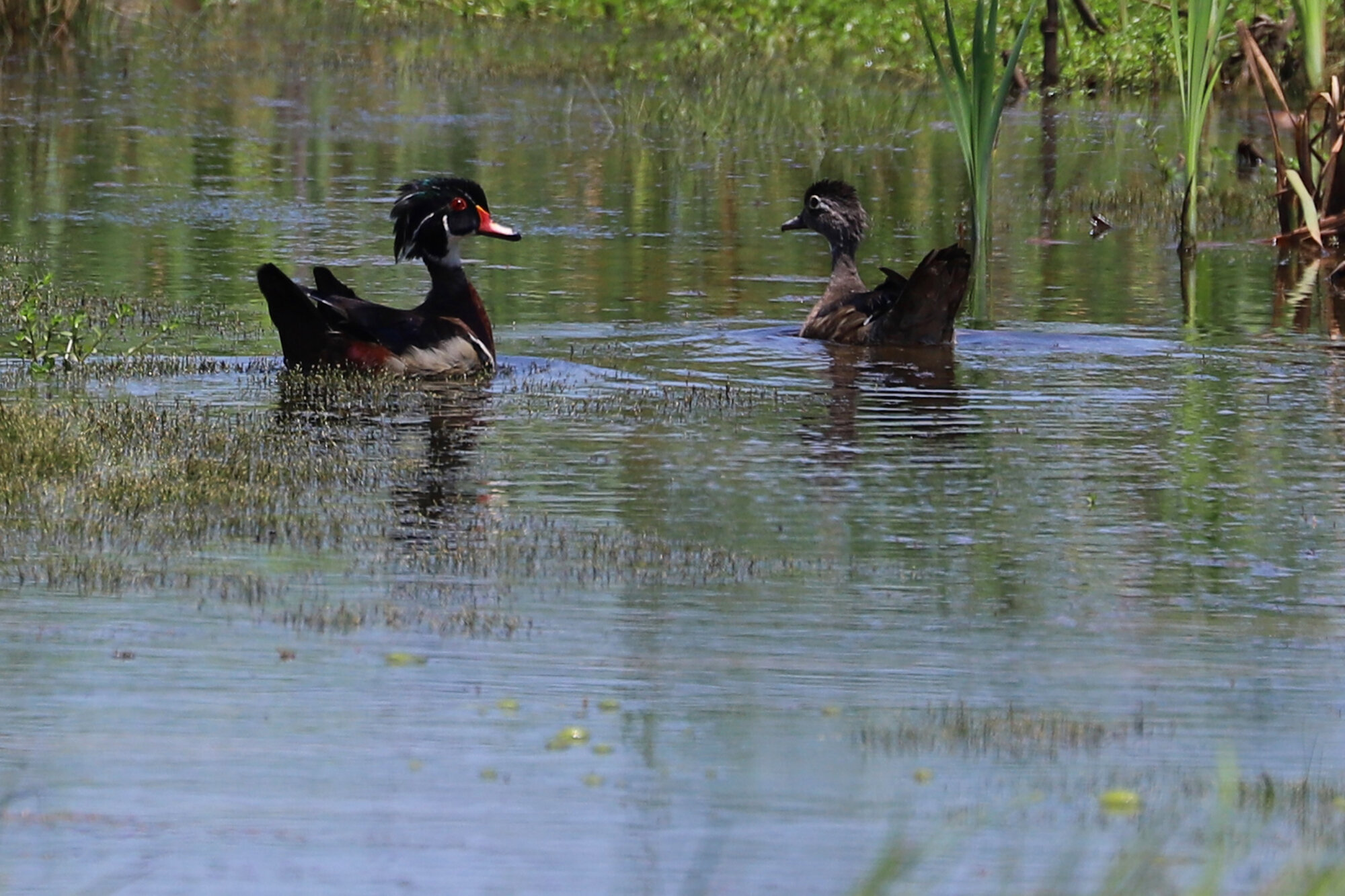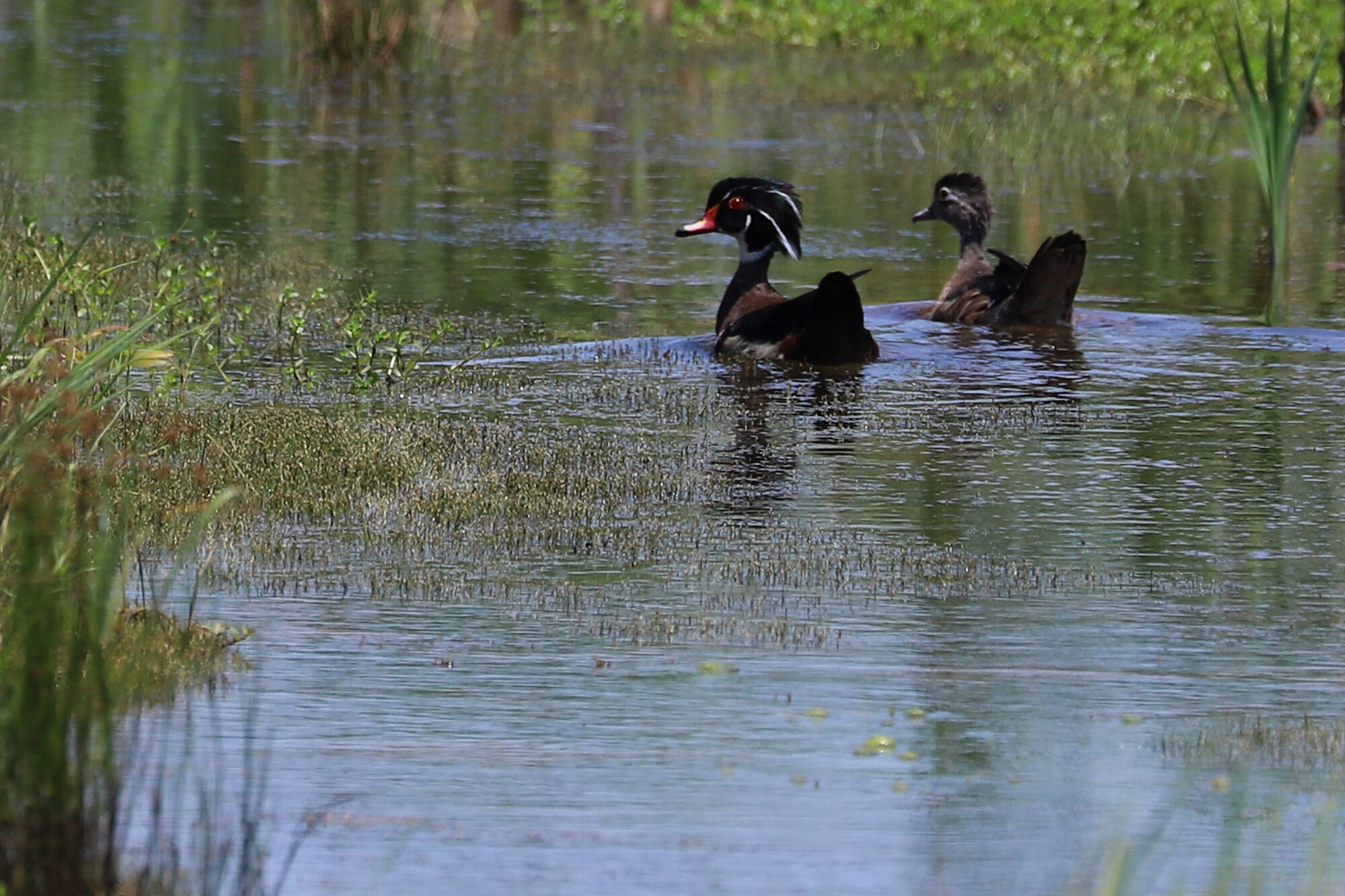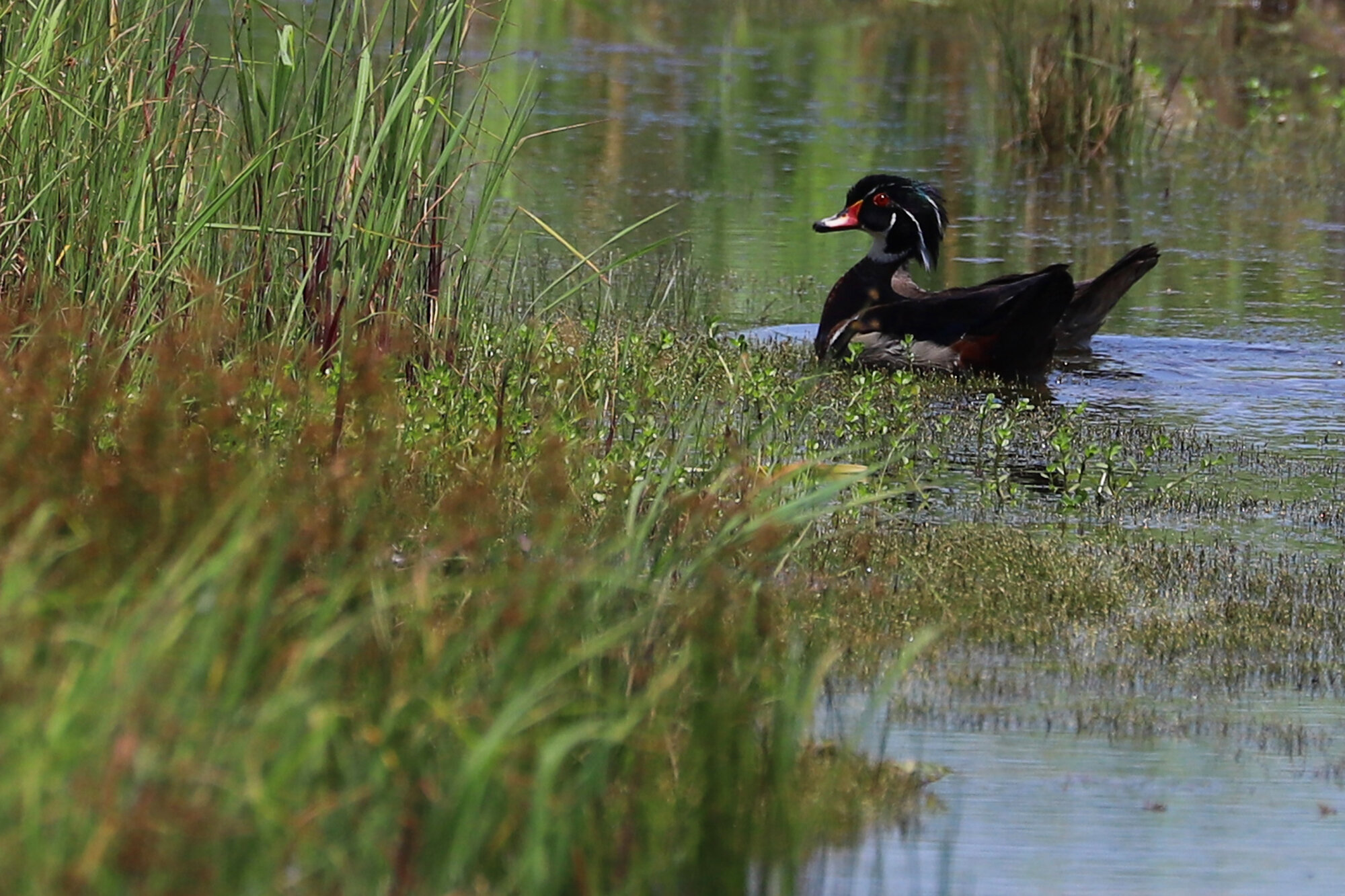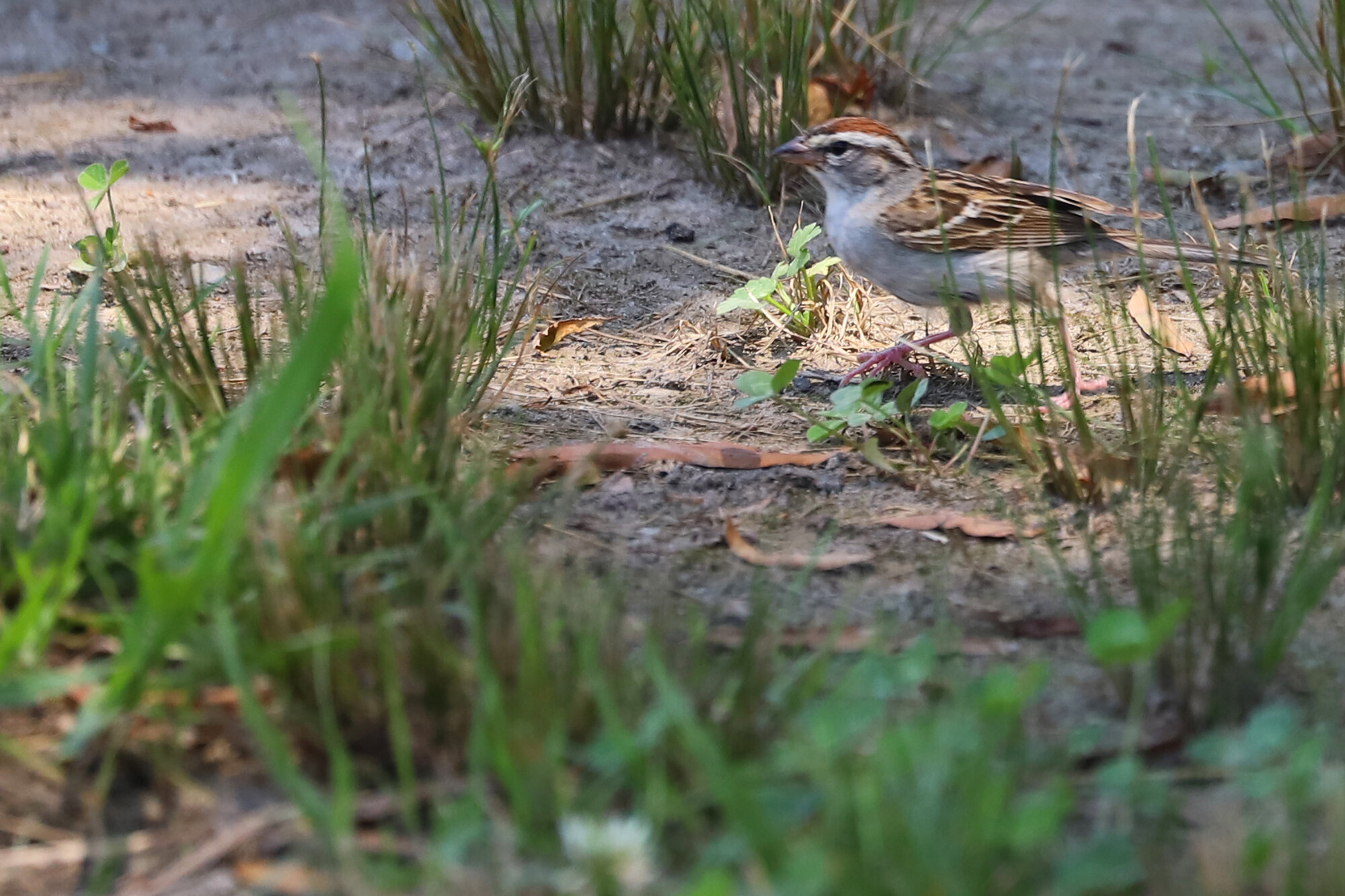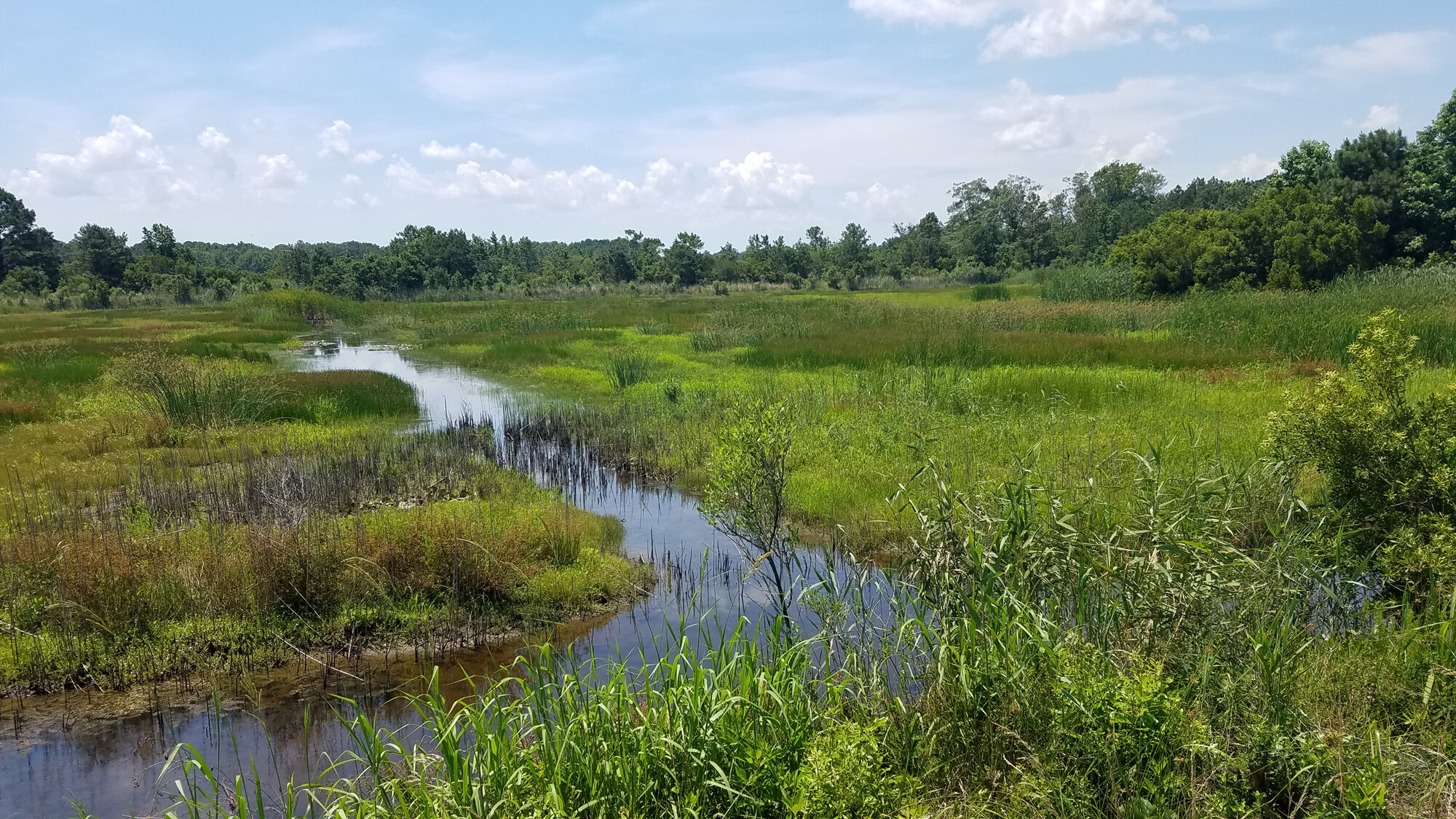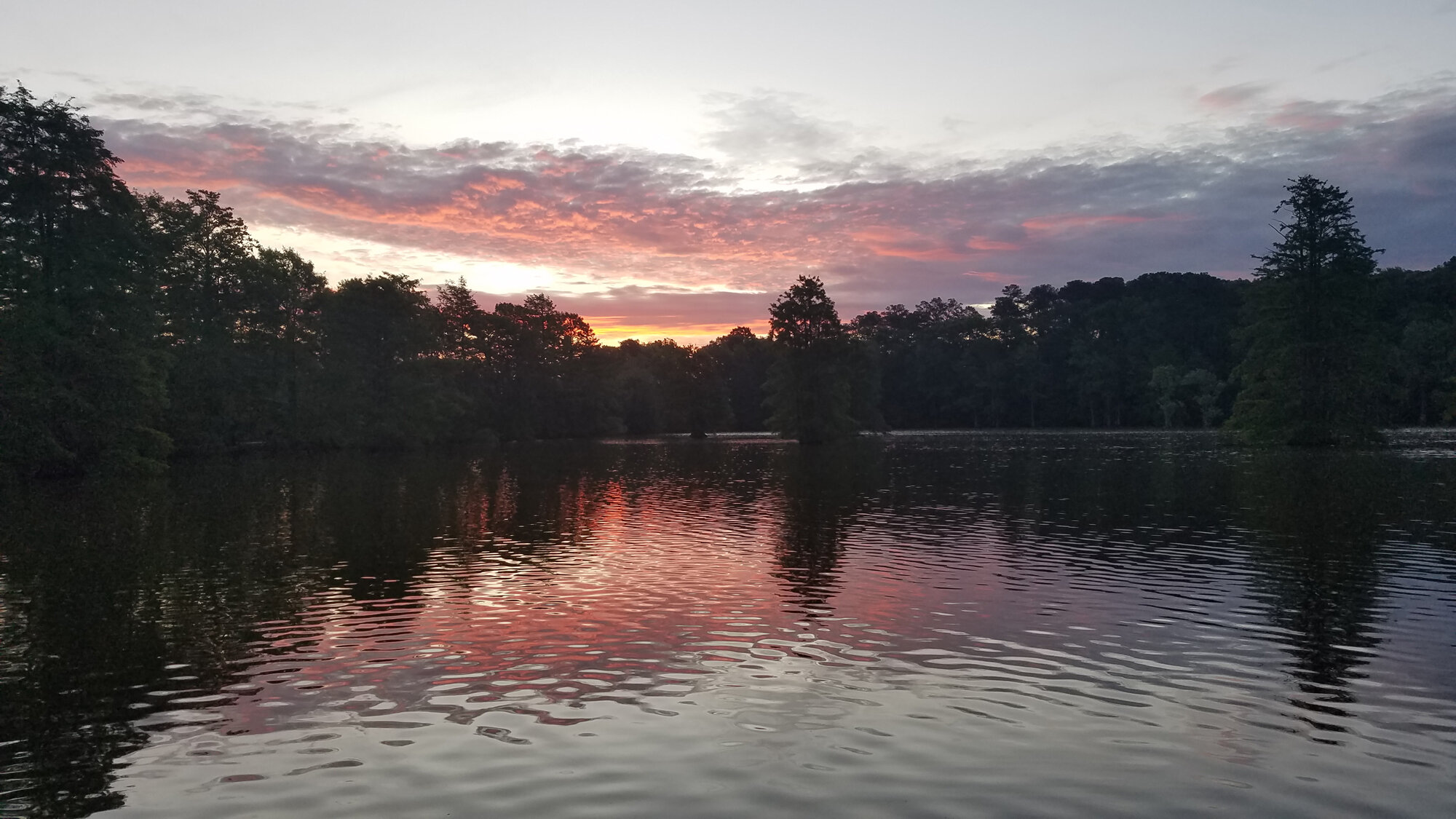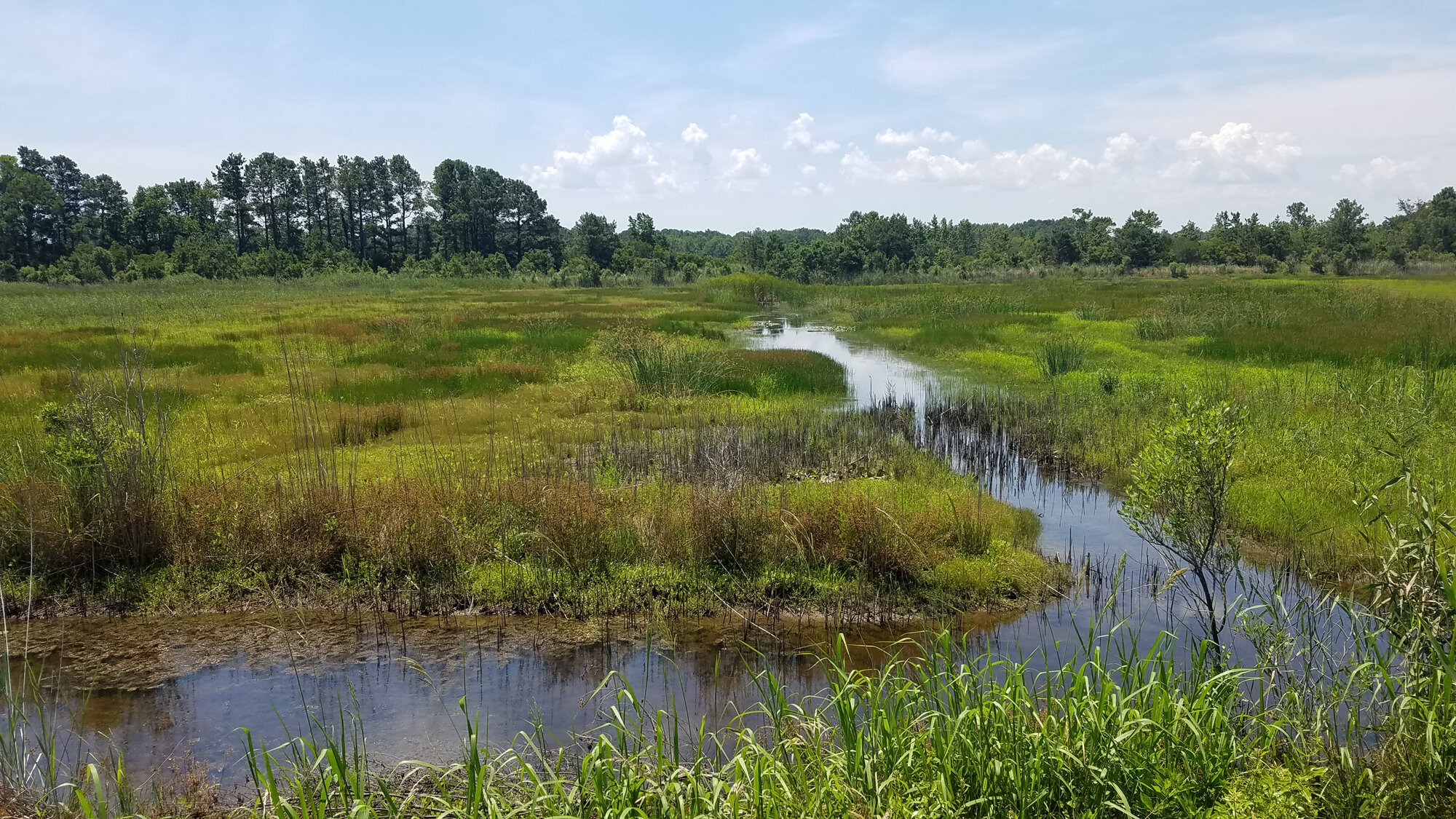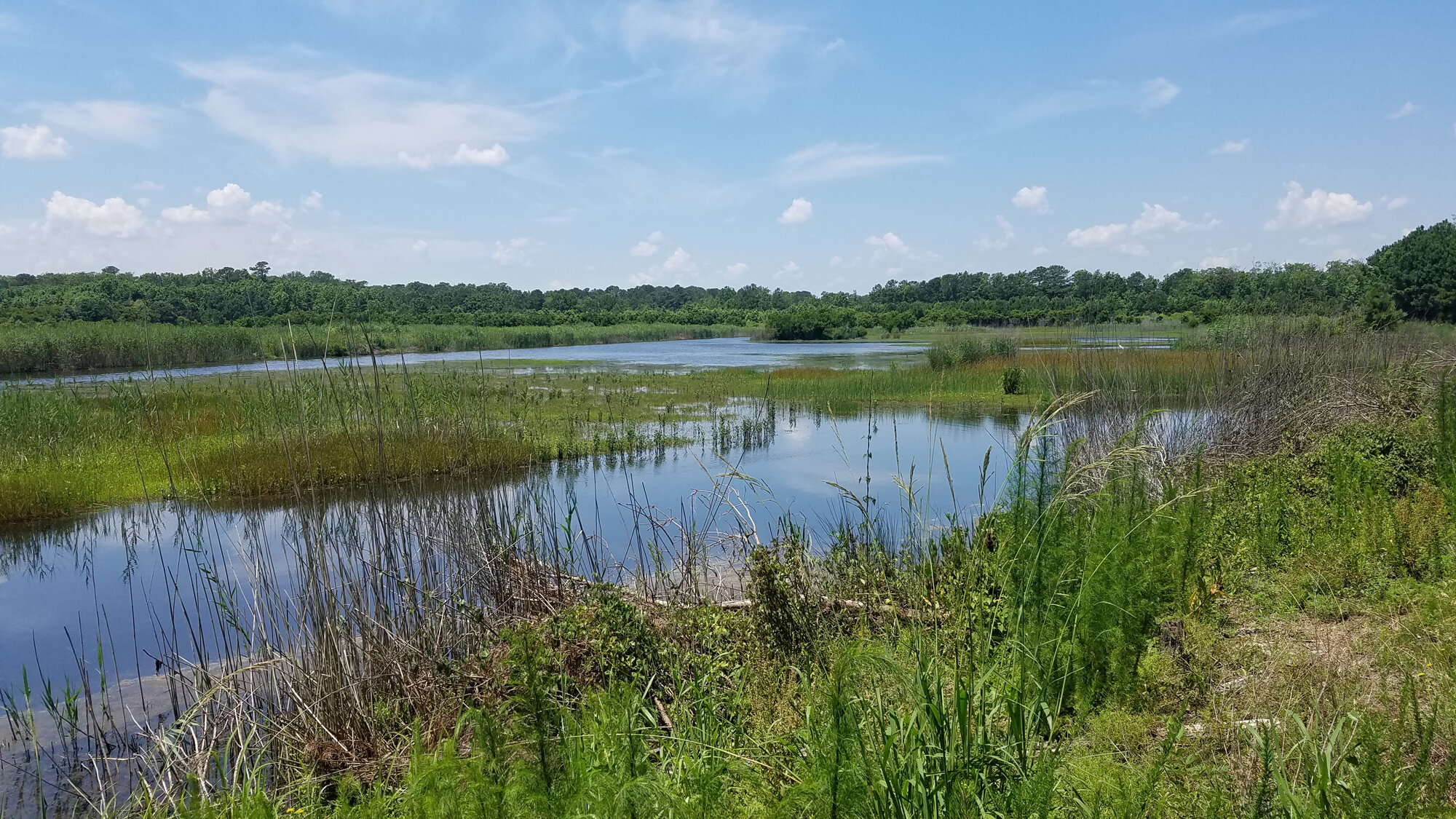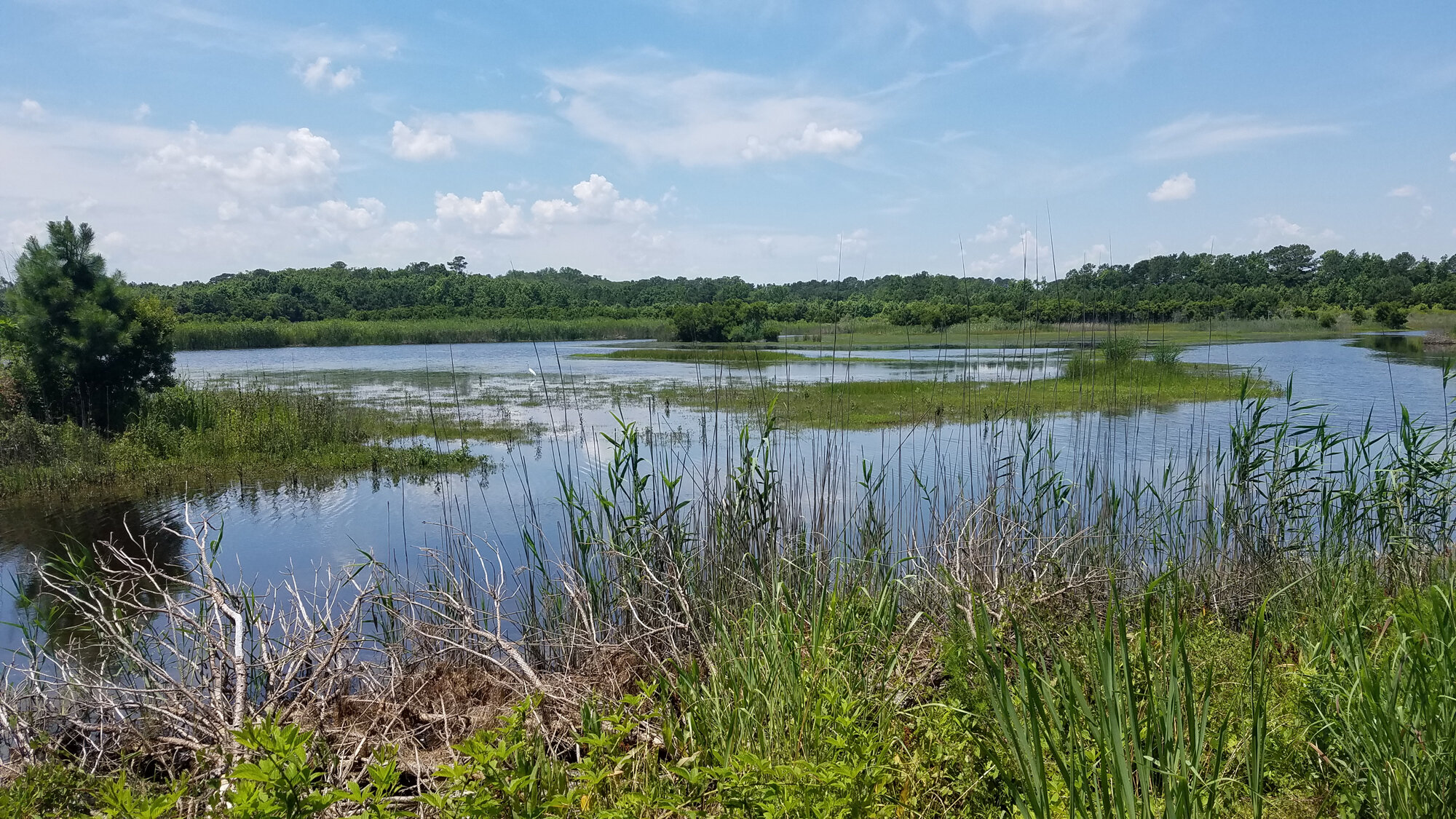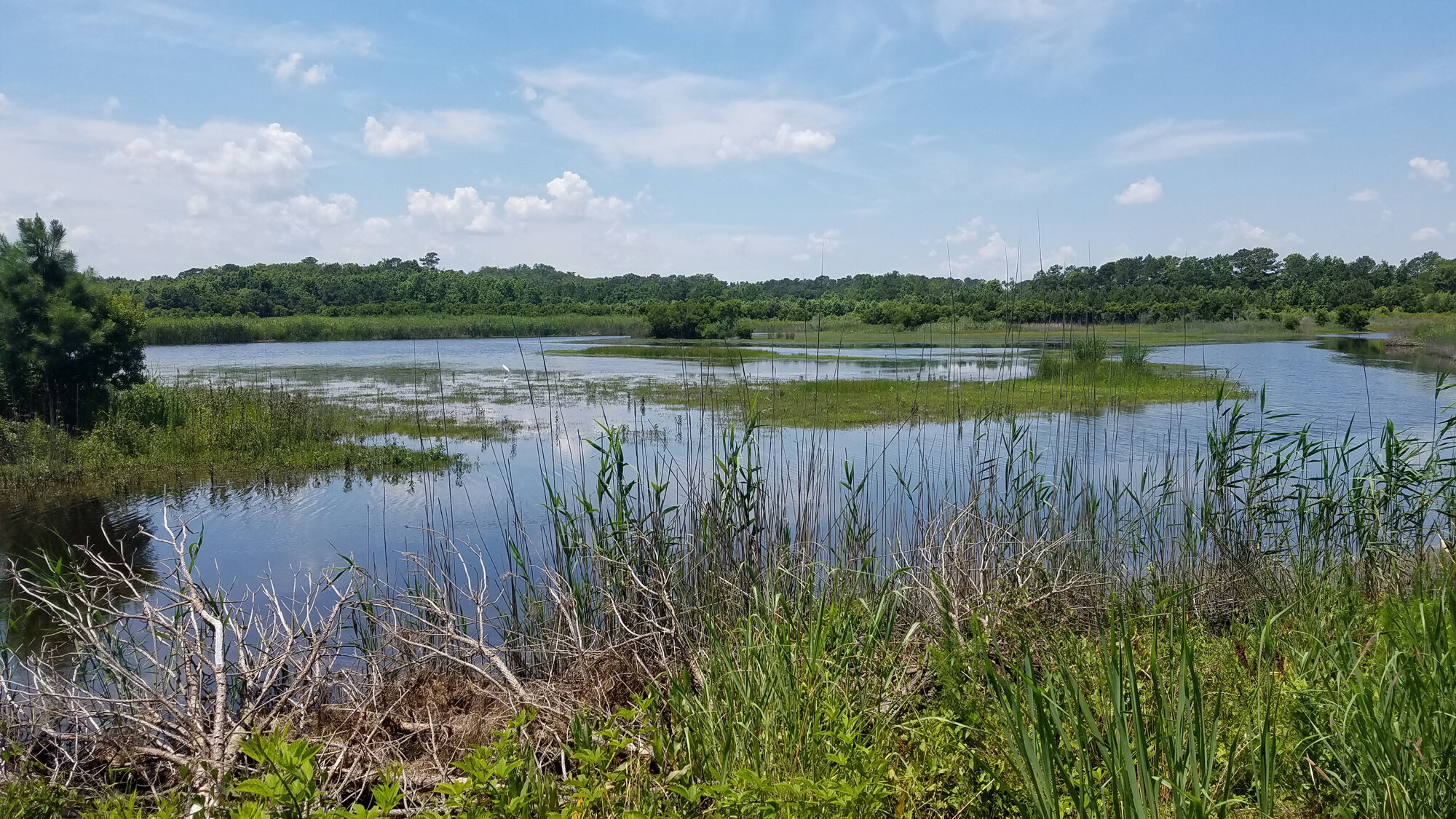August 2020
/August 2020 will be remembered for the excessive amount of rainfall that occurred during the first two-thirds of the month, assisted by the passage of Tropical Storm Isaias on 4 Aug (see this page for more information specific to that event), and with almost continual rainfall for the following two weeks. In terms of temperatures, August was another scorcher (89°F/75°F for daily highs/lows), far exceeding the prior ten-year average temperatures (86°F/72°F). Throughout the month, we ranged from a low of 72°F on 16, 17, 18 & 31 Aug to a high of 98°F on 2 Aug, a temperature which wasn’t felt here during any of the prior ten Augusts (2010-2019). Bird-wise, over the course of its thirty-one days, a total of 157 species produced accepted records in eBird during August. A slight improvements on the 150 species logged here in July, compared to recent Augusts this number proved to also be an increase from the 154 species logged in 2019 as well as the 152 in 2018, making for our most successful August ever in terms of eBird reporting. For the calendar year, we now stand at 290 species, which is a dozen higher than the 278 species logged through the same period last year. Collectively, eBirders have now submitted a total of 6,689 complete checklists for the calendar year which, for the first time this year, actually has us ever-so-slightly behind the pace required to match the 10,061 submitted in 2019. Hopefully as the coastal heat starts to die off a bit in September, the number of checklist being submitted gets back to higher levels.

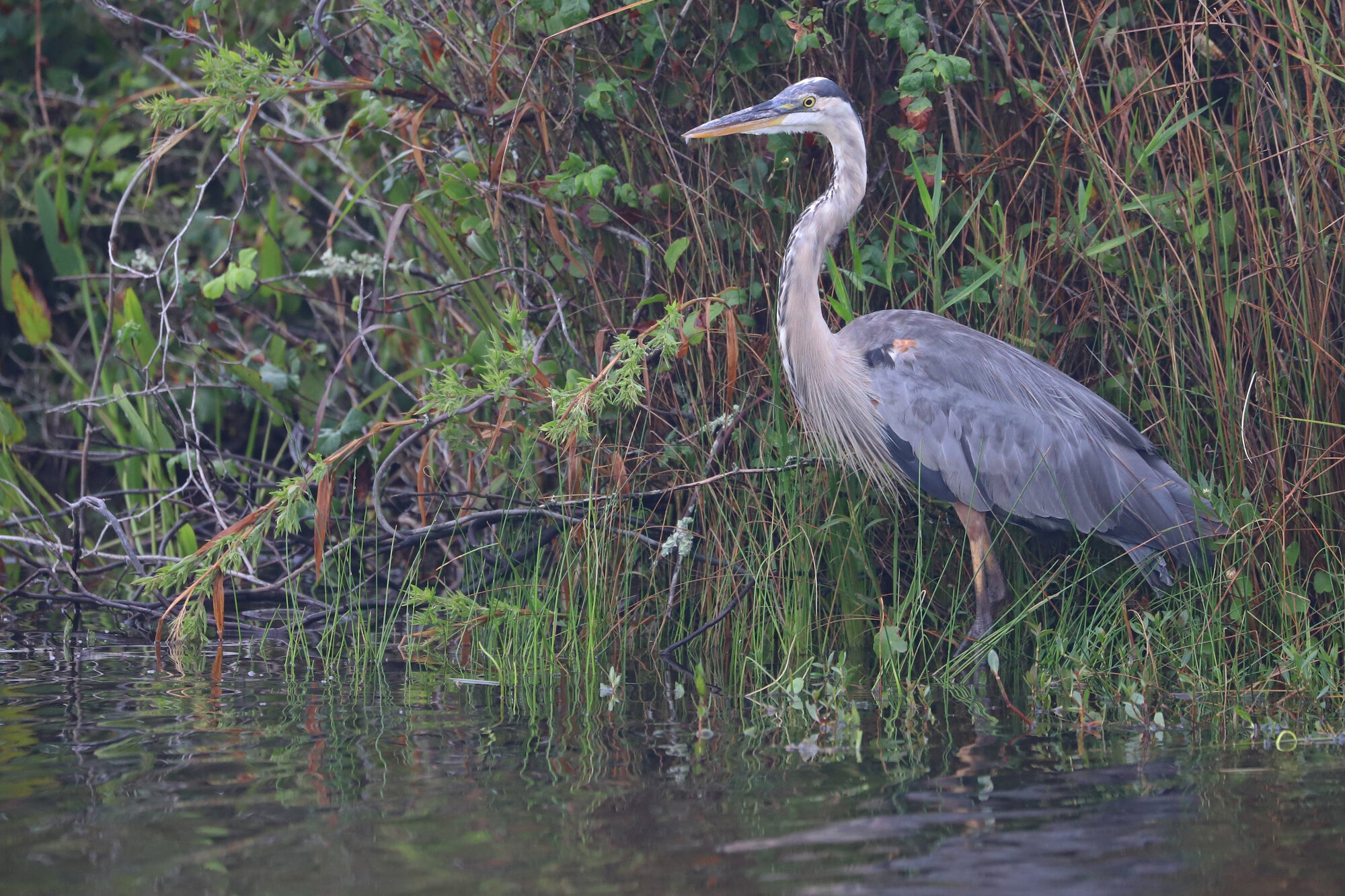
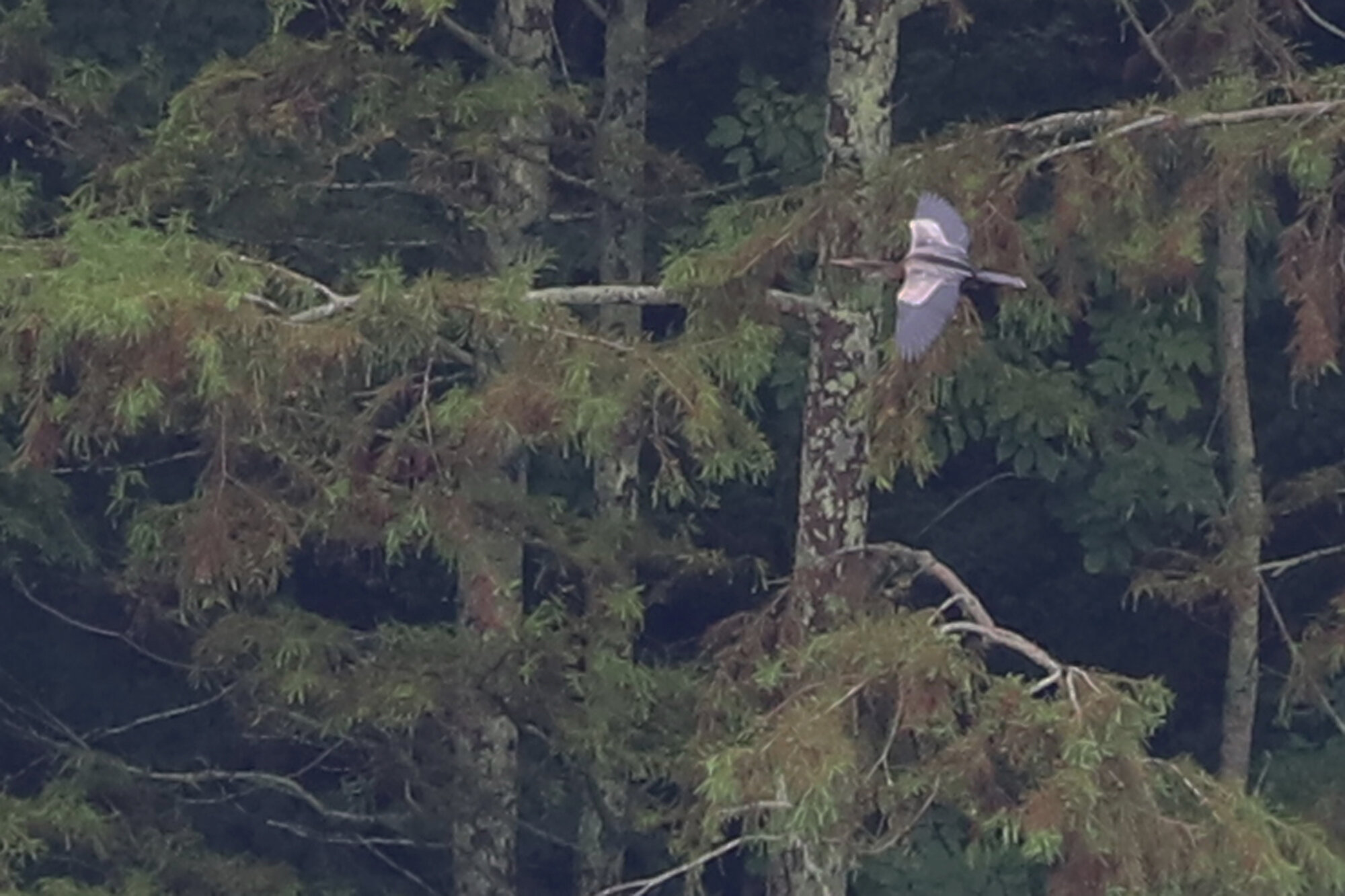
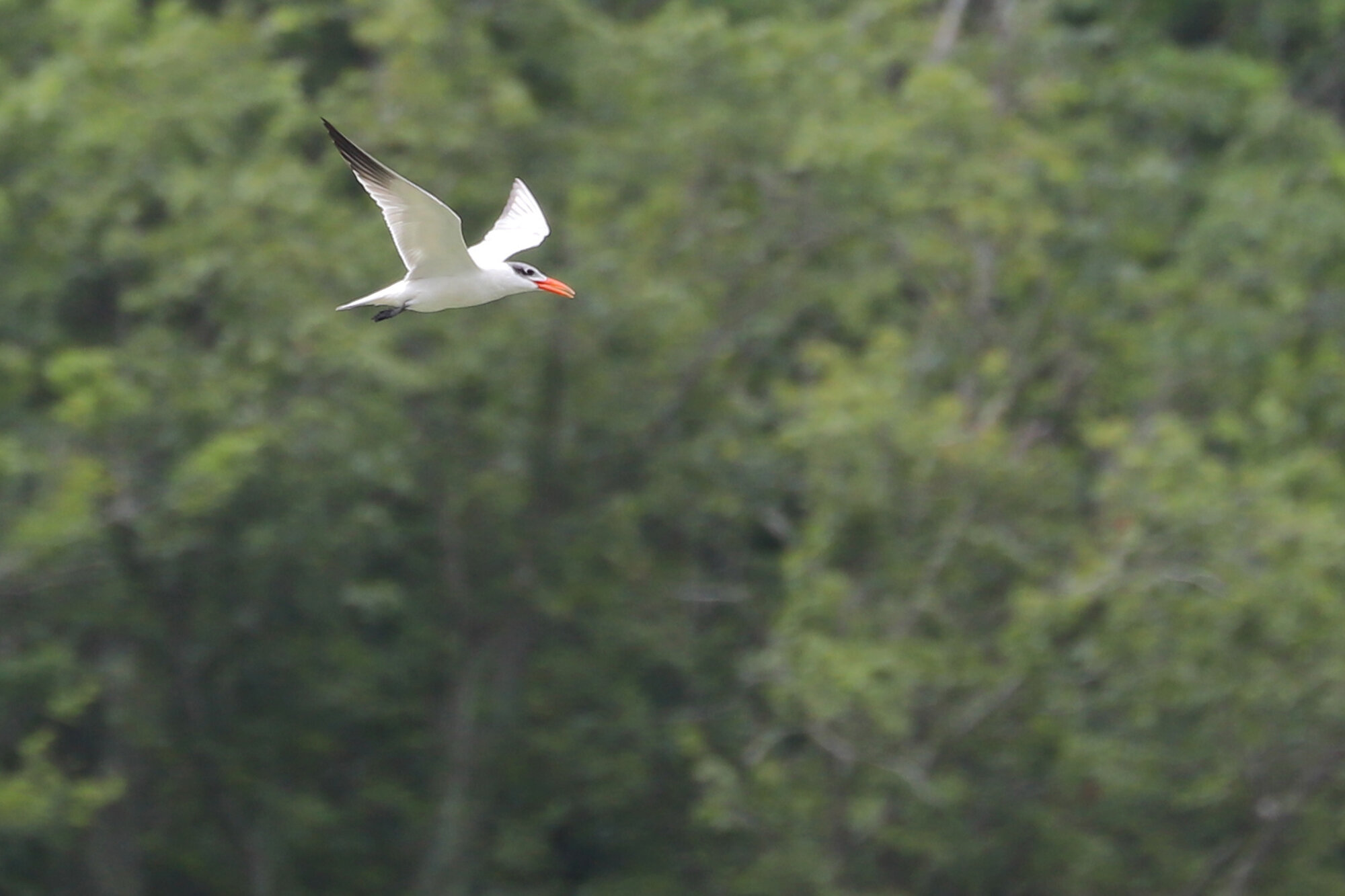
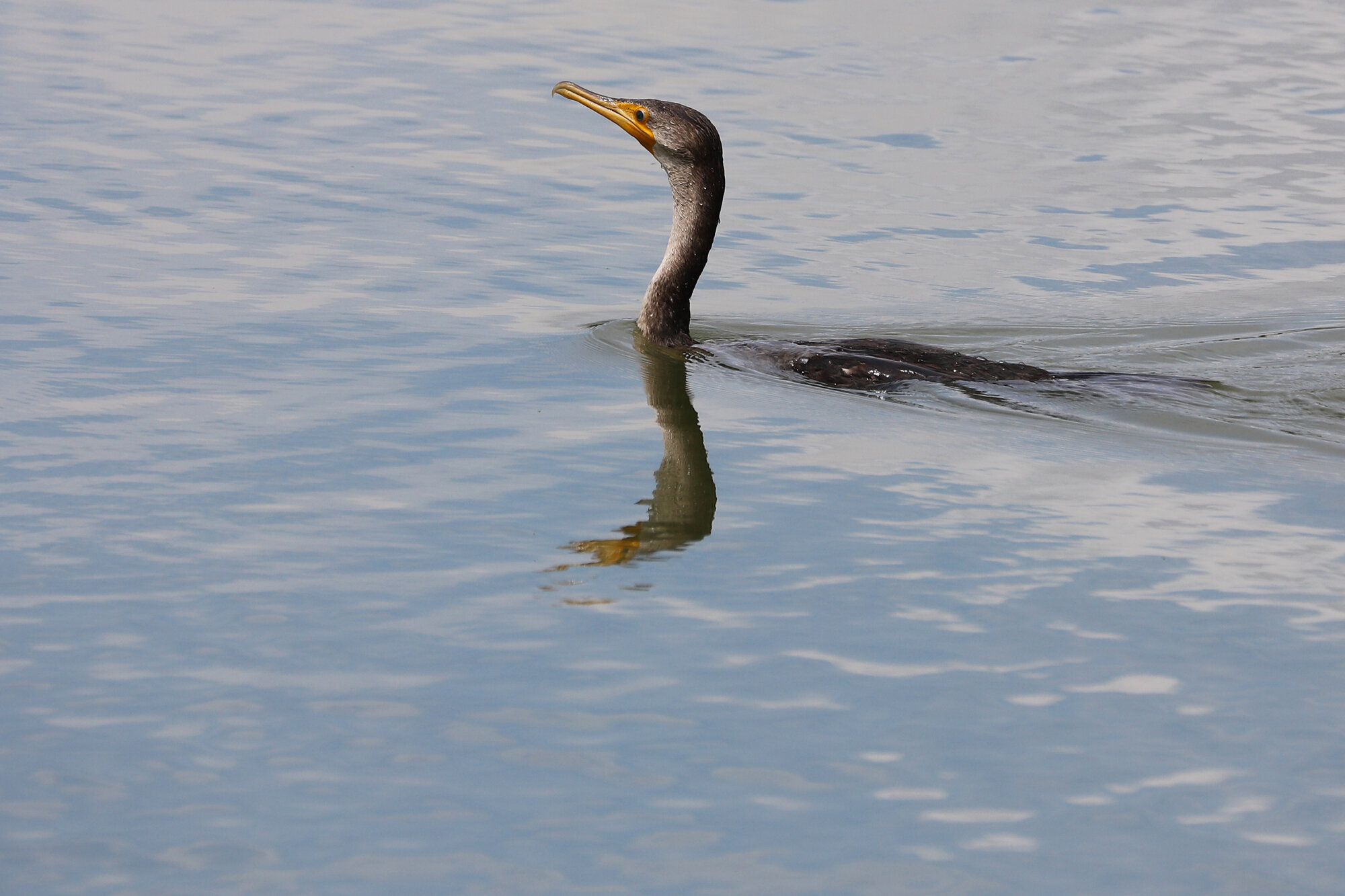
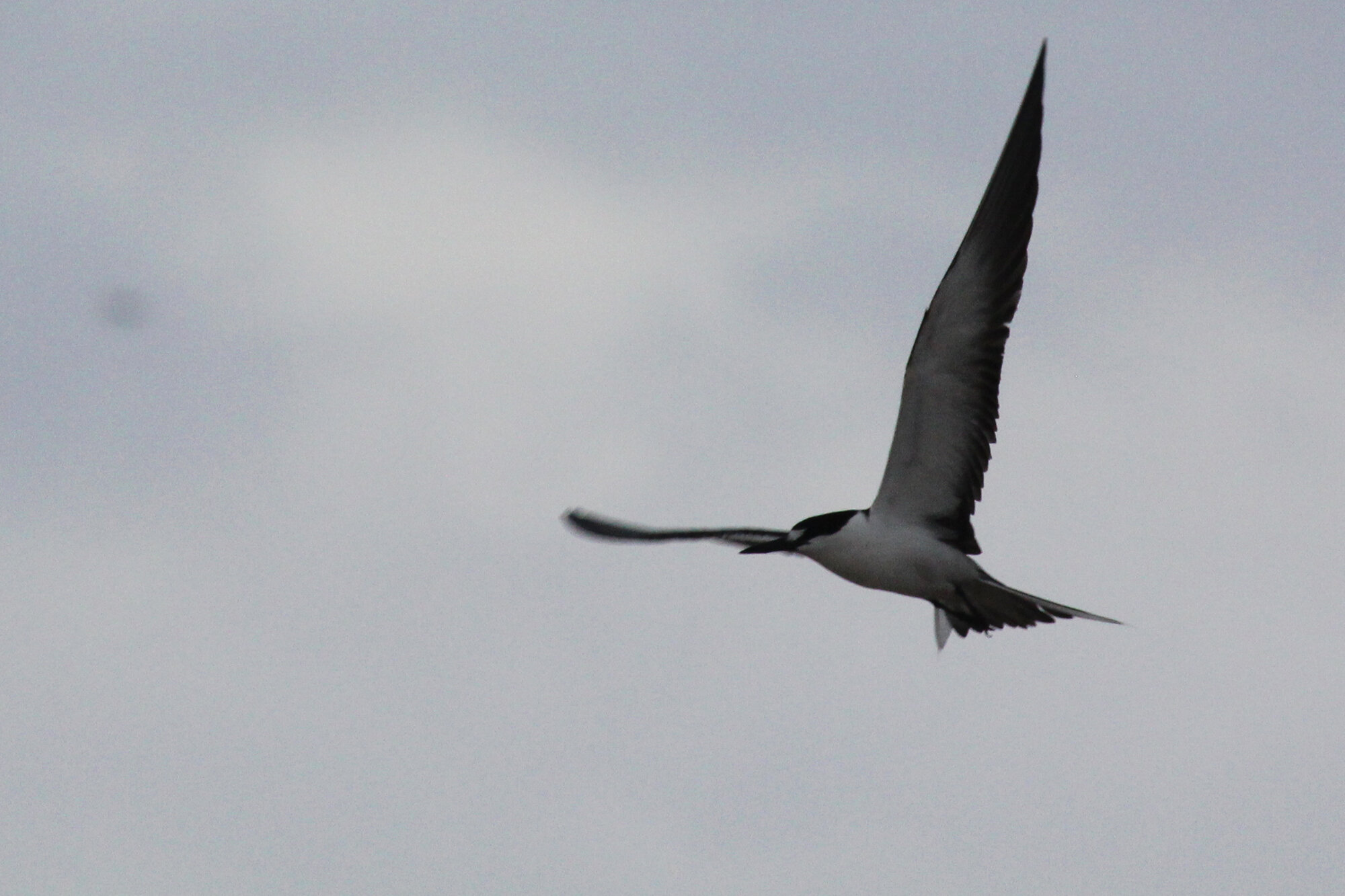
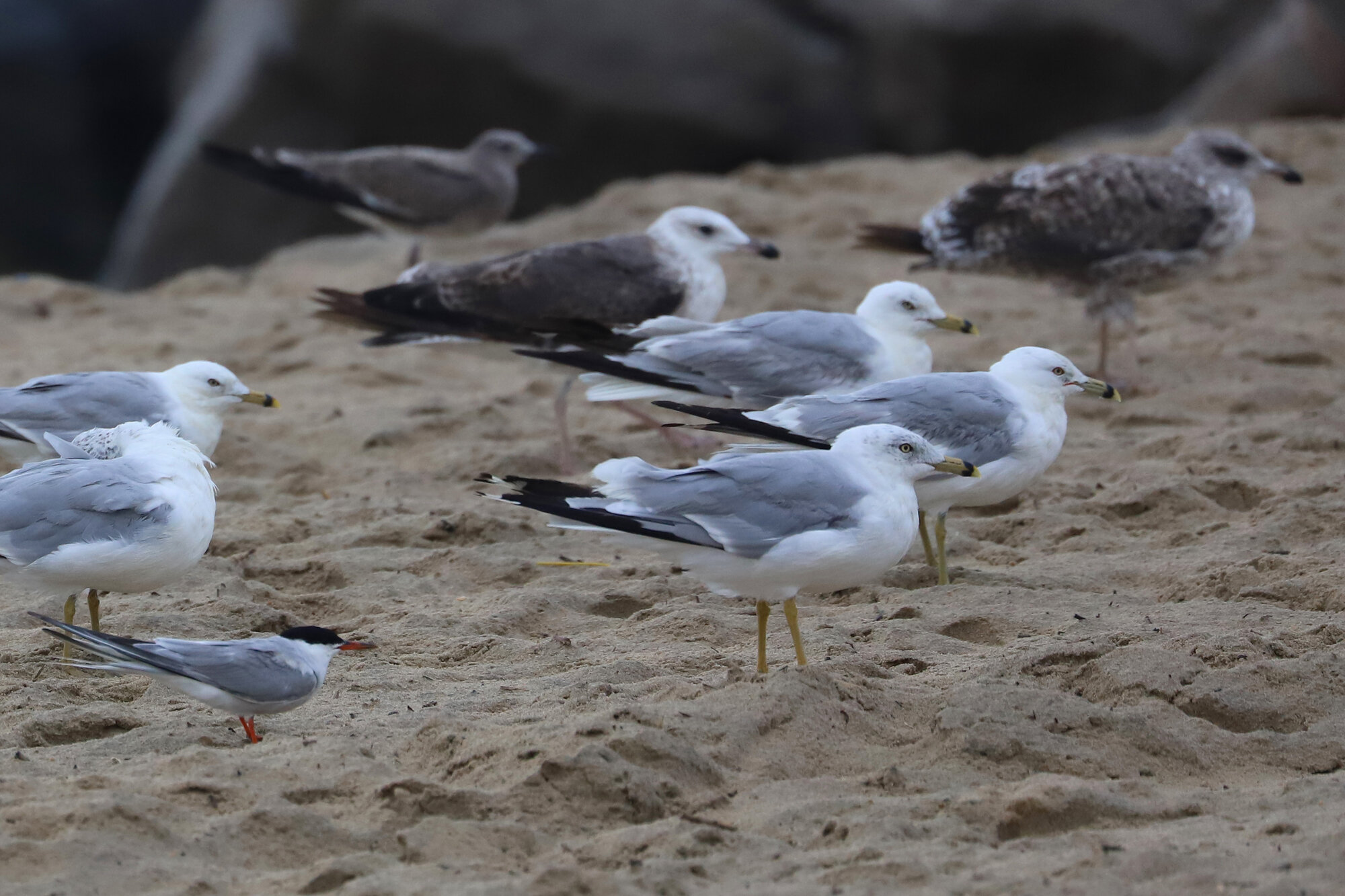
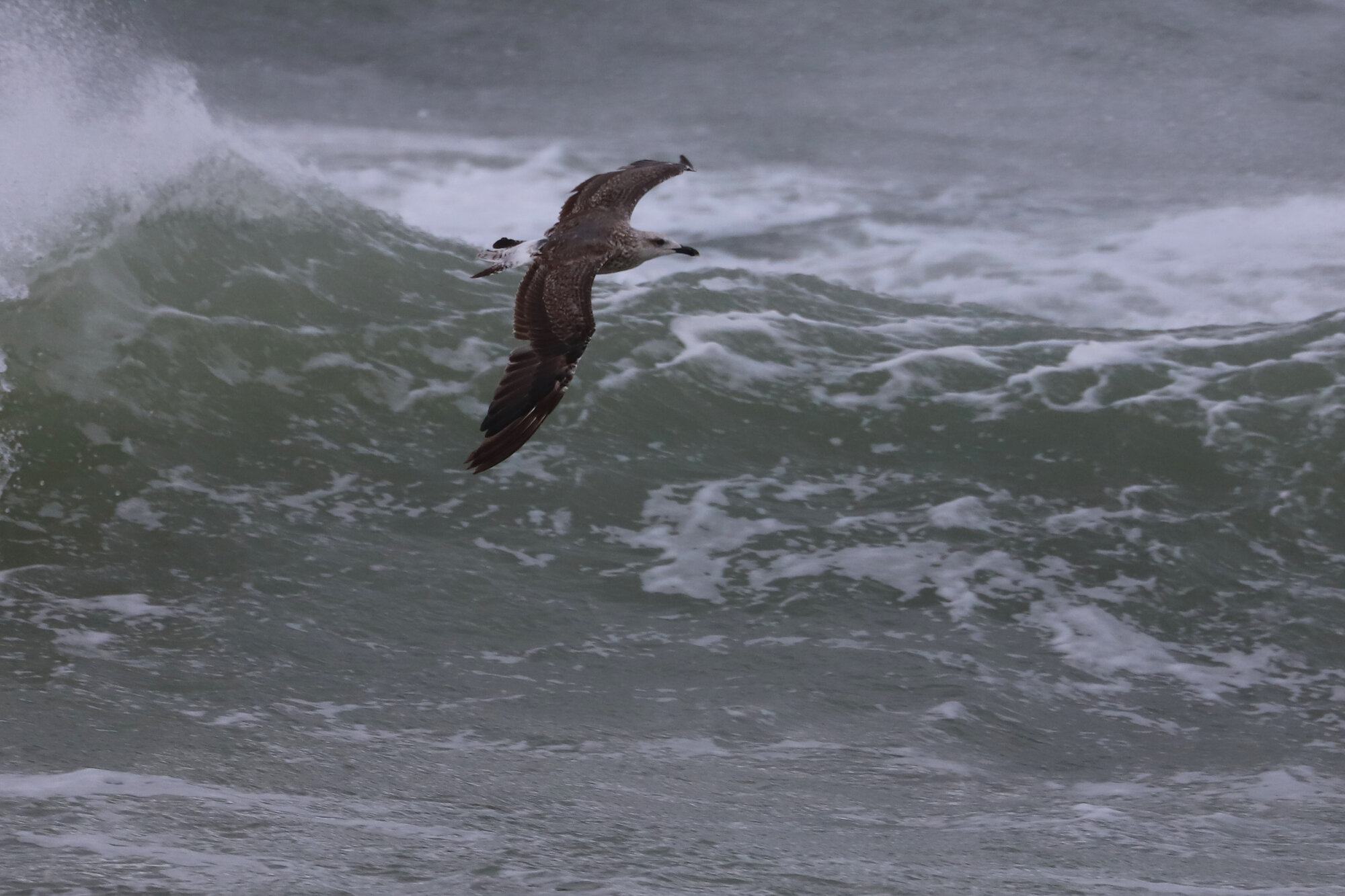
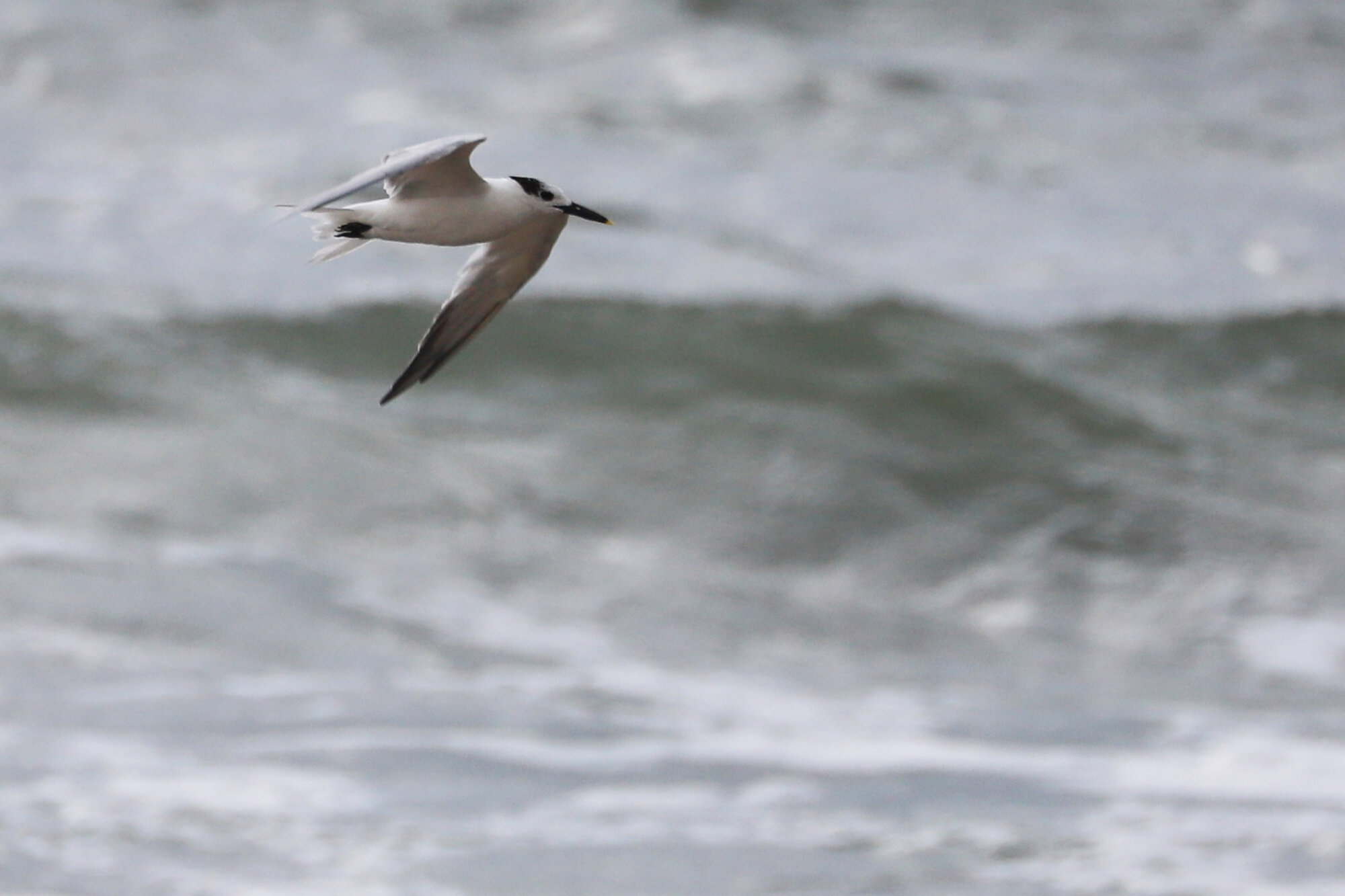
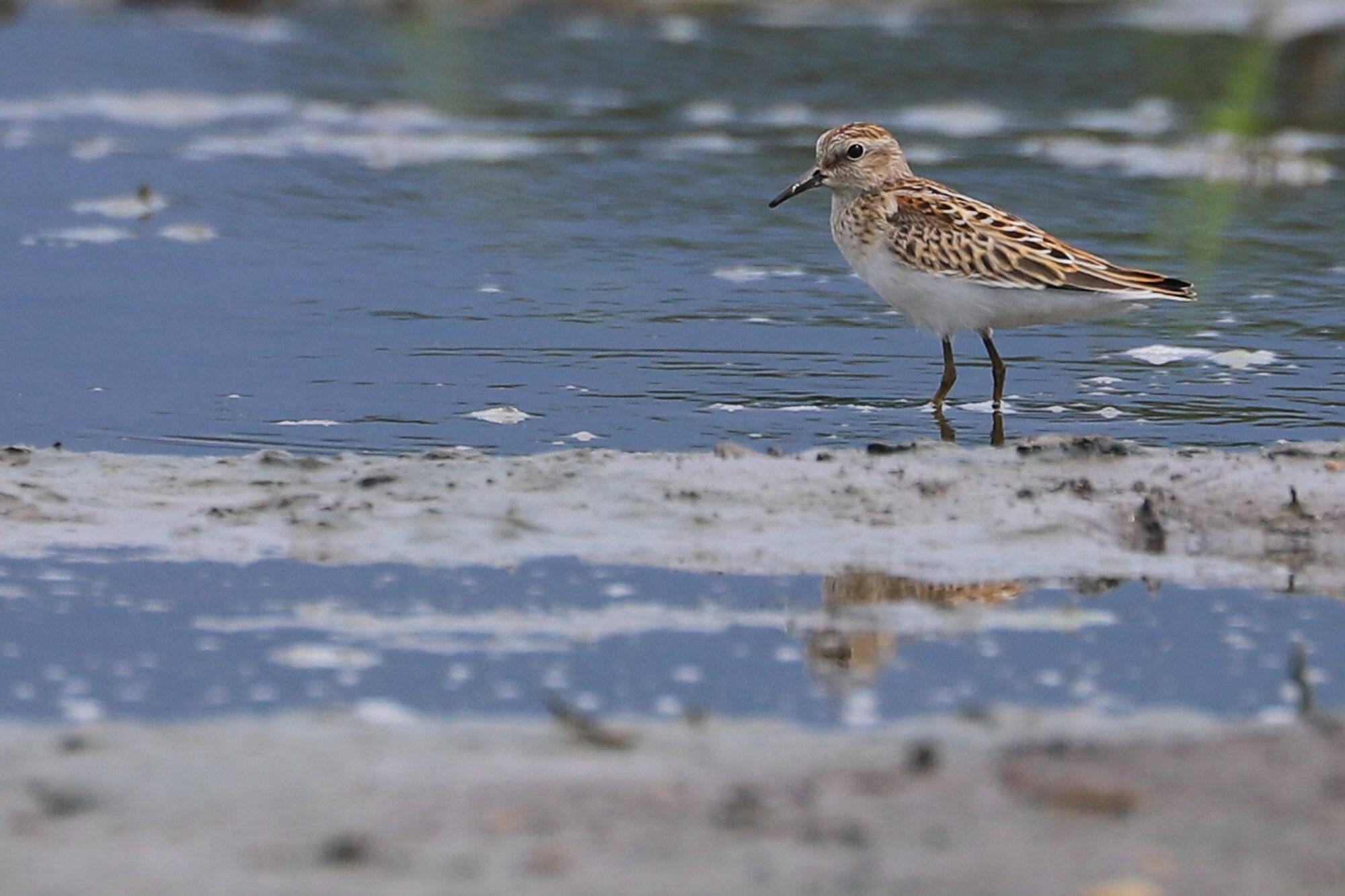
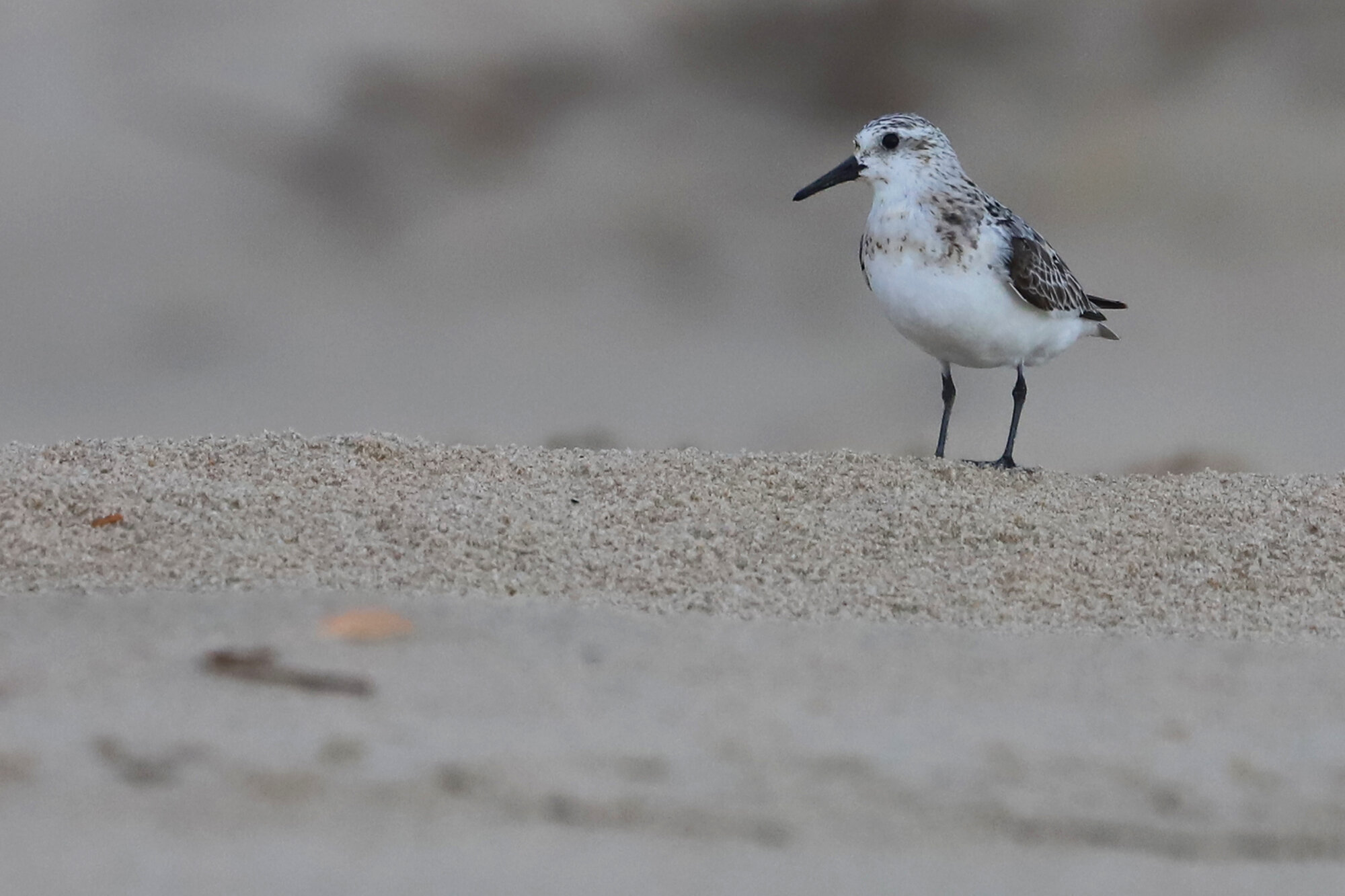
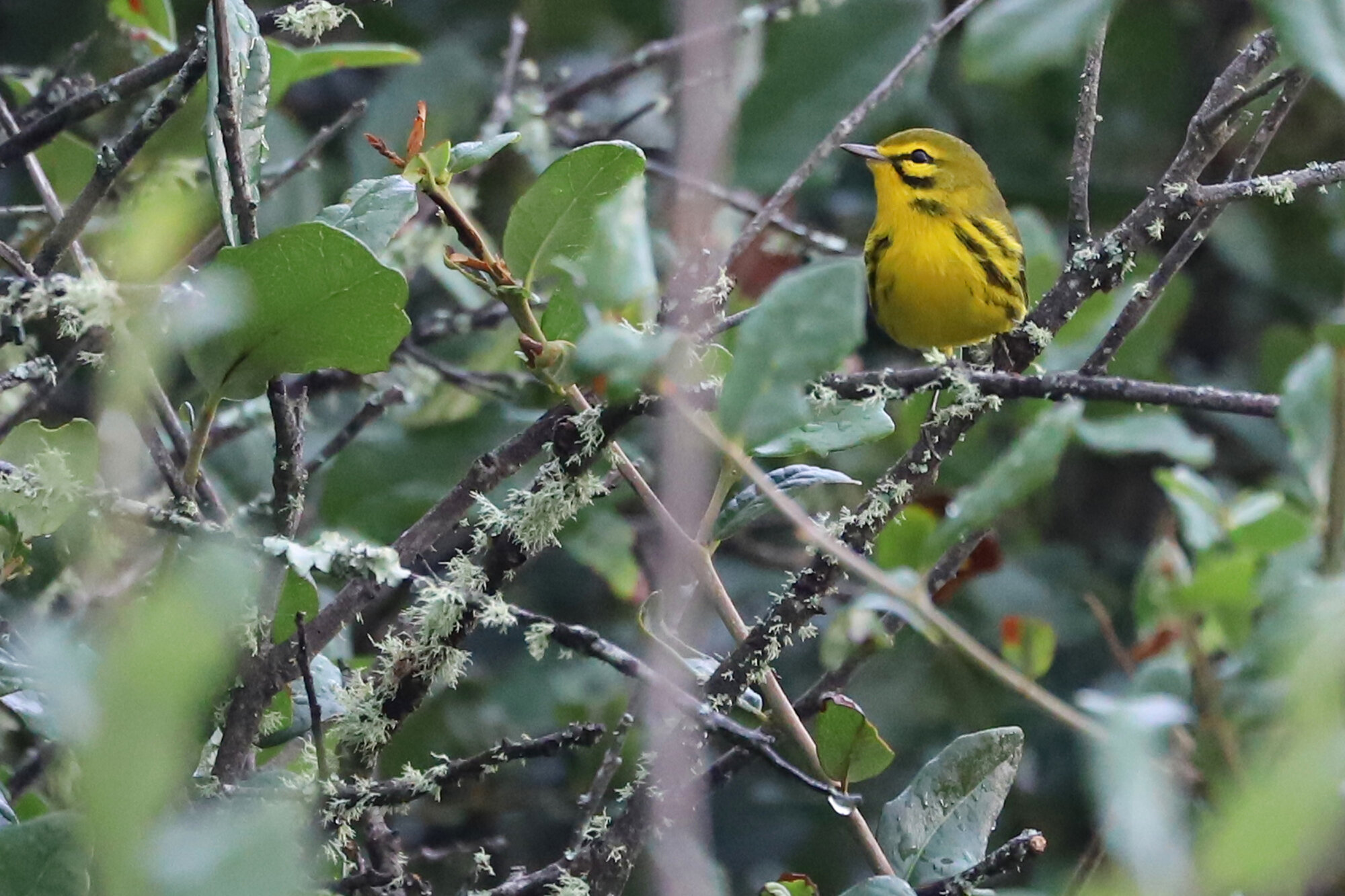
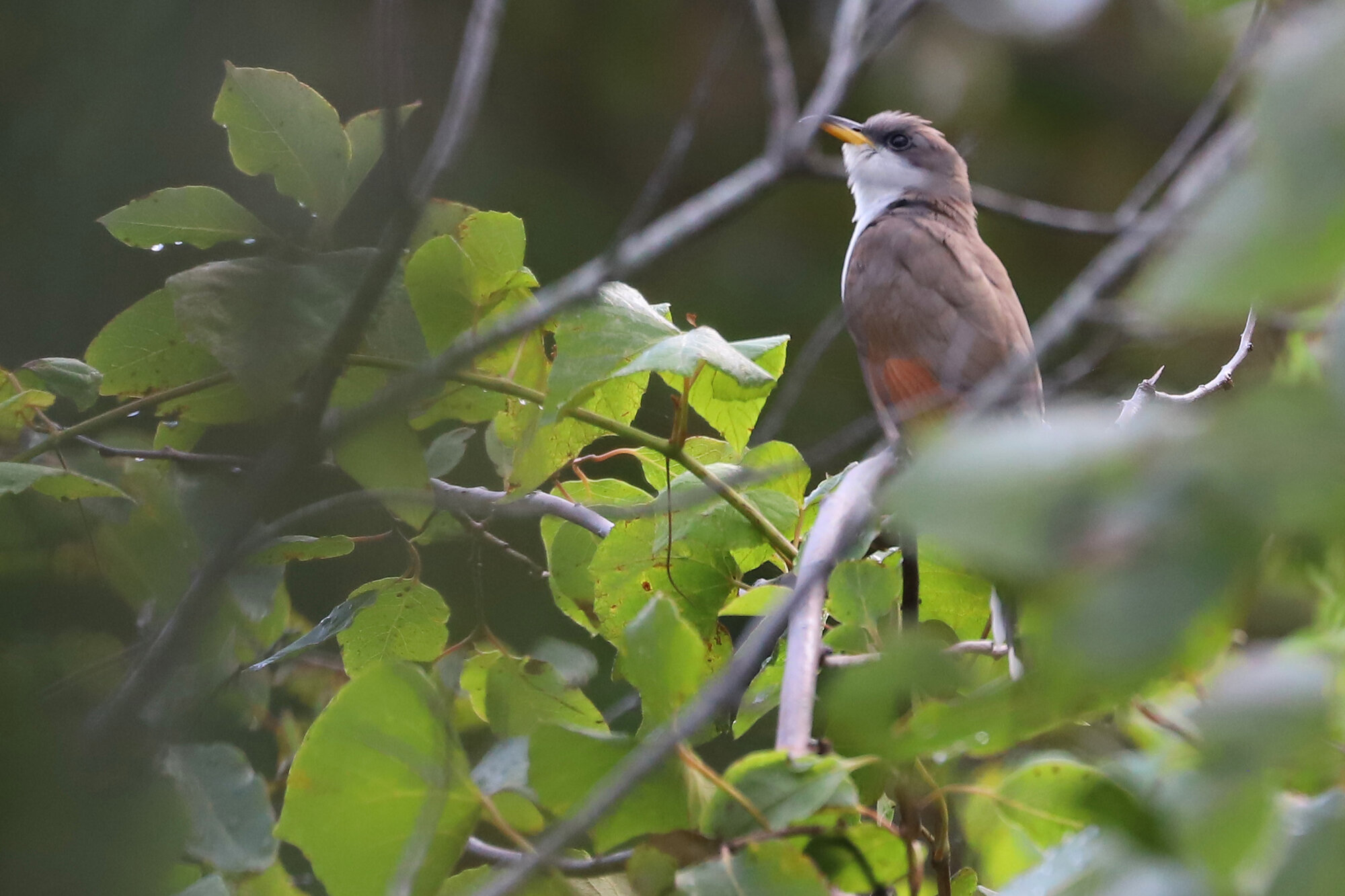

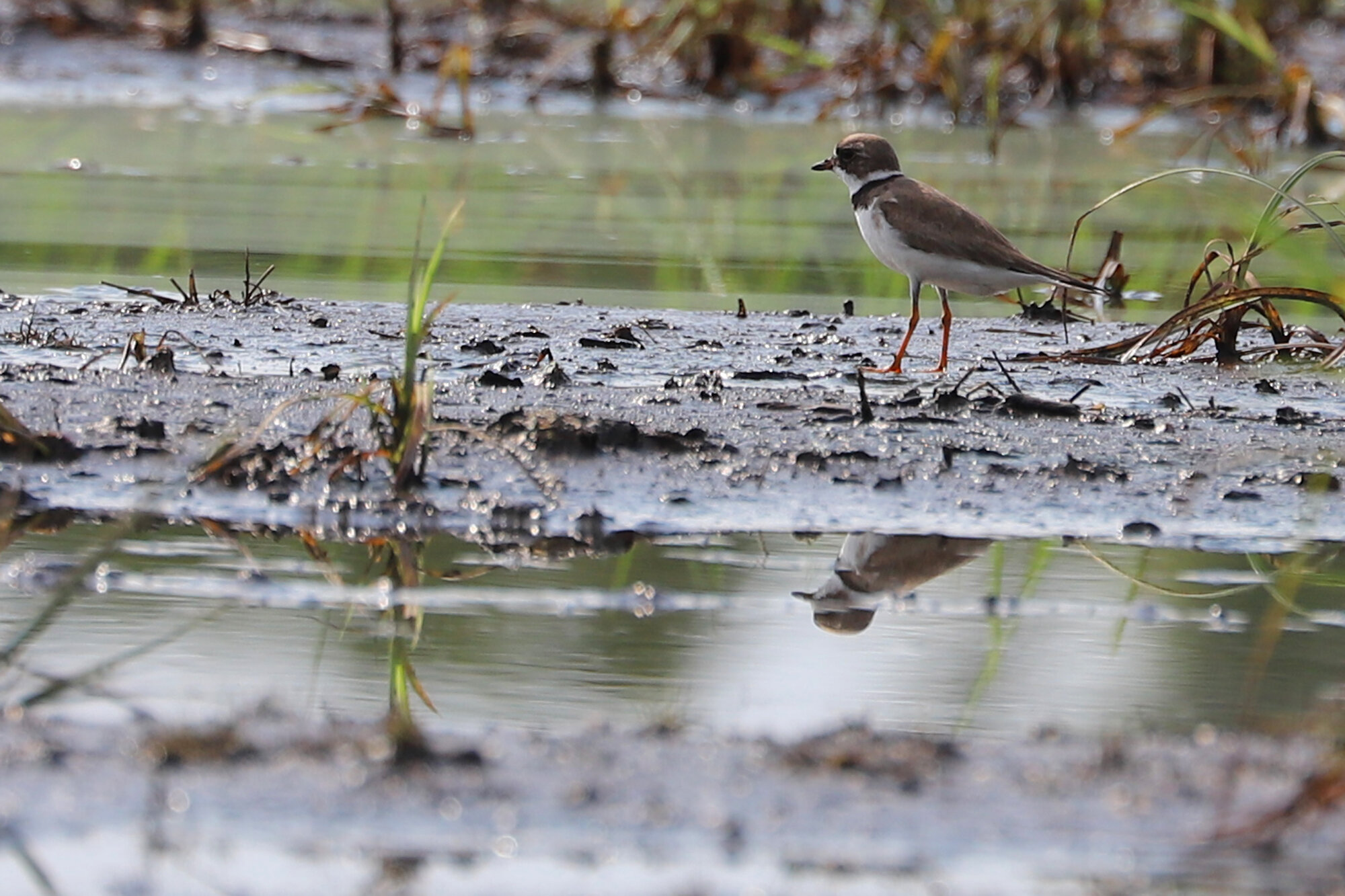
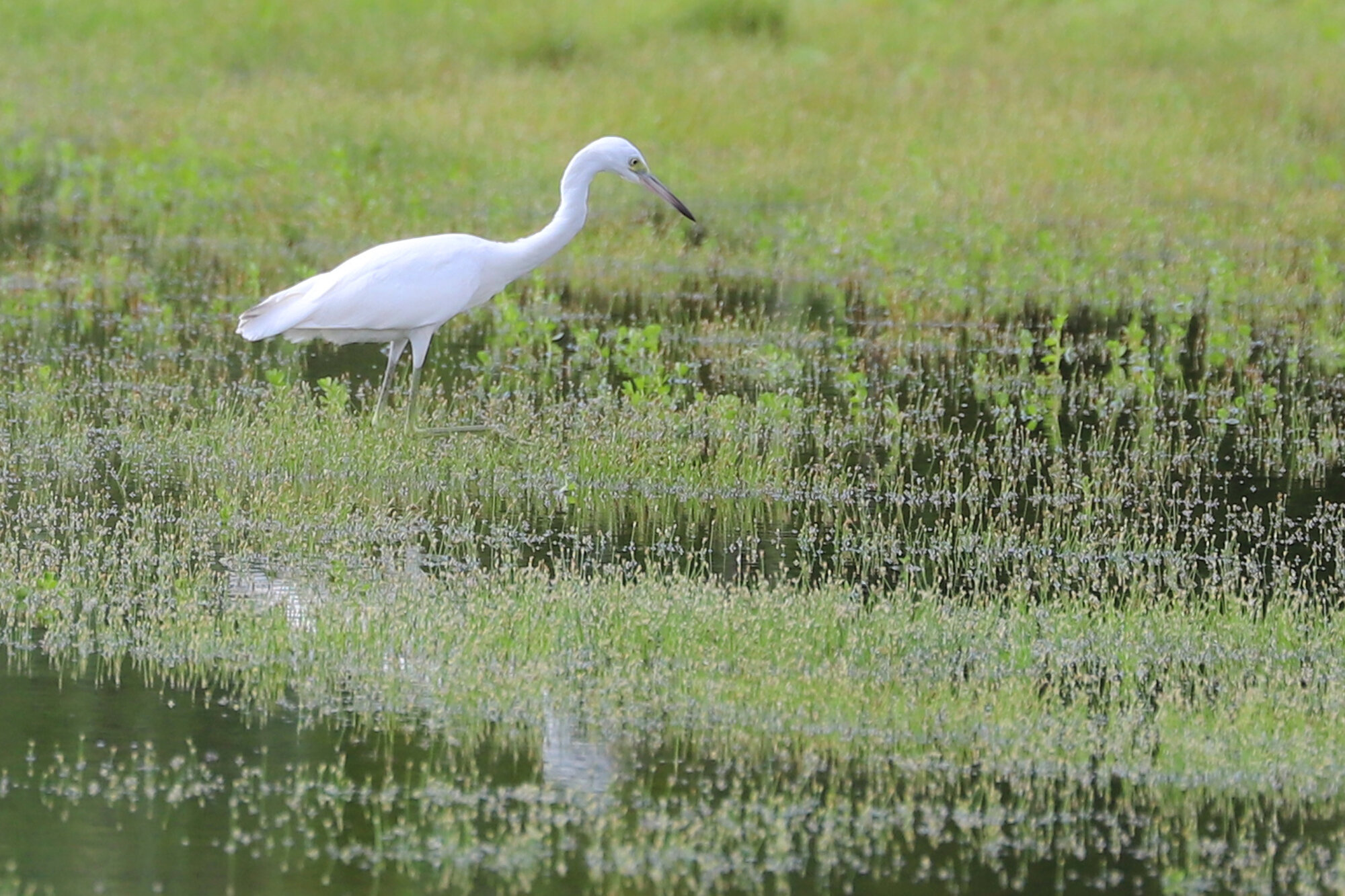
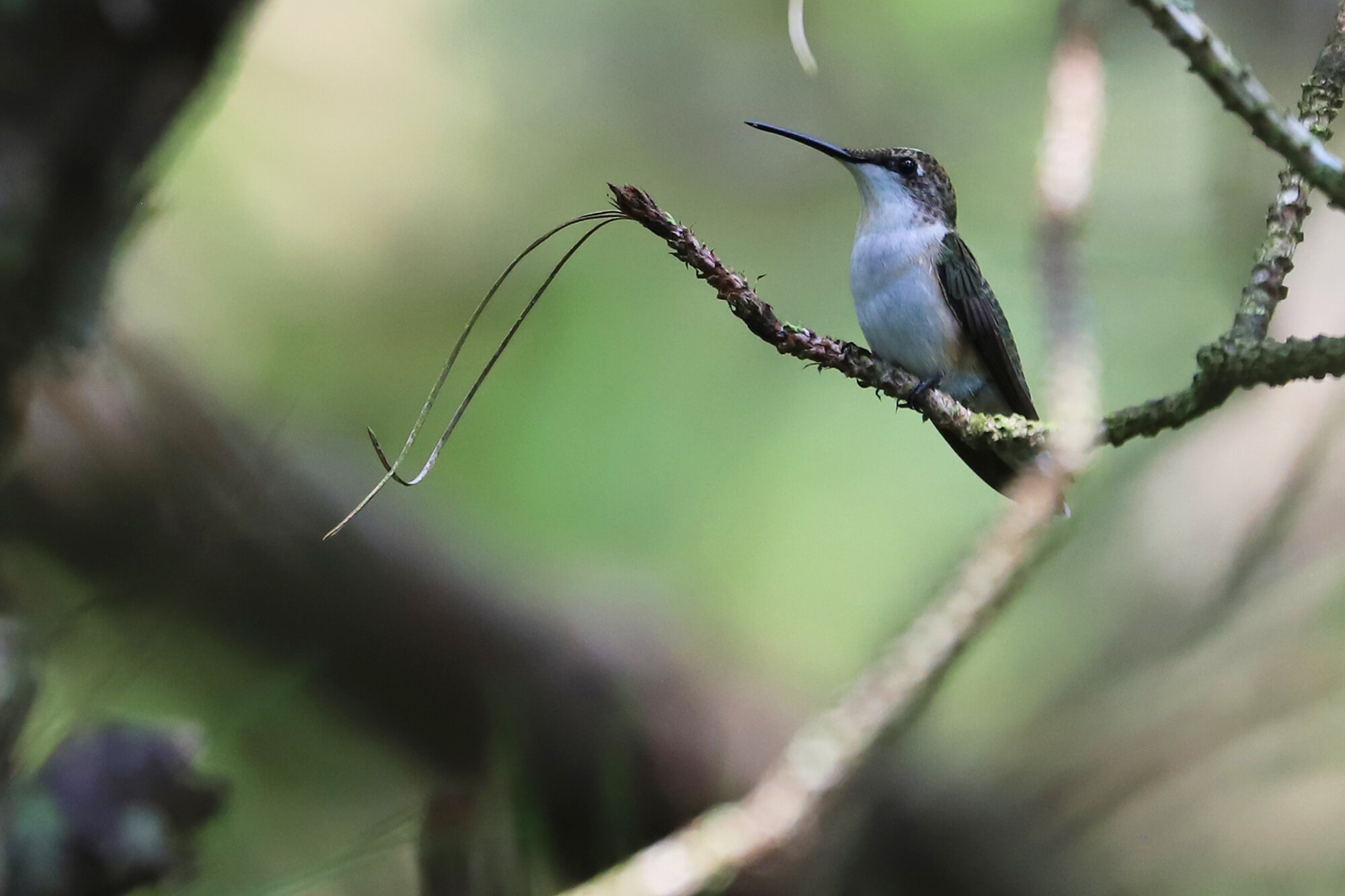
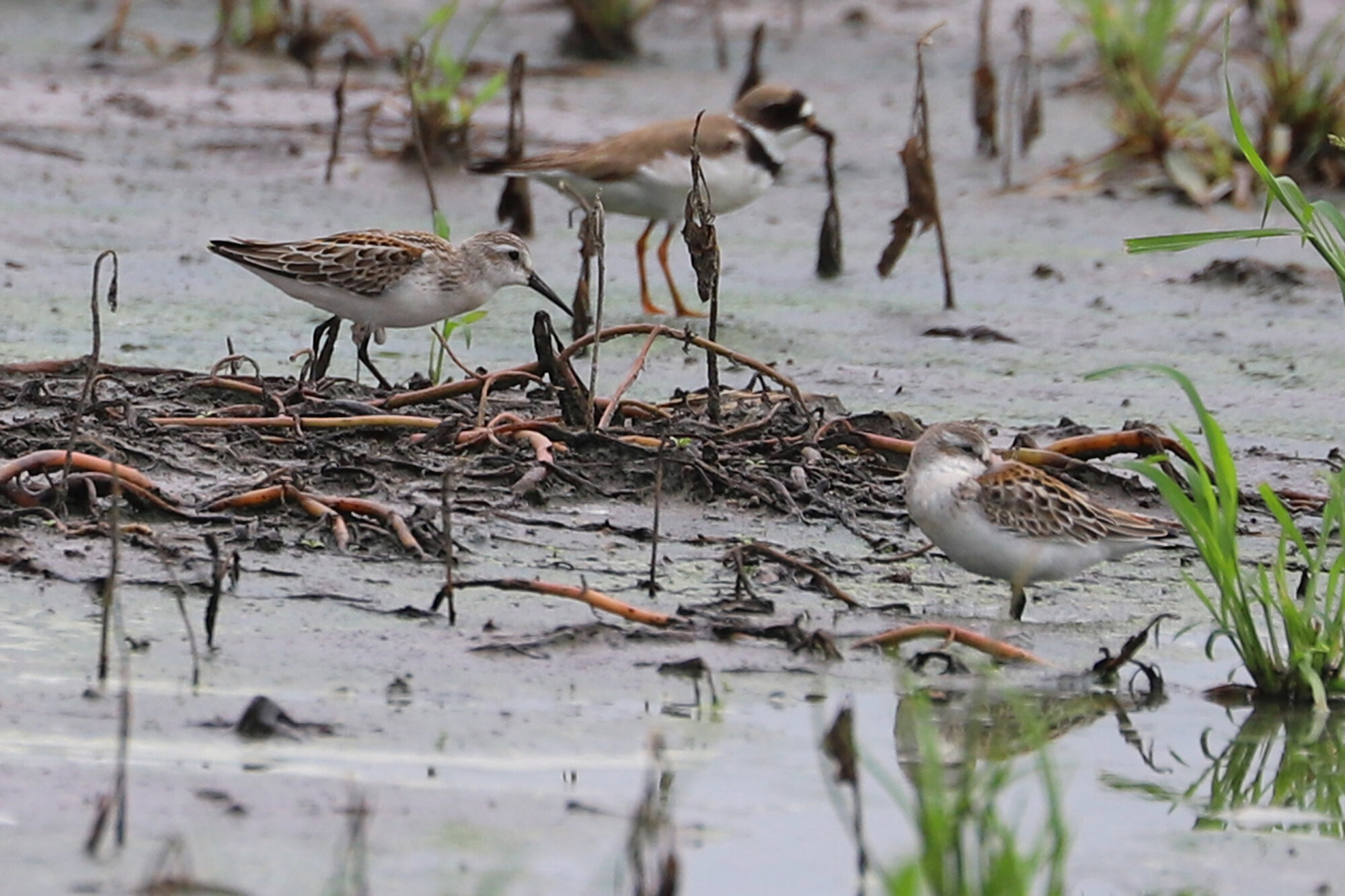



Highlights for August included: Wild Turkey, Clapper Rail, MARBLED GODWIT, SOOTY TERN, Gull-billed Tern, Sandwich Tern, ANHINGA, Least Bittern, Mississippi Kite, Peregrine Falcon, WESTERN KINGBIRD, CLIFF SWALLOW, LARK SPARROW, CHESTNUT-SIDED WARBLER & Yellow-throated Warbler. Please note that those species marked by all capital letters are species which are considered rare anywhere in Virginia Beach, and at any time of year, while those in lower case may be seasonally rare, or rare at a specific location/habitat. A listing of which species qualify for the highlights section can be found here. Additionally, August provided the city with first-of-season records for expected fall arrivals which, in order of arrival date, included: Bank Swallow, Yellow Warbler, Black-and-white Warbler, Northern Waterthrush, American Redstart, Peregrine Falcon, Bobolink, Common Nighthawk, Blue-winged Teal, Green-winged Teal & Baltimore Oriole. A full list of regularly-occurring species and their expected fall arrival dates can be found here.
Reports/records for the August highlights mentioned above included the following (in taxonomic order):
Wild Turkey - 1, Marina Shores, 21 Aug 2020 (ph. June McDaniels)
Clapper Rail - 1, Back Bay NWR, 30 Aug 2020 (vis. David Clark).
MARBLED GODWIT - 1, Back Bay NWR, 17 Aug 2020 (vis. Bill Oyler).
SOOTY TERN - 1-2, Rudee Inlet, 4 Aug 2020 (2, ph. Rob Bielawski). [Additional reports at this location as follows, 4 Aug: vis. Steve Keith (1).]; 1-6, JEB Fort Story (Restricted), 4 Aug 2020 (6, vis. Andrew Baldelli, Linda Chittum, Ada Jones & Karl Suttmann). [Additional reports at this location as follows, 4 Aug: vis. Cindy Hamilton & Steve Keith (1).].
Gull-billed Tern - 5, Muddy Creek/Shipps Cabin Fields, 8 Aug 2020 (ph. Andrew Baldelli).
Sandwich Tern - 7, Stumpy Lake NA, 20 Aug 2020 (vis. Reuben Rohn).
ANHINGA - 2, Larkspur, 16 Aug 2020 (vis. Amy & Steve Myers); 1-2, Stumpy Lake NA, 10 Jun-17 Aug 2020 (1, ph. Hope Grasser). [Additional reports at this location during August as follows, 1 Aug: ph. Rob Bielawski (1, Stumpy Lake Pier), ph. Steve Myers (1, Stumpy Lake Pier); 7 Aug: ph. Reuben Rohn (1); 15 Aug: ph. Timothy Burnett (1); 17 Aug: vis. Betty Sue Cohen (1).].
Least Bittern - 1-2, Pleasure House Point NA, 28 Jun-13 Aug 2020 (1, vis. Gabriel Ricketts). [Additional reports at this location during August as follows, 7 Aug: vis. Andrew Baldelli (2, Bubba’s Restaurant); 13 Aug: vis. Andrew Baldelli (1, Bubba’s Restaurant).].
Mississippi Kite - 1 adult, Potters Road at London Bridge Road, 4 Aug 2020 (ph. Rob & Ruth Bielawski); 4, Ocean Lakes (Private Residence), 12-19 Aug 2020 (vis. Brandon Holland). [Additional reports at this location as follows, 19 Aug: vis. Brandon Holland (1).]; 1-14, Larkspur (Private Residence), 7 May-28 Aug 2020 (1, vis. Amy & Steve Myers). [Additional reports at this location during August as follows, 3 Aug: vis. Amy & Steve Myers (2); 5 Aug: vis. Amy & Steve Myers (1); 9 Aug: vis. Amy & Steve Myers (2); 13 Aug: vis. Amy & Steve Myers (2); 15 Aug: vis. Amy & Steve Myers (4); 17 Aug: vis. Amy & Steve Myers (3); 18 Aug: vis. Amy & Steve Myers (3); 19 Aug: ph. Amy & Steve Myers (2); 20 Aug: vis. Amy & Steve Myers (2); 21 Aug: vis. Amy & Steve Myers (1); 23 Aug: vis. Amy & Steve Myers (2); 26 Aug: vis. Amy & Steve Myers (1); 27 Aug: vis. Amy & Steve Myers (1), vis. Steve Myers (3); 28 Aug: vis. Amy & Steve Myers (1).].
Peregrine Falcon - 1-2, Town Center, 21 Jun-5 Aug 2020 (1, ph. Rob & Ruth Bielawski). [Additional reports at this location during August as follows, 2 Aug: vis. Amy & Steve Myers (2); 5 Aug: vis. Shawn Callahan (1). Note that this pair continued to be observed at this location beyond 5 Aug, but was no longer considered noteworthy after that date since the average arrival of fall migrants is 15 Aug.].
WESTERN KINGBIRD - 1, Back Bay NWR, 26 Aug 2020 (vis. Andrew Baldelli & Cindy Hamilton).
CLIFF SWALLOW - 1-2, Back Bay NWR, 31 Jul-8 Aug 2020 (2, vis. David Clark). [Additional reports at this location as follows, 2 Aug: vis. James Flynn (1); 8 Aug: vis. David Clark (1).].
LARK SPARROW - 1, Back Bay NWR, 26 Aug 2020 (ph. Andrew Baldelli & Cindy Hamilton).
CHESTNUT-SIDED WARBLER - 1, Bellamy Manor (Private Residence), 27 Aug 2020 (ph. Una Davenhill); 1, Hunt Club Forest (Private Residence), 31 Aug 2020 (vis. Karen & Tom Beatty).
Yellow-throated Warbler - 1, Stumpy Lake NA, 19 Aug 2020 (ph. Reuben Rohn).
Species that had their first-of-season reports in a prior month, but had their first media record during August included:
Semipalmated Plover – First Observed: 2, Lynnhaven Inlet, 26 Jul (vis. Andrew Baldelli); First Photographed: 1, Muddy Creek/Shipps Cabin Fields, 1 Aug (ph. Steve Keith).
Black-bellied Plover – First Observed: 1, Back Bay NWR, 29 Jul (vis. Andrew Baldelli); First Photographed: 1, Back Bay NWR, 1 Aug (ph. Rob Bielawski).
Black Tern – First Observed: 1, False Cape SP, 29 Jul (vis. Marlee Fuller-Morris); First Photographed: 3, First Landing SP, 4 Aug (ph. June McDaniels).
Species that had their first-of-season reports during August included:
Bank Swallow – First Observed & Photographed: 1, JEB Fort Story (Restricted), 3 Aug (ph. Amy & Steve Myers).
Yellow Warbler – First Observed & Photographed: 1, Back Bay NWR, 8 Aug (ph. Rob Bielawski).
Black-and-white Warbler – First Observed: 1, Stumpy Lake NA, 17 Aug (obs. Betty Sue Cohen).
Northern Waterthrush – First Observed: 1, First Landing SP, 17 Aug (obs. Ren Pigott).
American Redstart – First Observed: 1, First Landing SP, 18 Aug (vis. Andrew Baldelli); First Photographed: 1, First Landing SP, 18 Aug (ph. Cindy Hamilton).
Peregrine Falcon – First Observed: 1, Rudee Inlet, 21 Aug (obs. Cathy Williamson).
Bobolink – First Observed: 1, Back Bay NWR, 23 Aug (obs. David Clark).
Common Nighthawk – First Observed & Photographed: 3, Larkspur (Private Residence), 26 Aug (ph. Steve Myers).
Blue-winged Teal – First Observed: 1, Back Bay NWR, 30 Aug (vis. Andrew Baldelli & Steve Keith).
Green-winged Teal – First Observed: 4, Back Bay NWR, 30 Aug (vis. Andrew Baldelli & Steve Keith).
Baltimore Oriole – First Observed: 1, Back Bay NWR, 30 Aug (vis. Andrew Baldelli).
As mentioned in the introduction, we finished off August 2020 with 157 species, topping both the 154 in August 2019, as well as the 152 in August 2018. The species differences between these three Augusts are as follows:
| Species (Click to load eBird Map for all Augusts) | Aug 2018 | Aug 2019 | Aug 2020 |
| Green-winged Teal | X | X | |
| Common Eider | X | ||
| Black Scoter | X | ||
| Northern Bobwhite | X | X | |
| Common Nighthawk | X | X | |
| Common Gallinule | X | ||
| American Avocet | X | ||
| Stilt Sandpiper | X | X | |
| Wilson's Snipe | X | ||
| Sooty Tern | X | ||
| Wilson's Storm-Petrel | X | X | |
| Cory's Shearwater | X | ||
| Audubon's Shearwater | X | X | |
| Northern Gannet | X | ||
| American Bittern | X | ||
| Northern Harrier | X | ||
| Great Horned Owl | X | X | |
| Barred Owl | X | X | |
| Peregrine Falcon | X | X | |
| Western Kingbird | X | ||
| Cliff Swallow | X | X | |
| Wood Thrush | X | ||
| Lark Sparrow | X | X | |
| Ovenbird | X | ||
| Hooded Warbler | X | ||
| Chestnut-sided Warbler | X | ||
| Yellow-throated Warbler | X | X | |
| Dickcissel | X |
As always, a wide array of media (photos/audio/video) were submitted during the month in Virginia Beach, and eBird makes it incredibly easy to organize and browse all of these. For those hoping to view every photo/audio/video submitted for Virginia Beach during this period, please see the complete listing for the month of August located on eBird’s Media explorer by clicking here! Please remember, anyone with an eBird user account has the ability to rate these photographs/audio/video on a scale of 1-5 stars (based on these guidelines). Making use of the average rating for each media item is how eBird populates anything media-driven on the website, particularly the Illustrated Checklists. So, if you're one of the many folks who enjoy looking at photographs or watching/listening to video/audio recordings of birds, please take some time to rate their quality, it helps to make eBird more useful with each passing day!
For those who wish for their observations to be included in this journal, please submit your records to www.eBird.org, and ensure that the proper documentation (whether written notes that rule out all similar species or photo/audio/video that is conclusive to species) is provided. Thank you to those who have taken the time to enter such documentation into eBird so these records may be publicly known and to those who took the time to read through this Journal entry. Be sure to check back early next month to see what birders will have found in Virginia Beach during August! For further information regarding this monthly, online publication, please visit the Journal Overview Page which provides an explanation of the current format, layout and composition of the journal.
